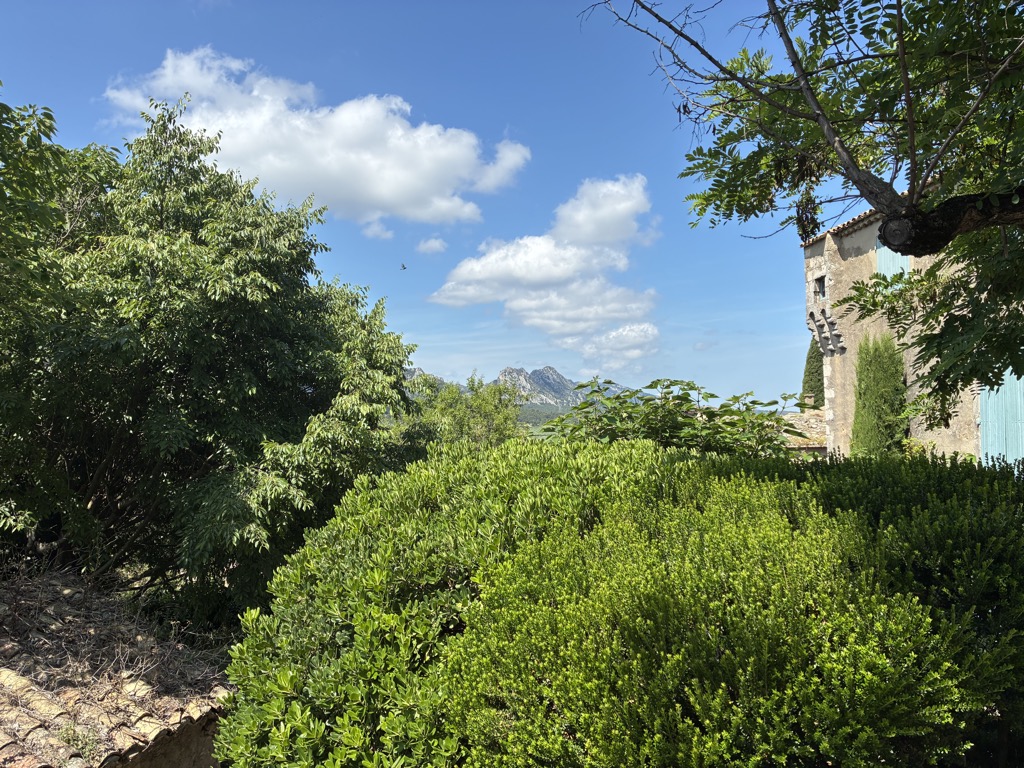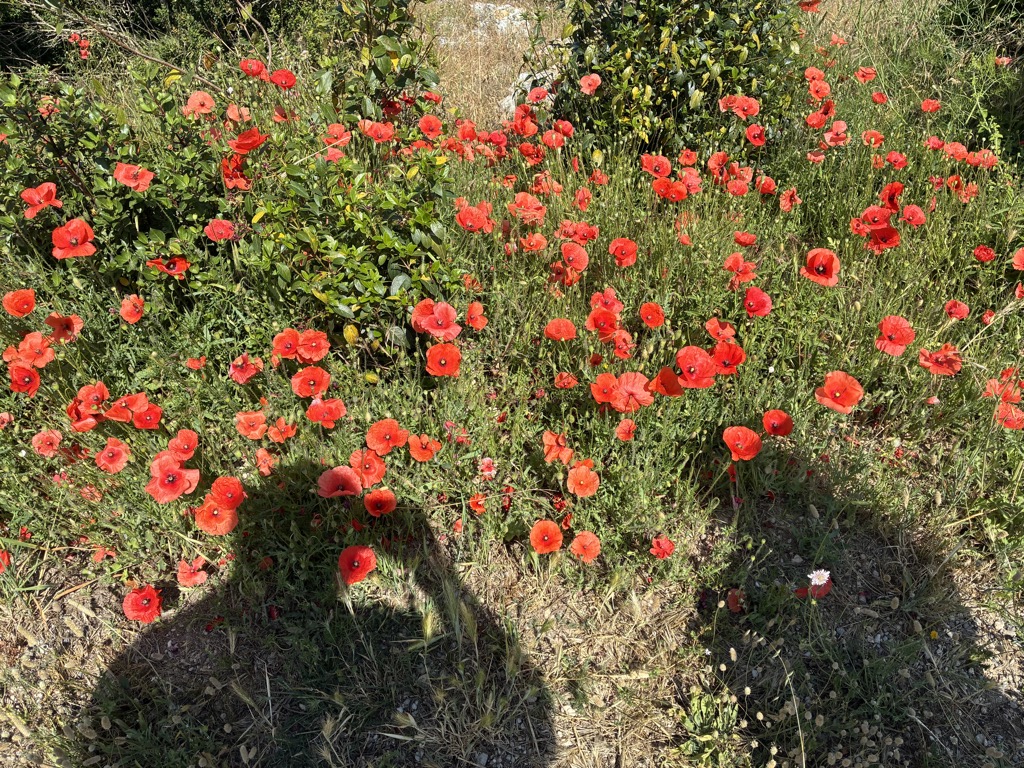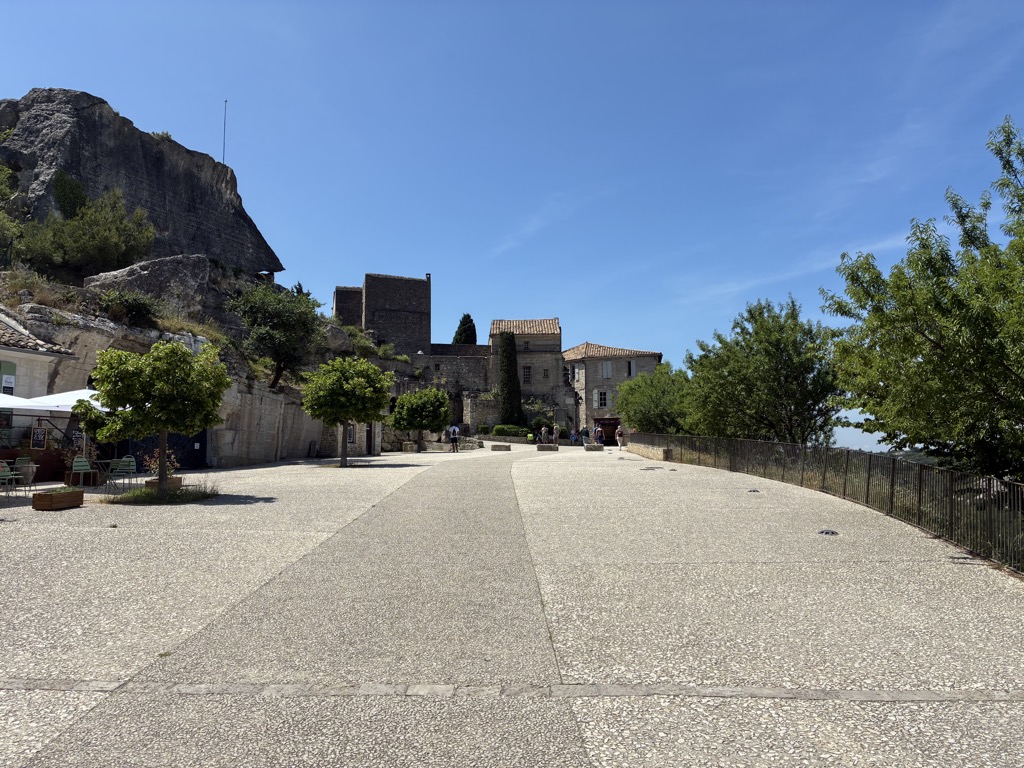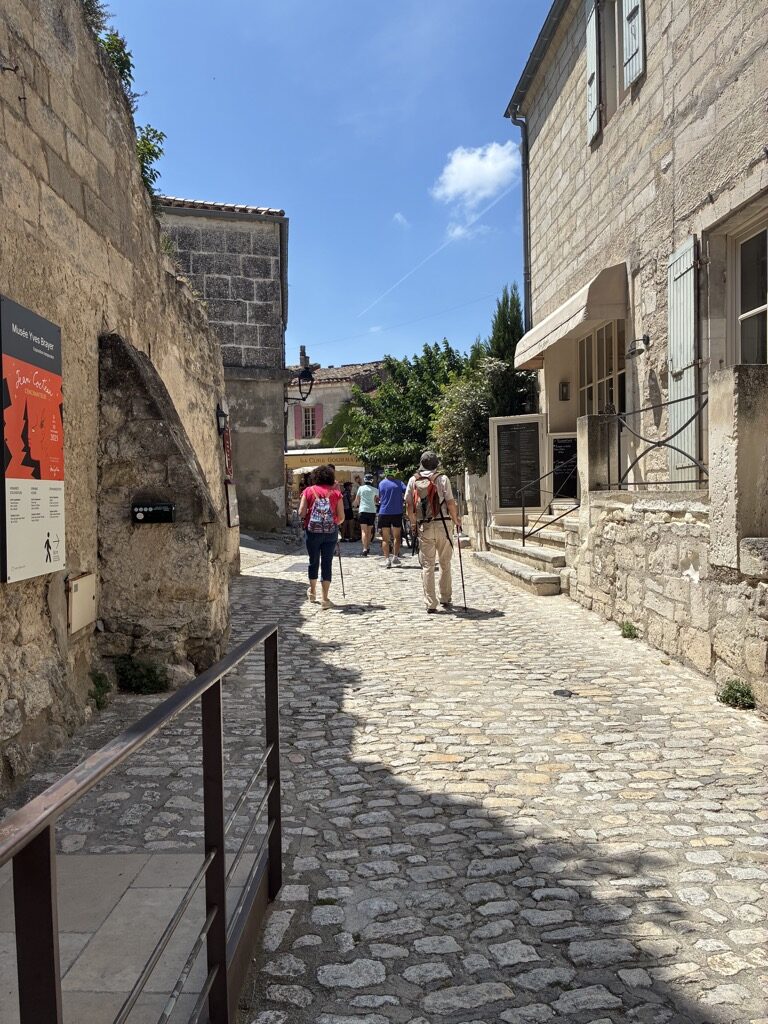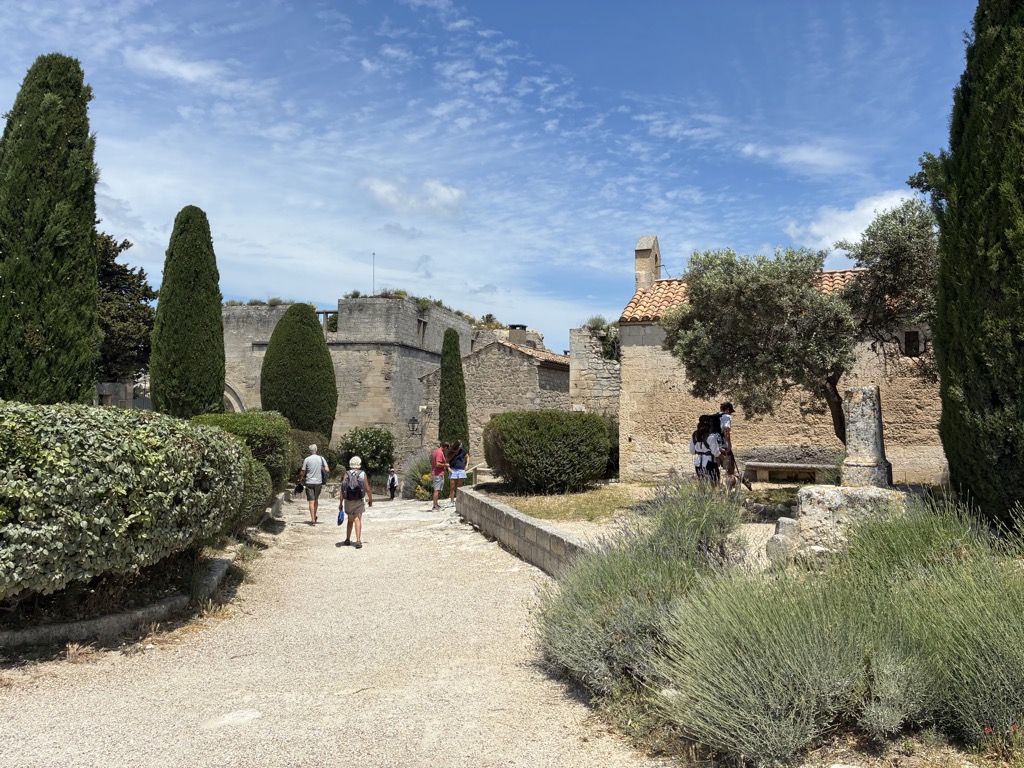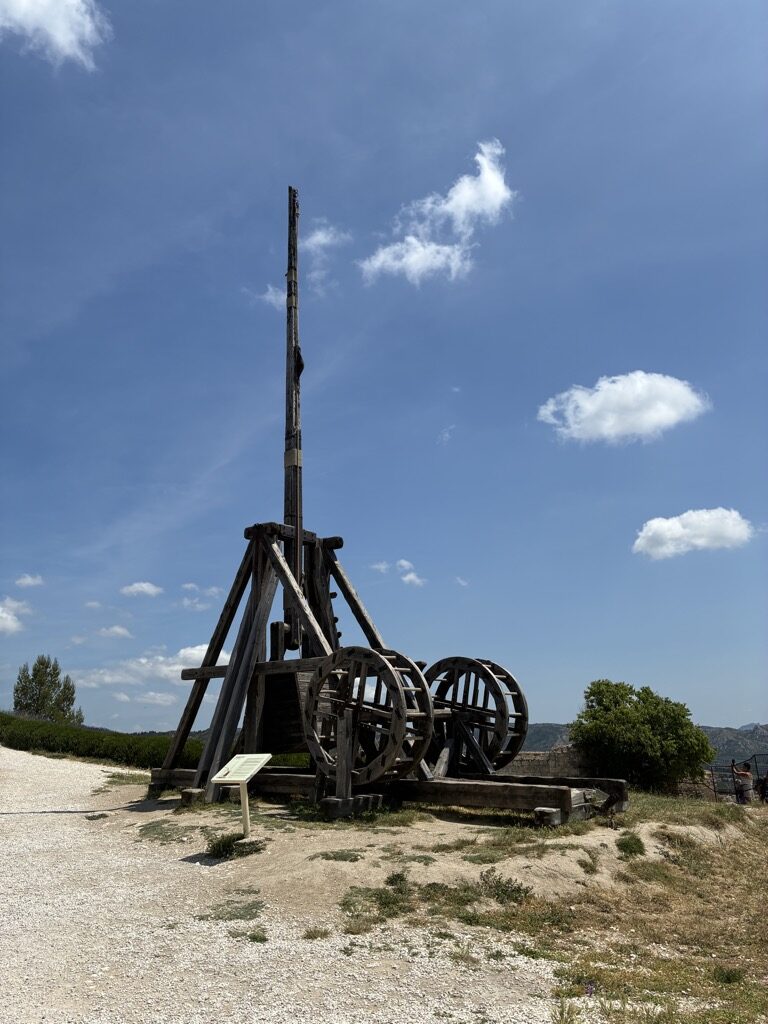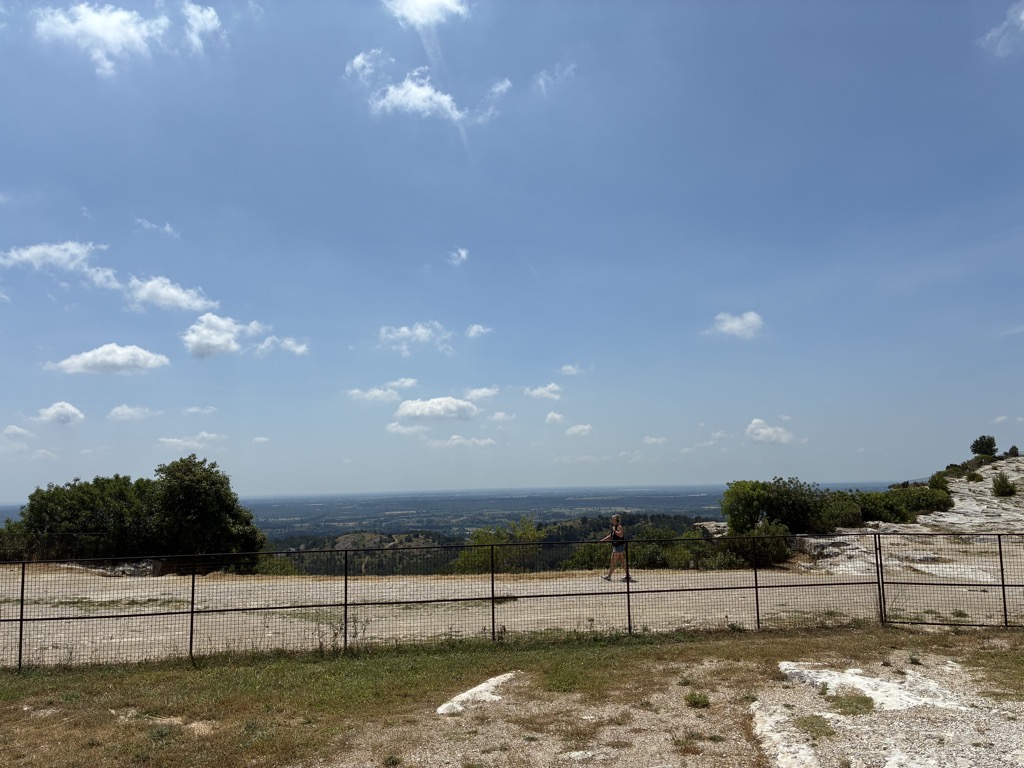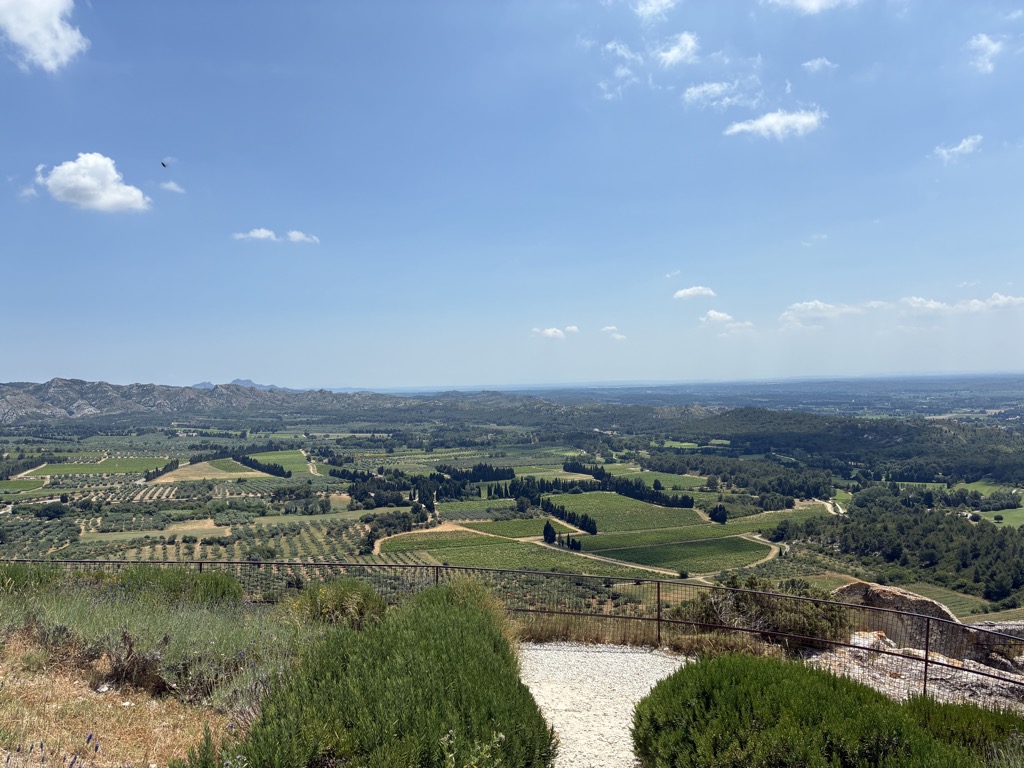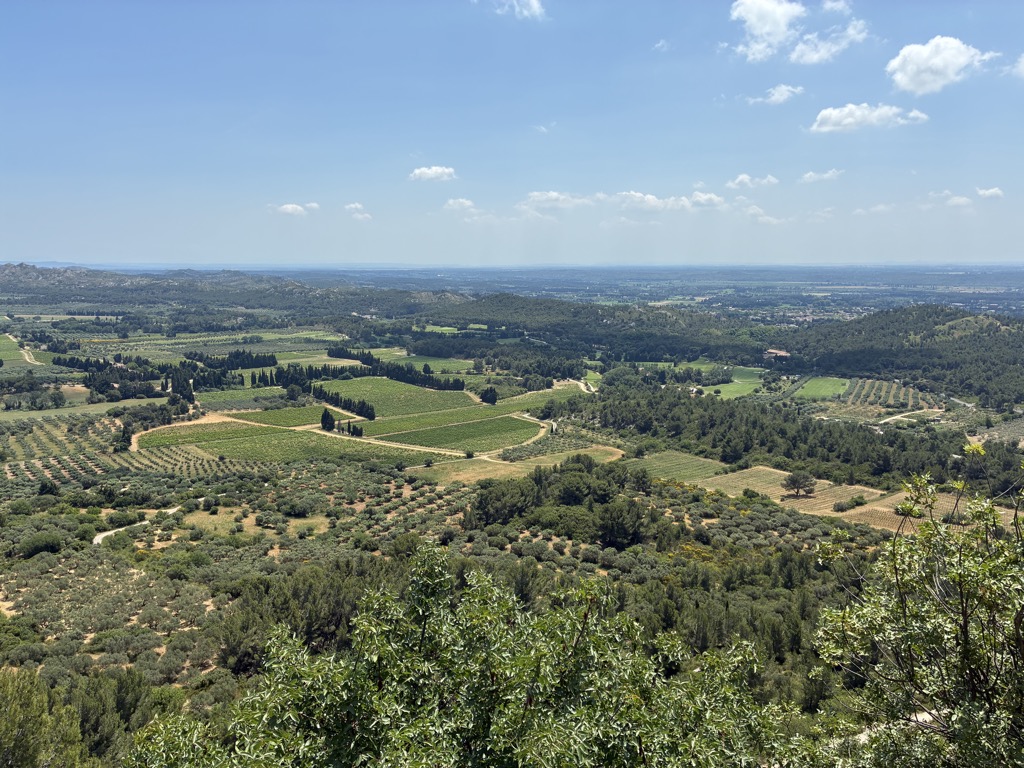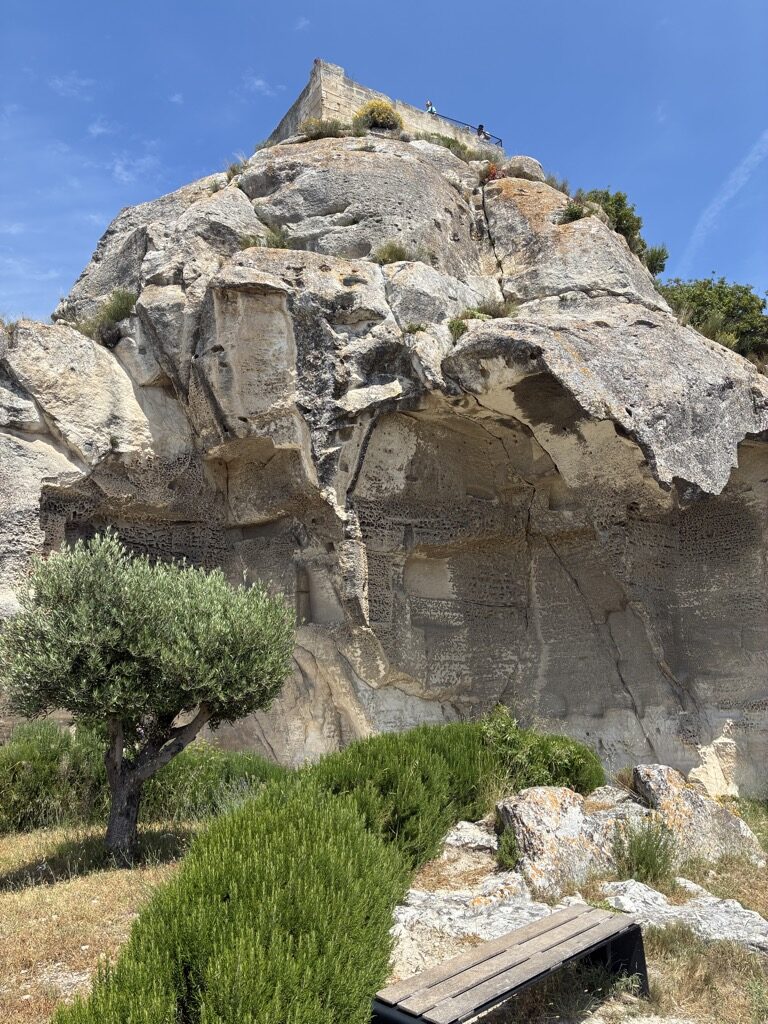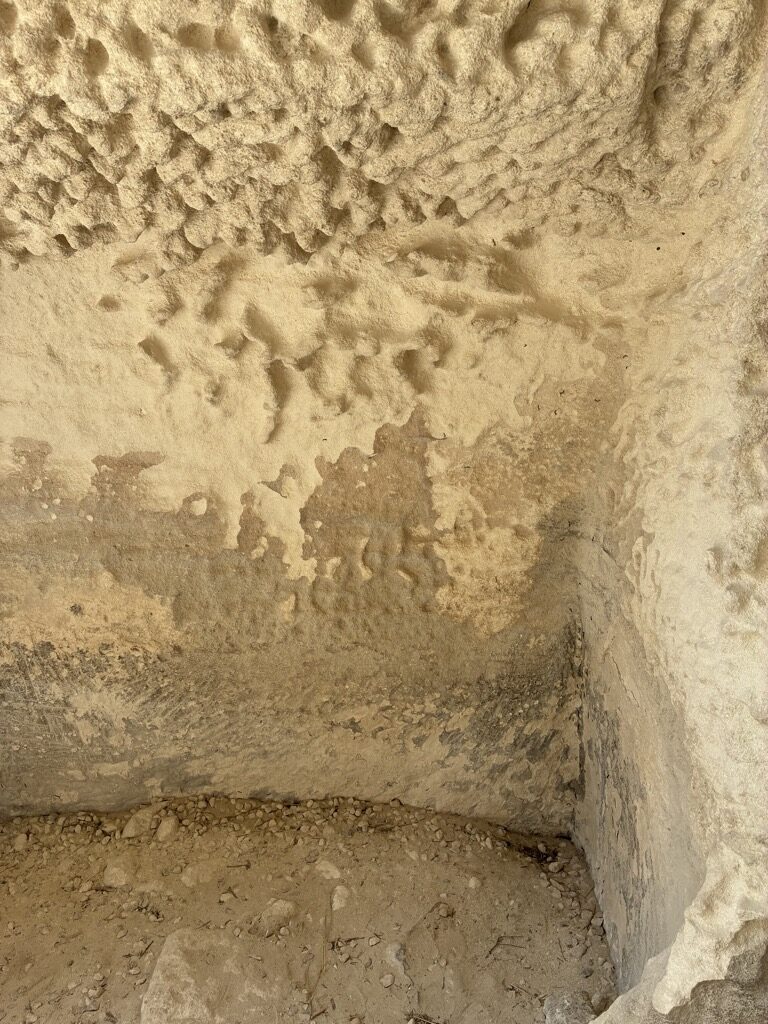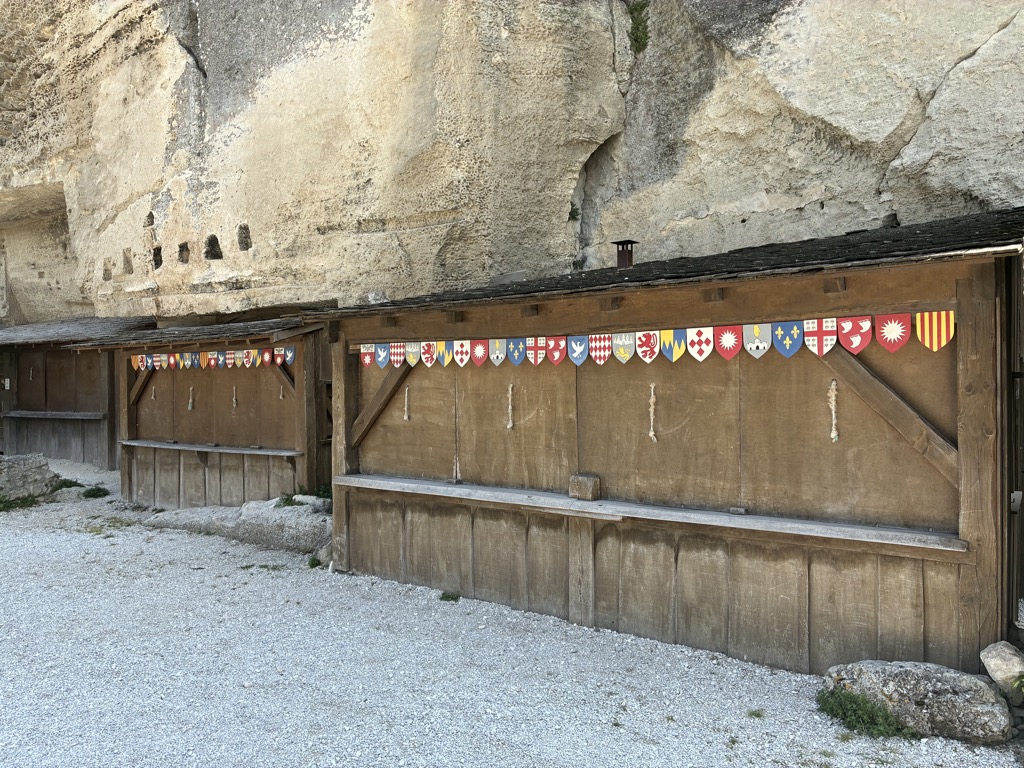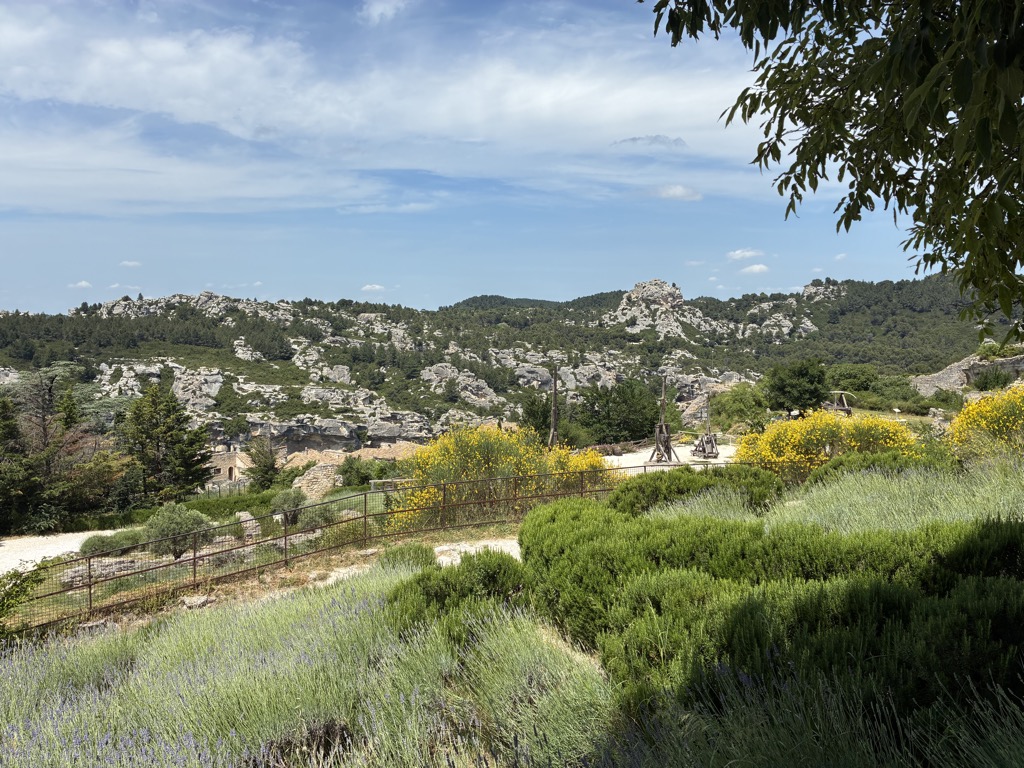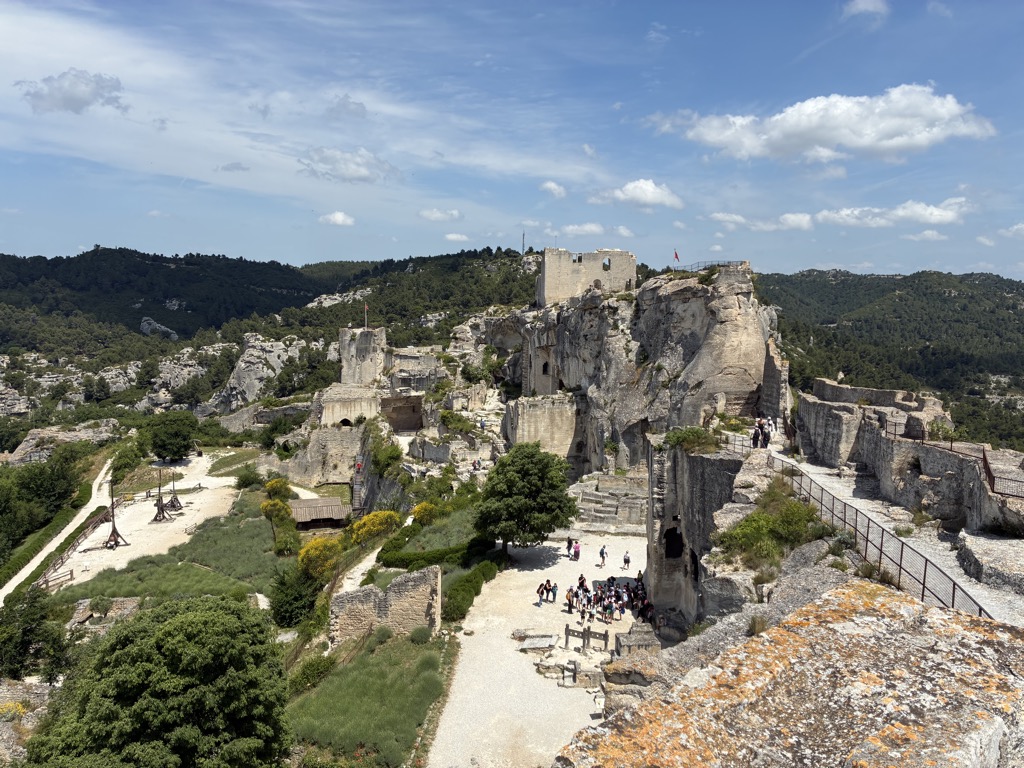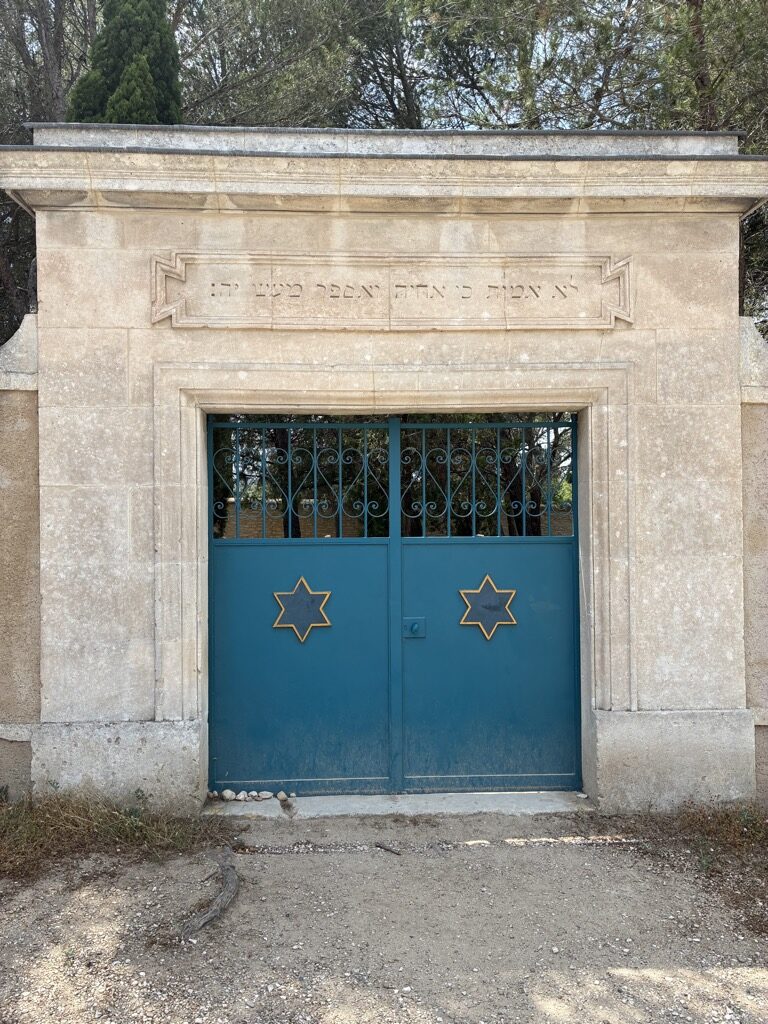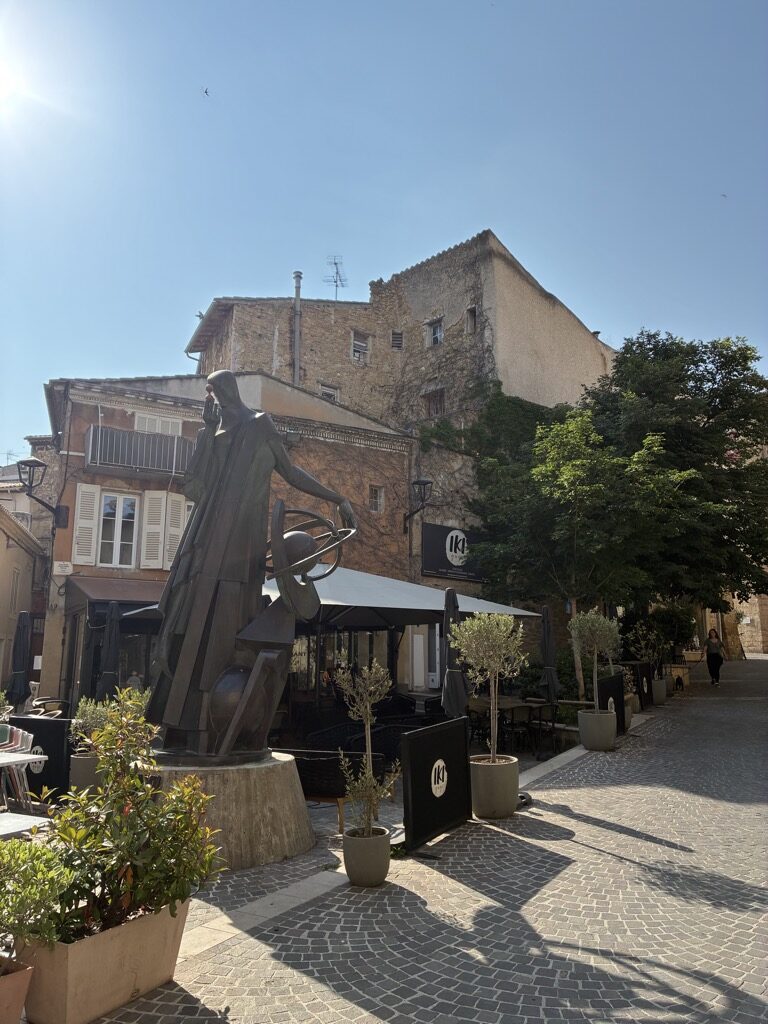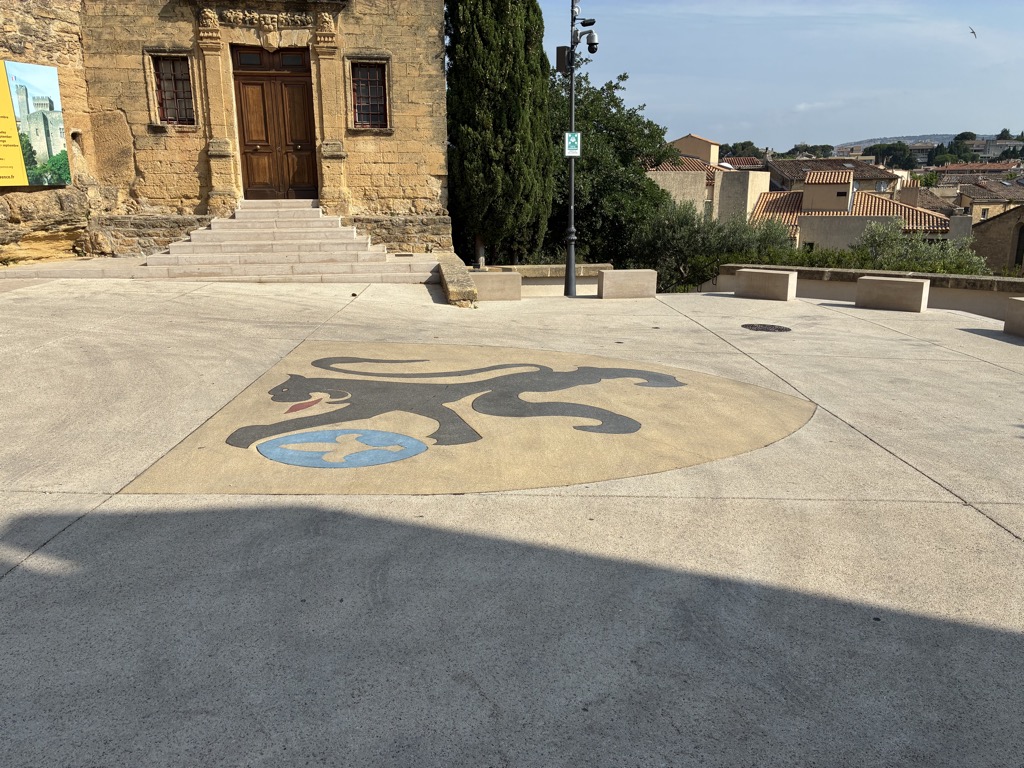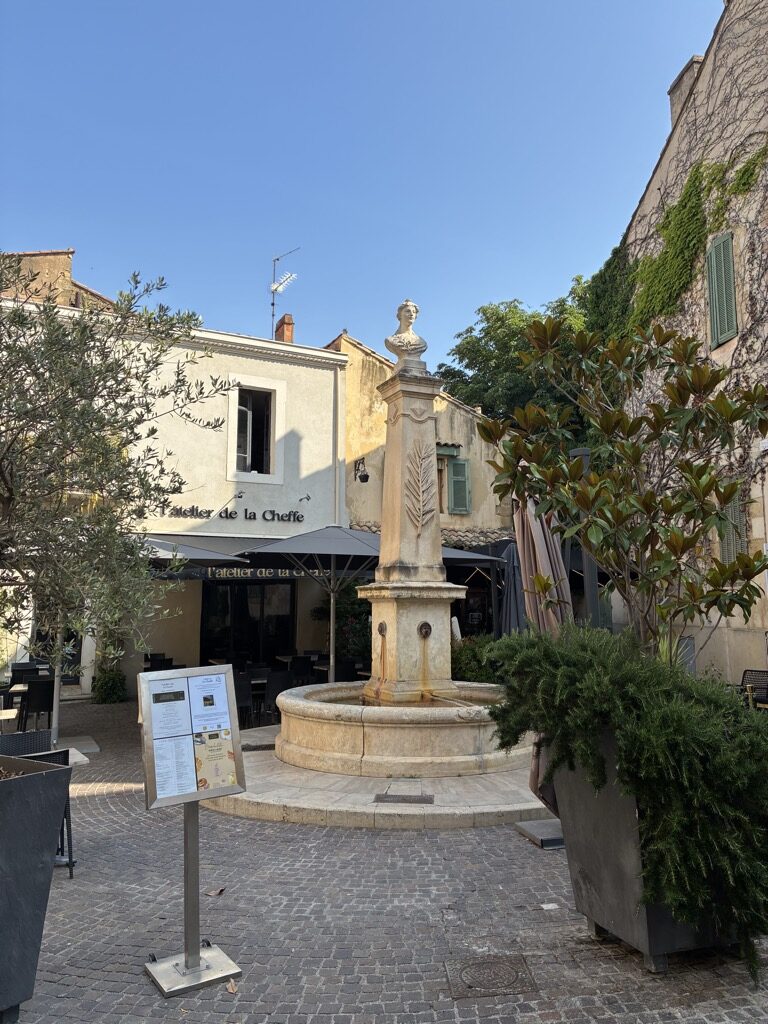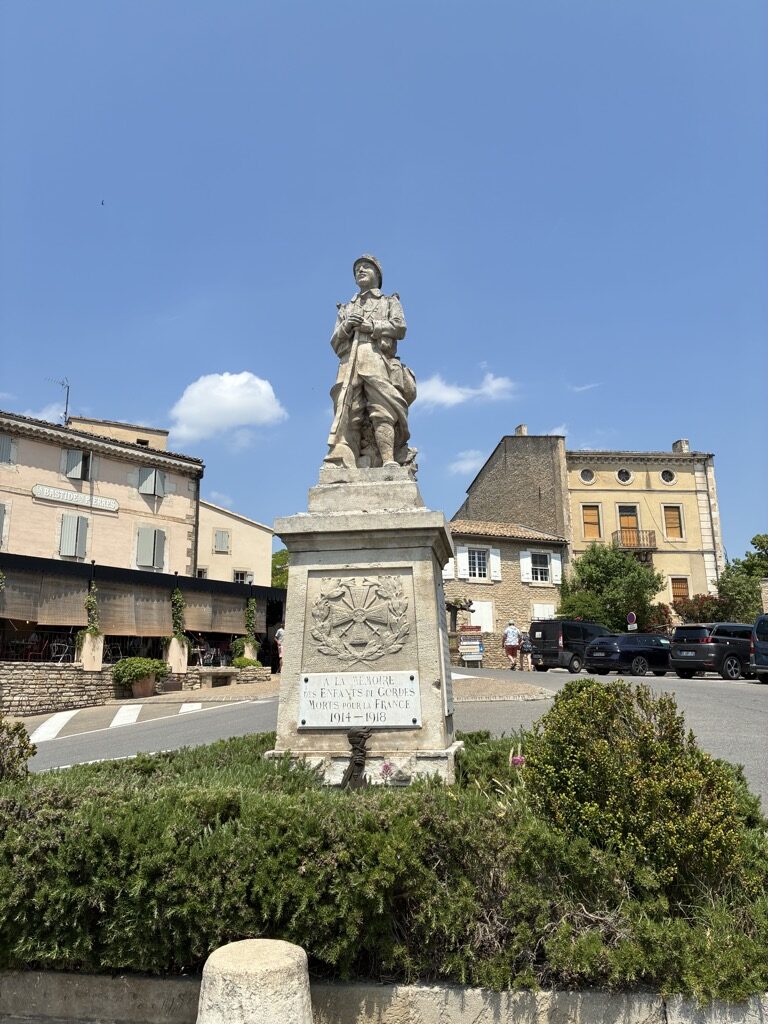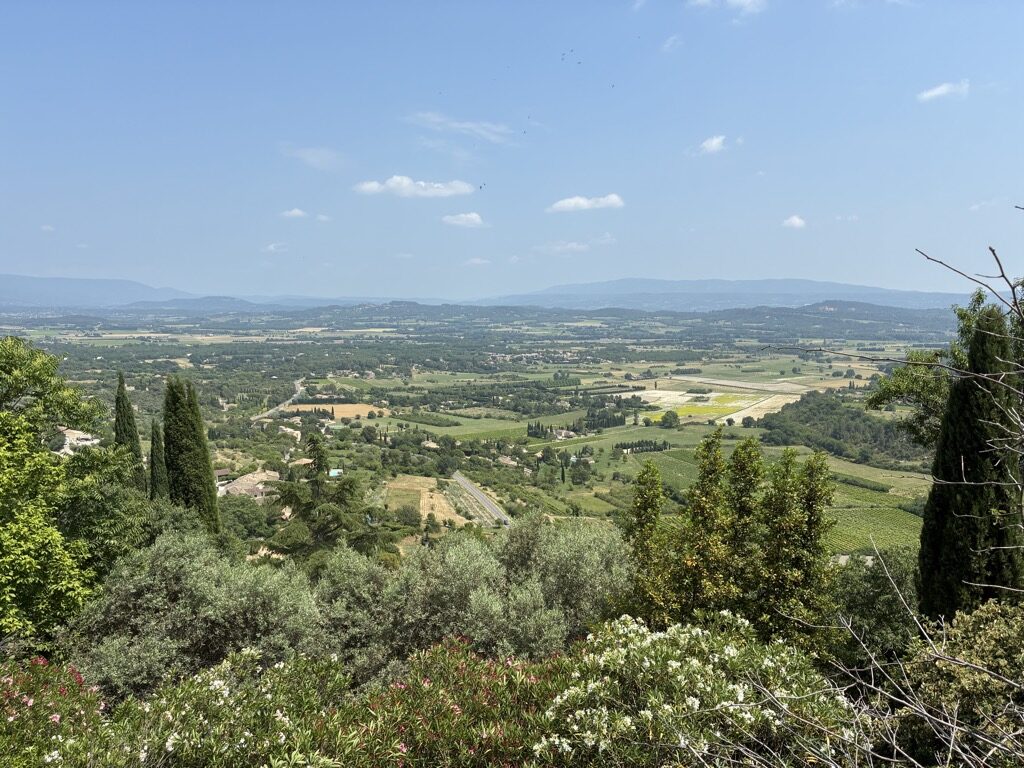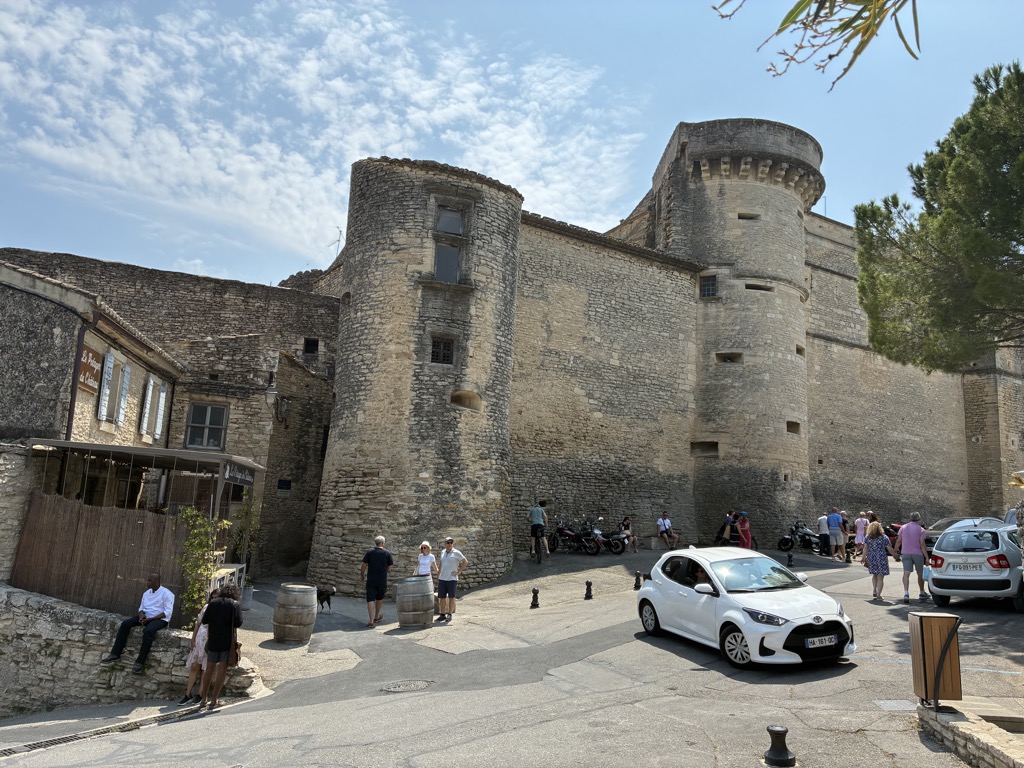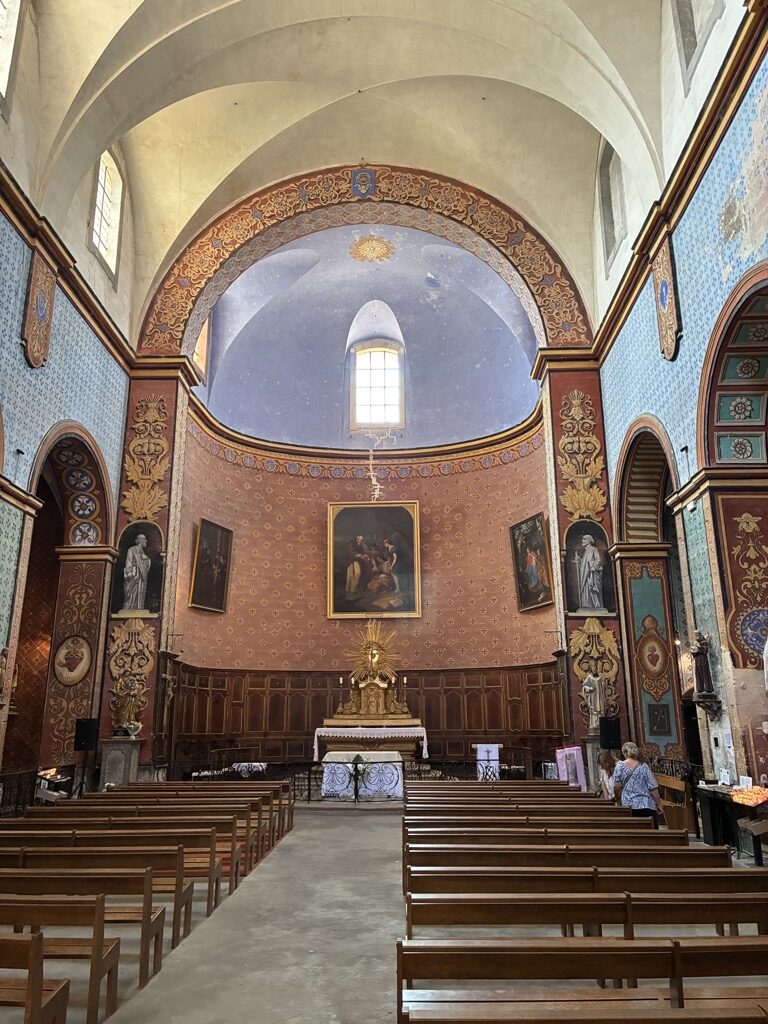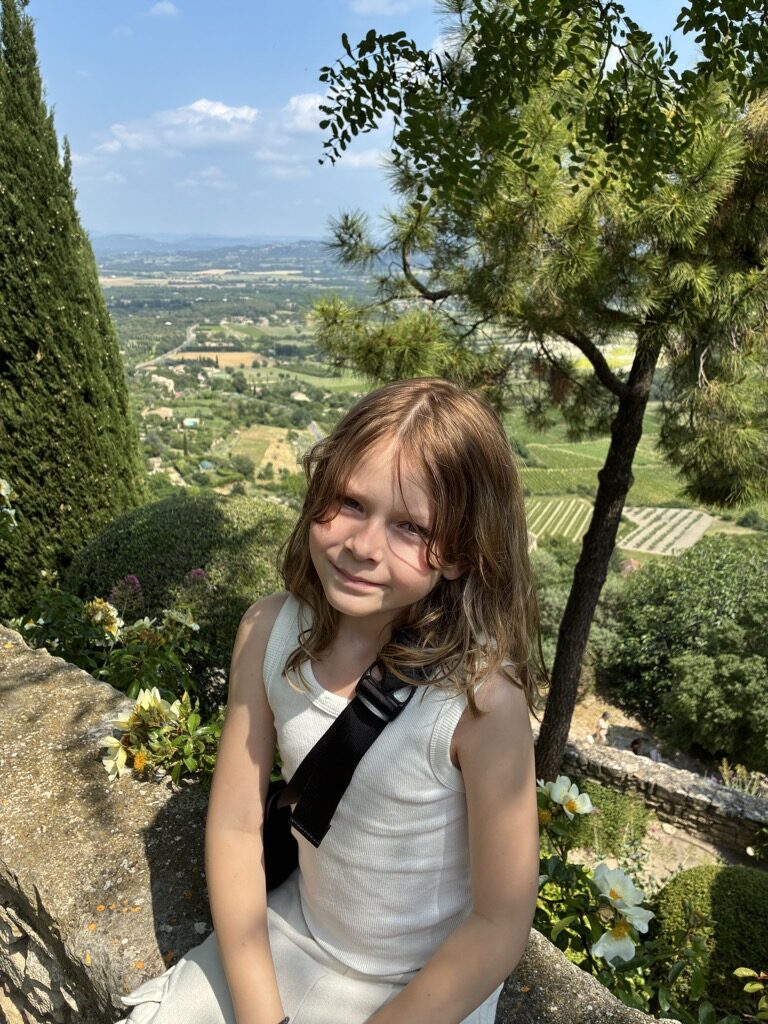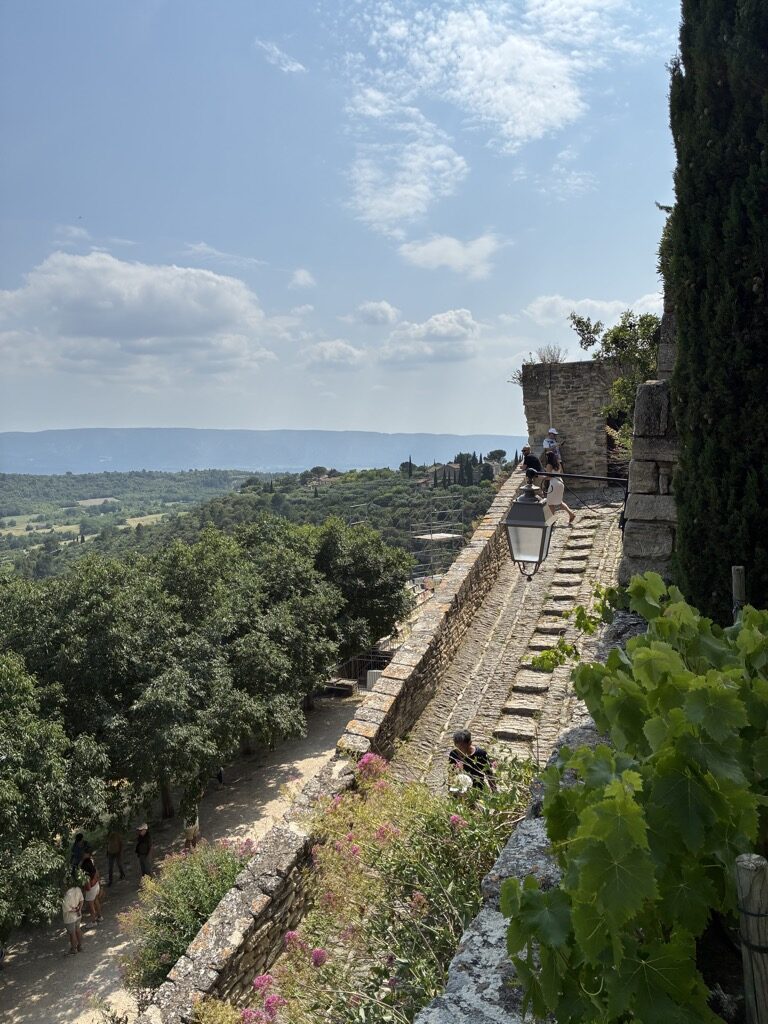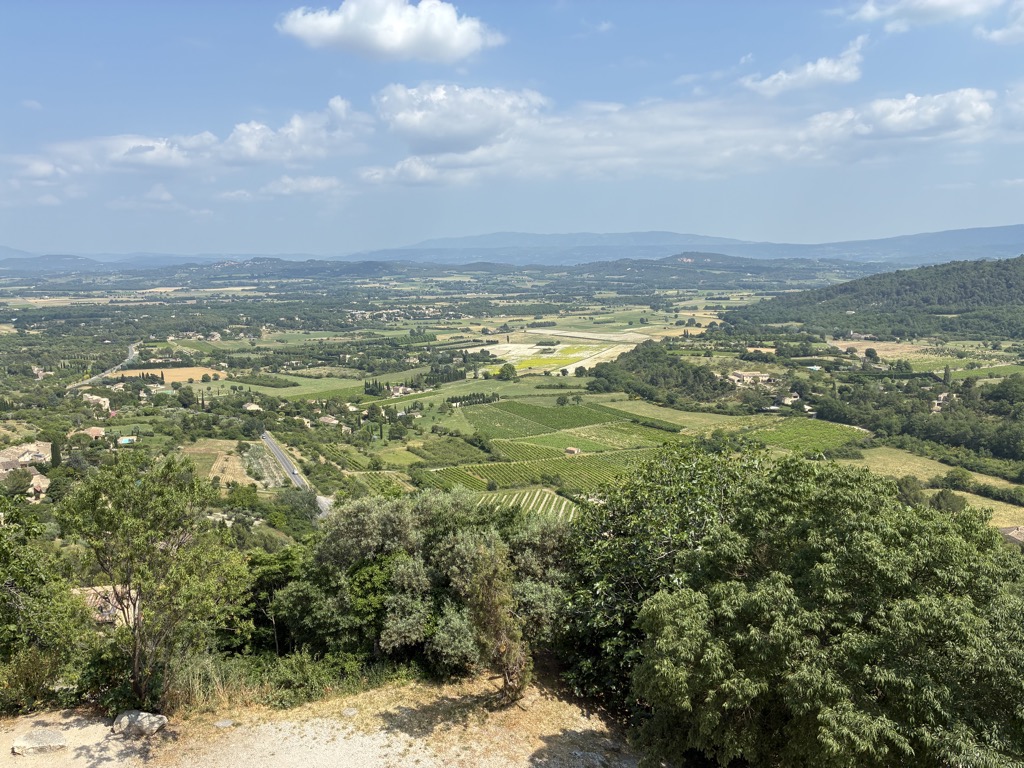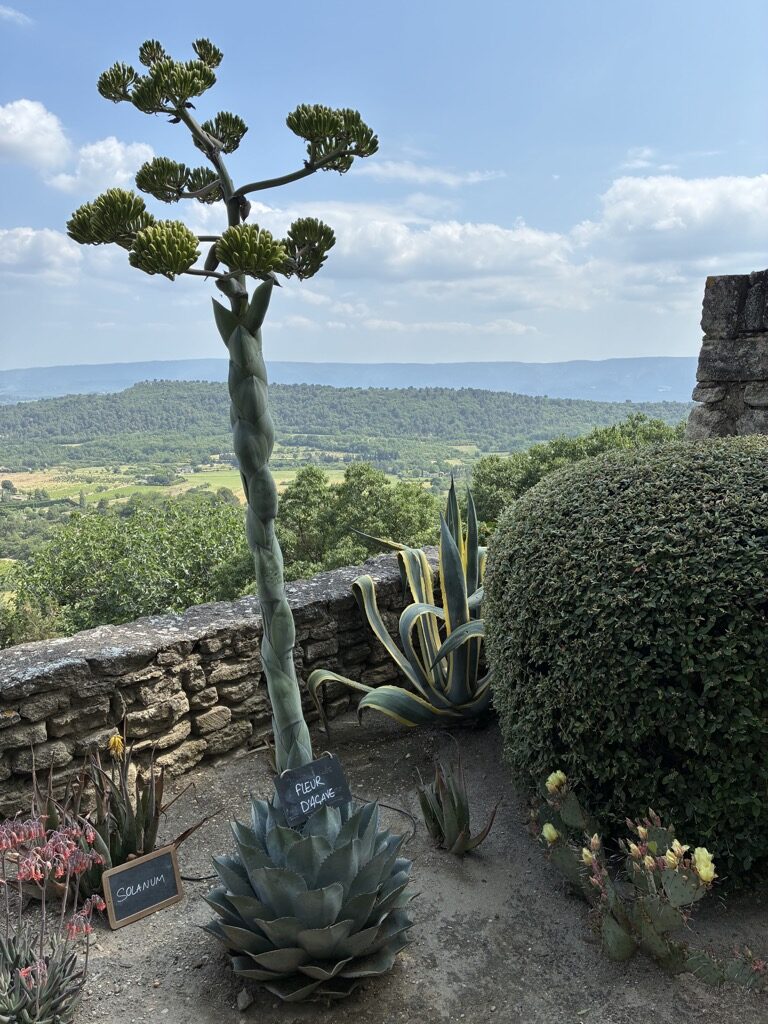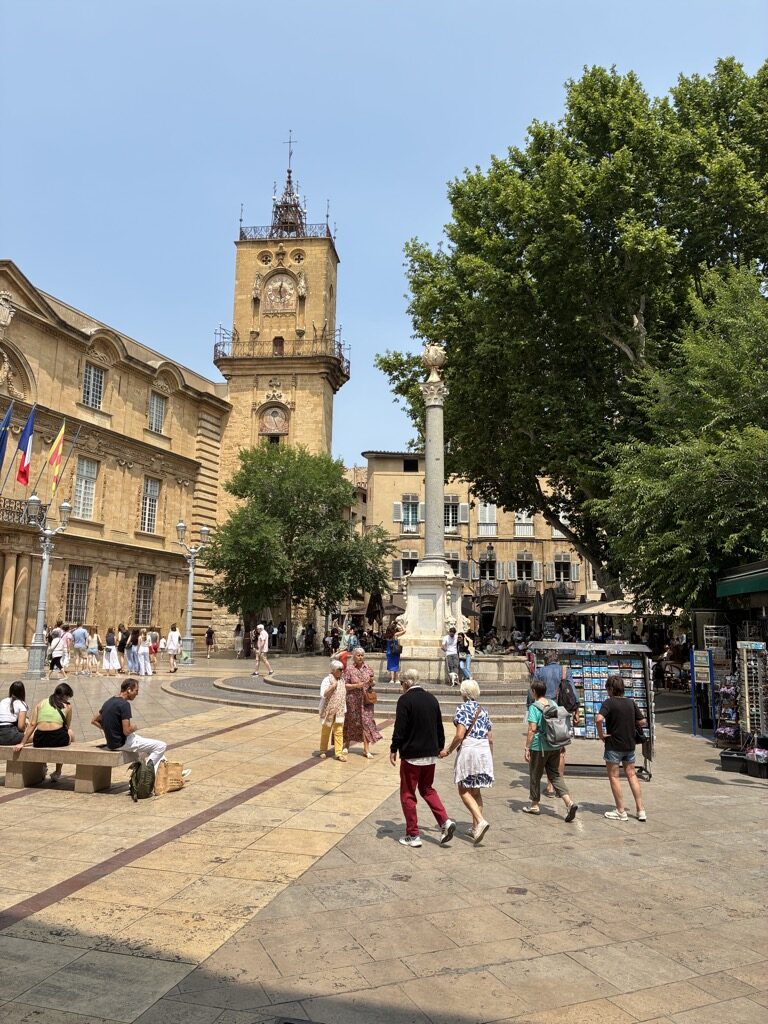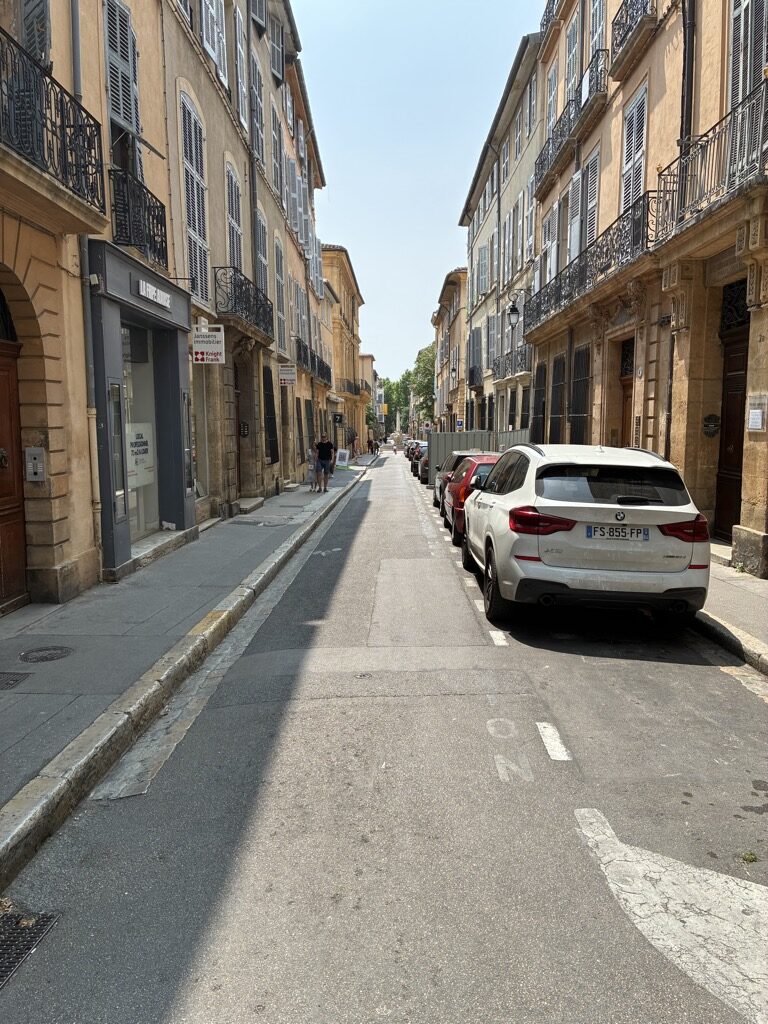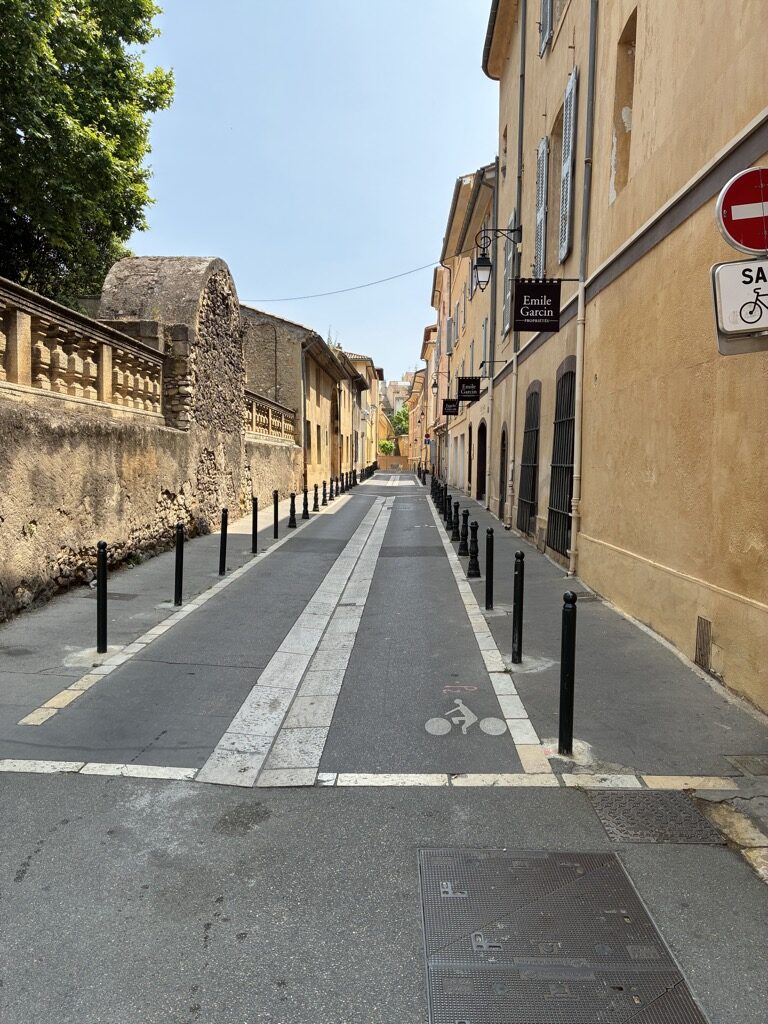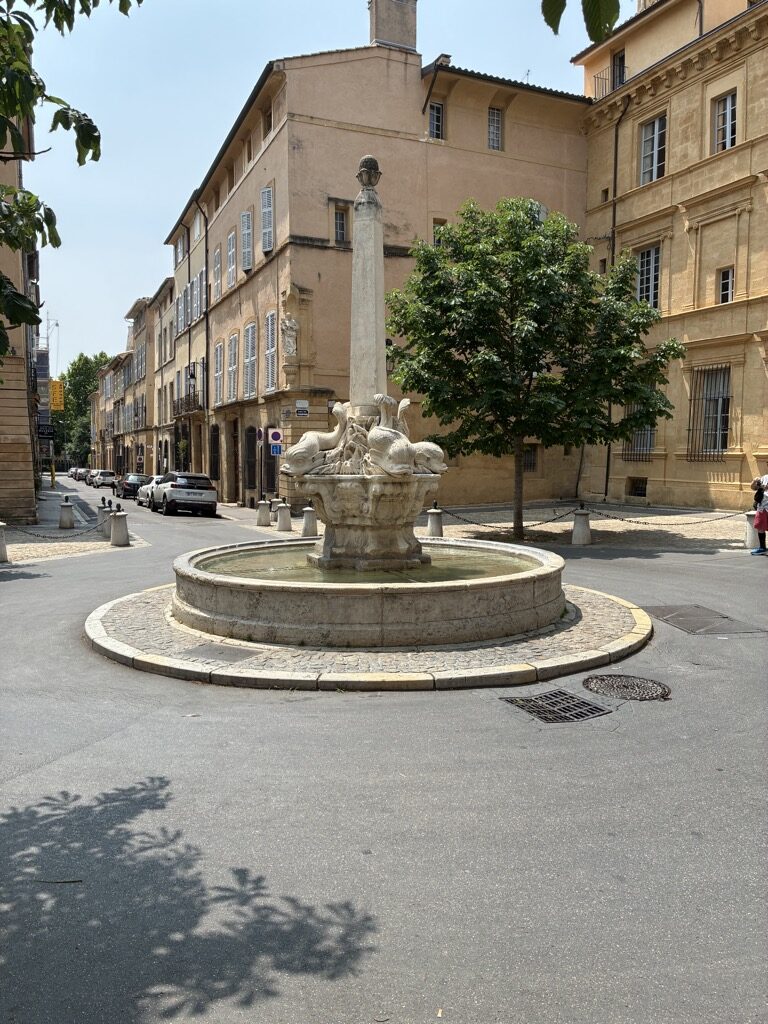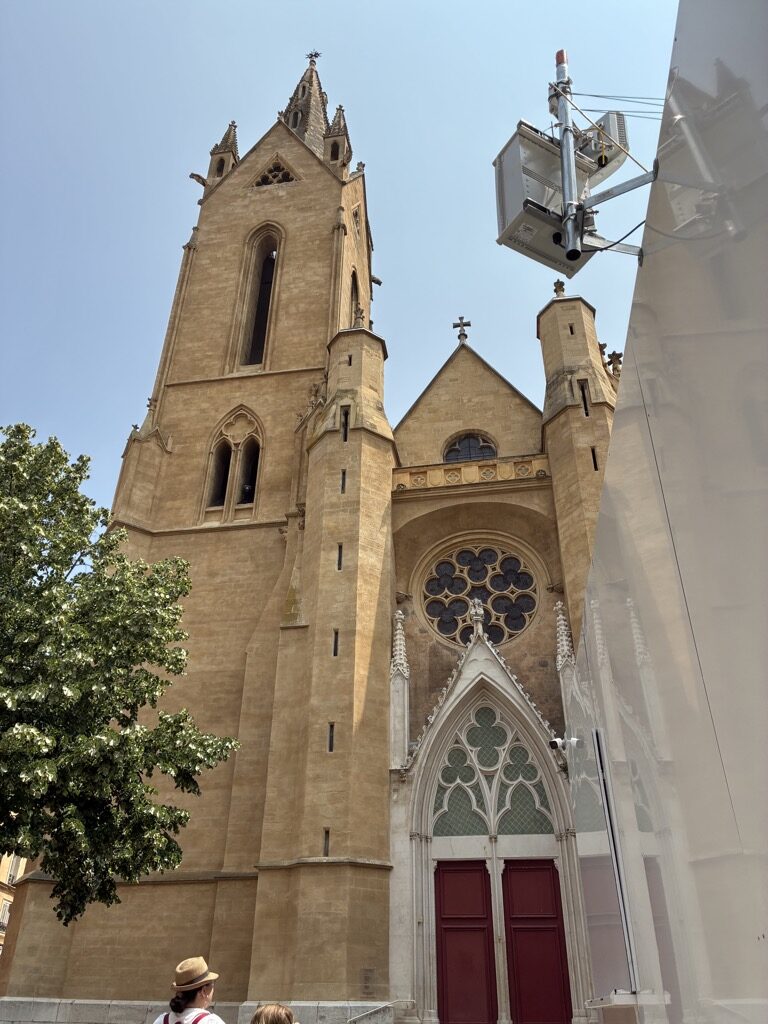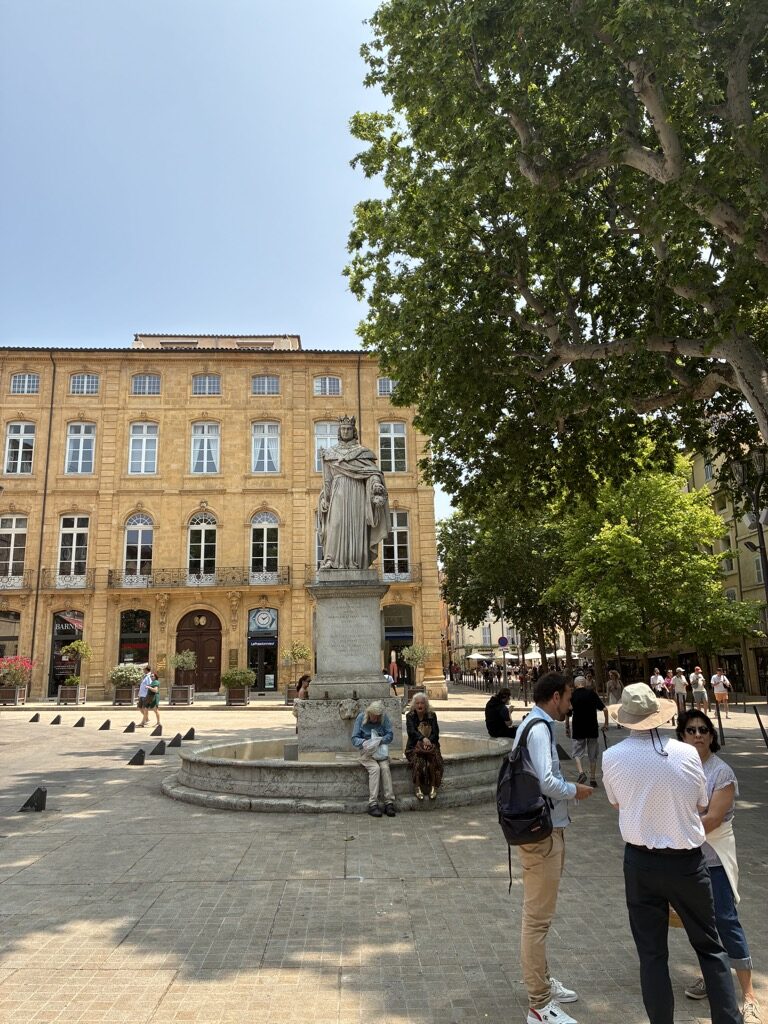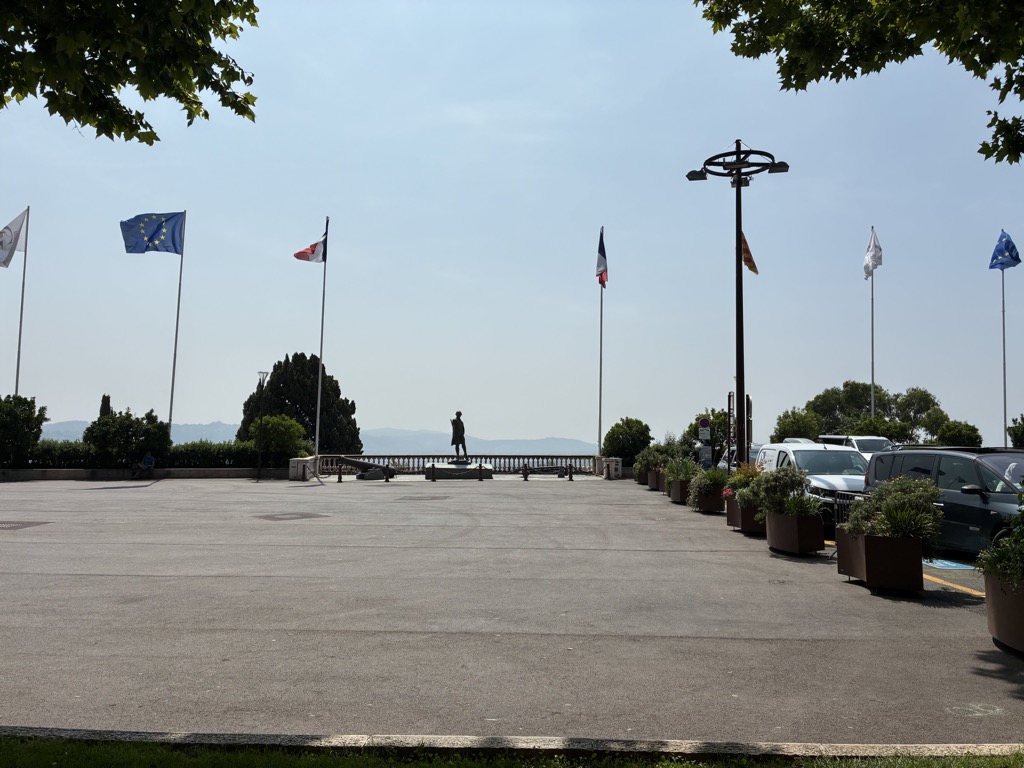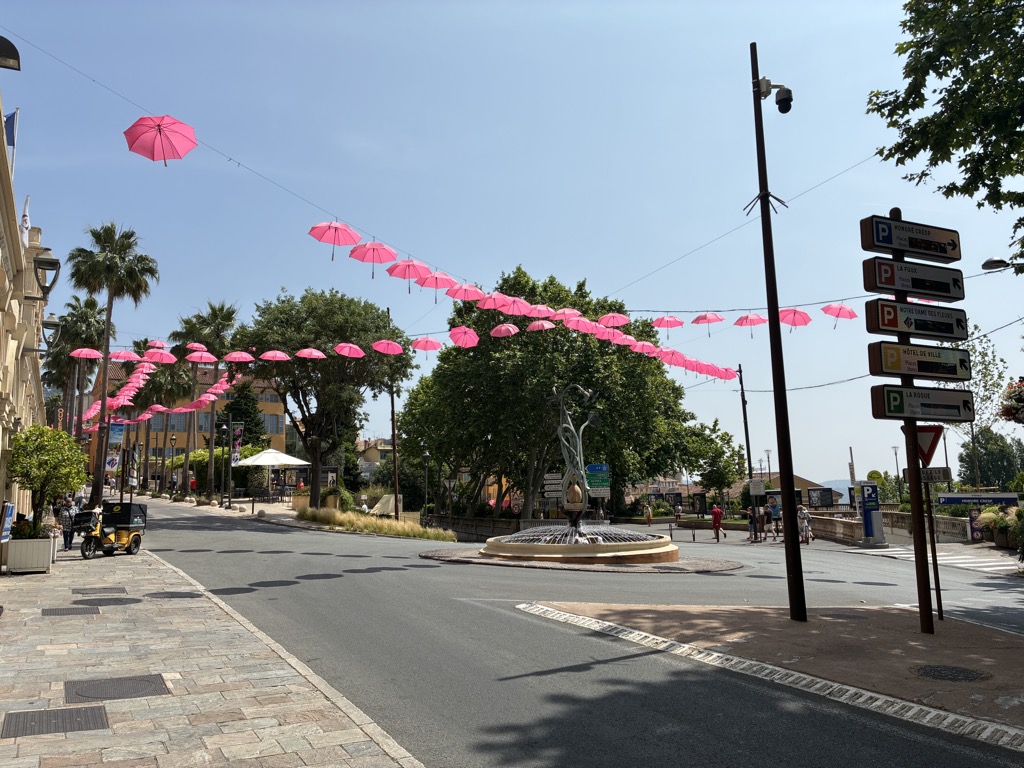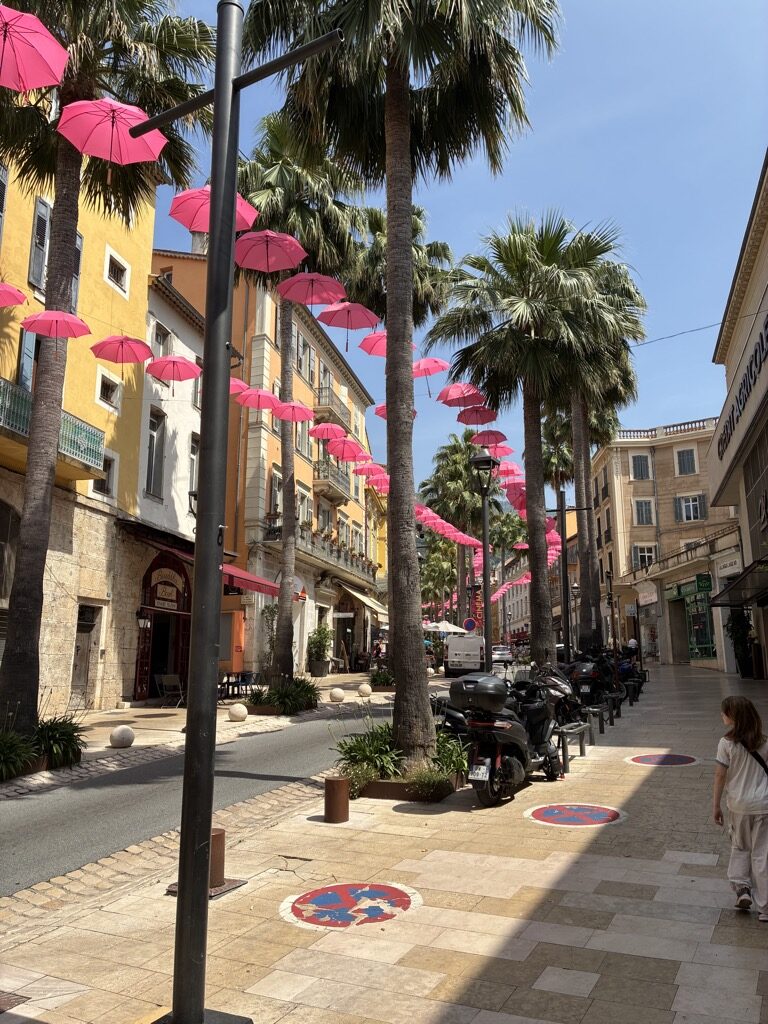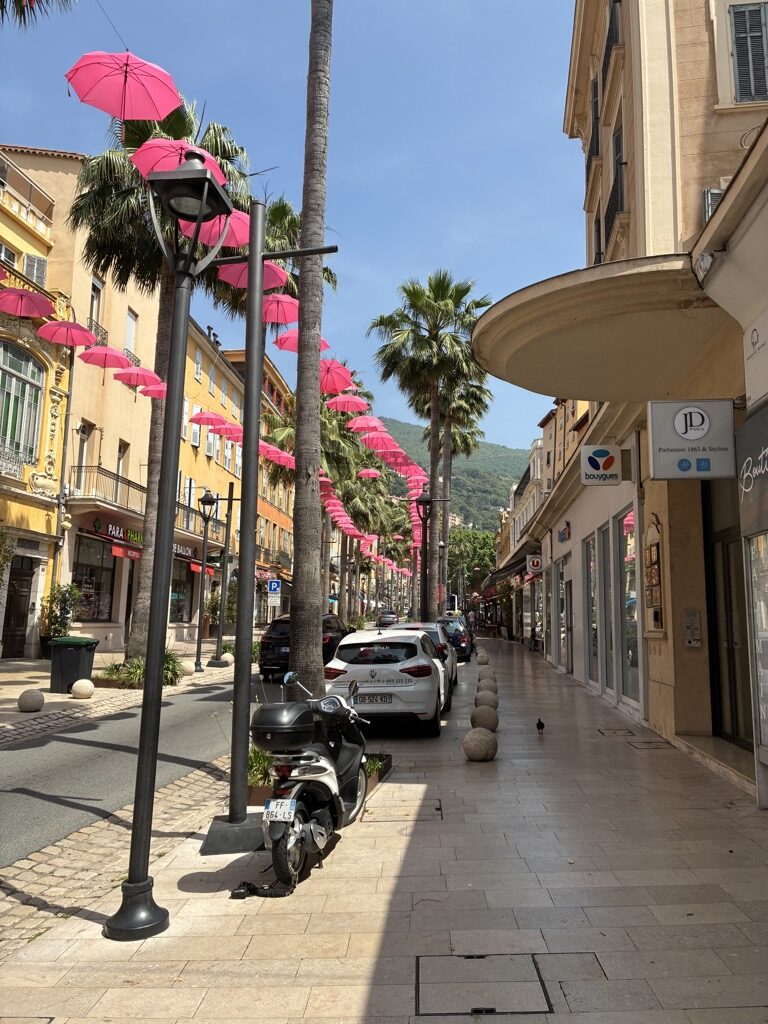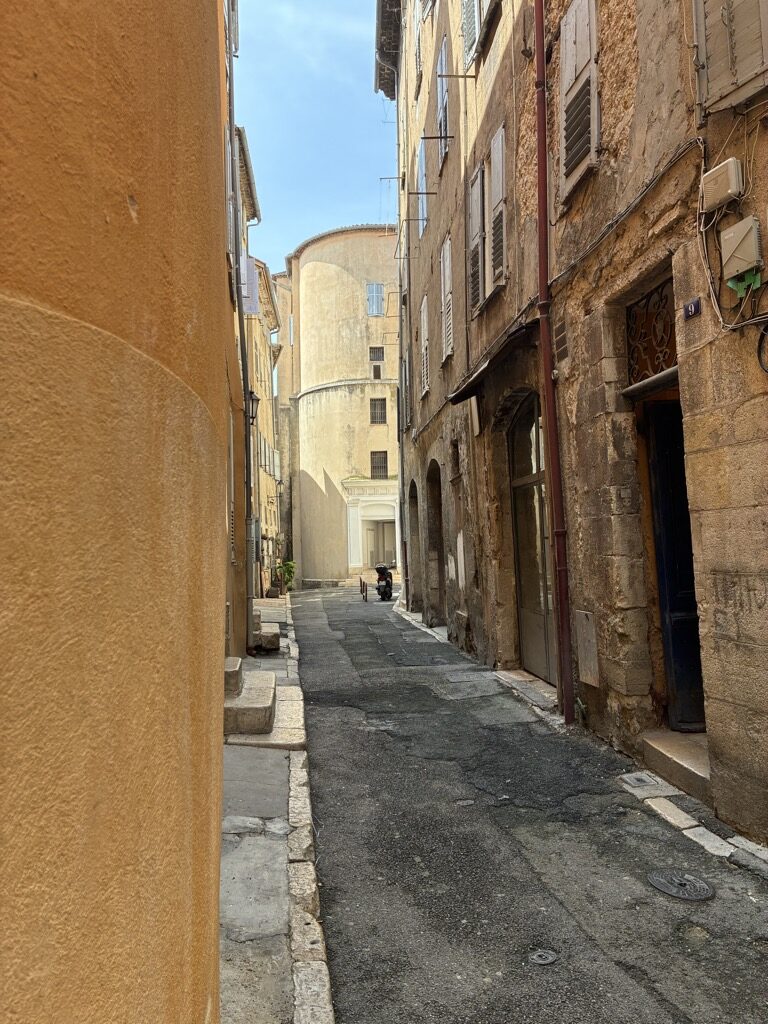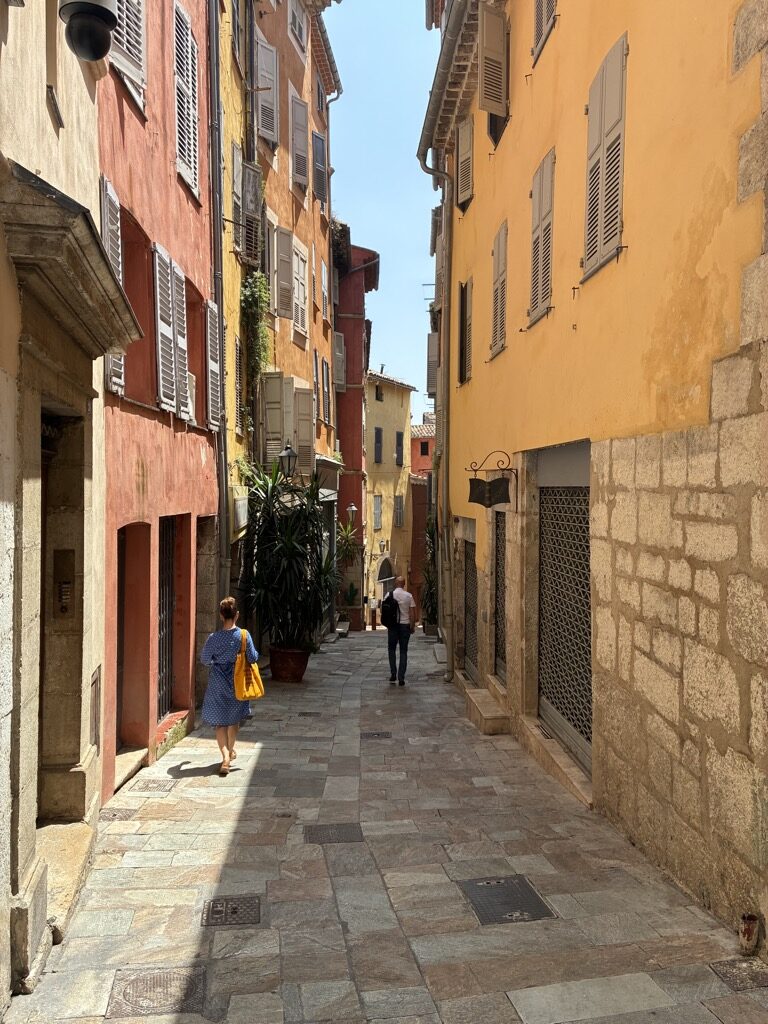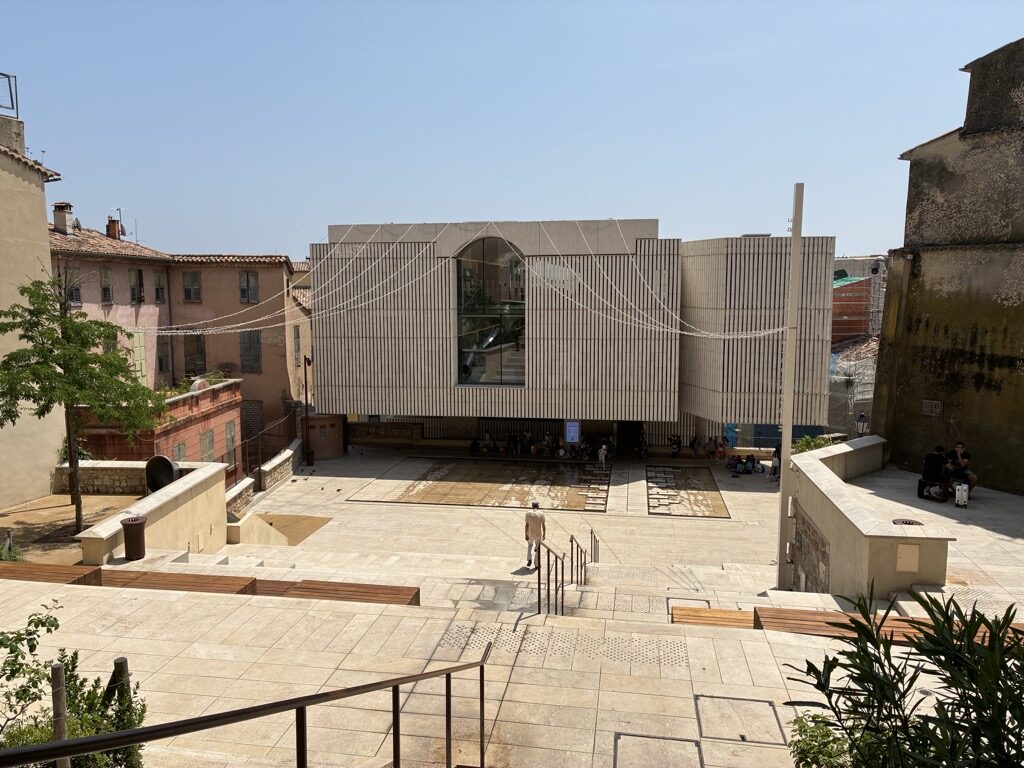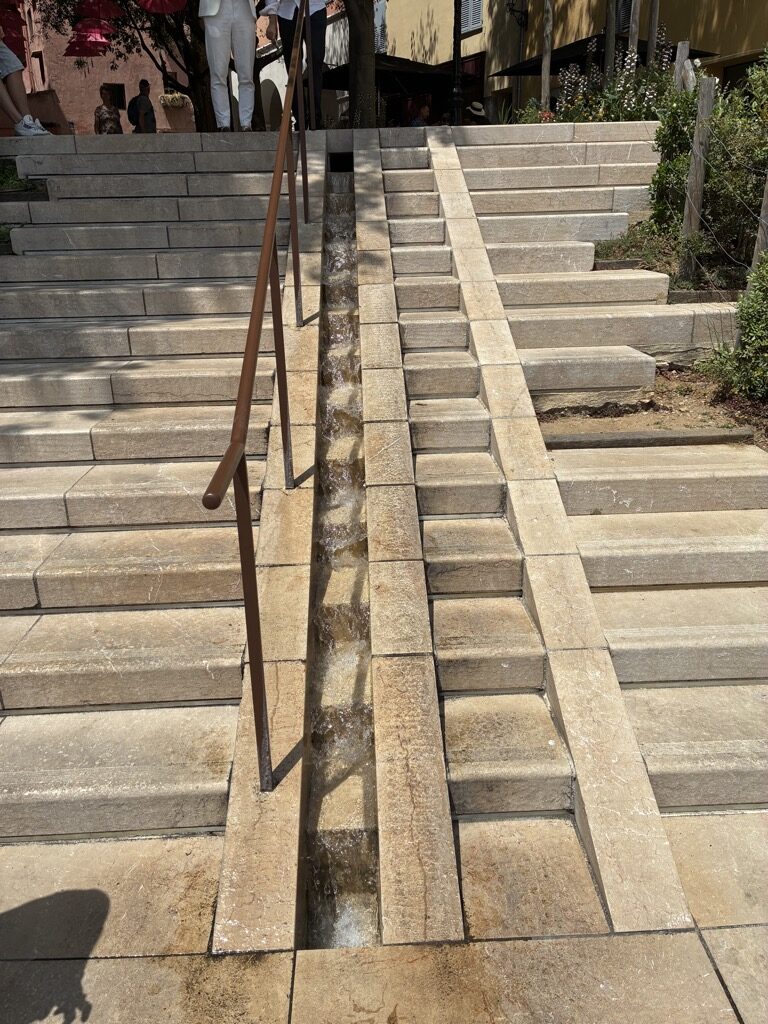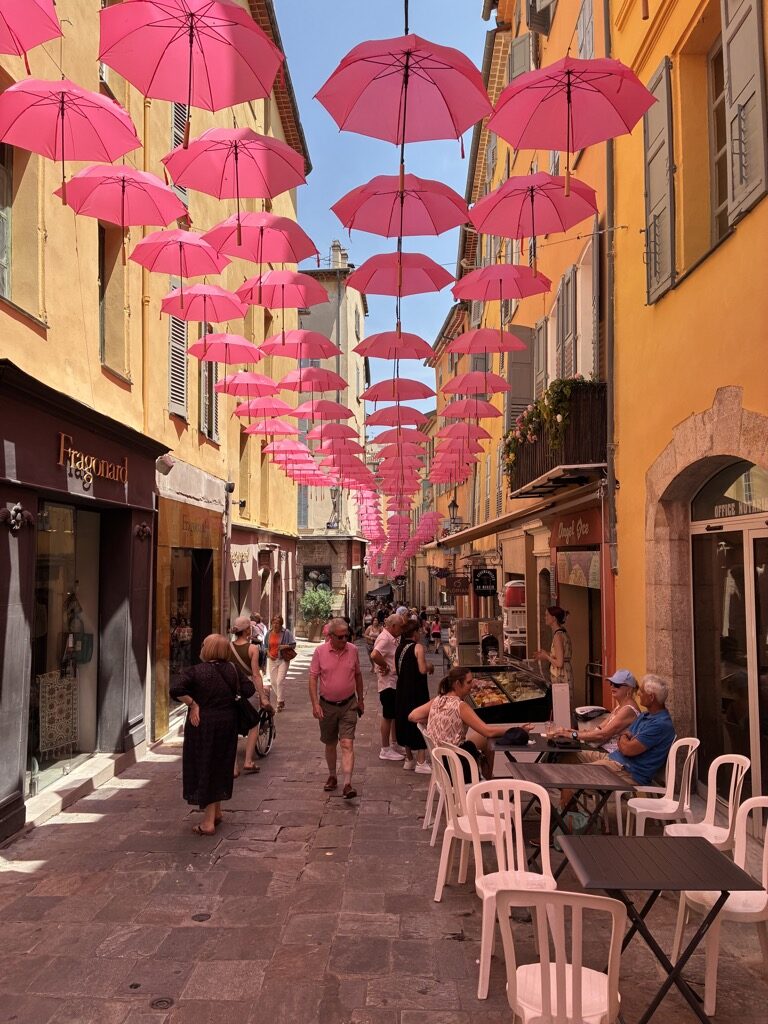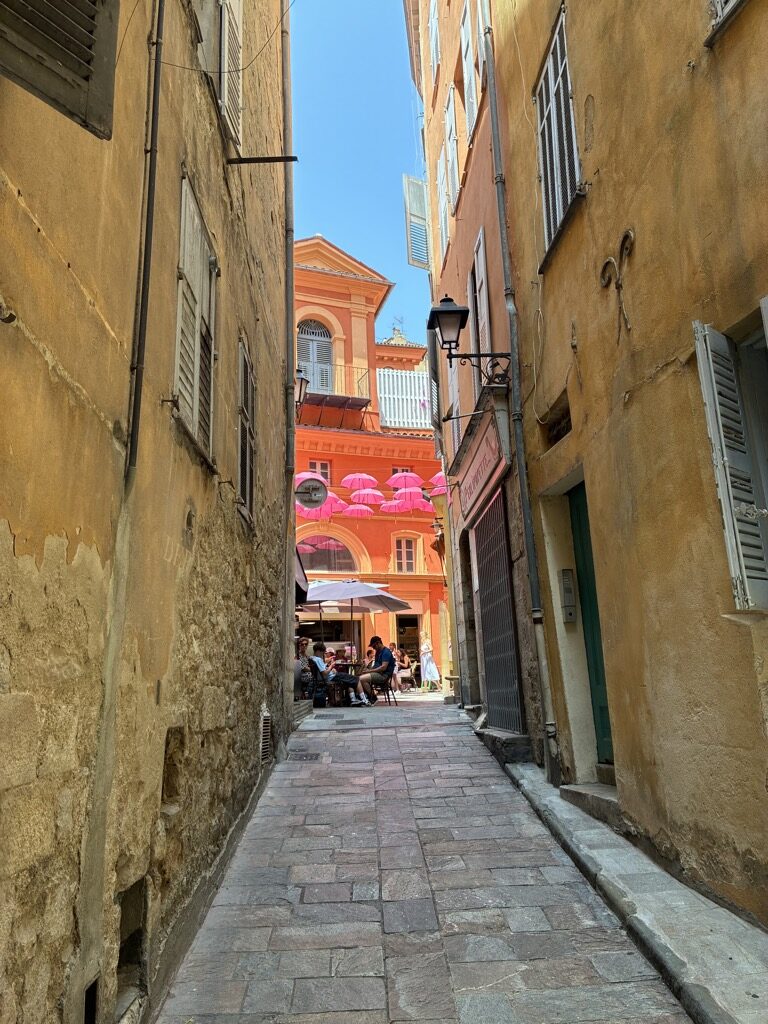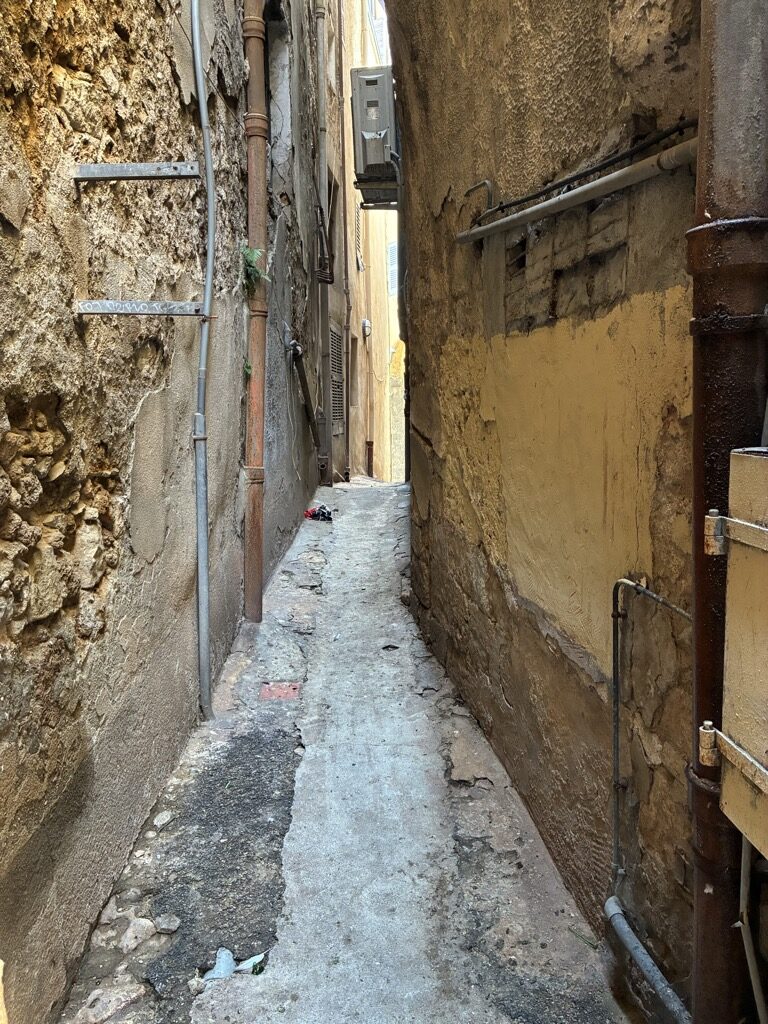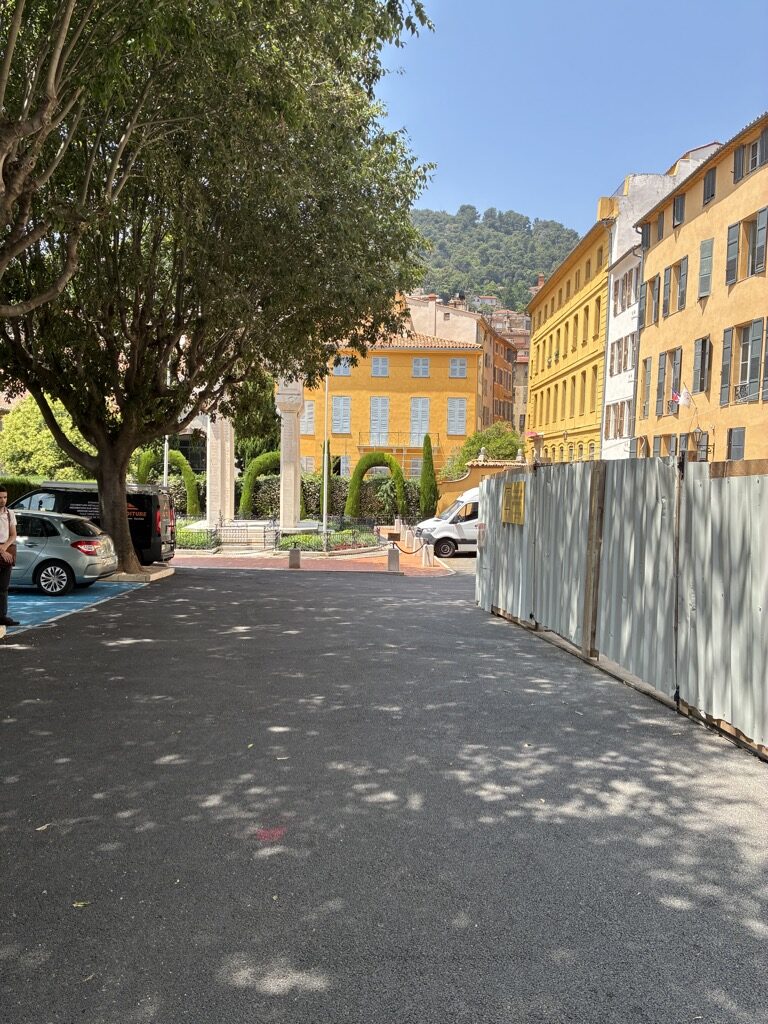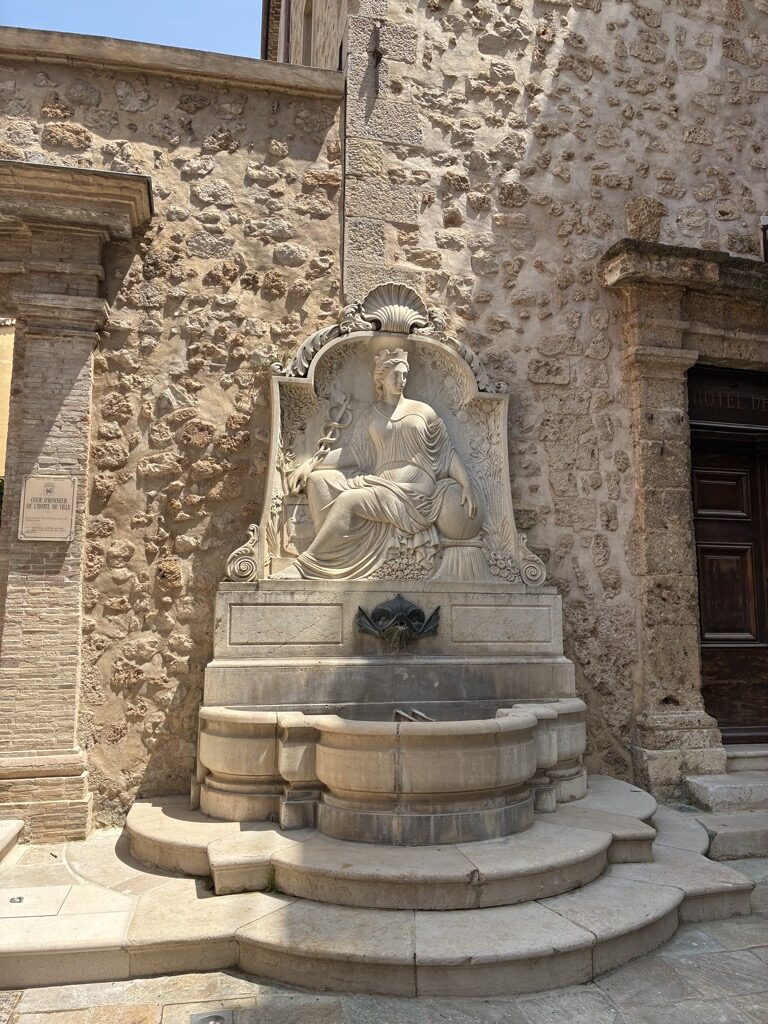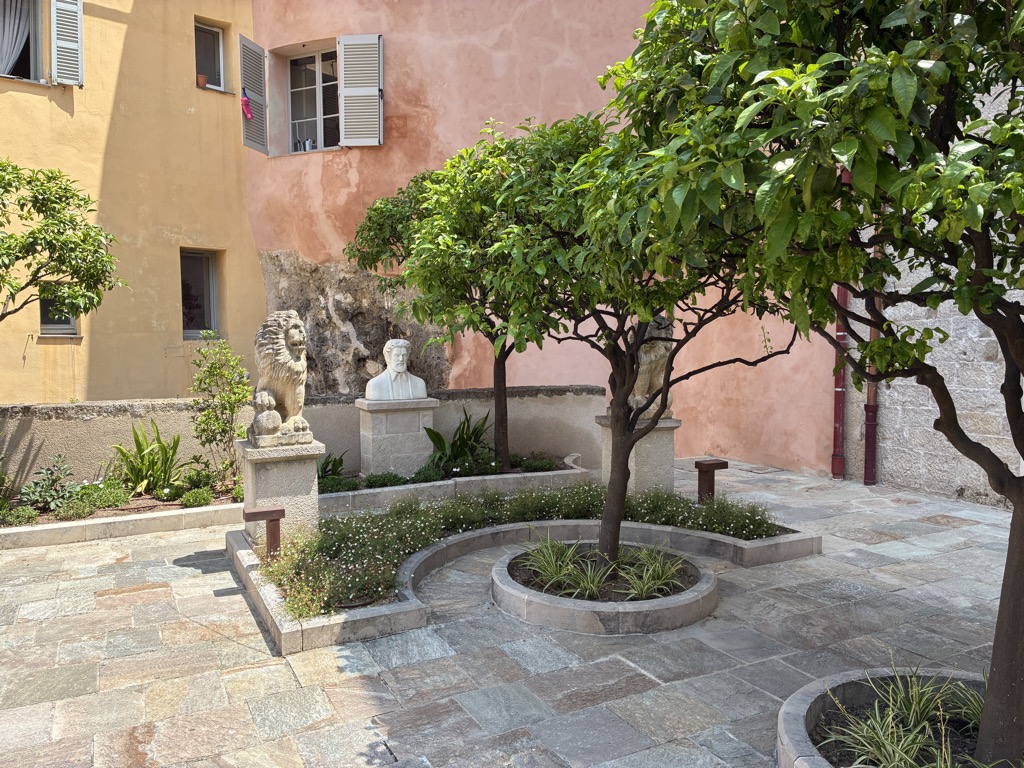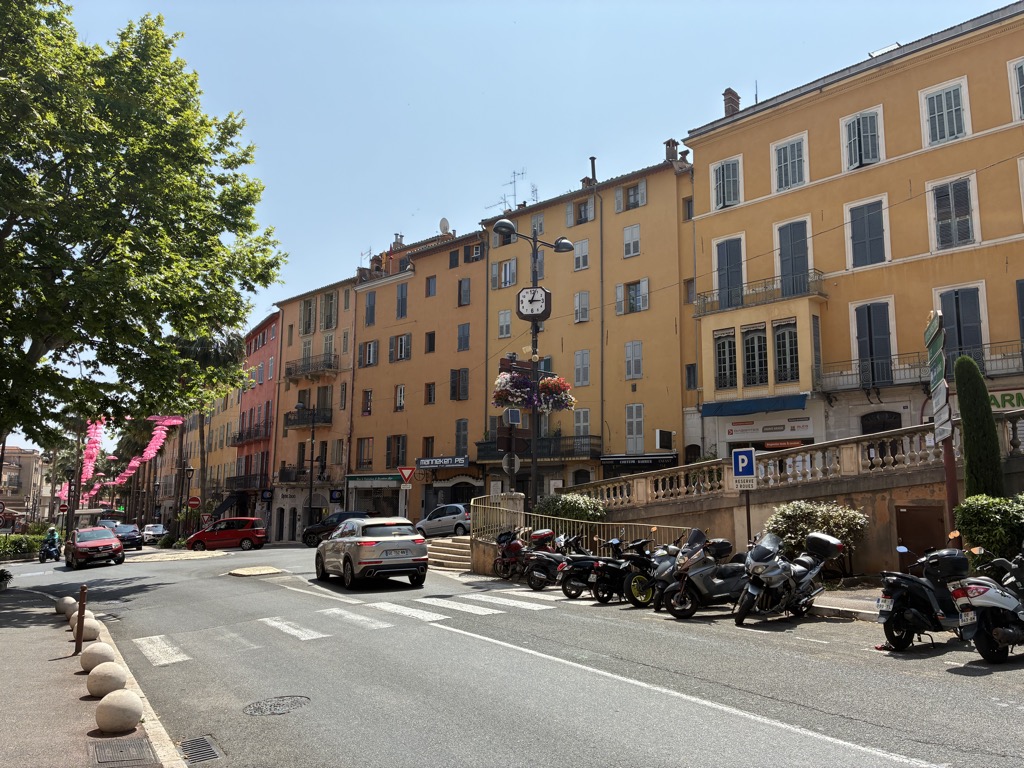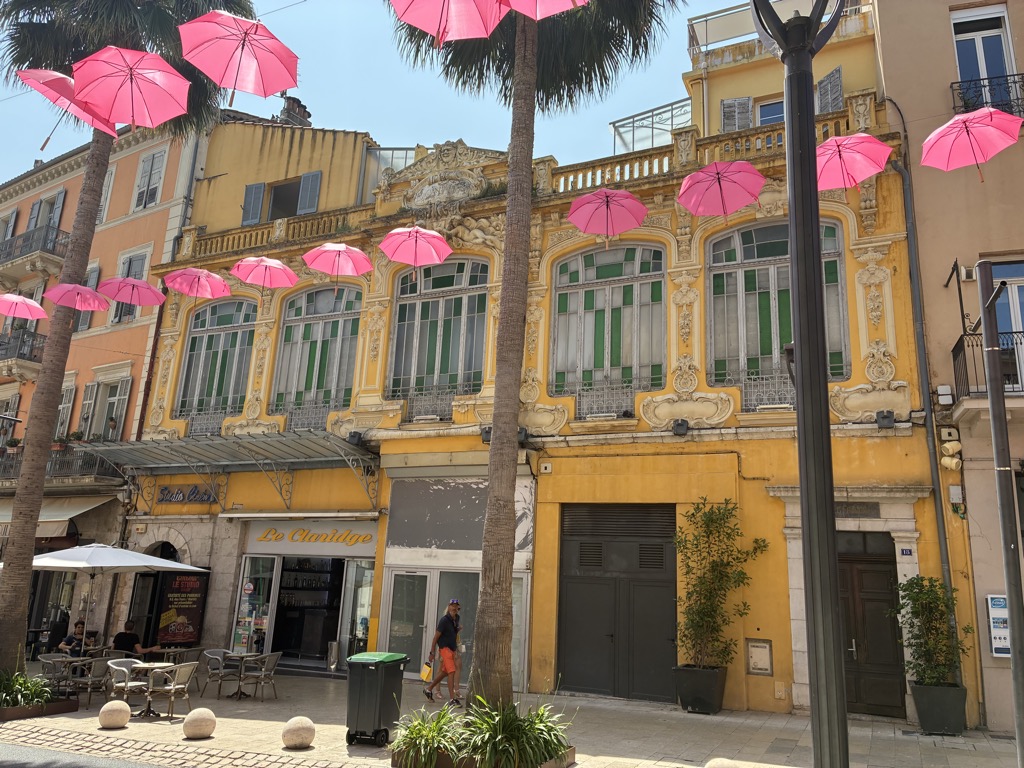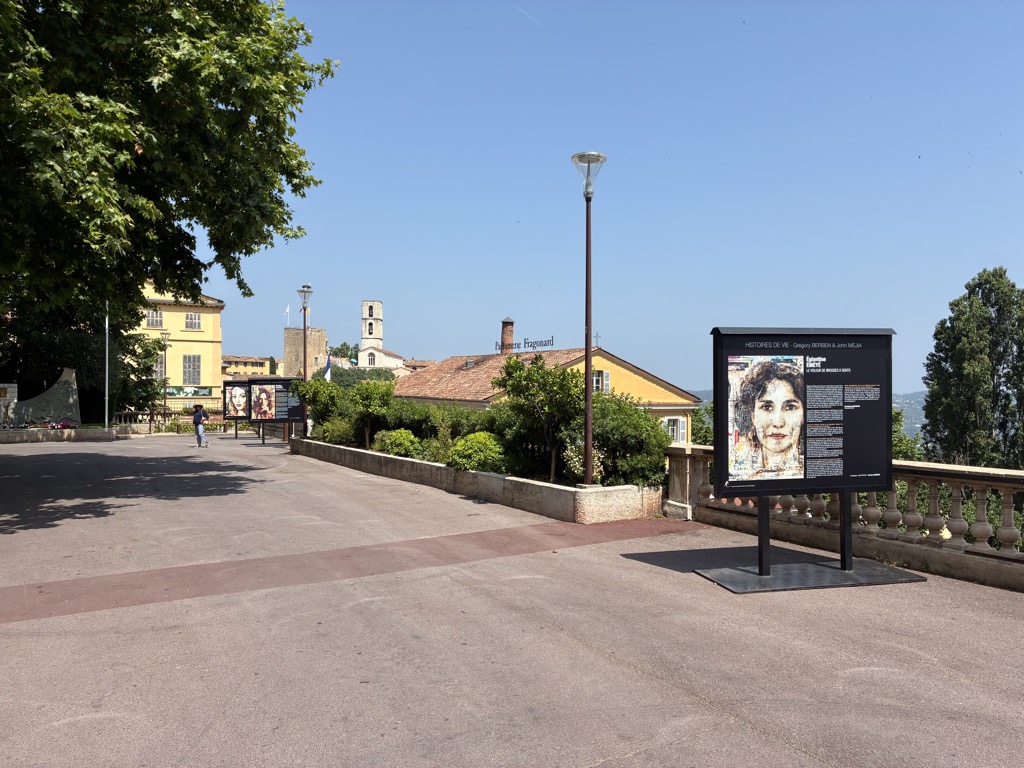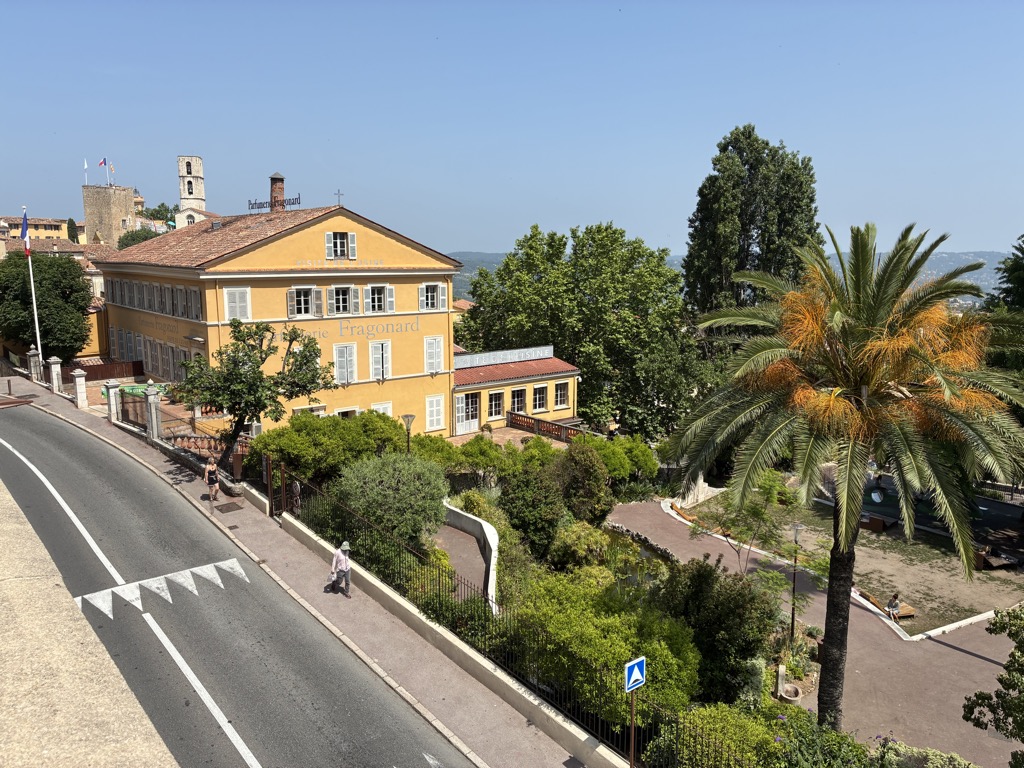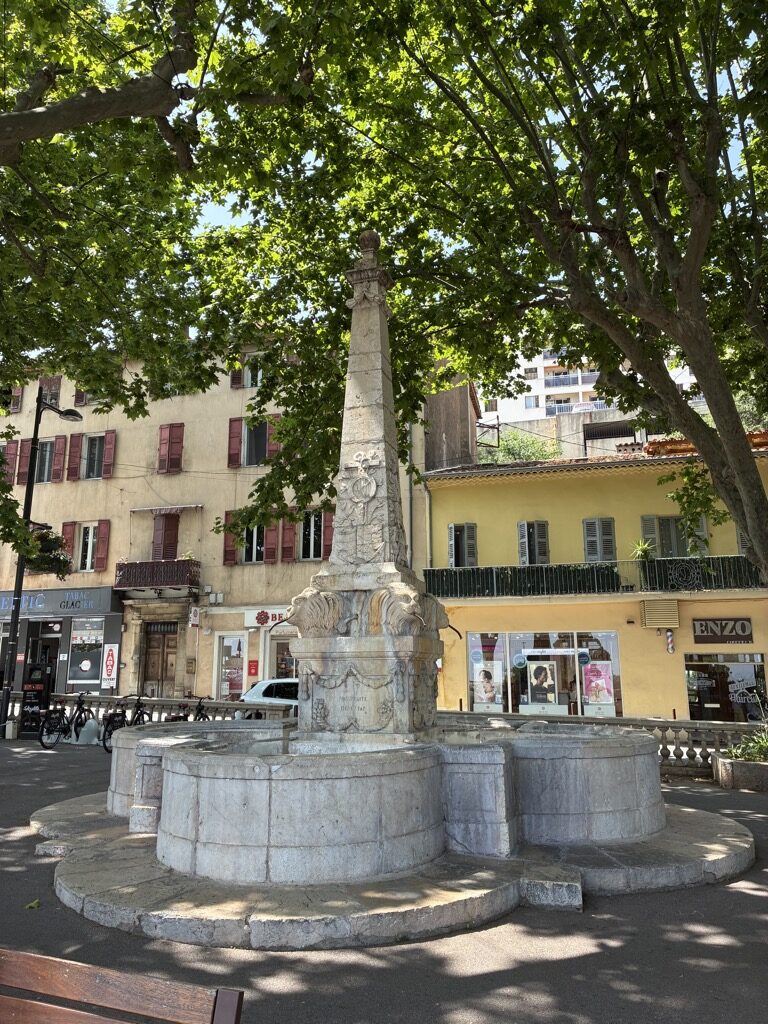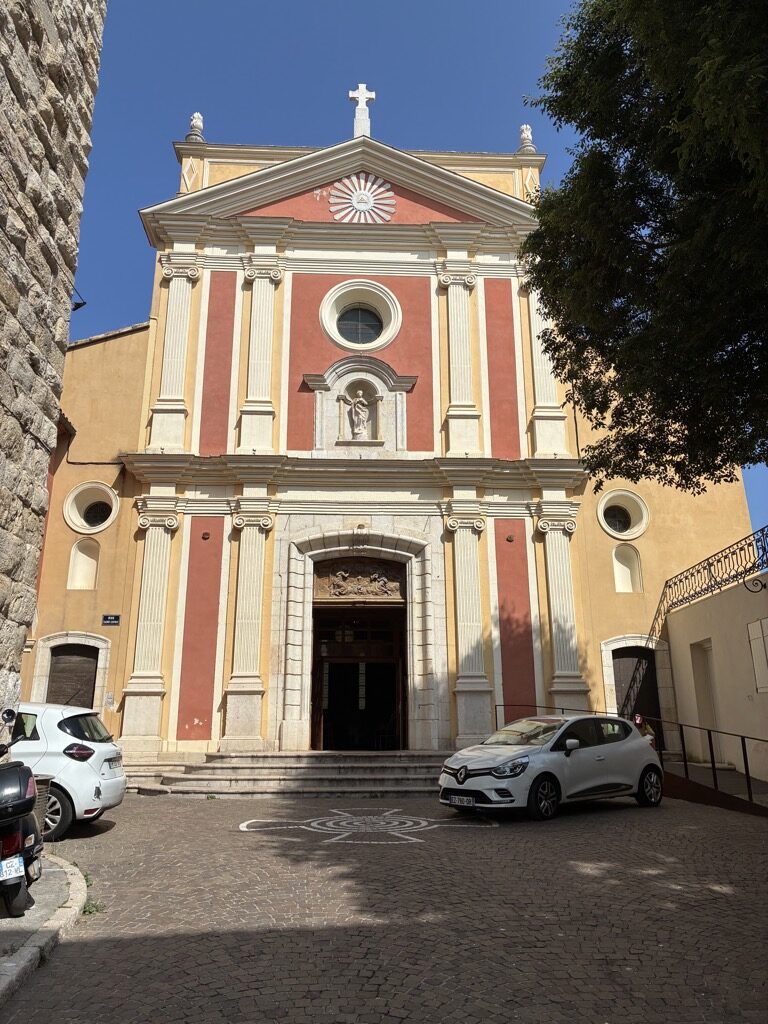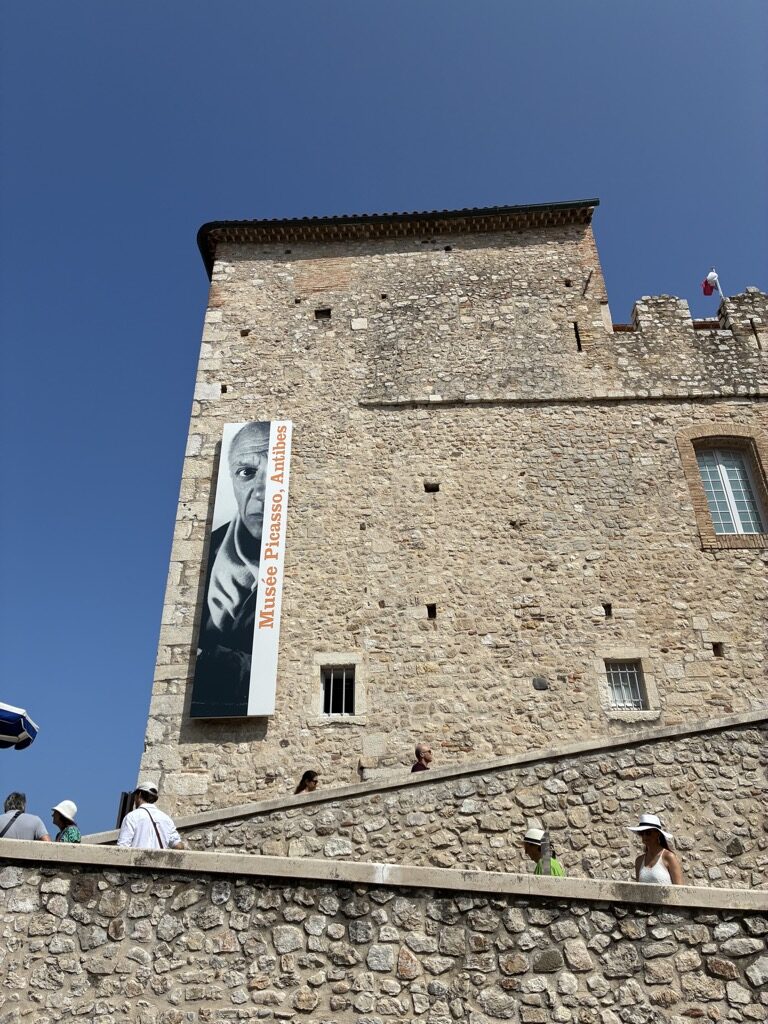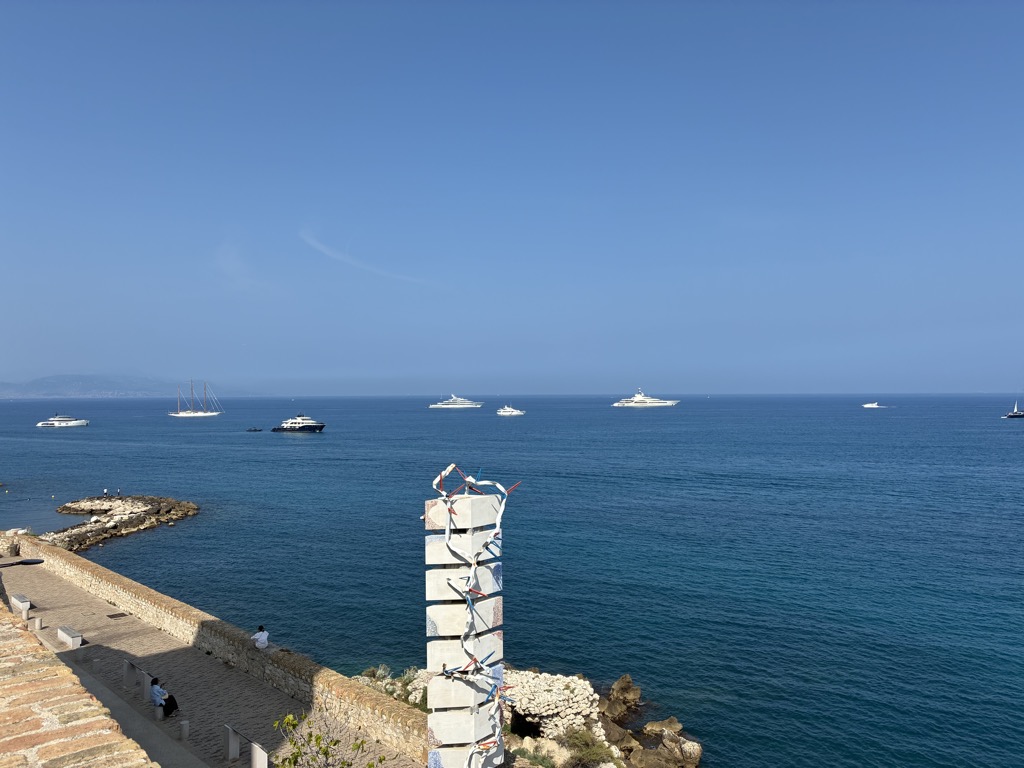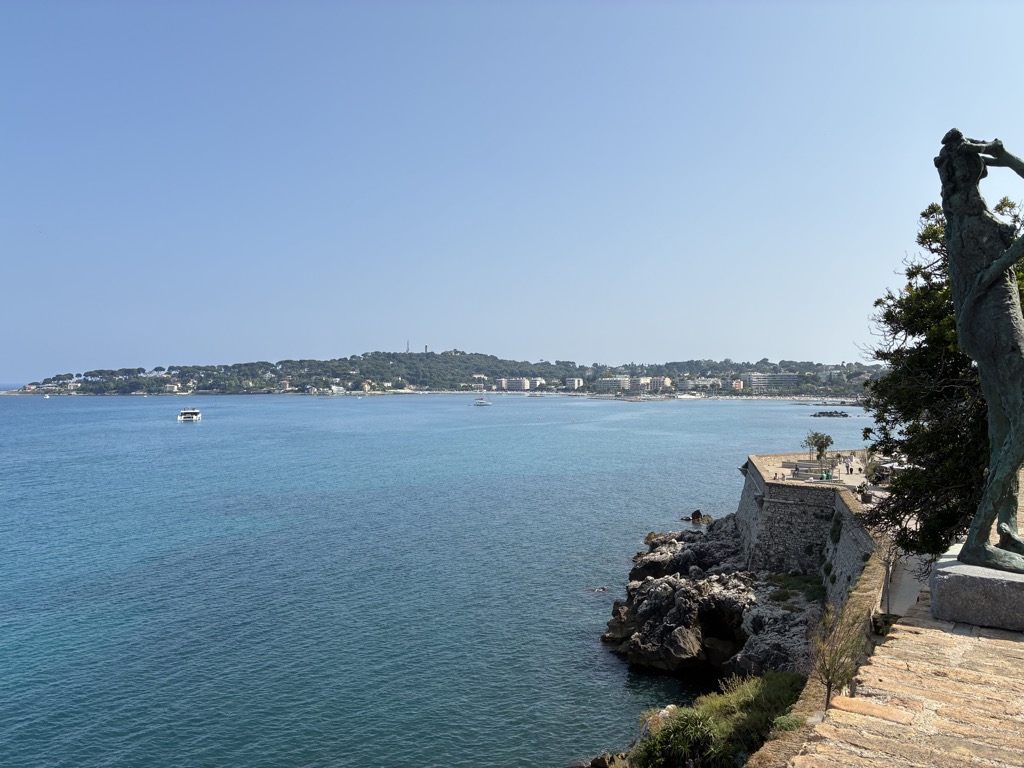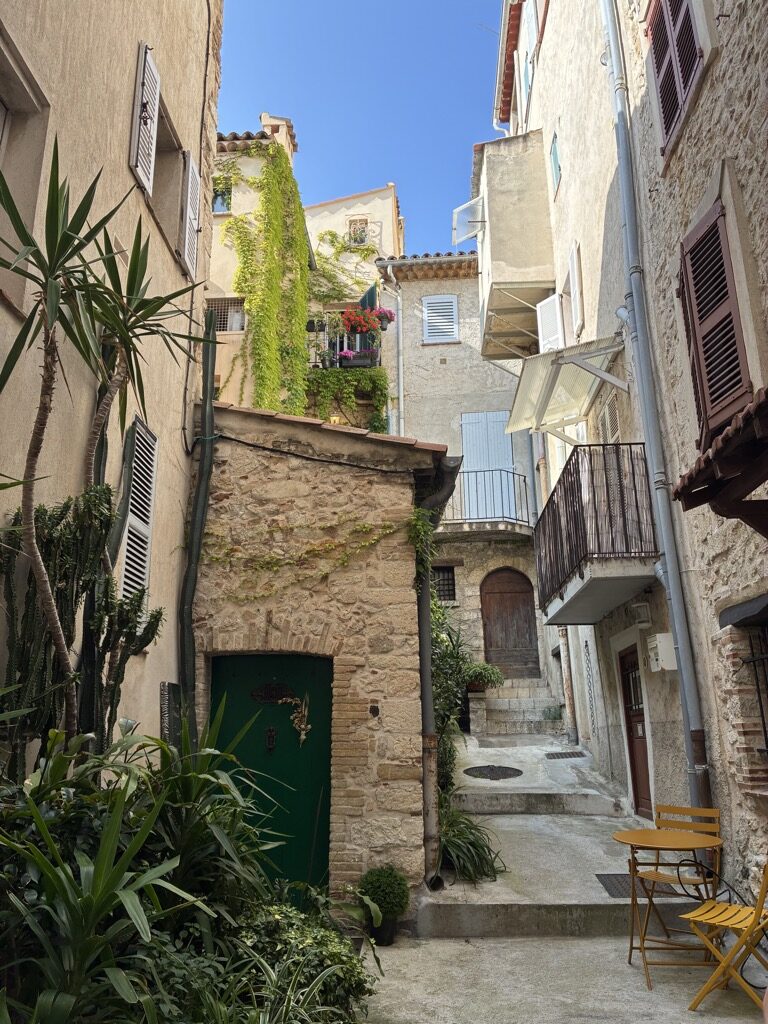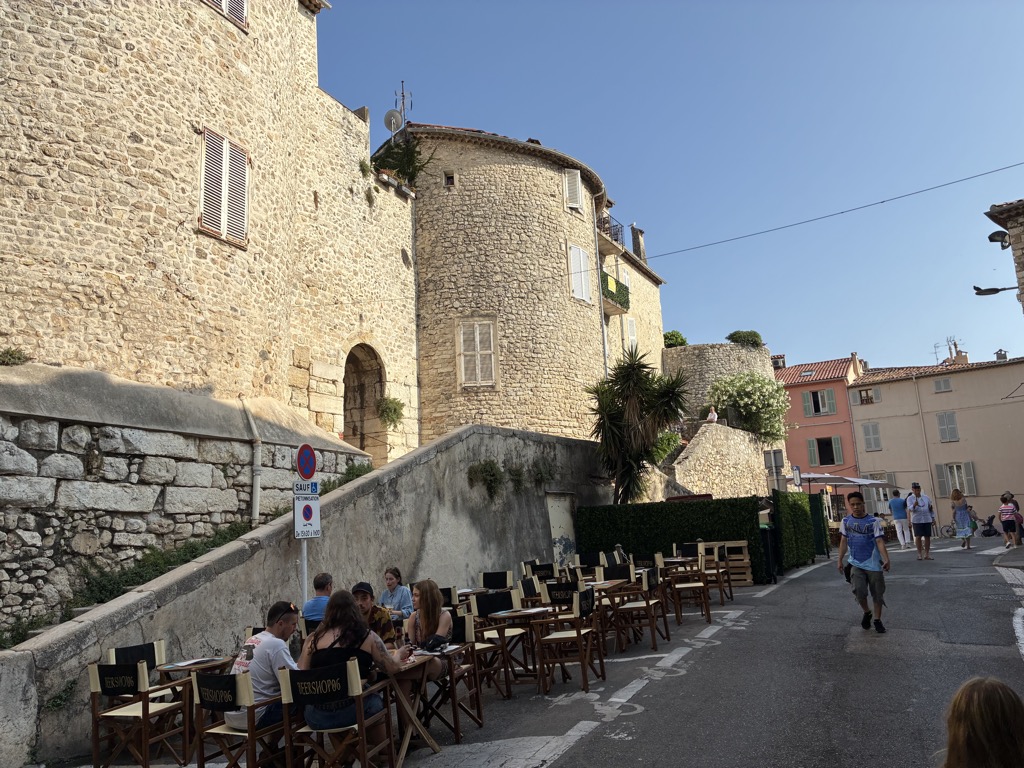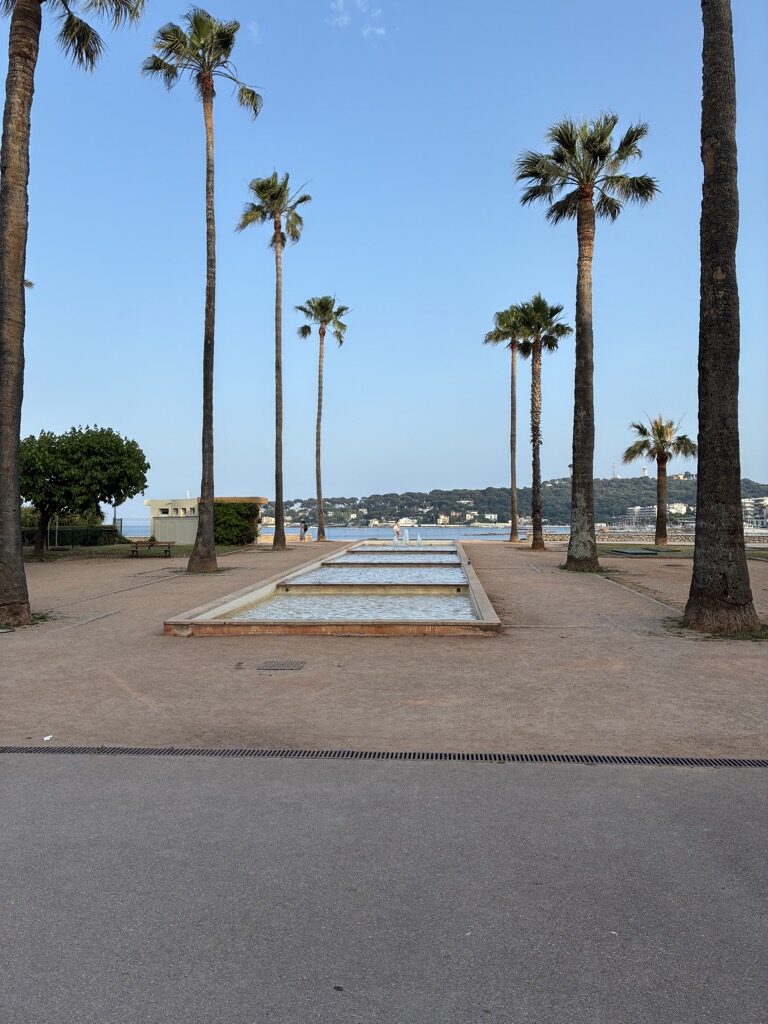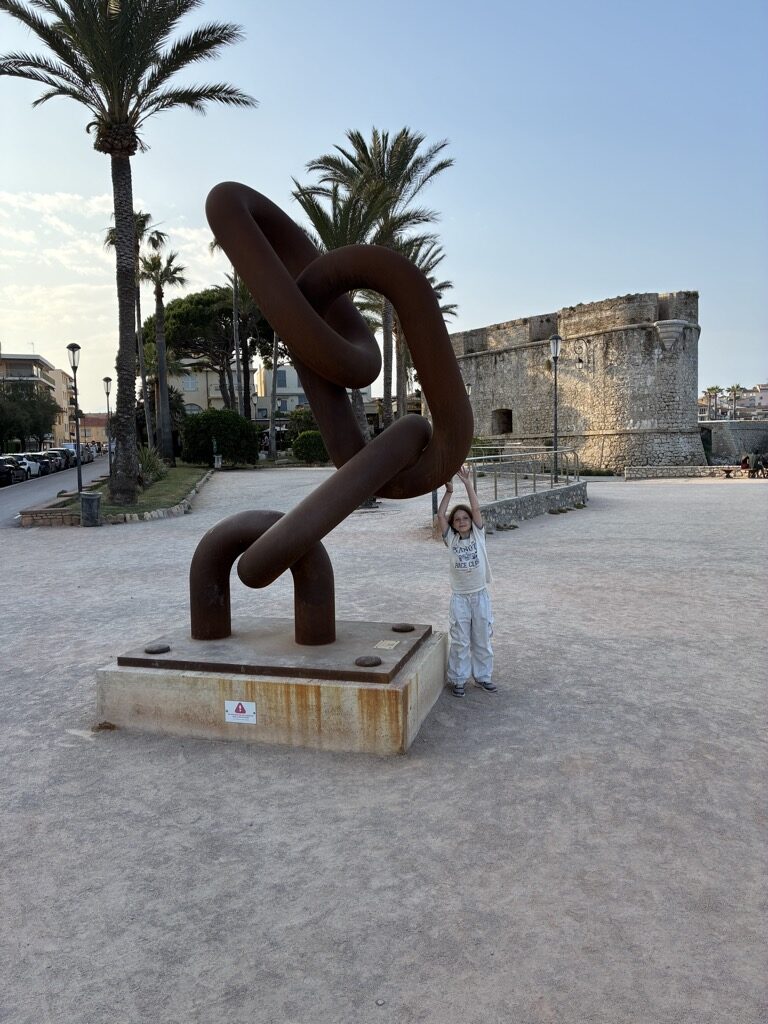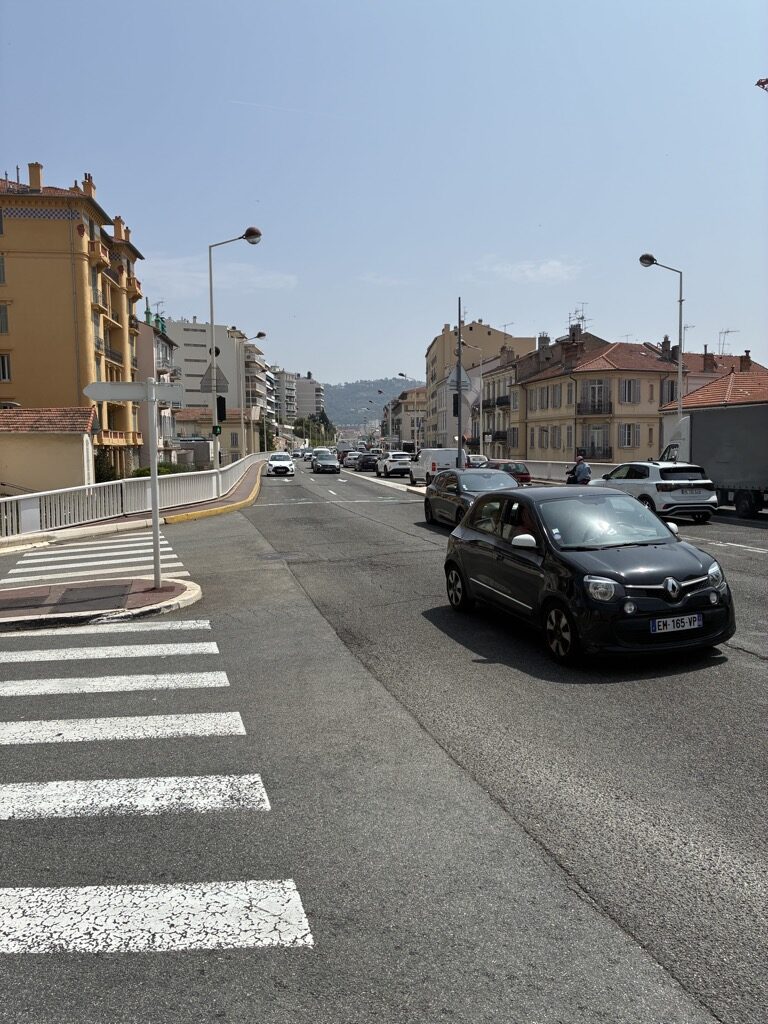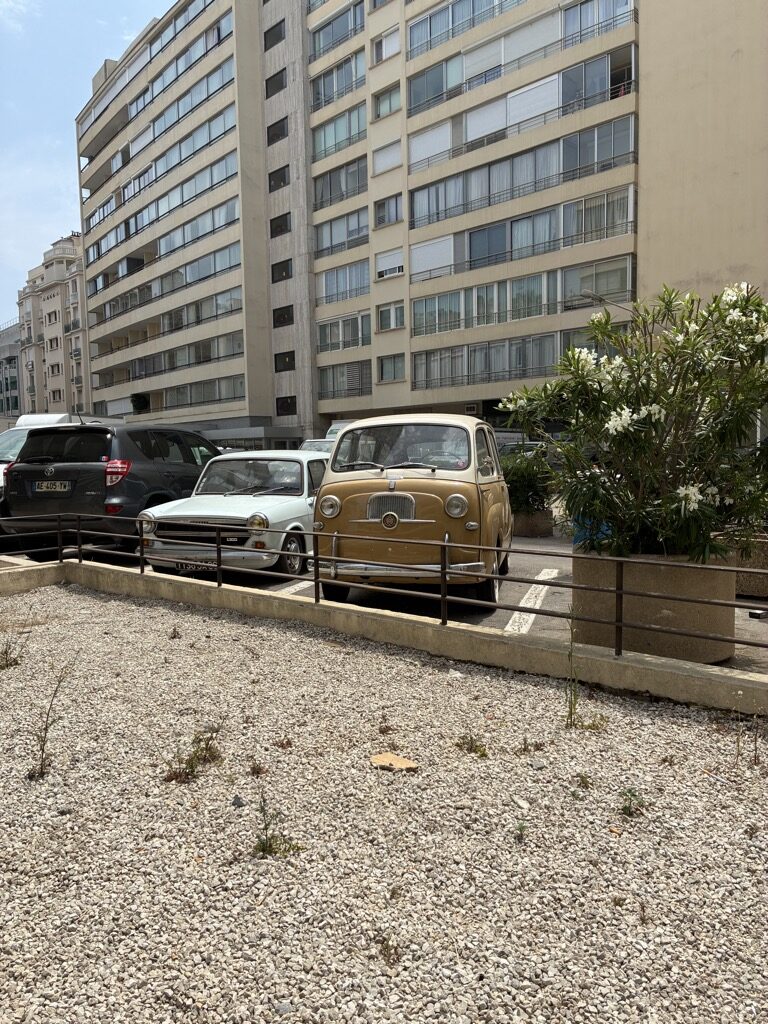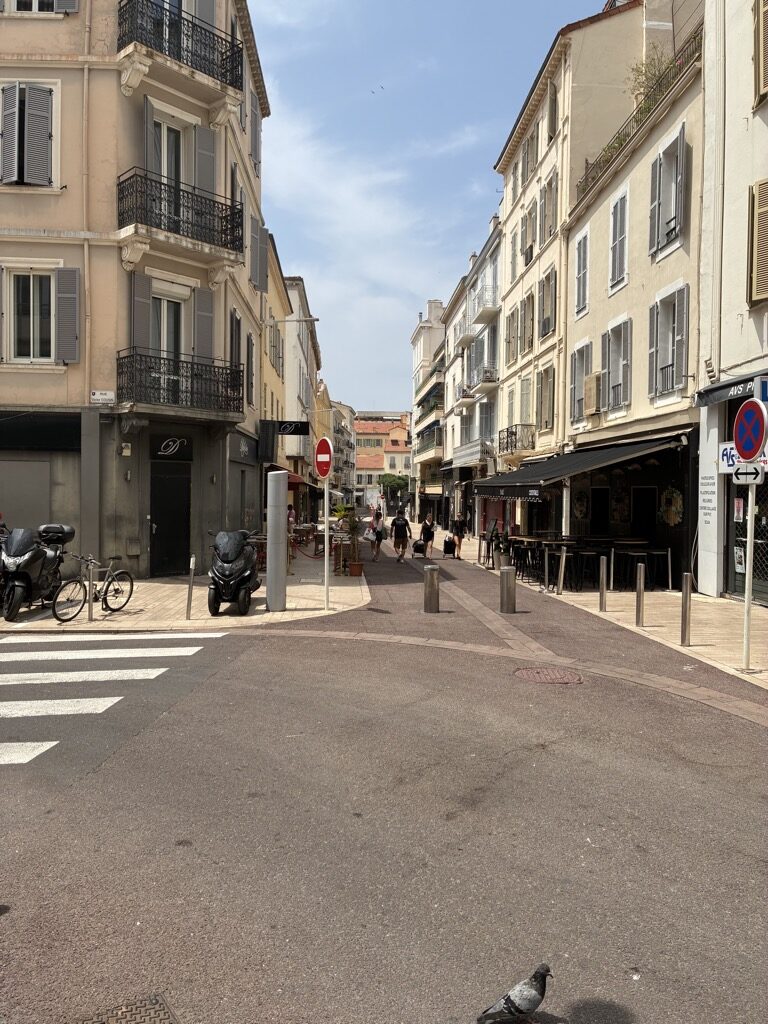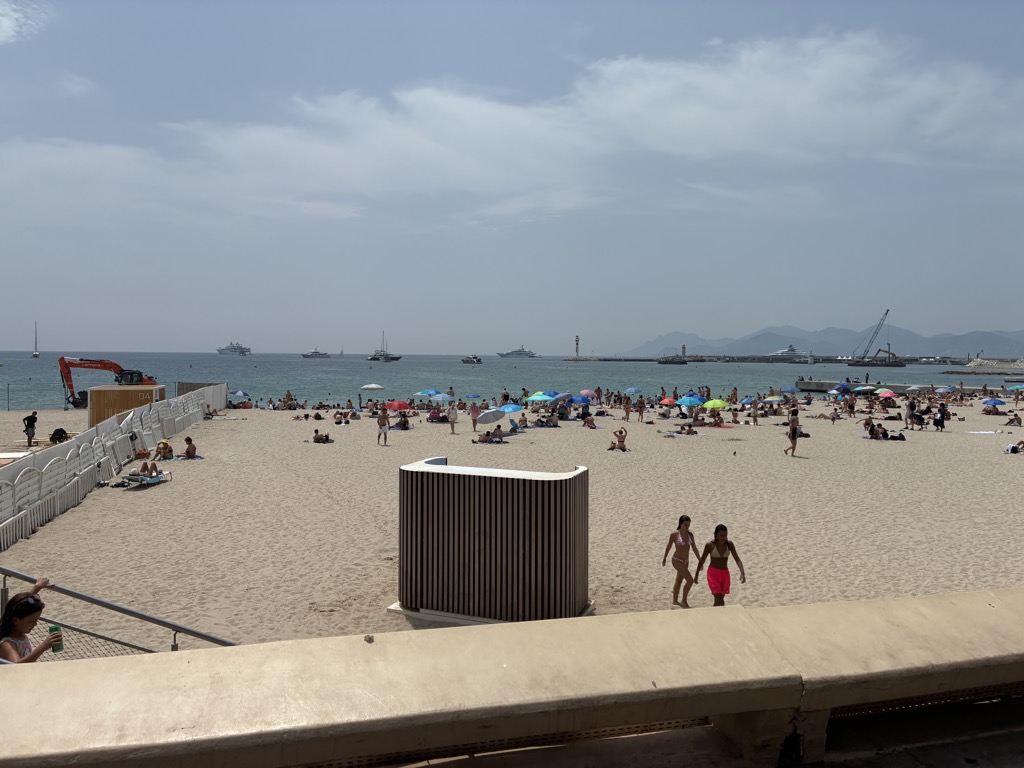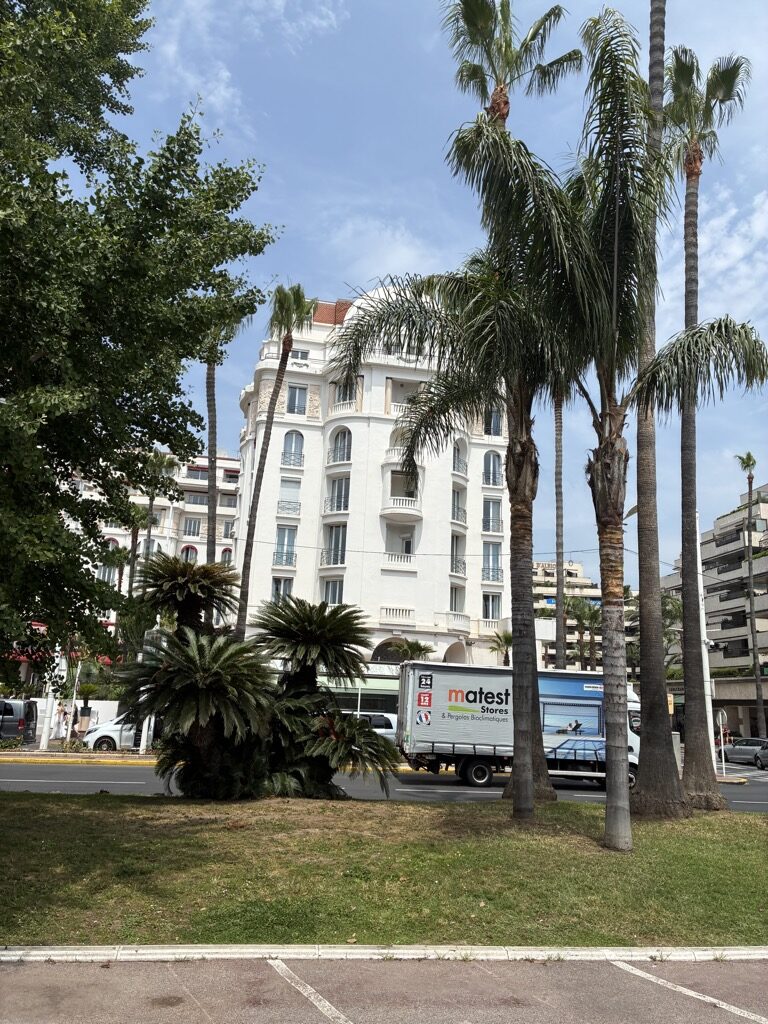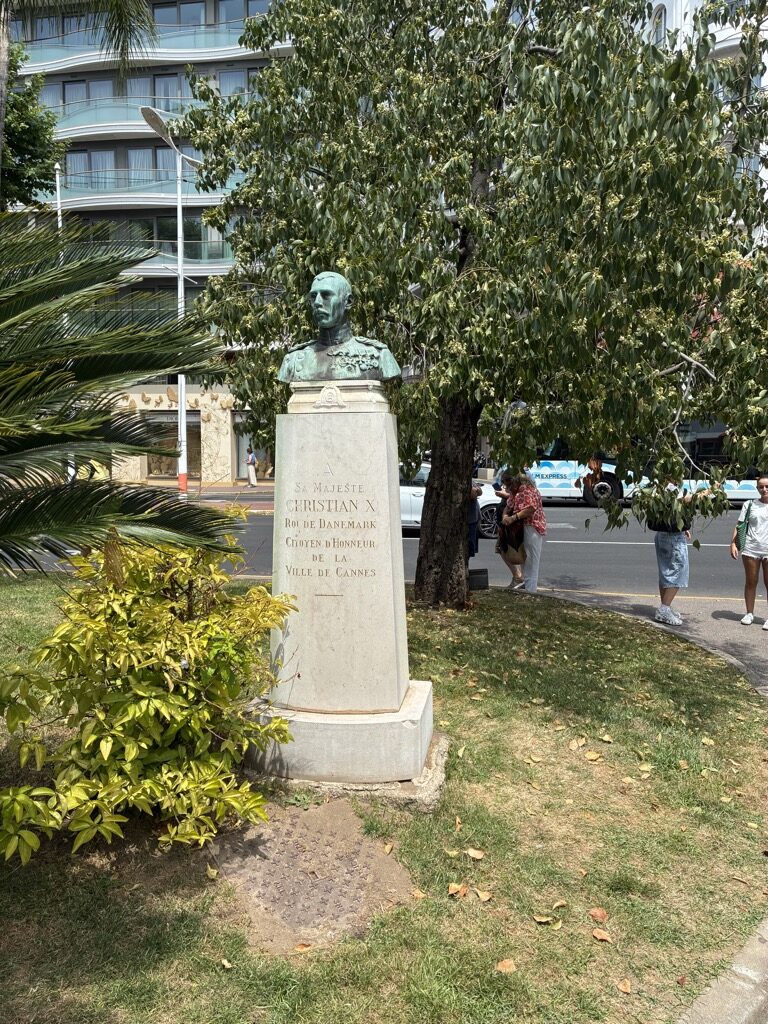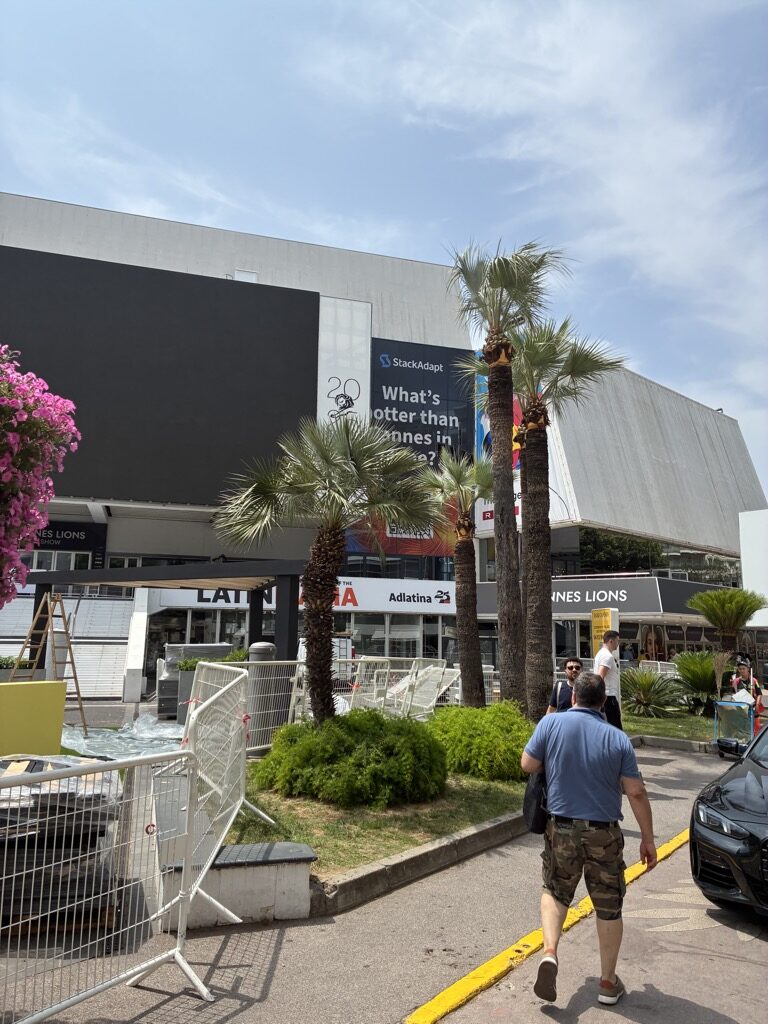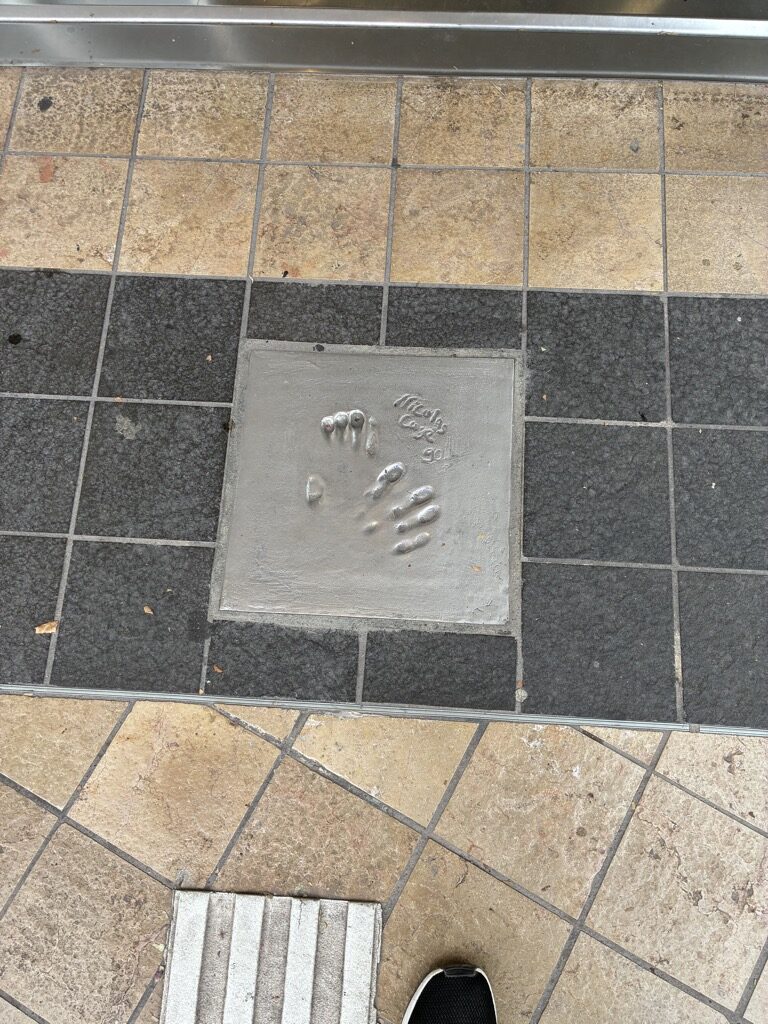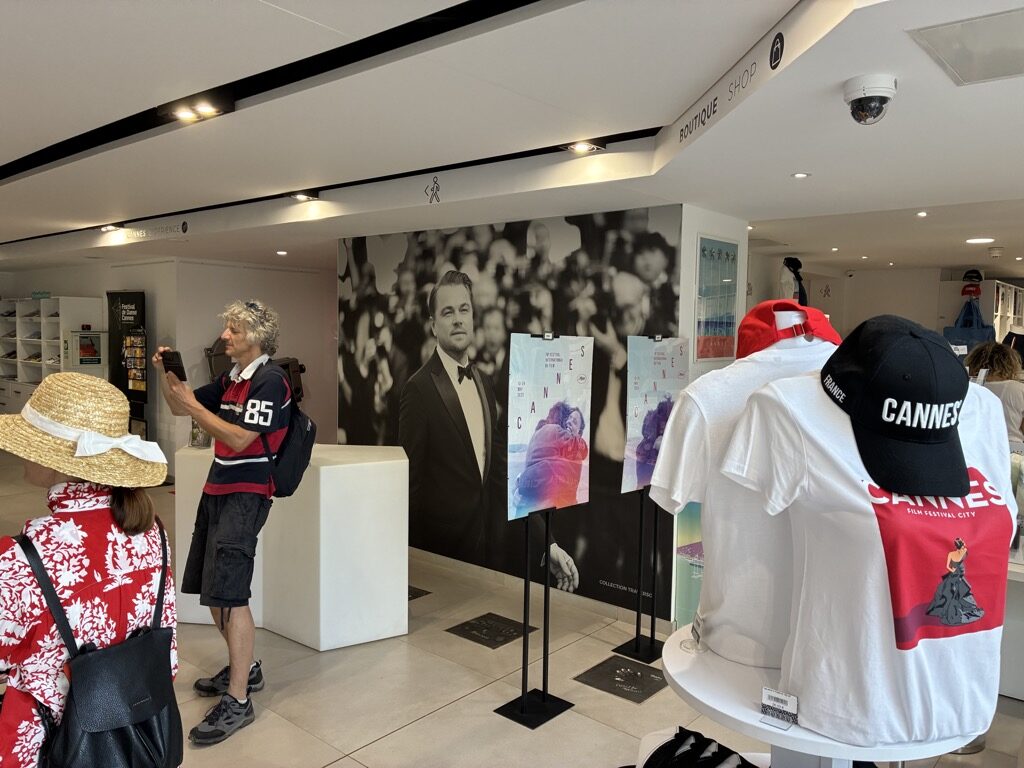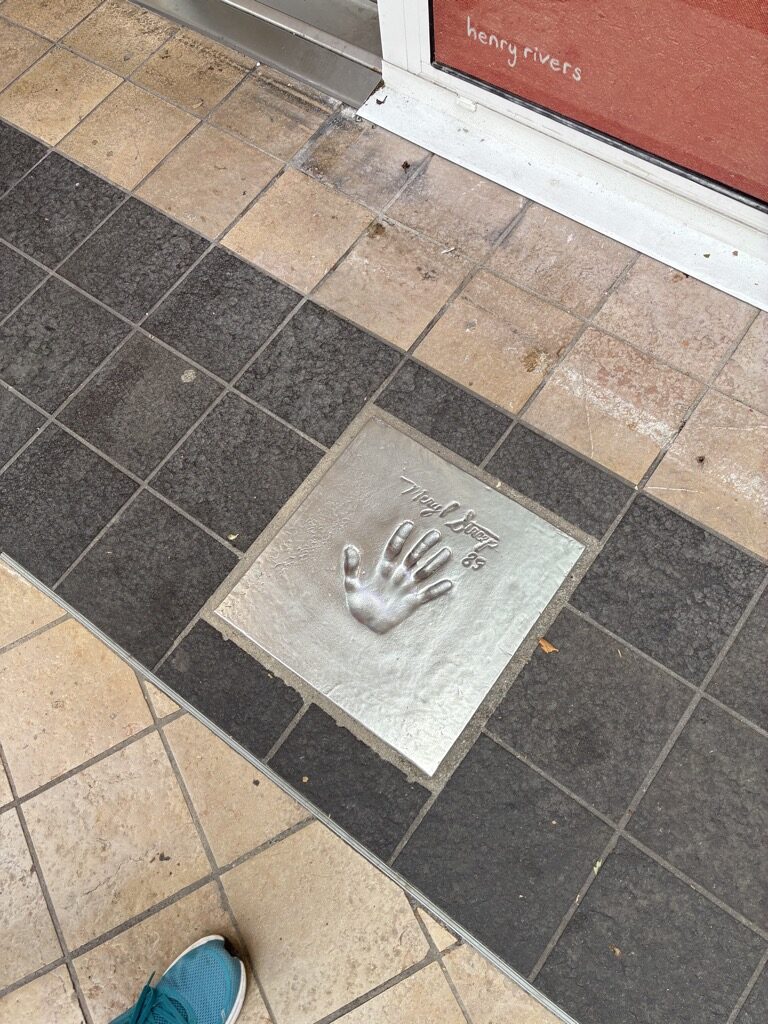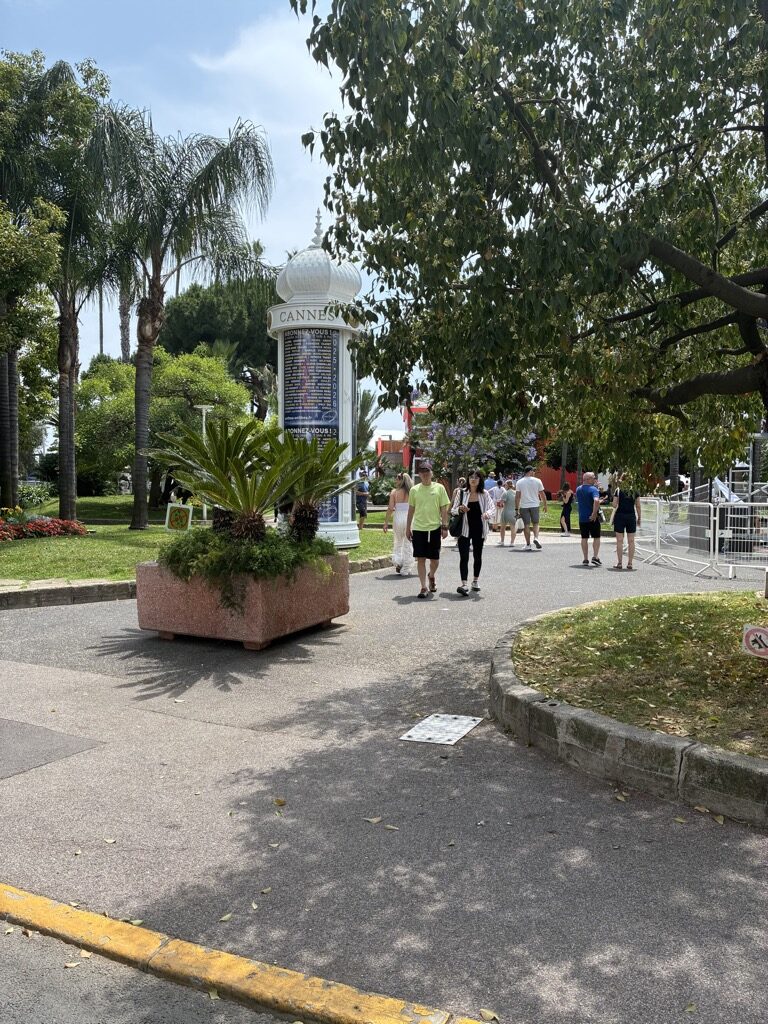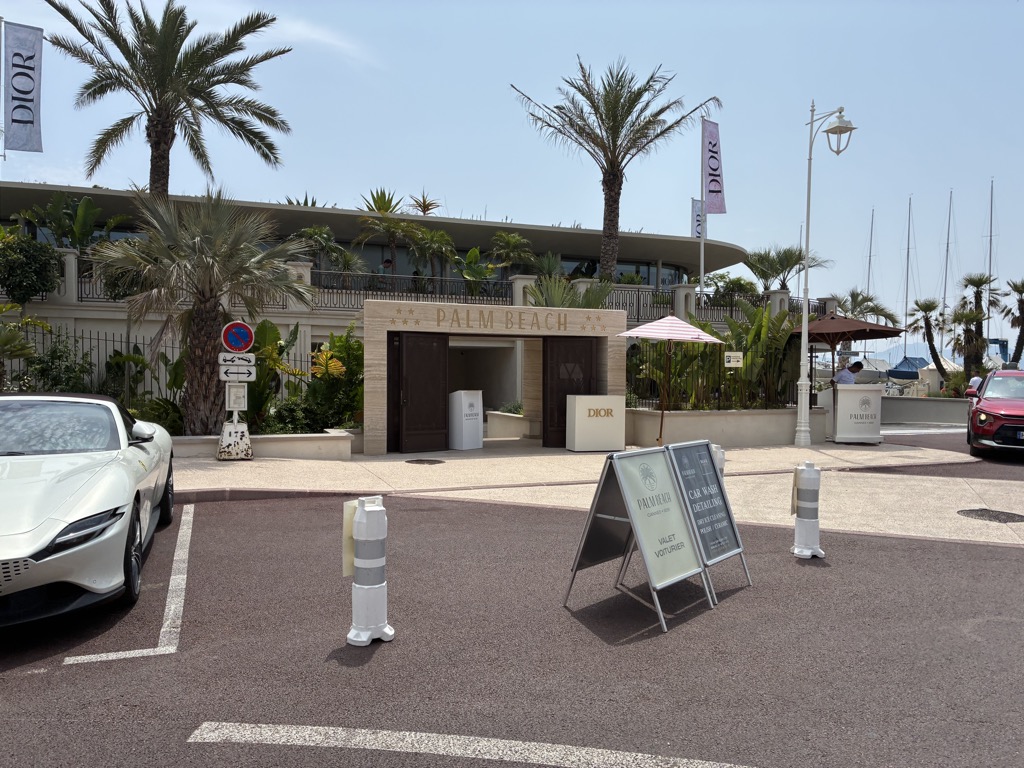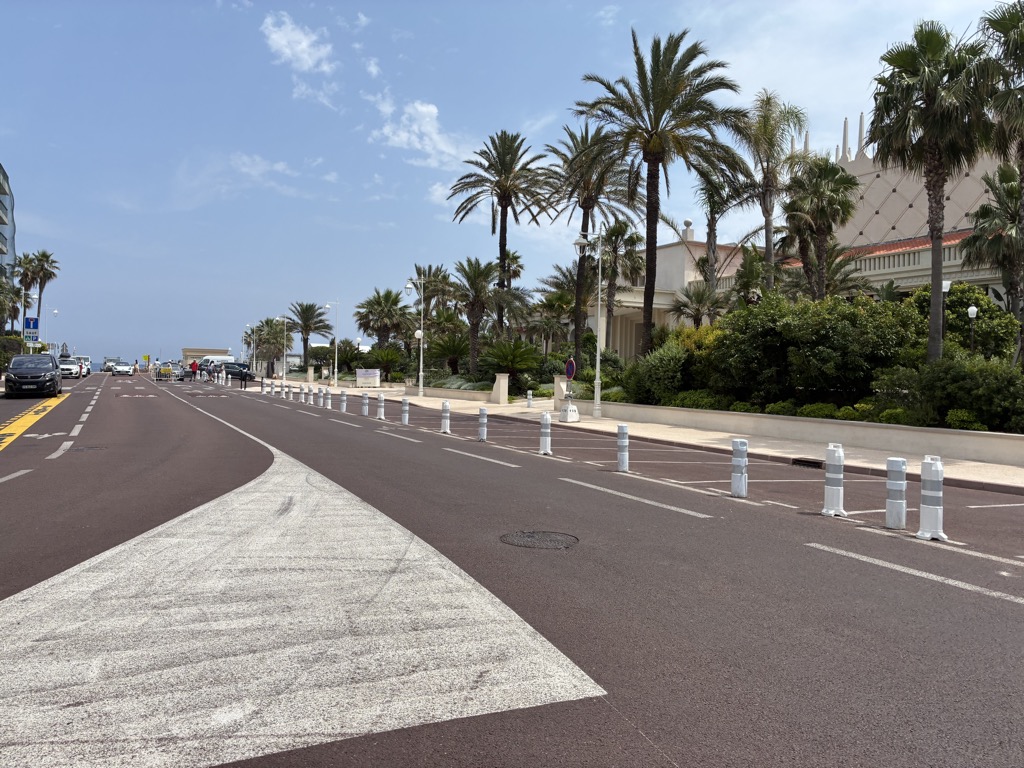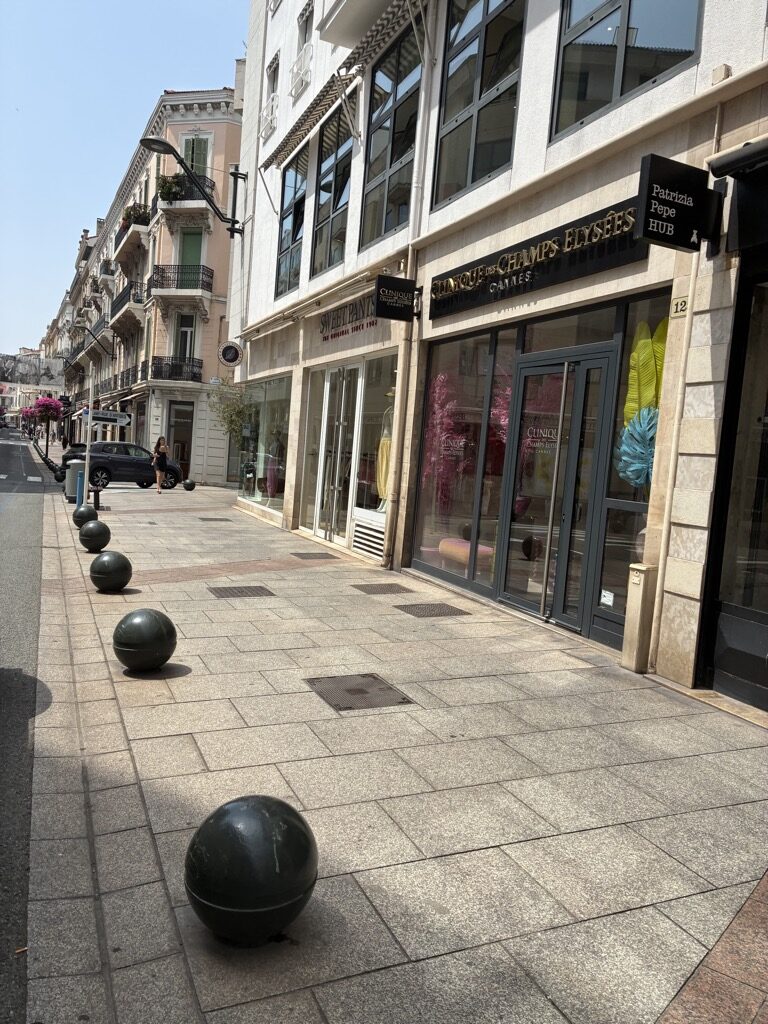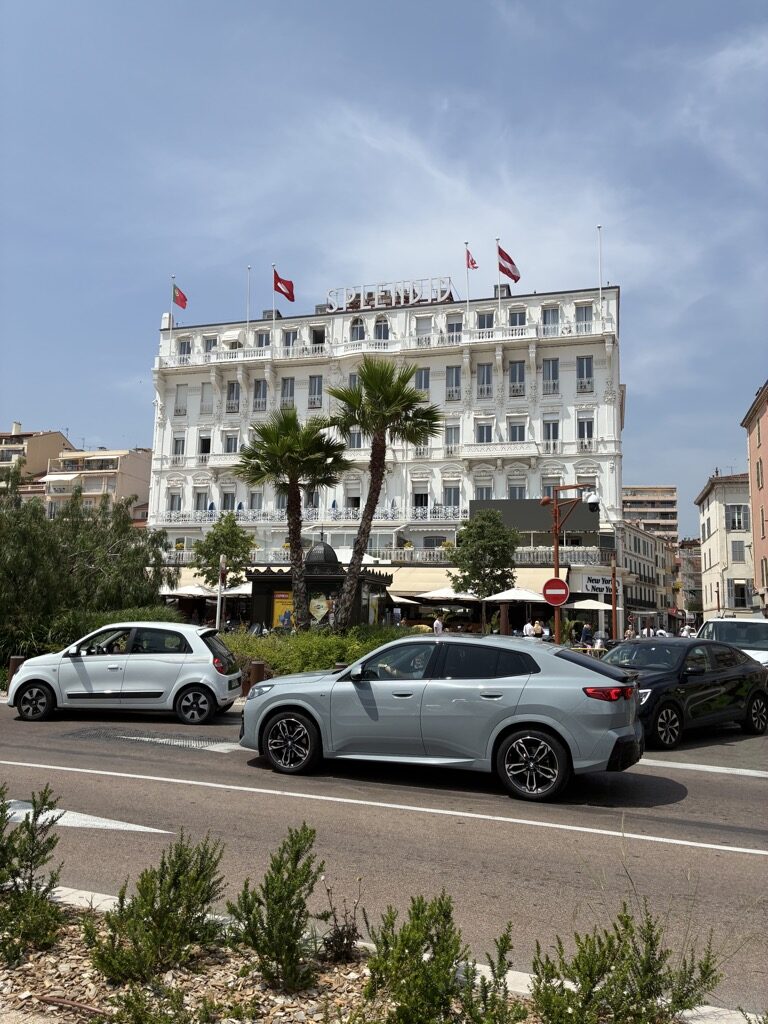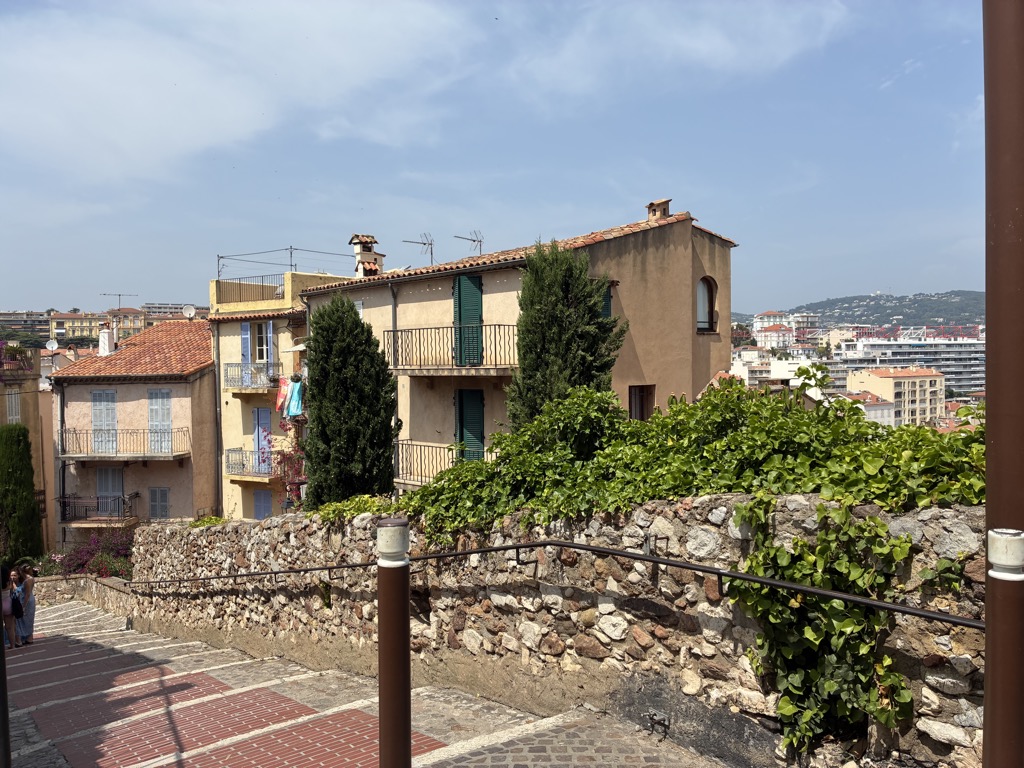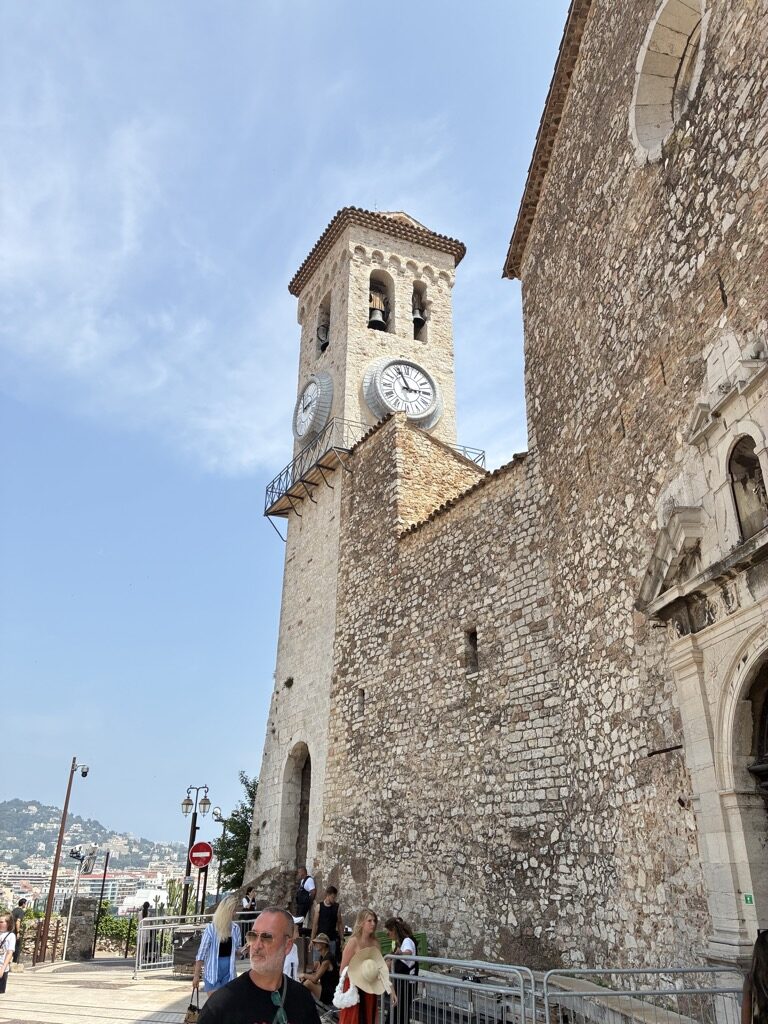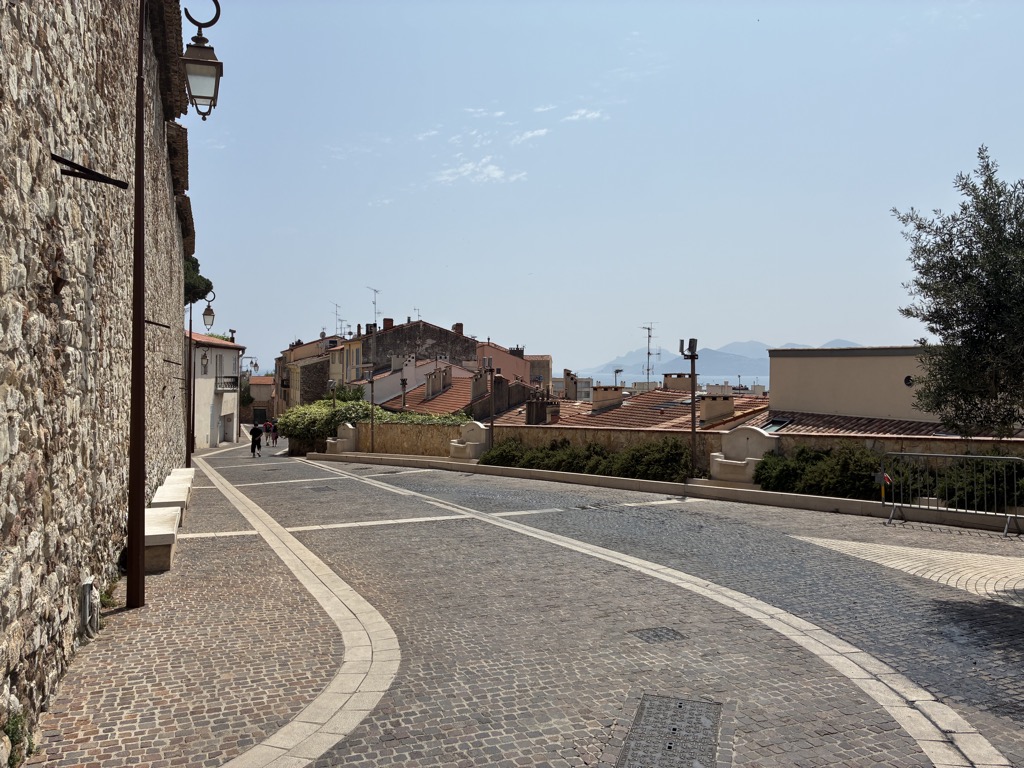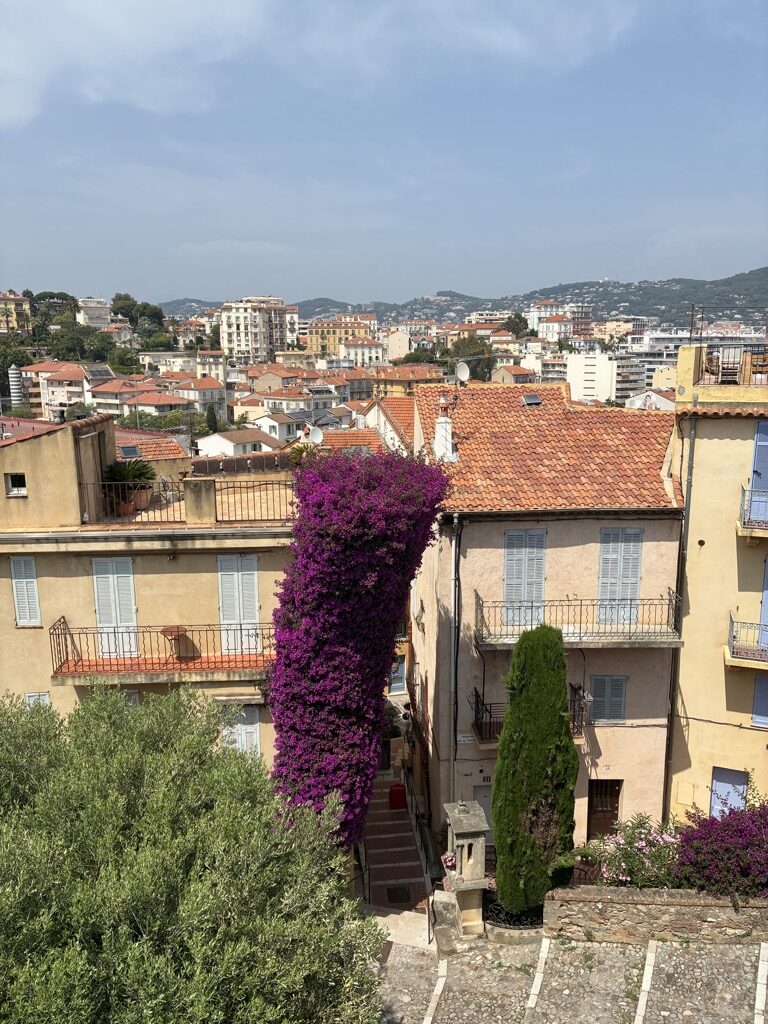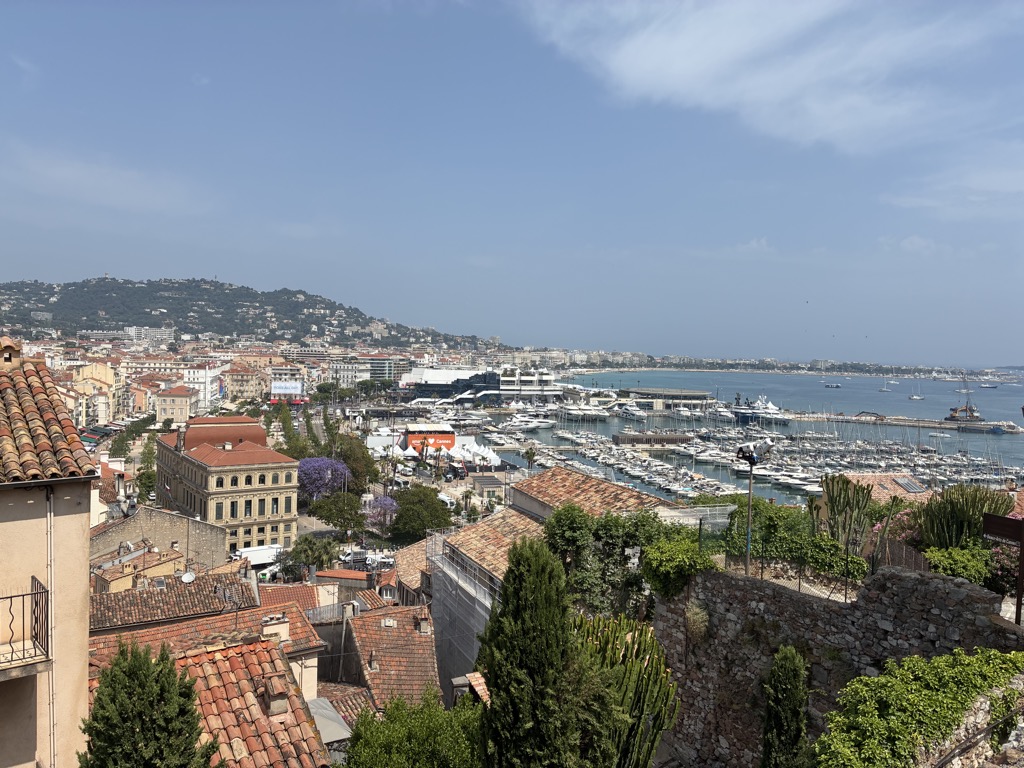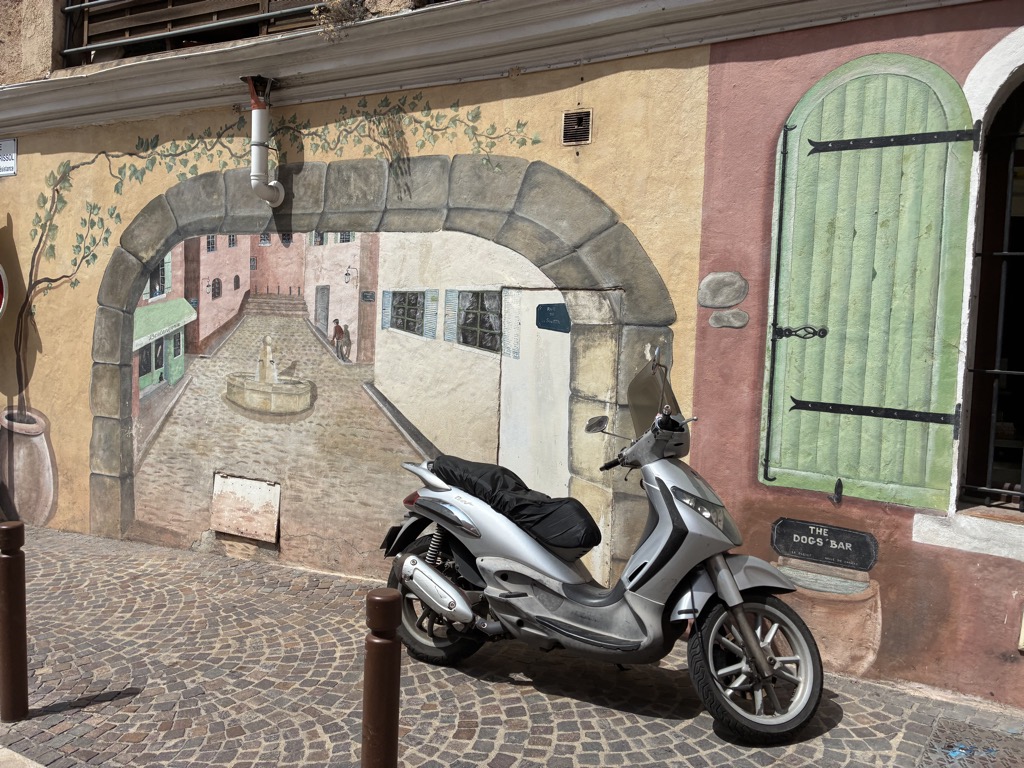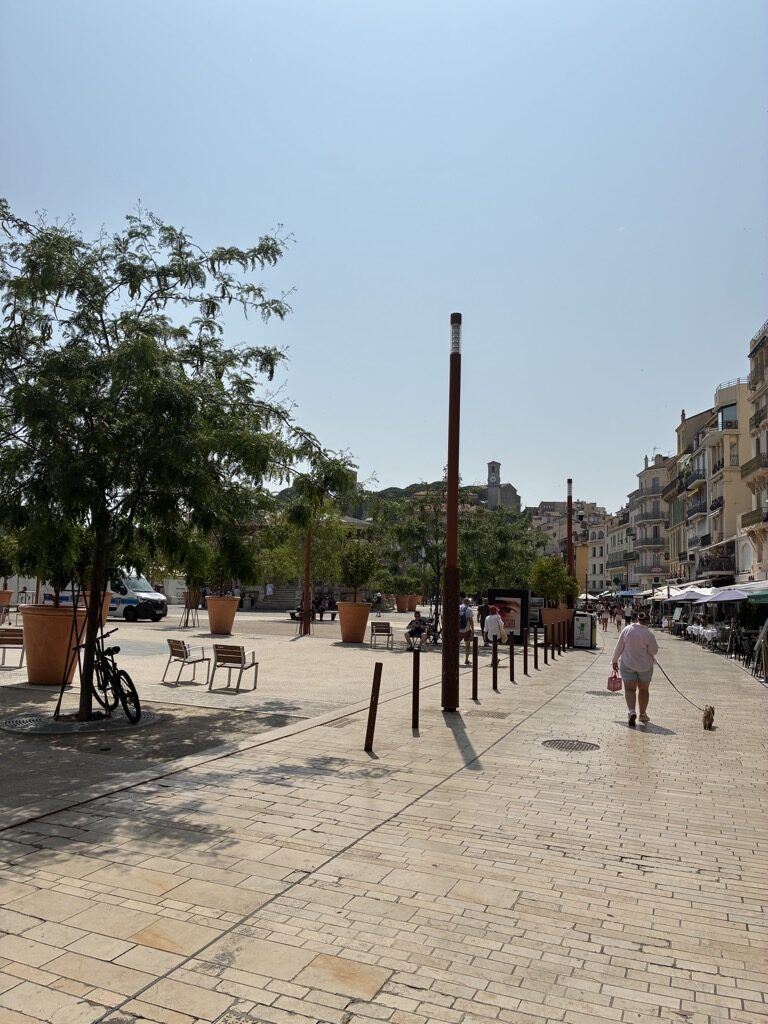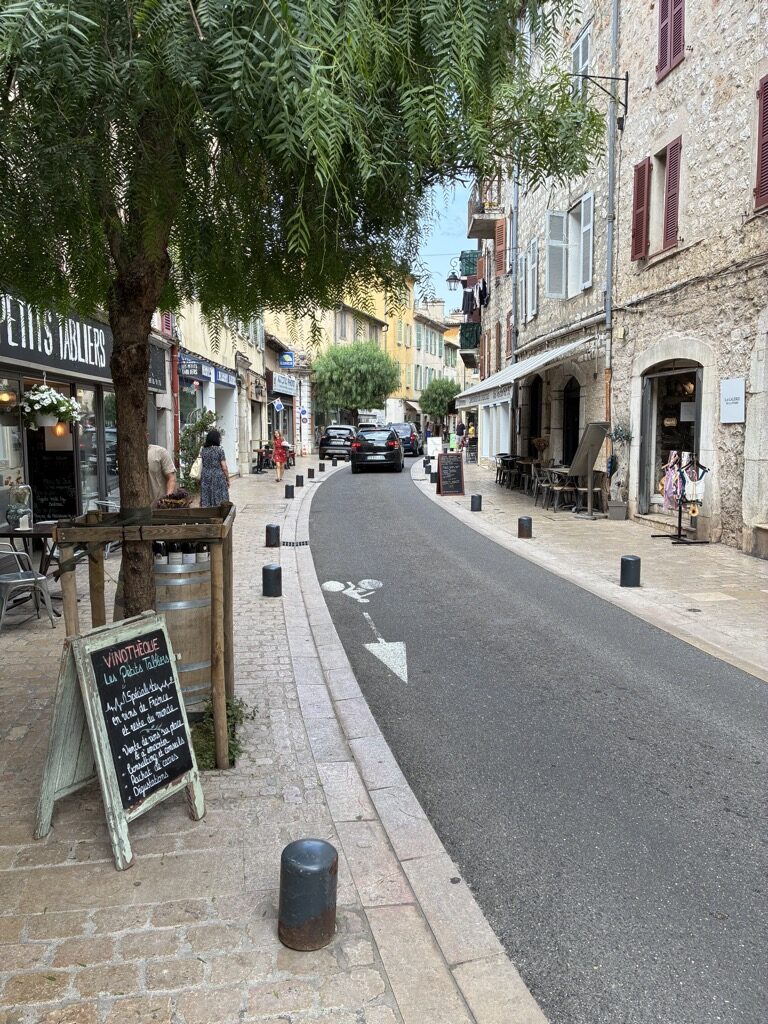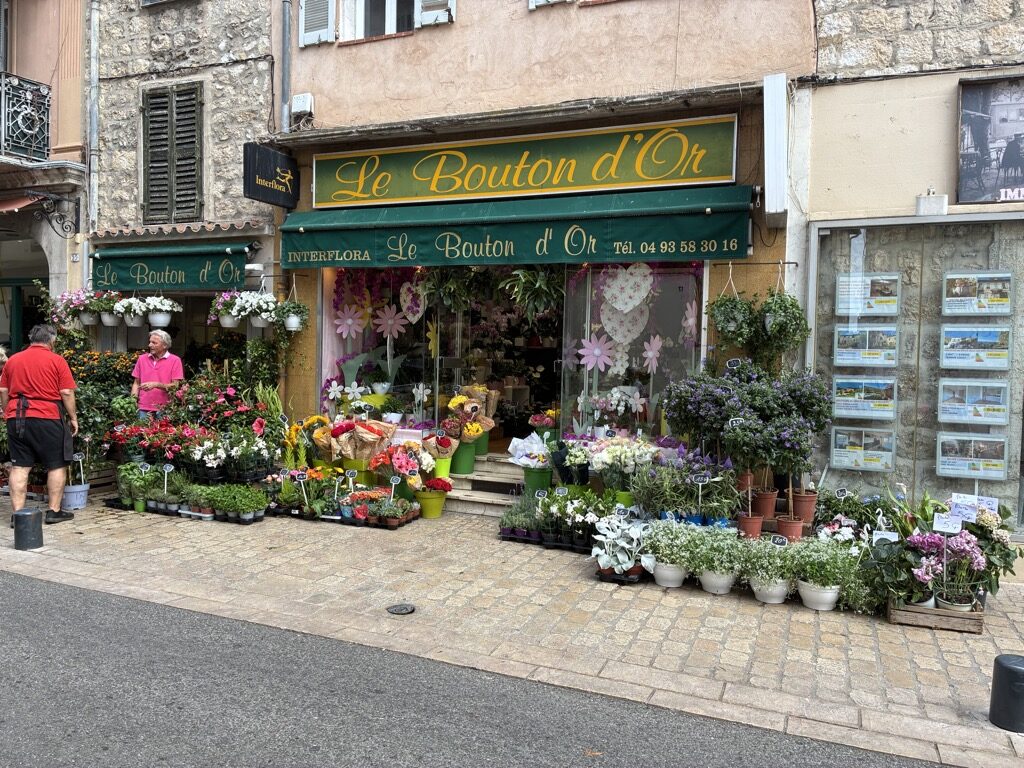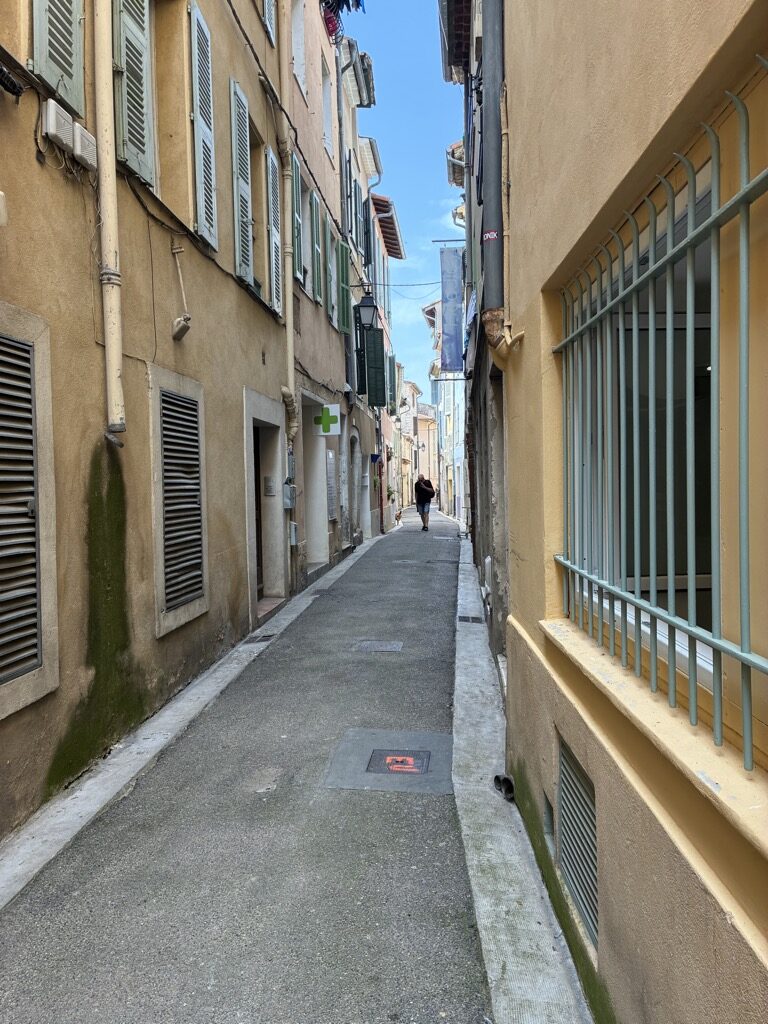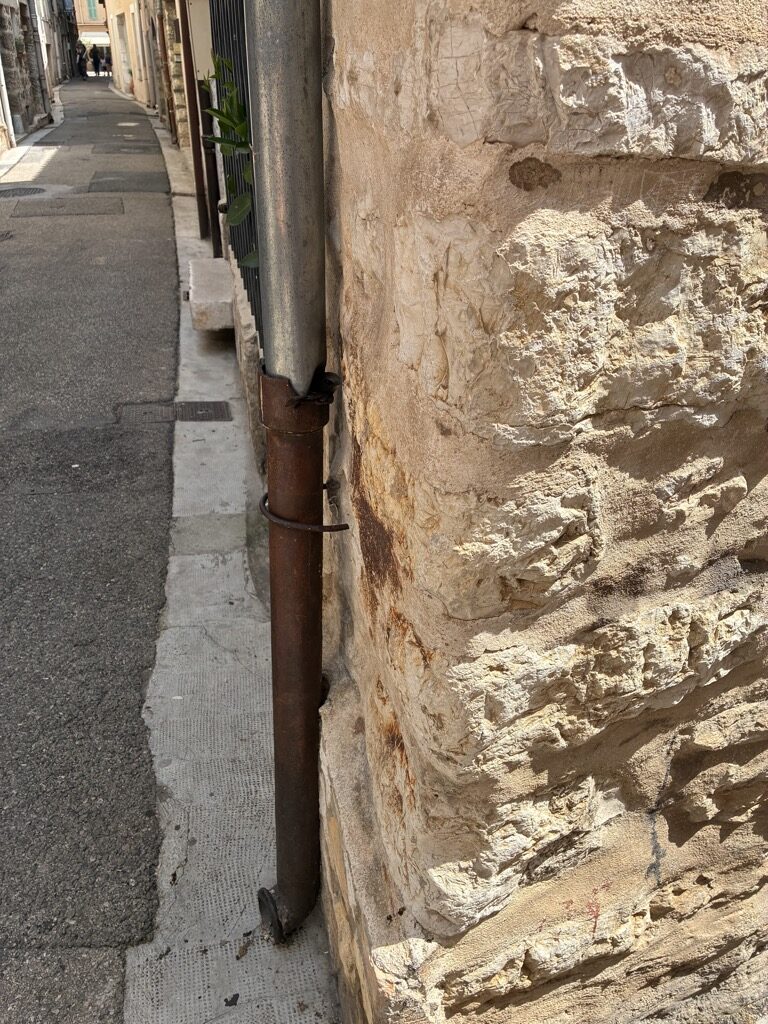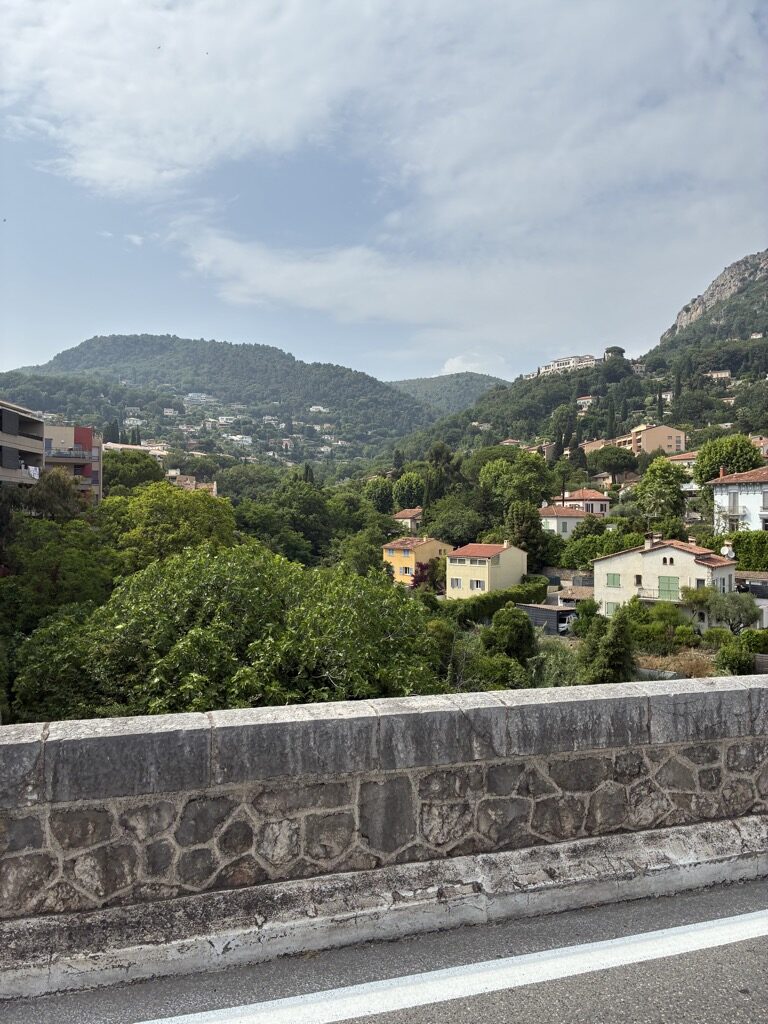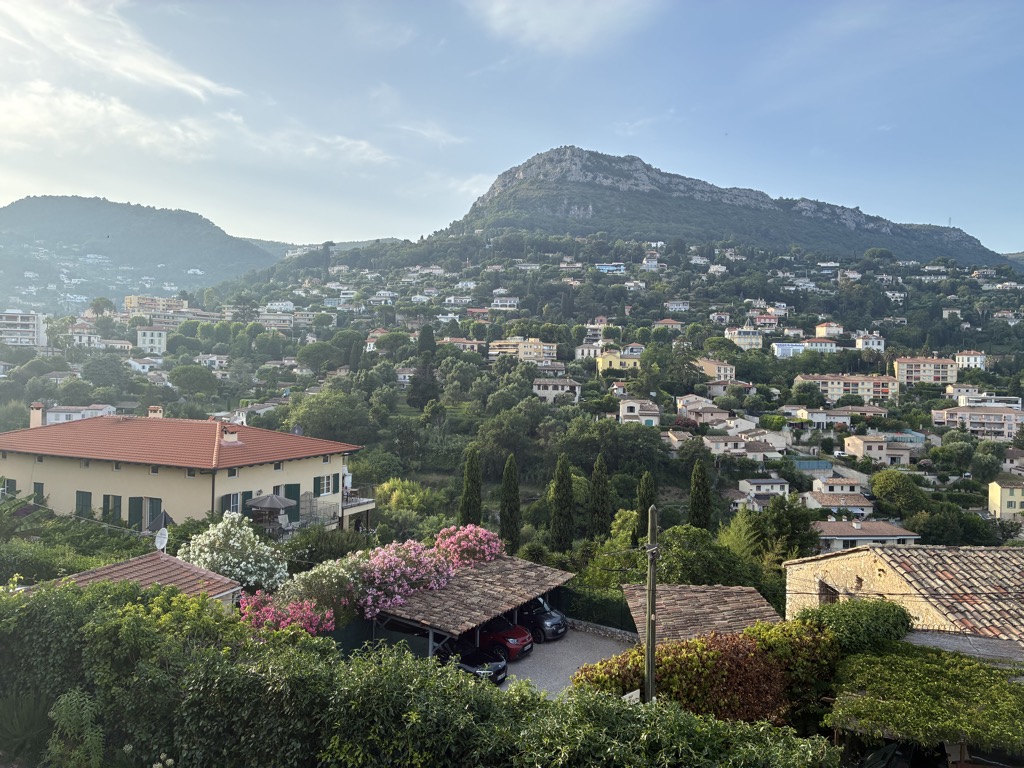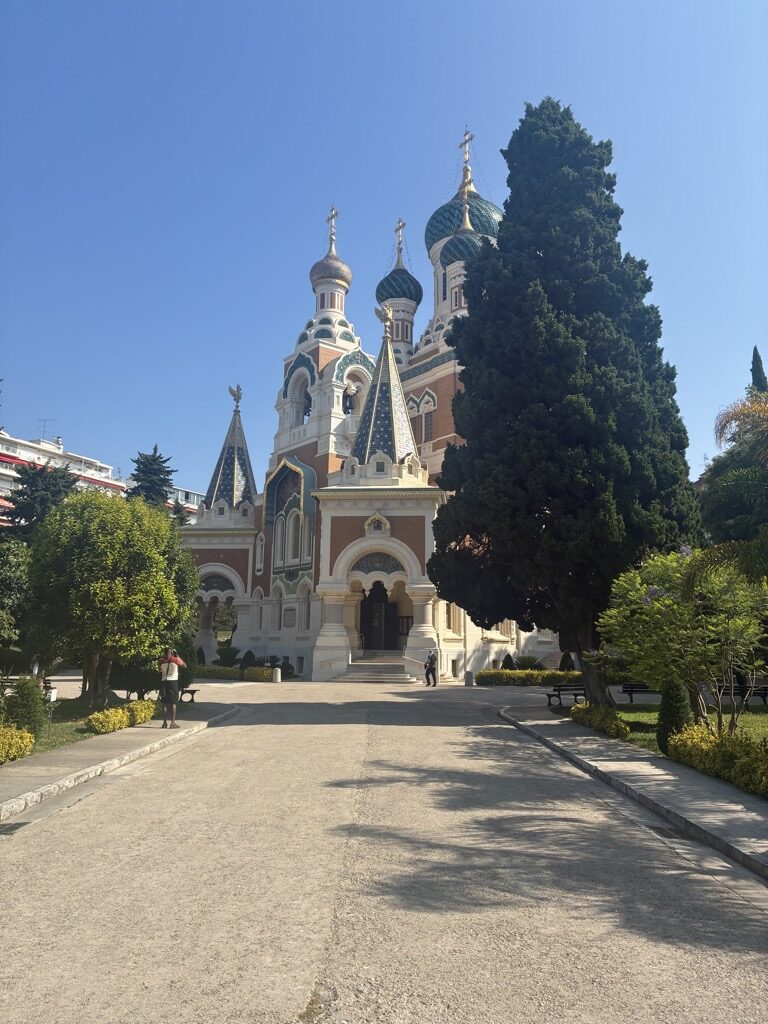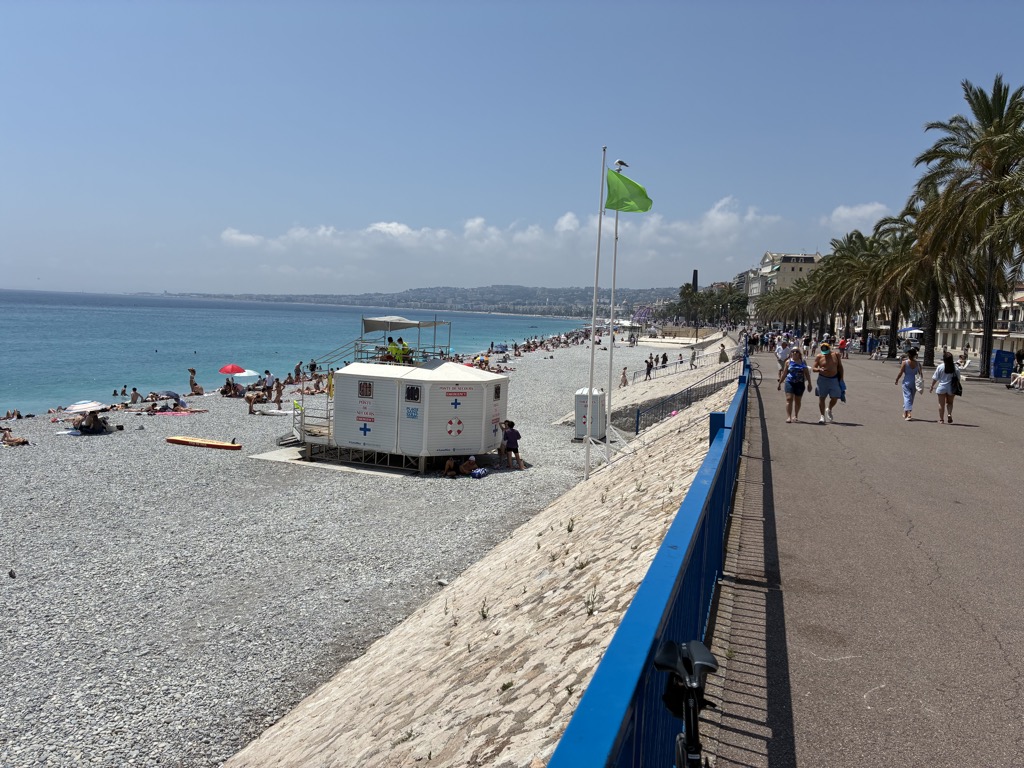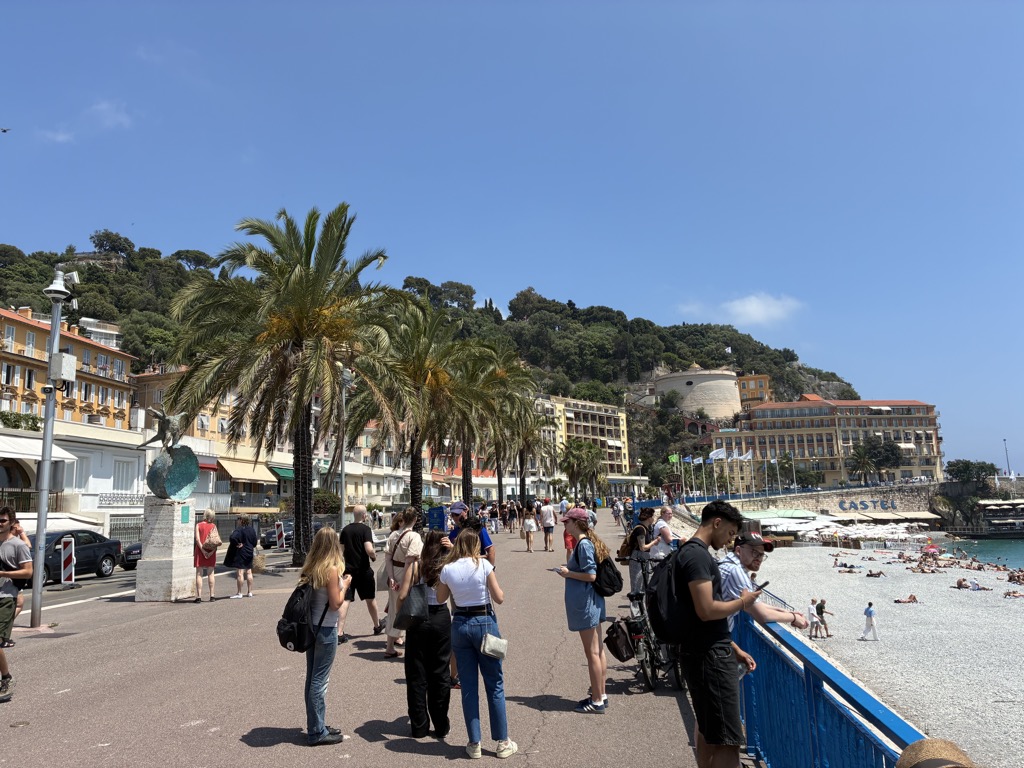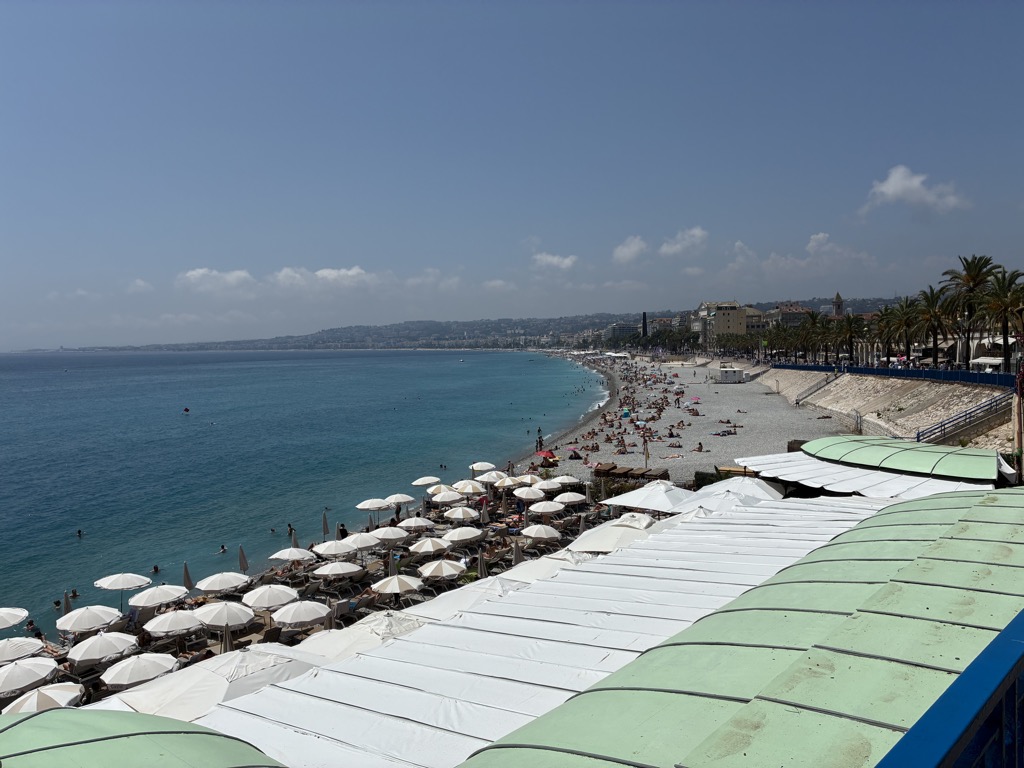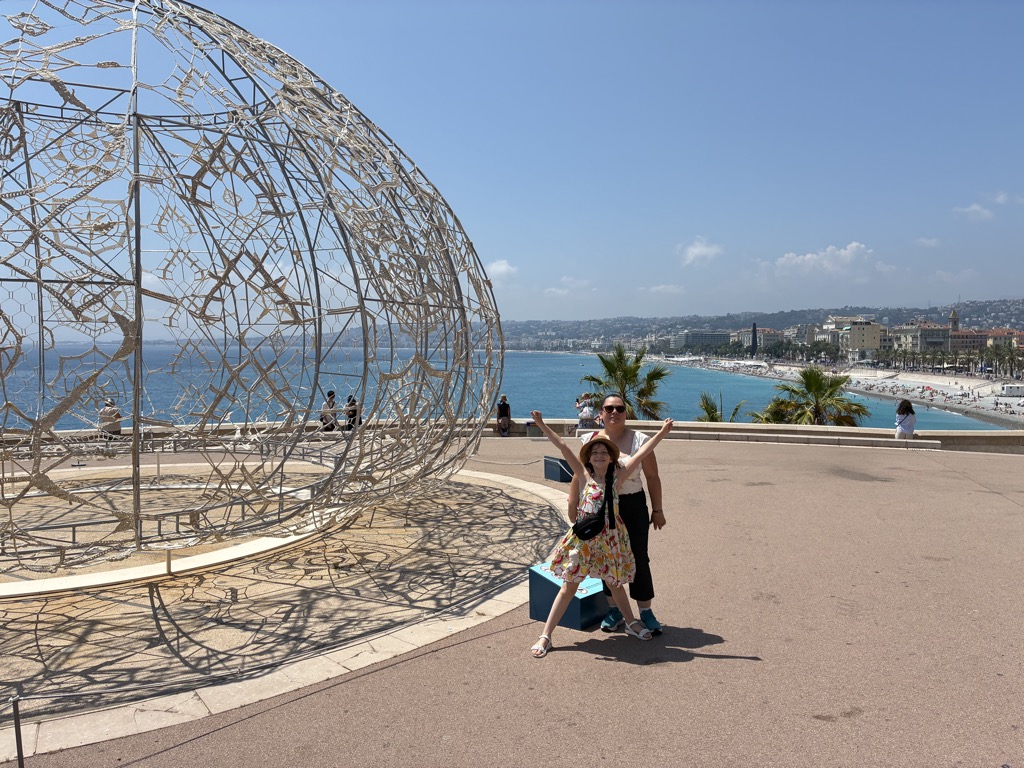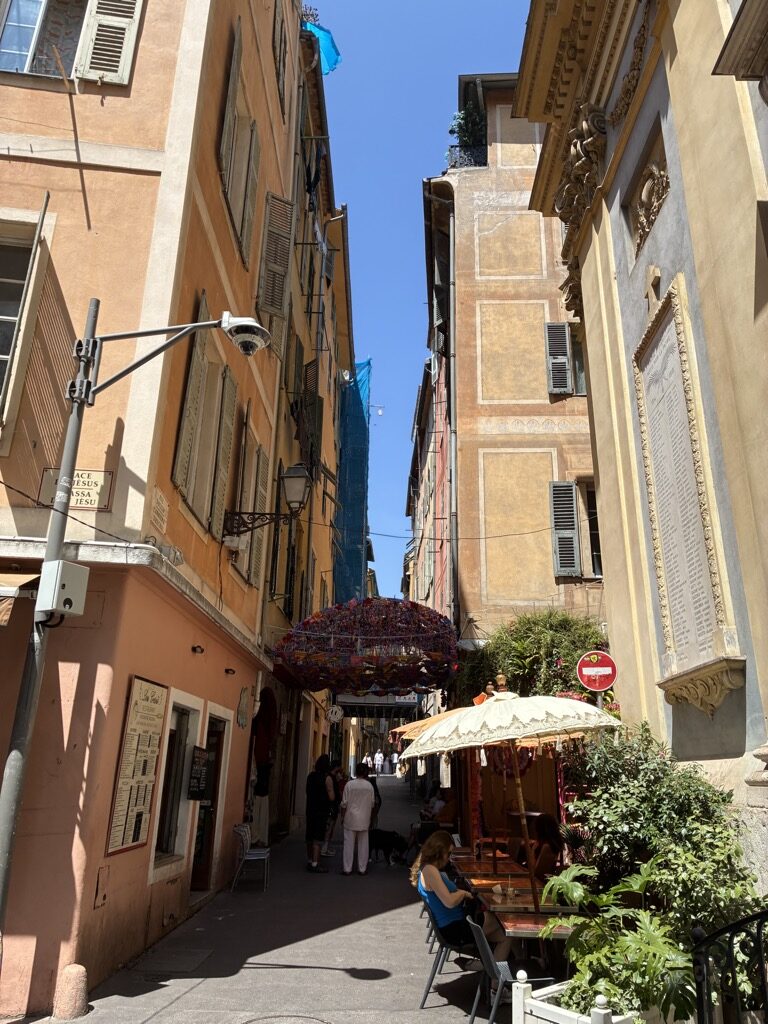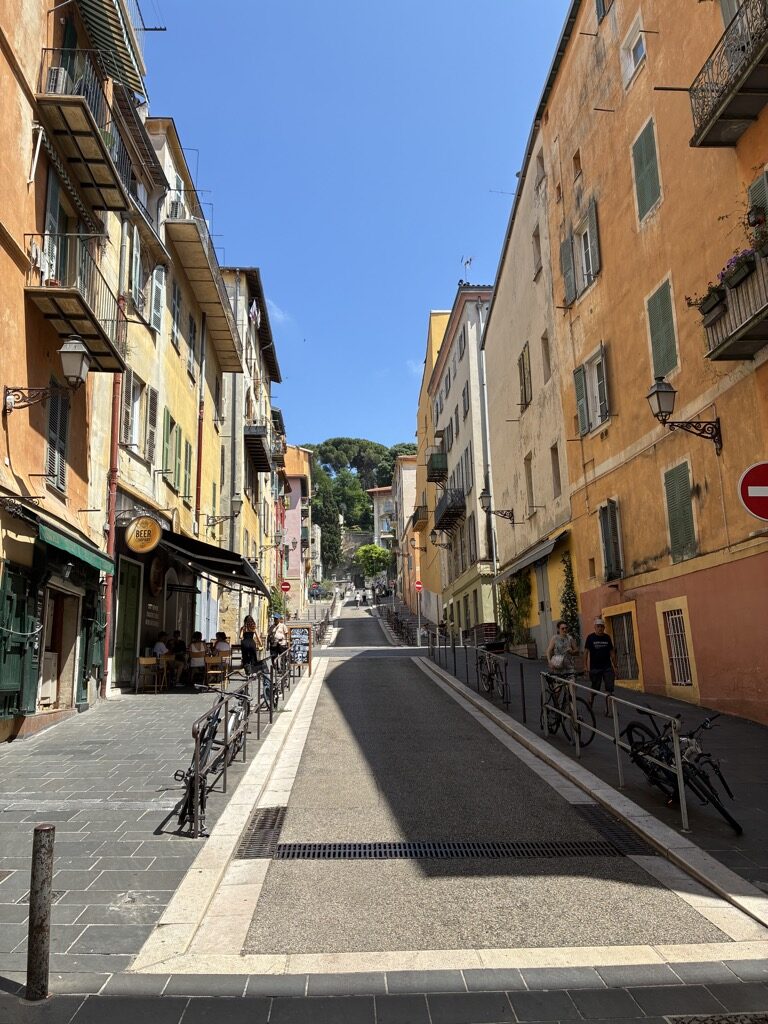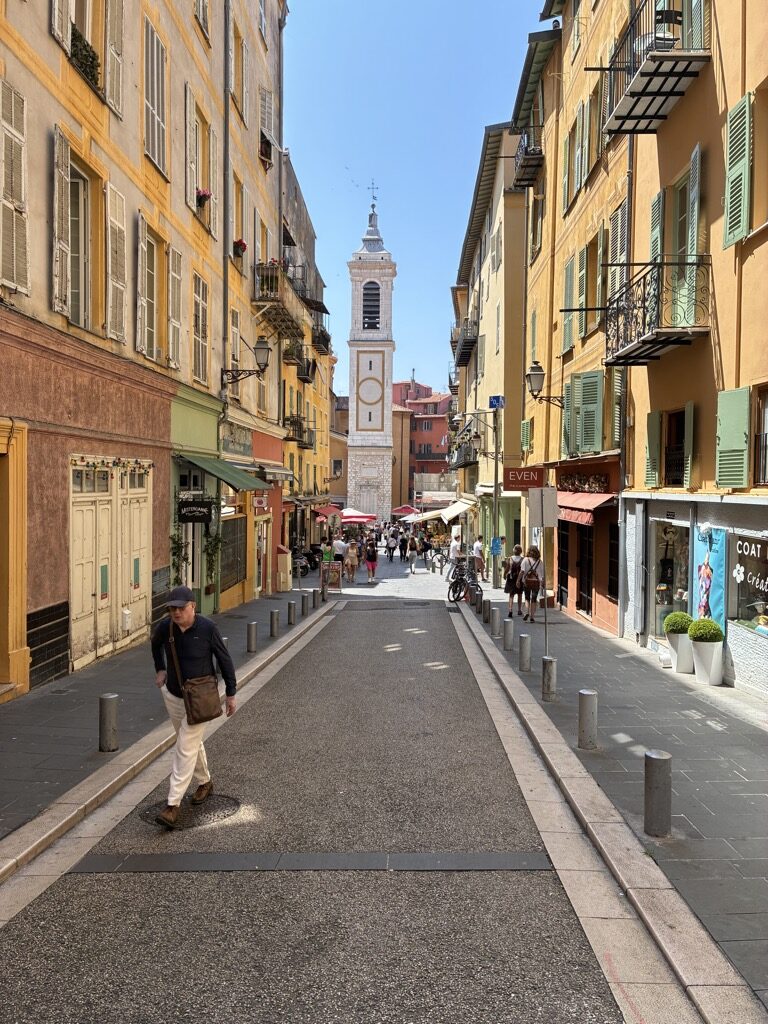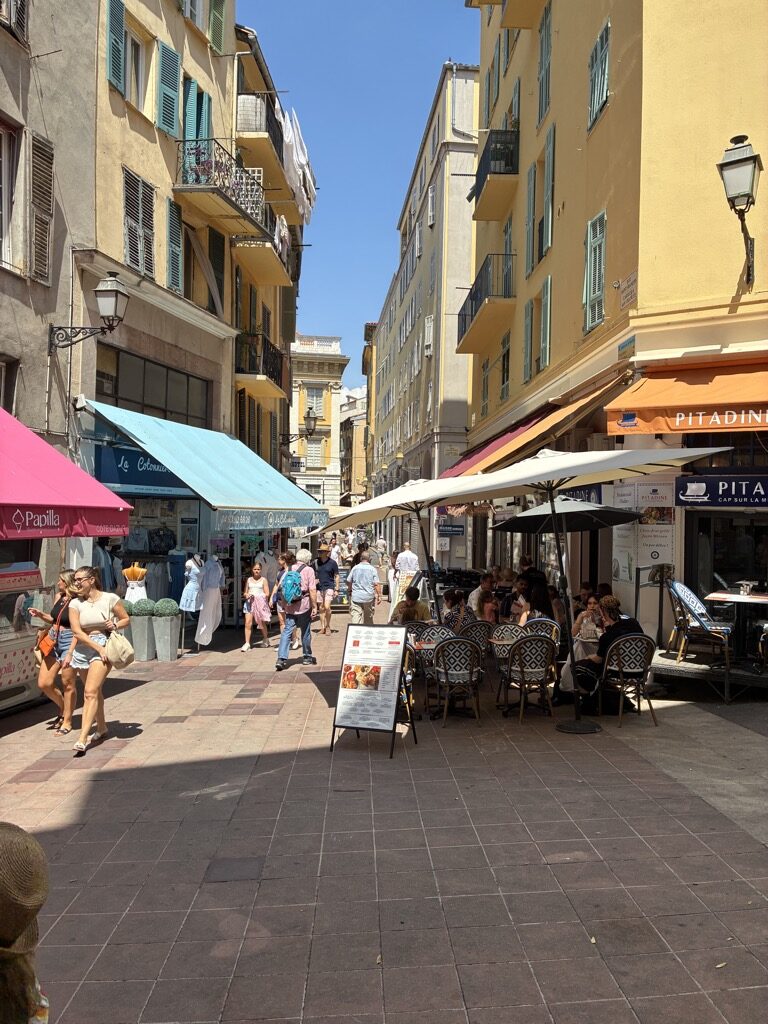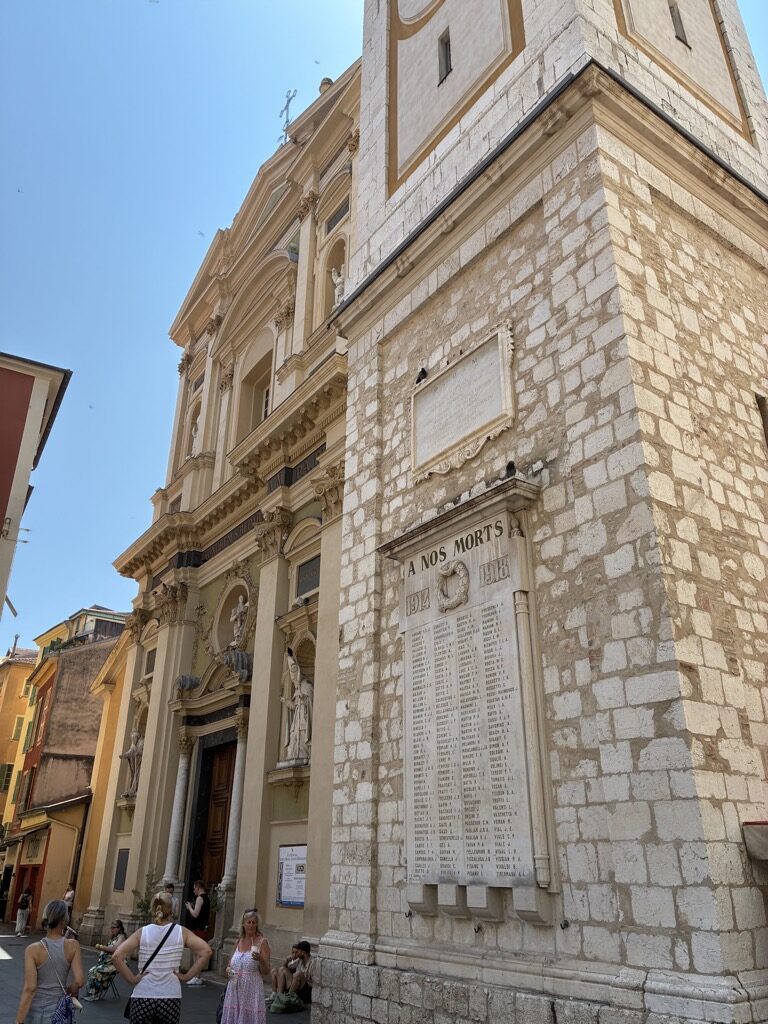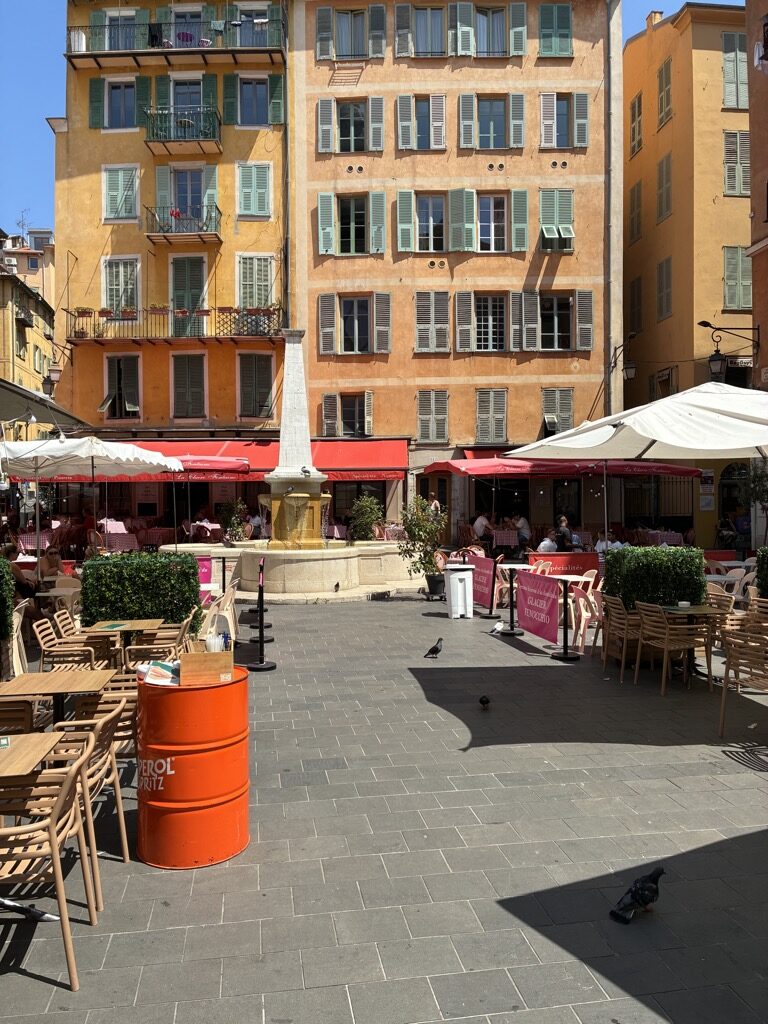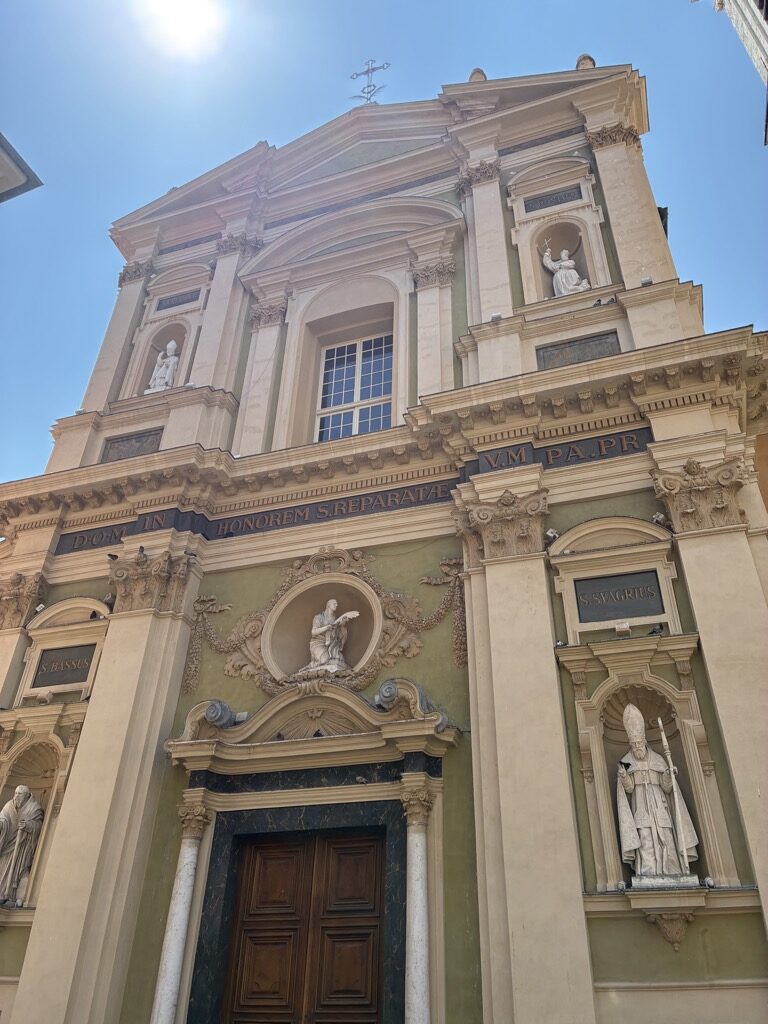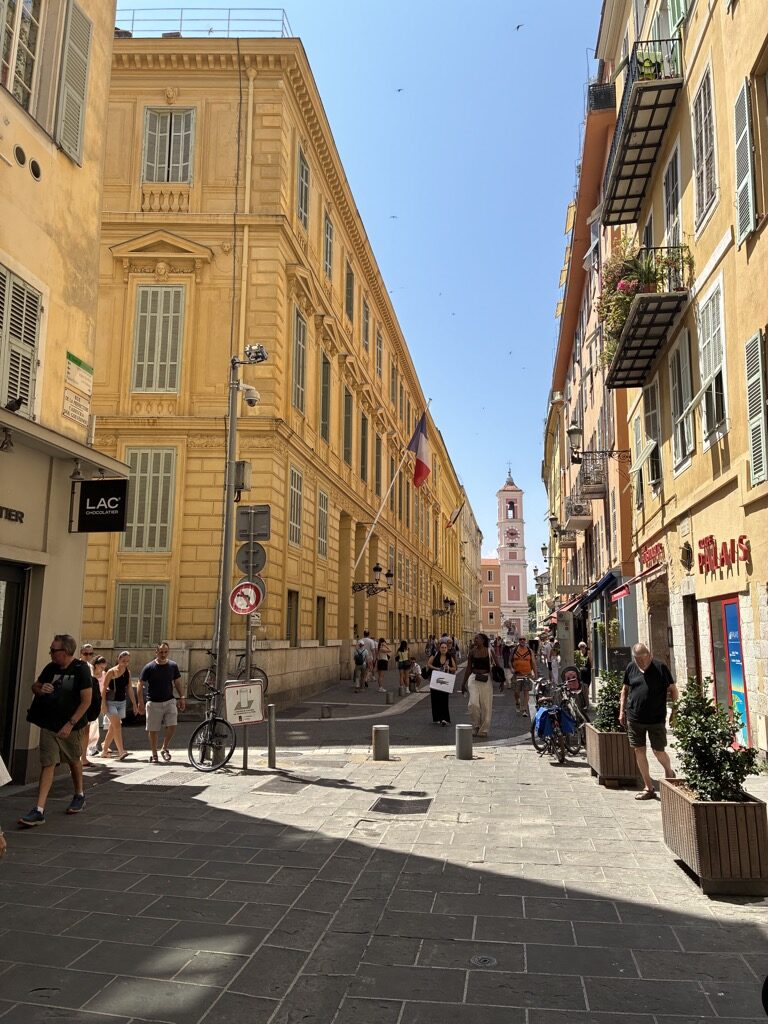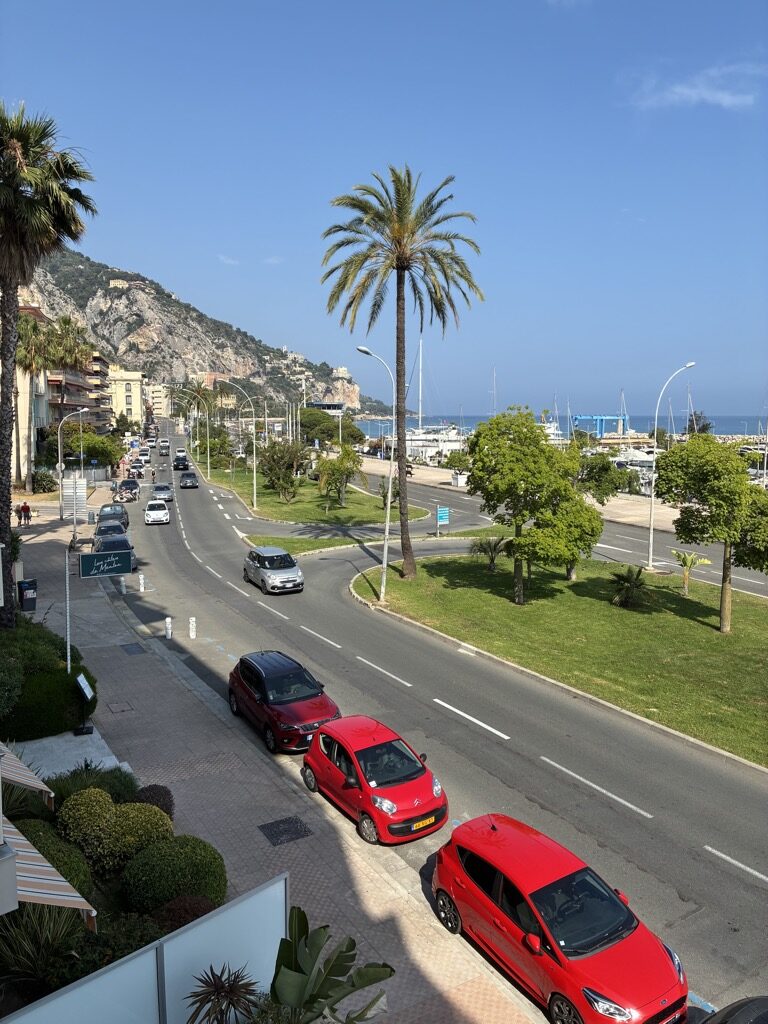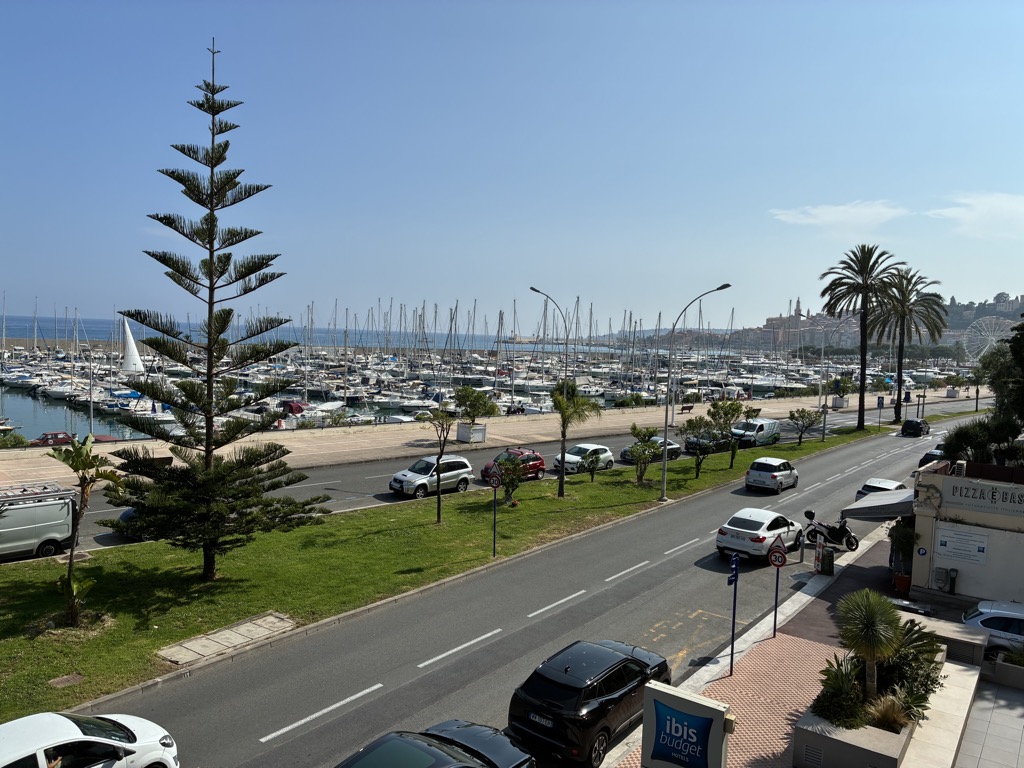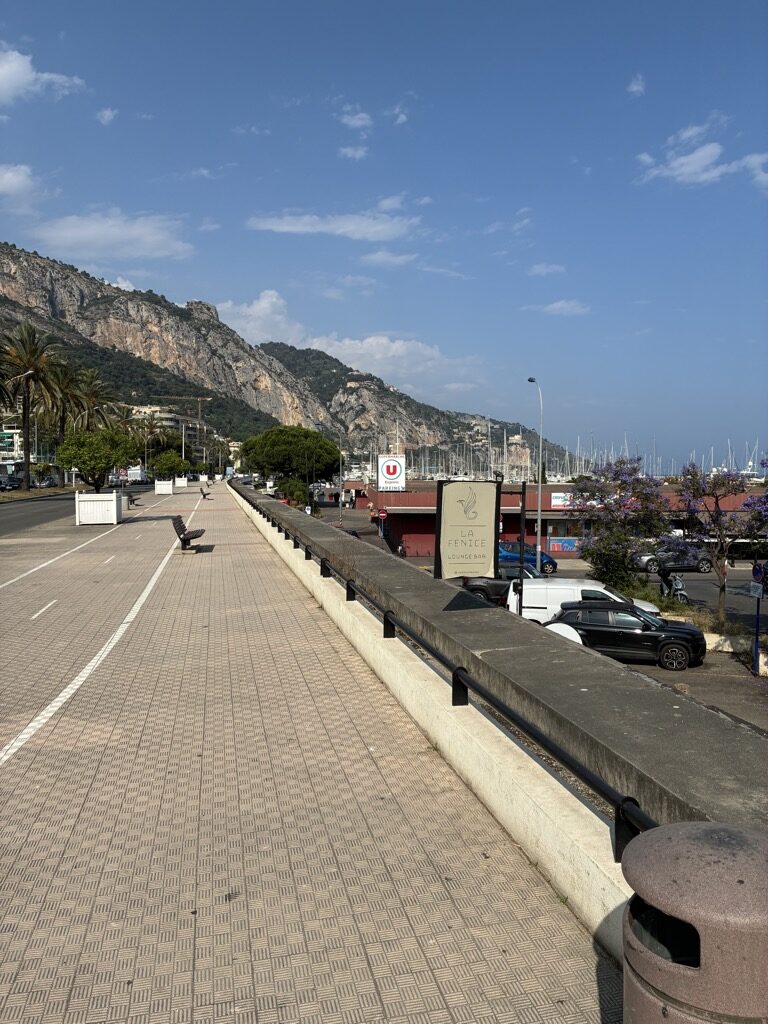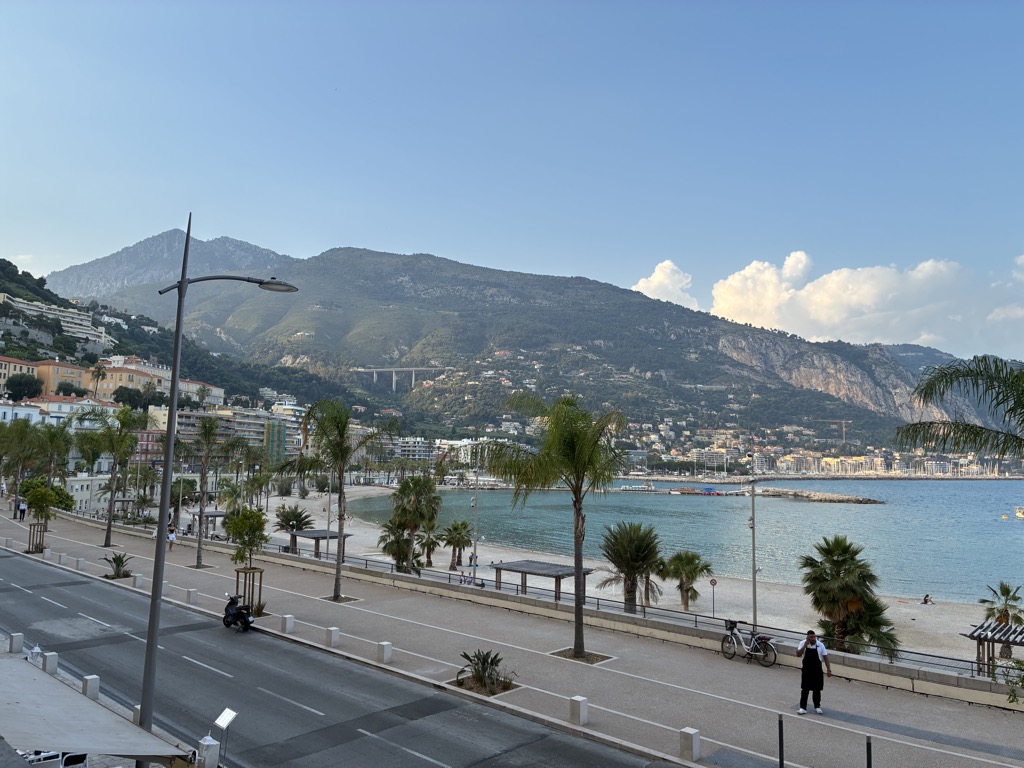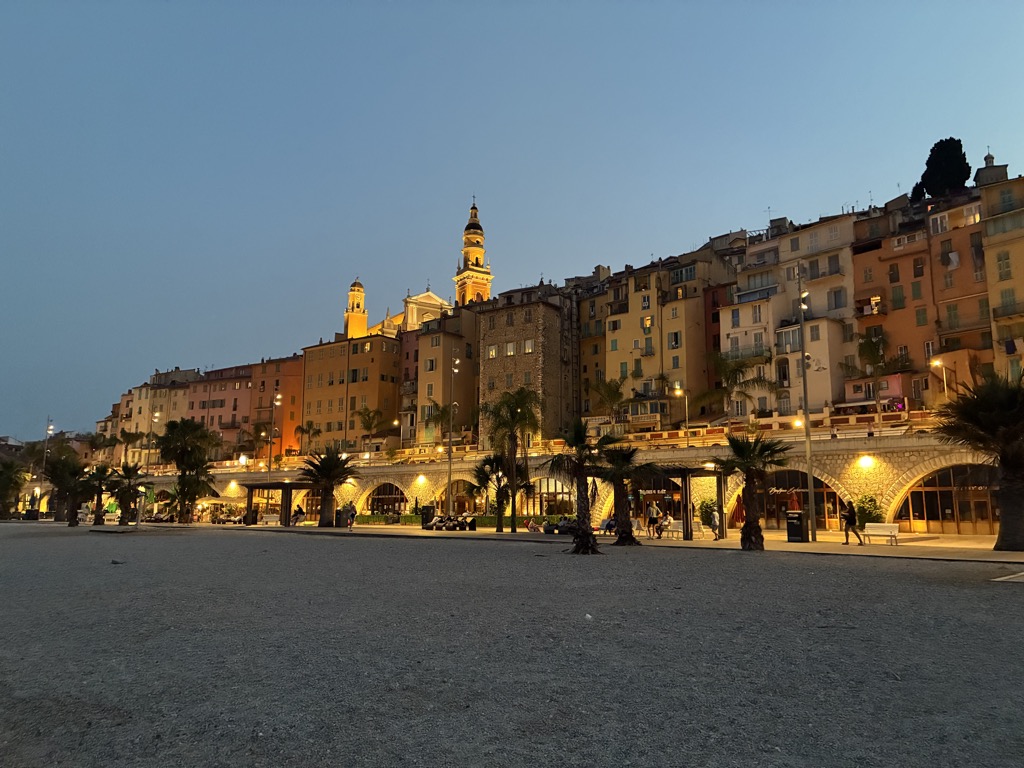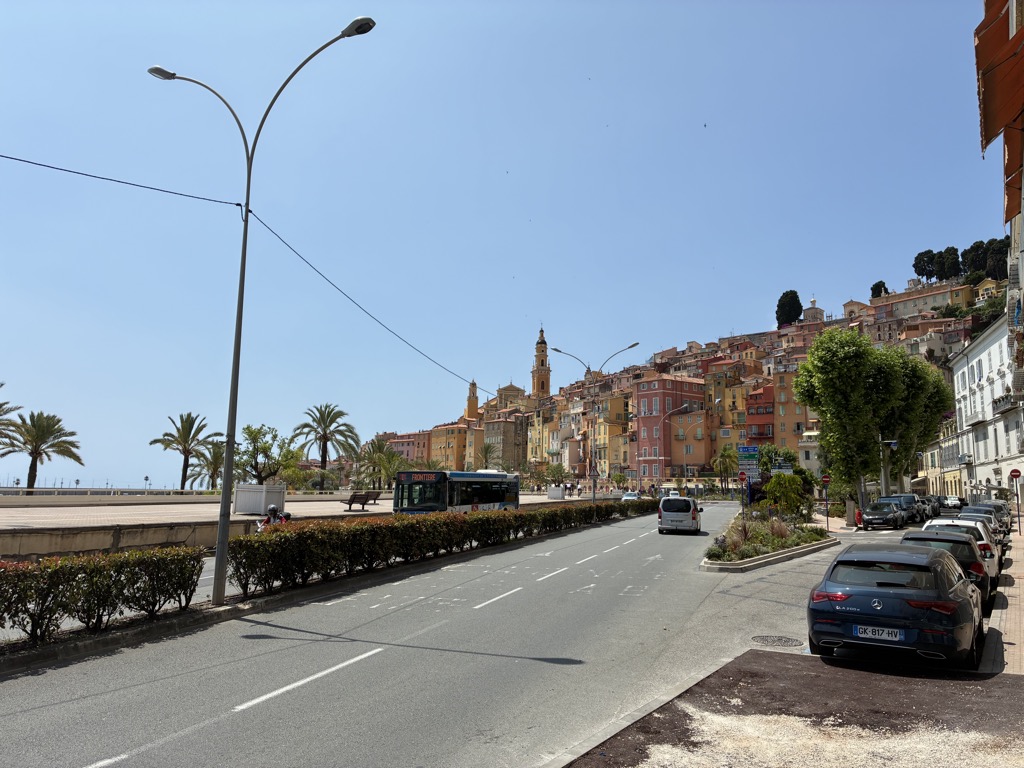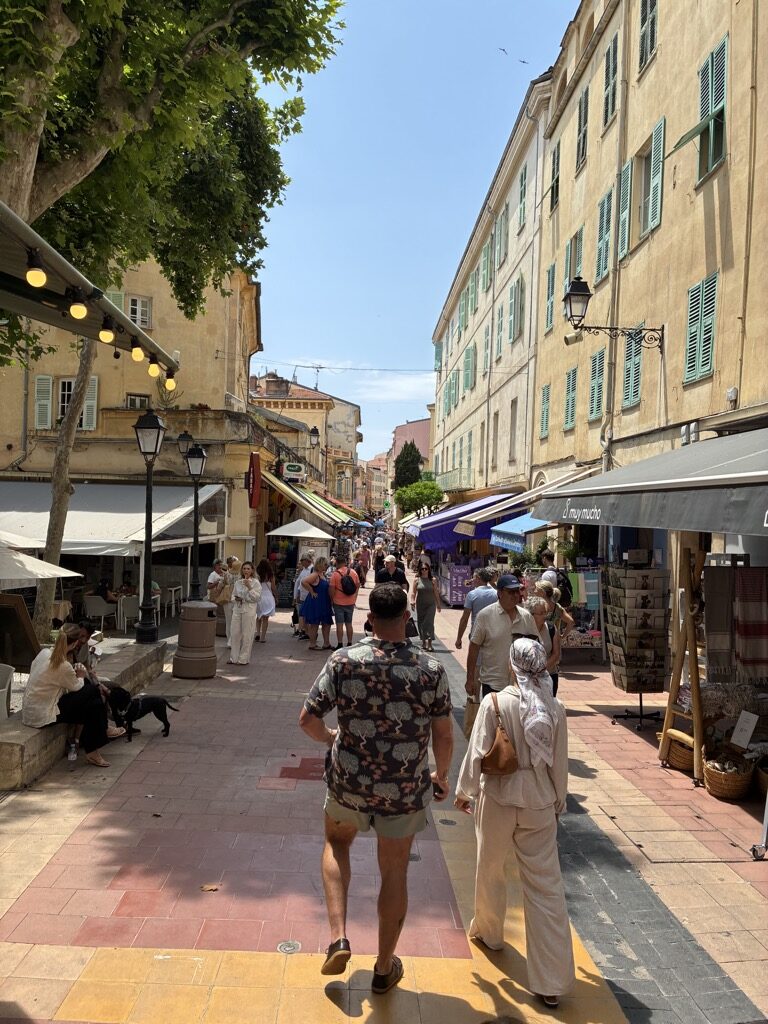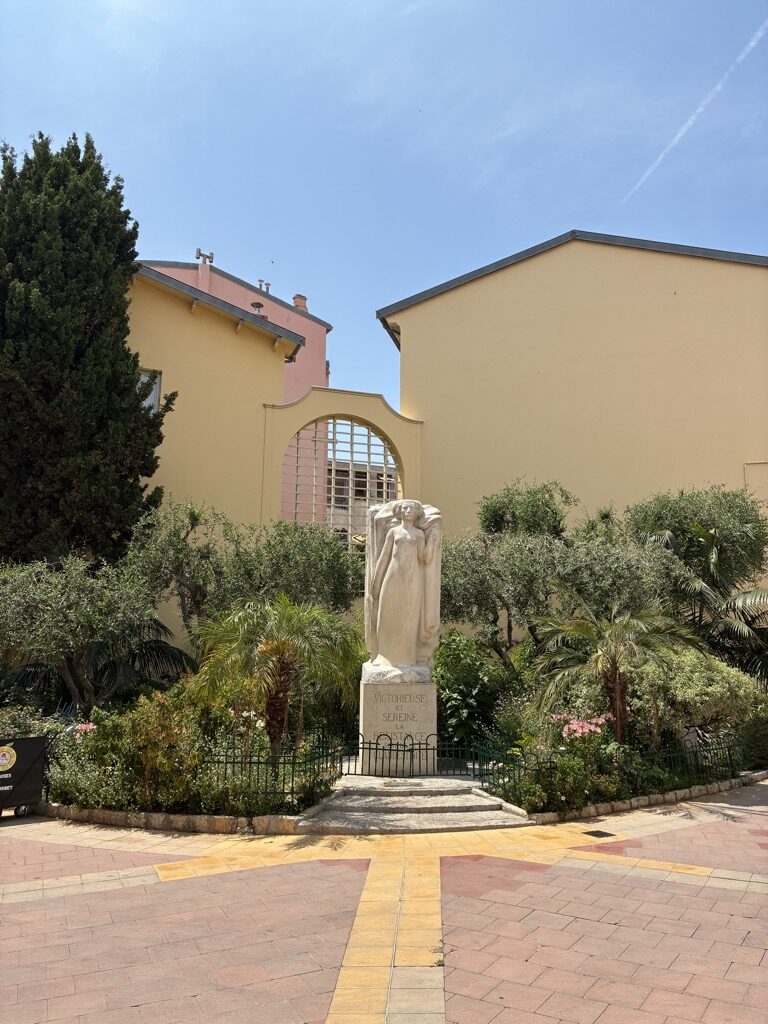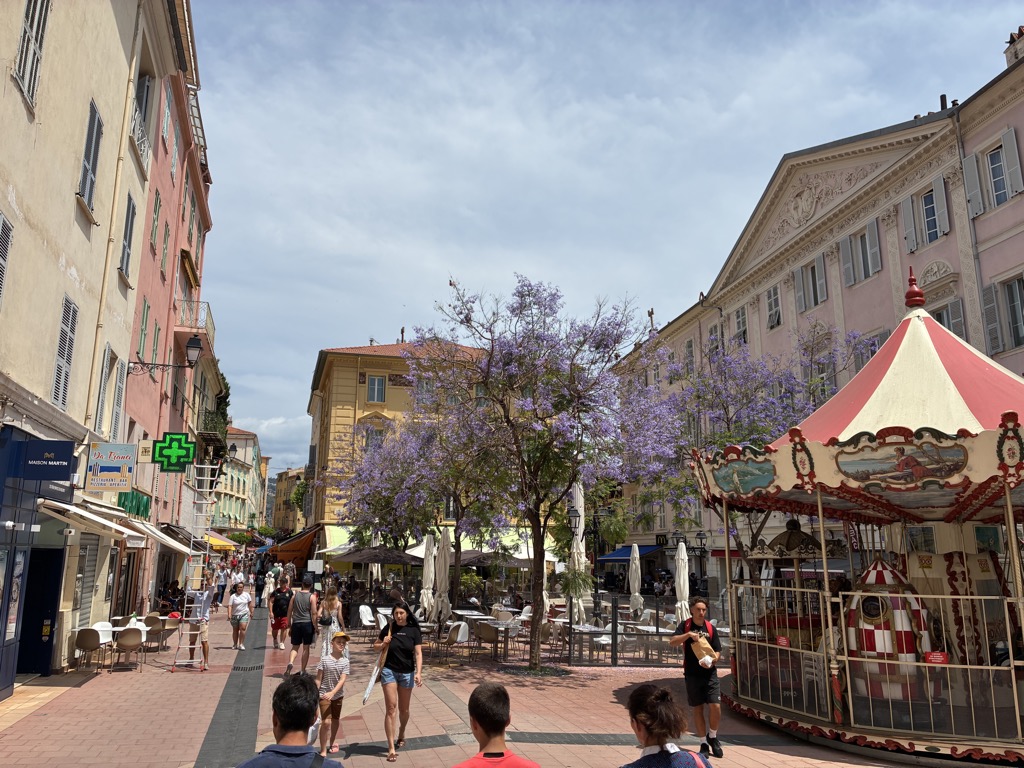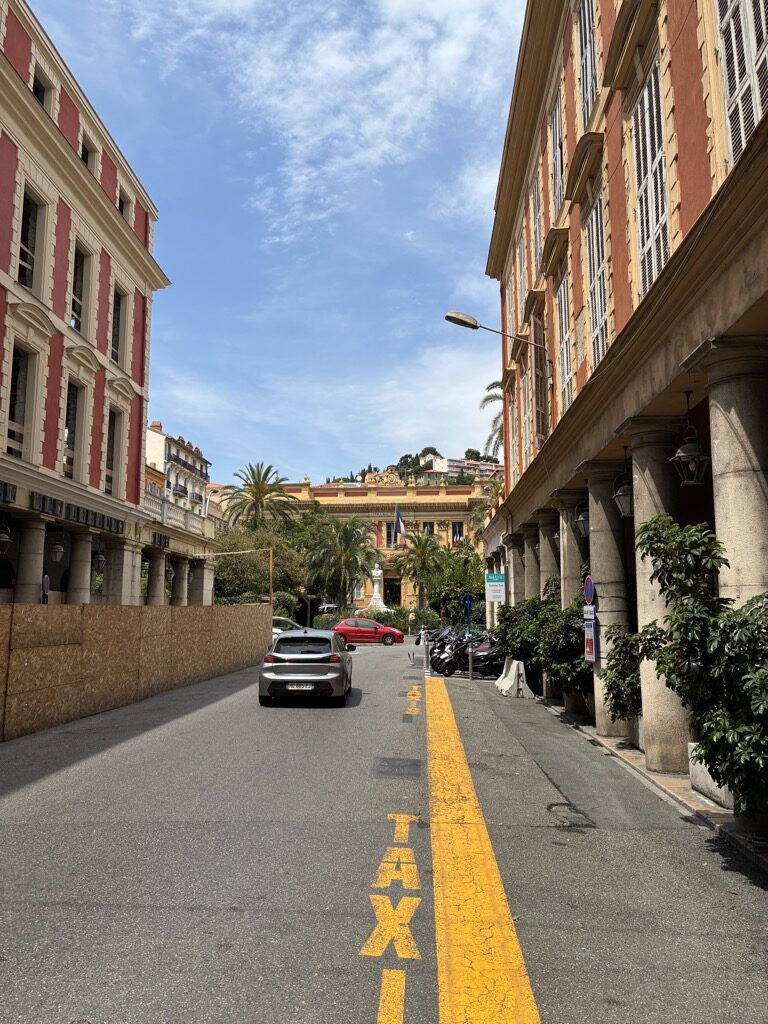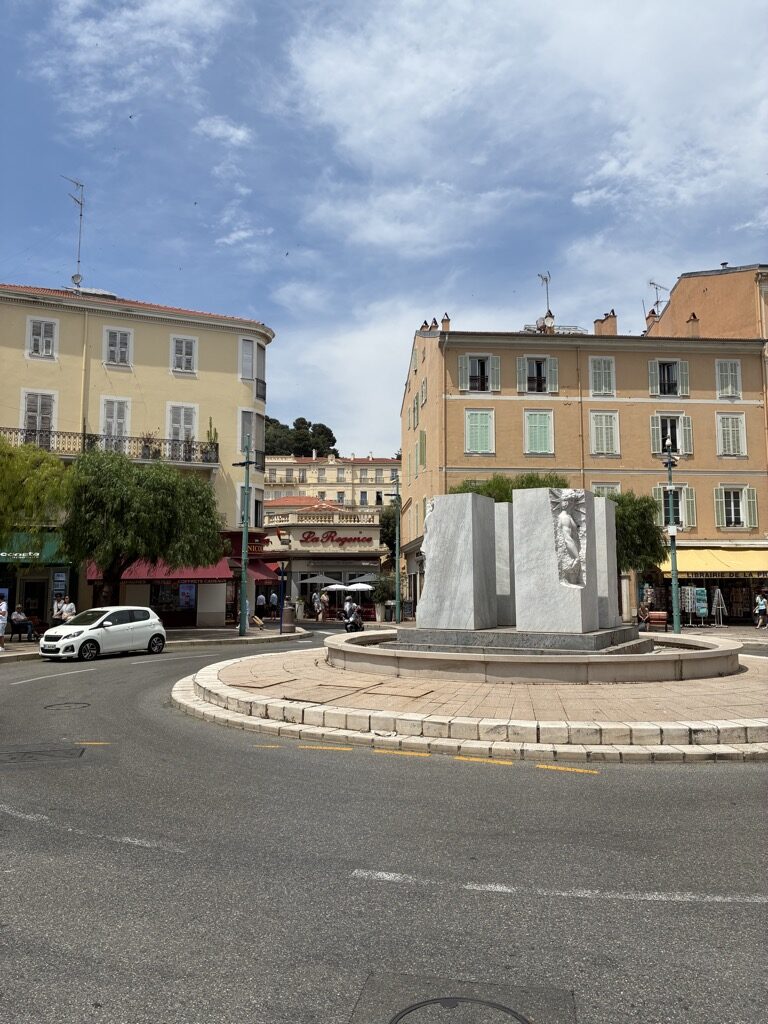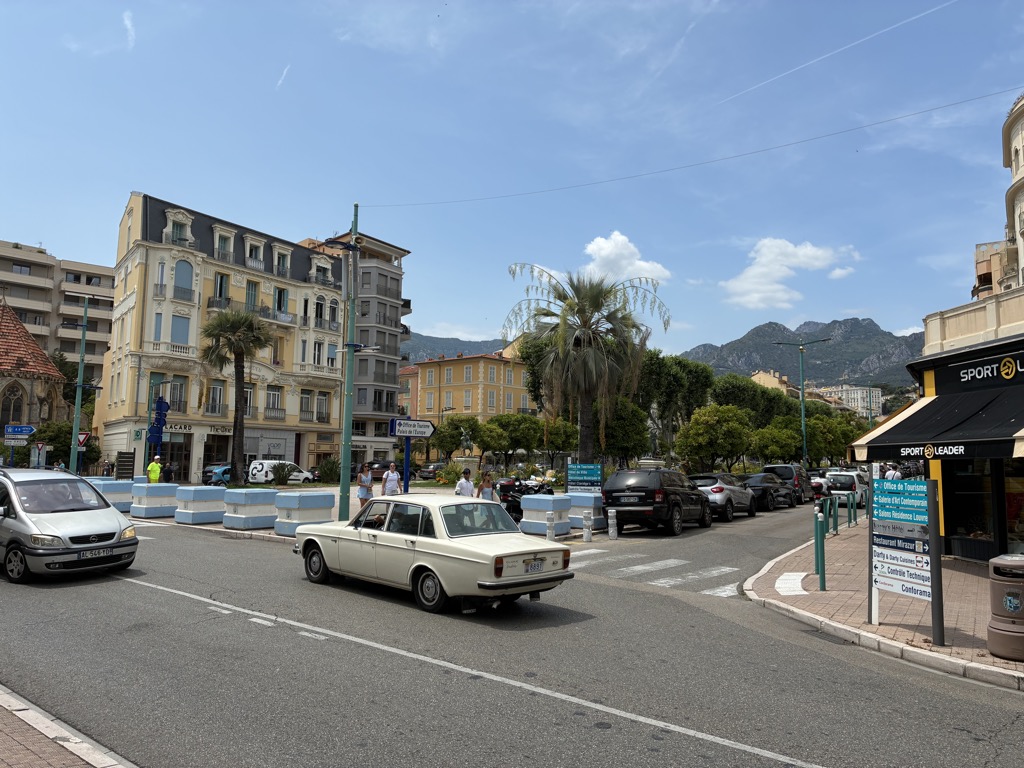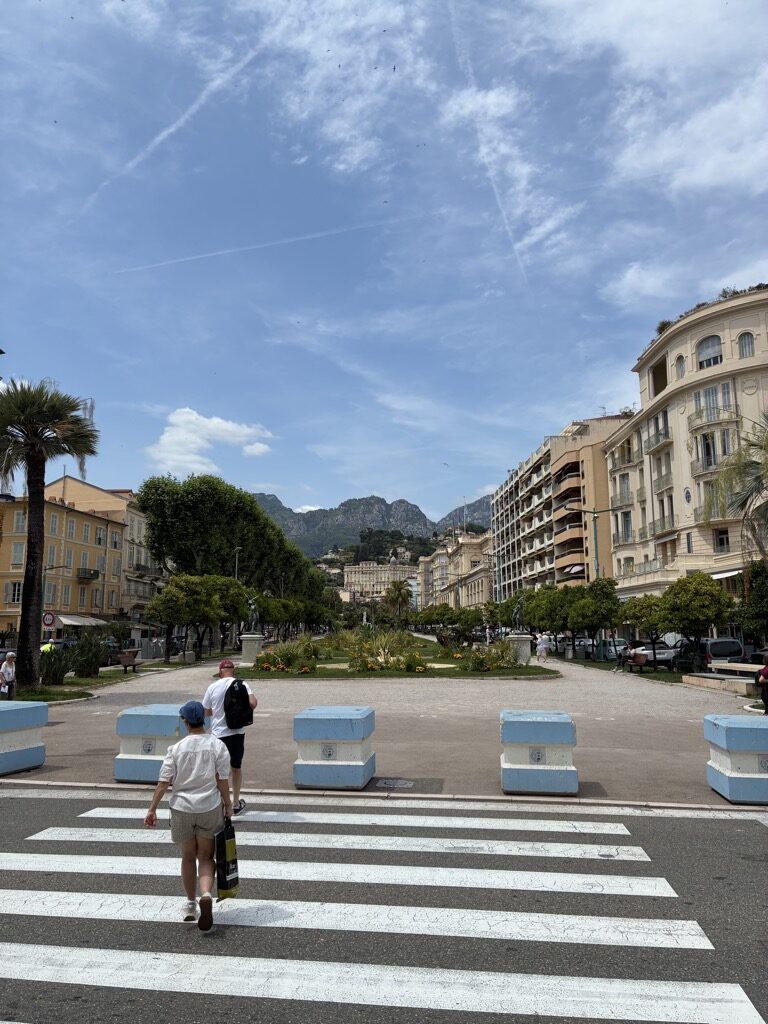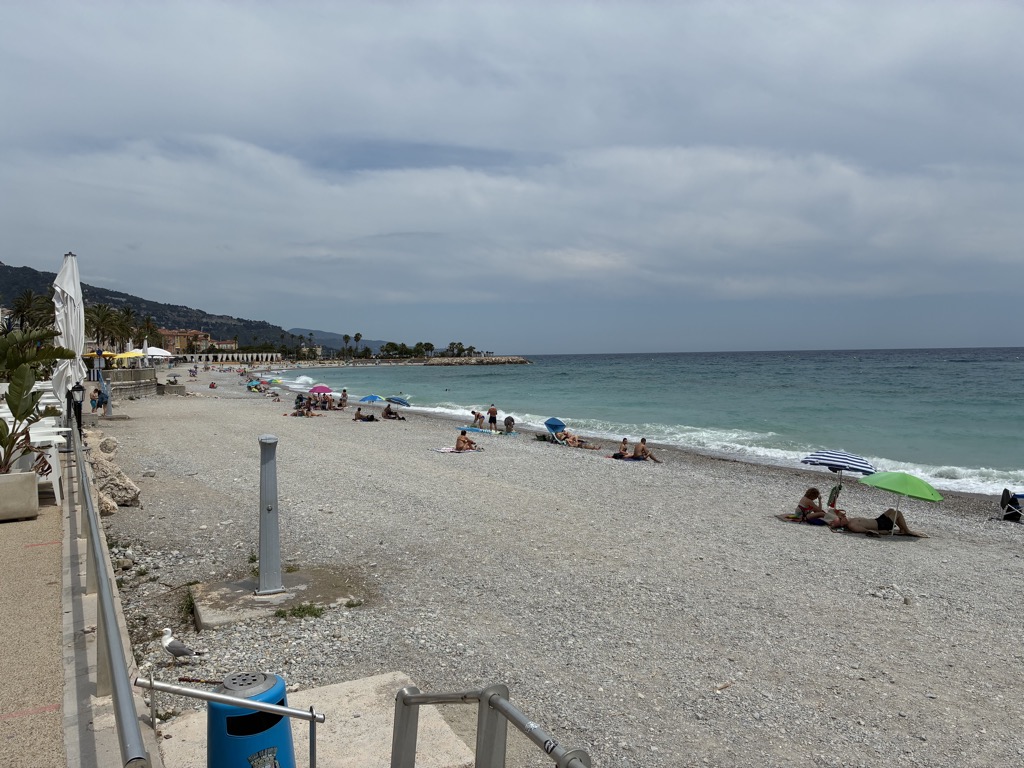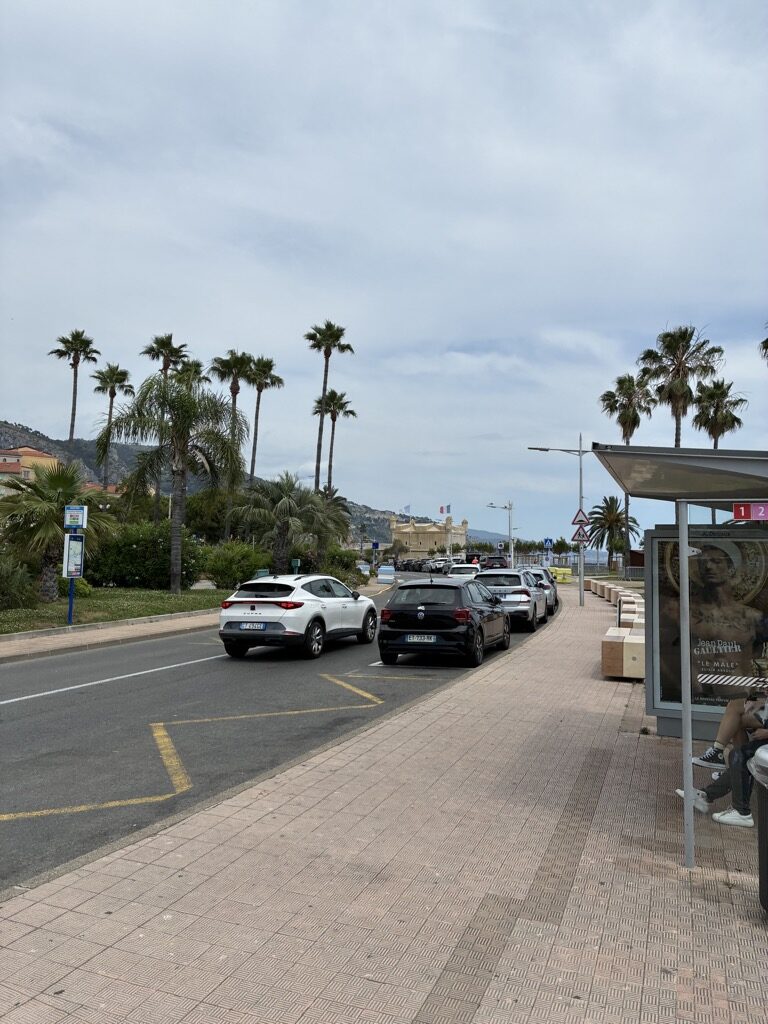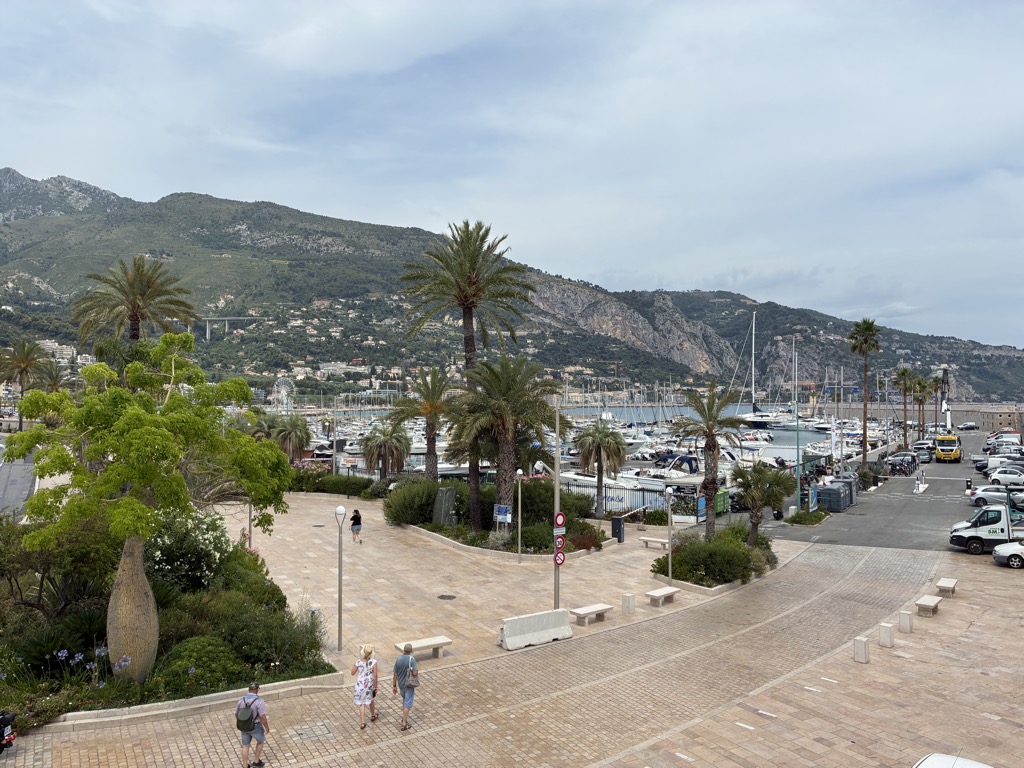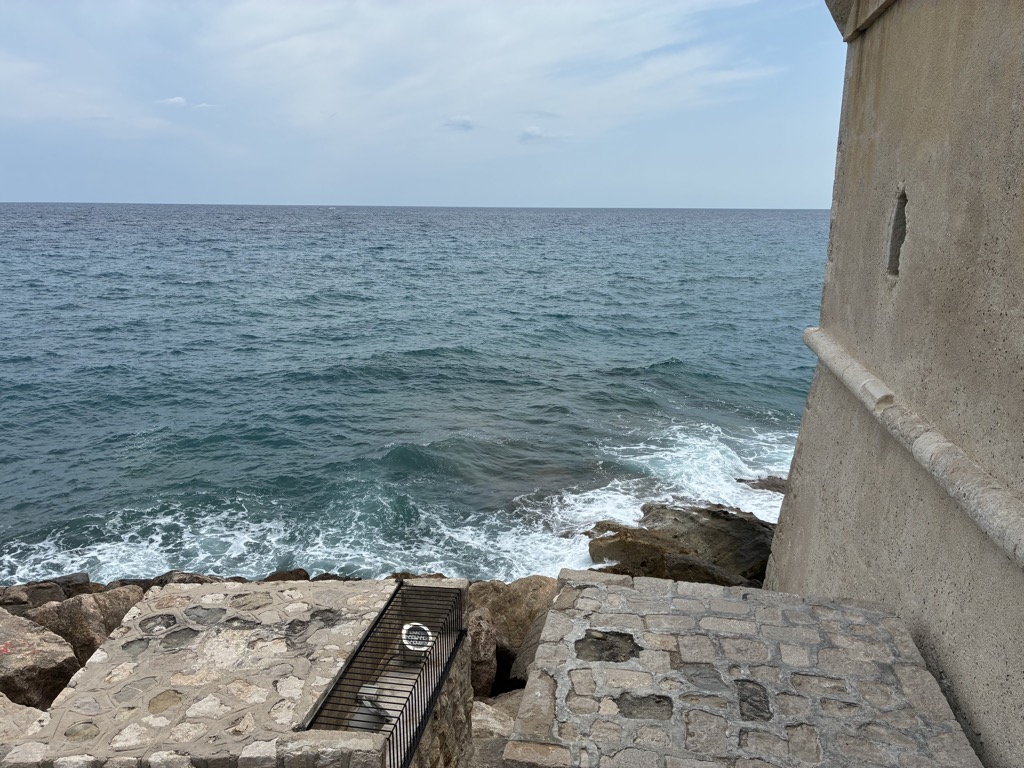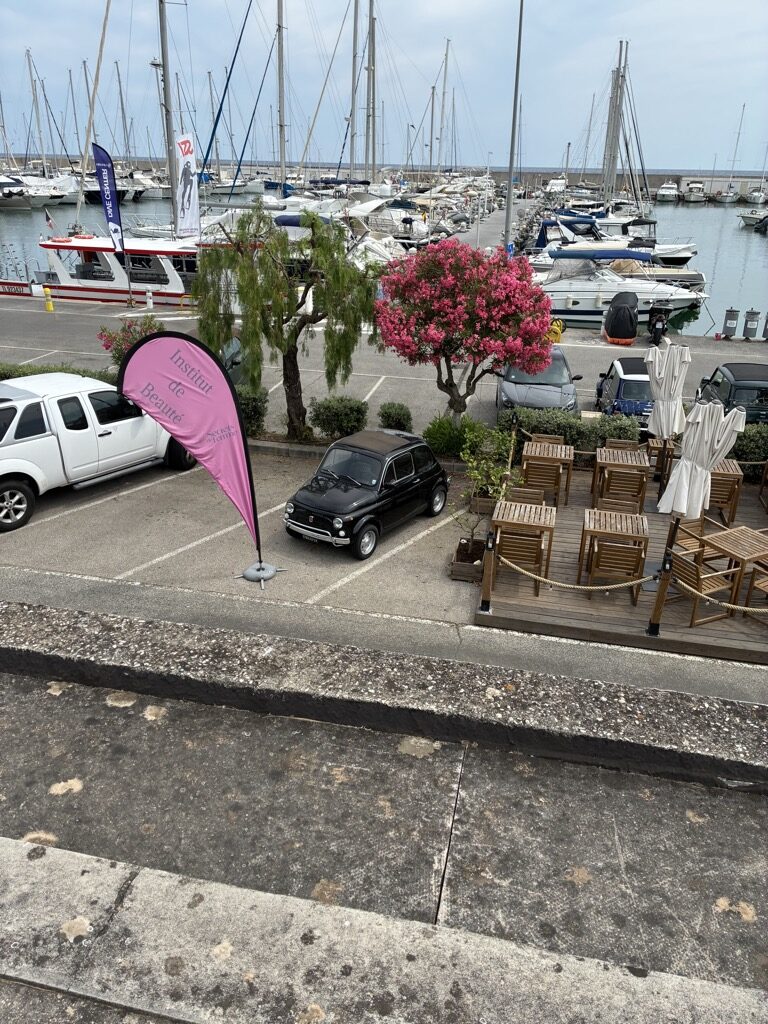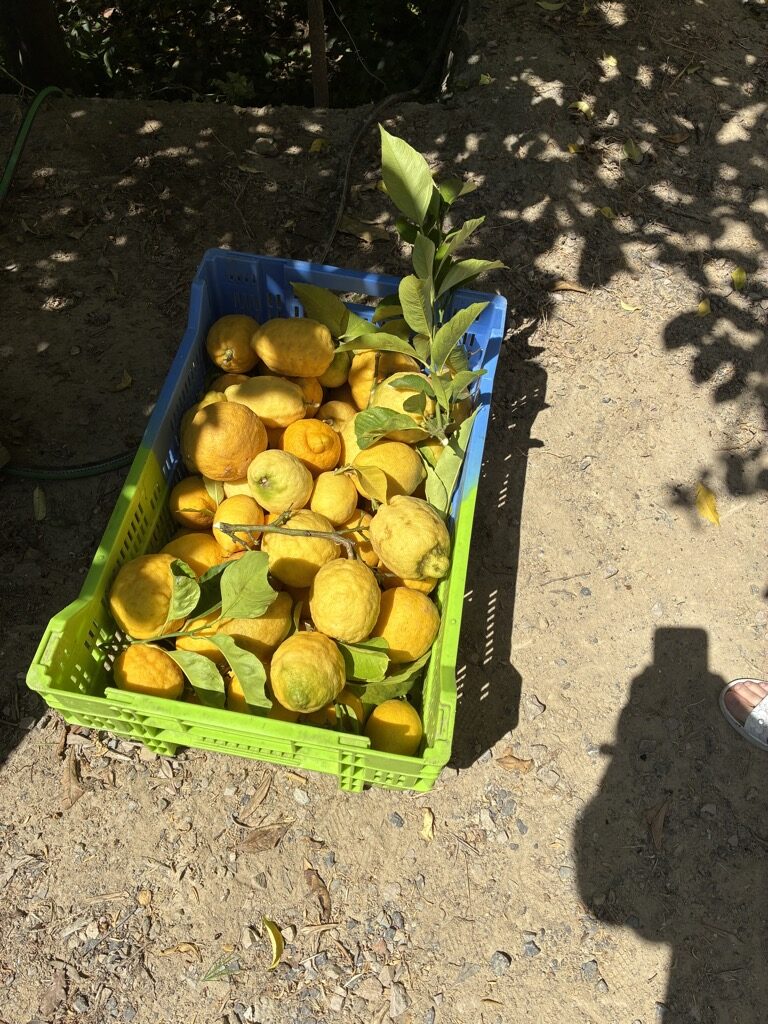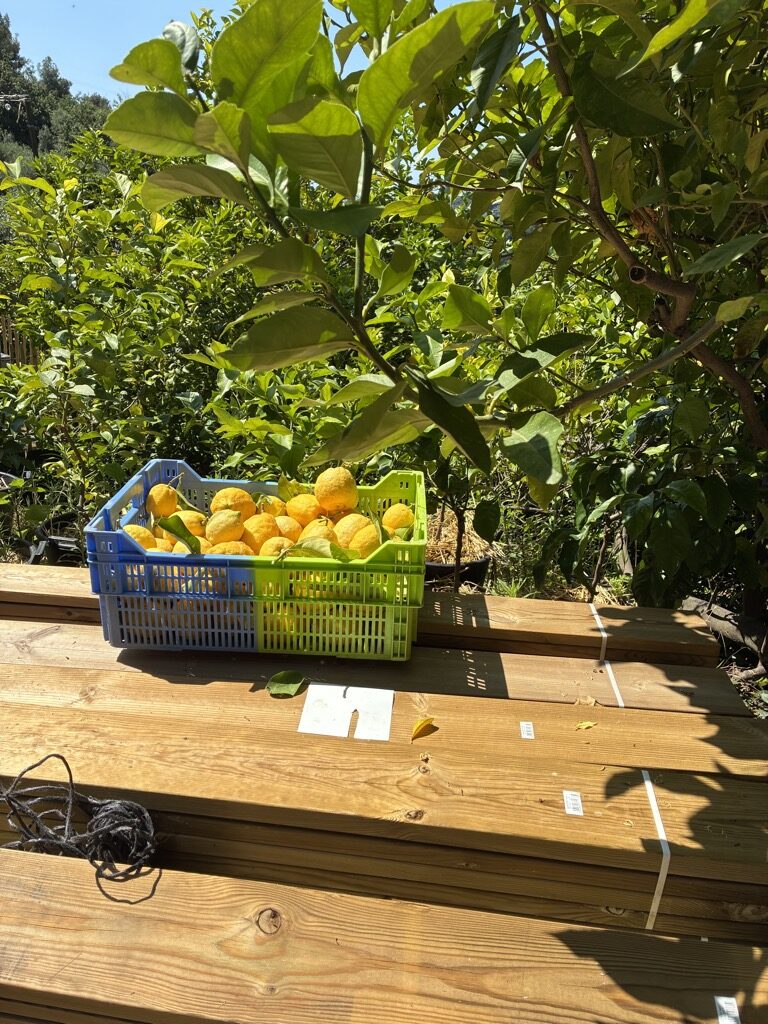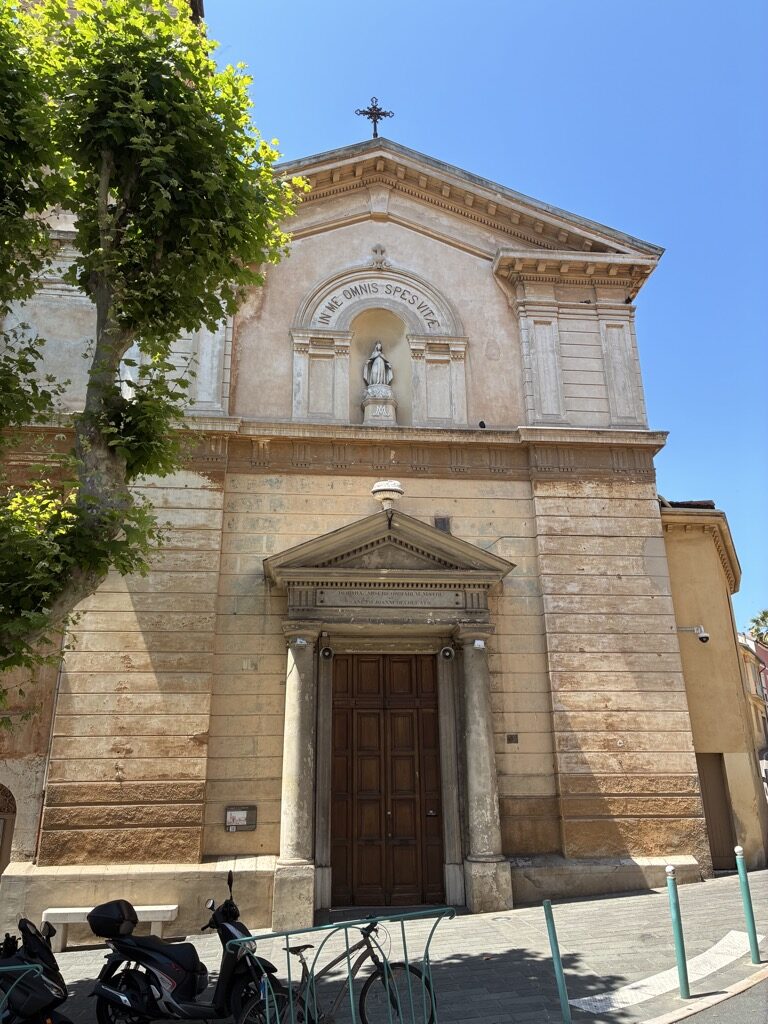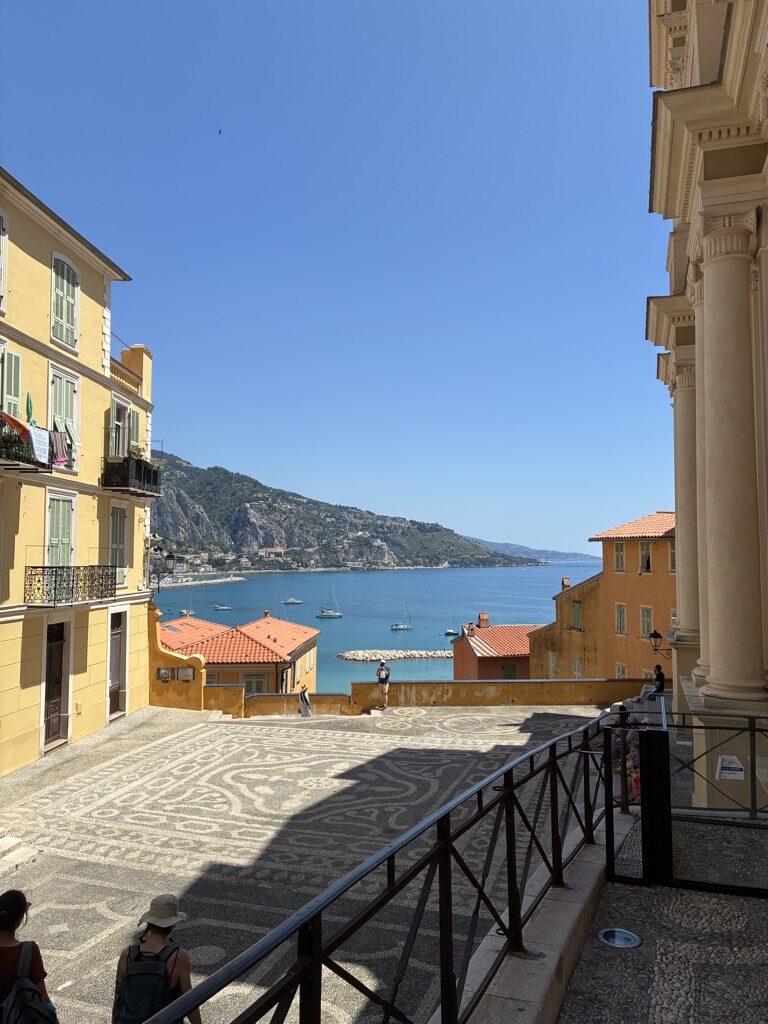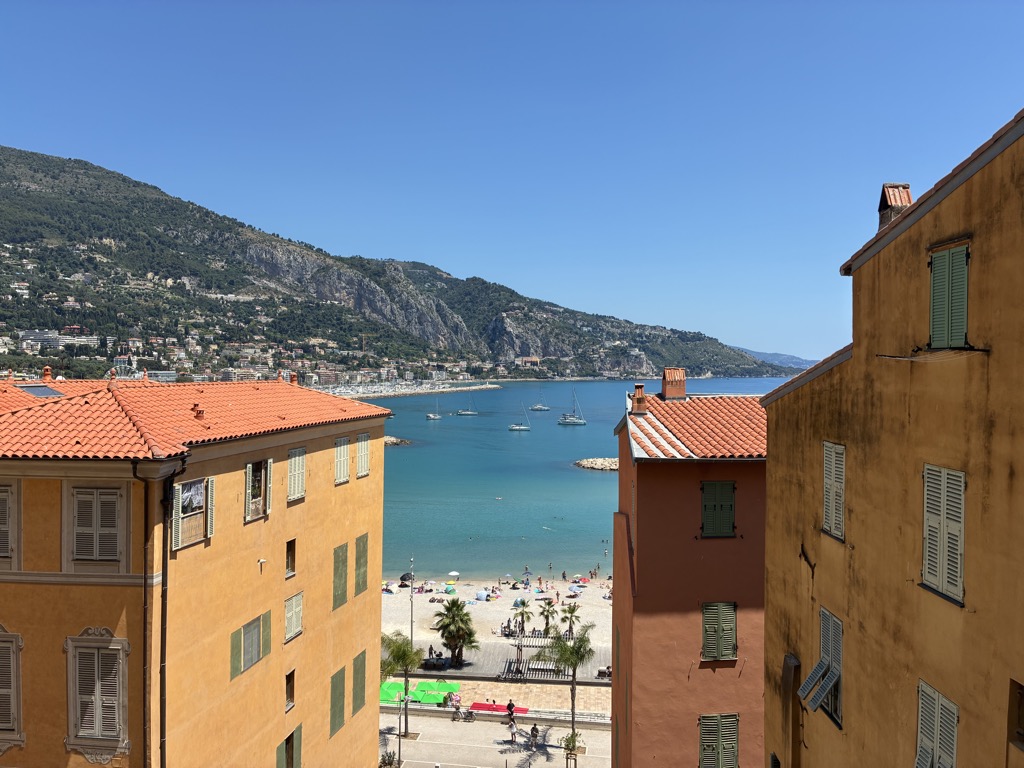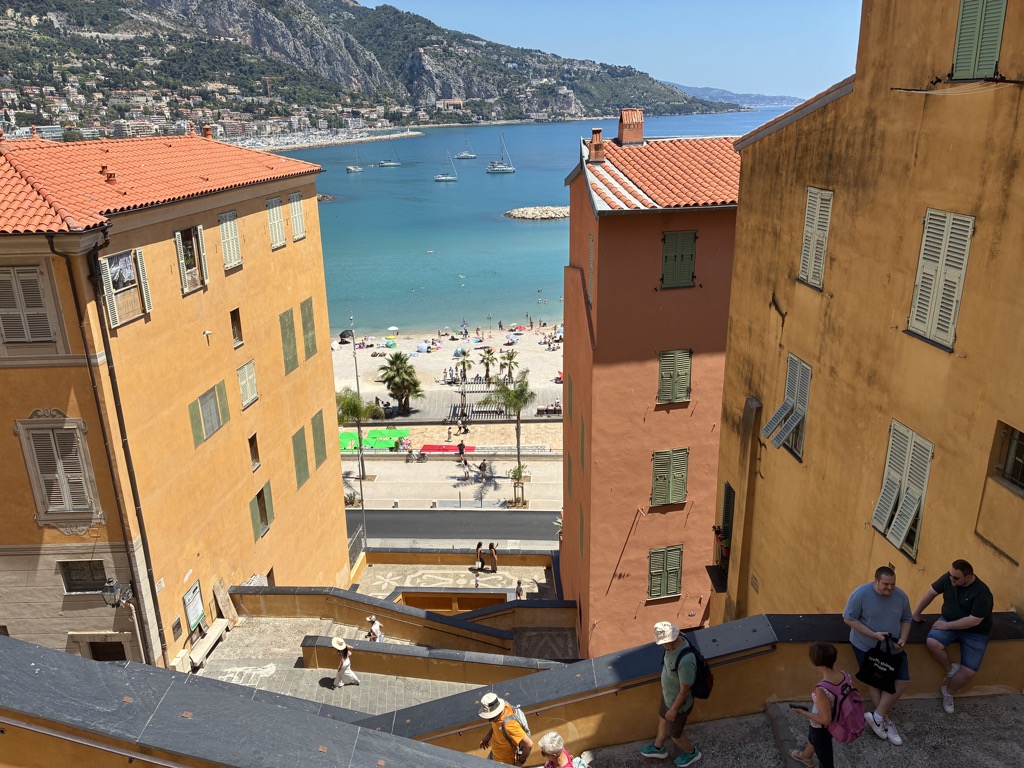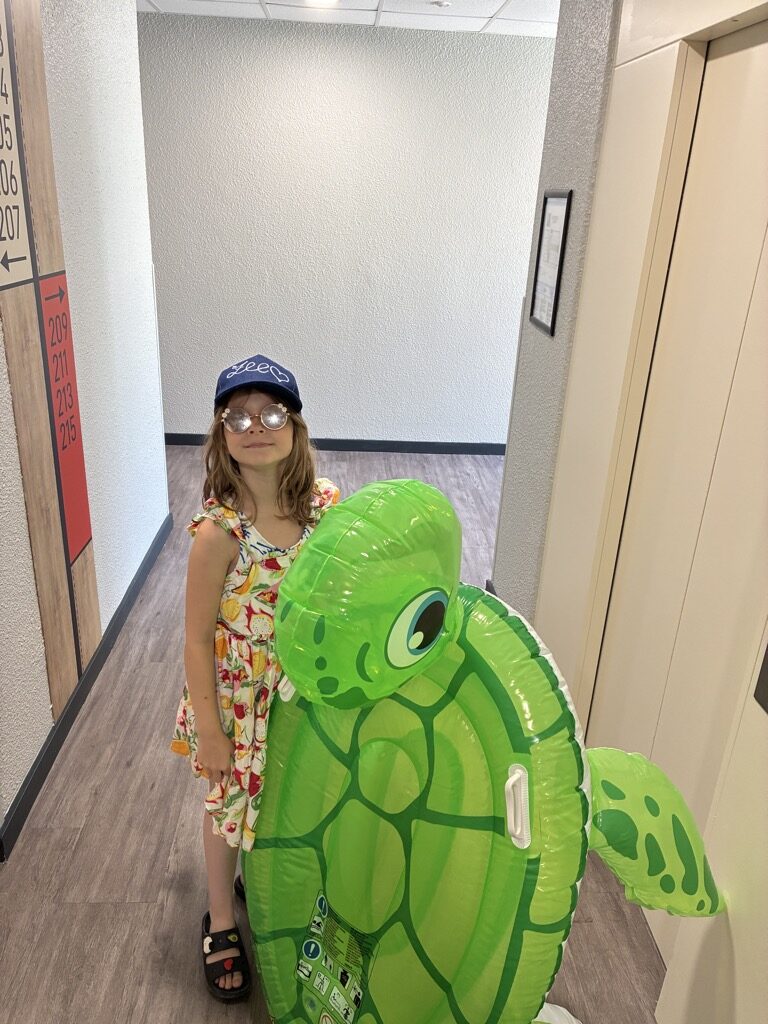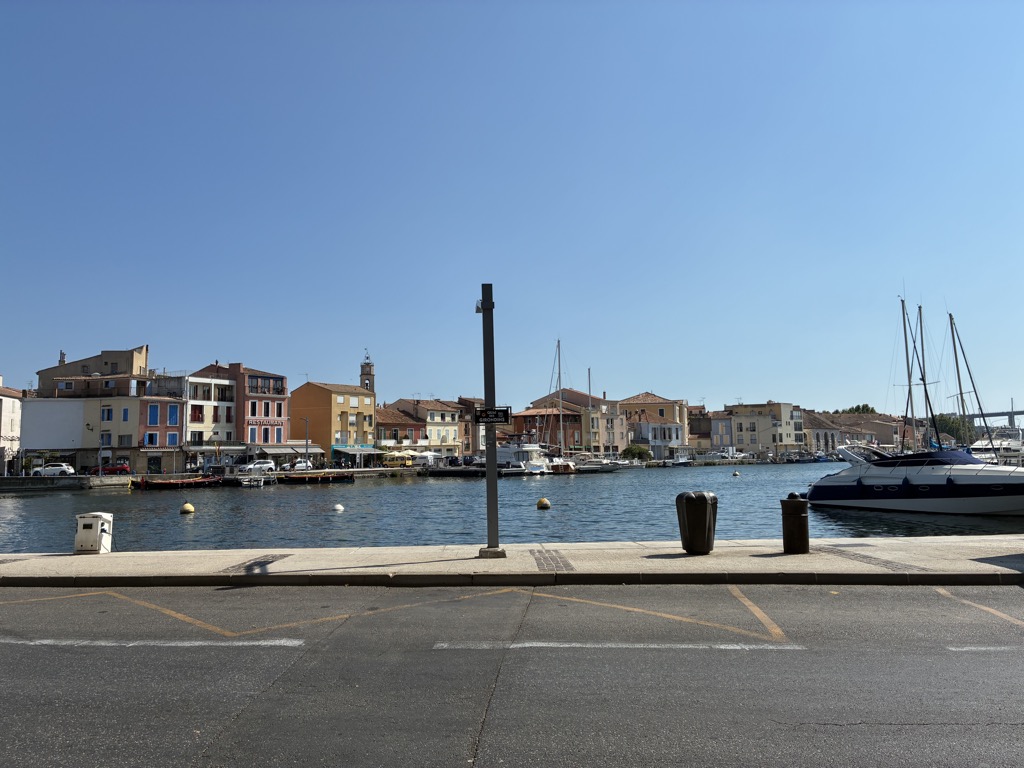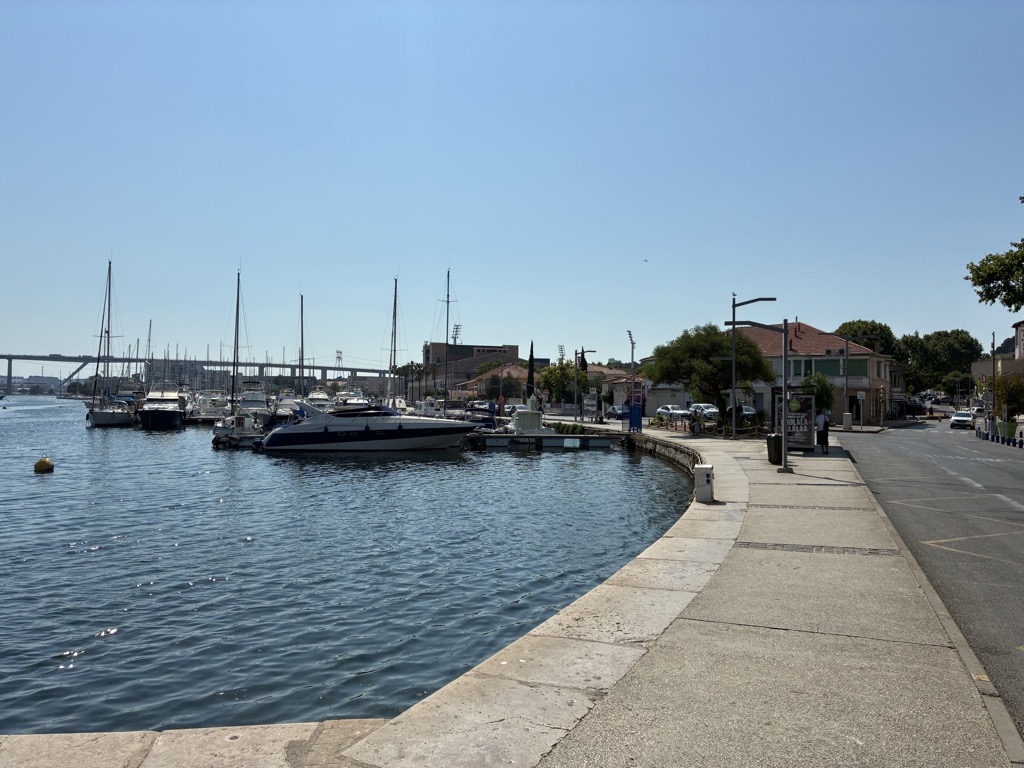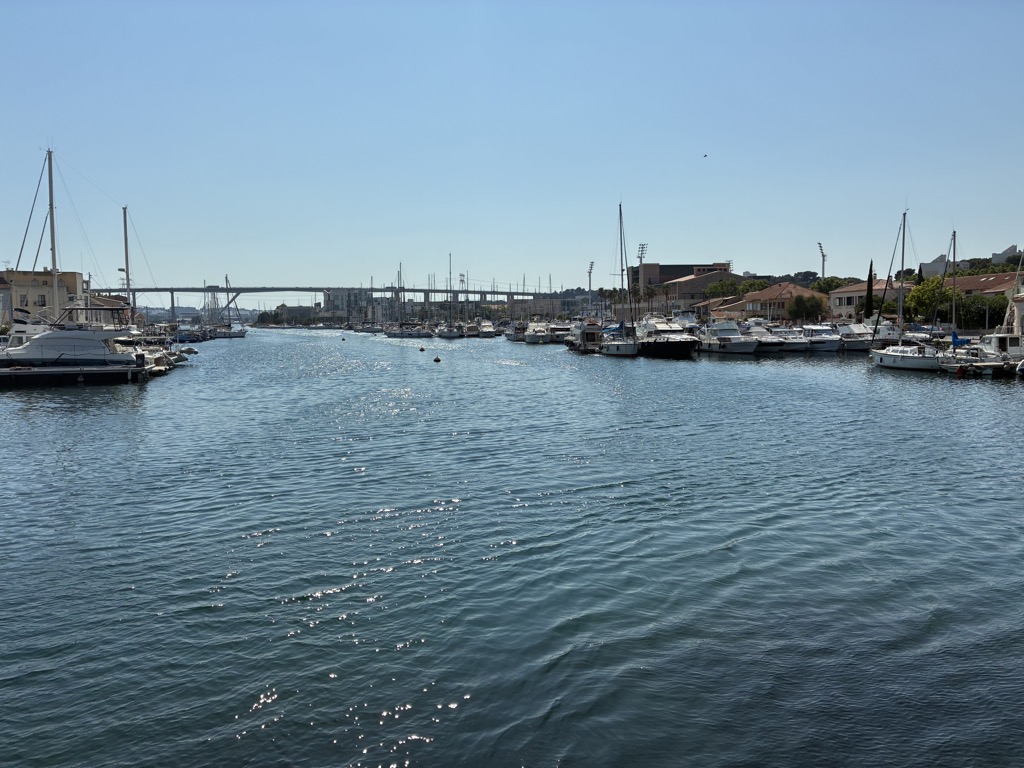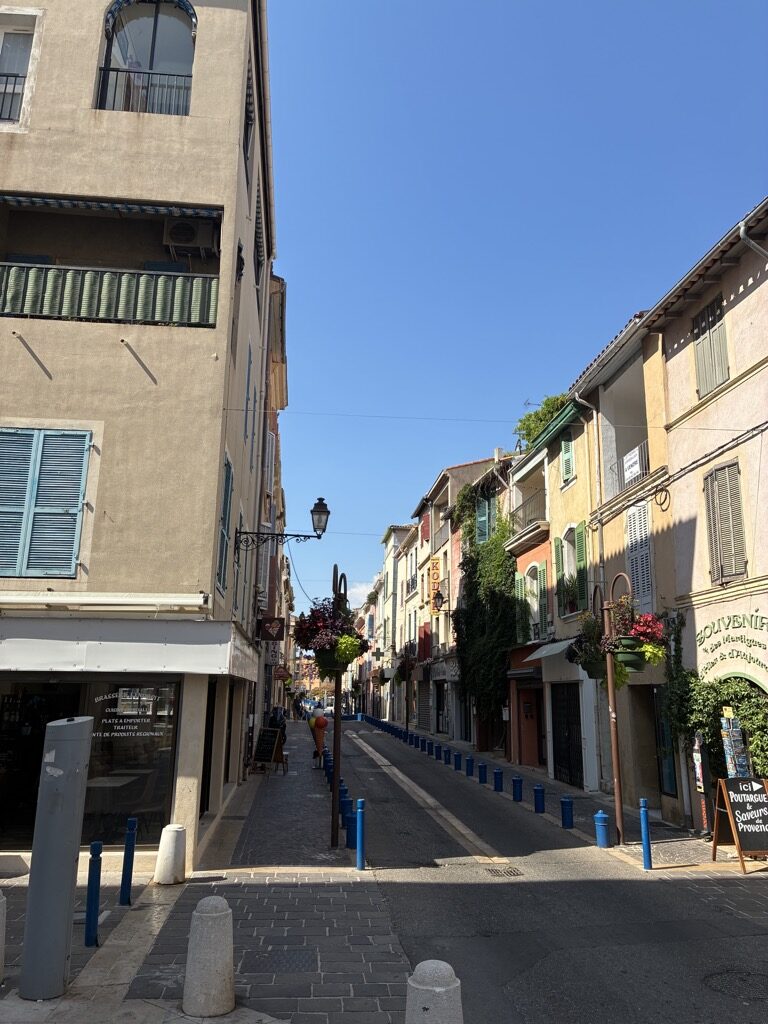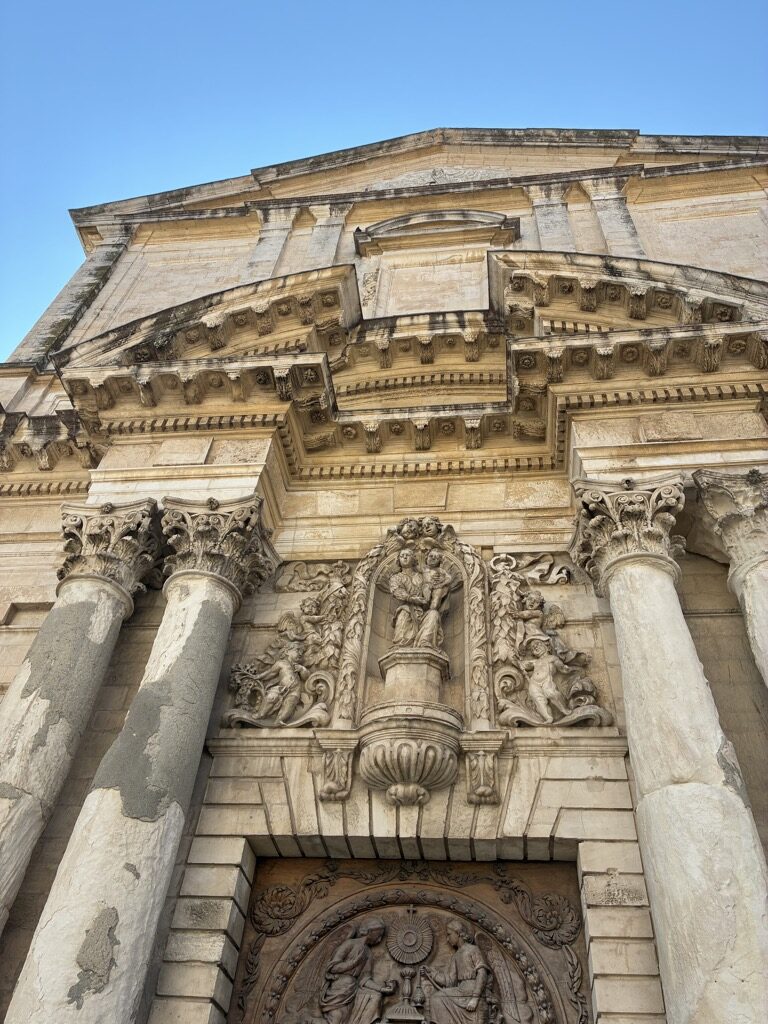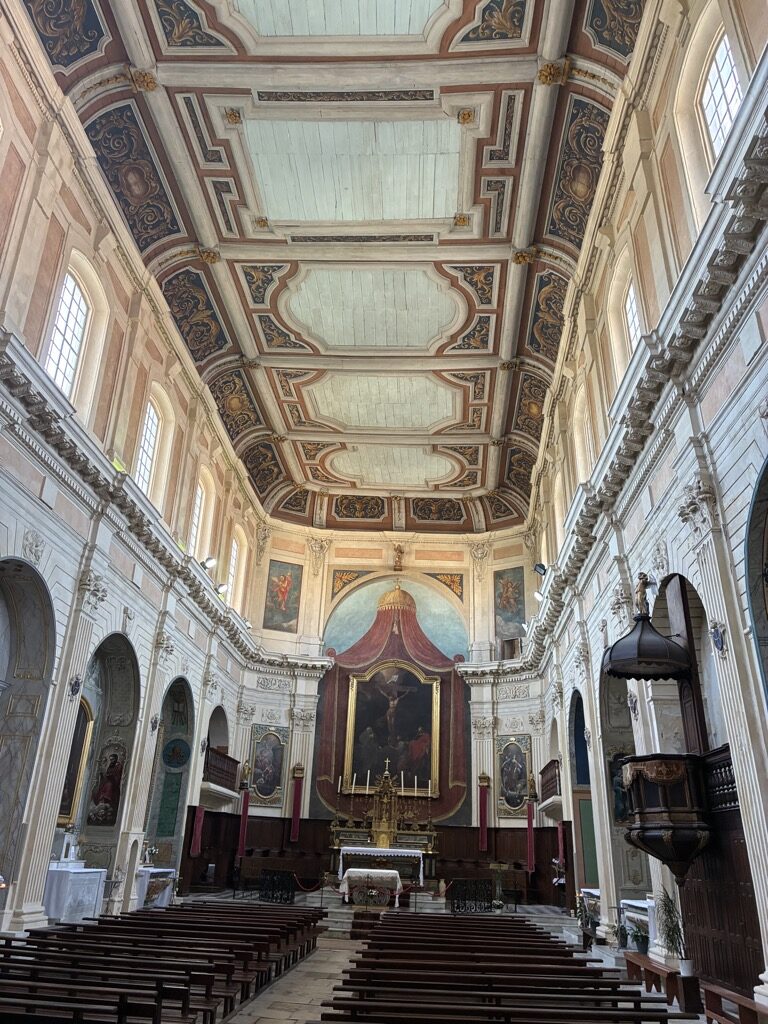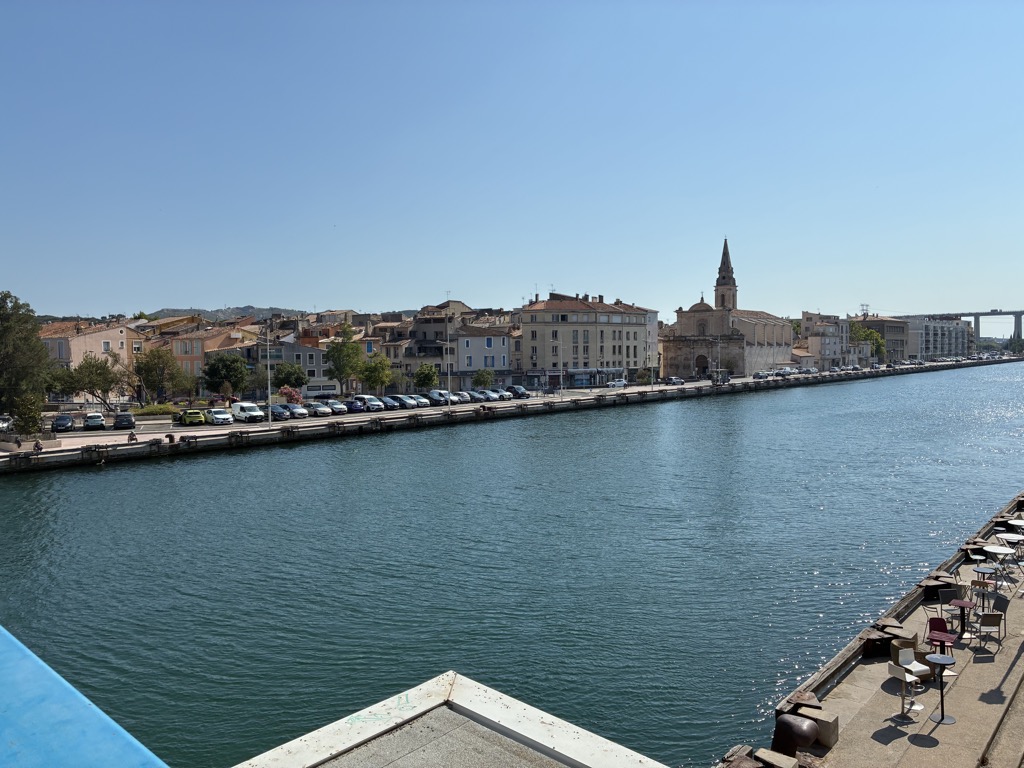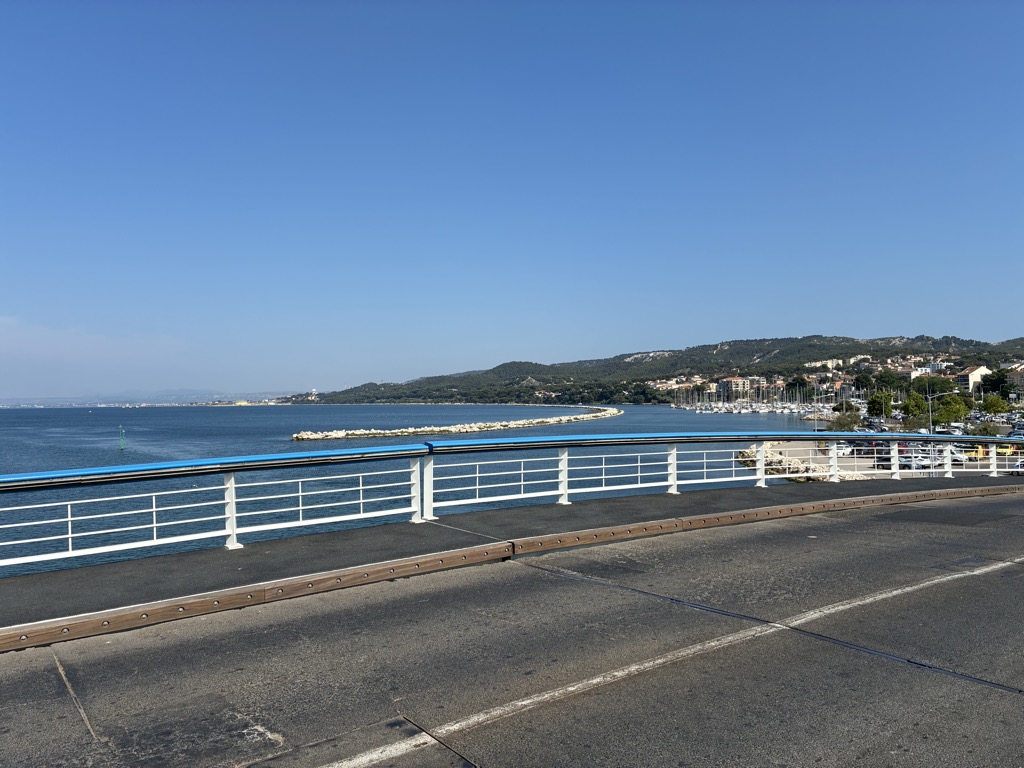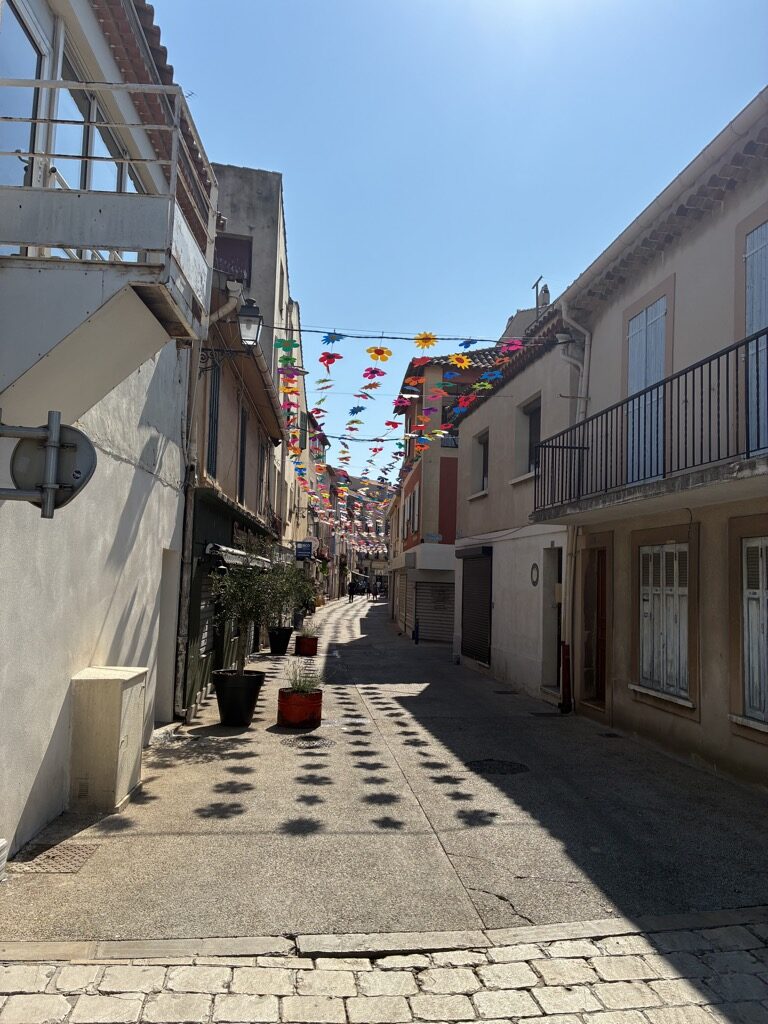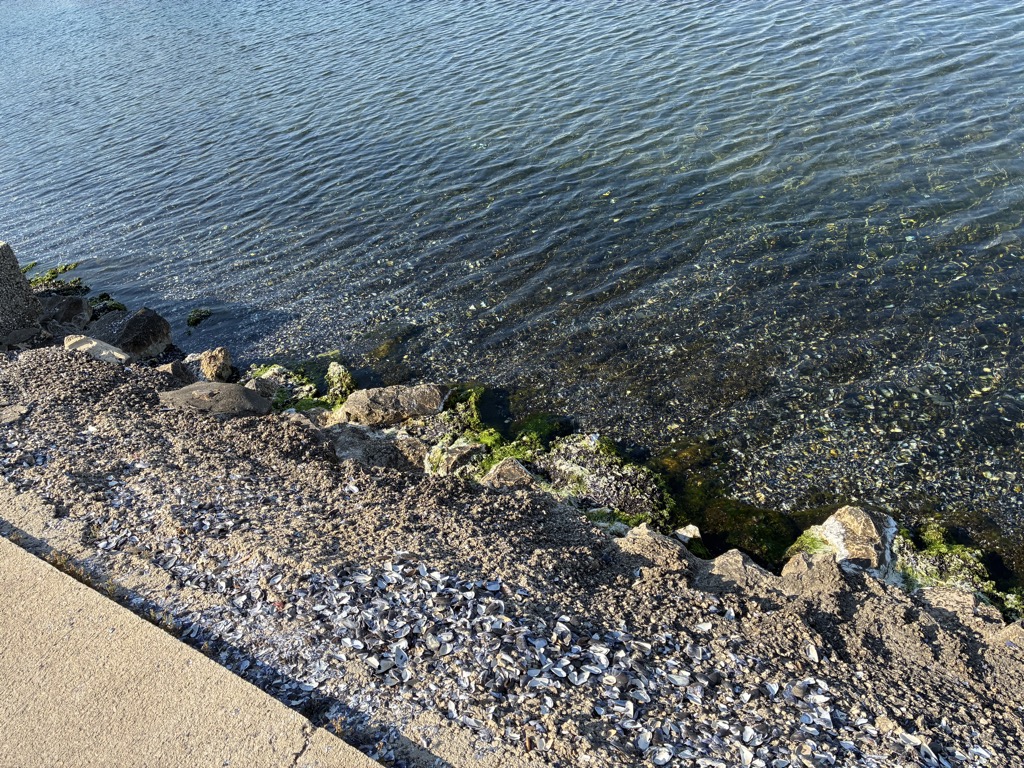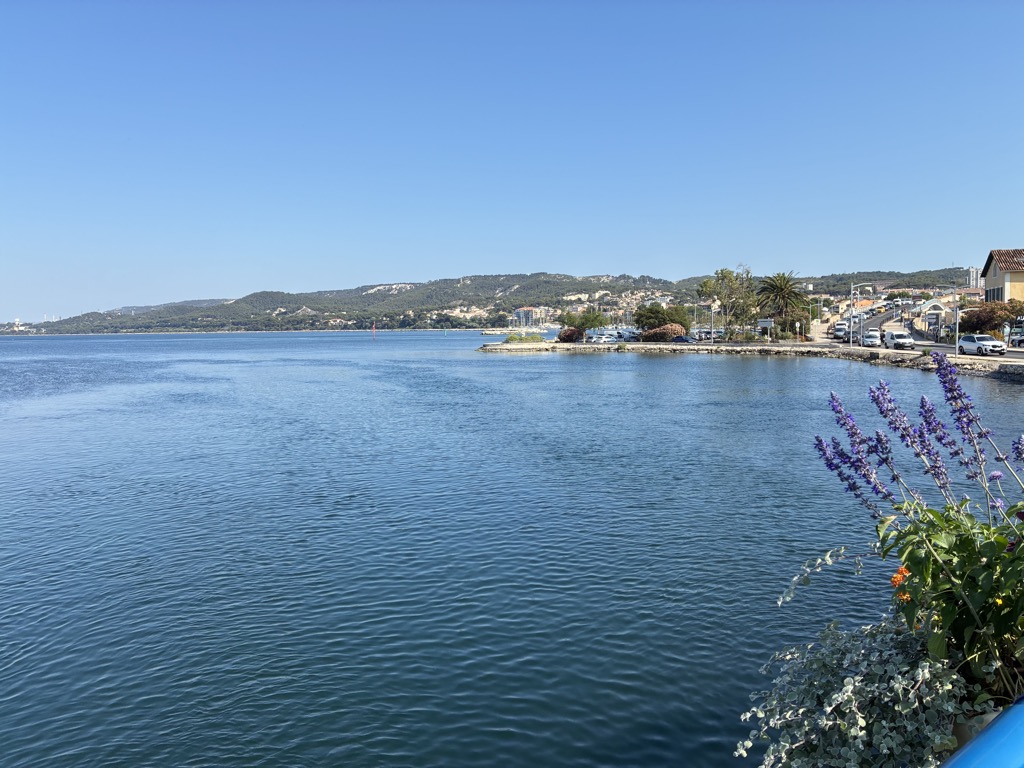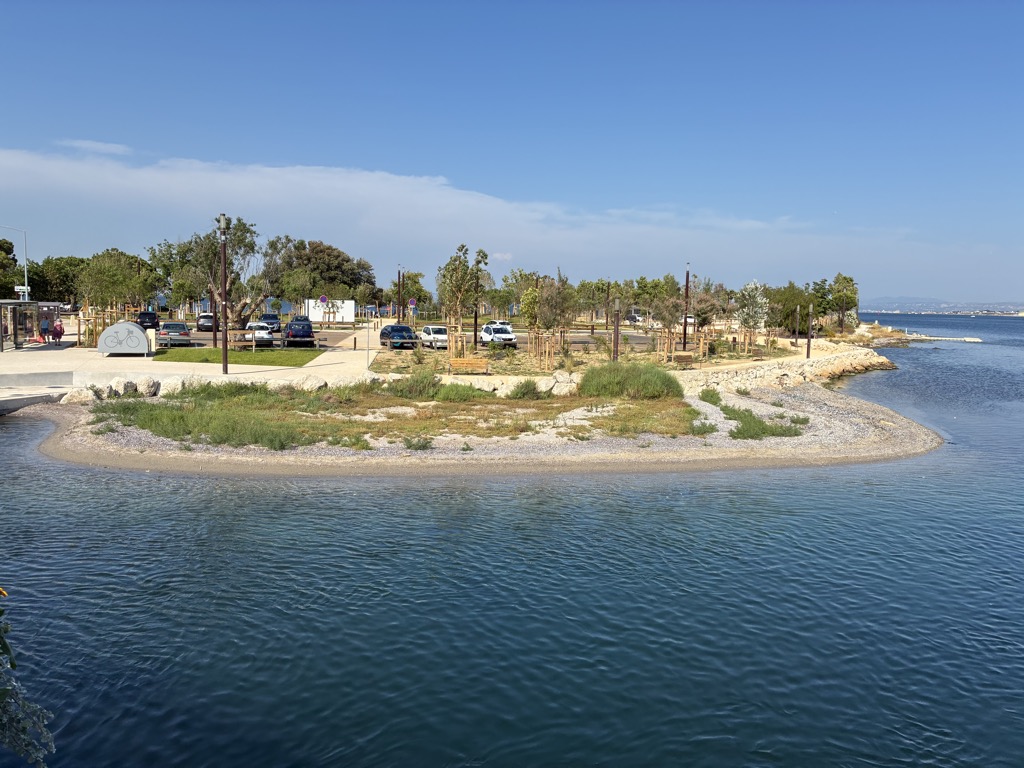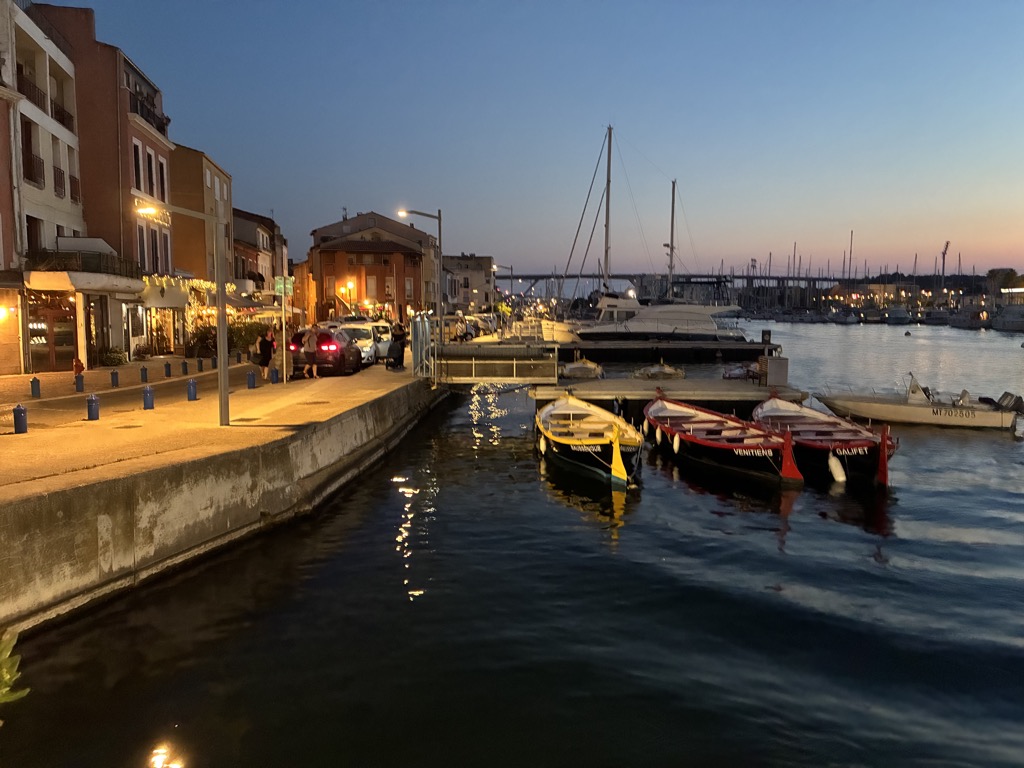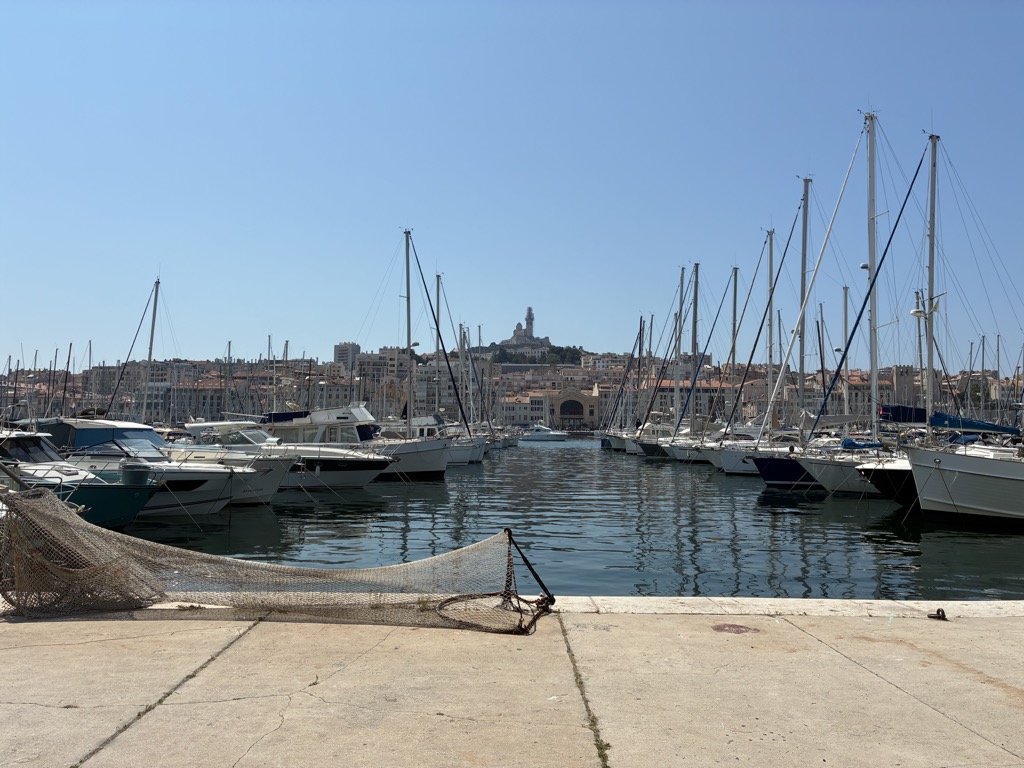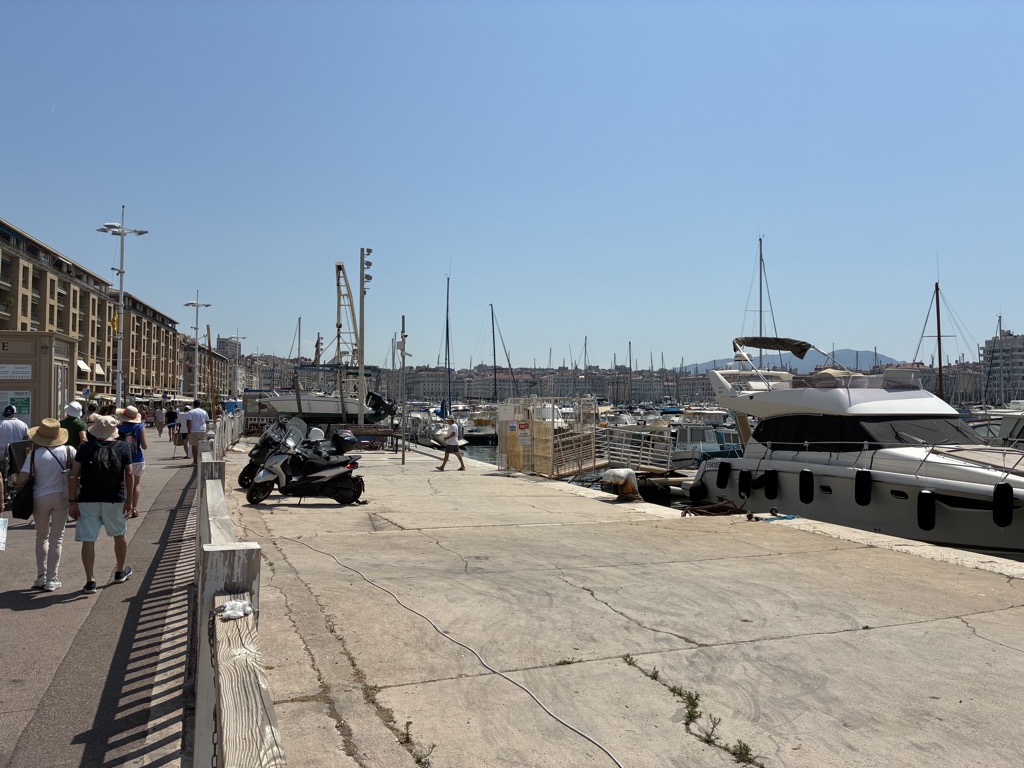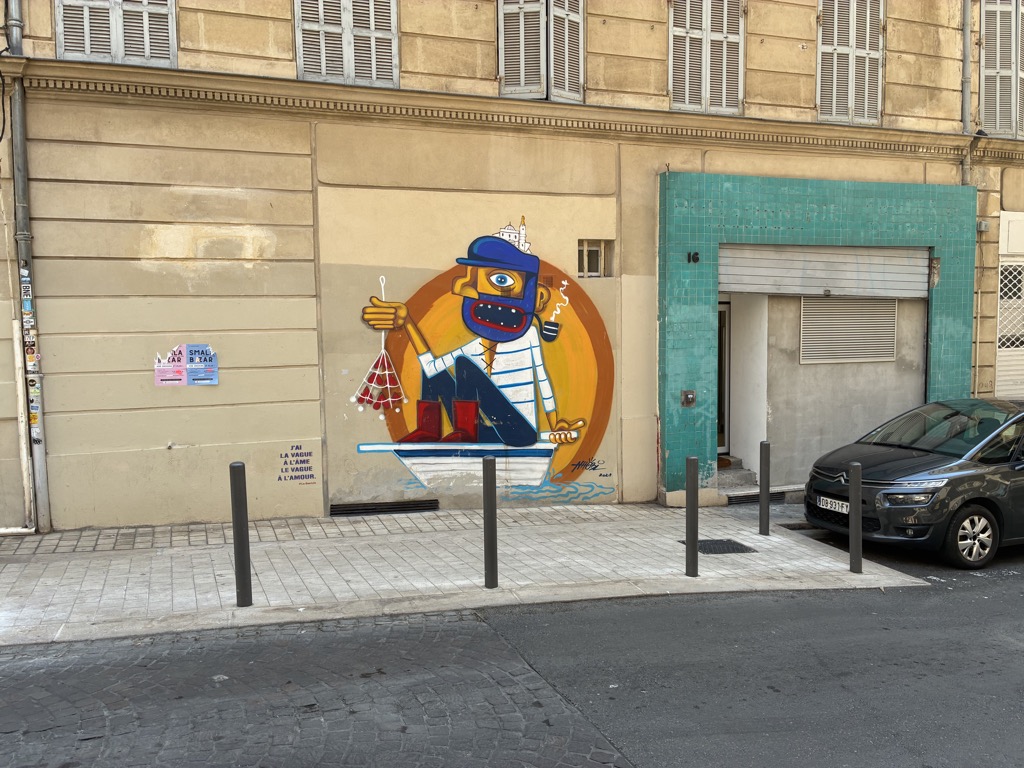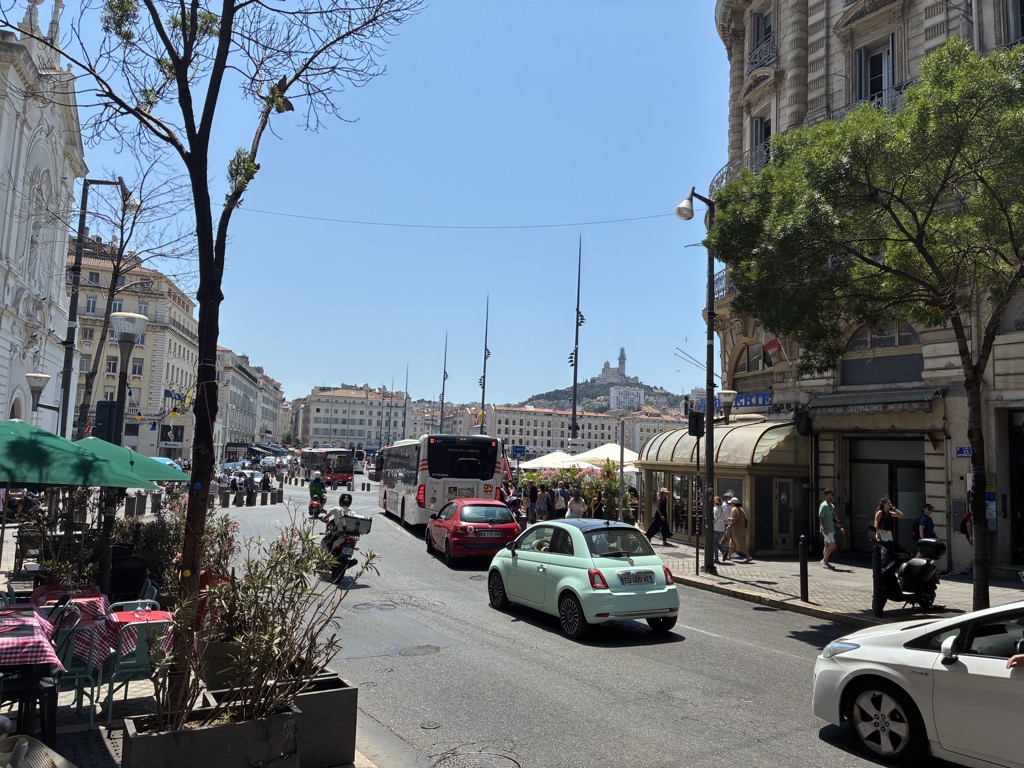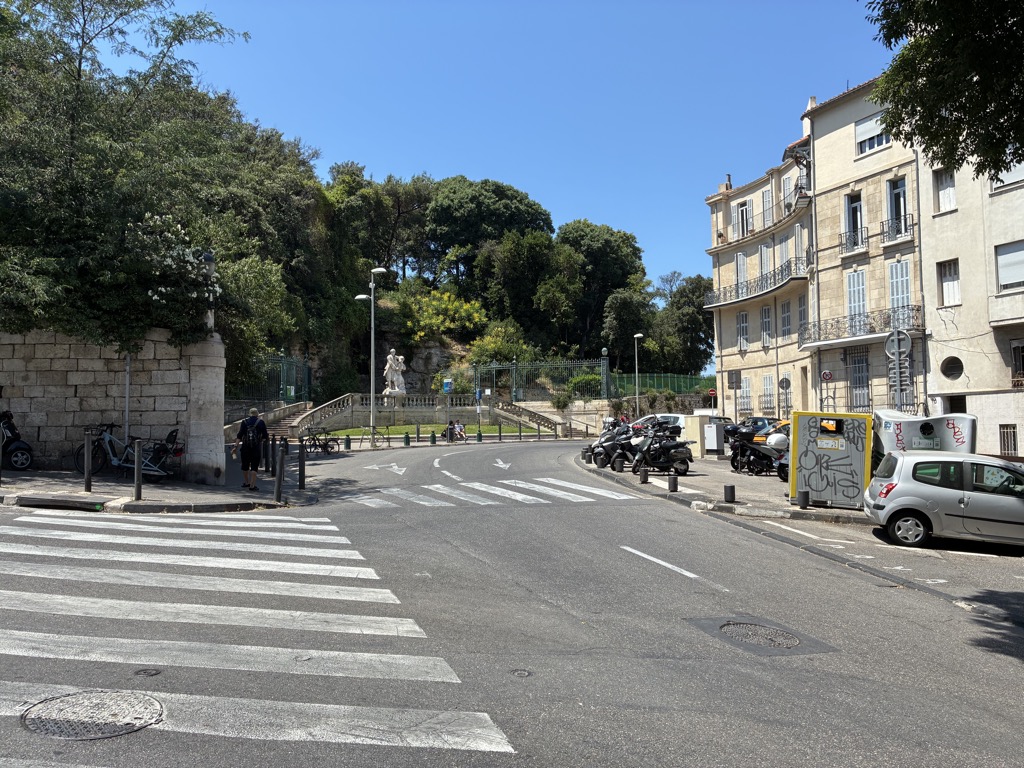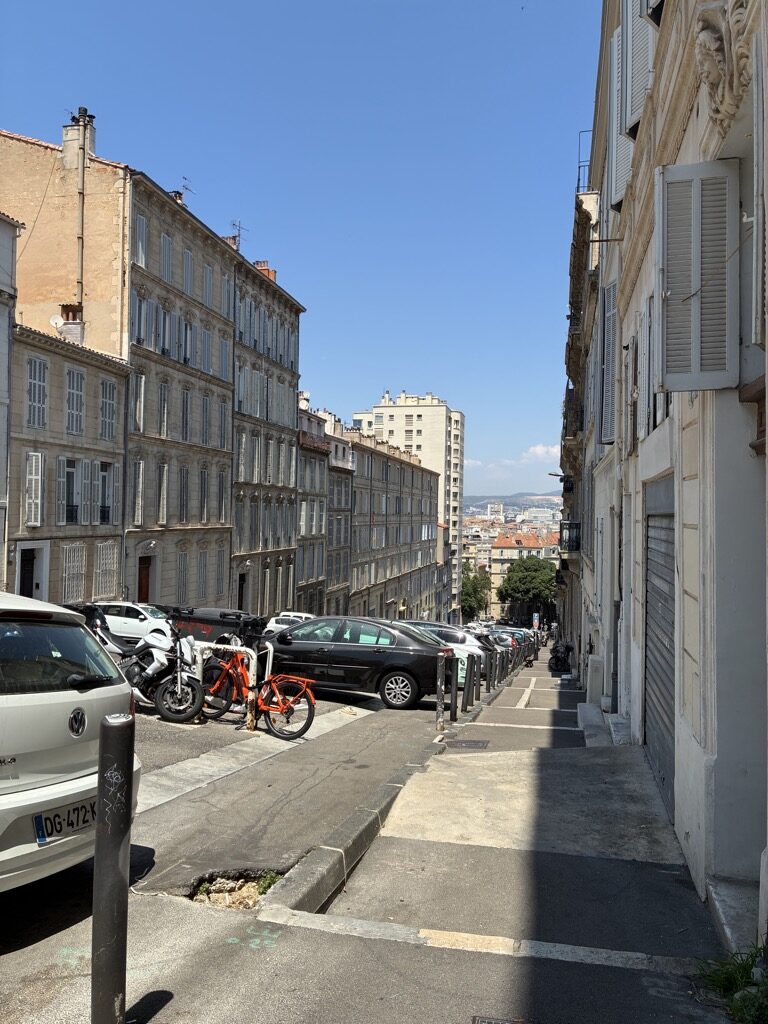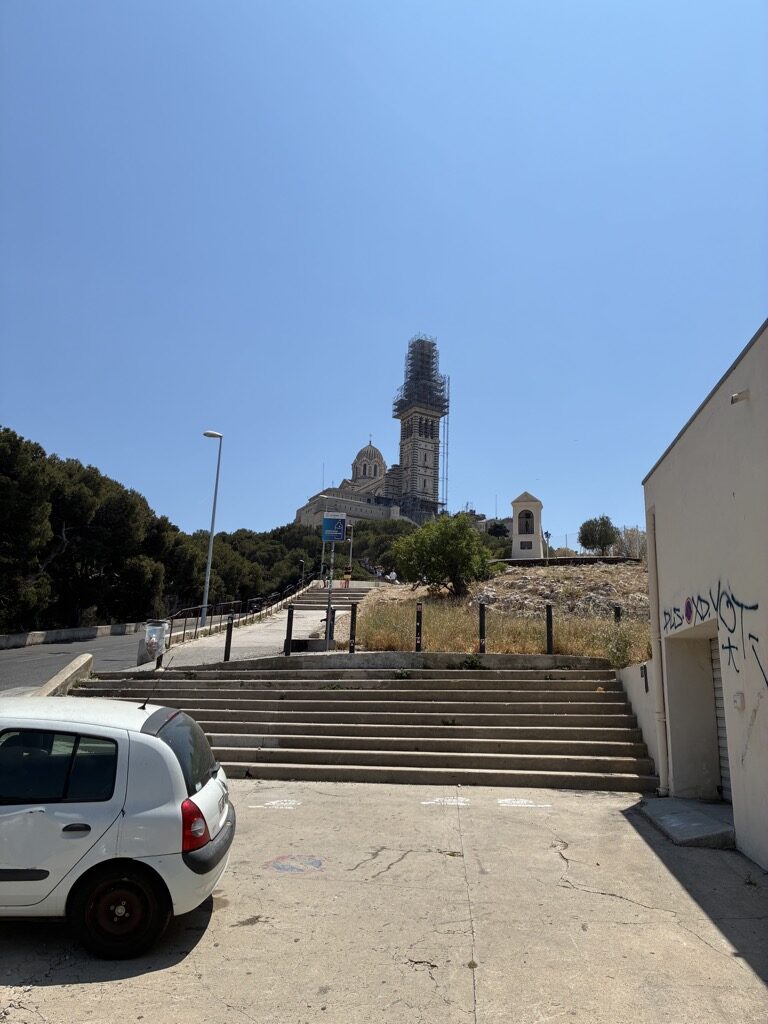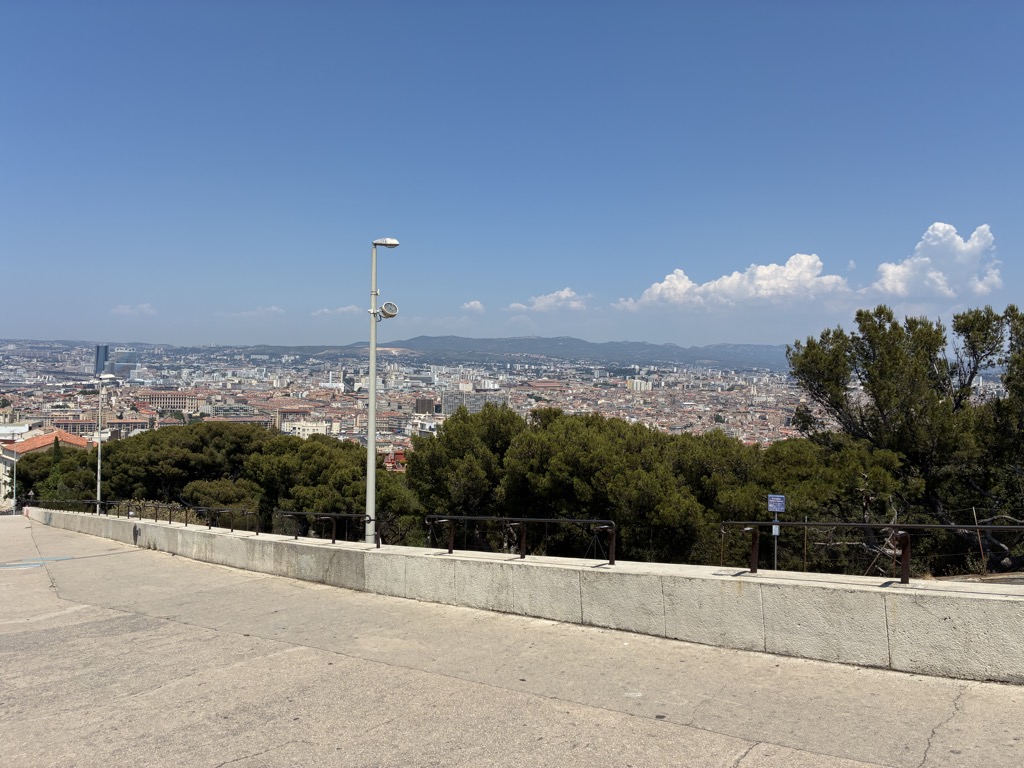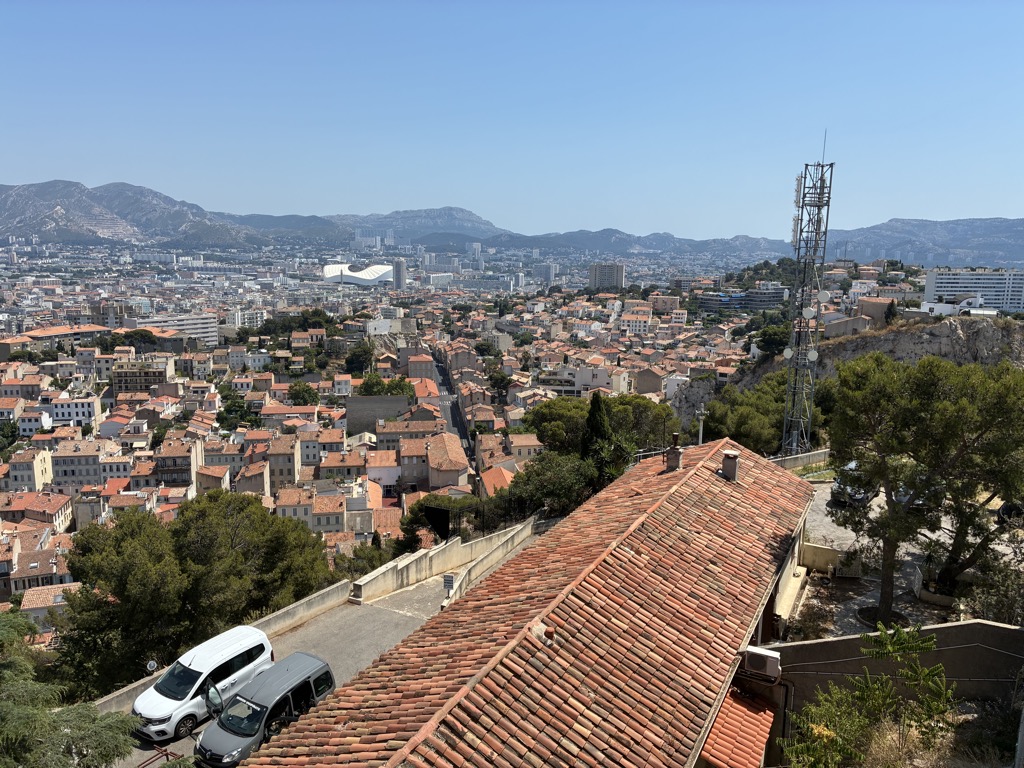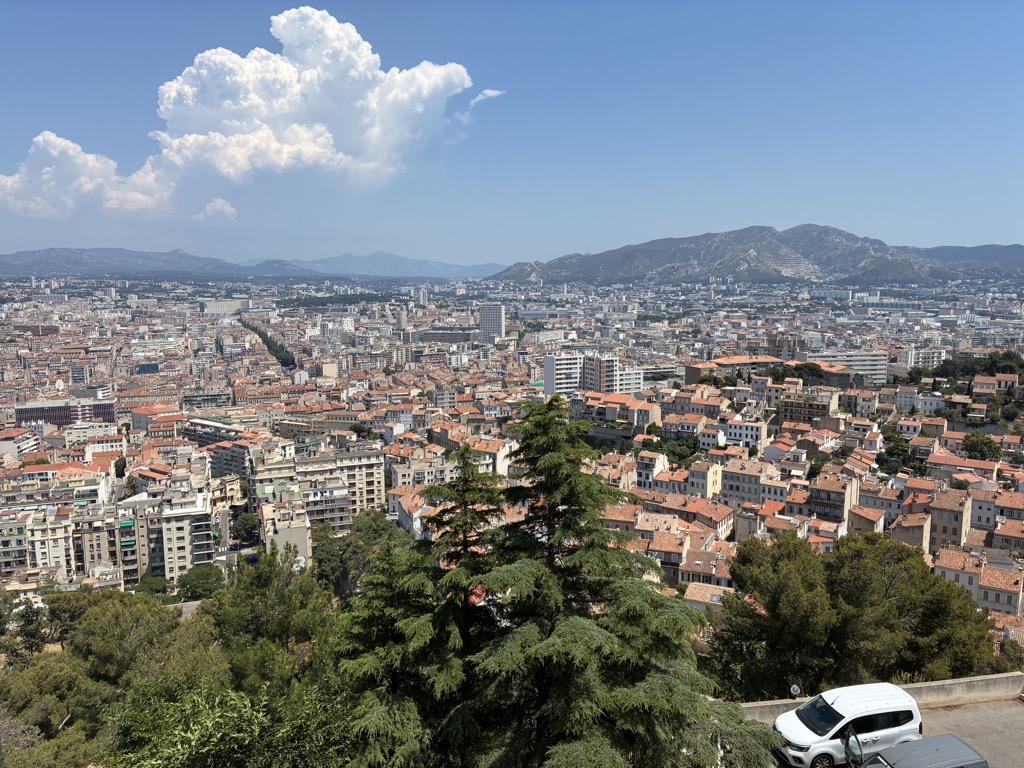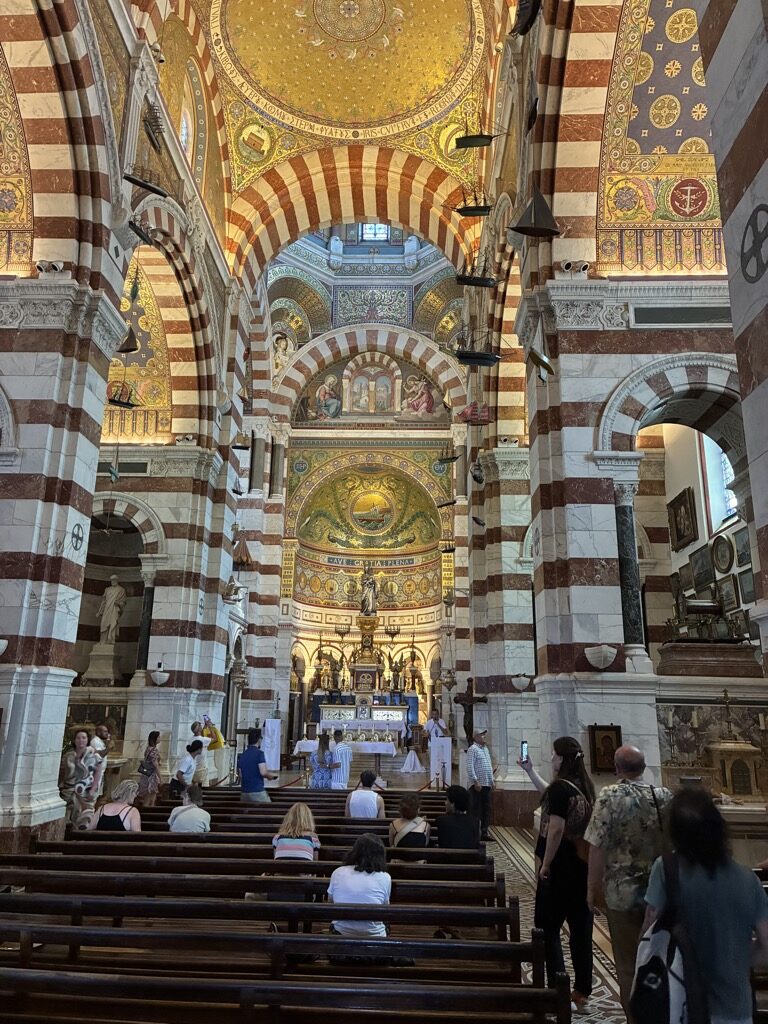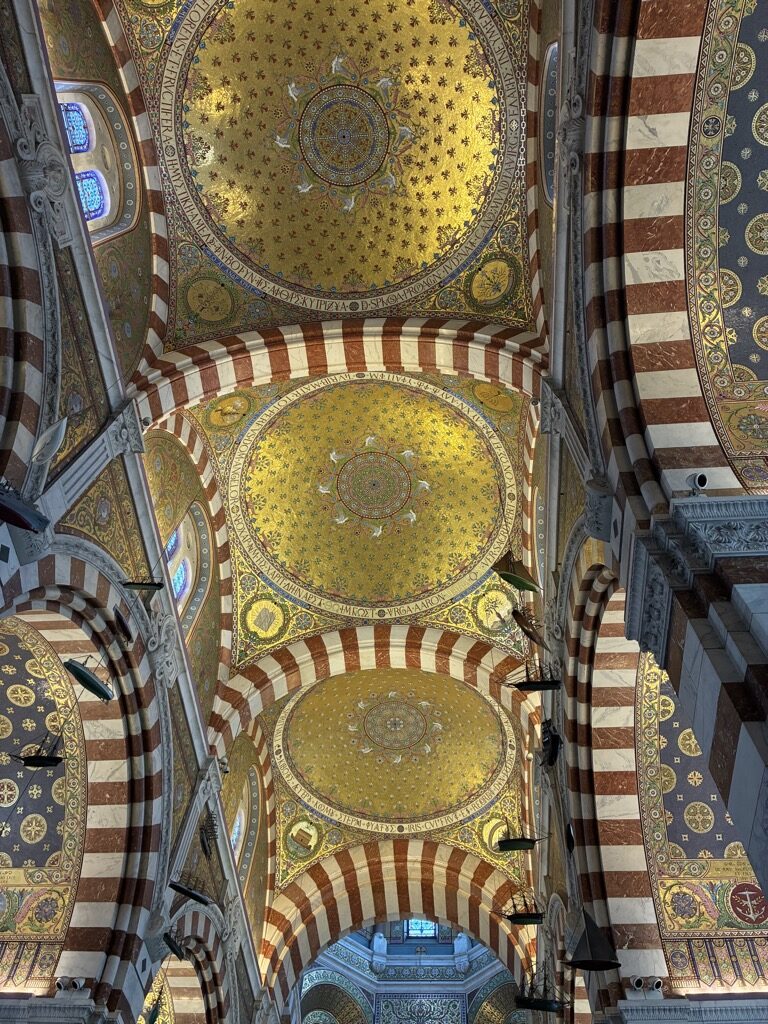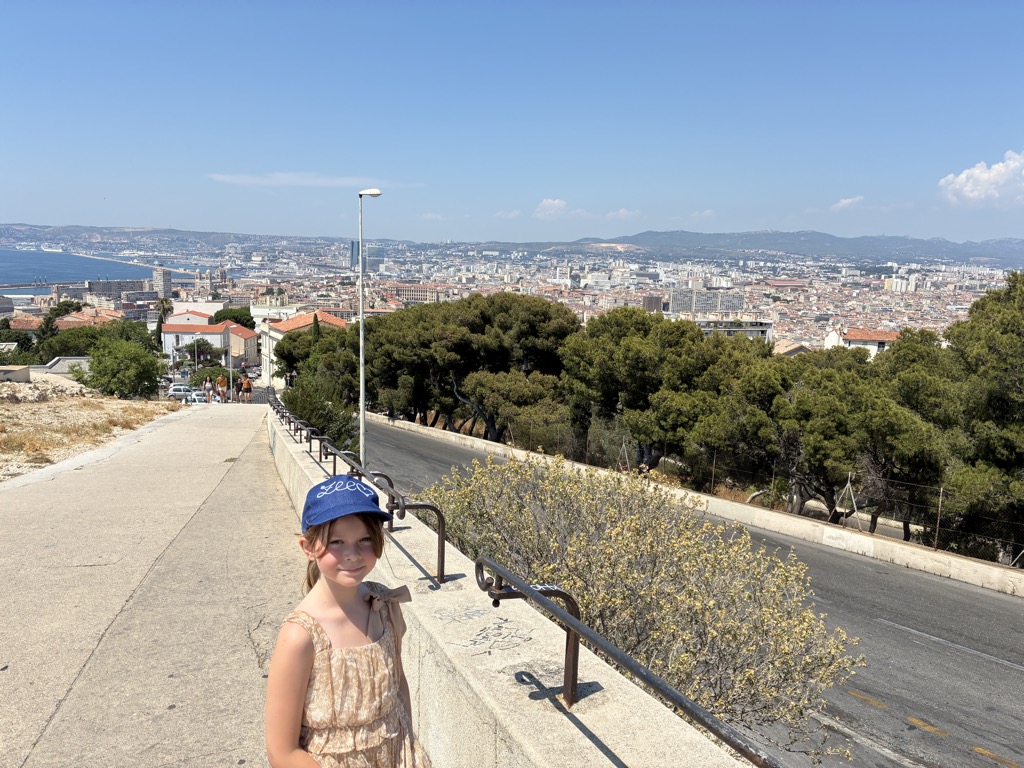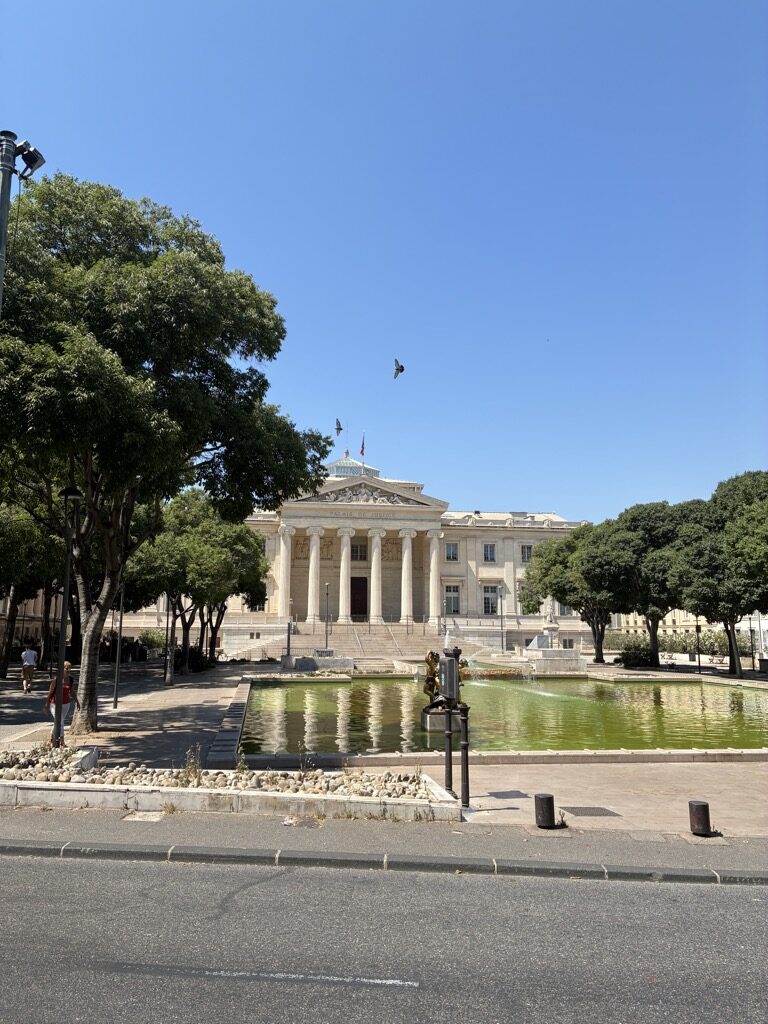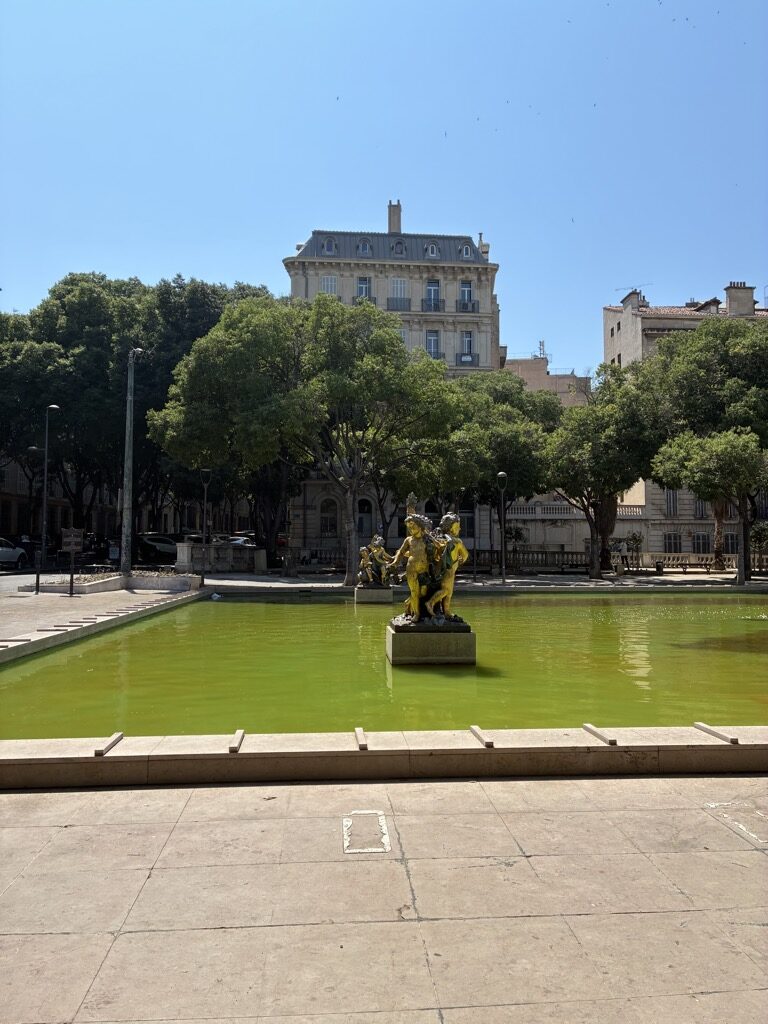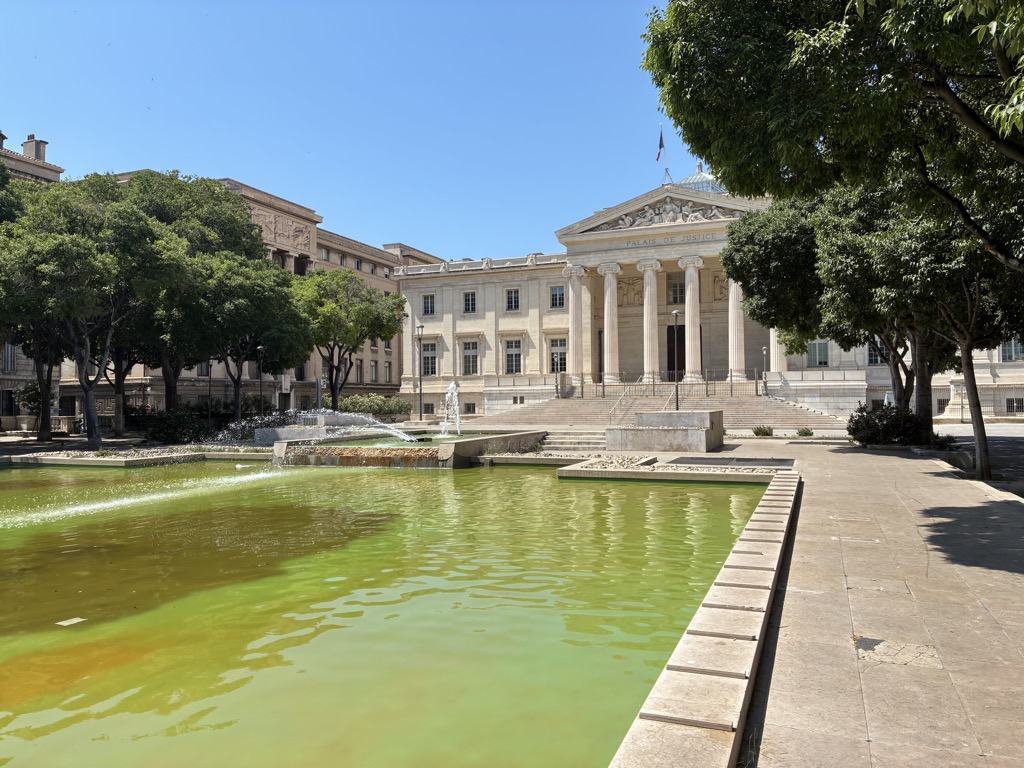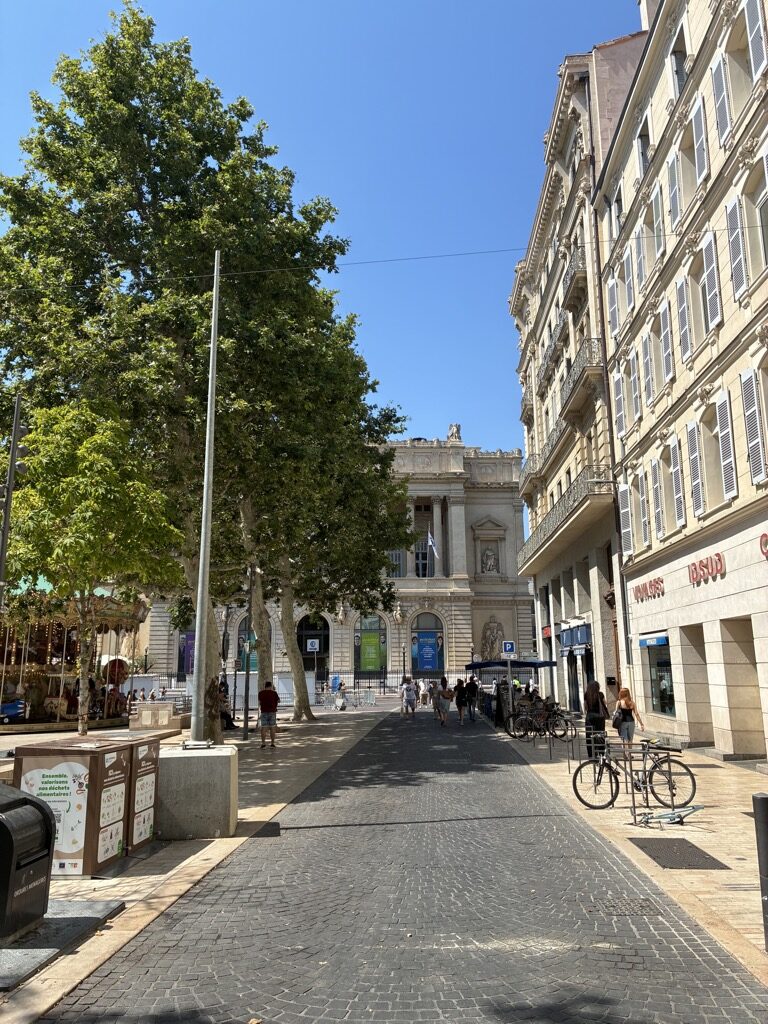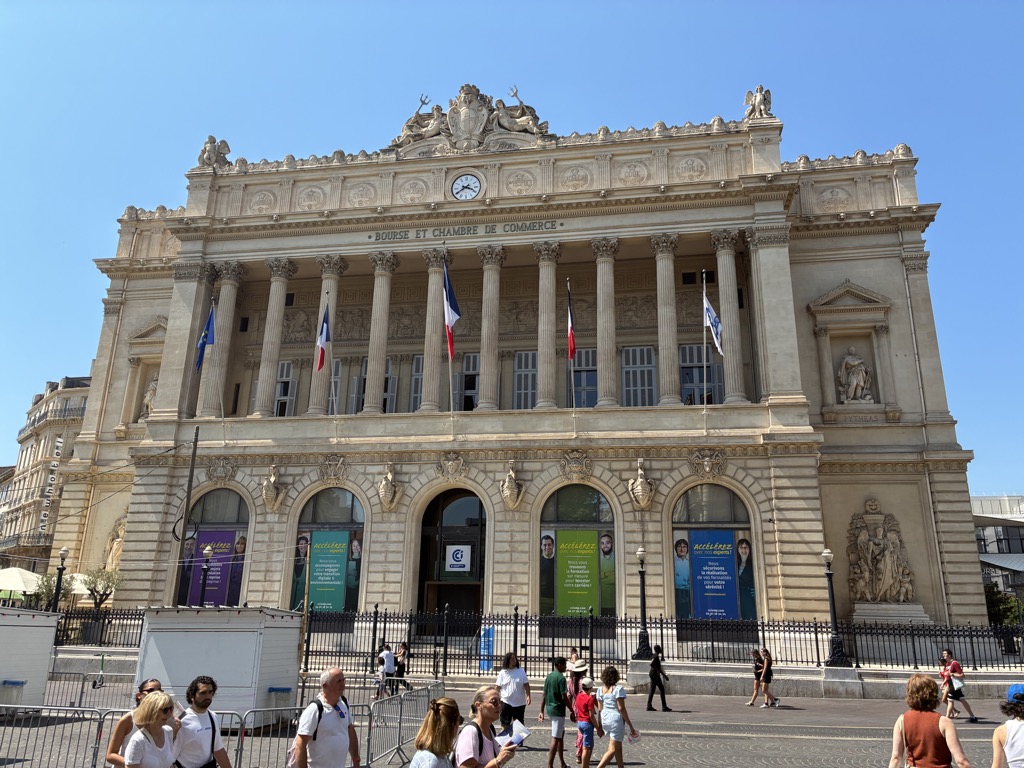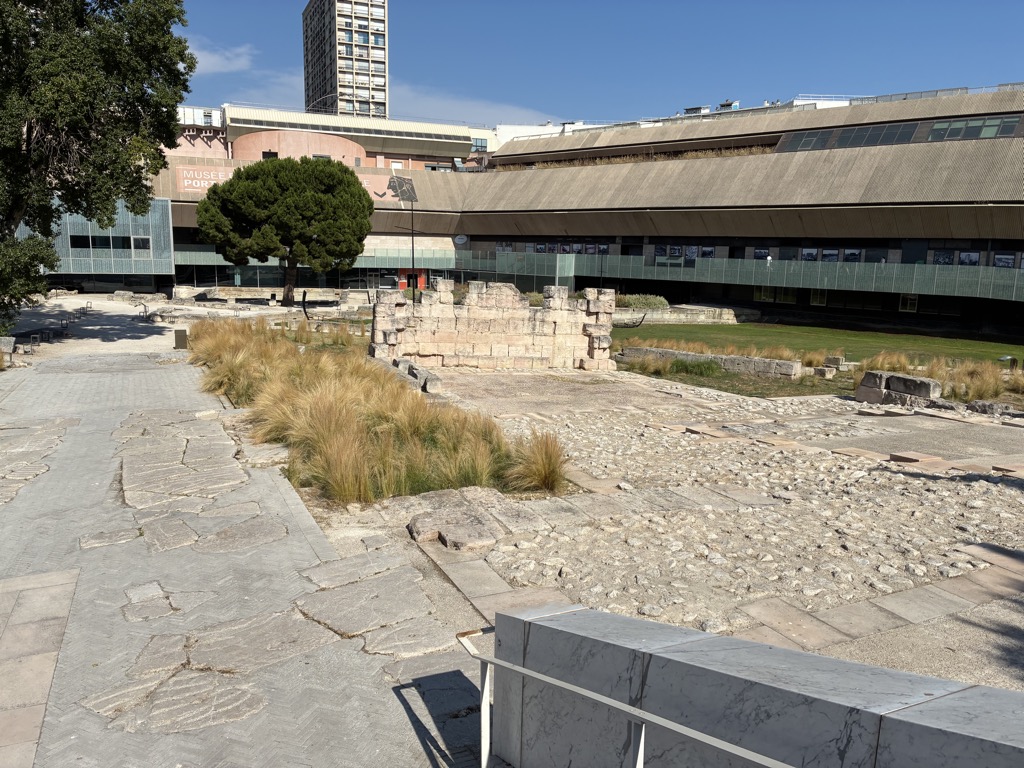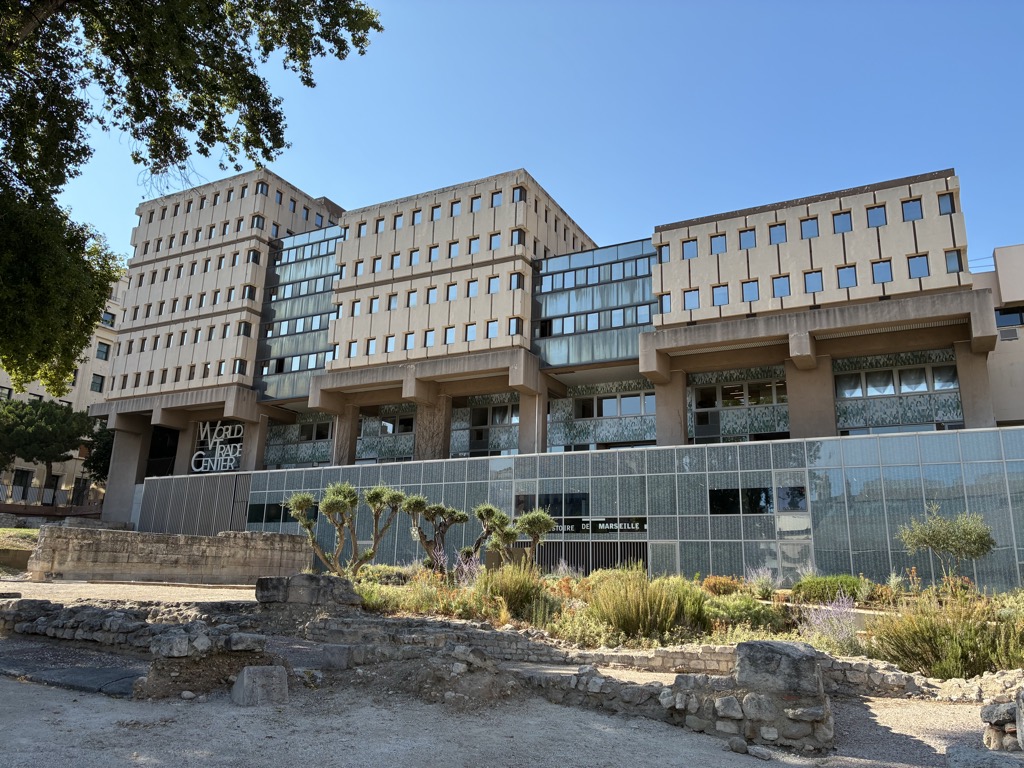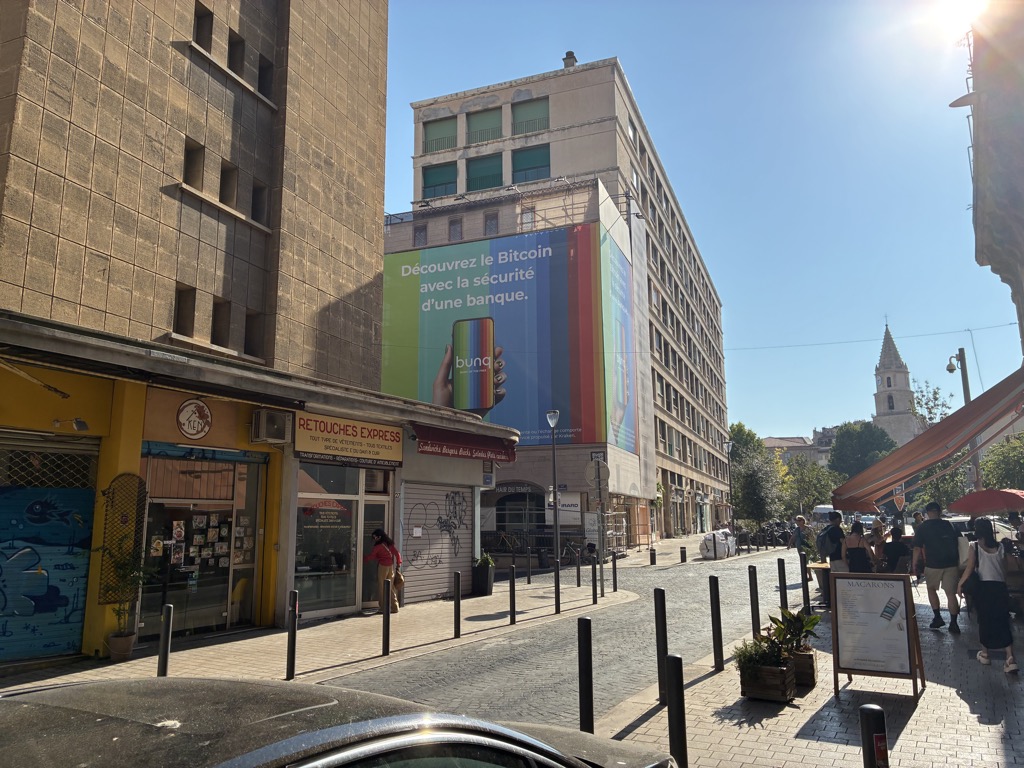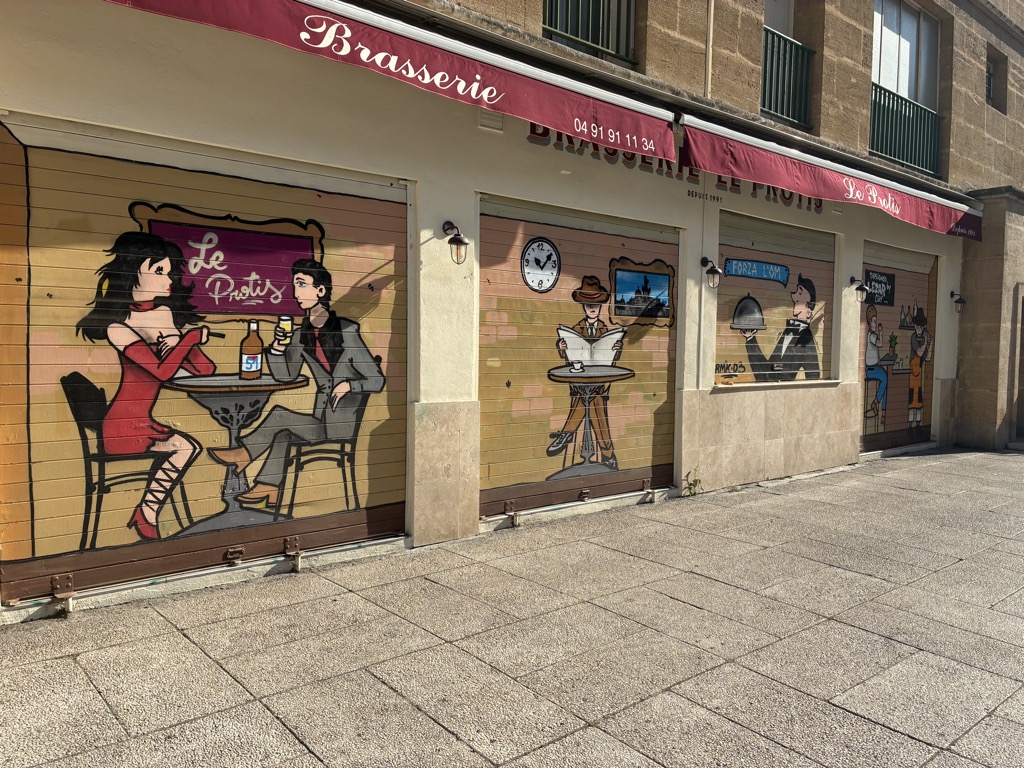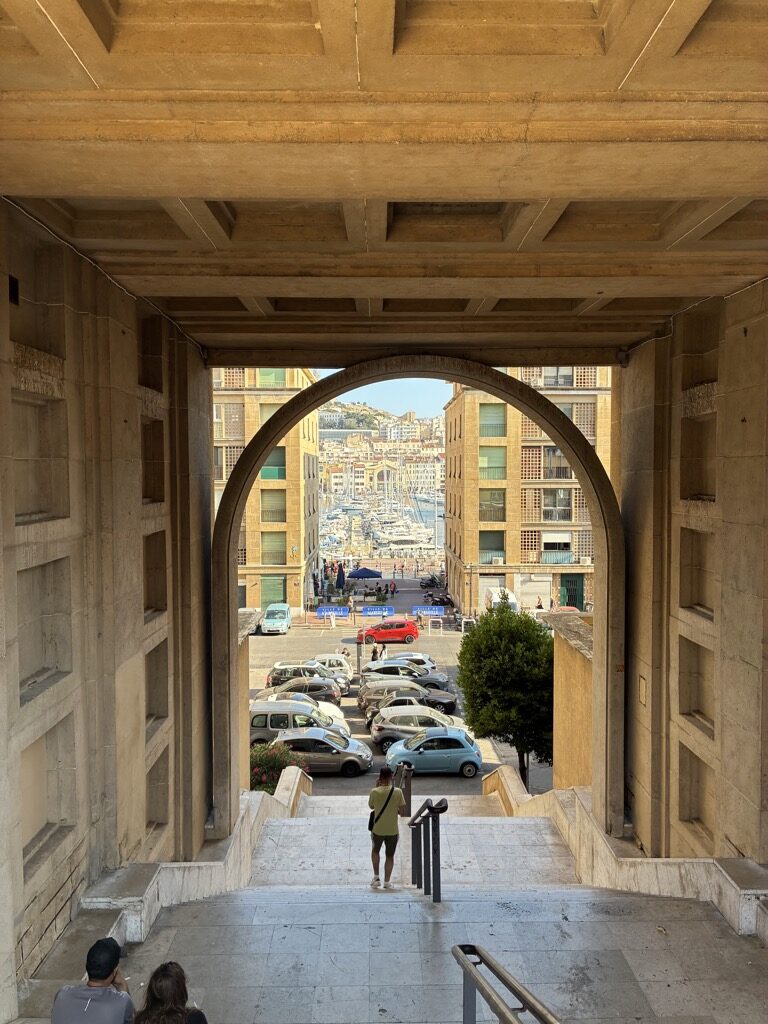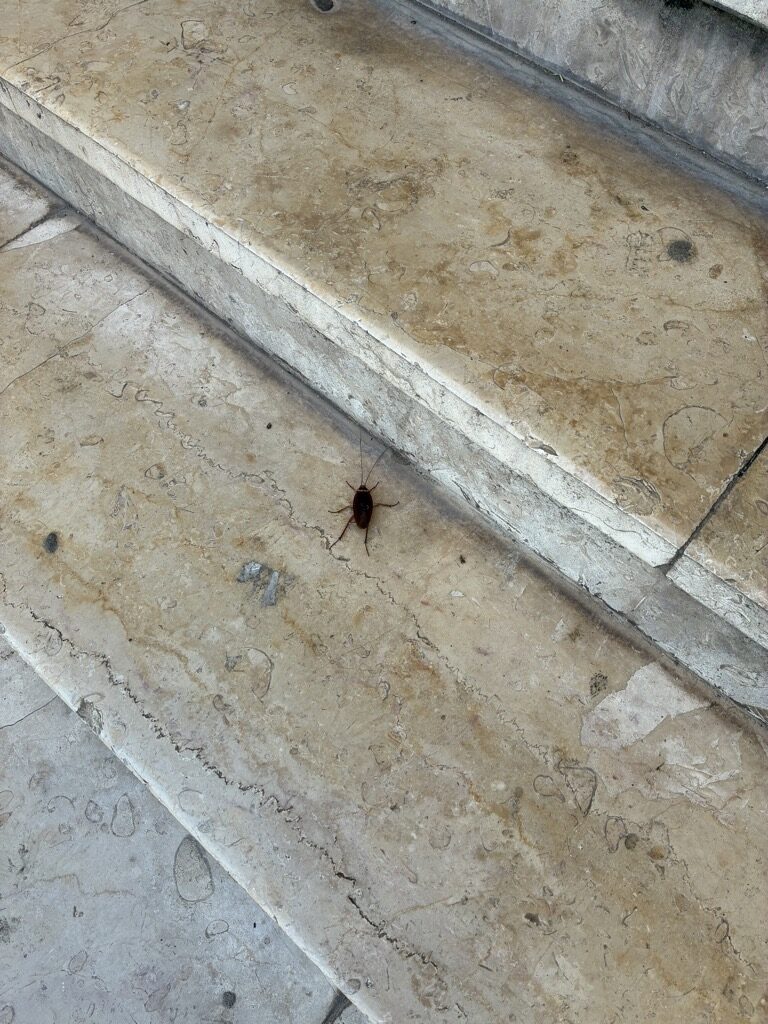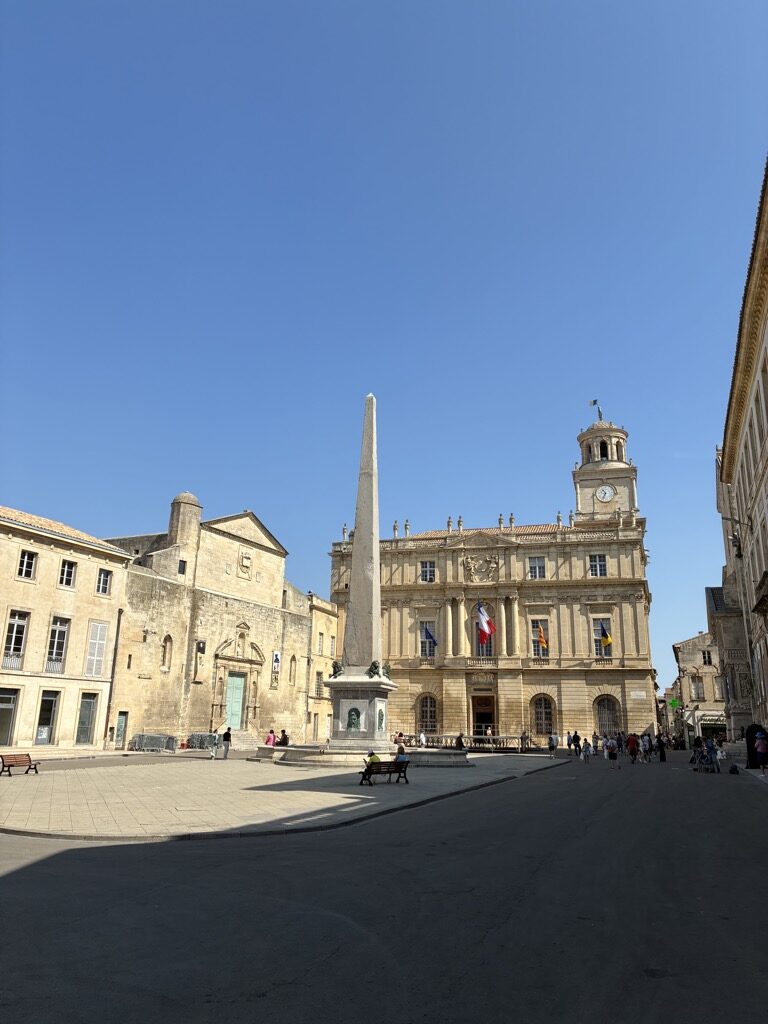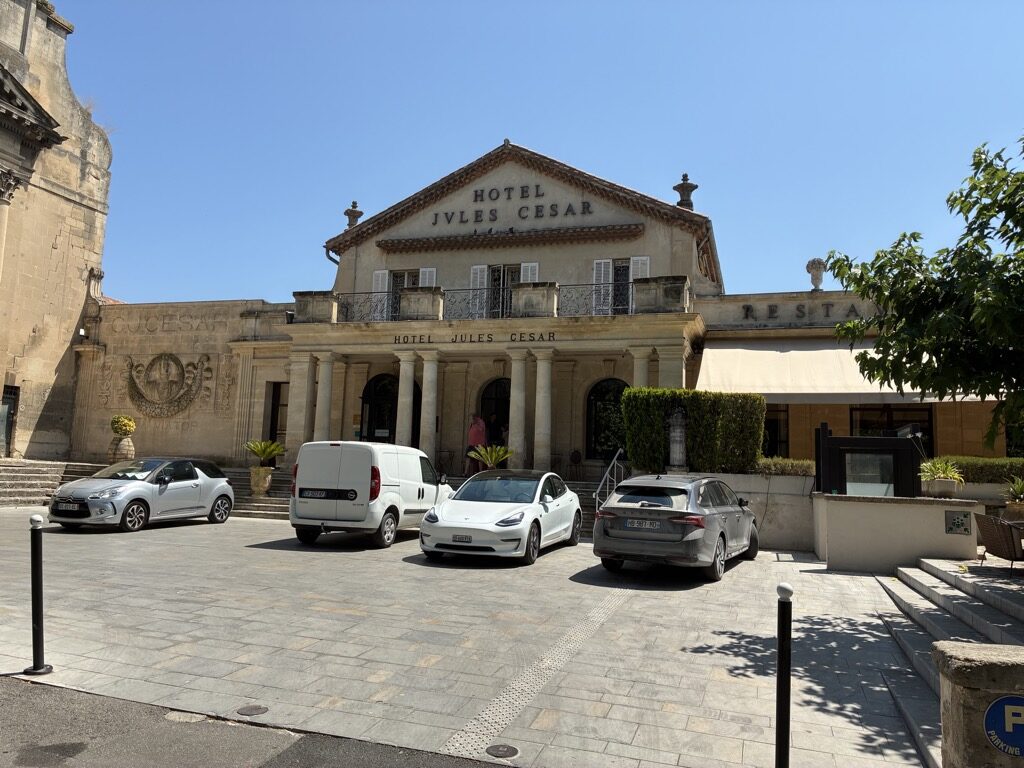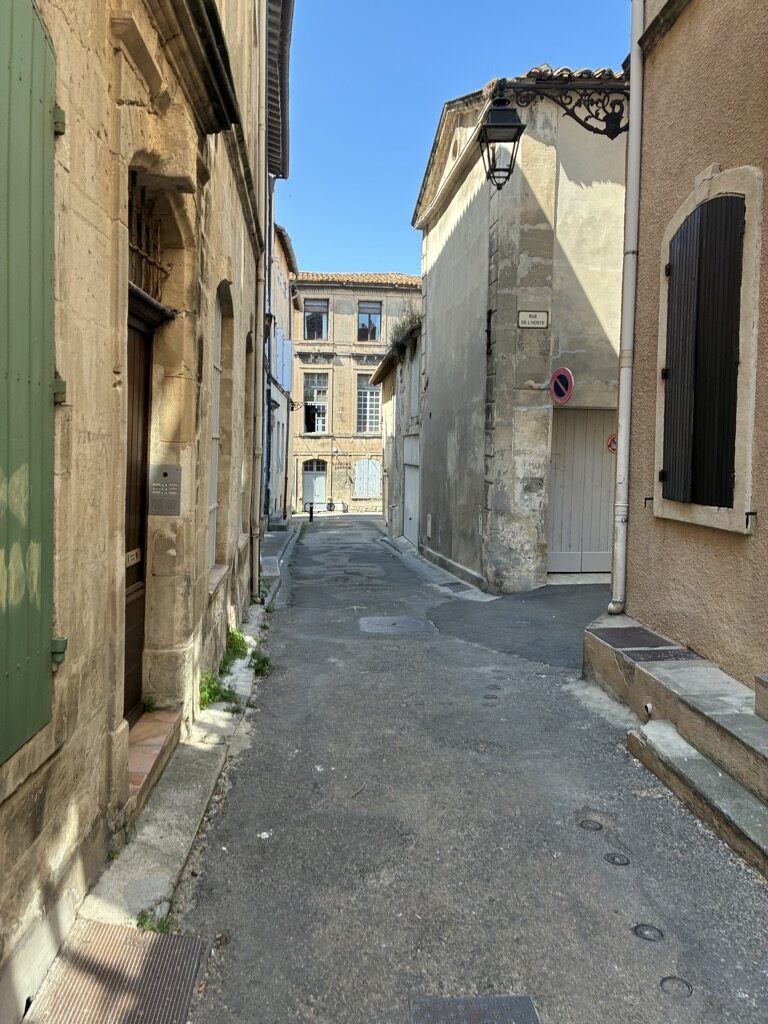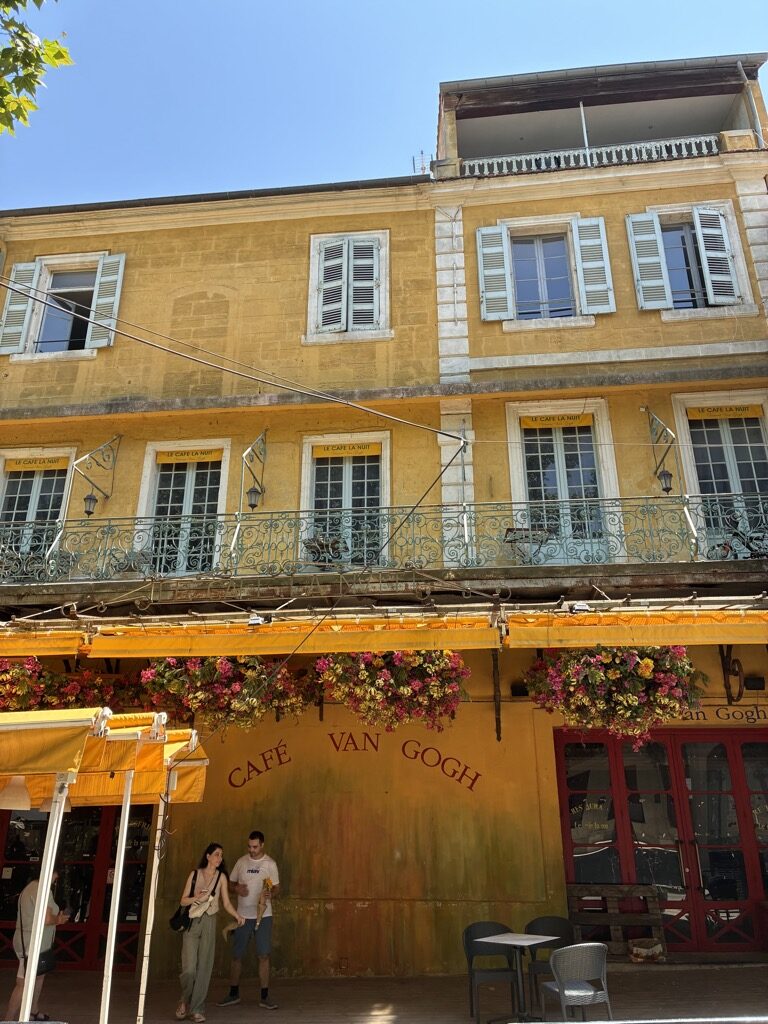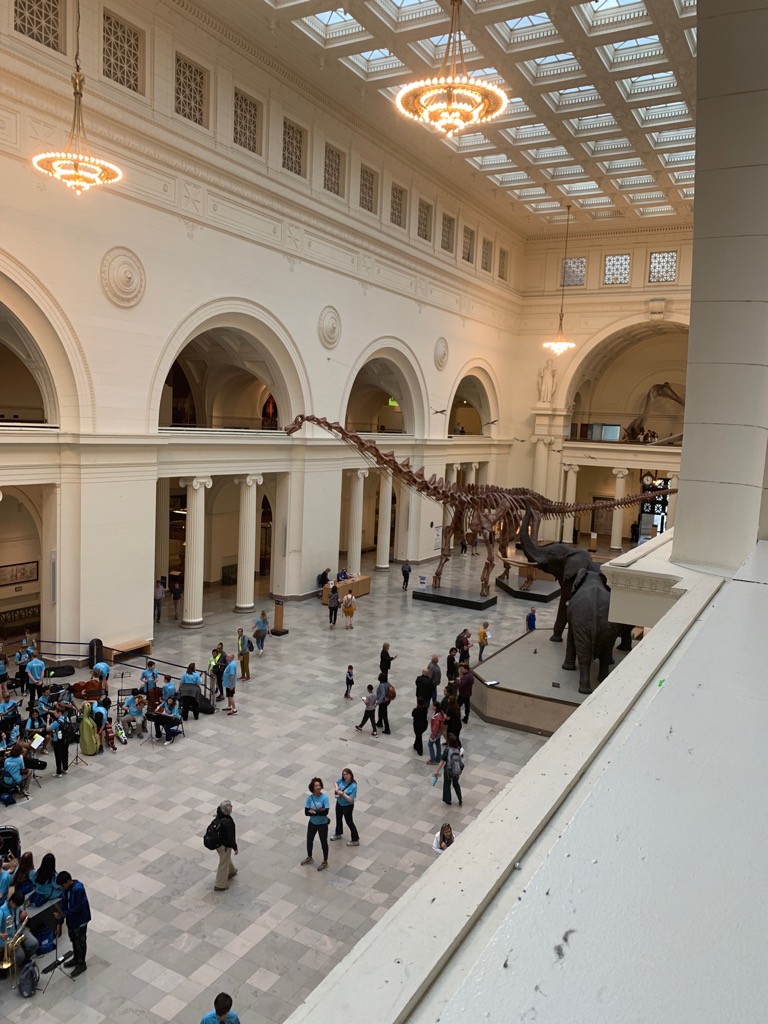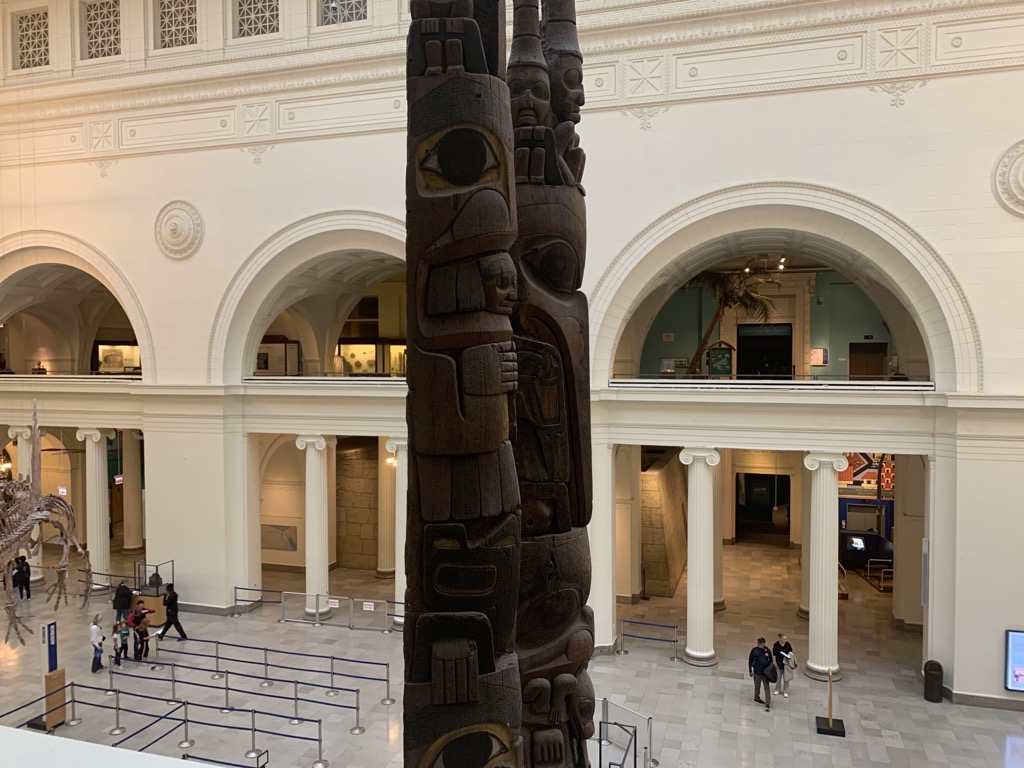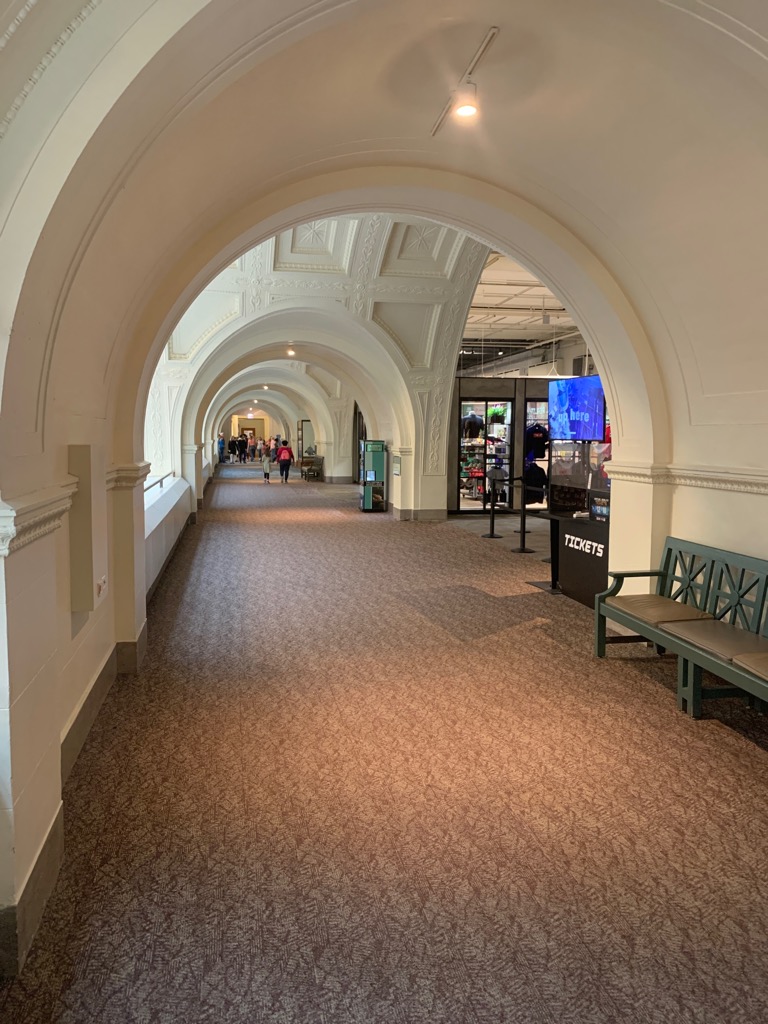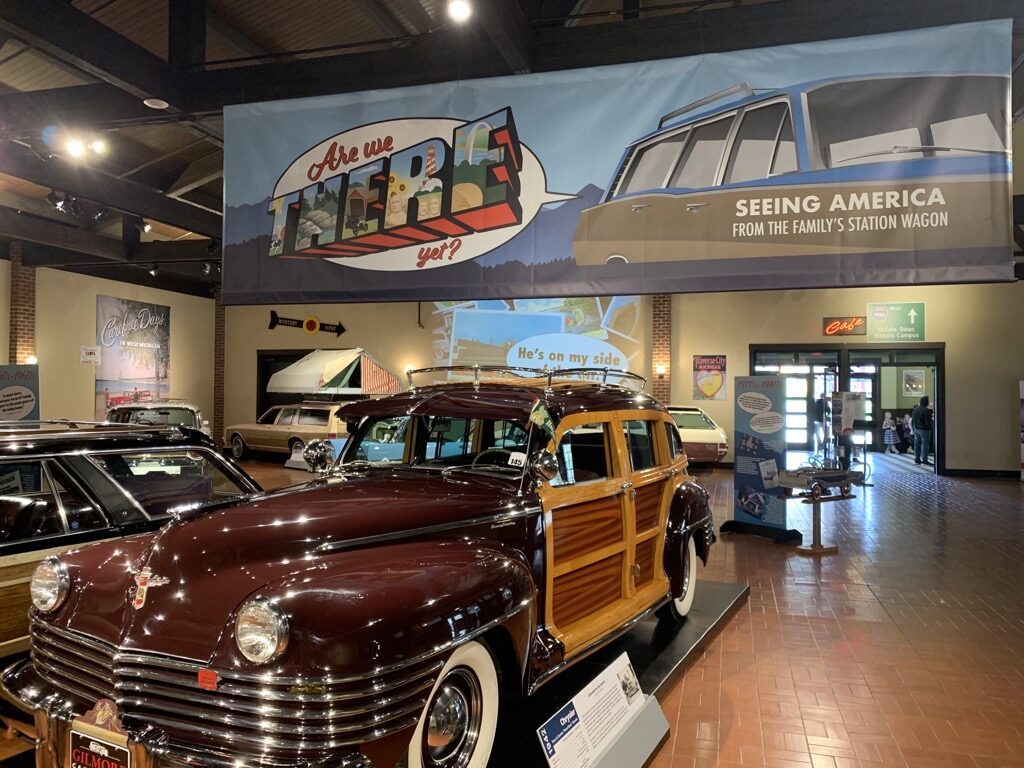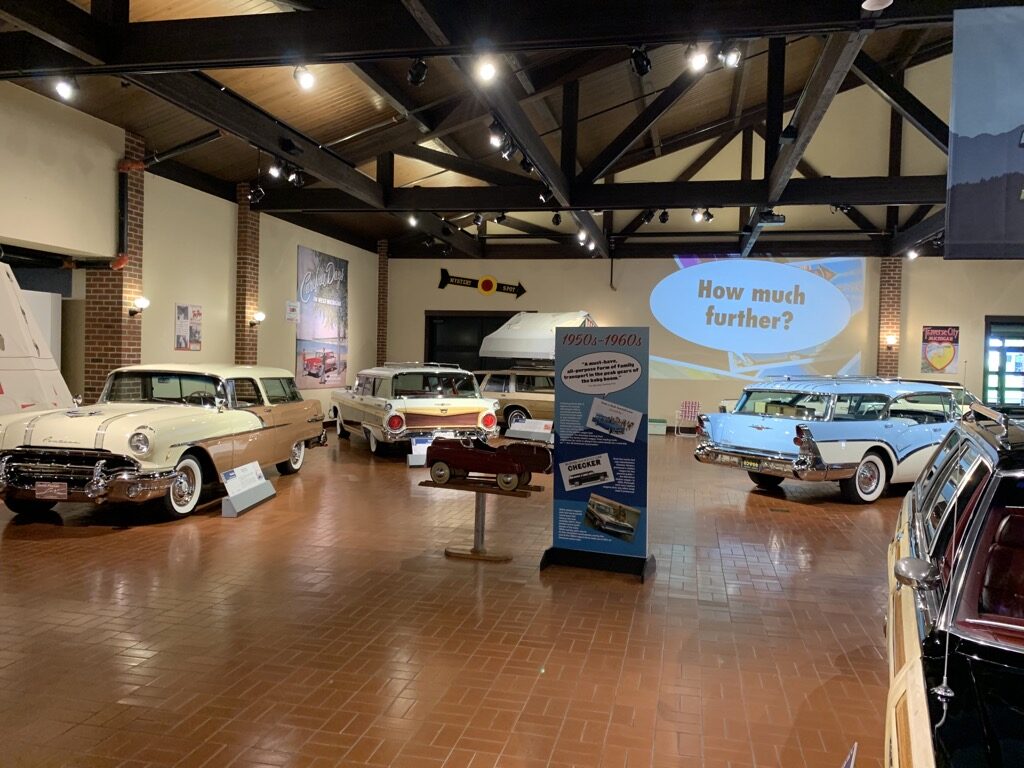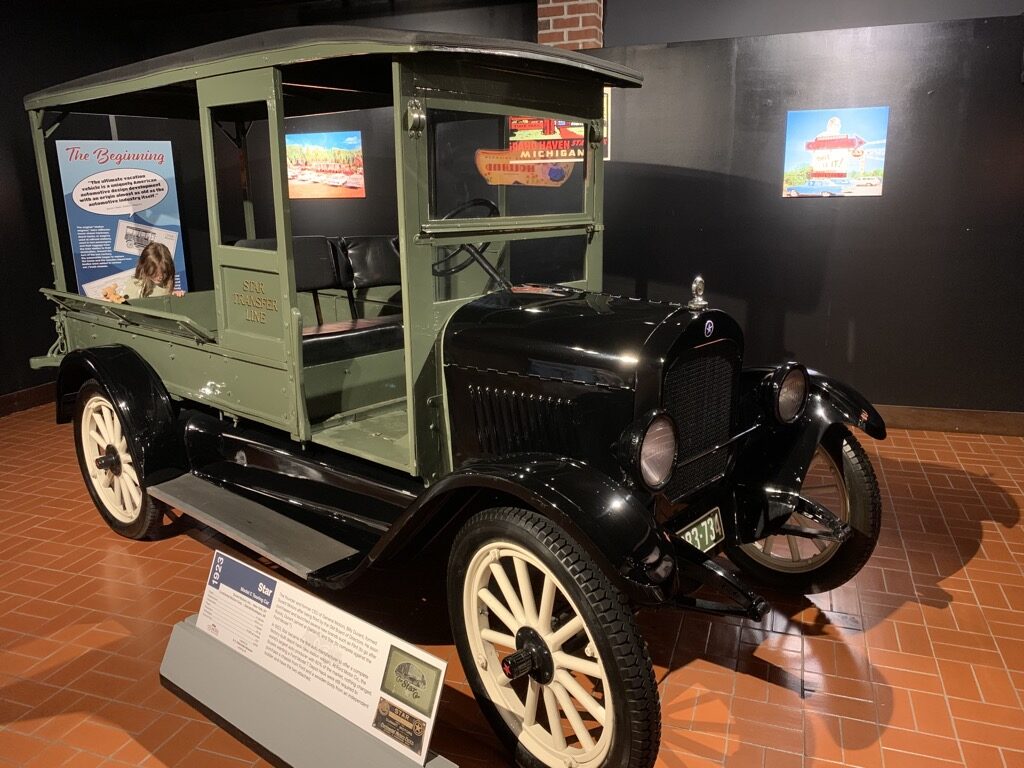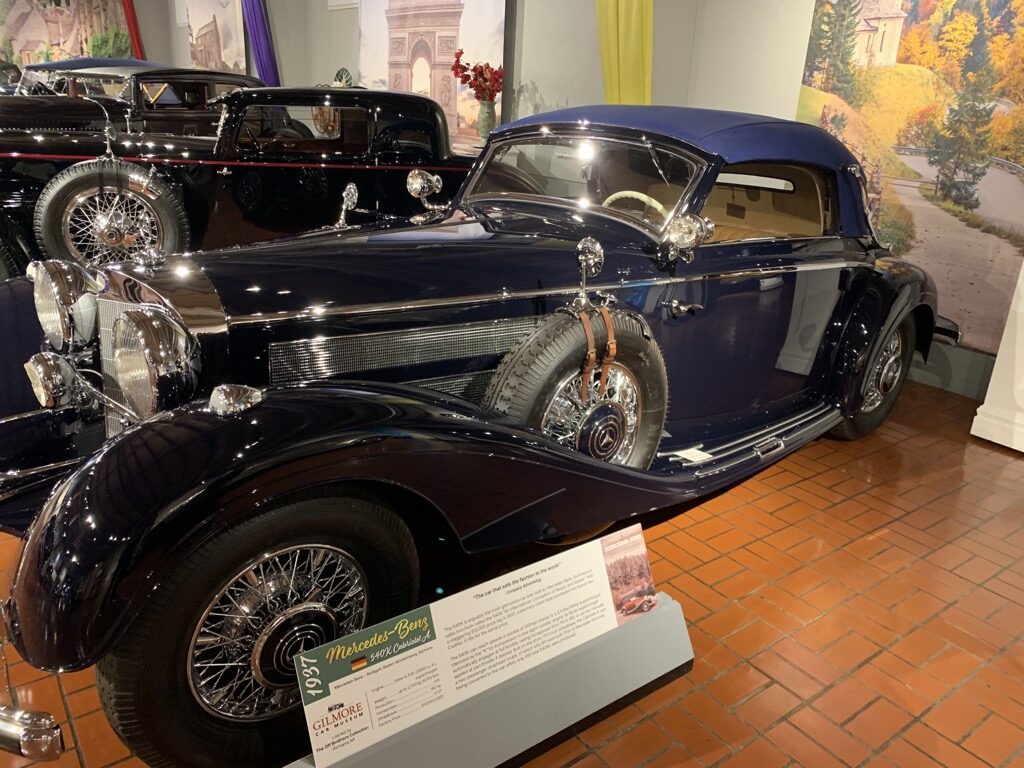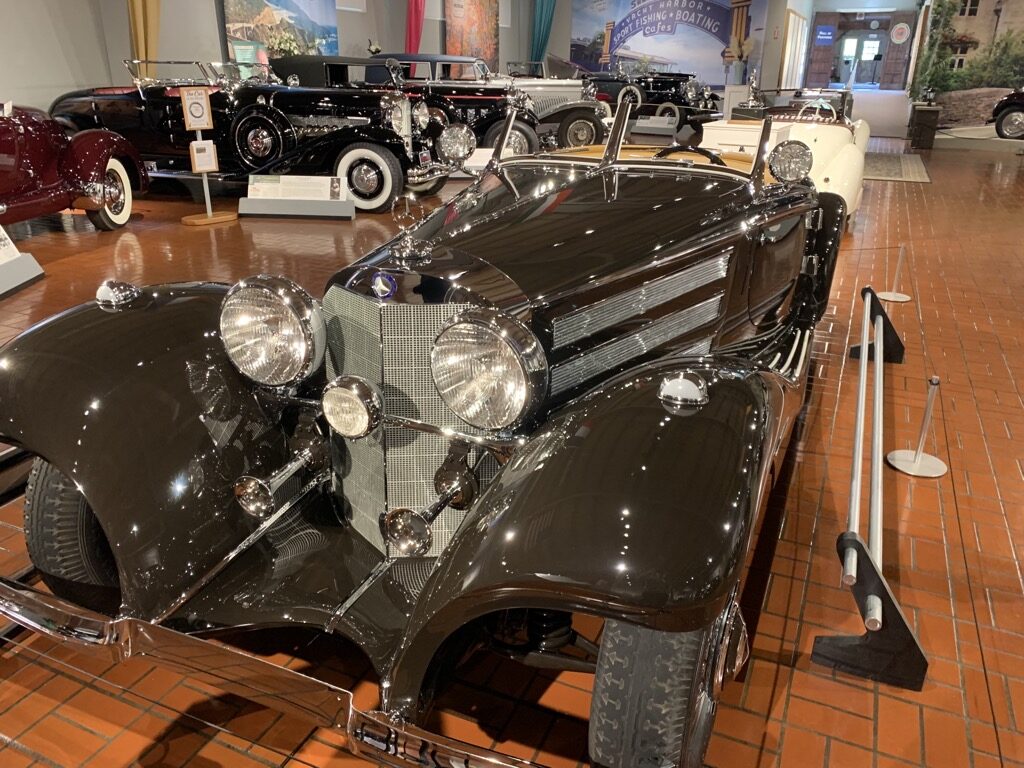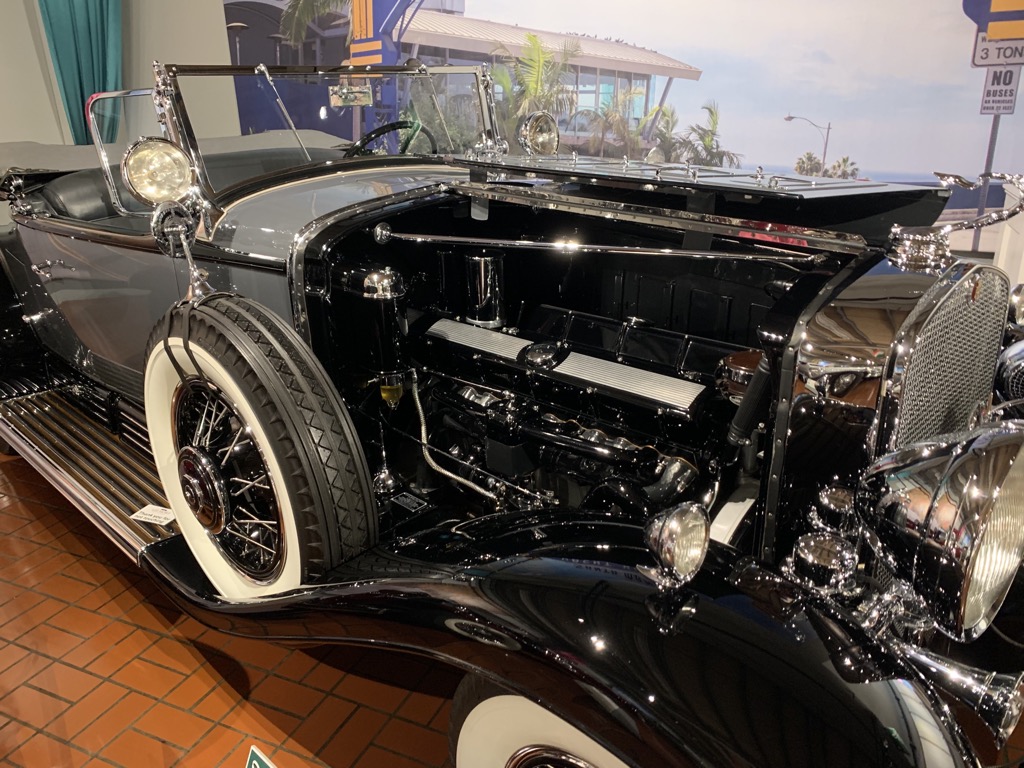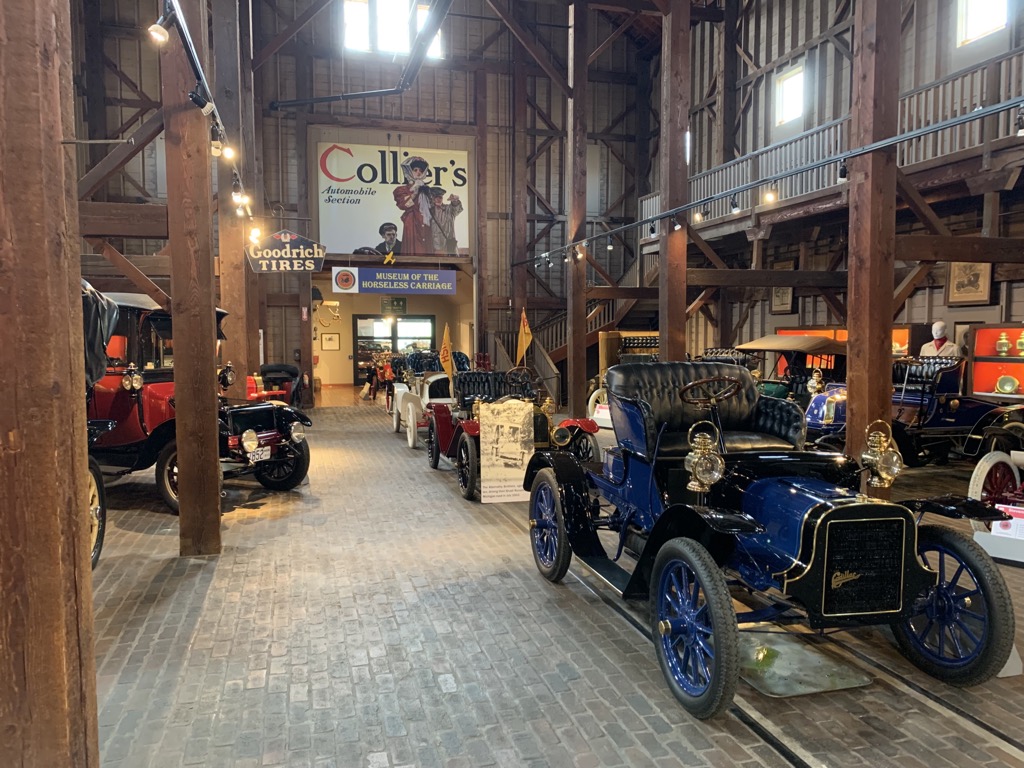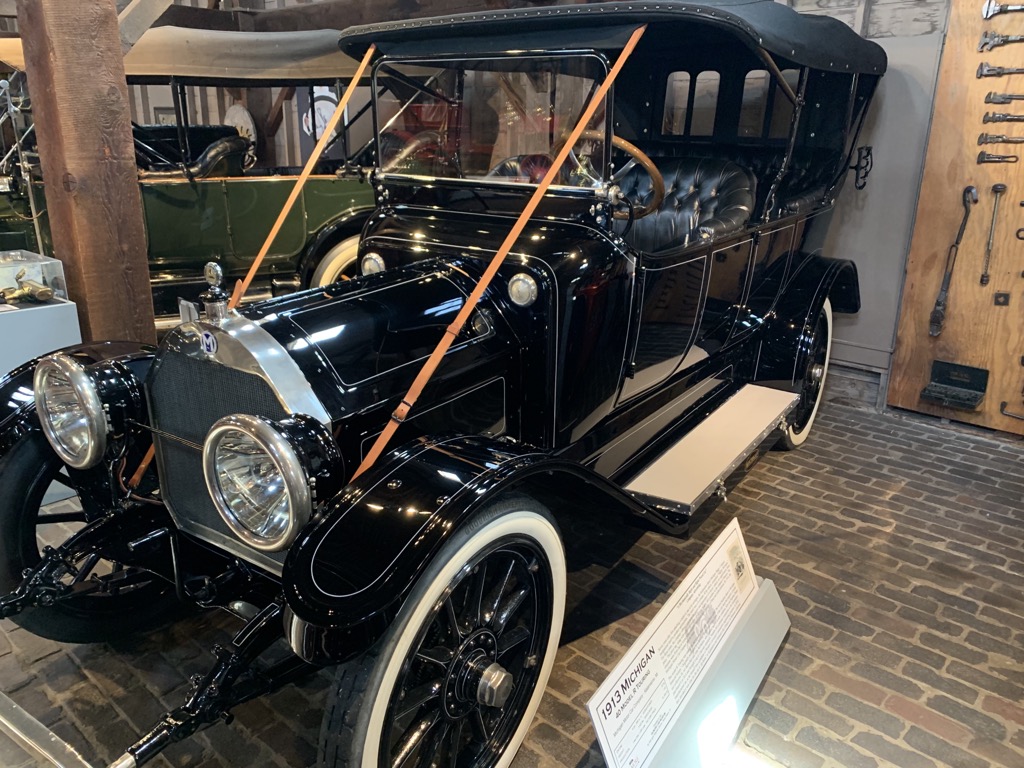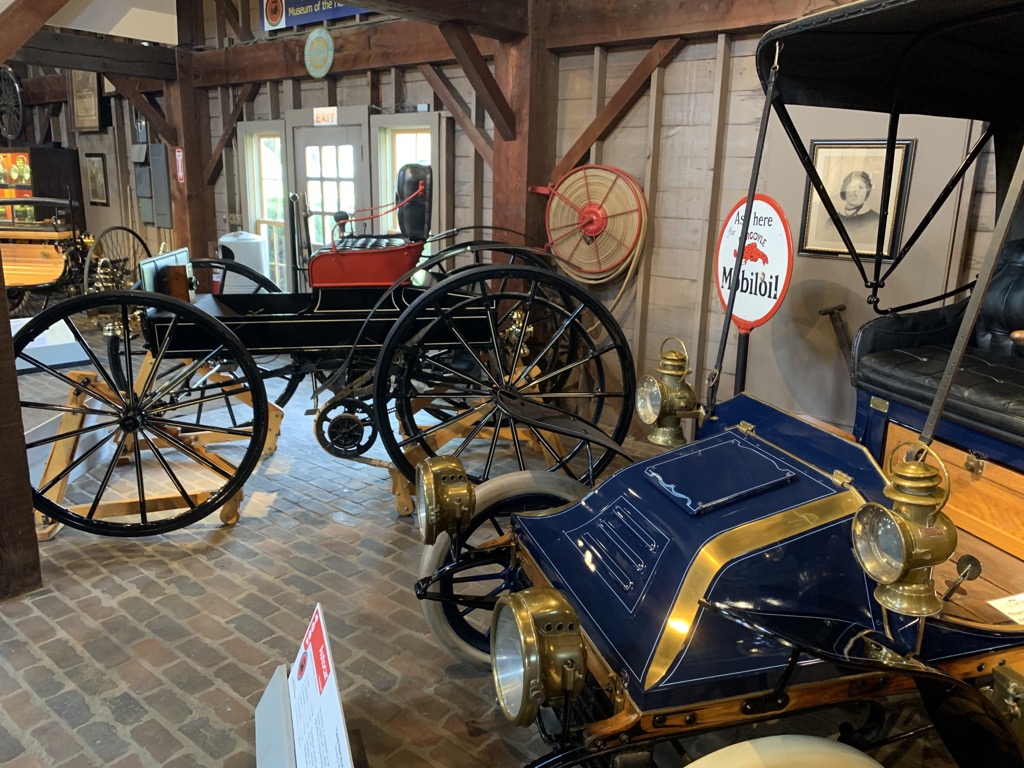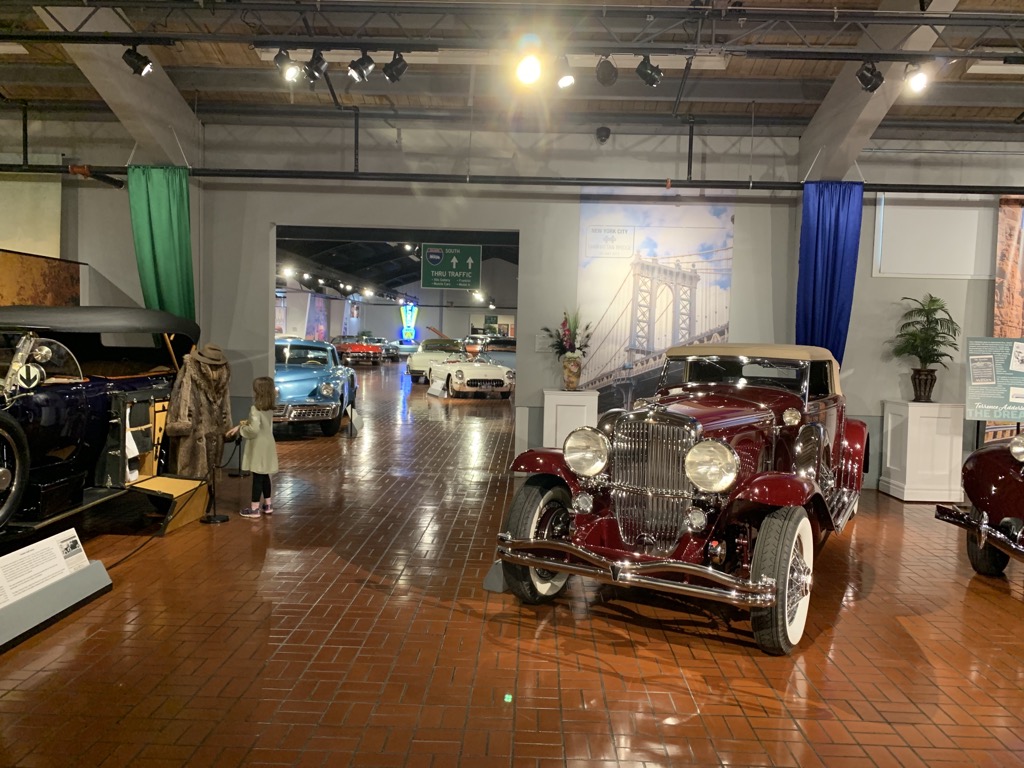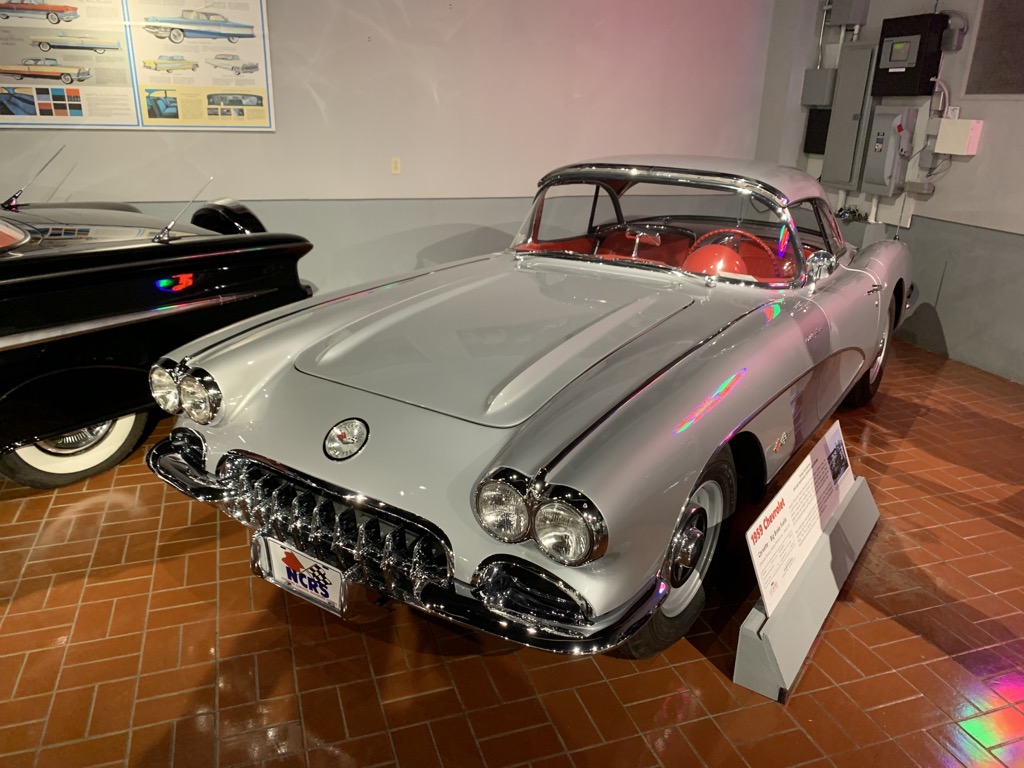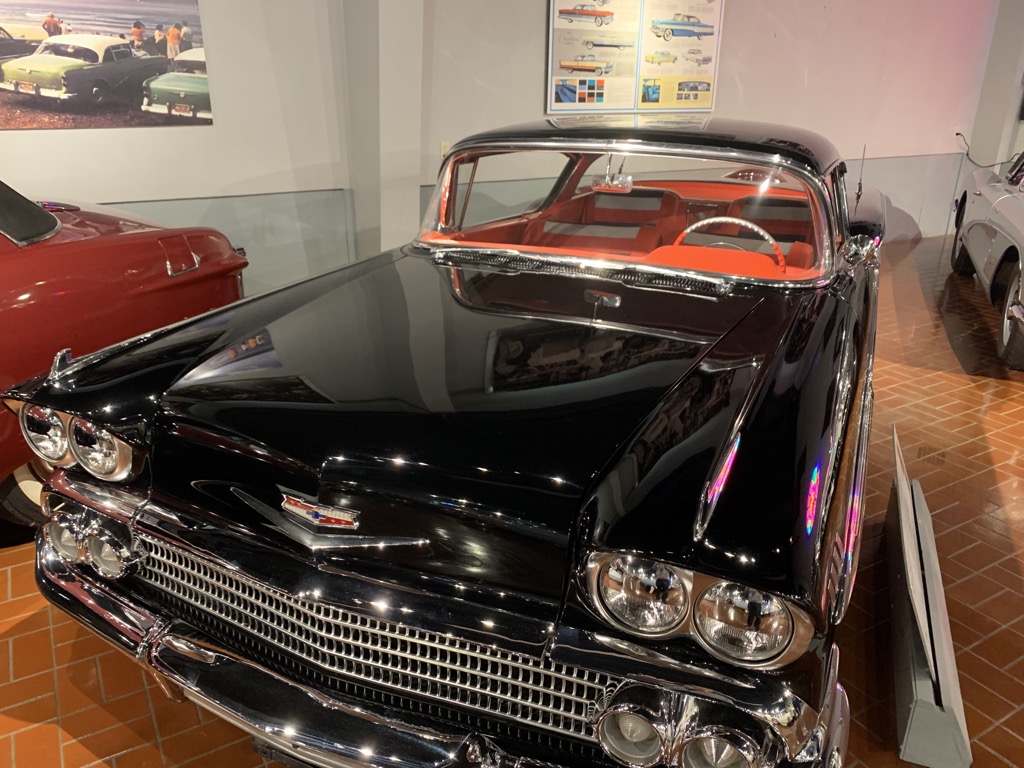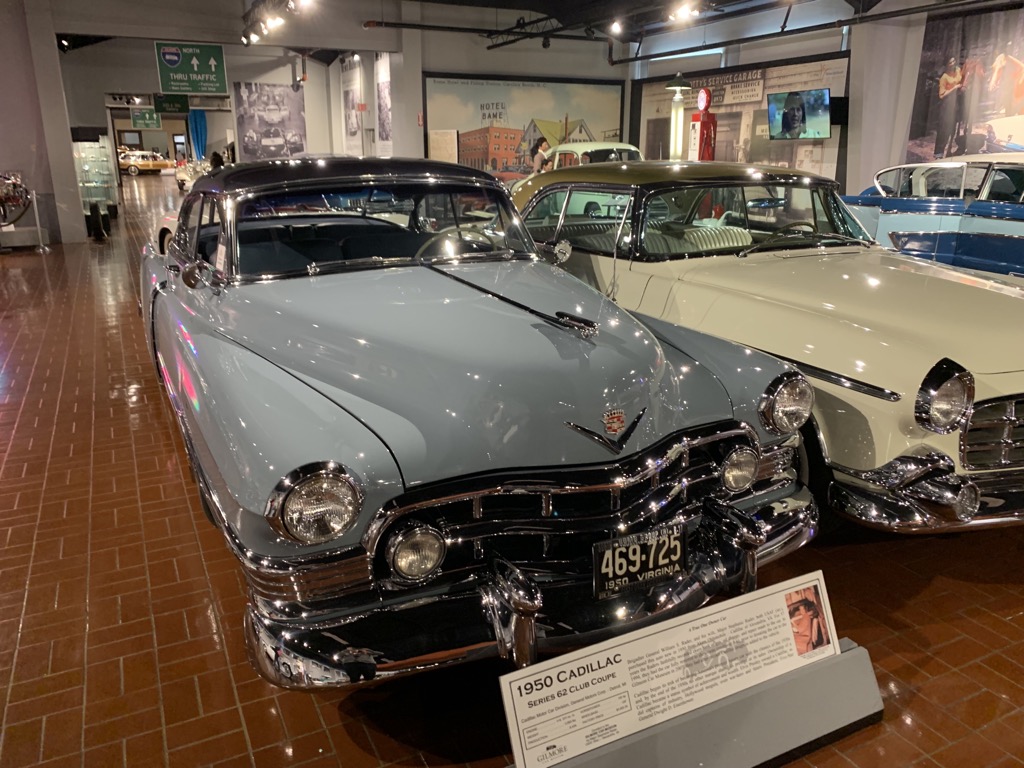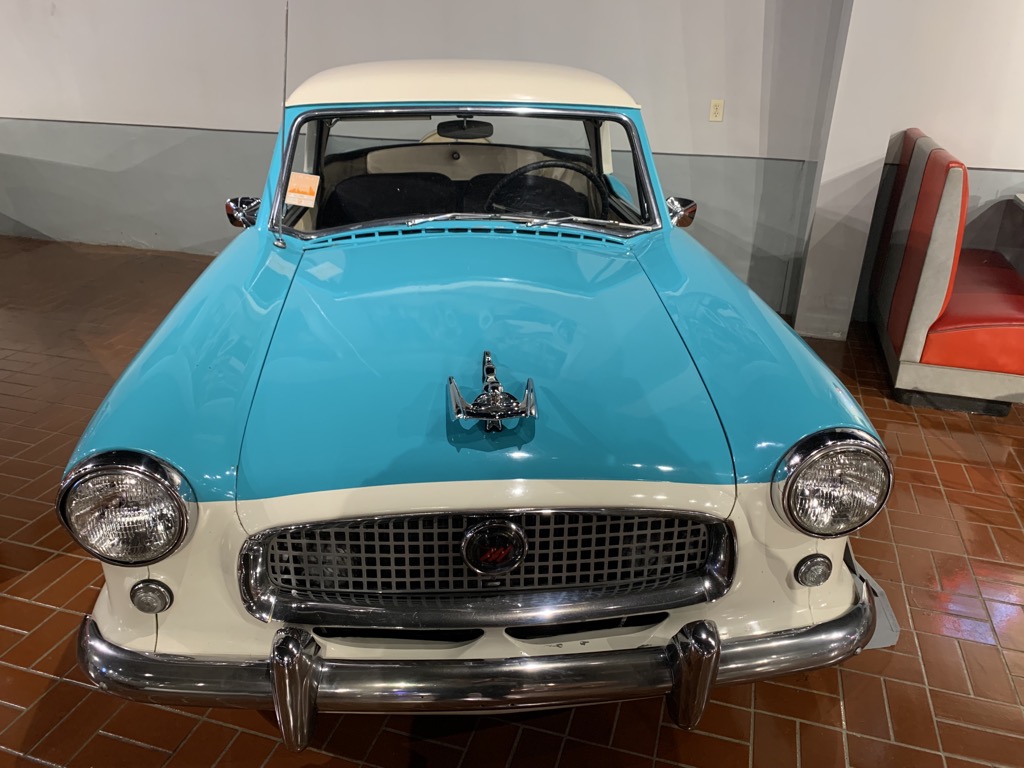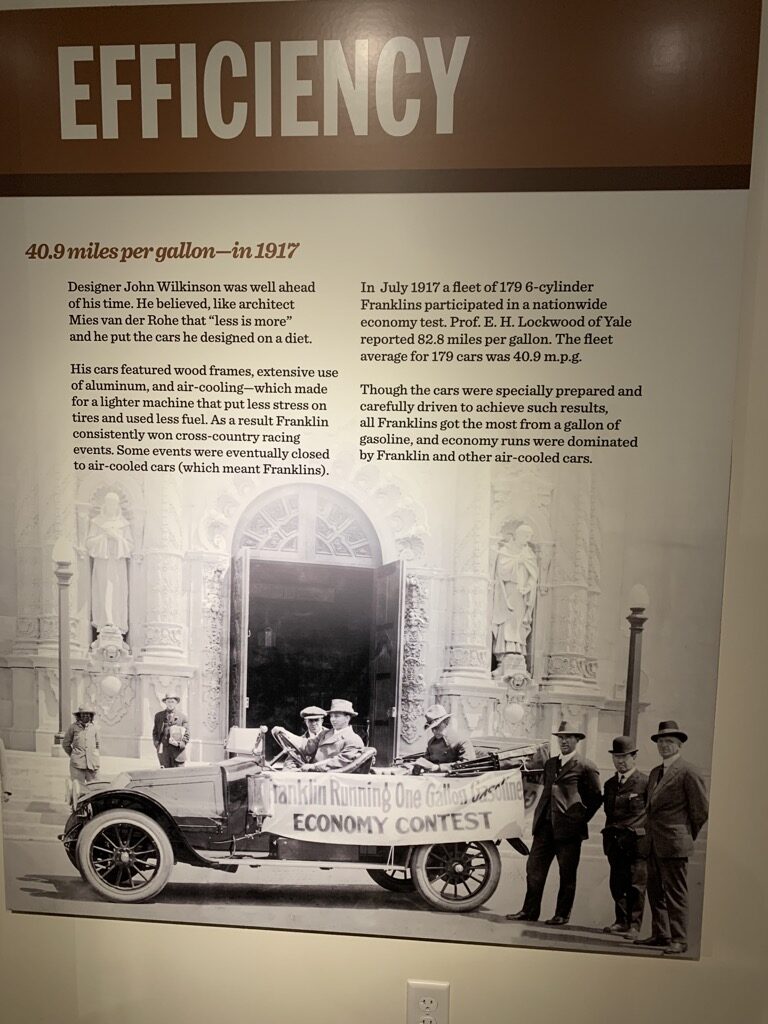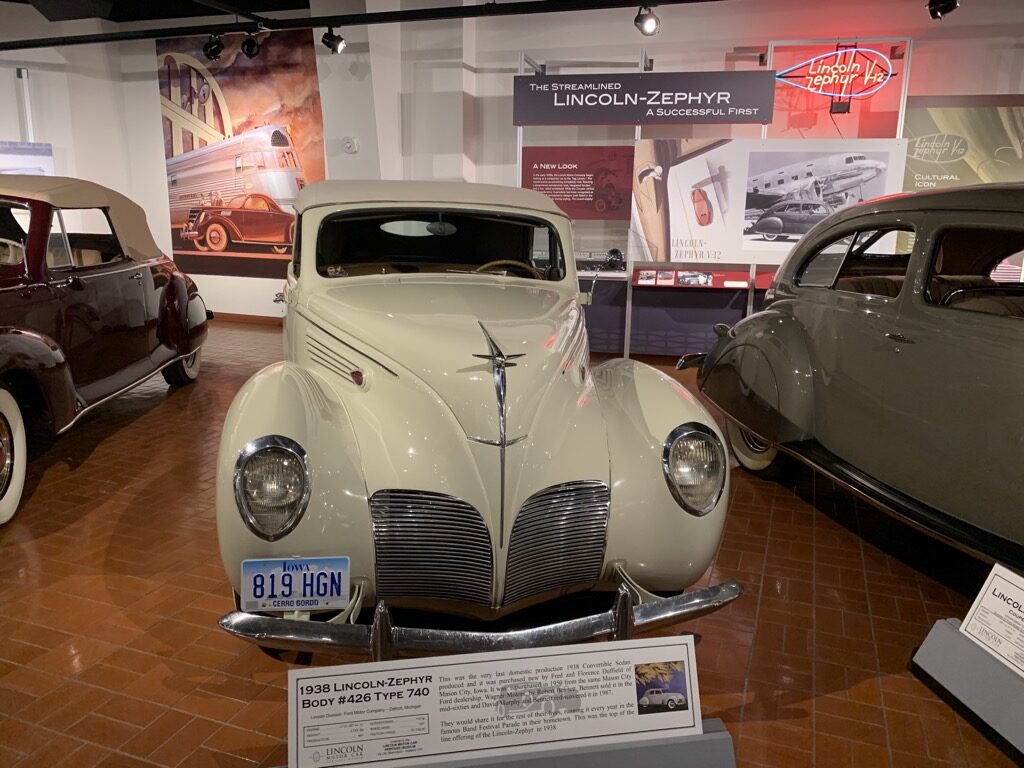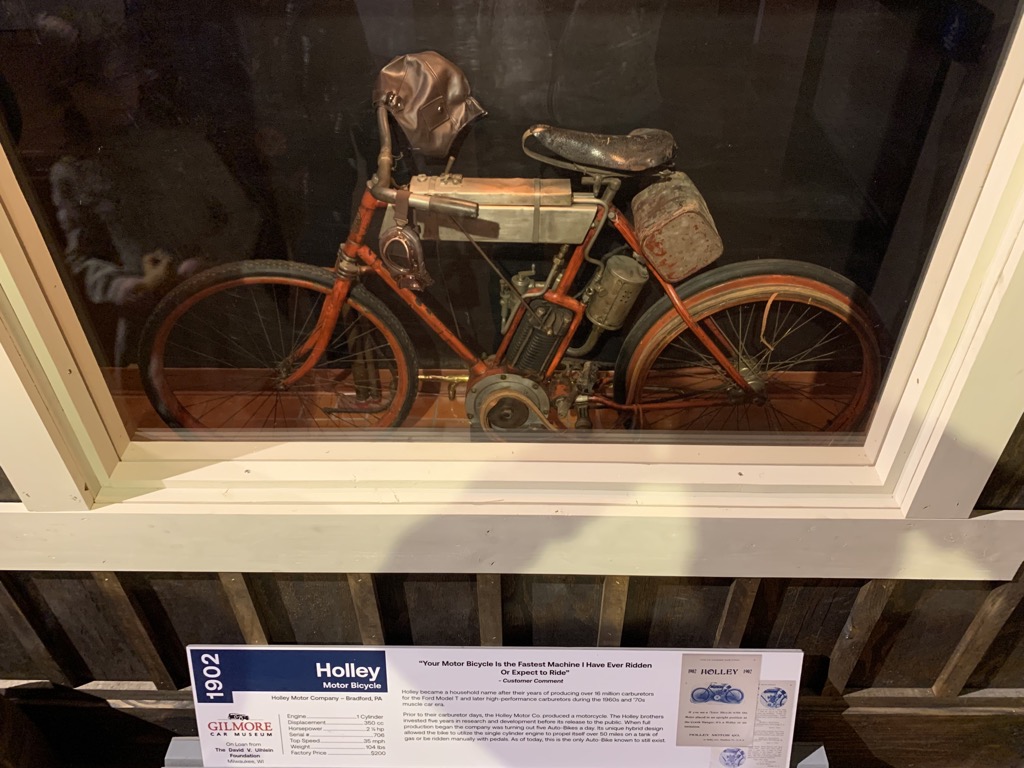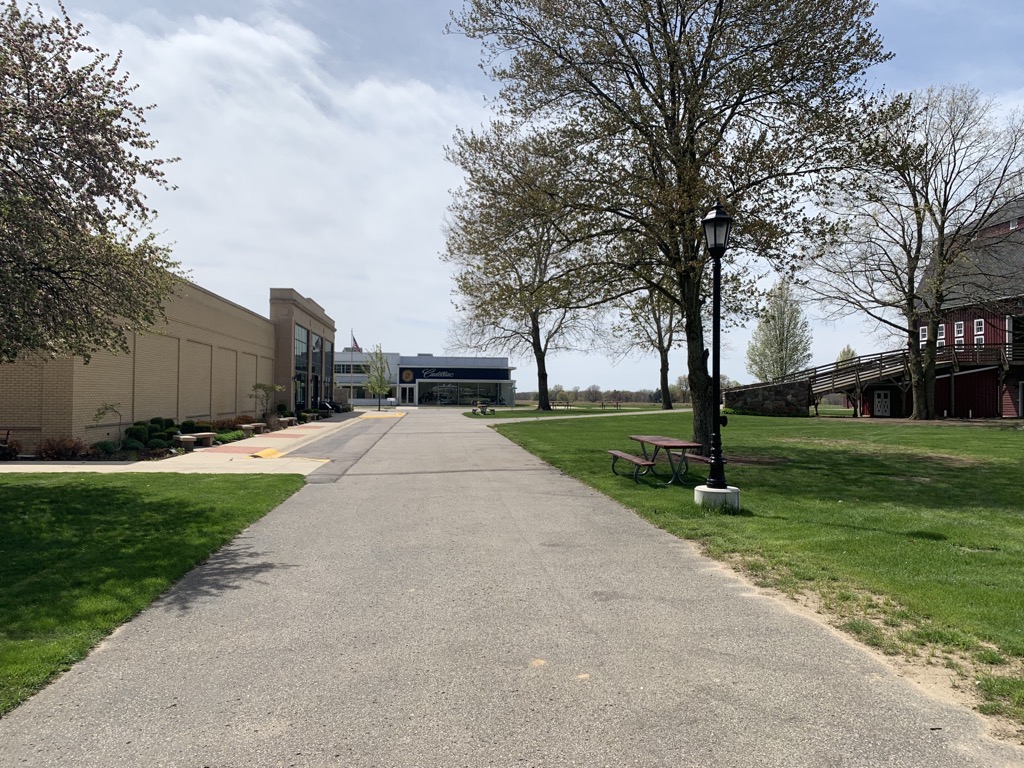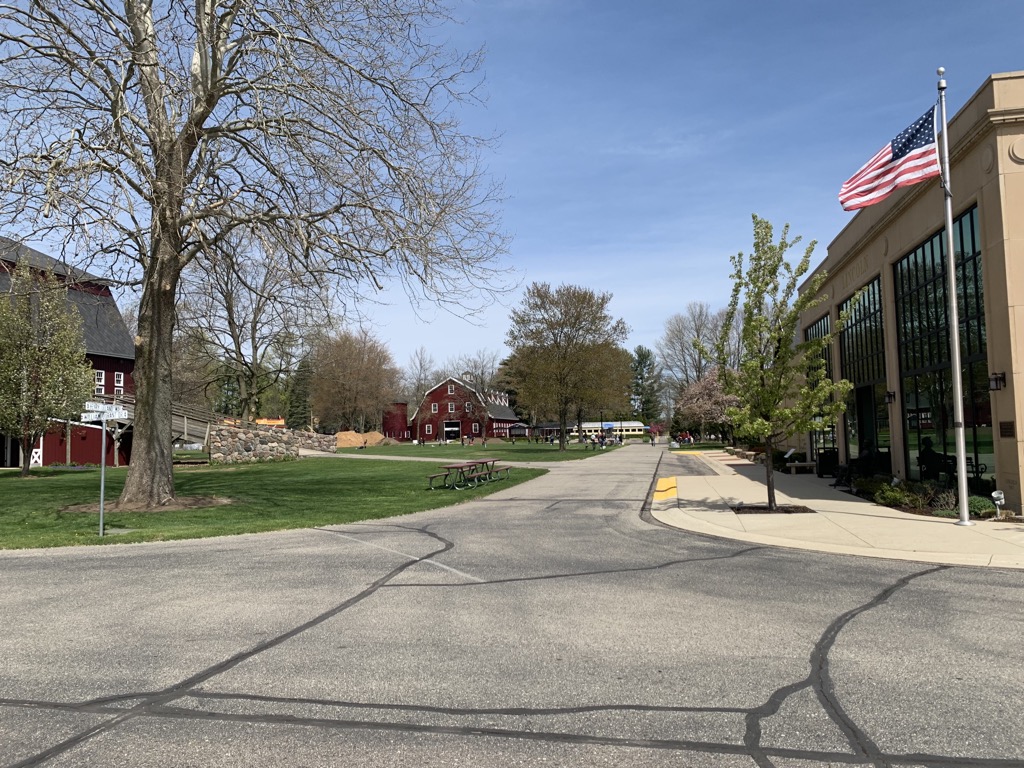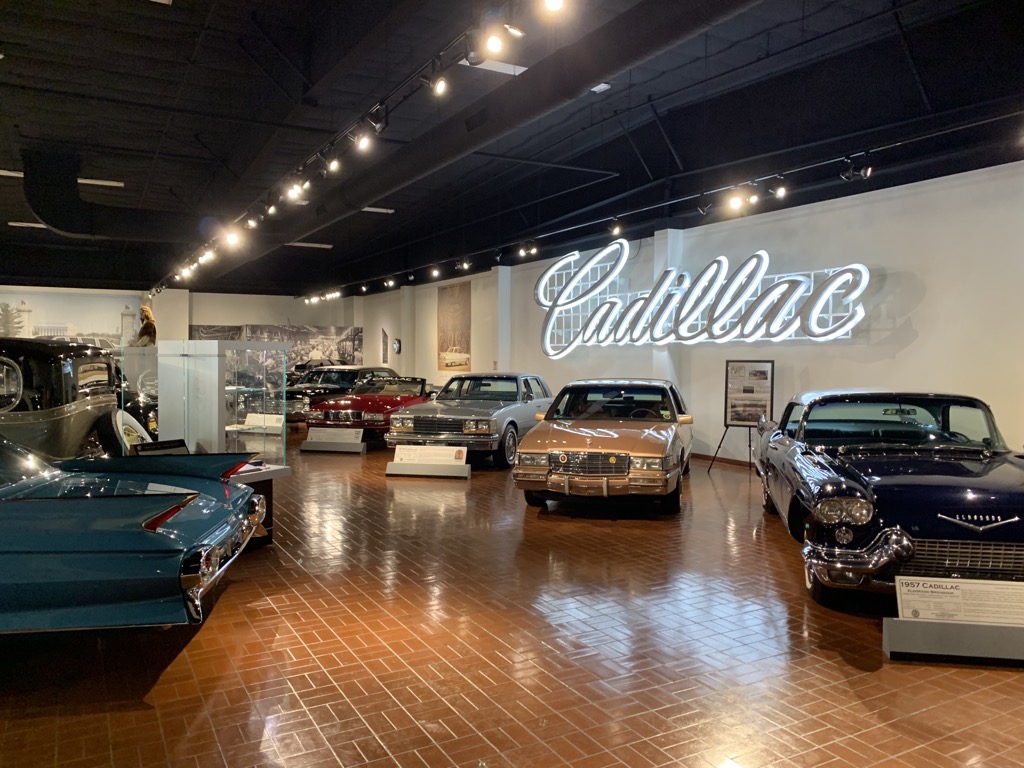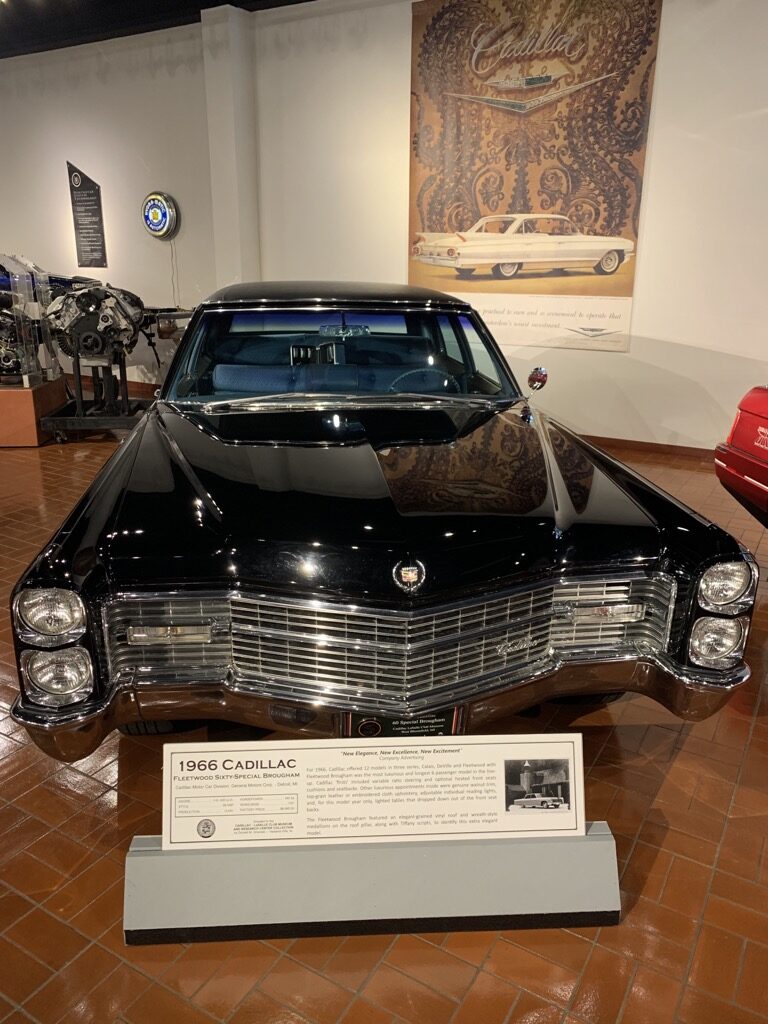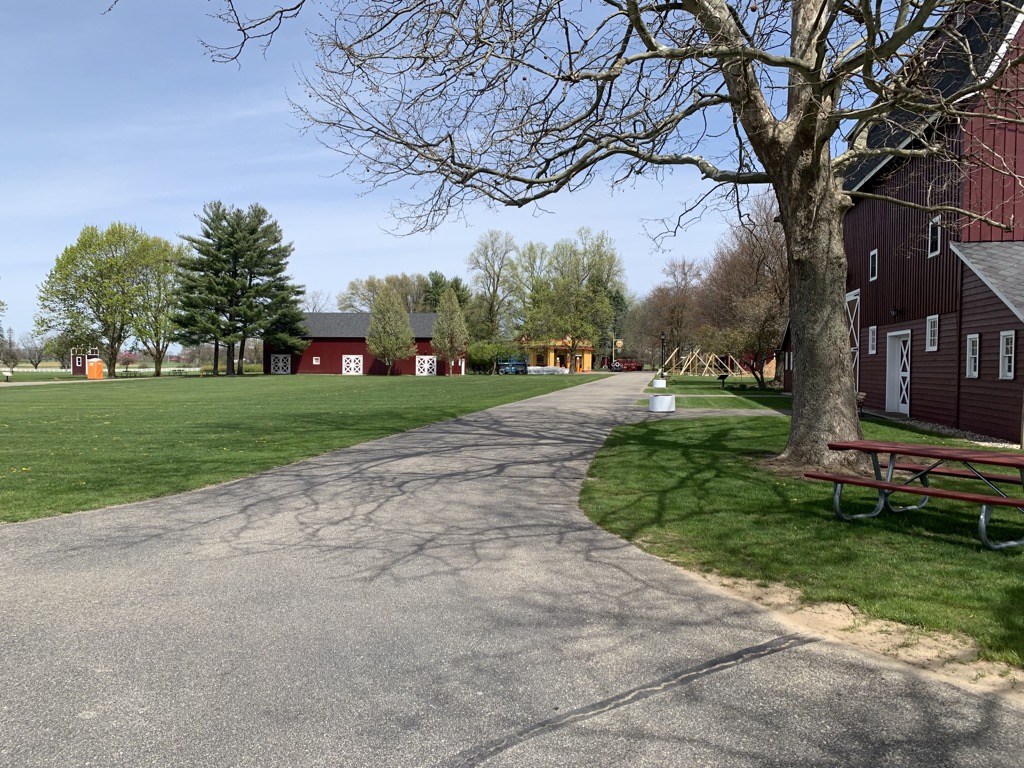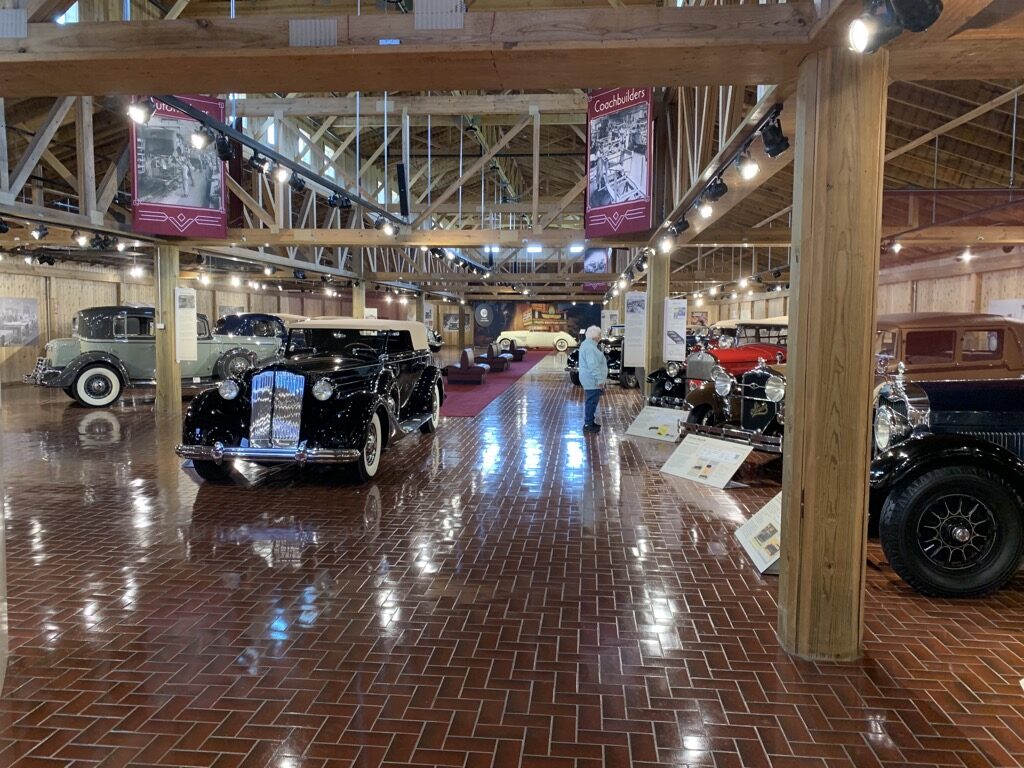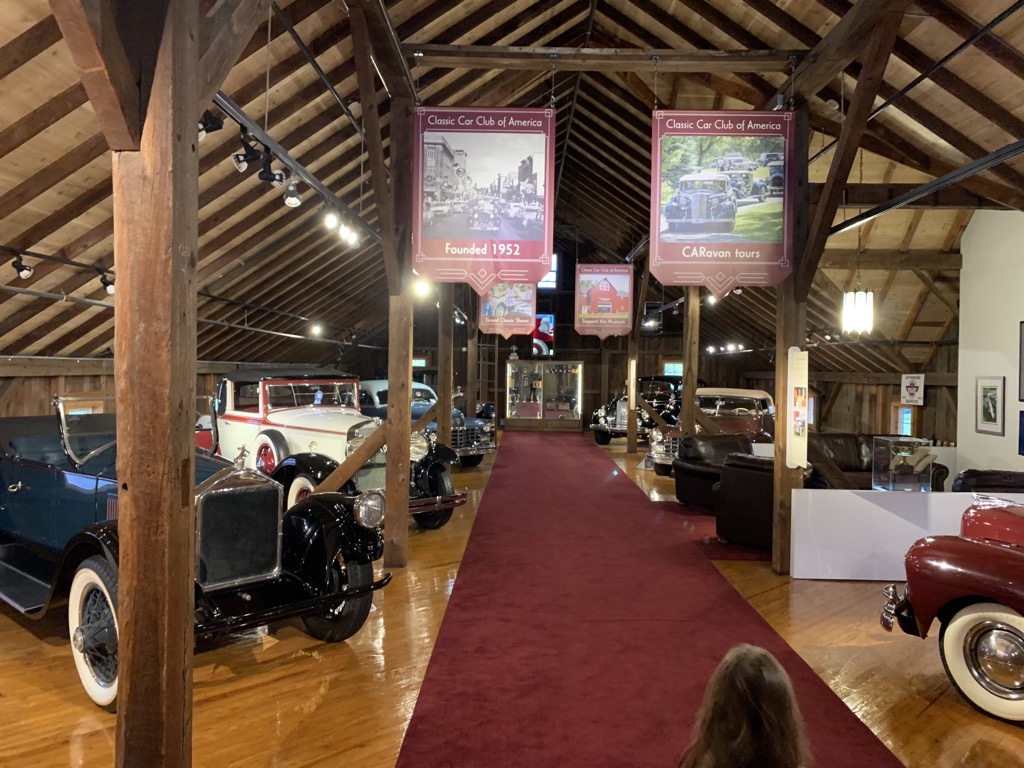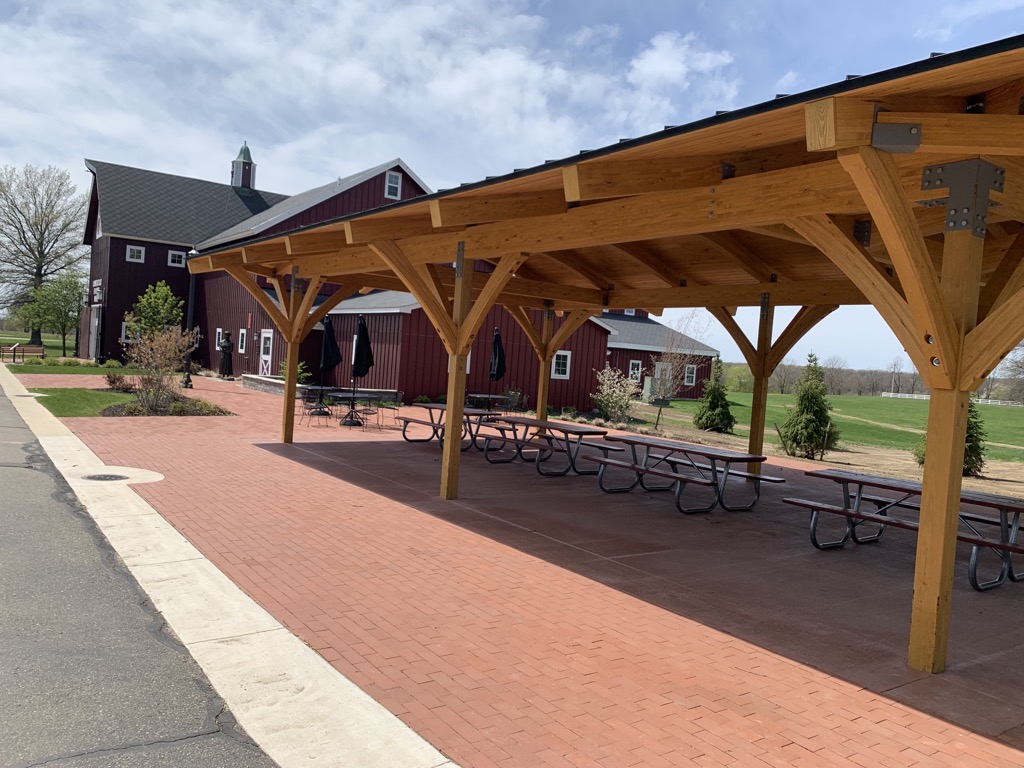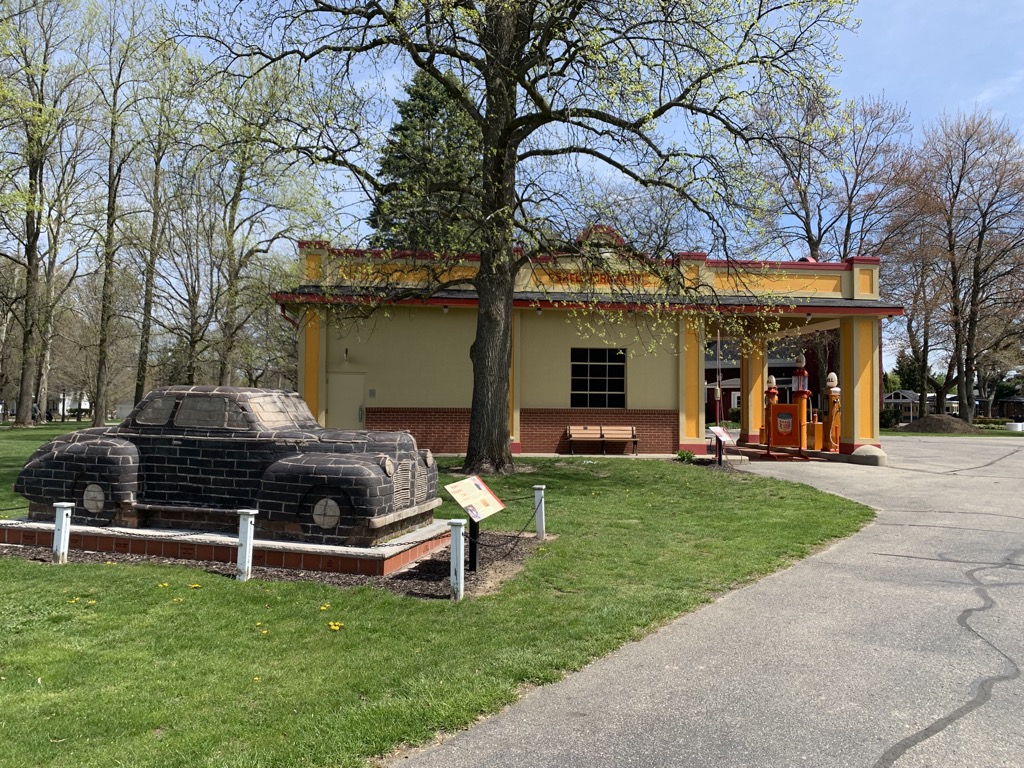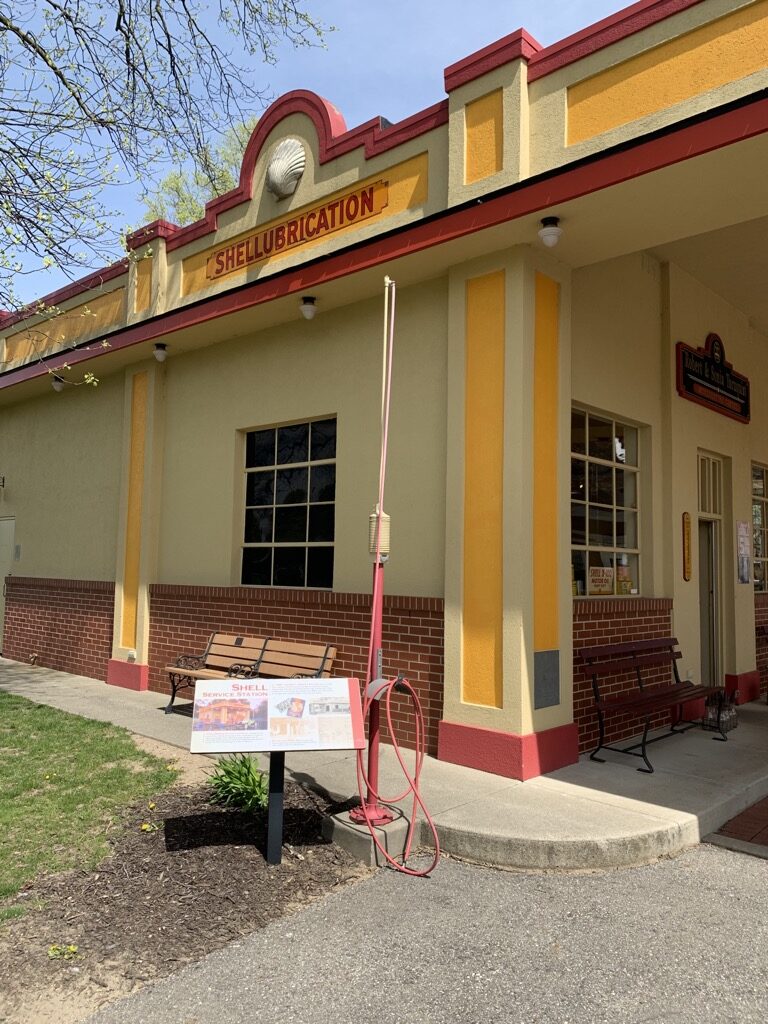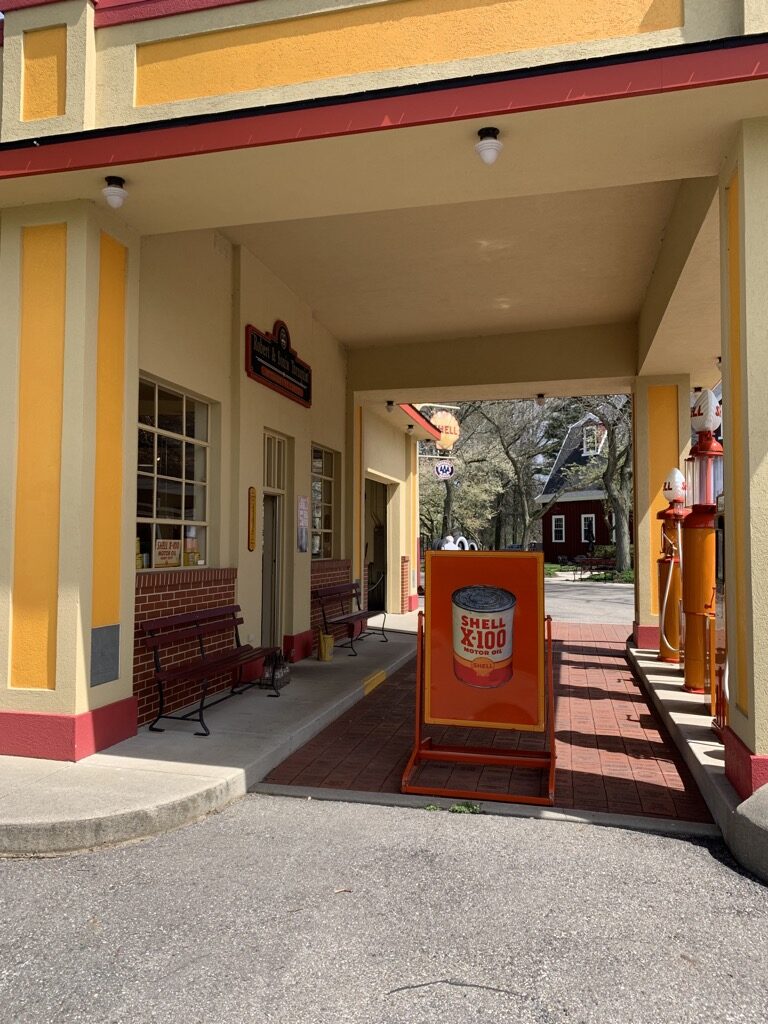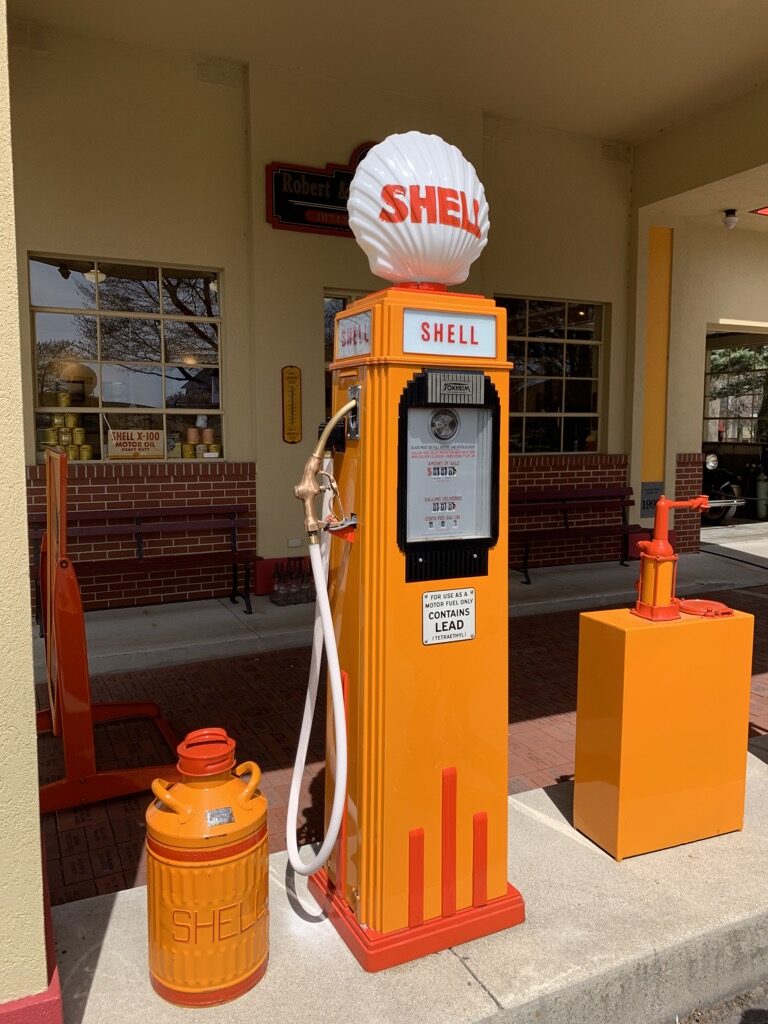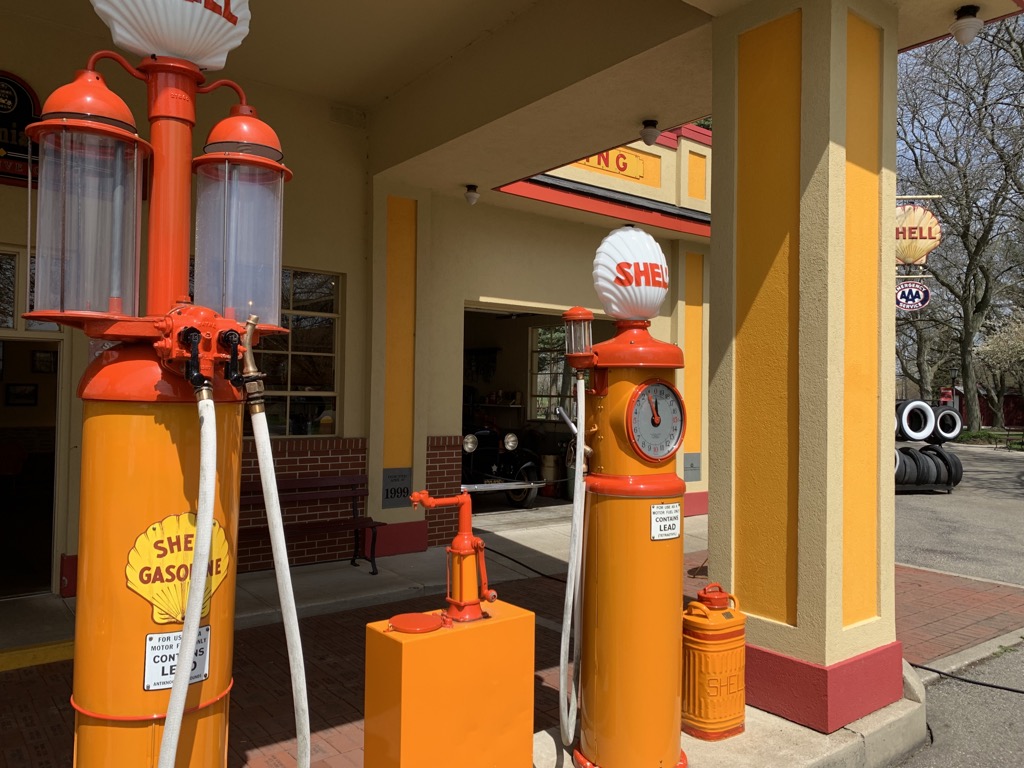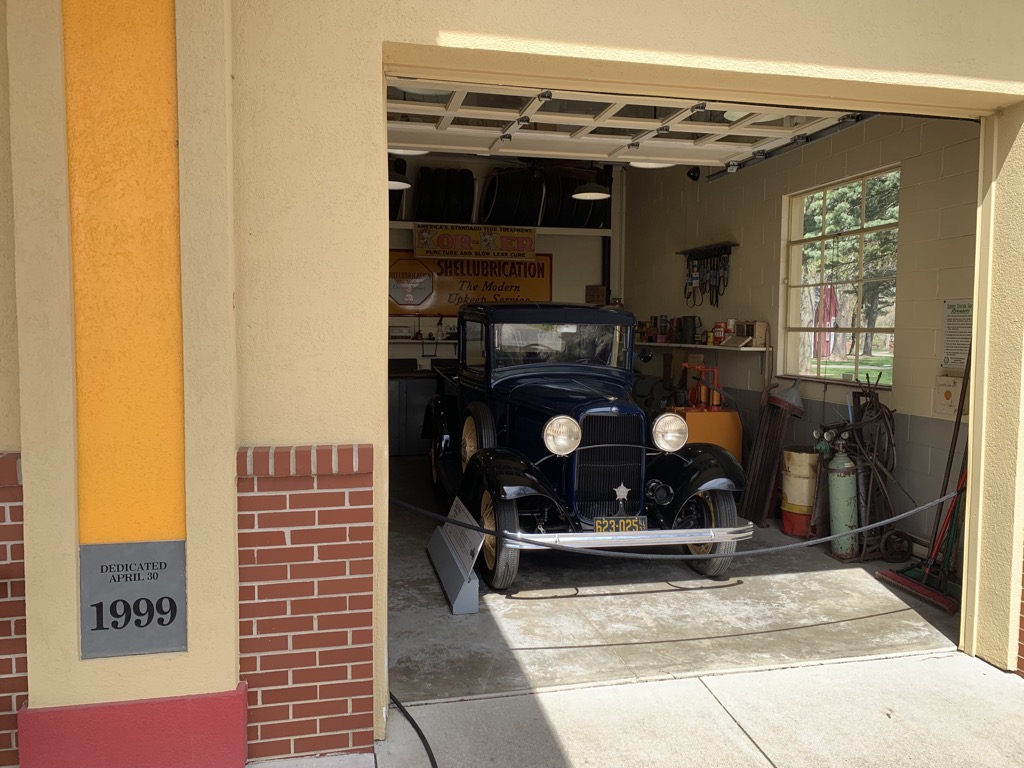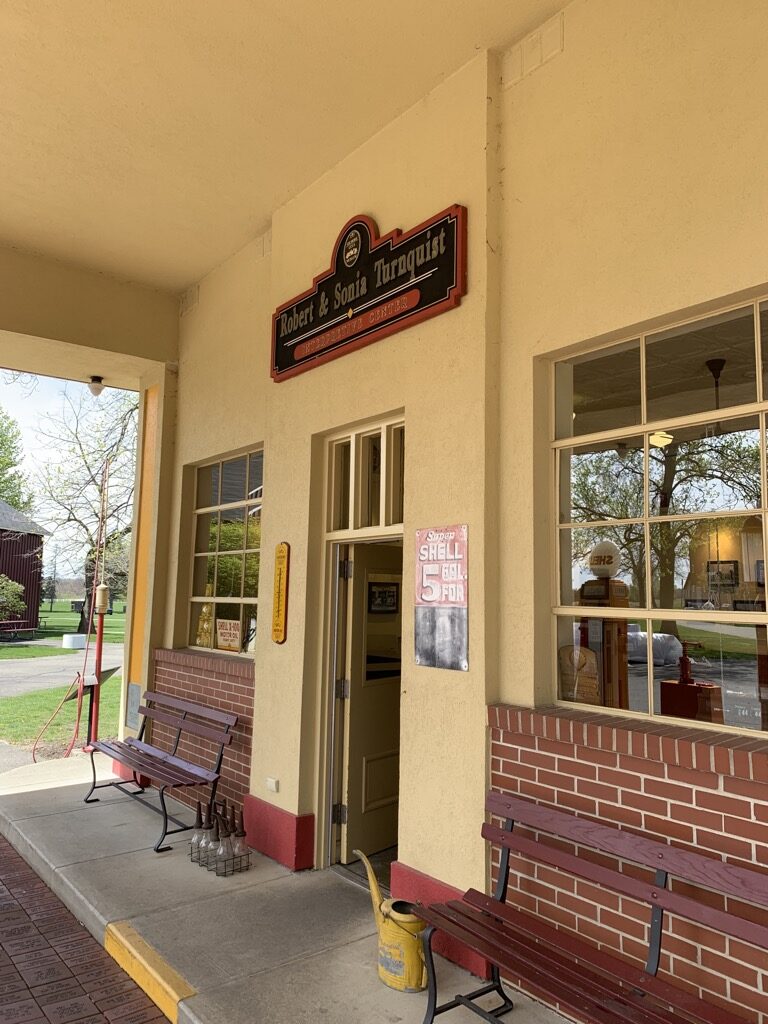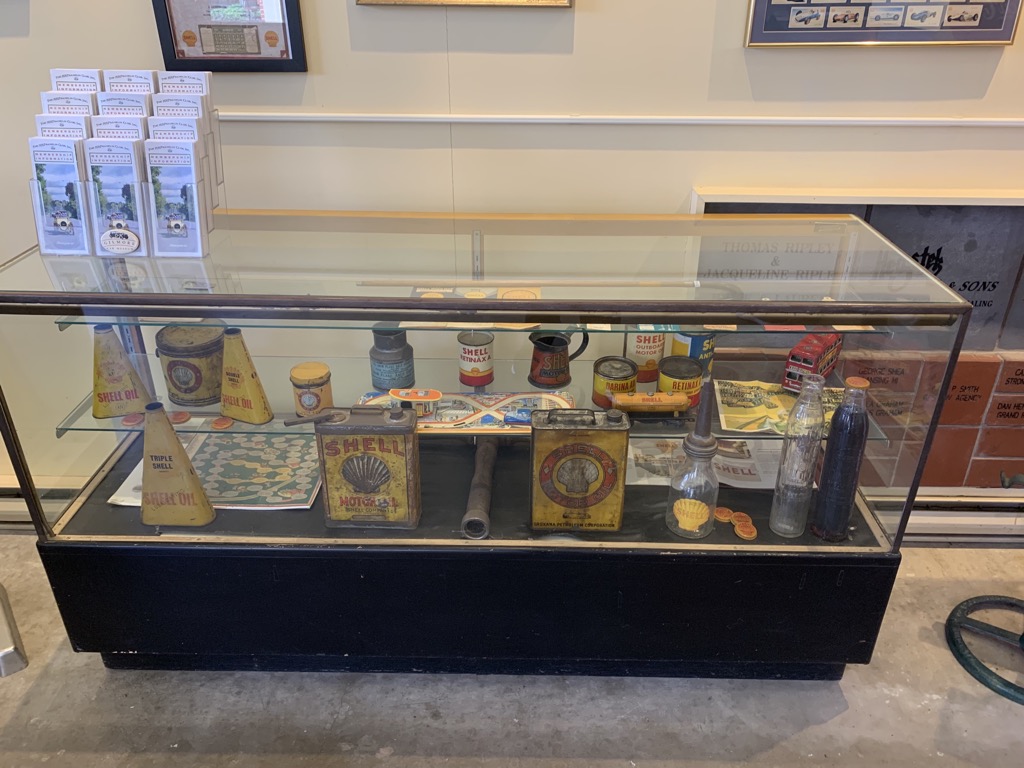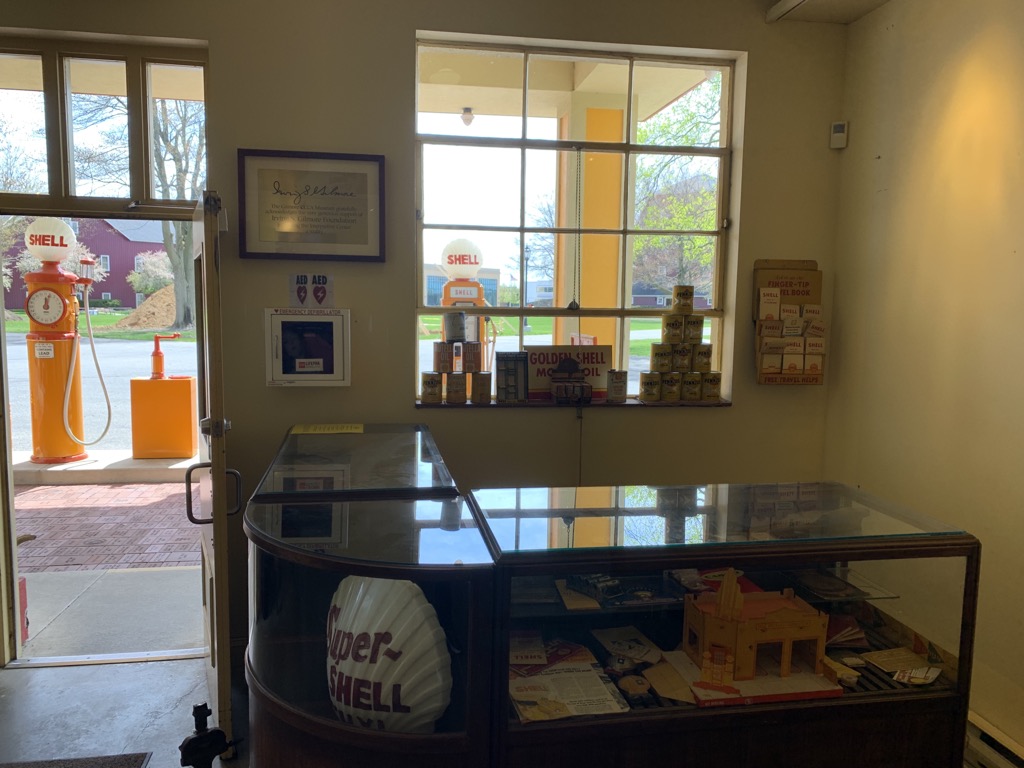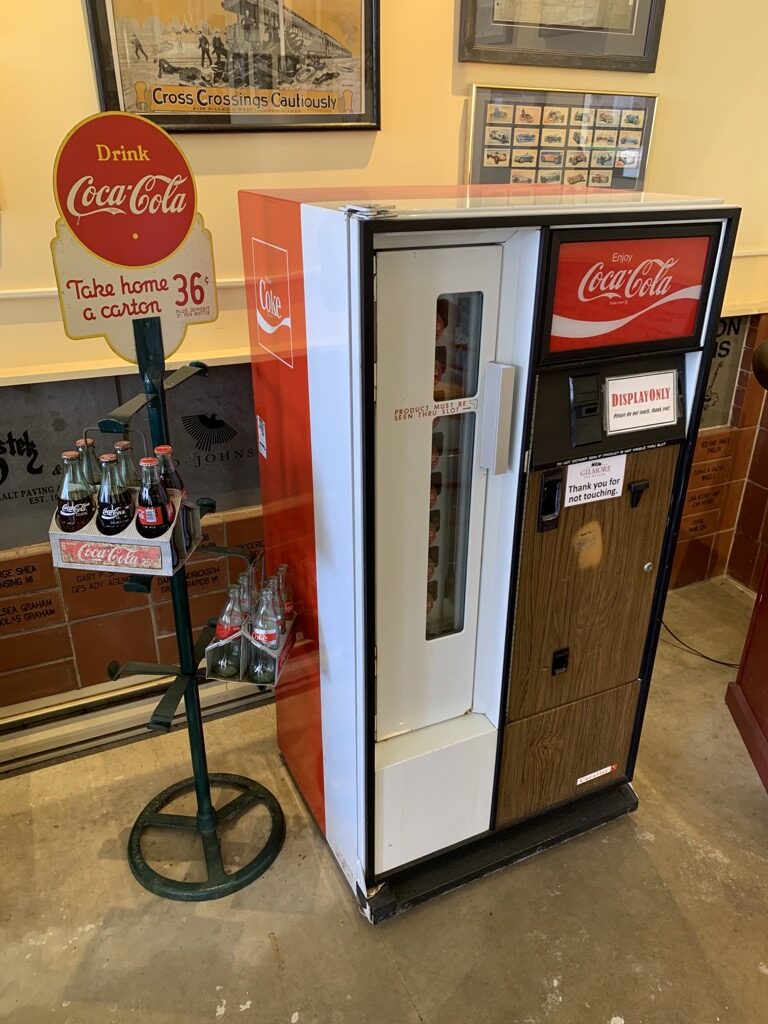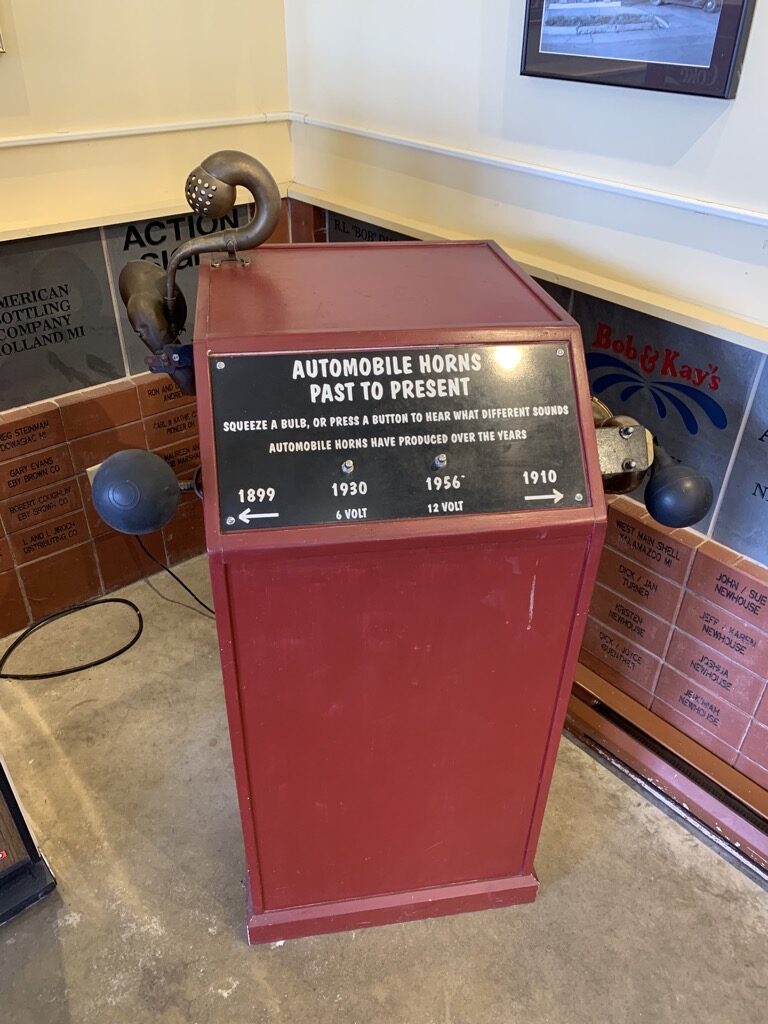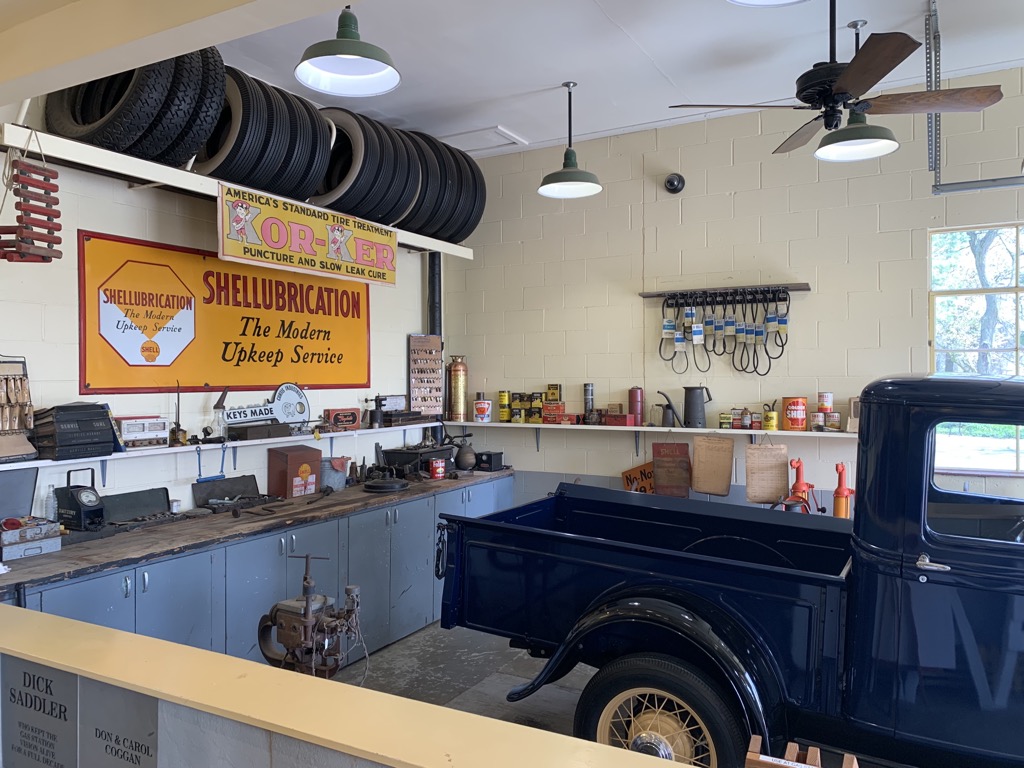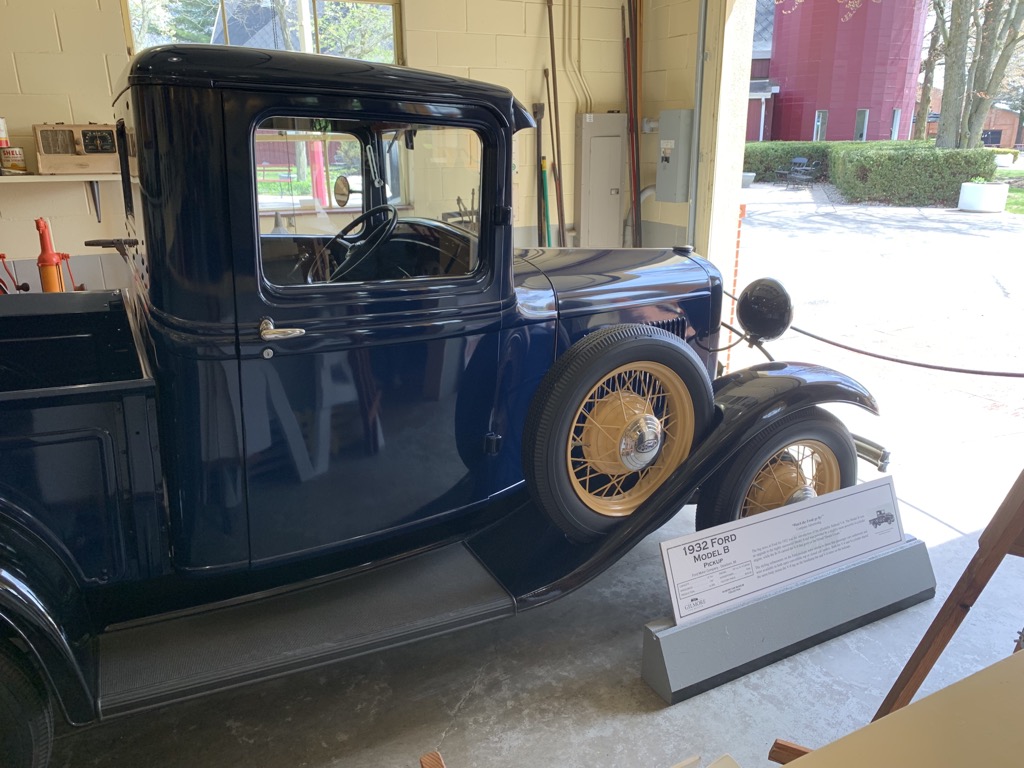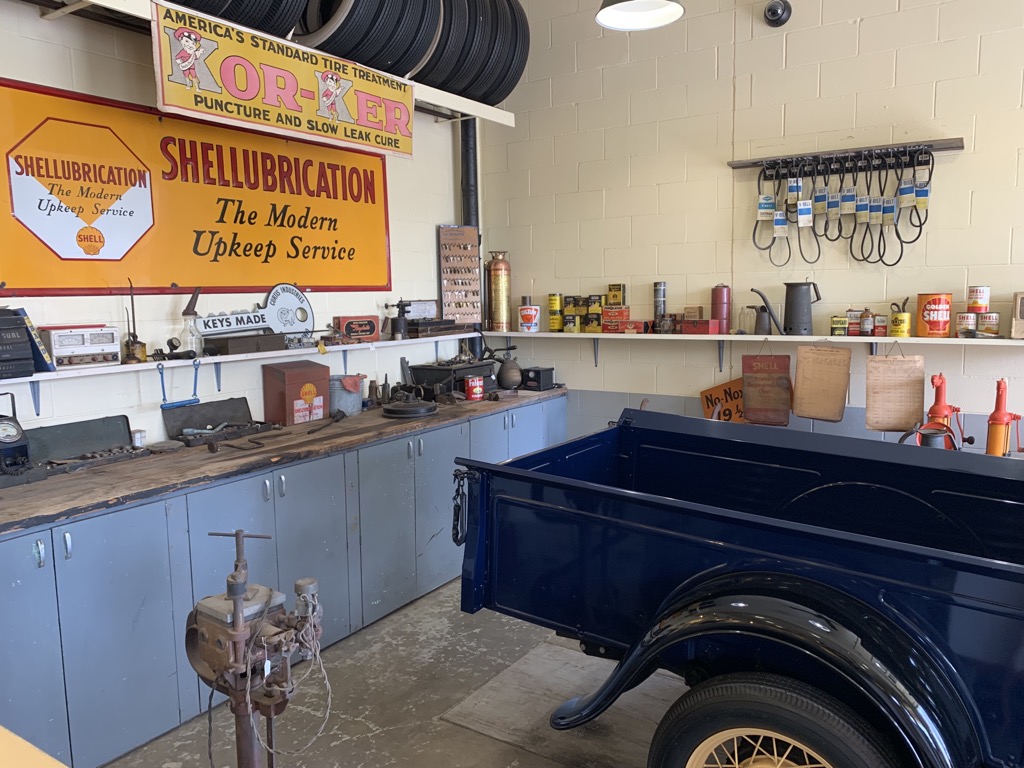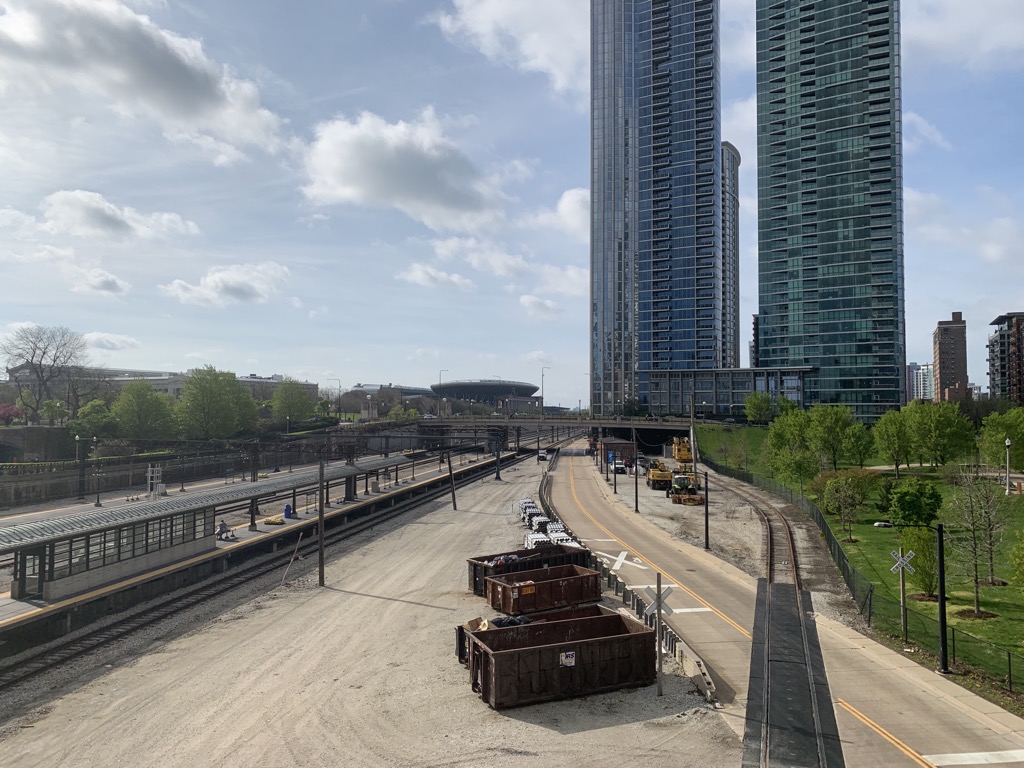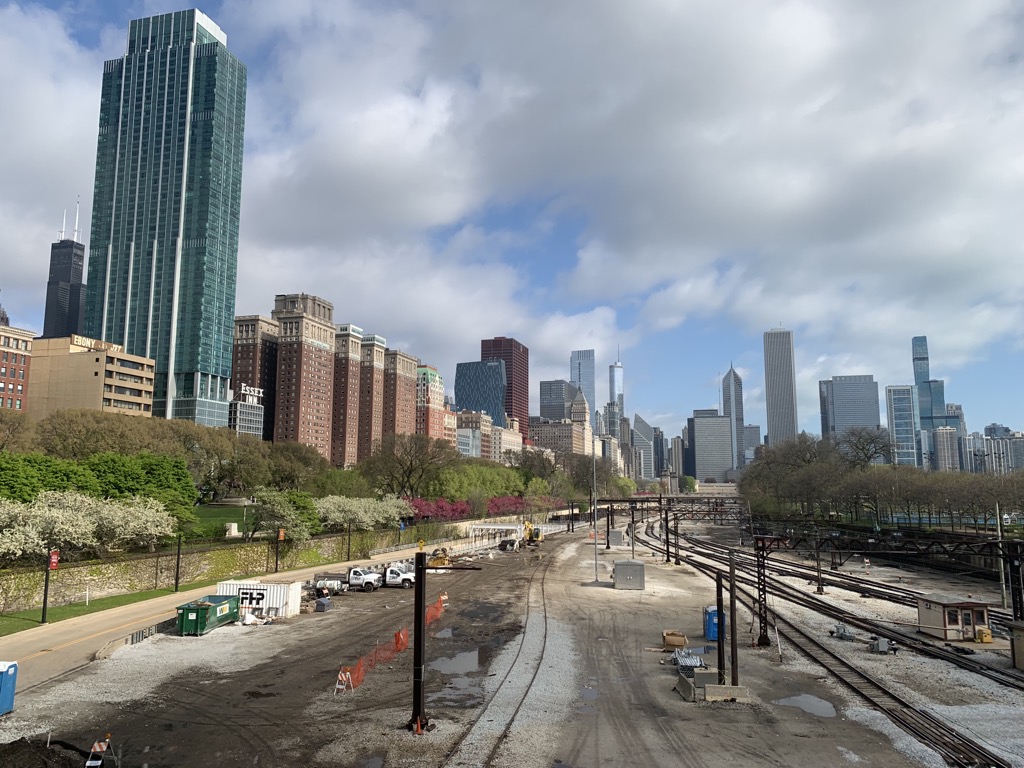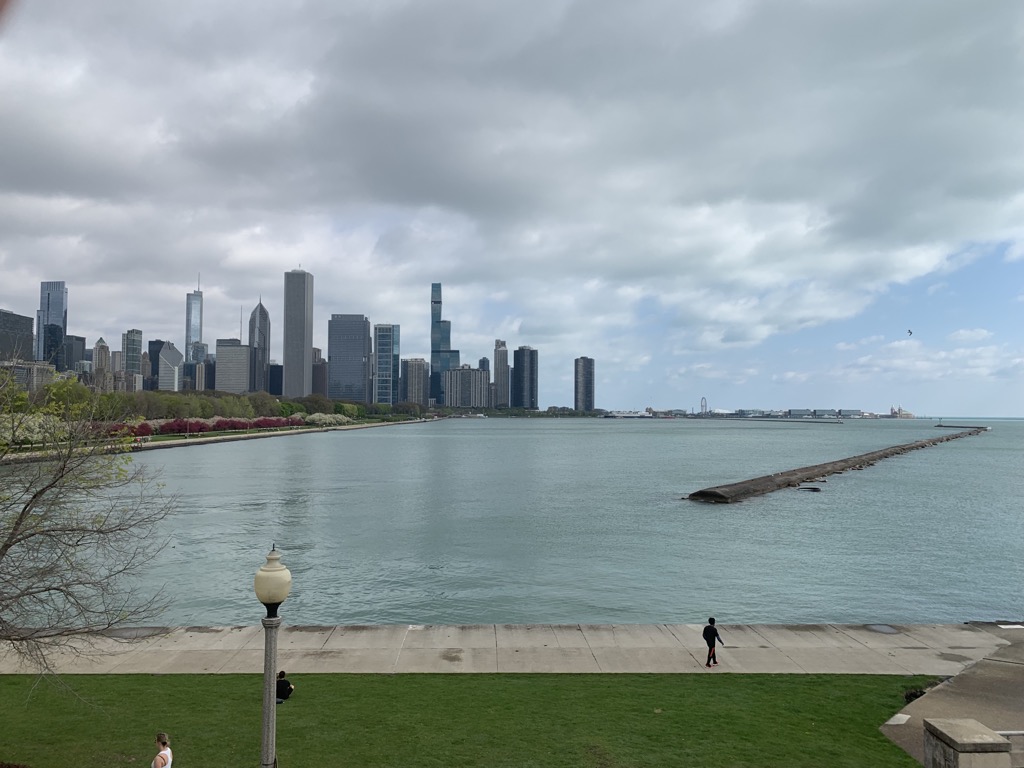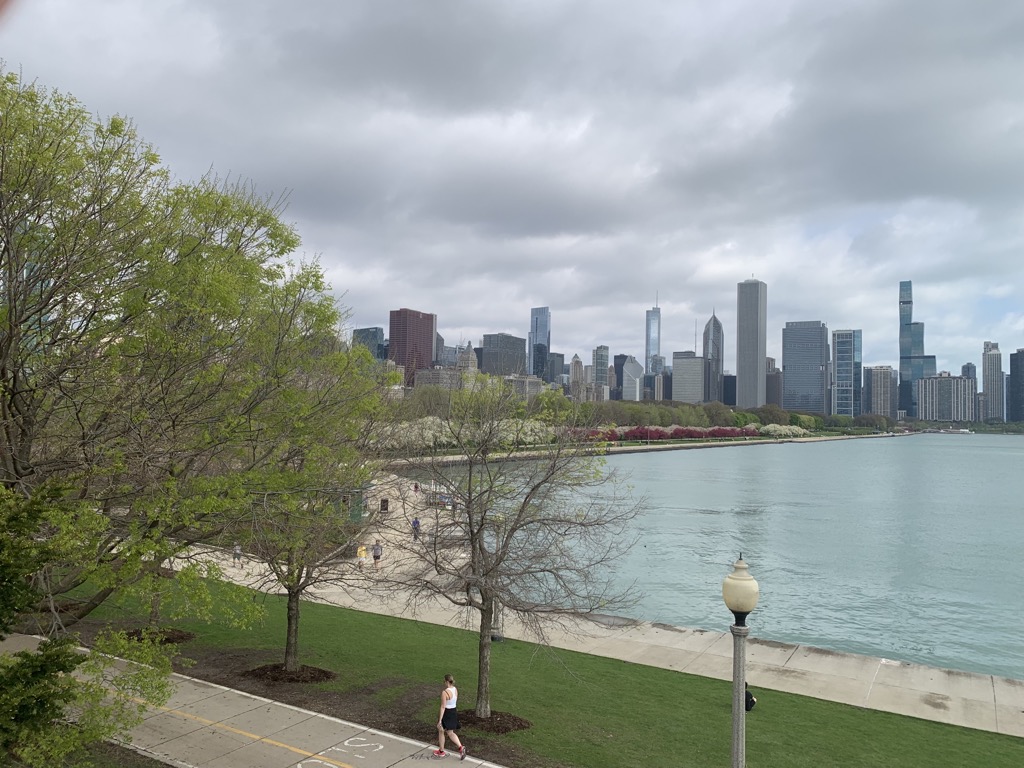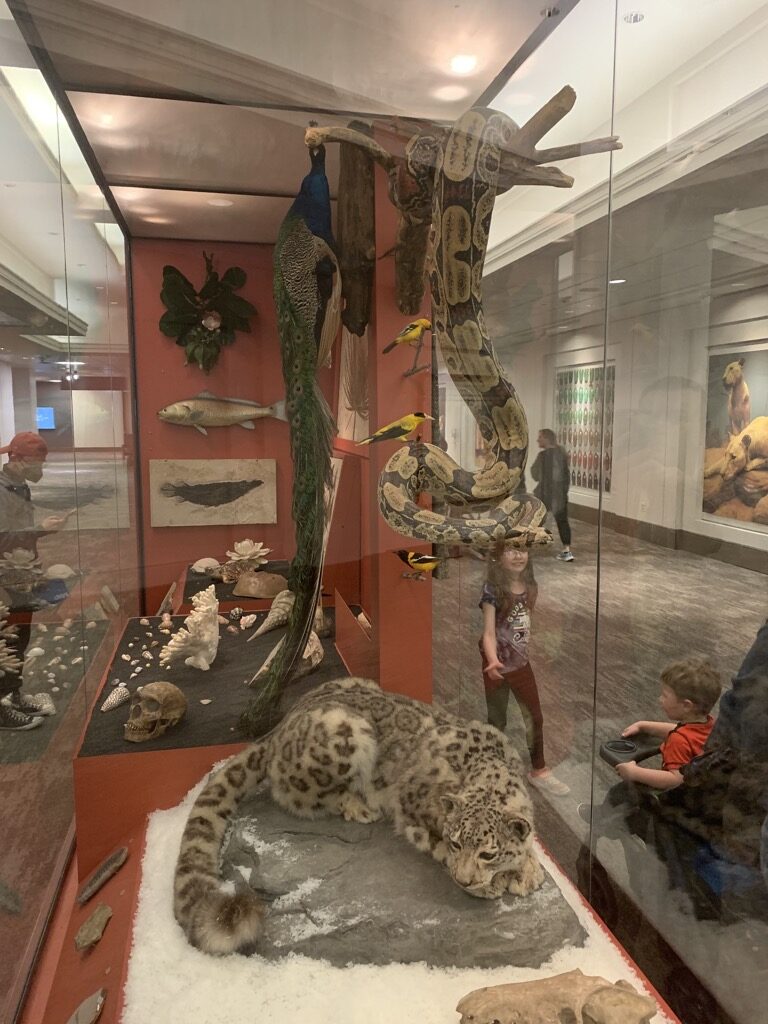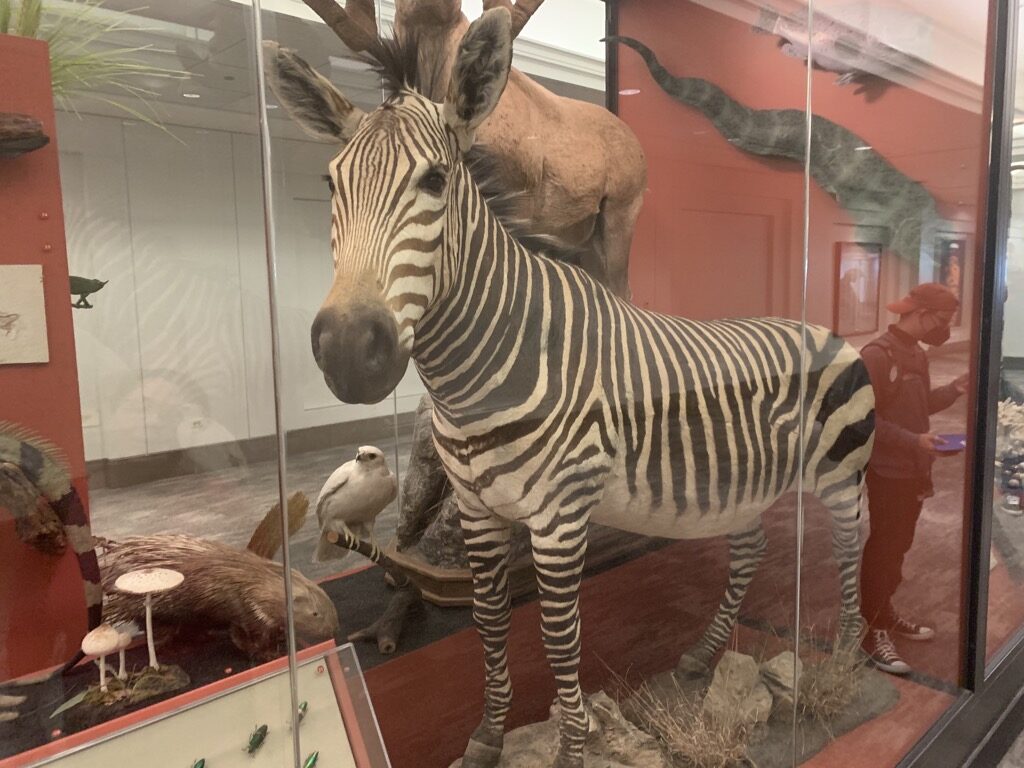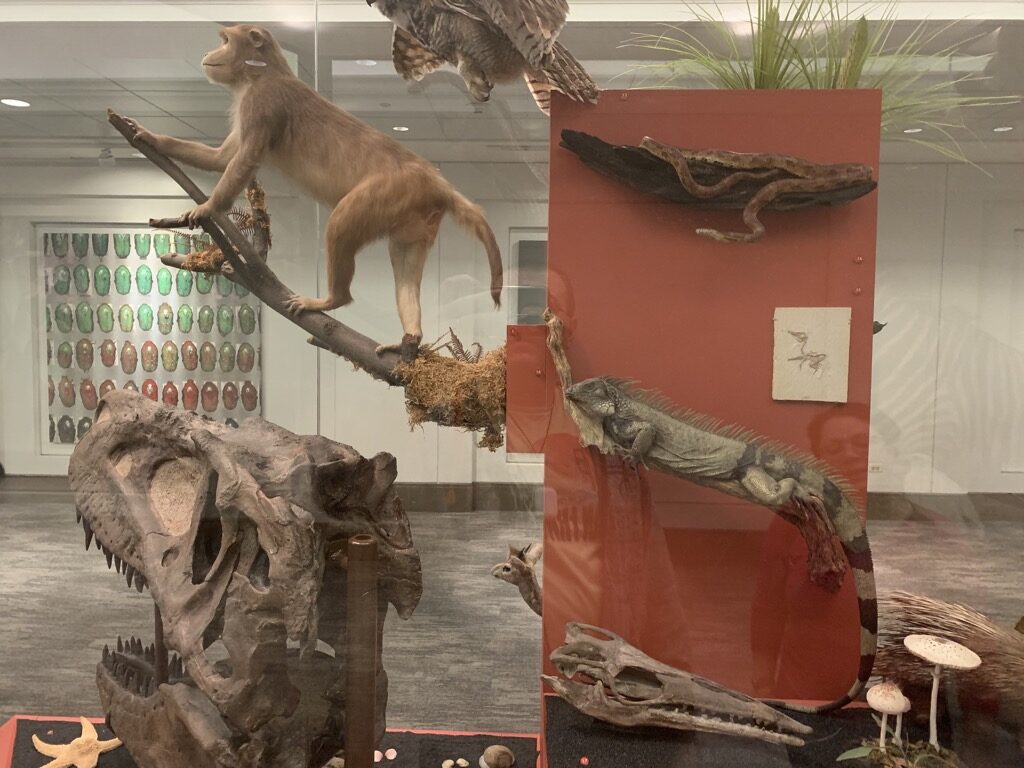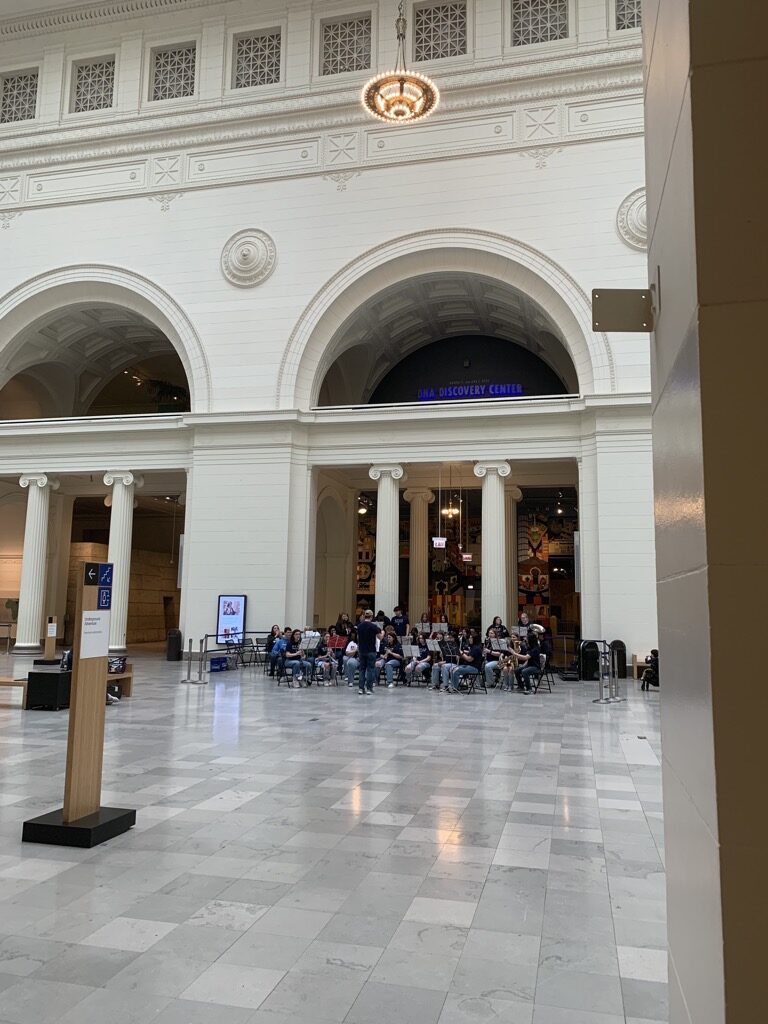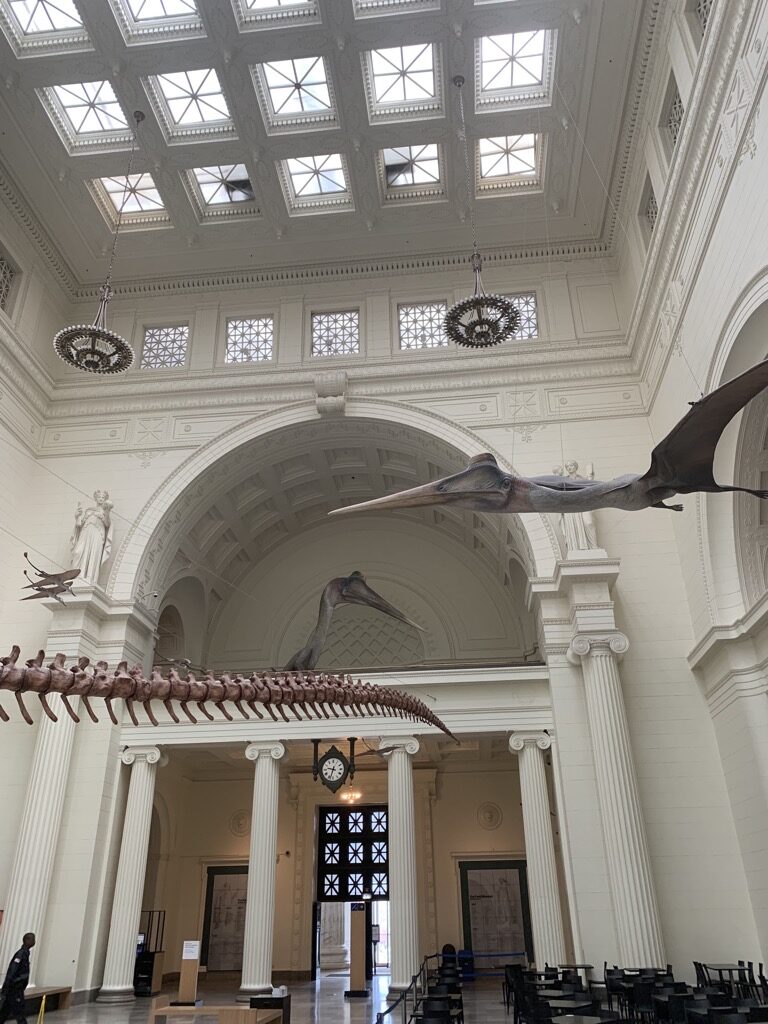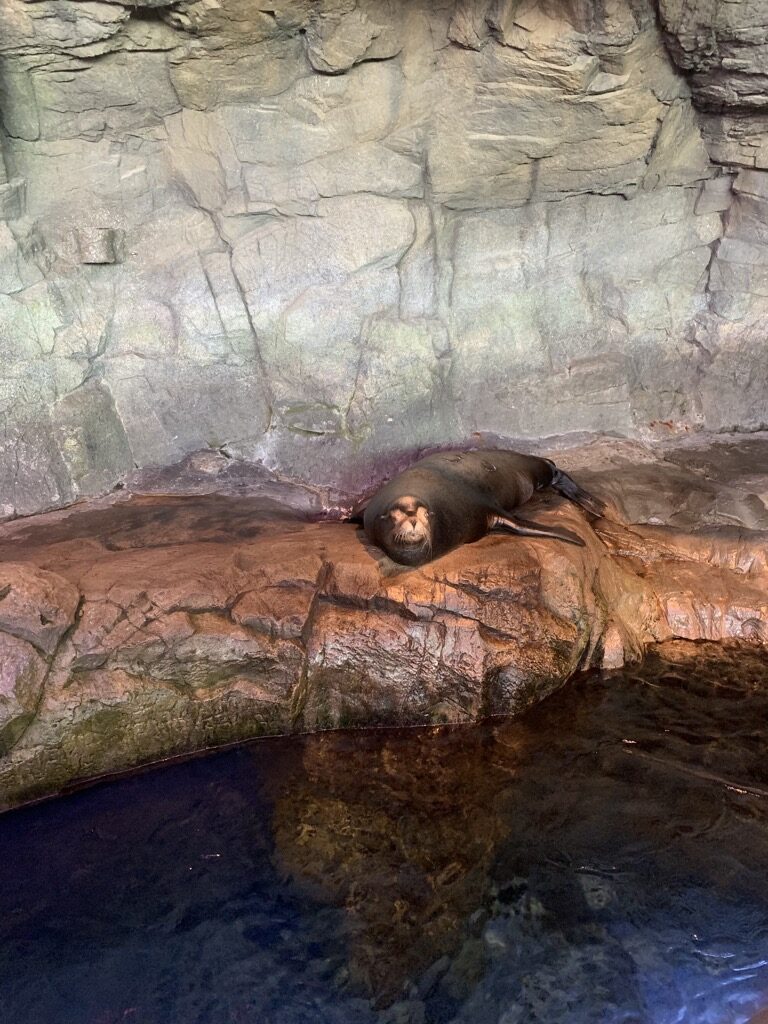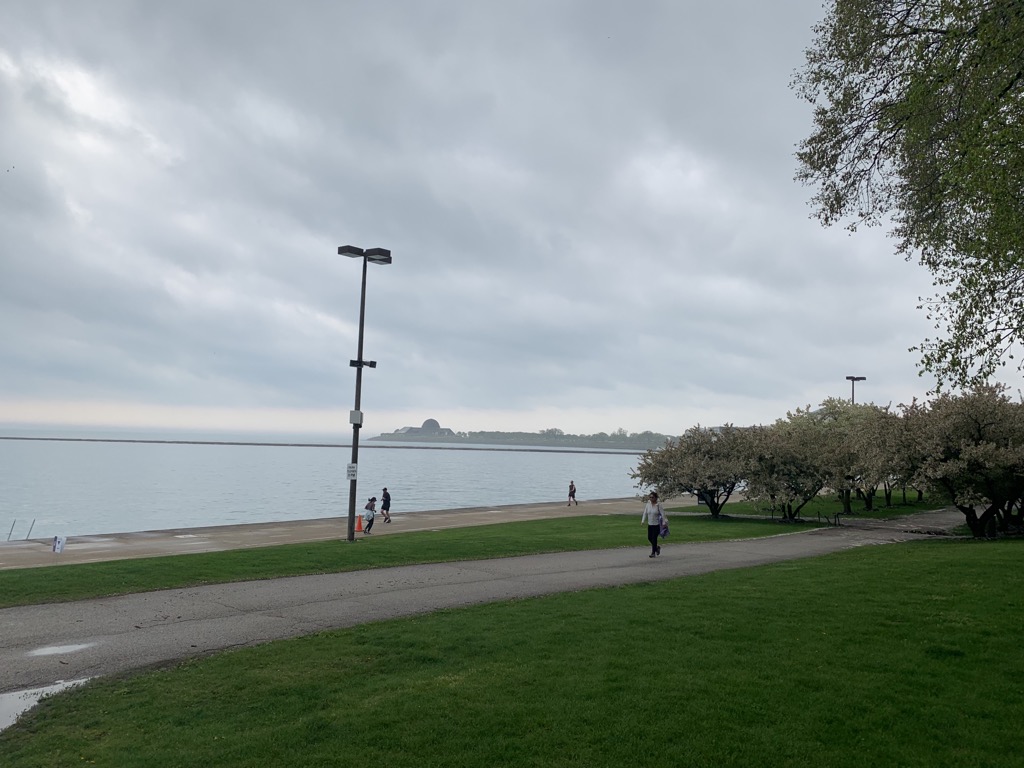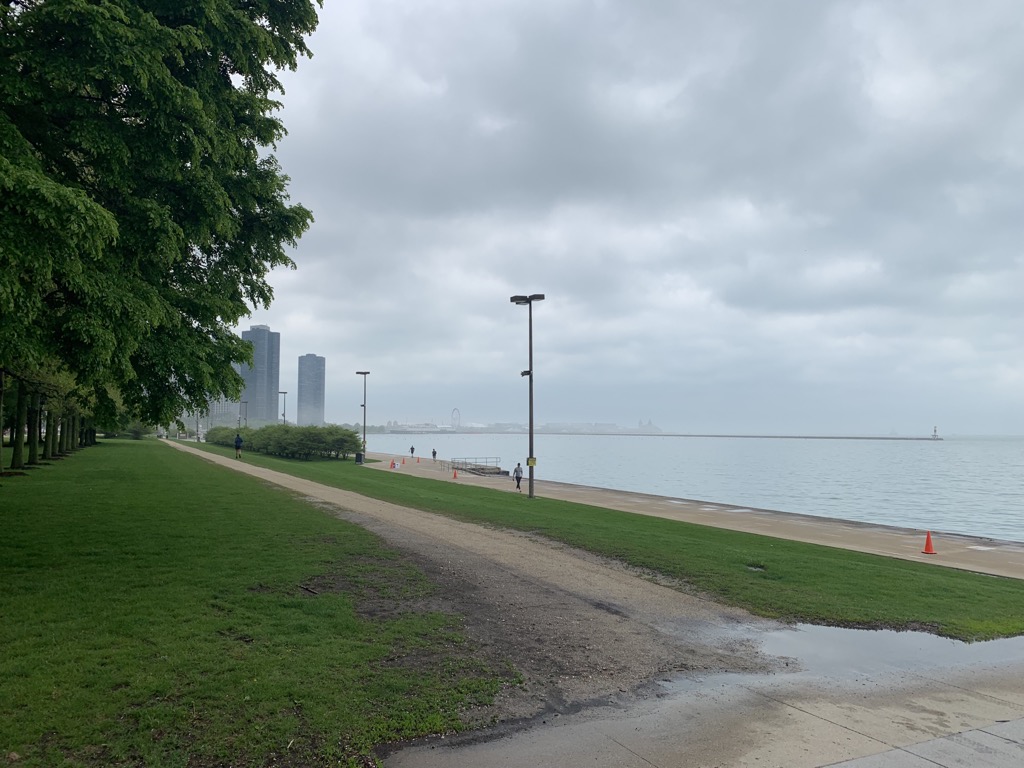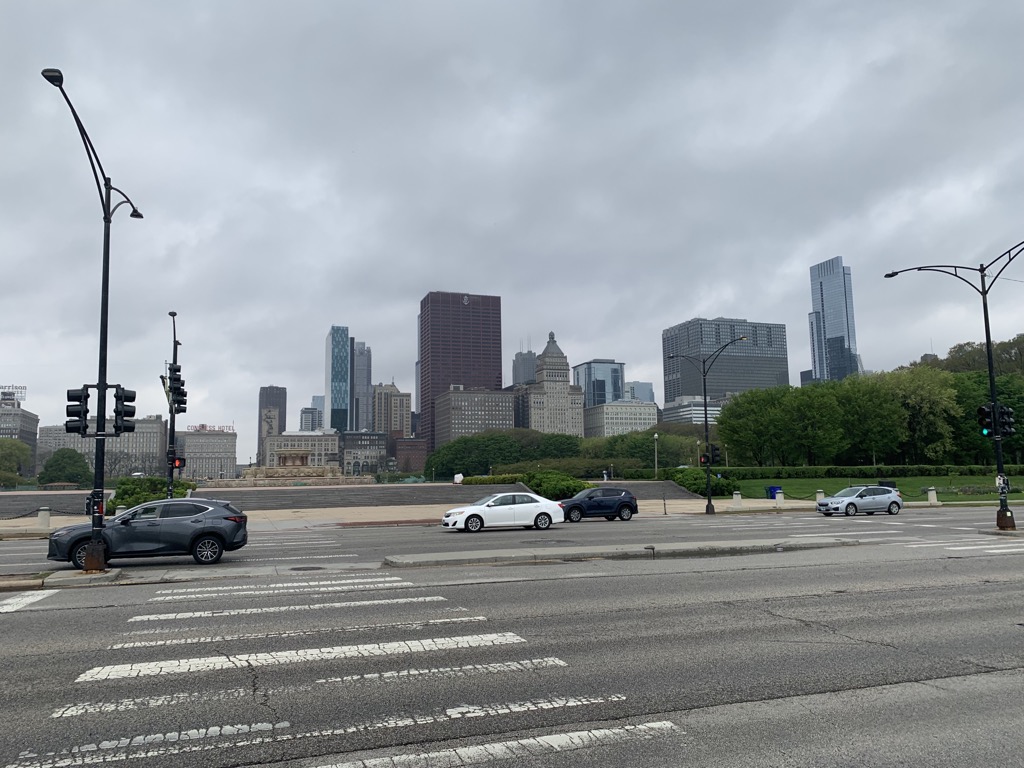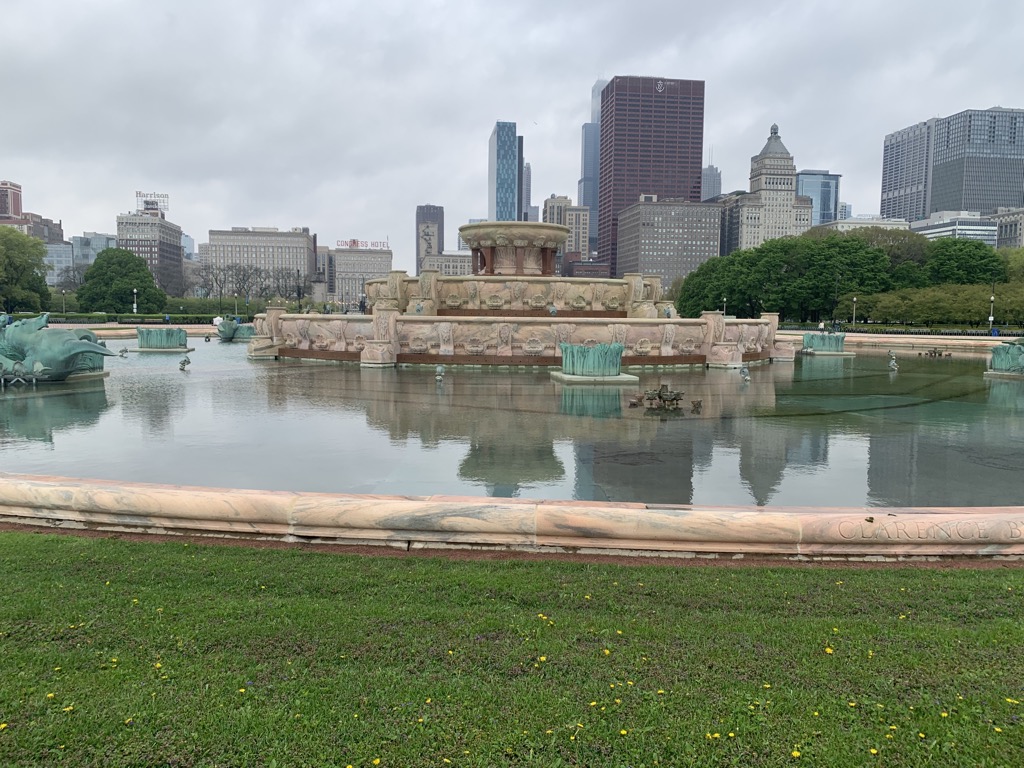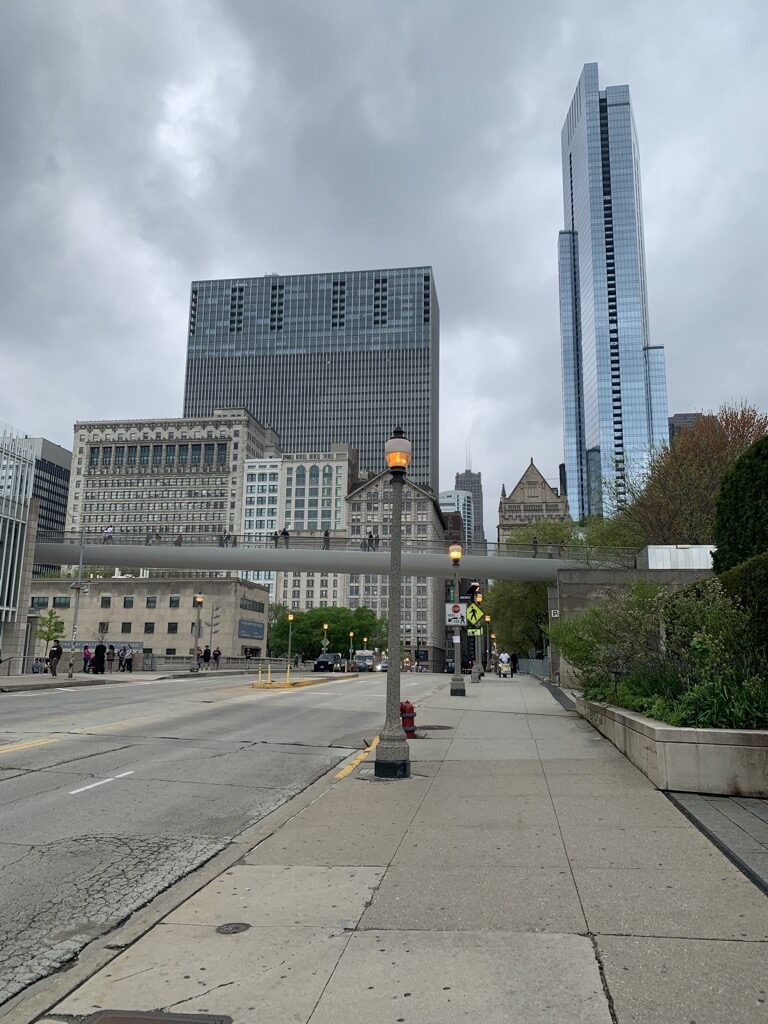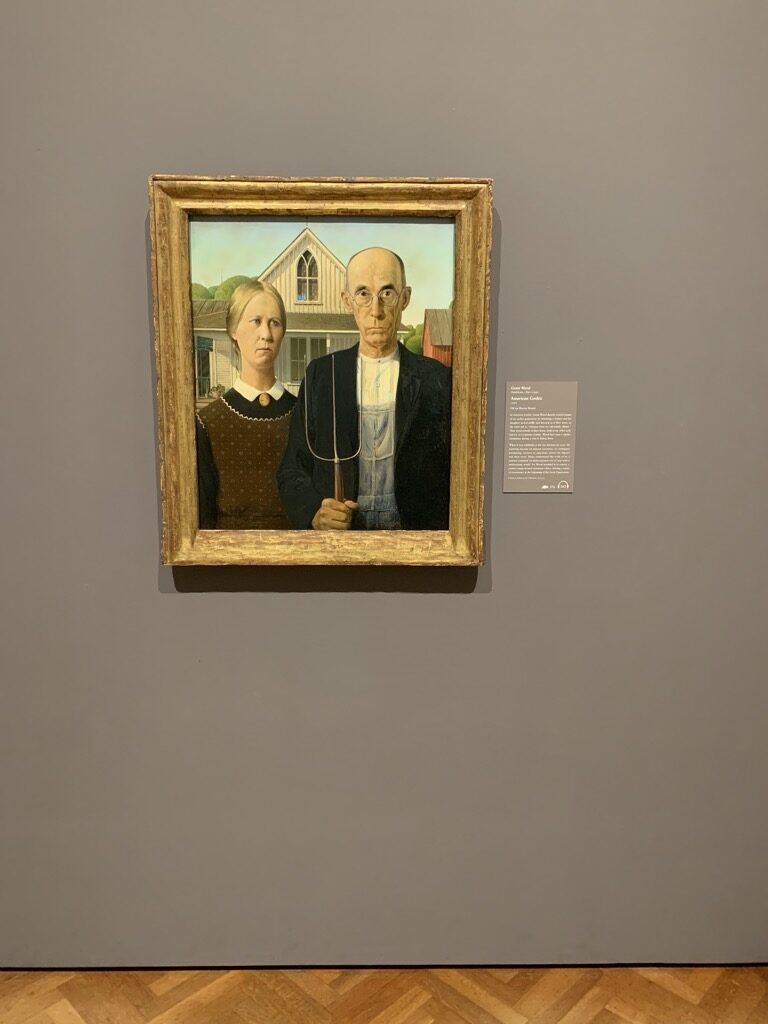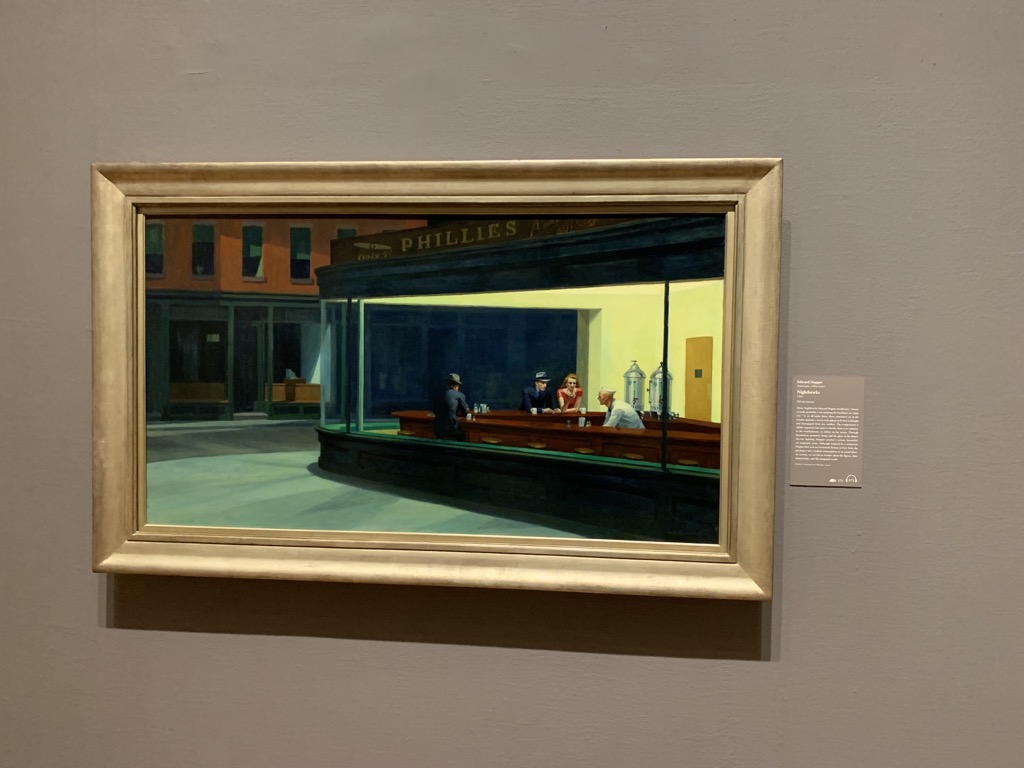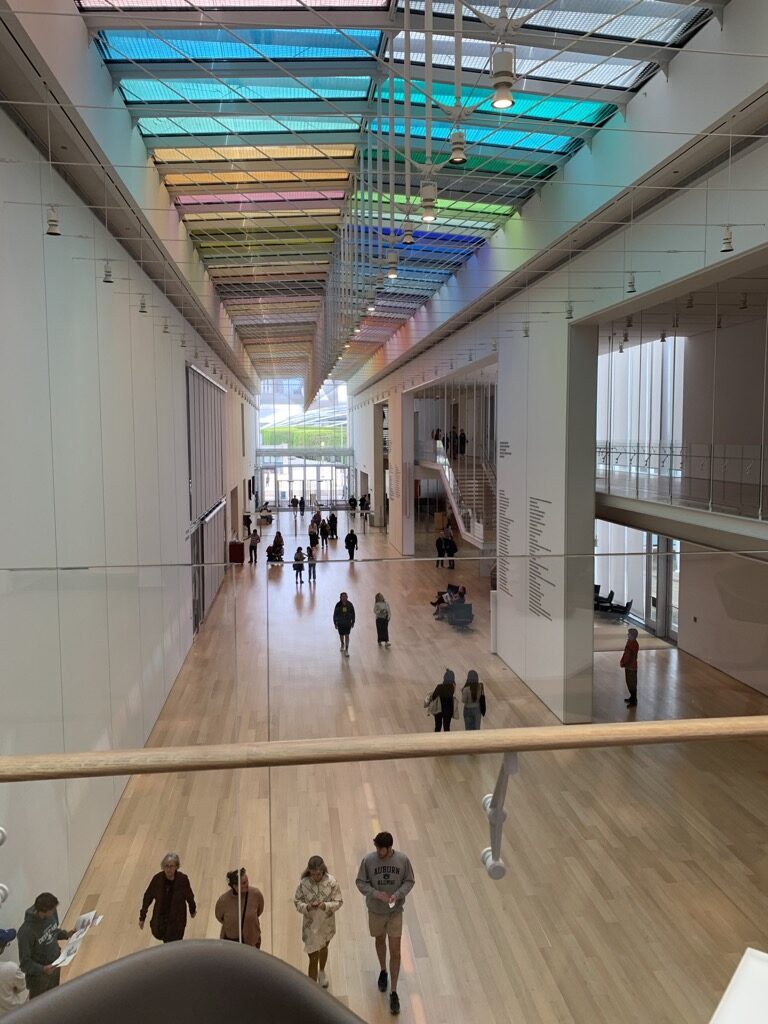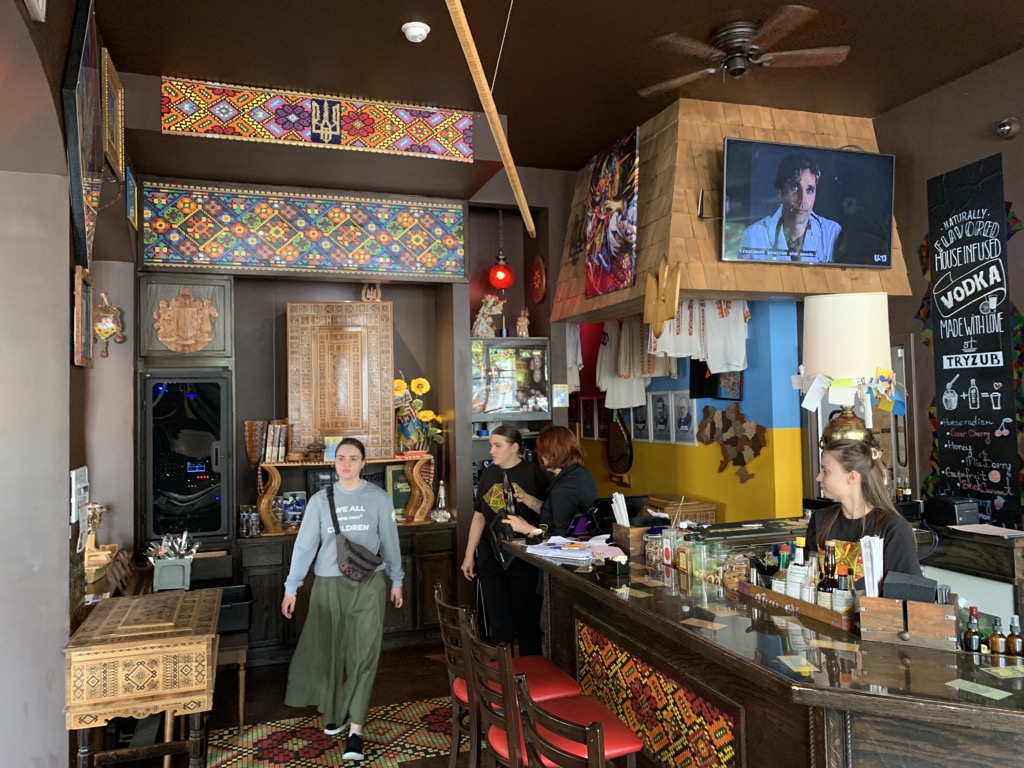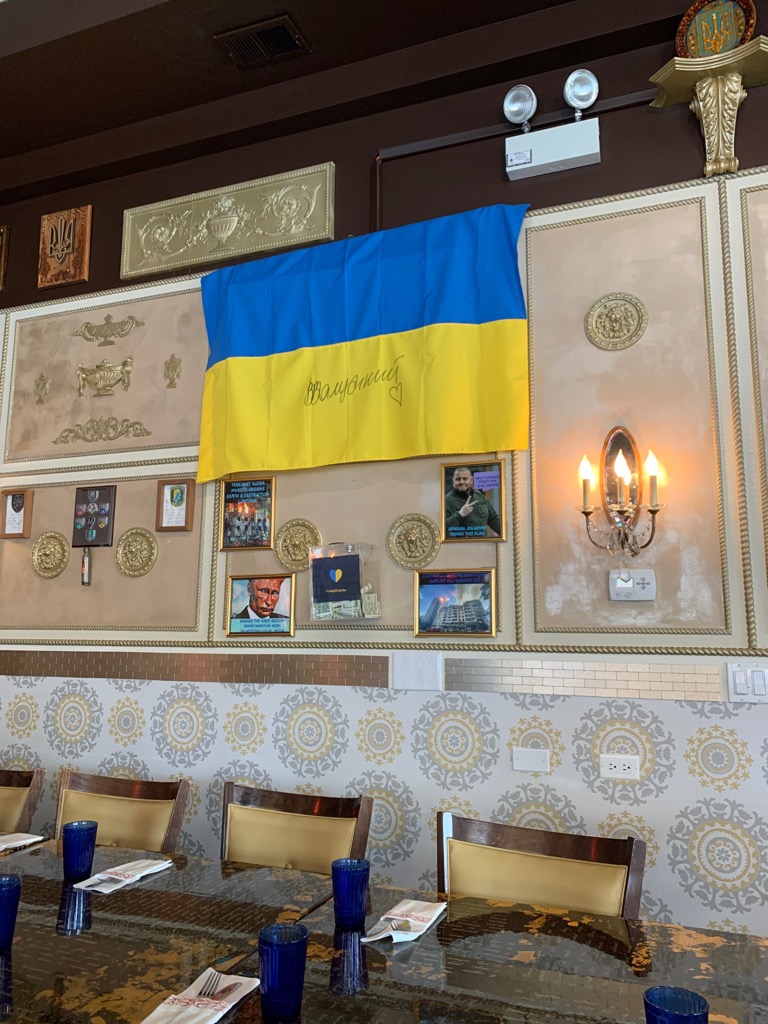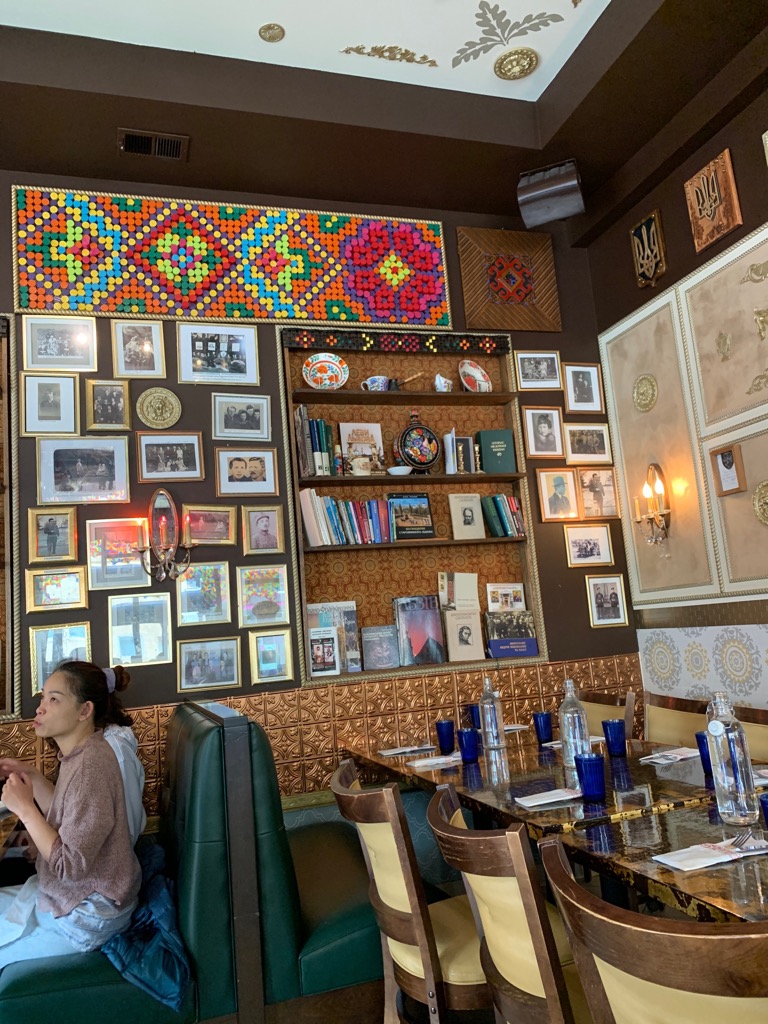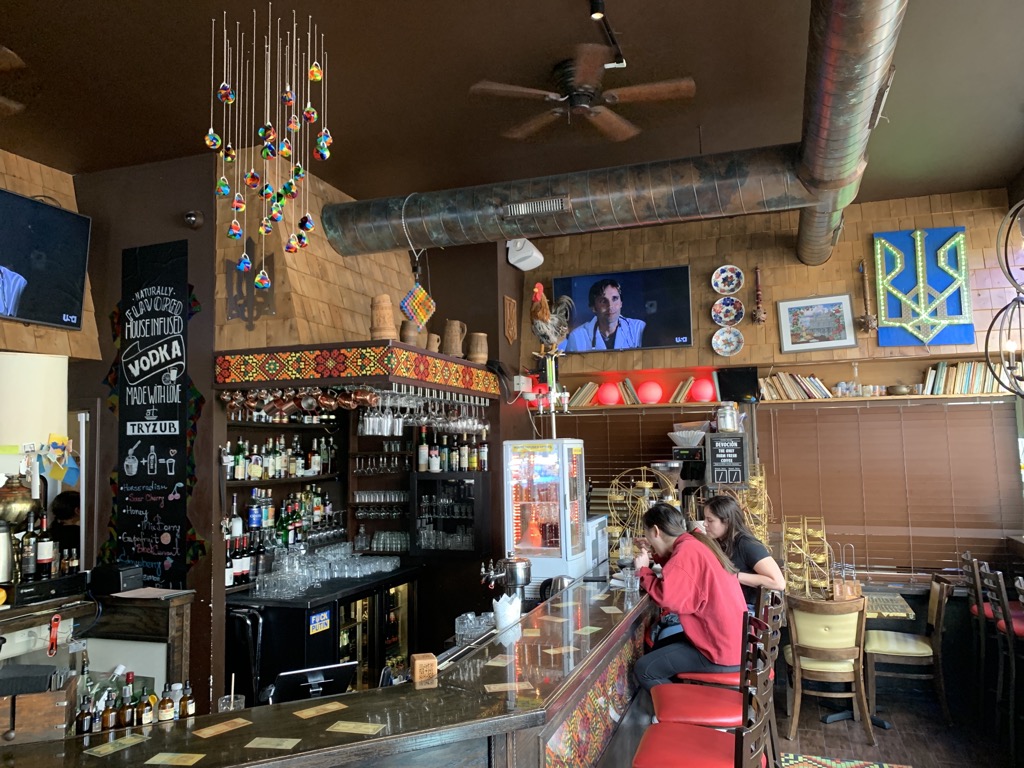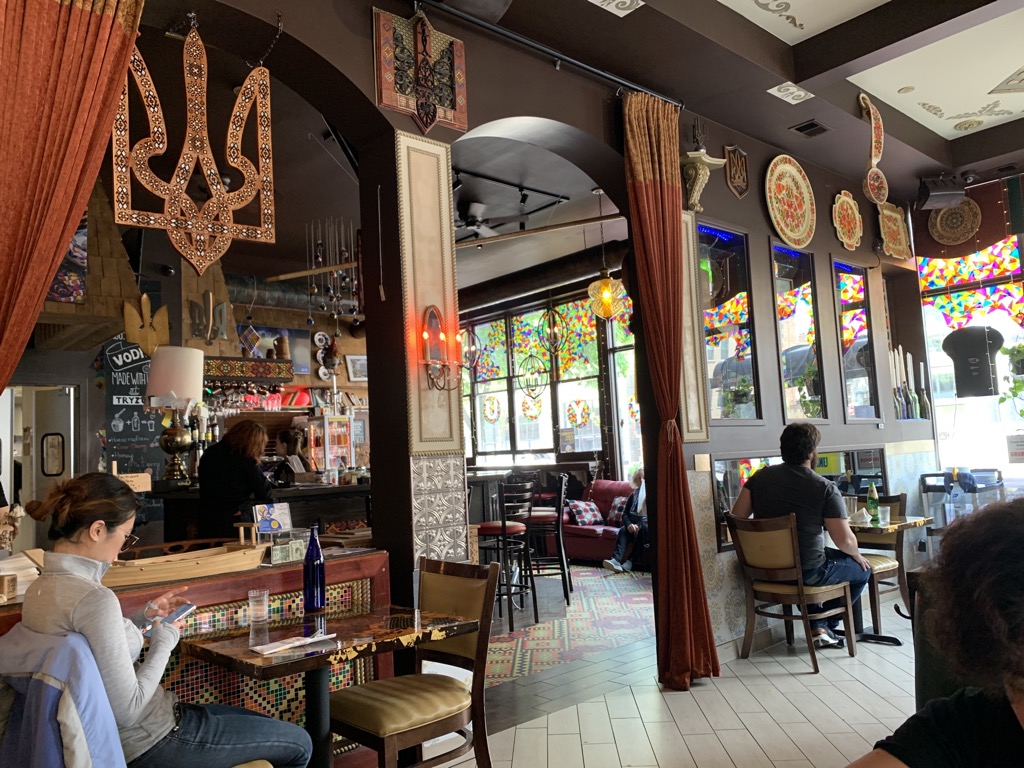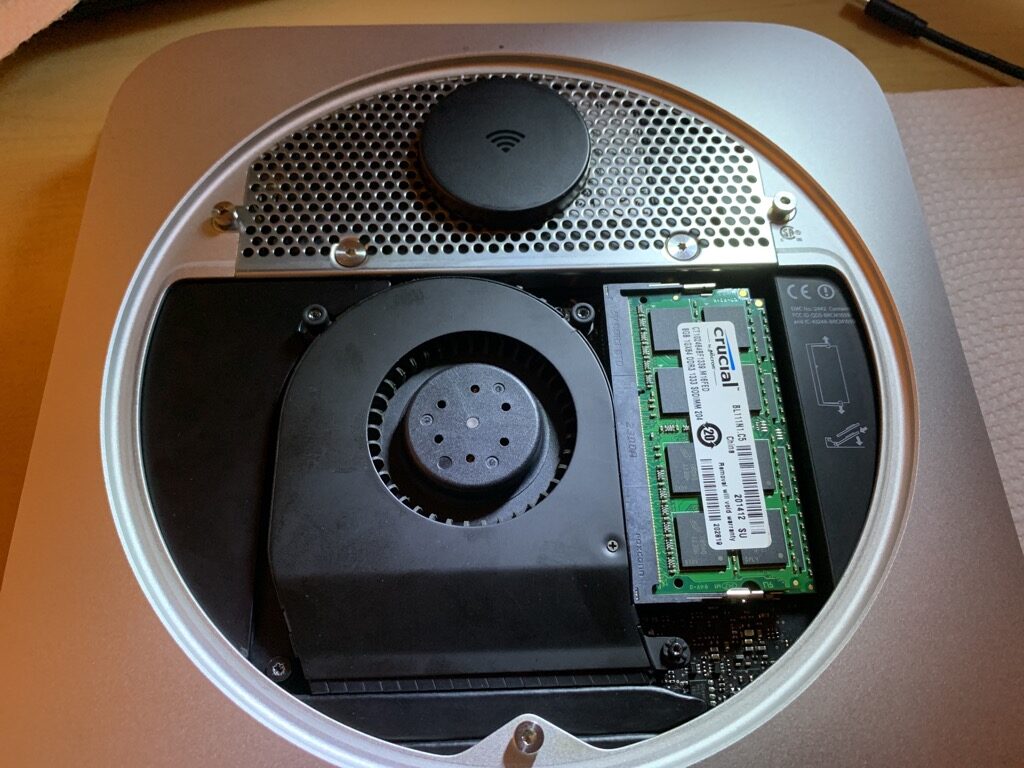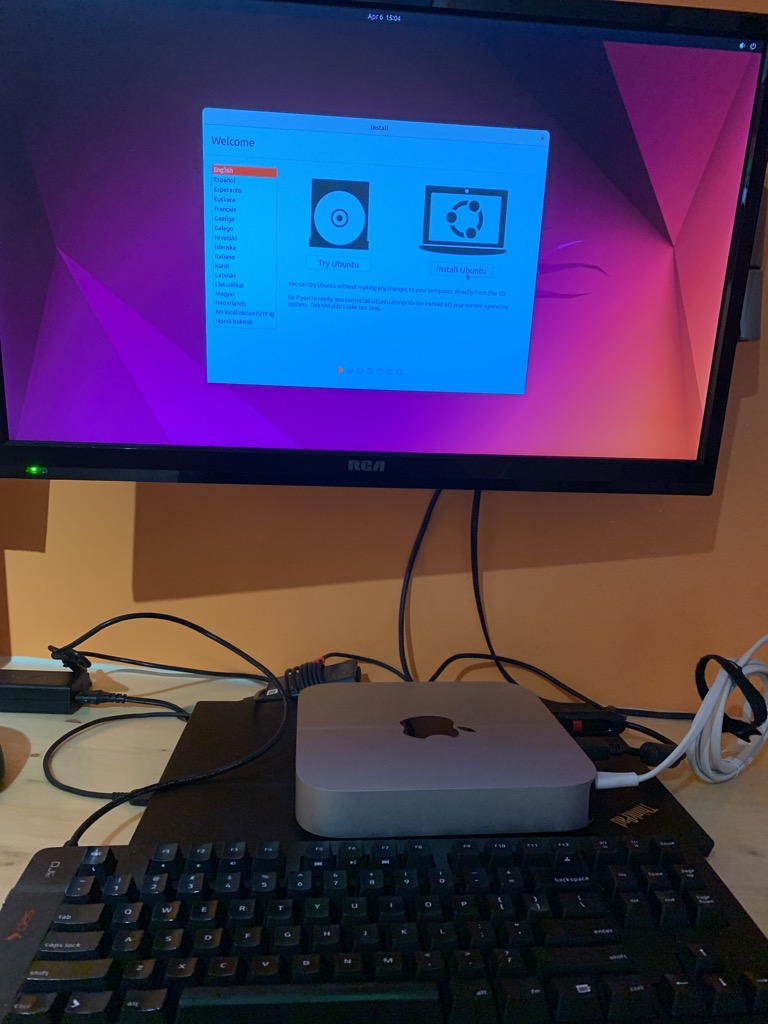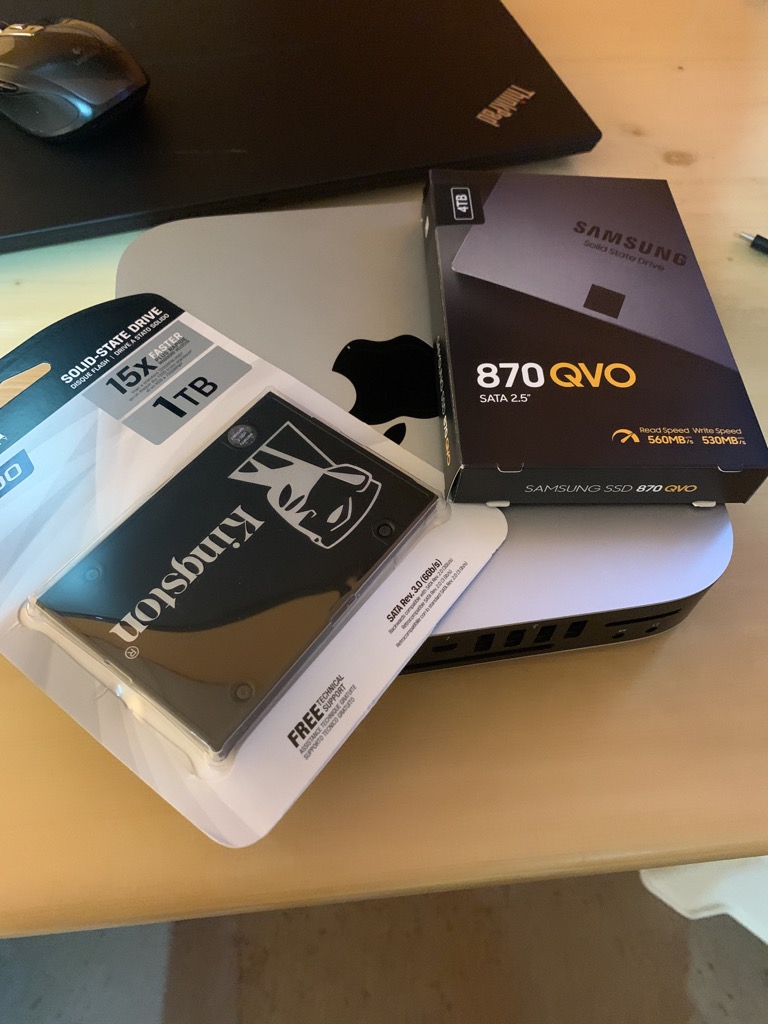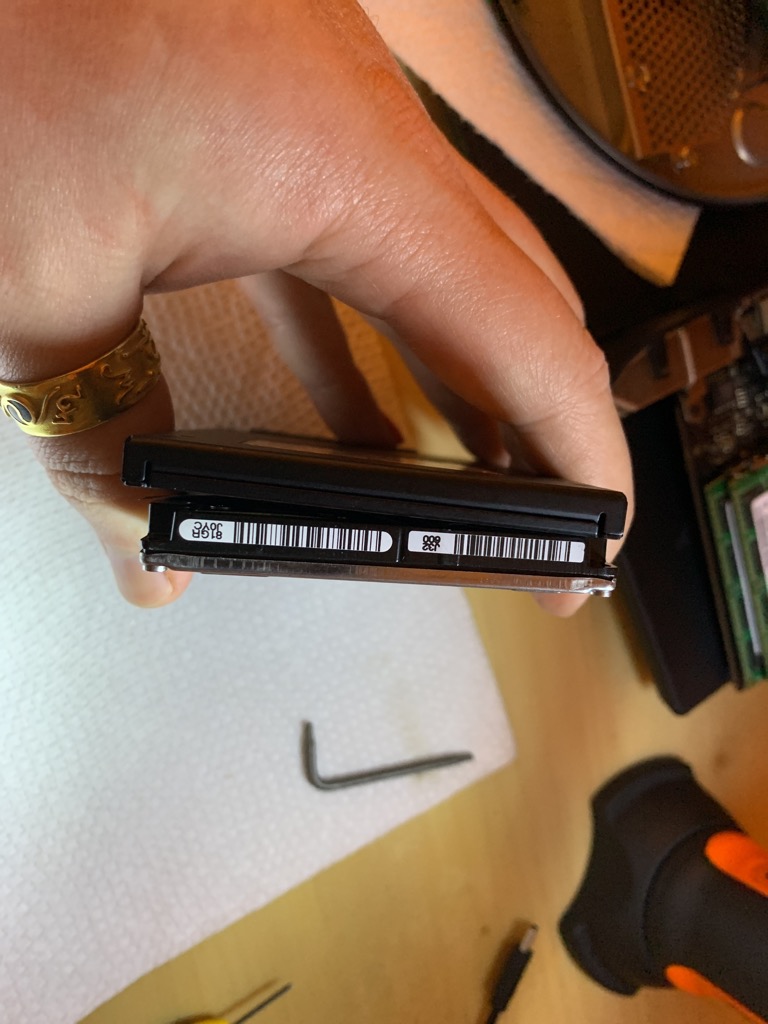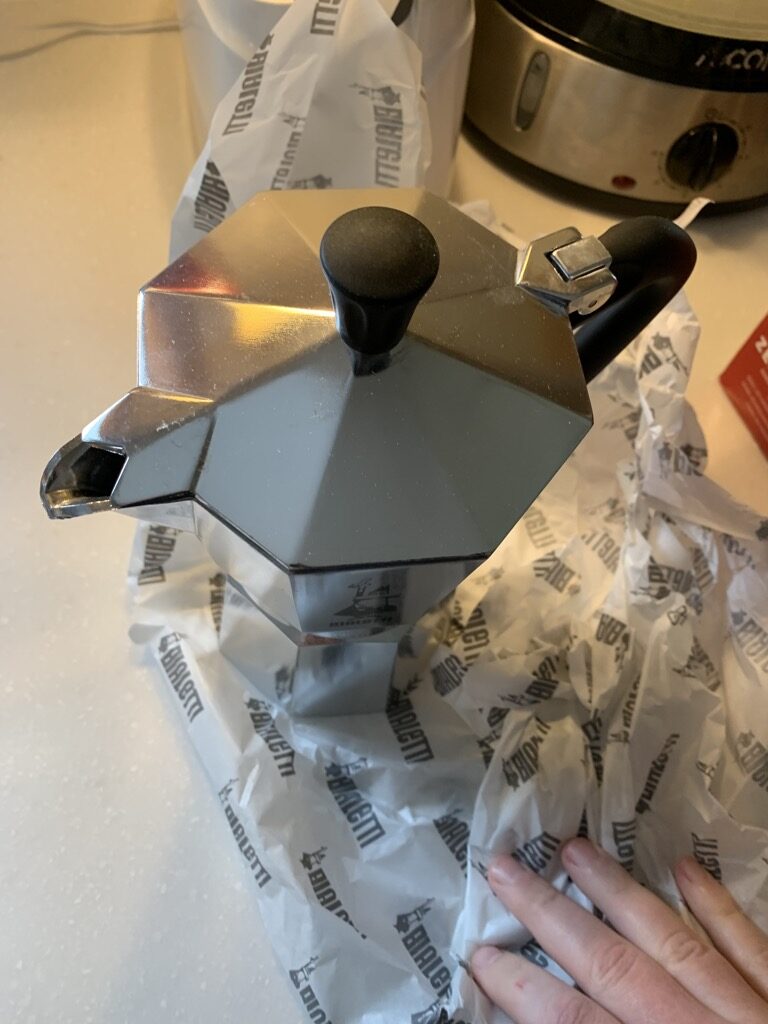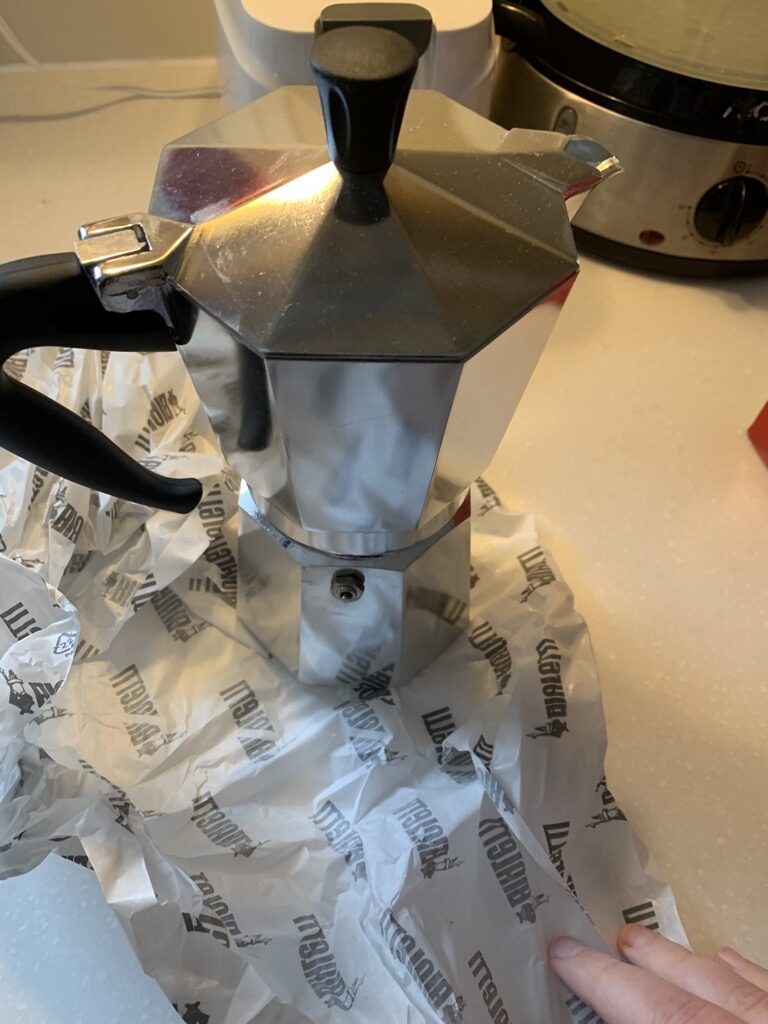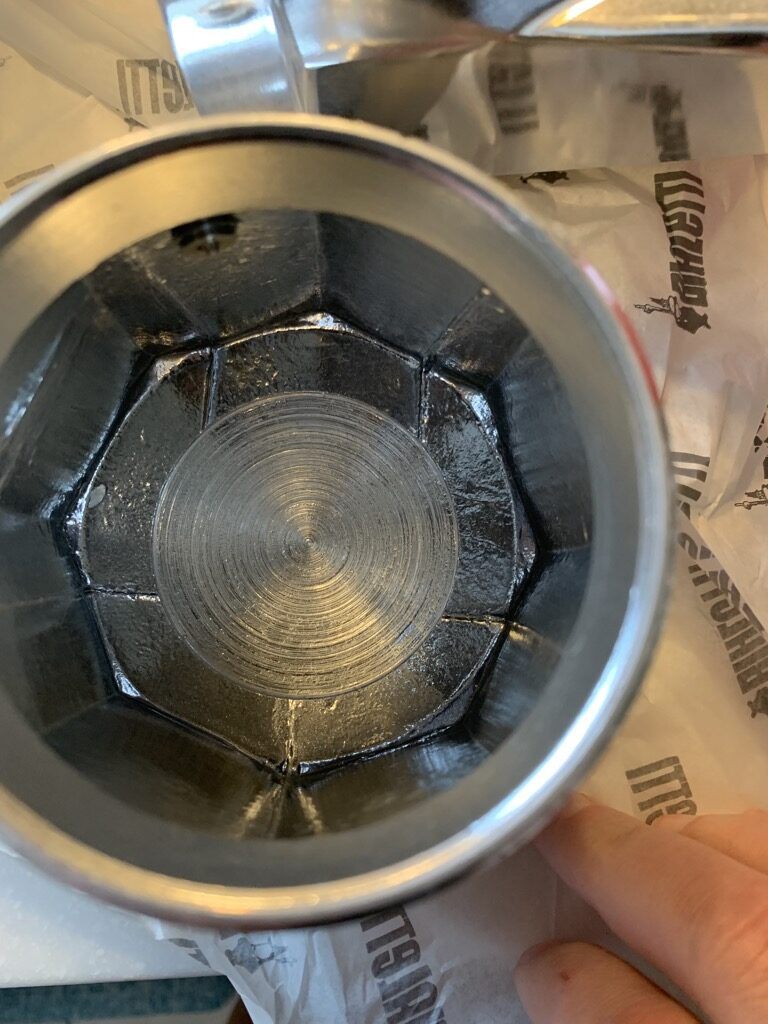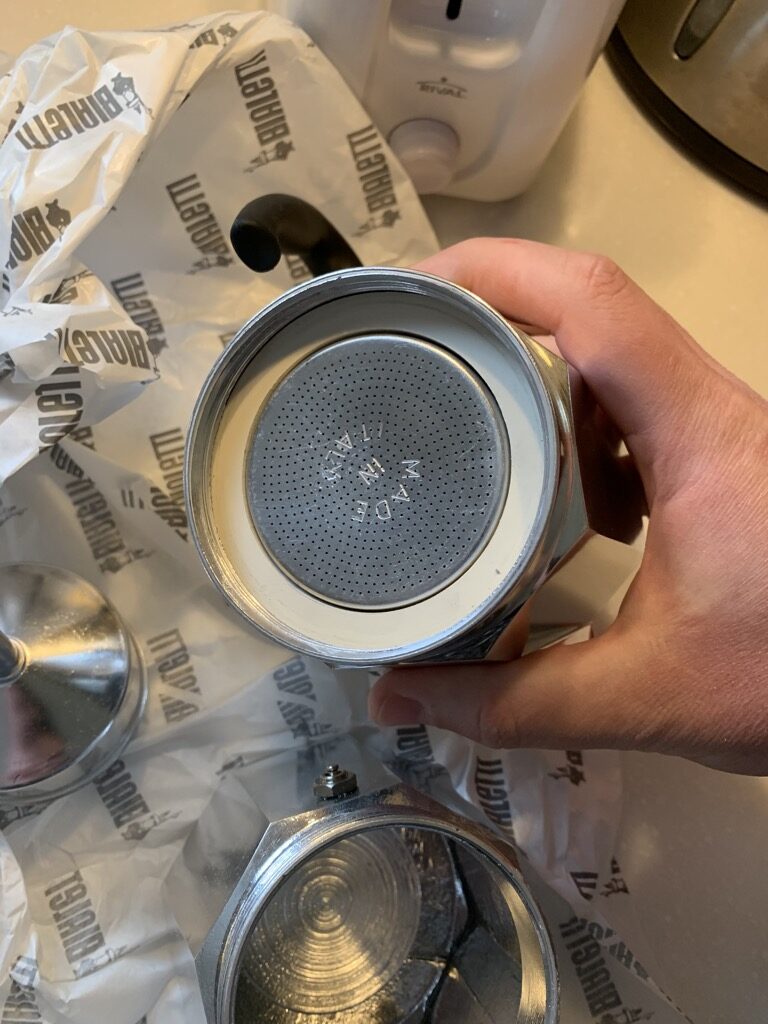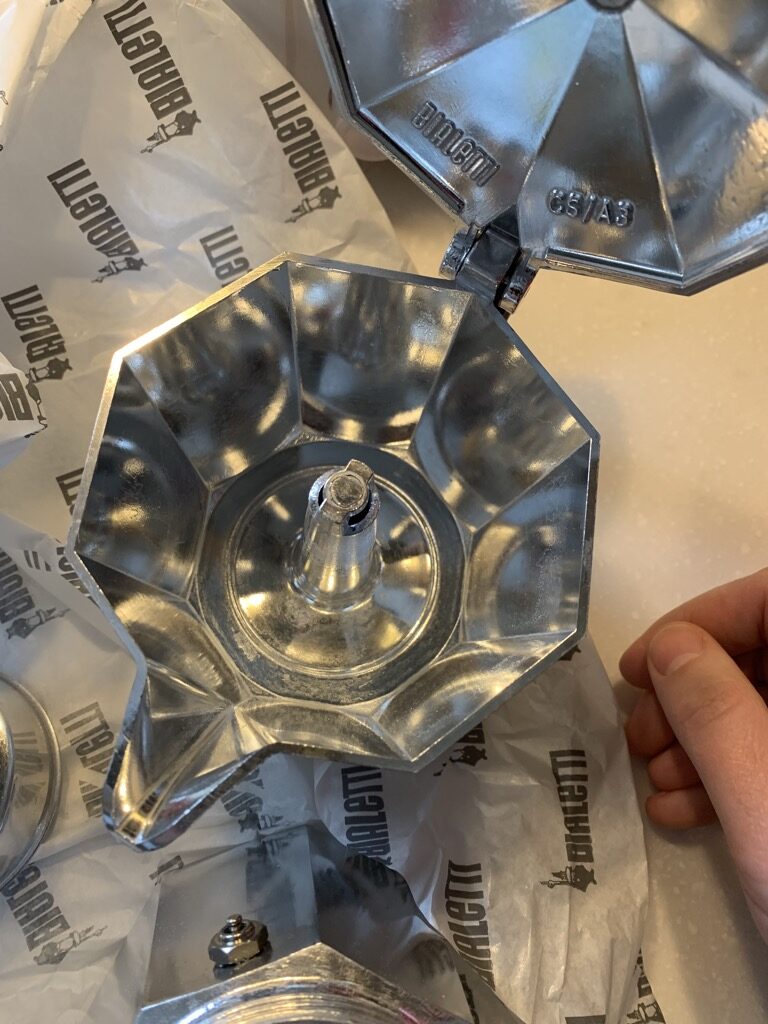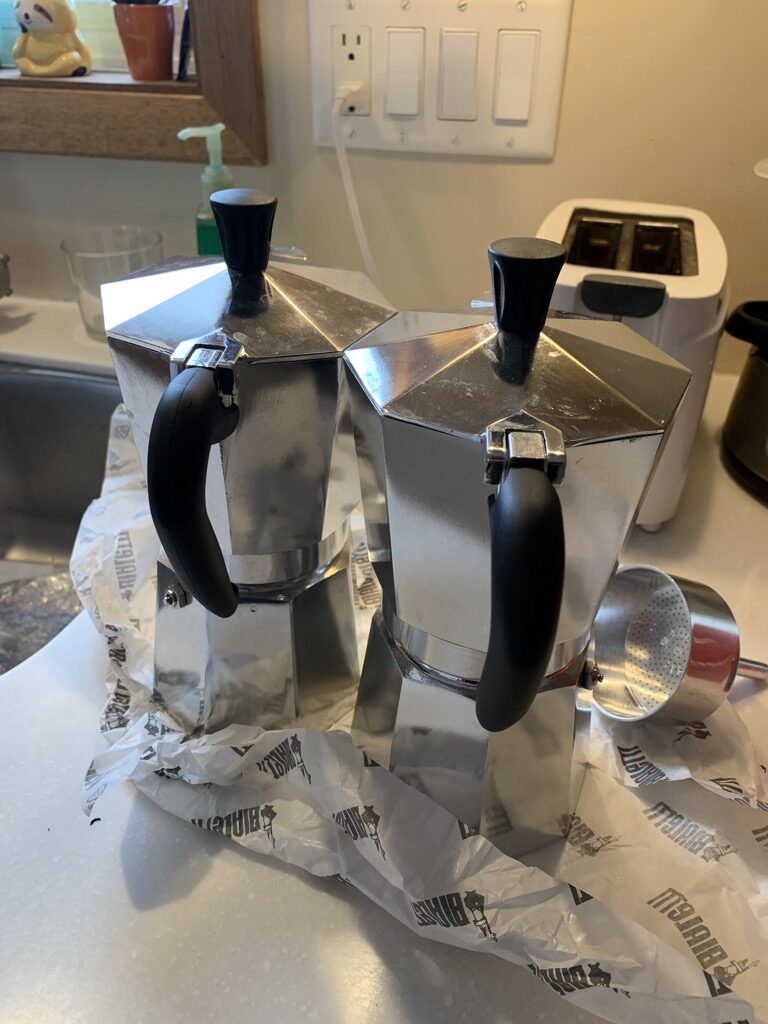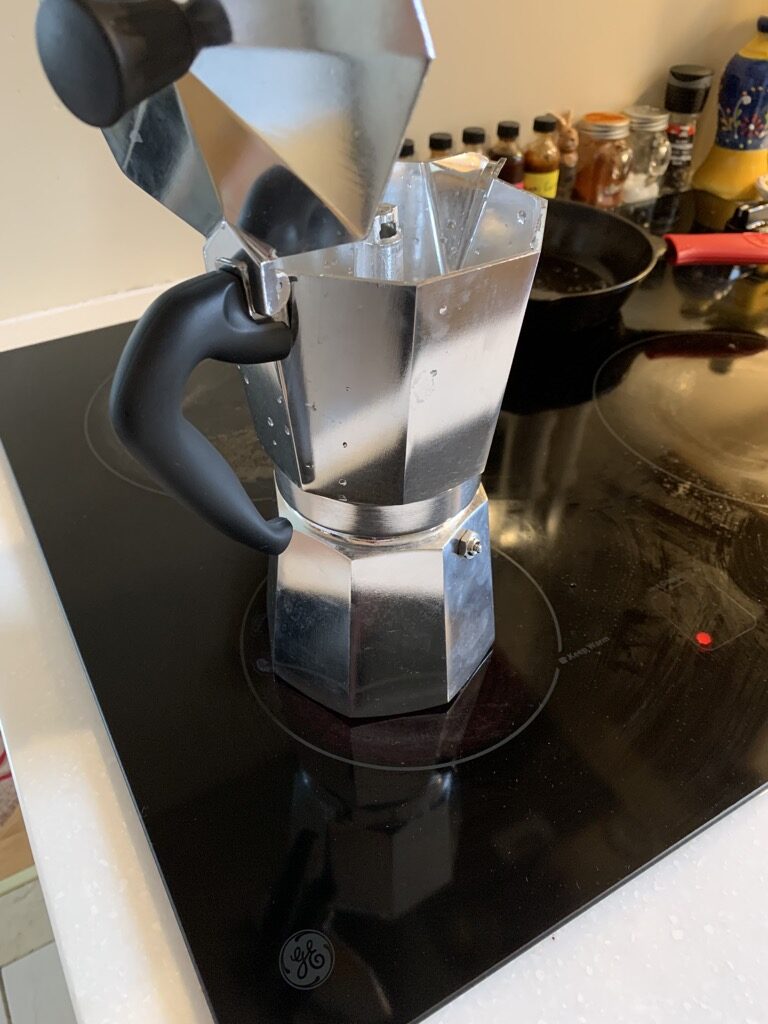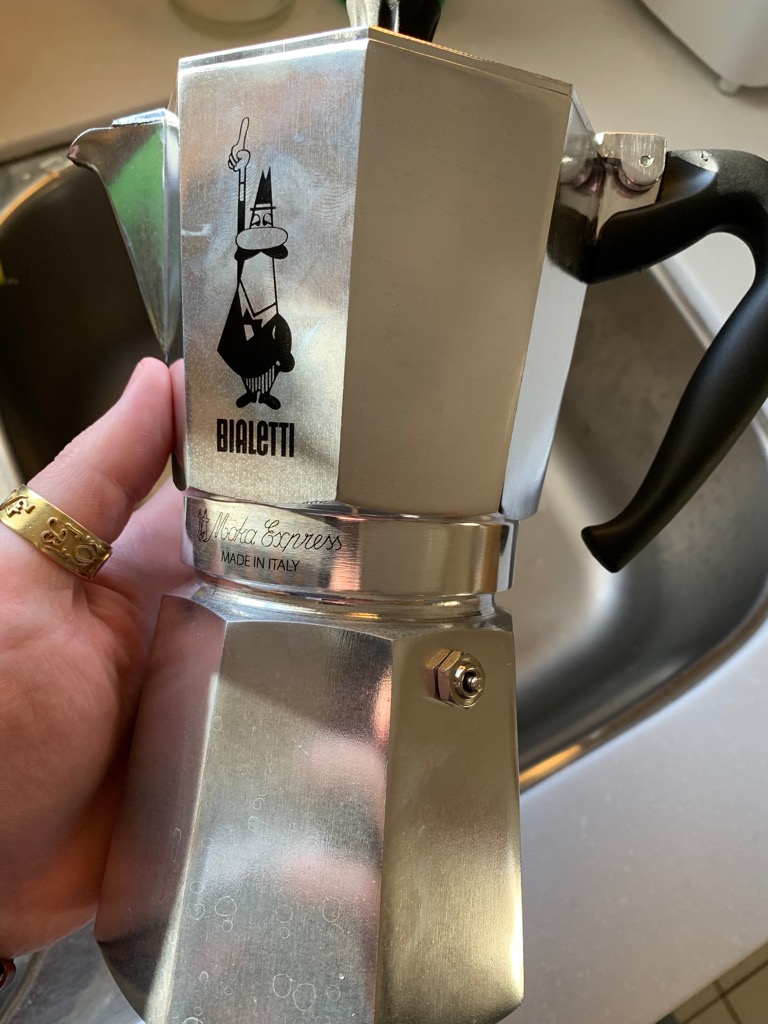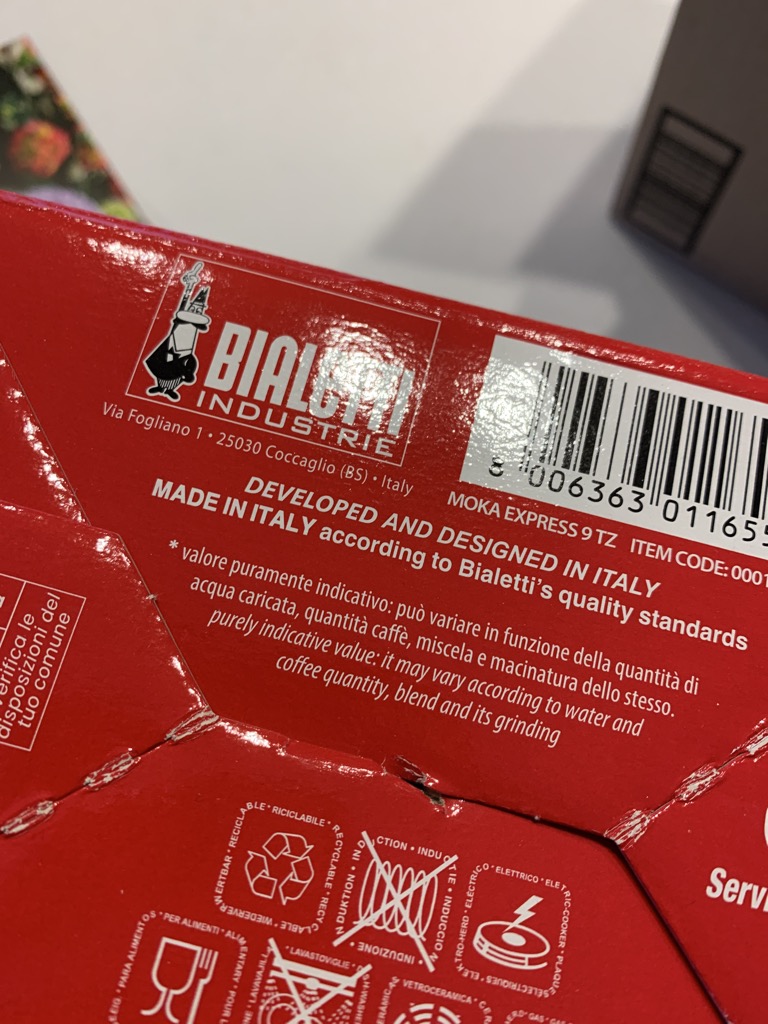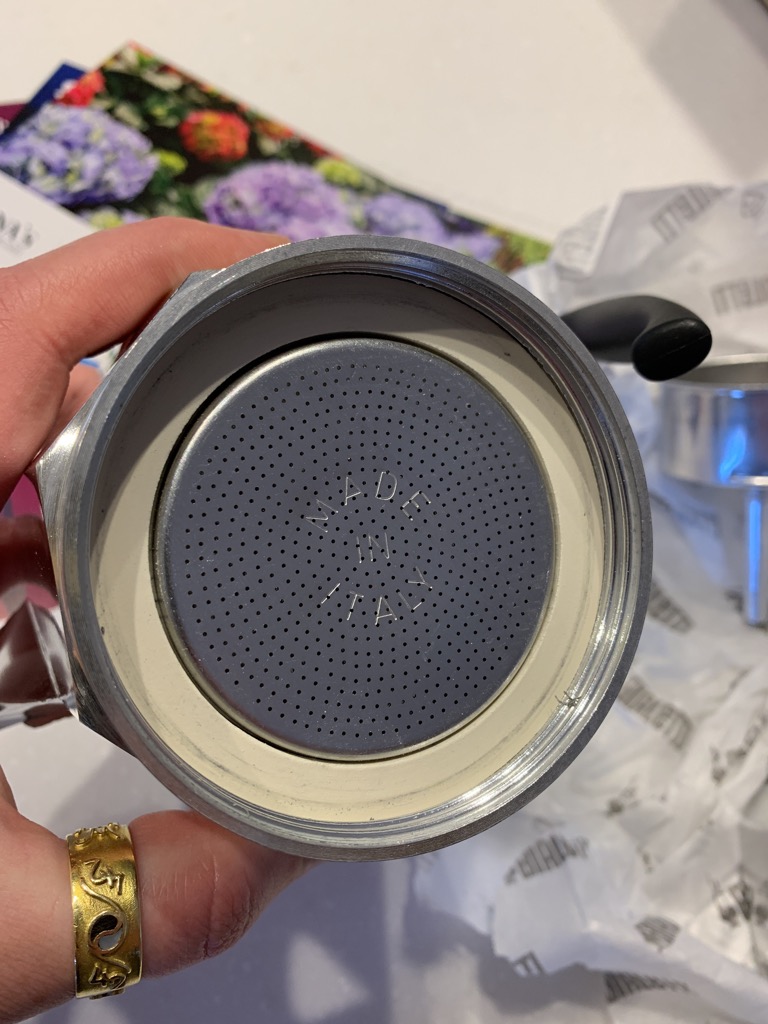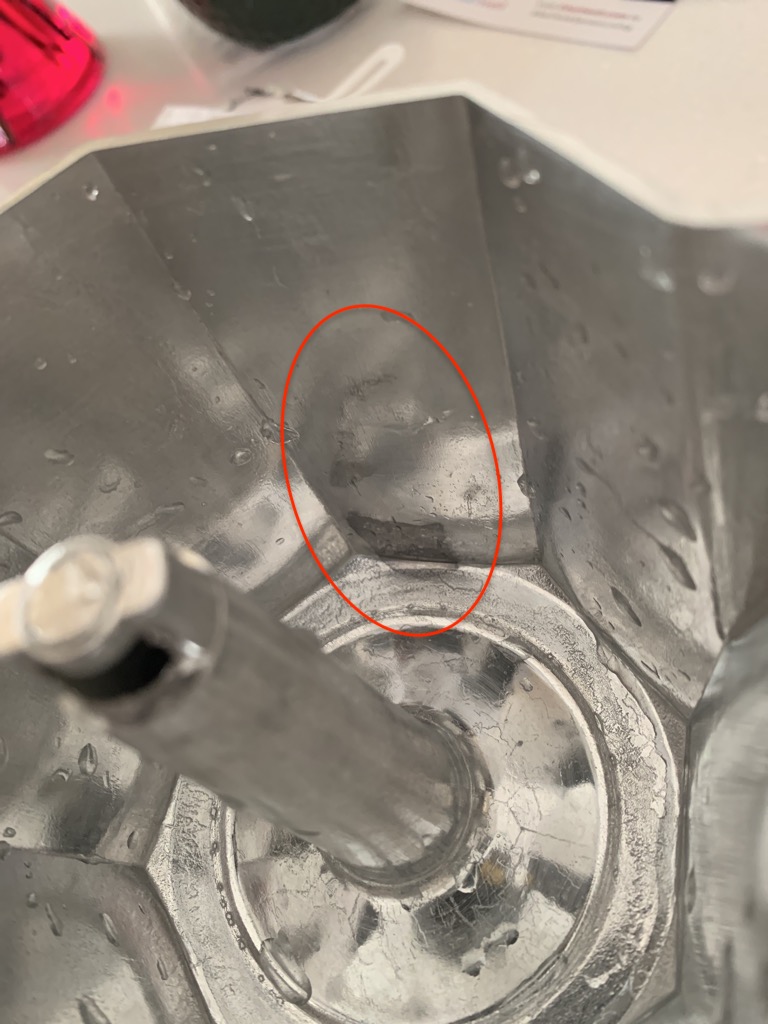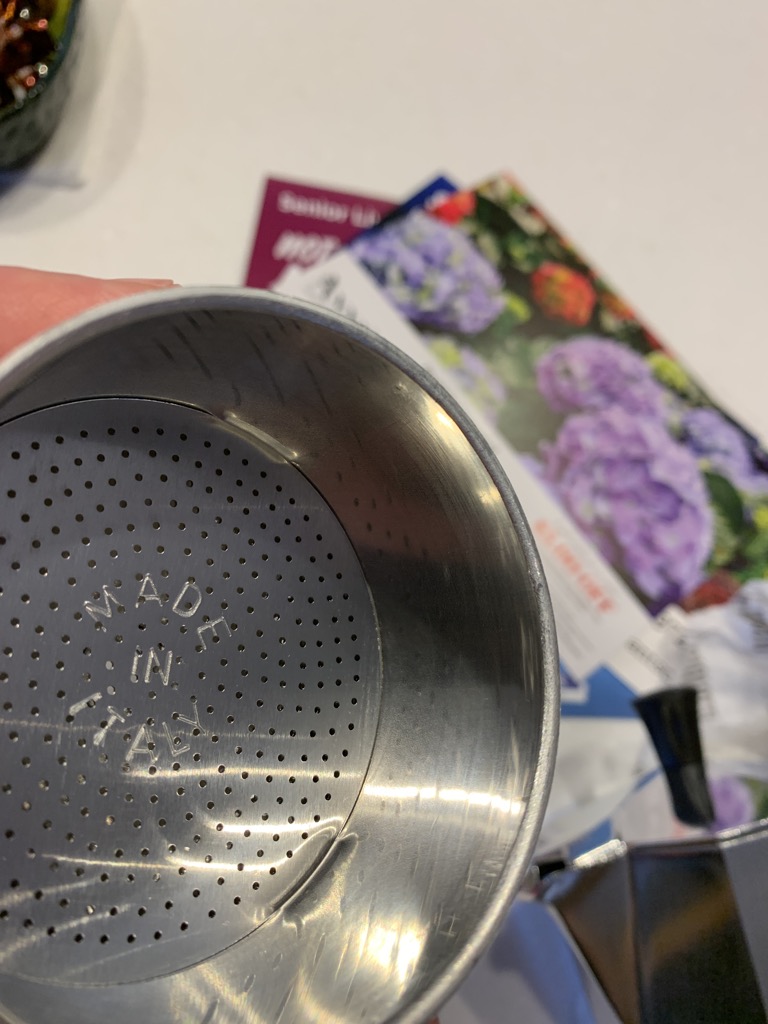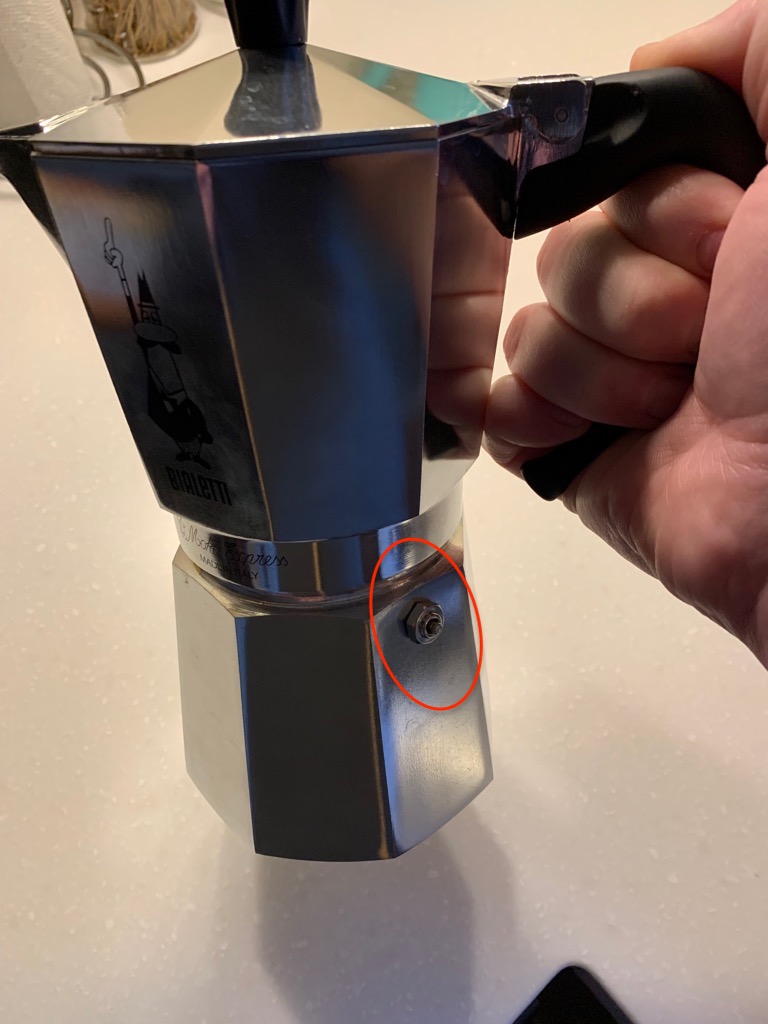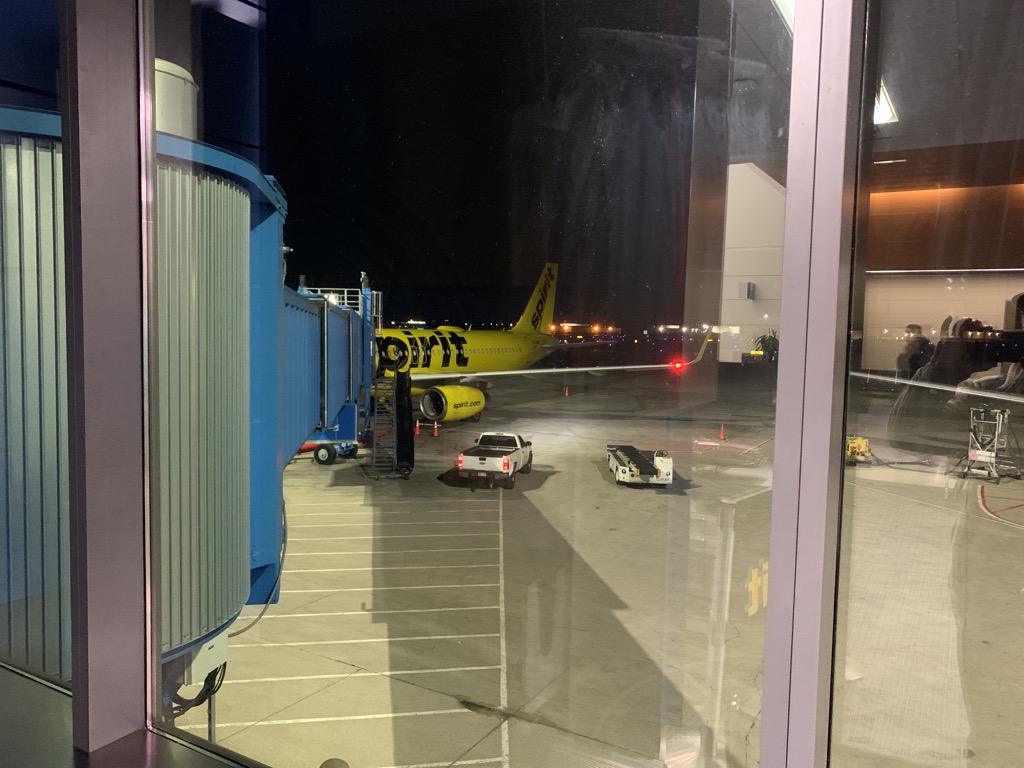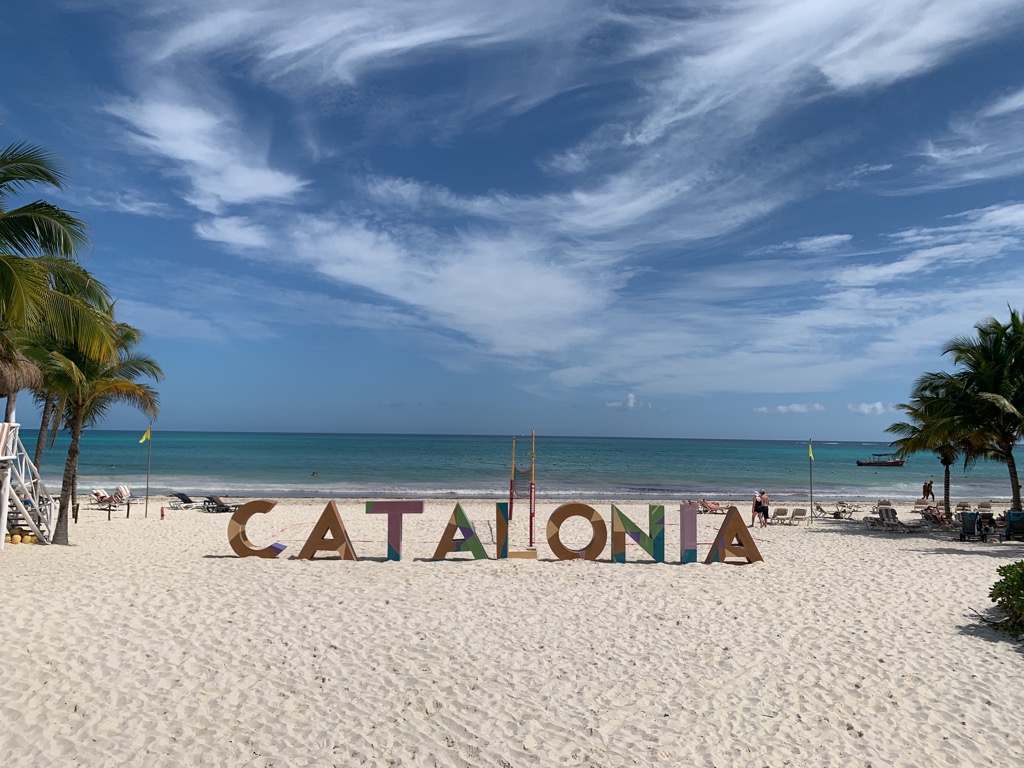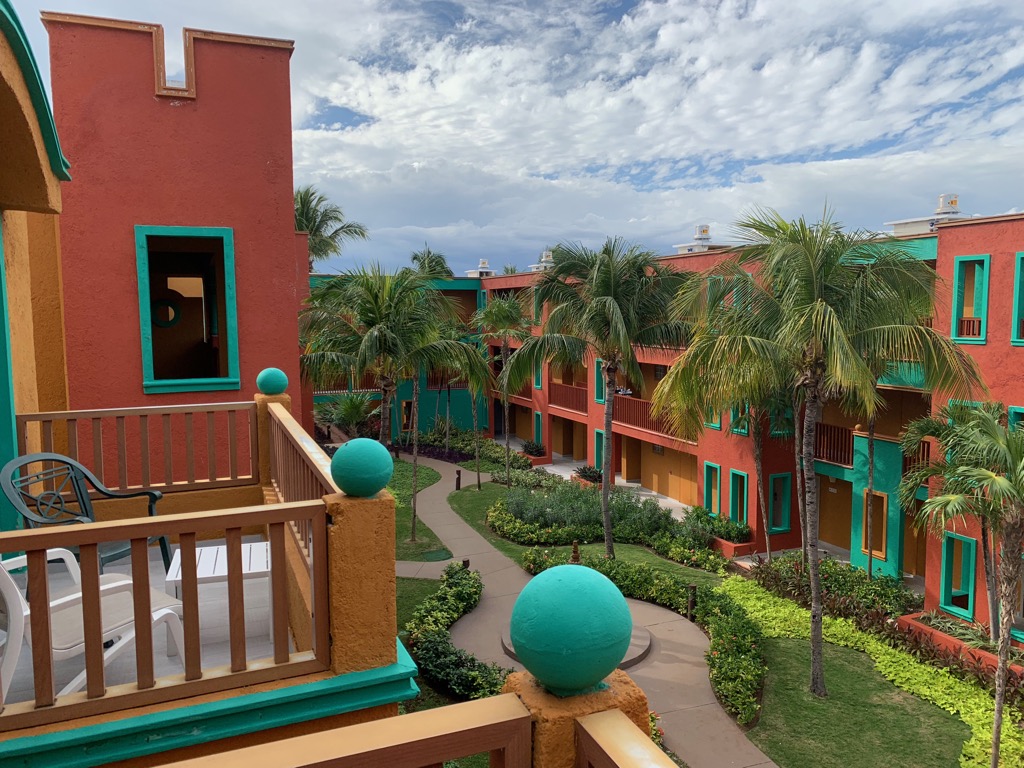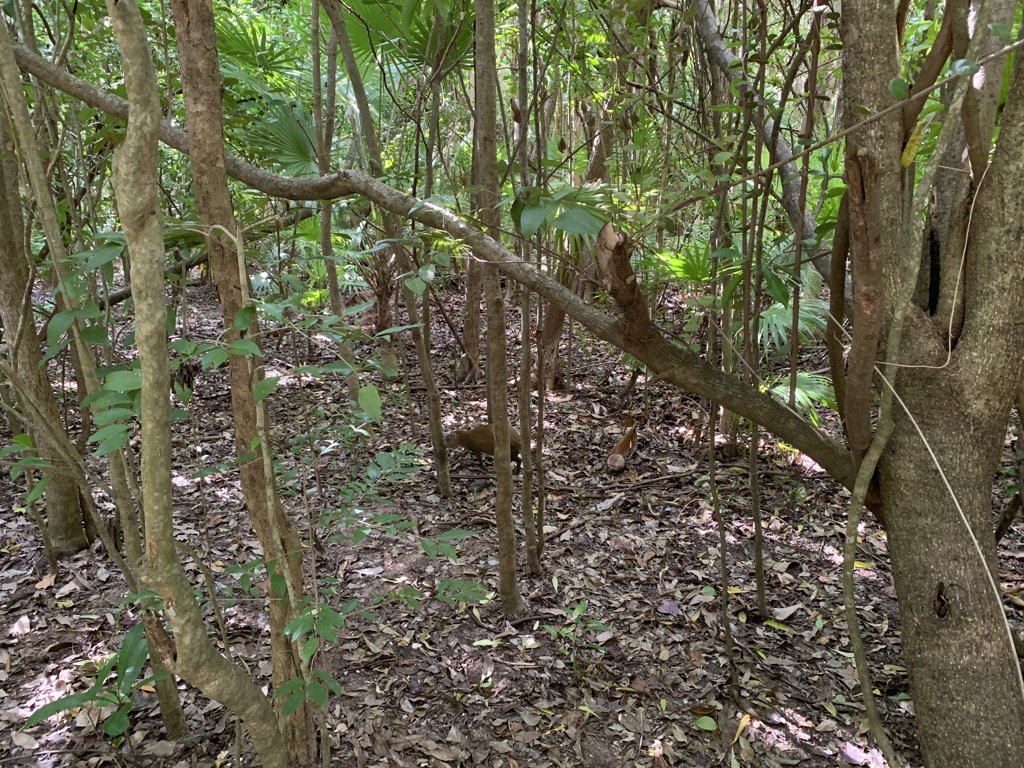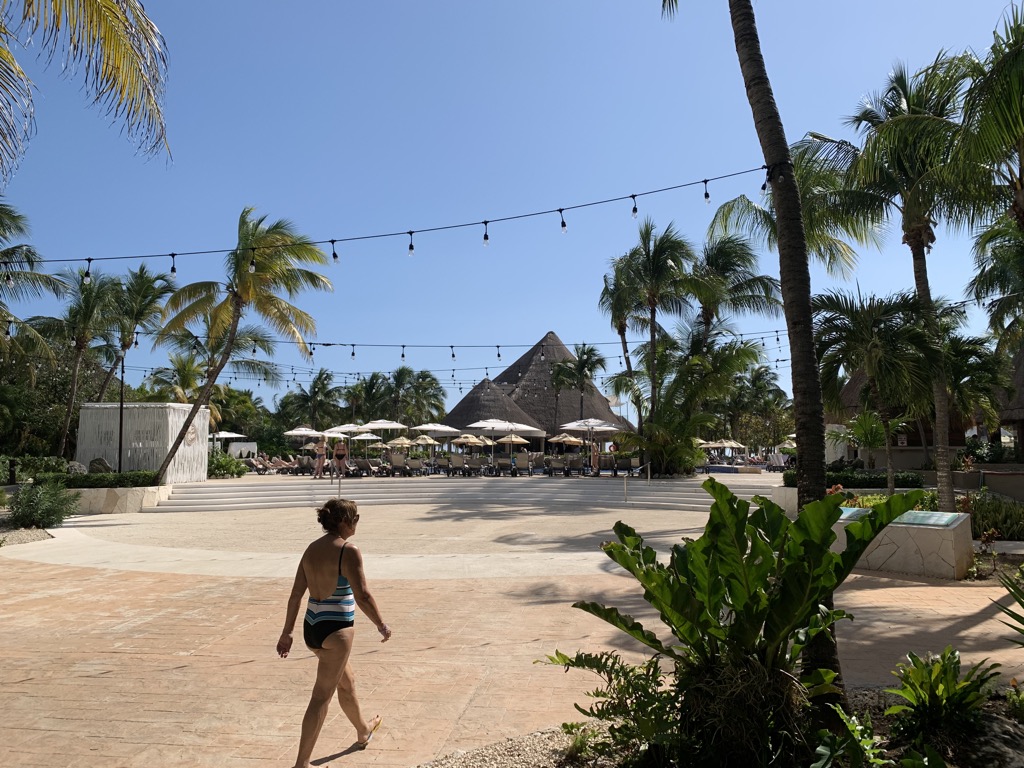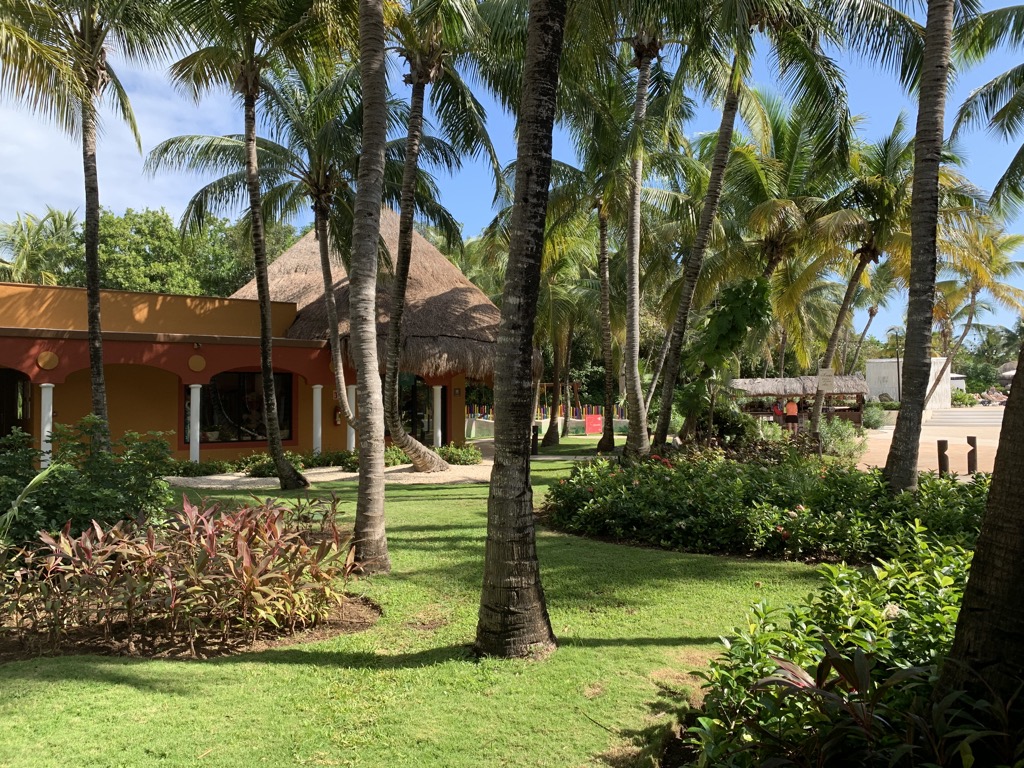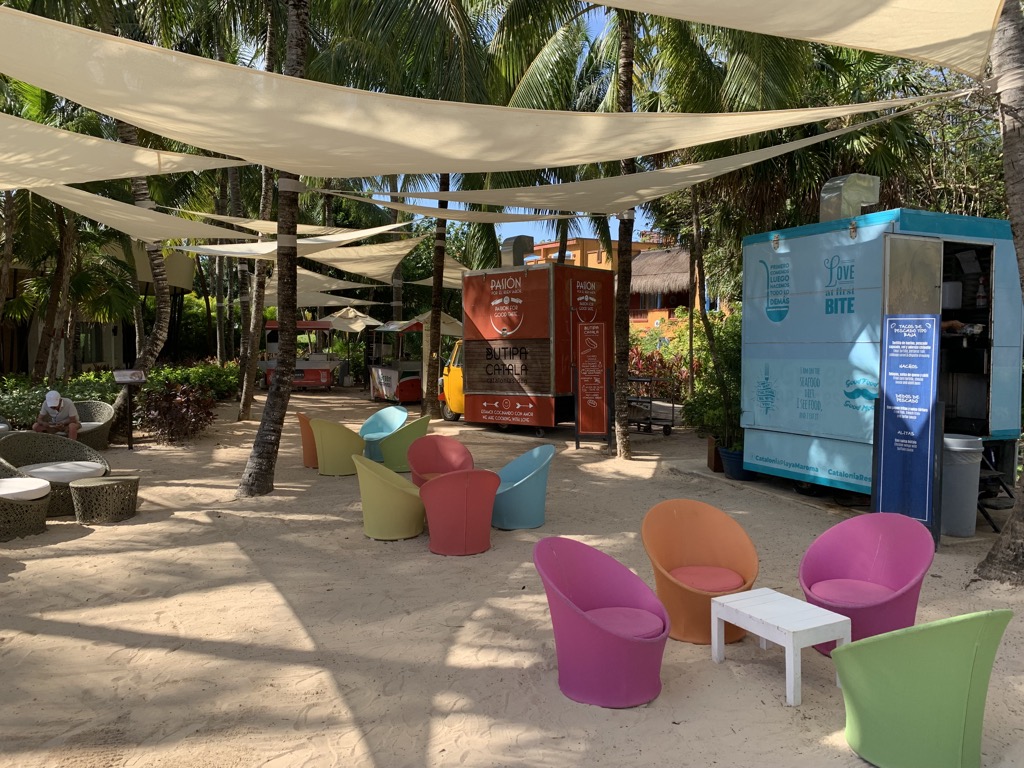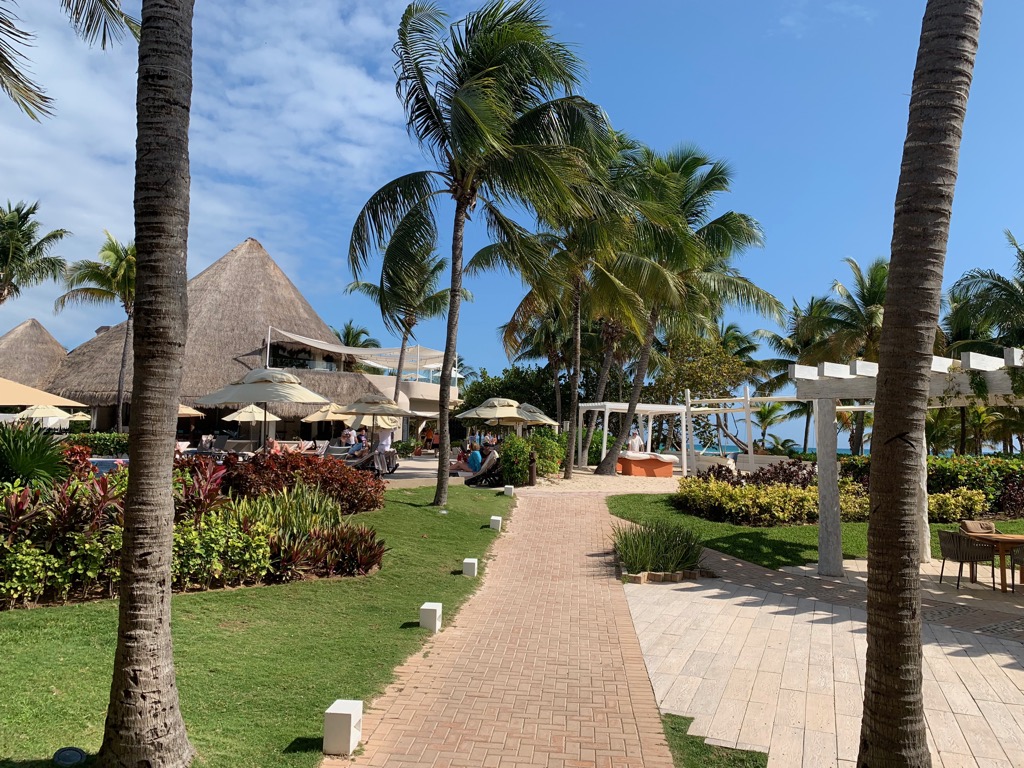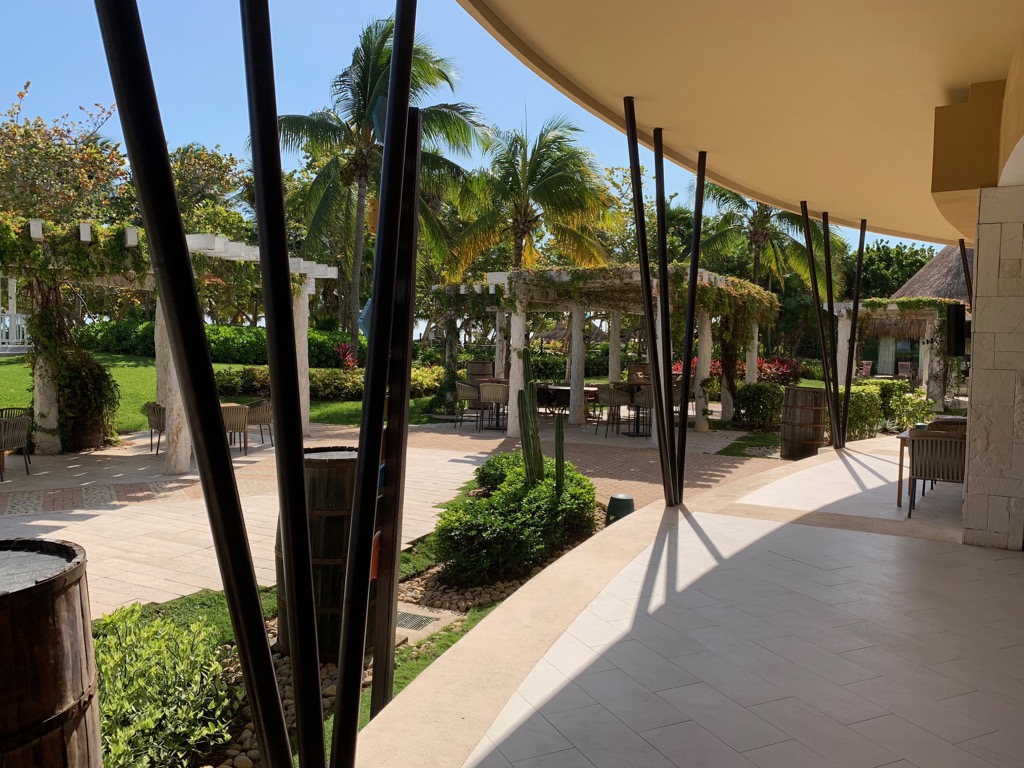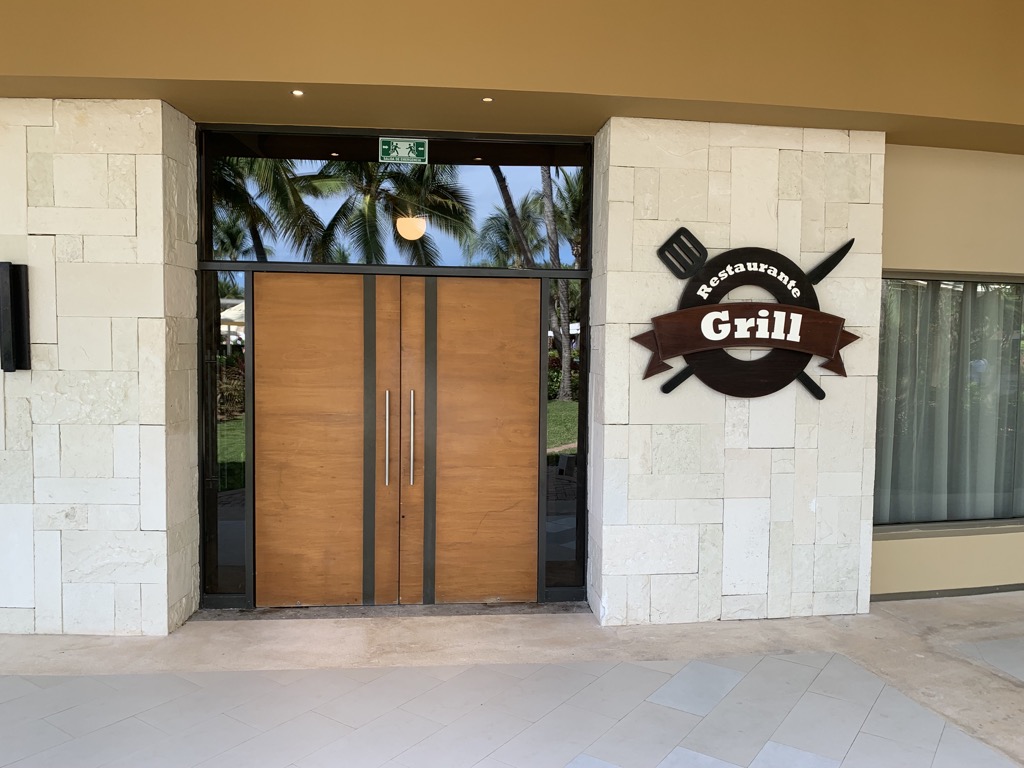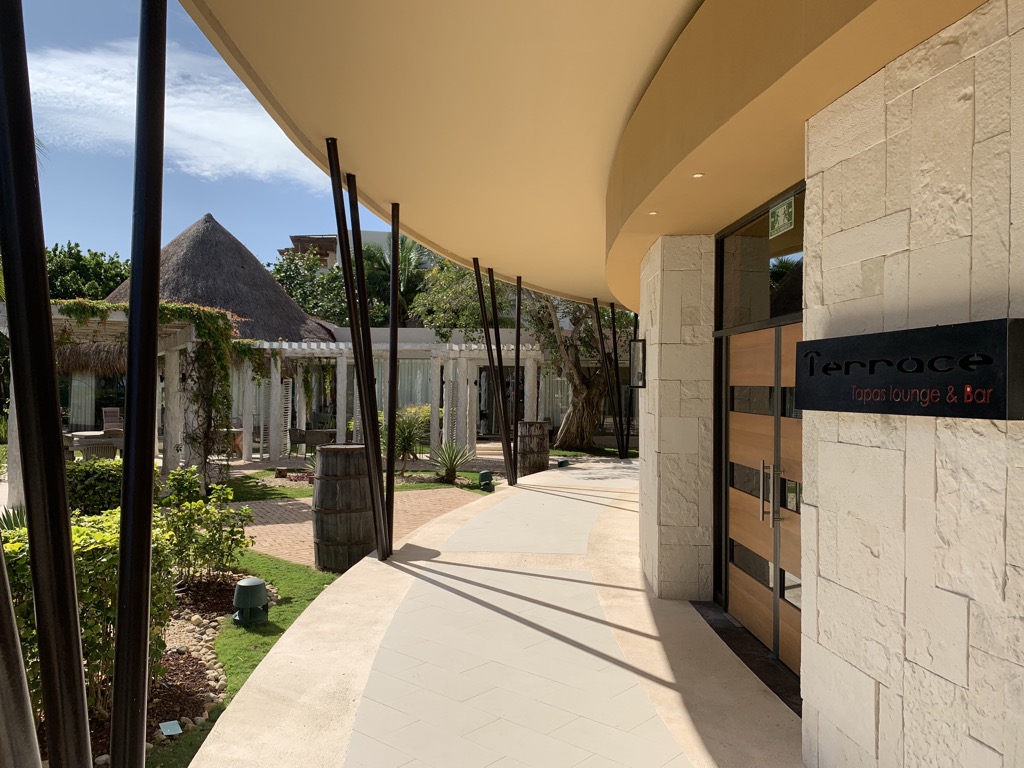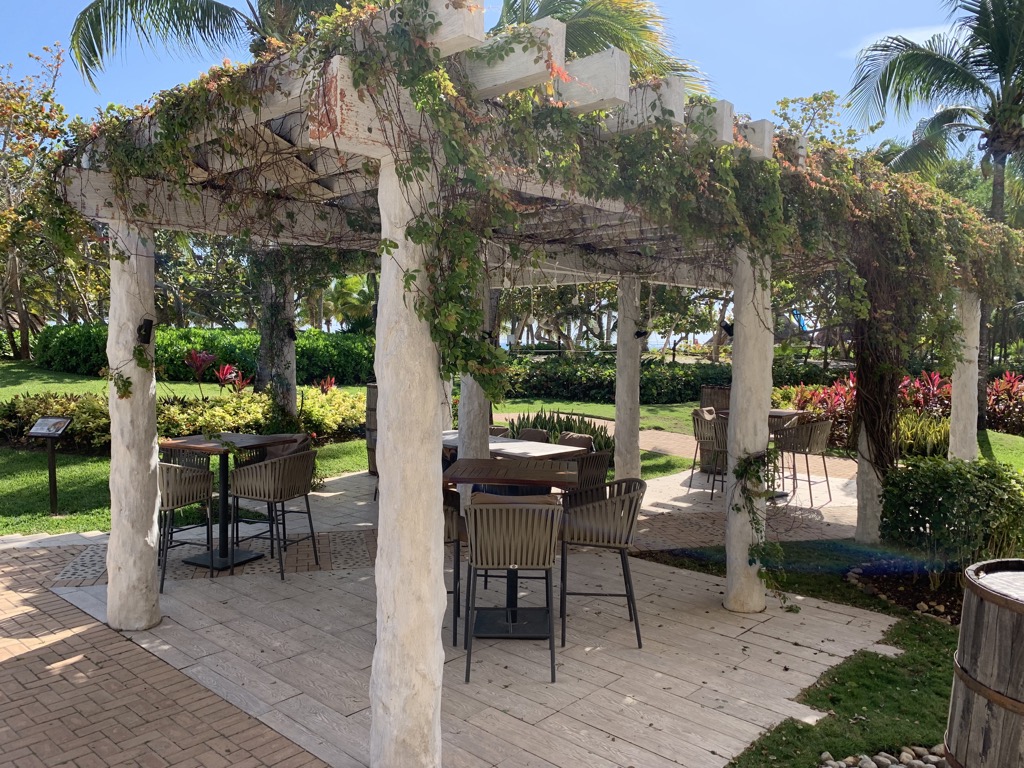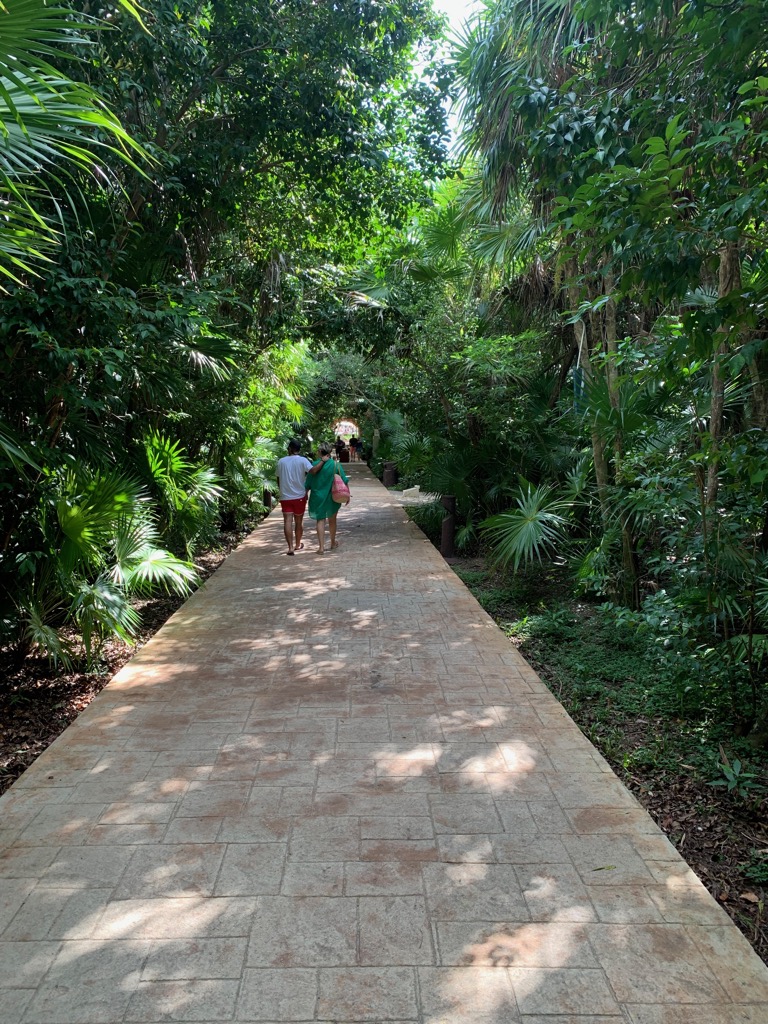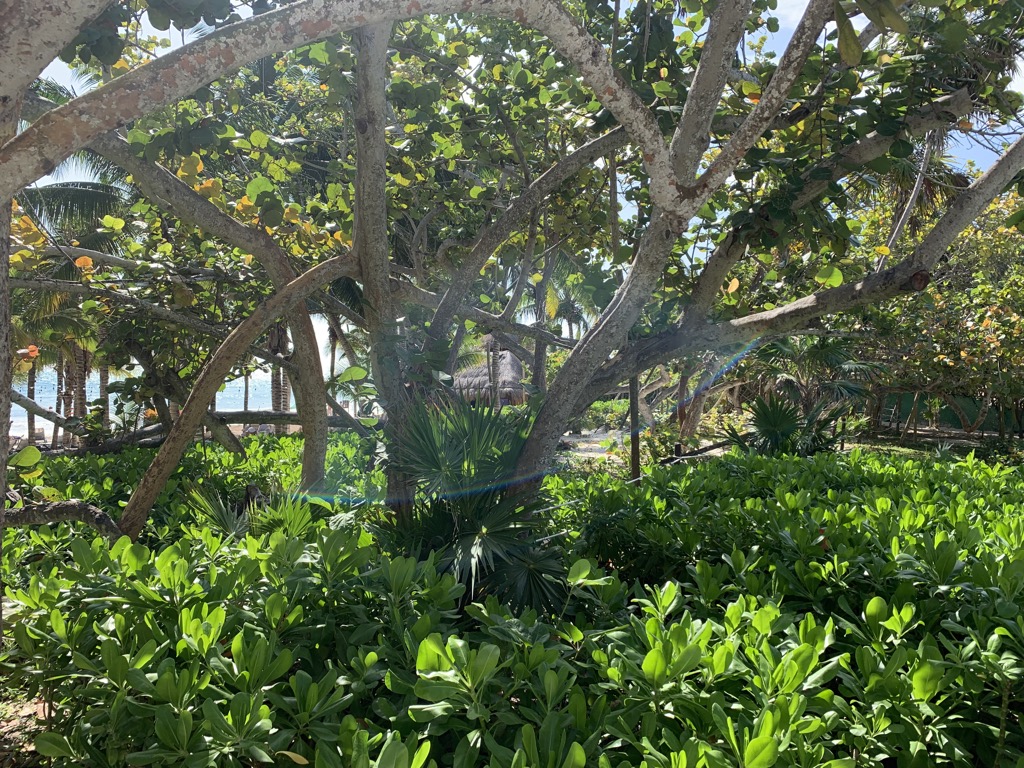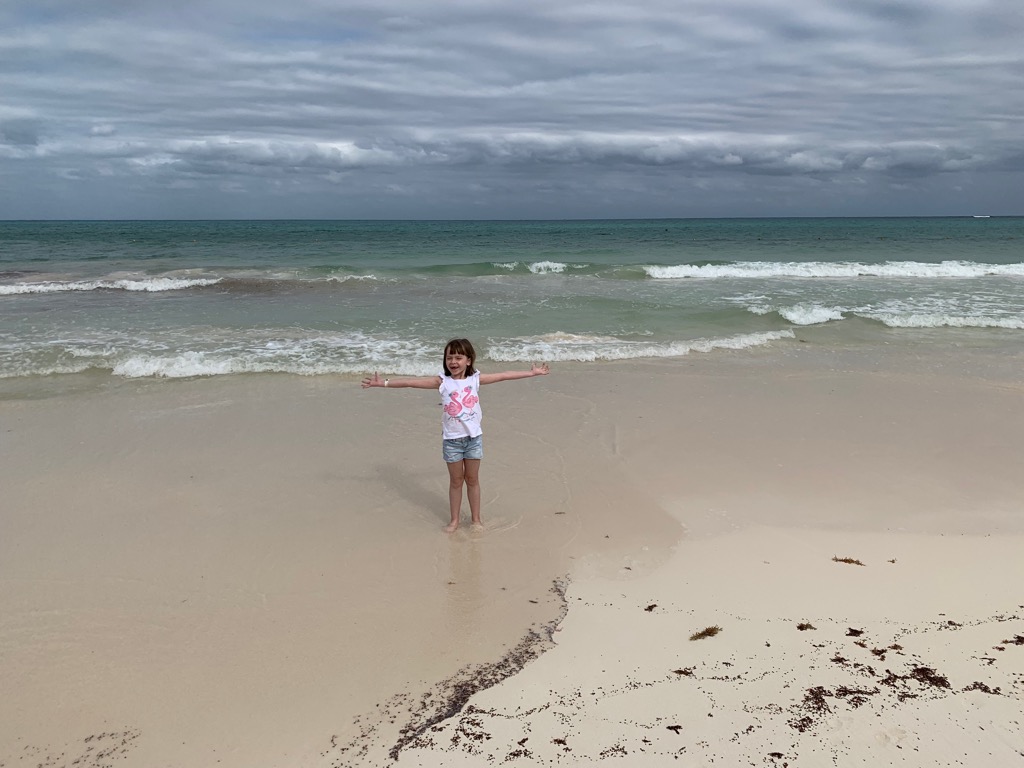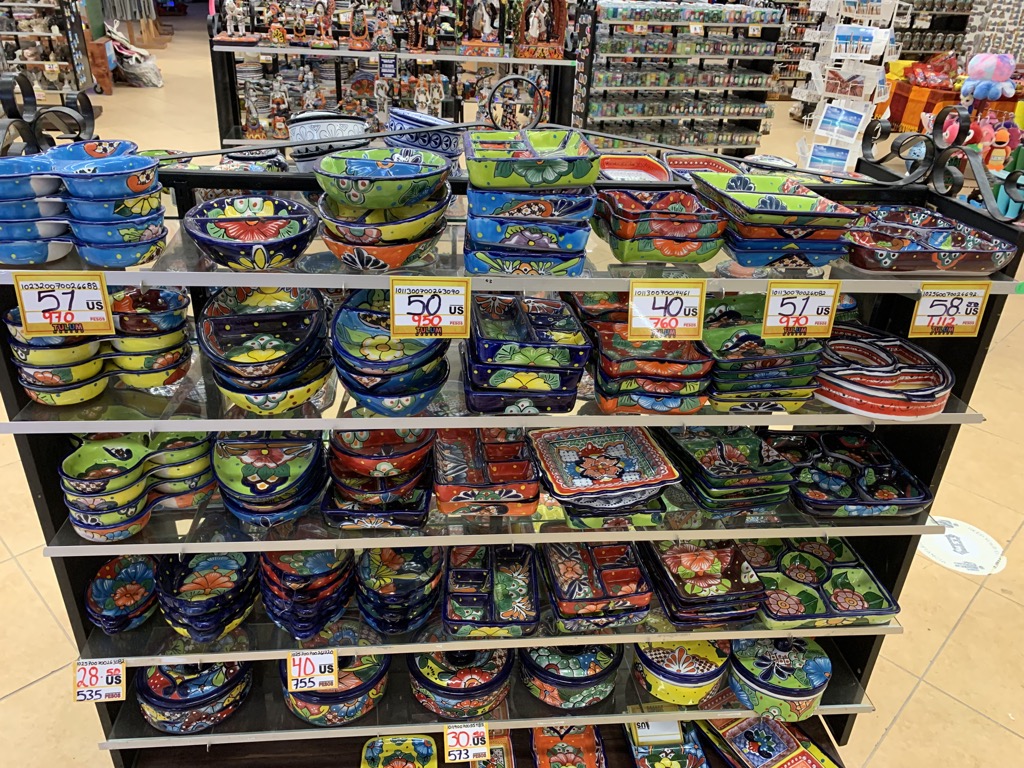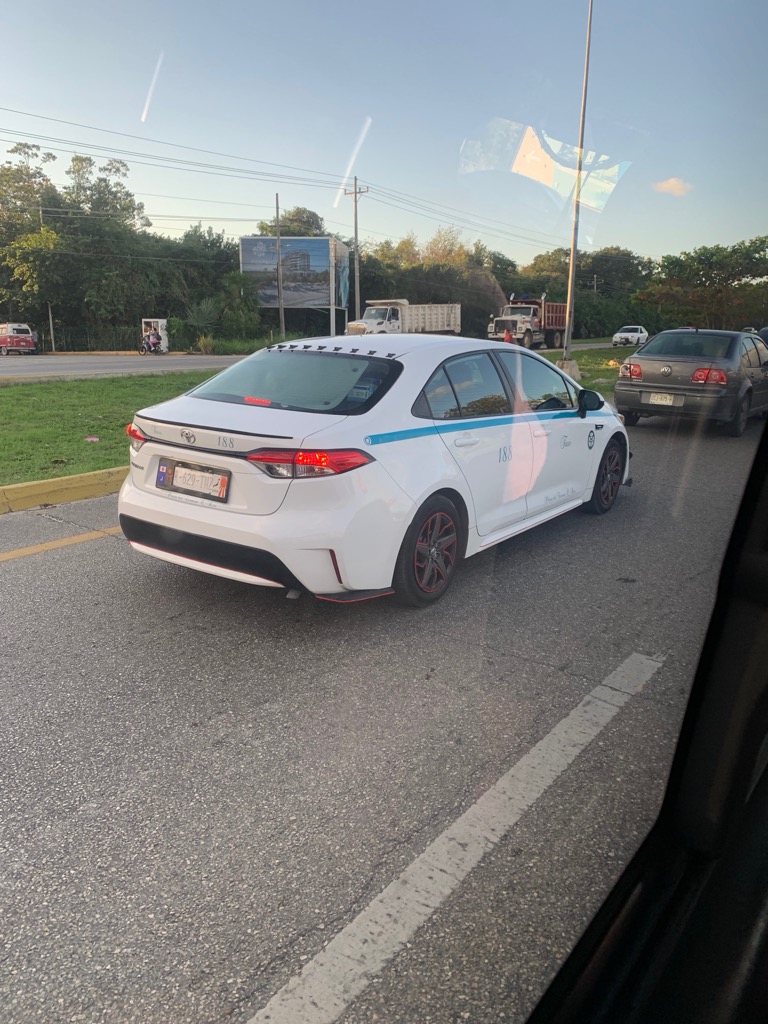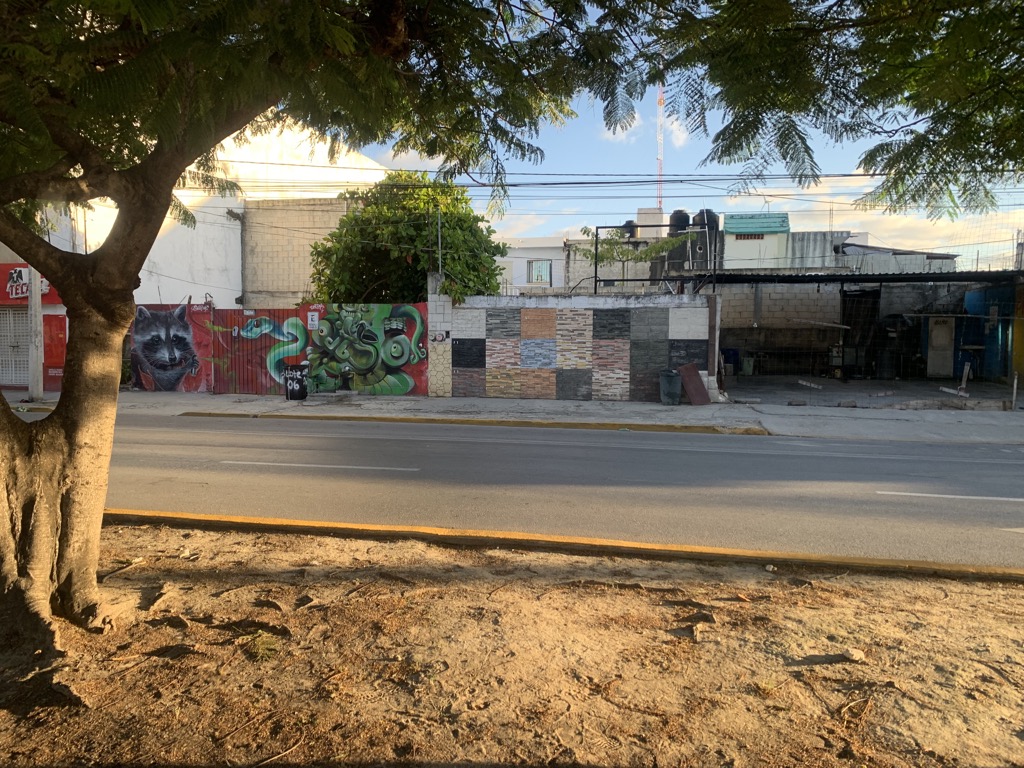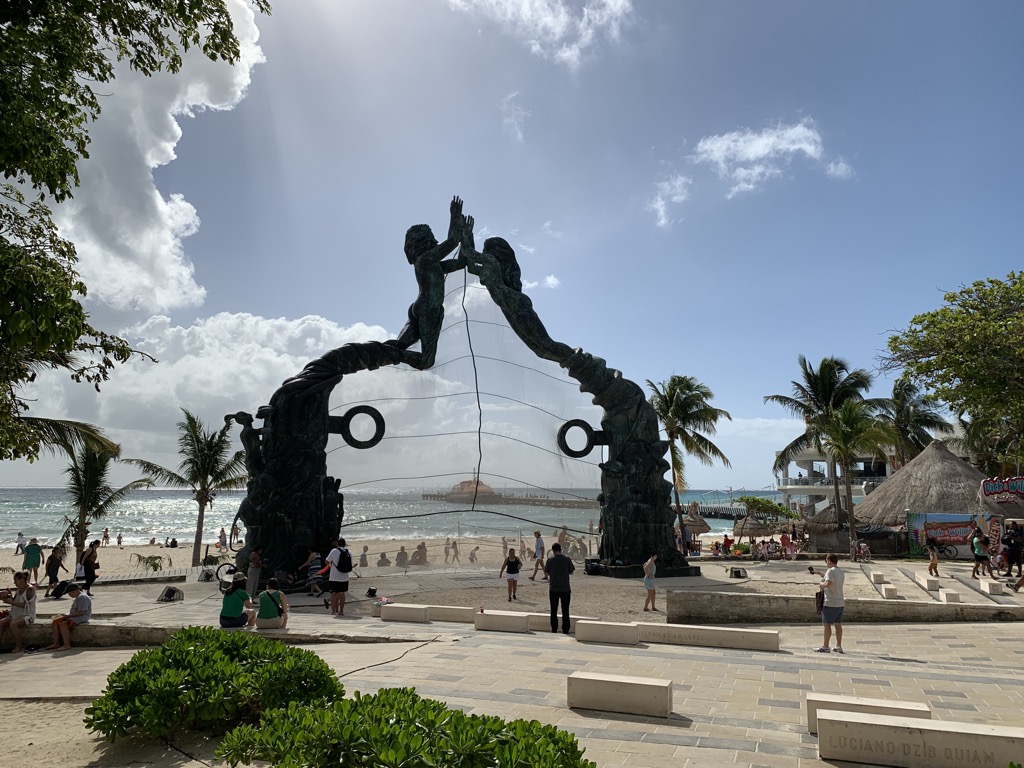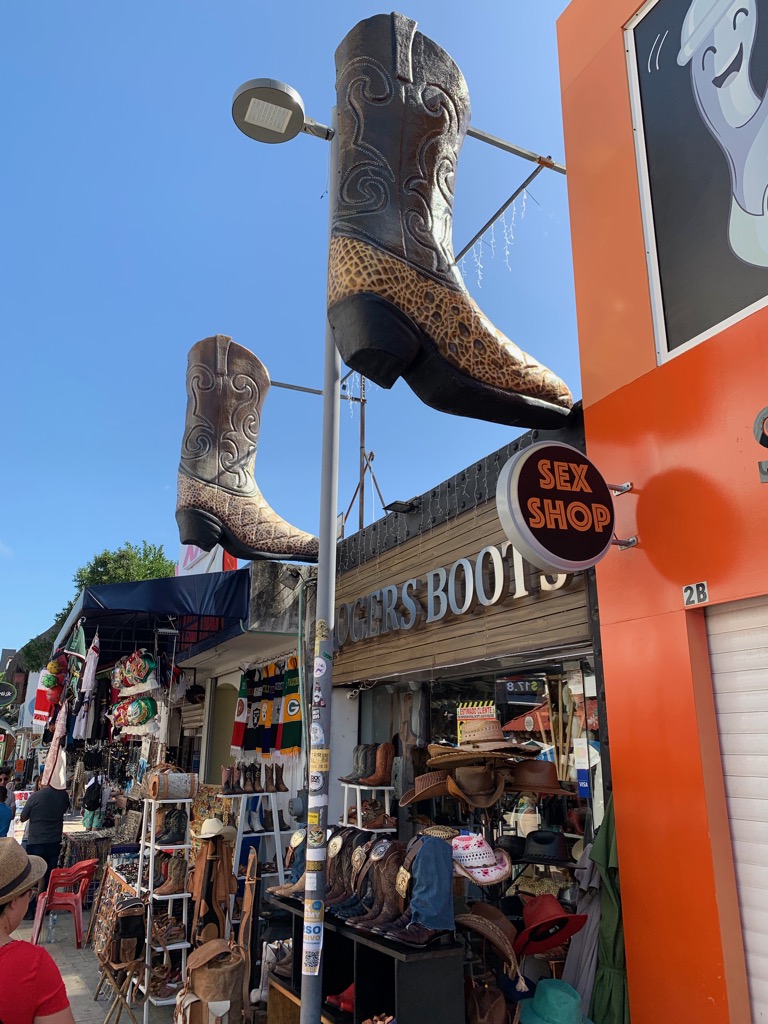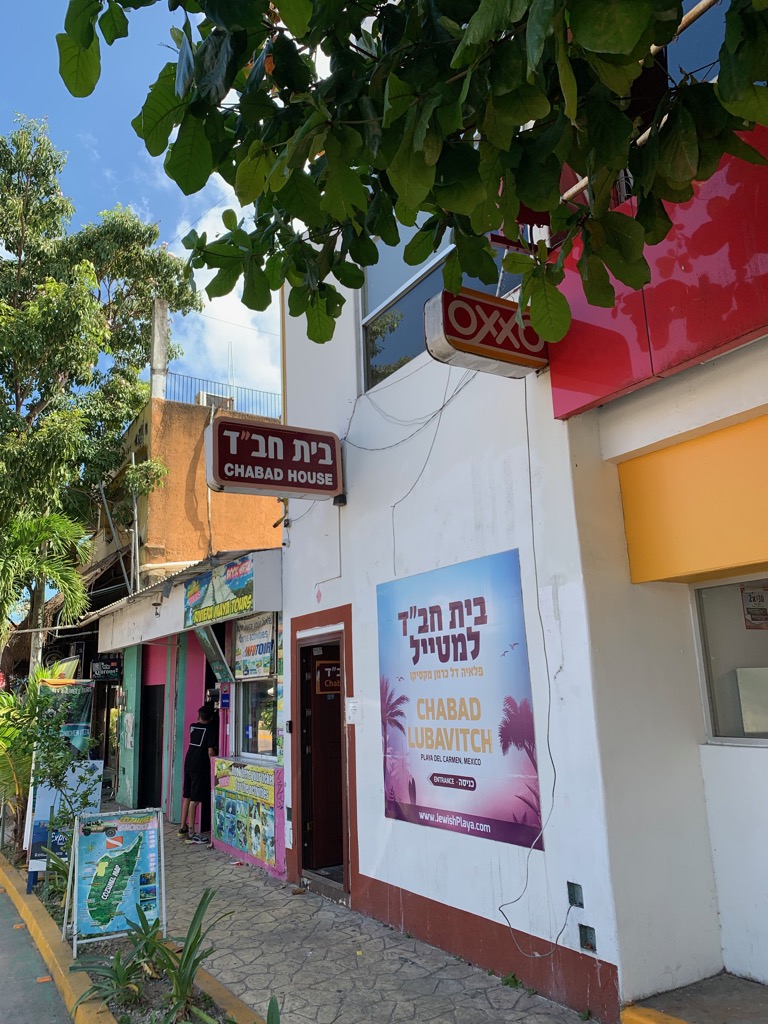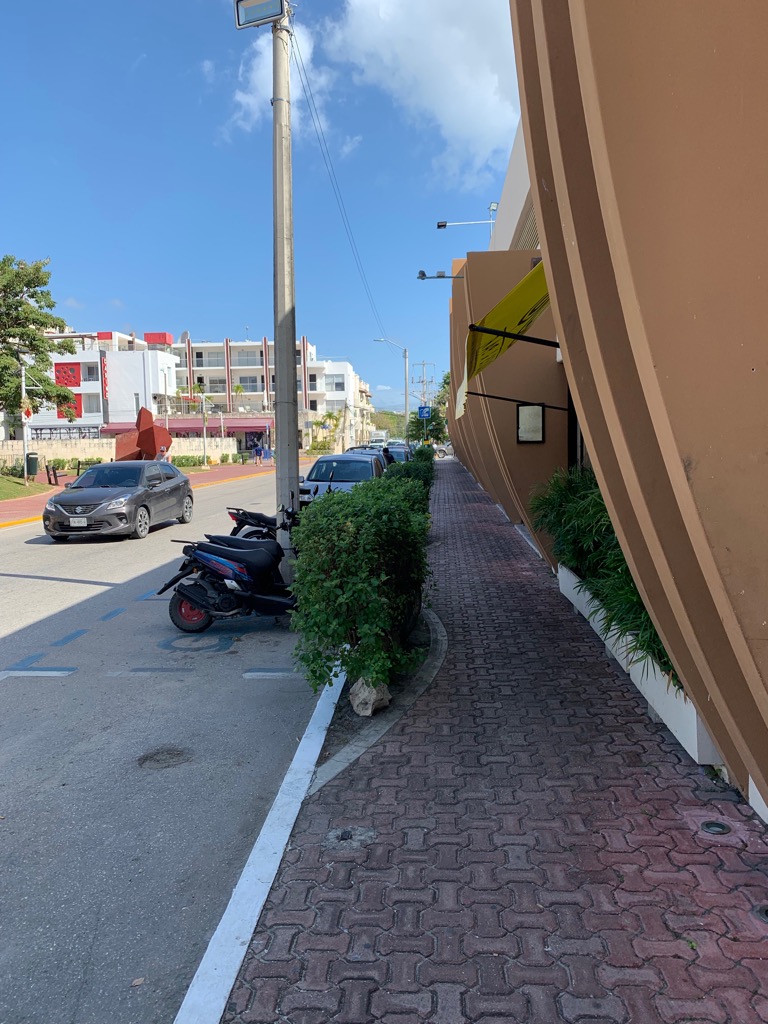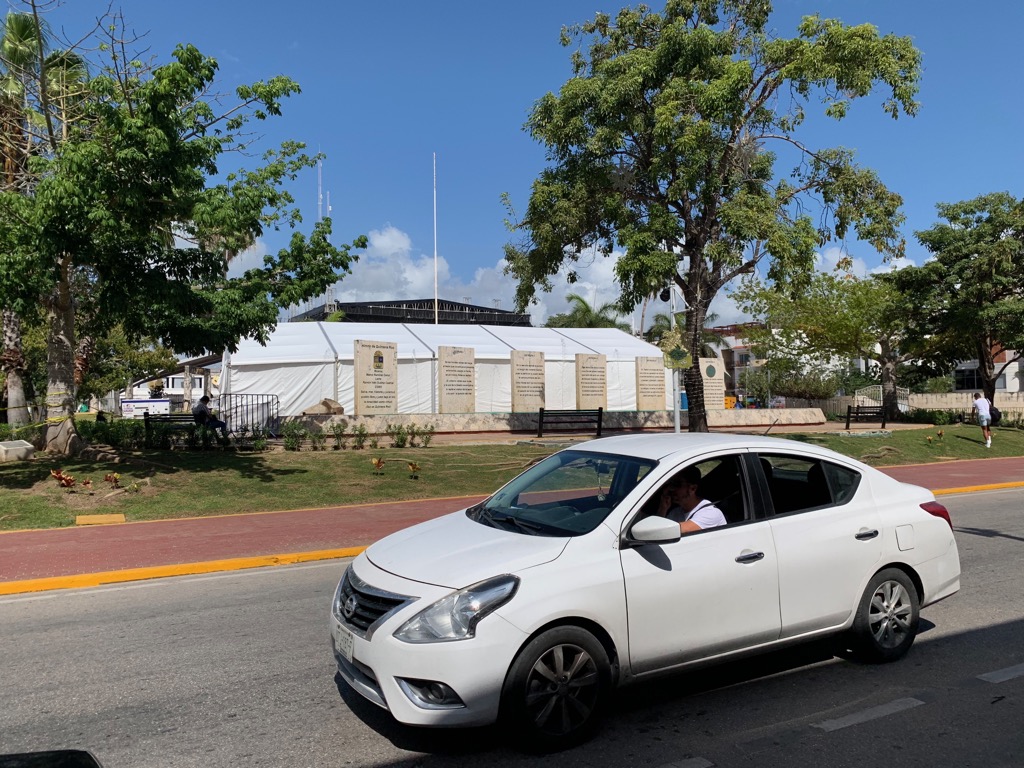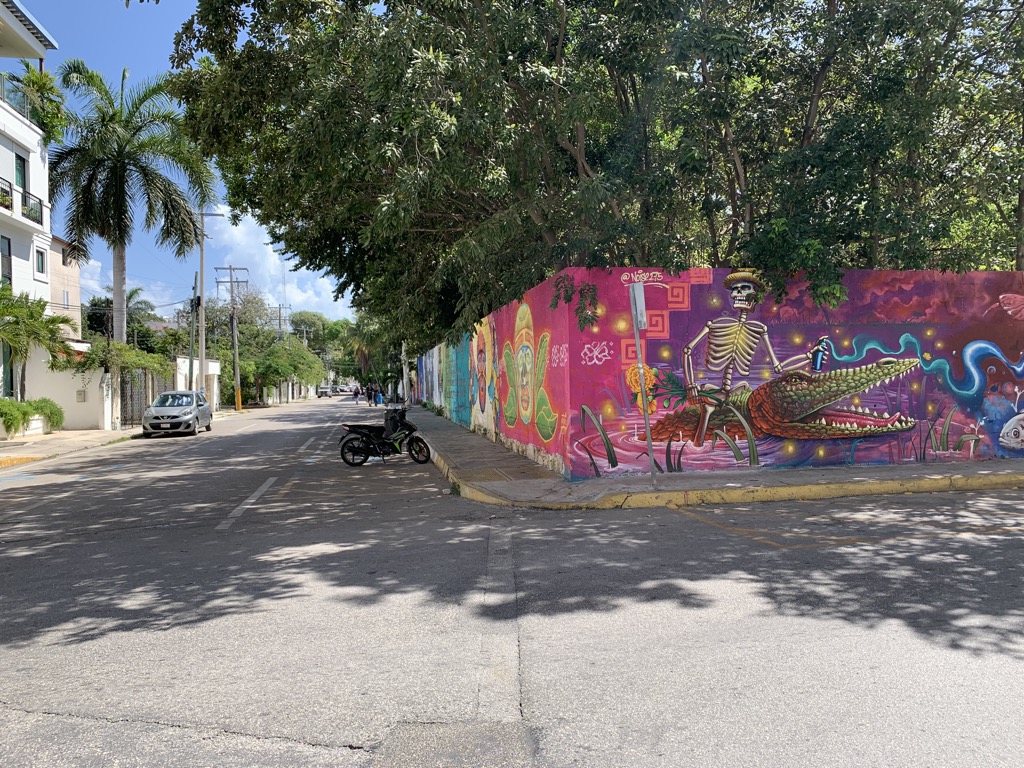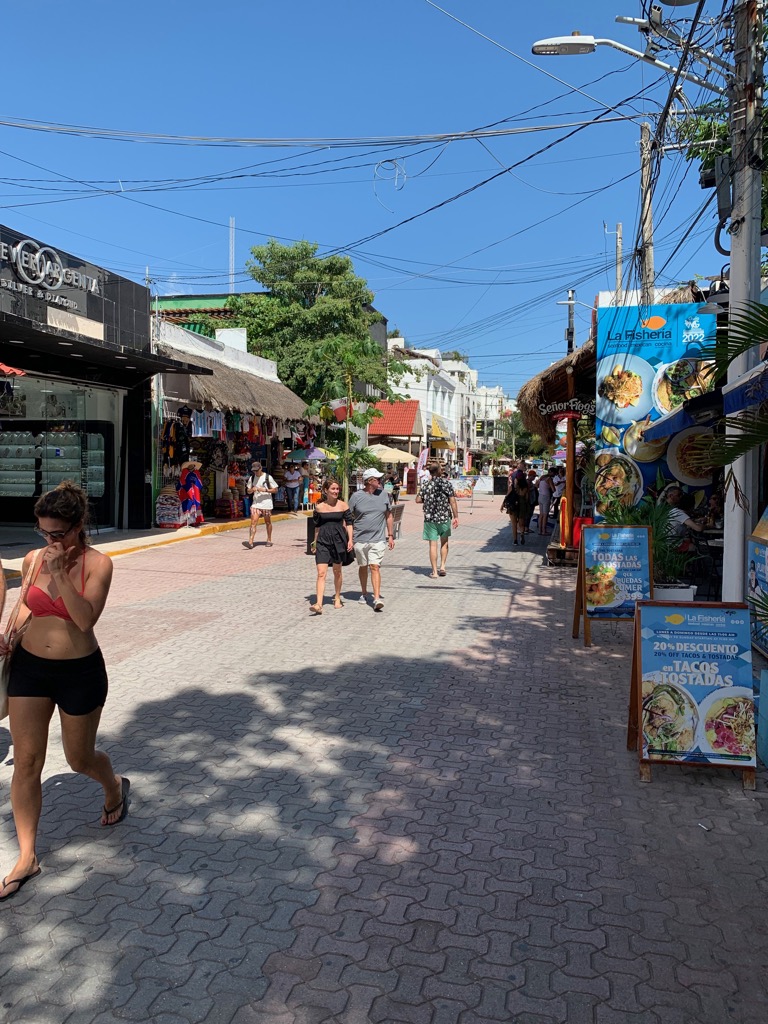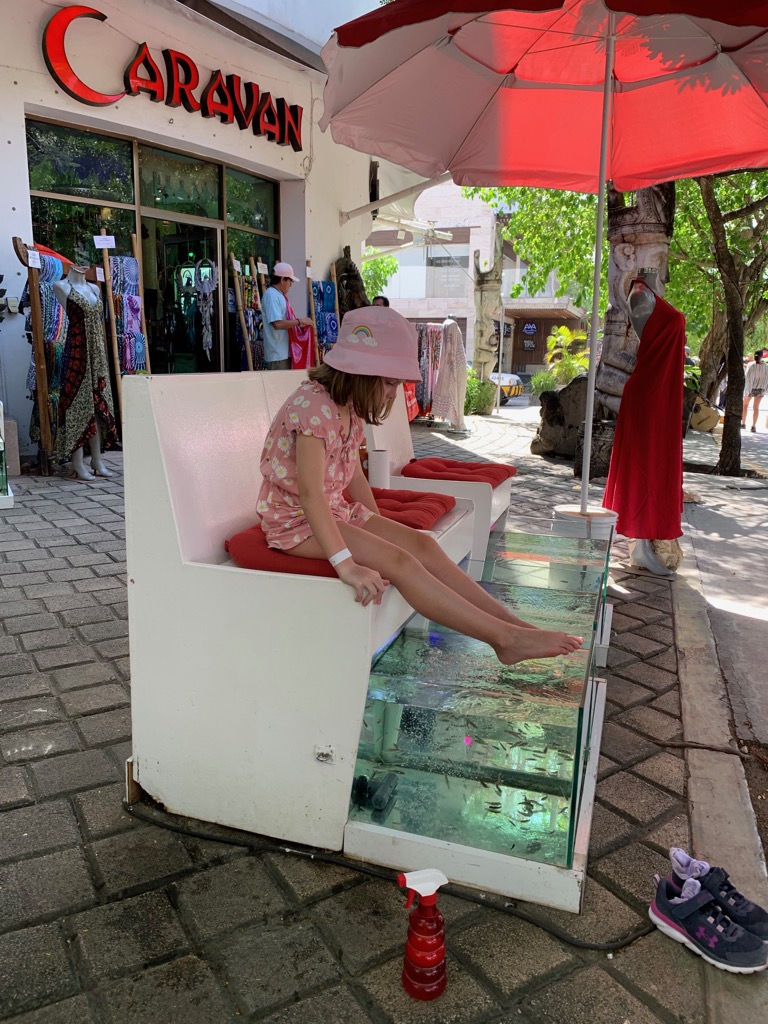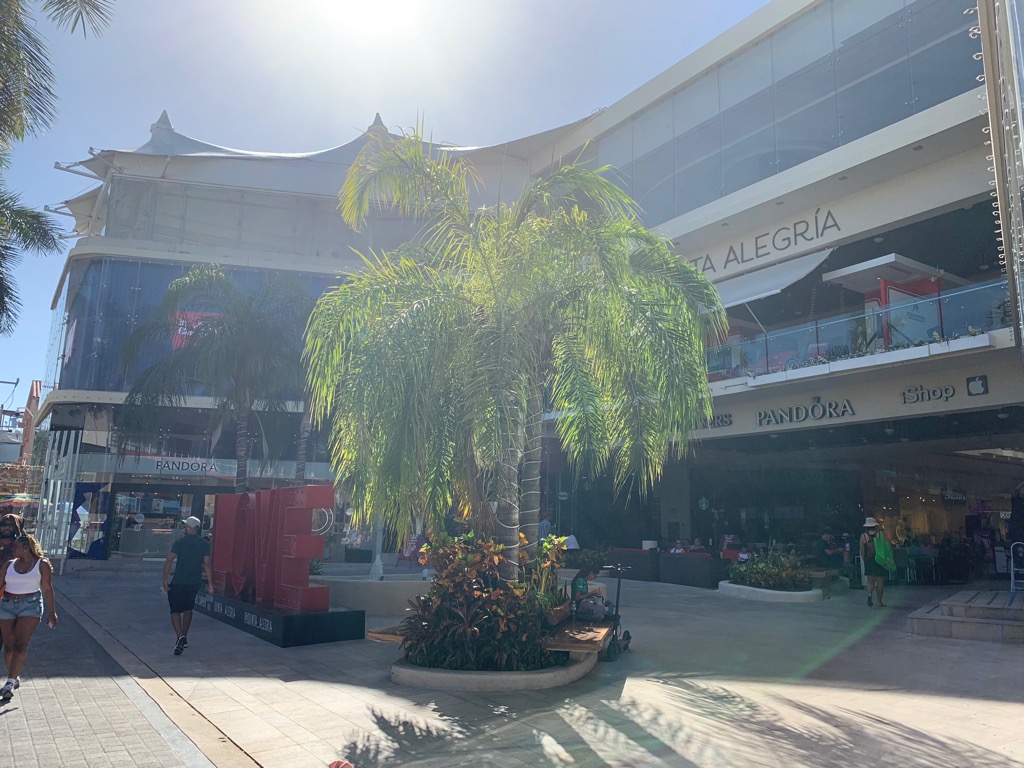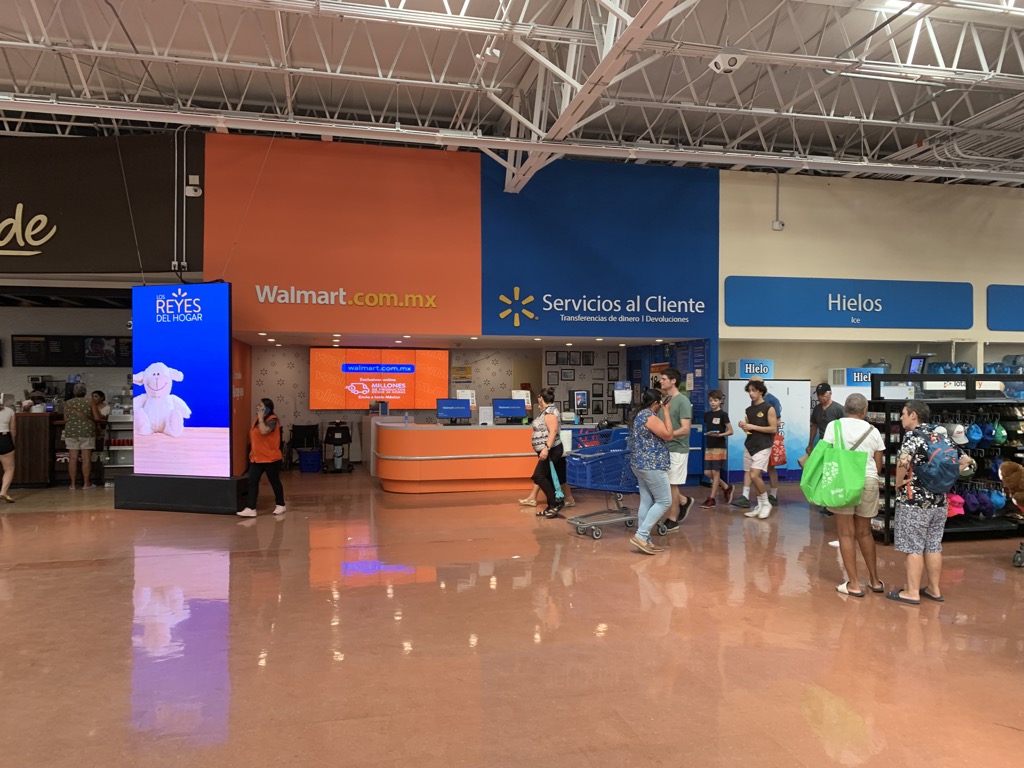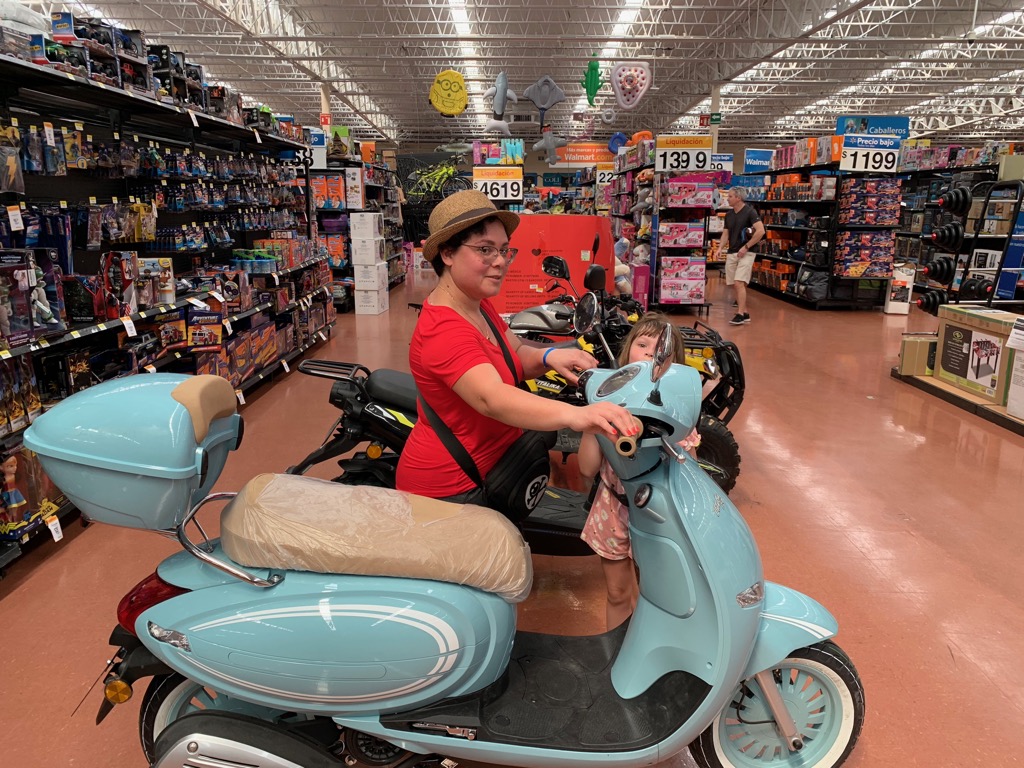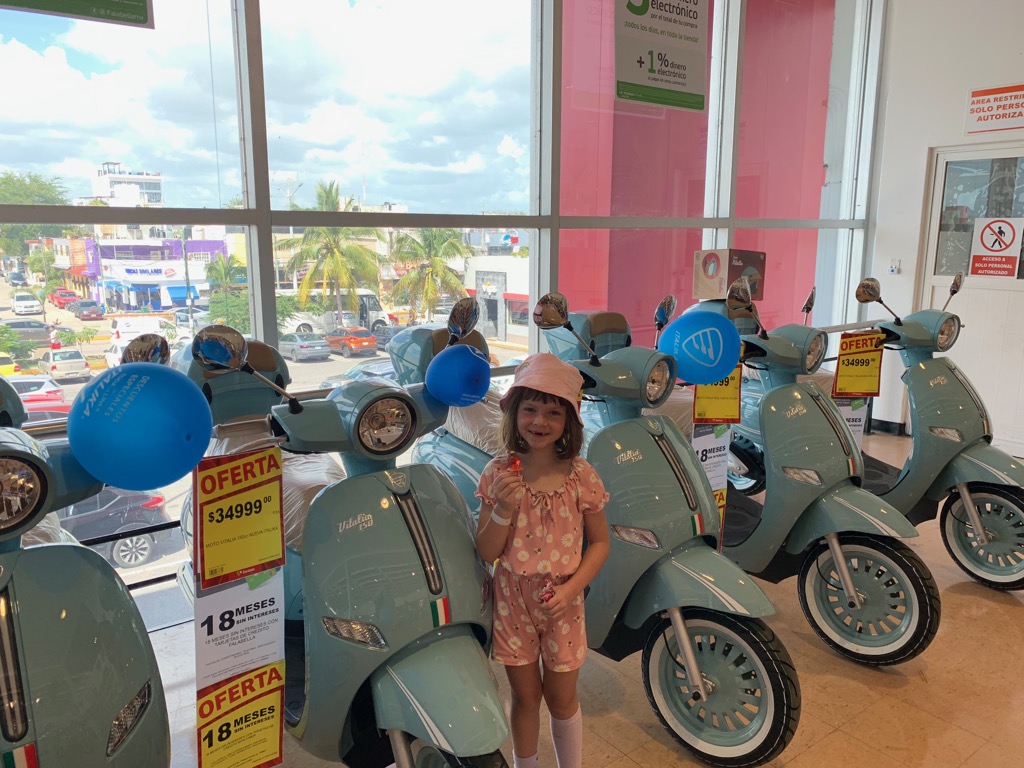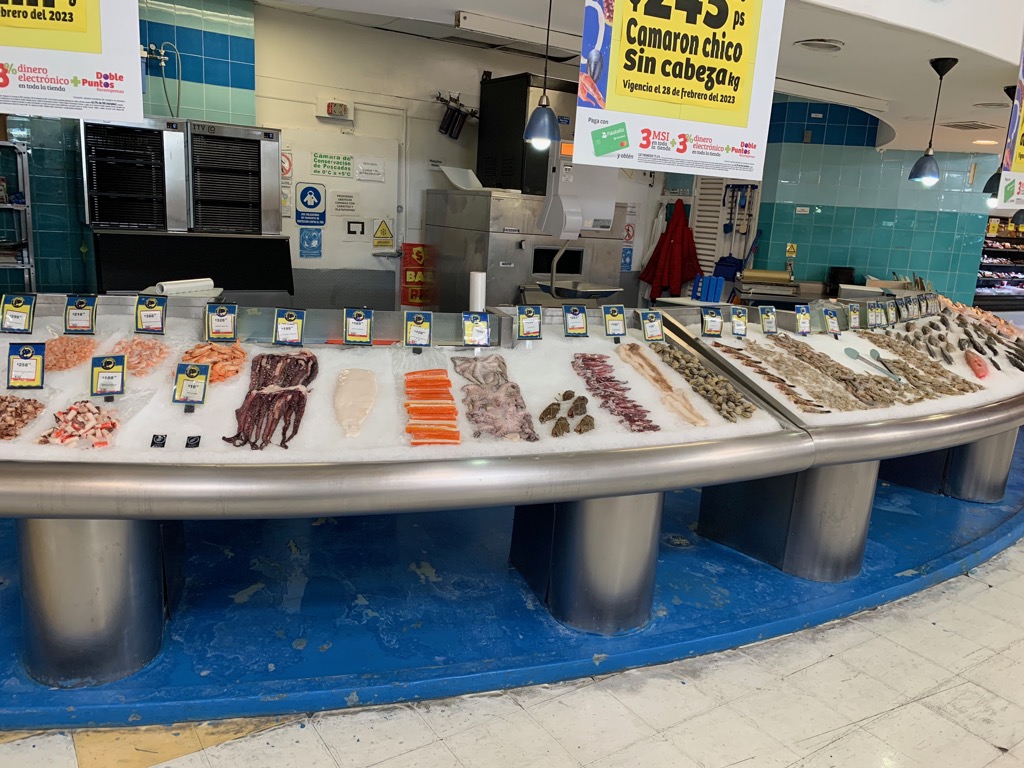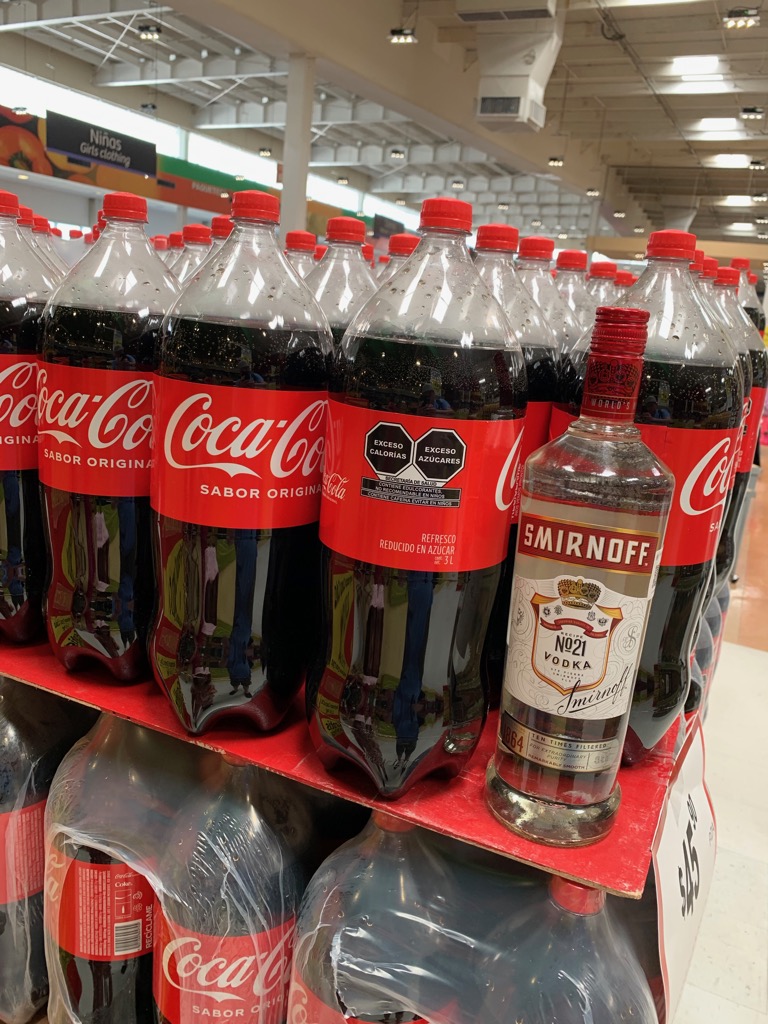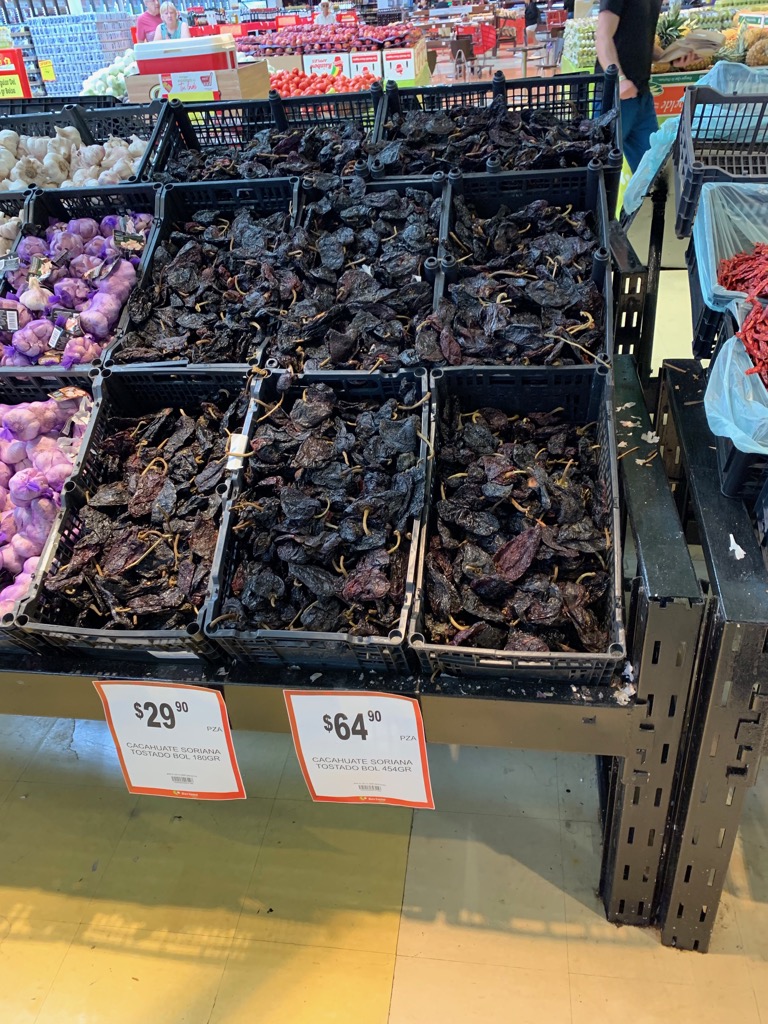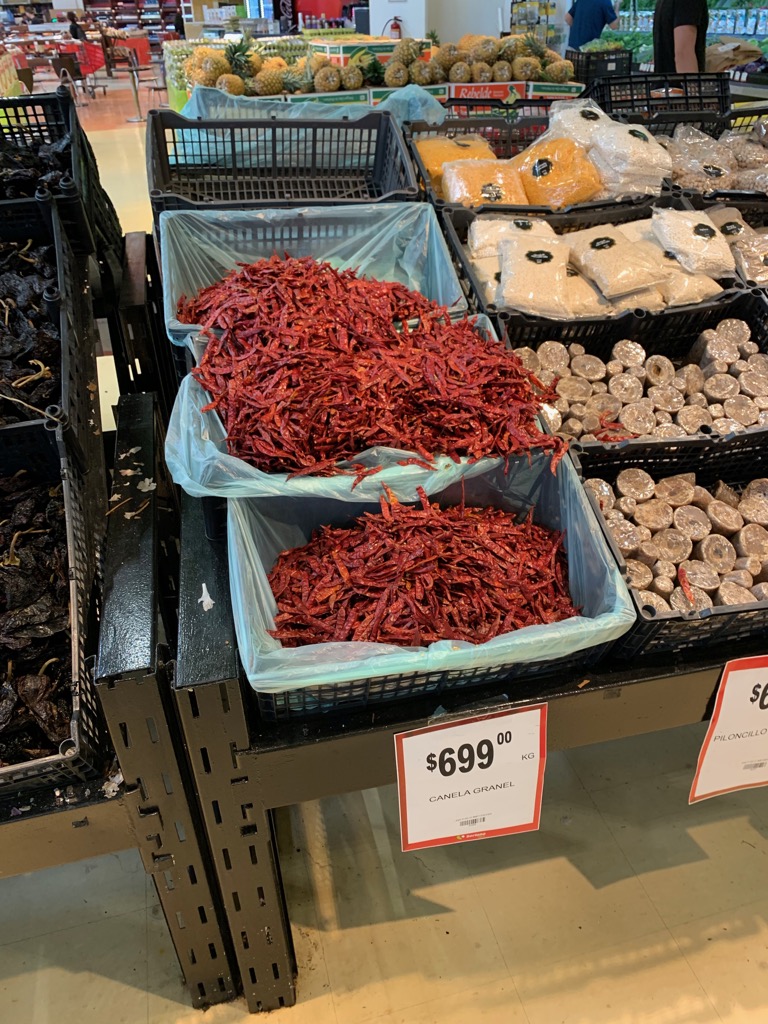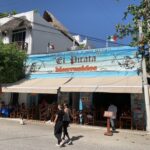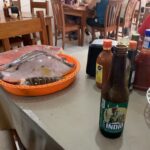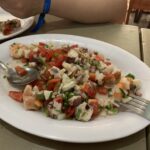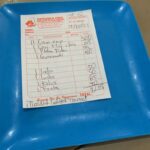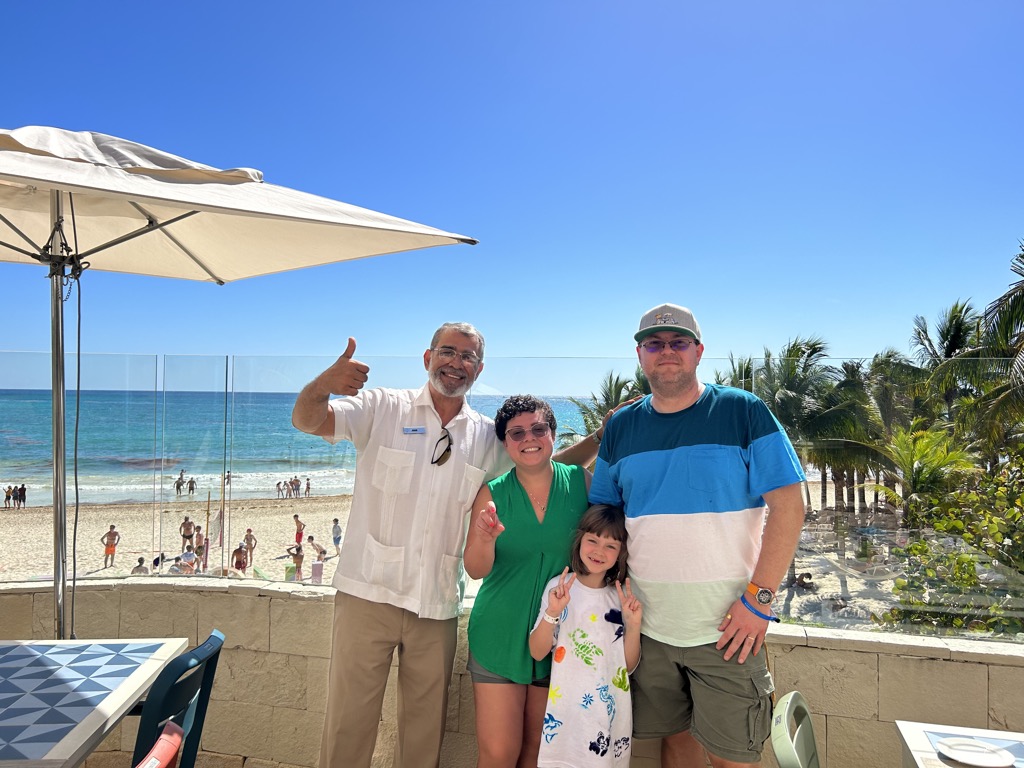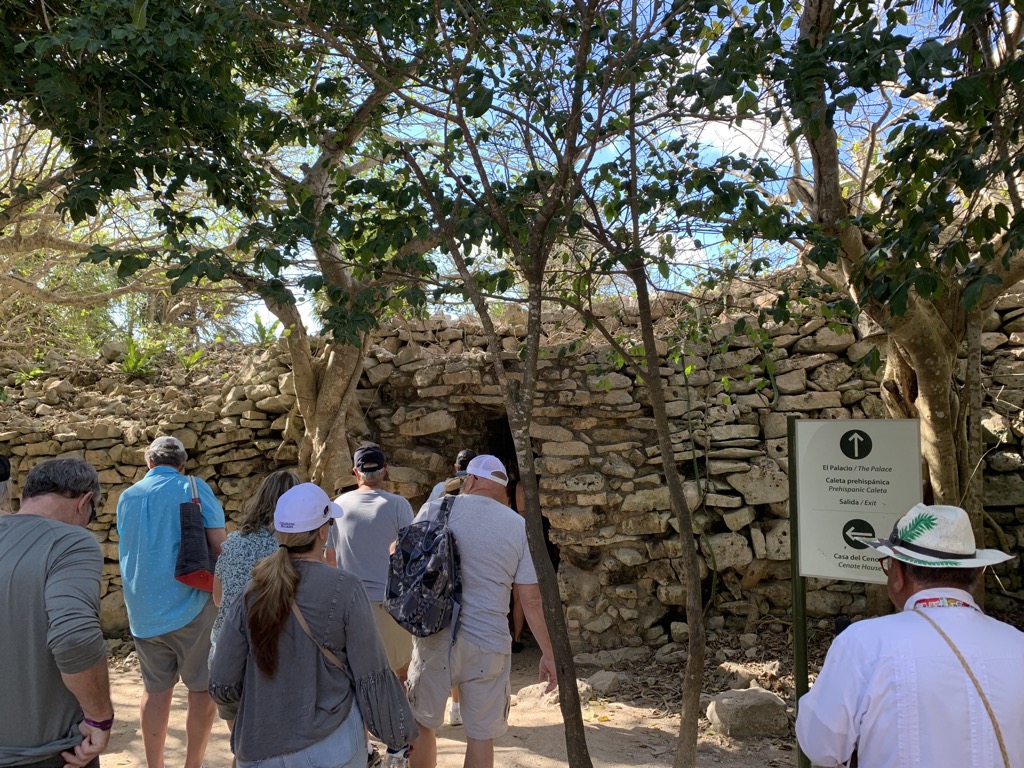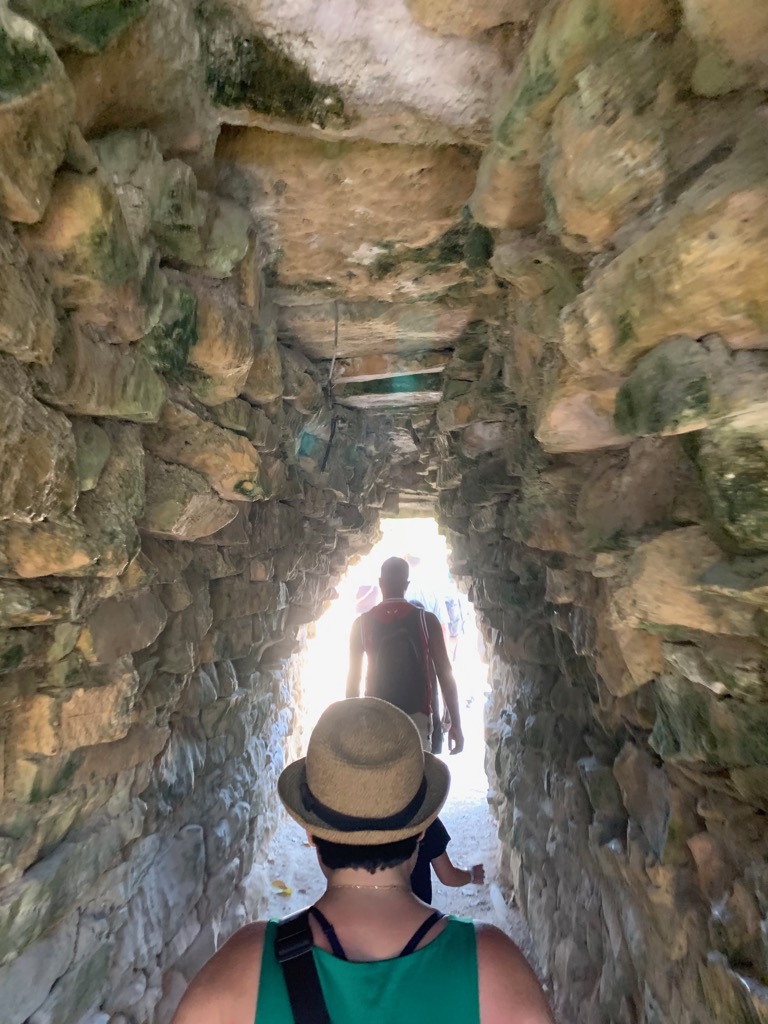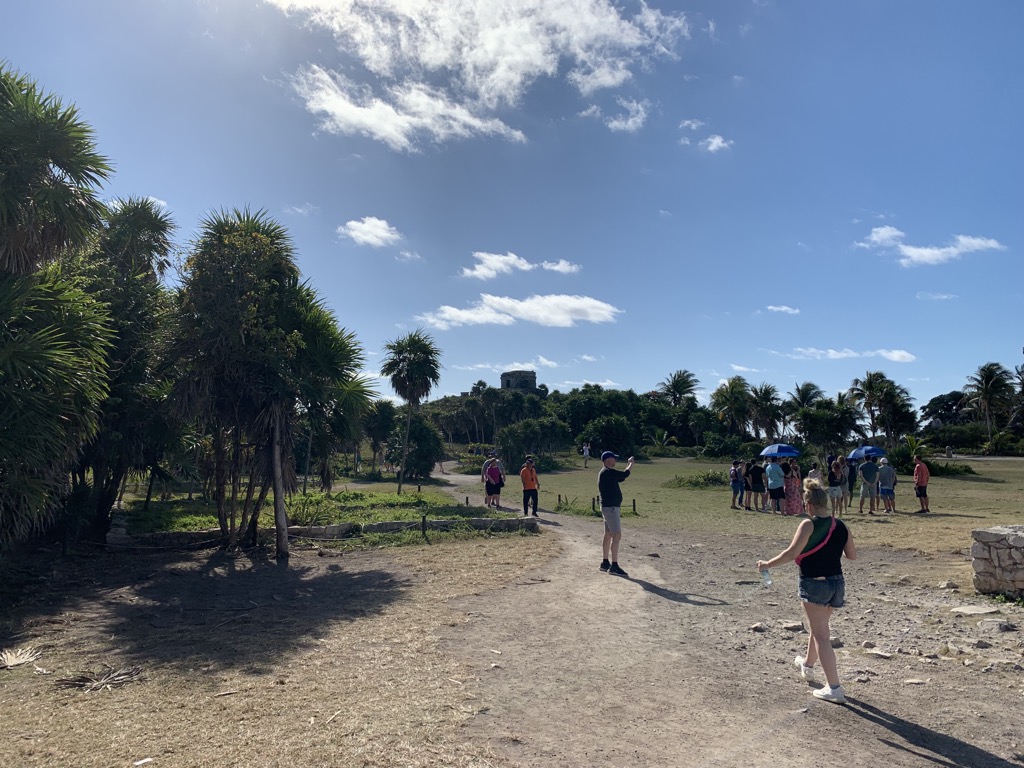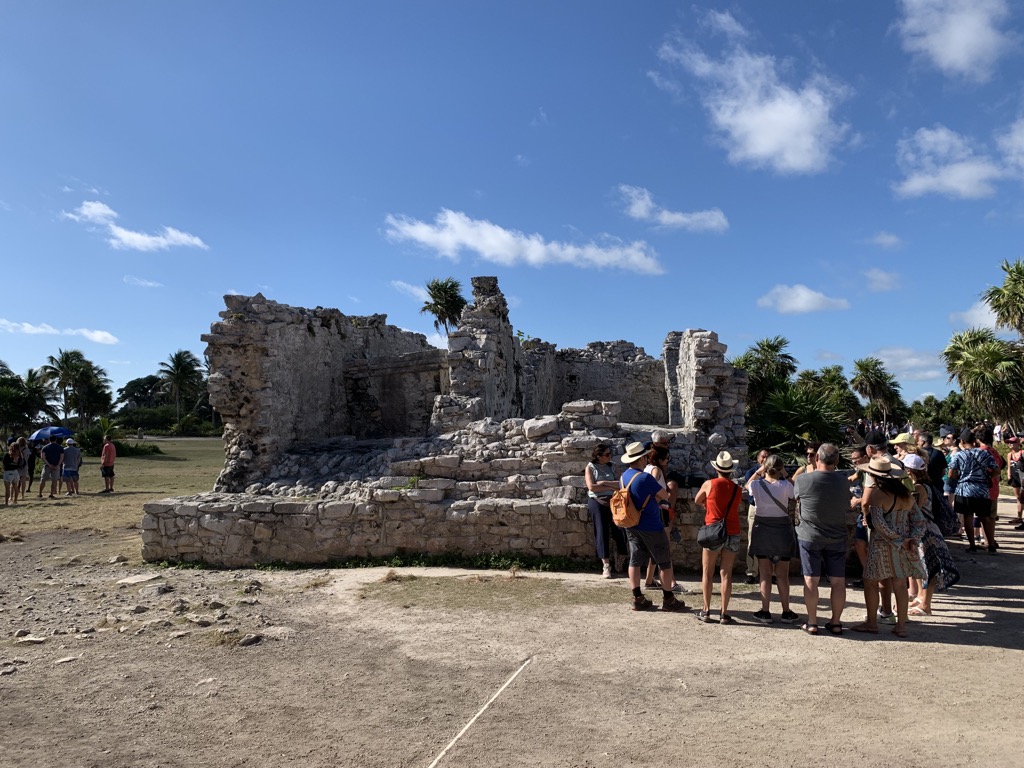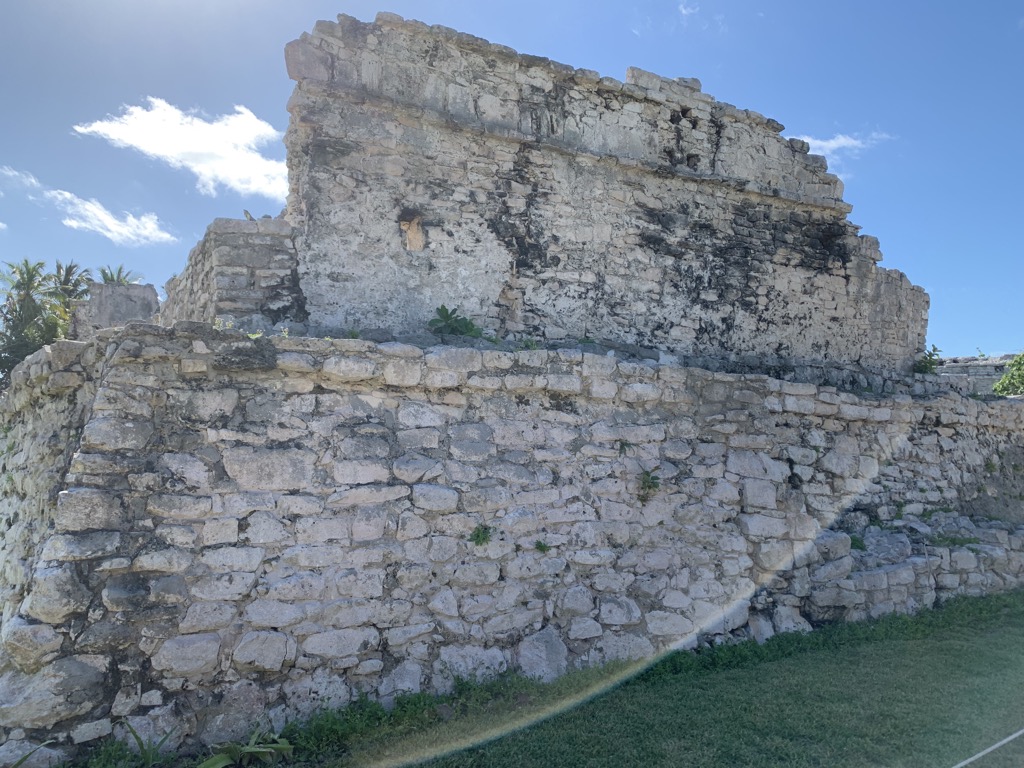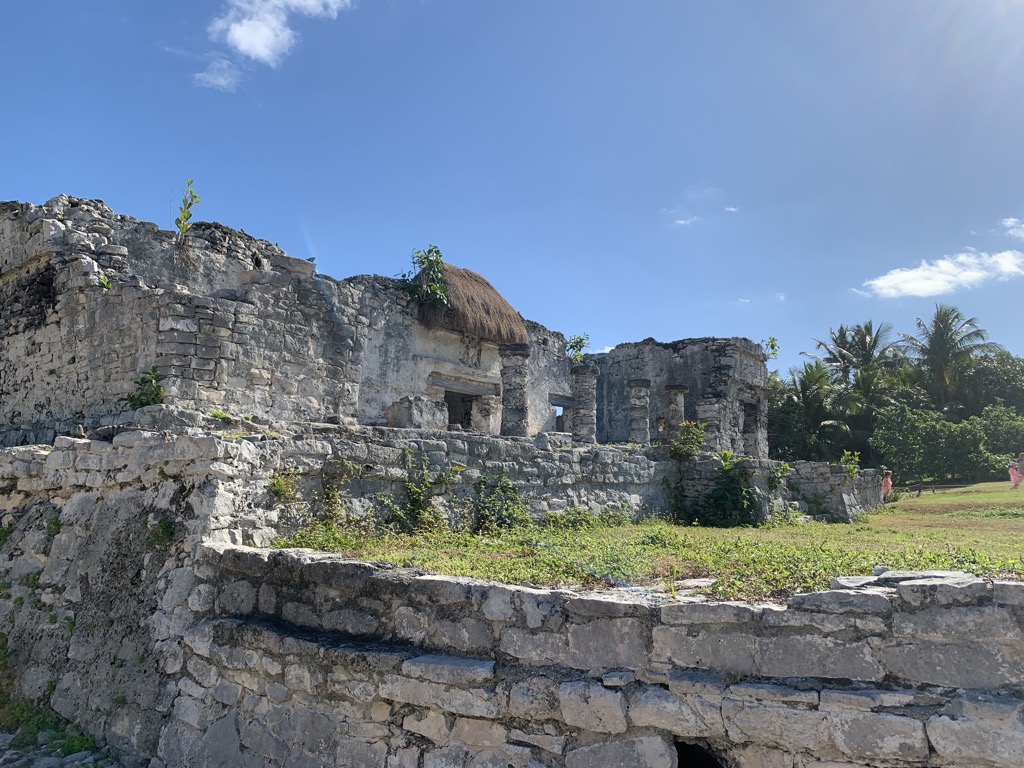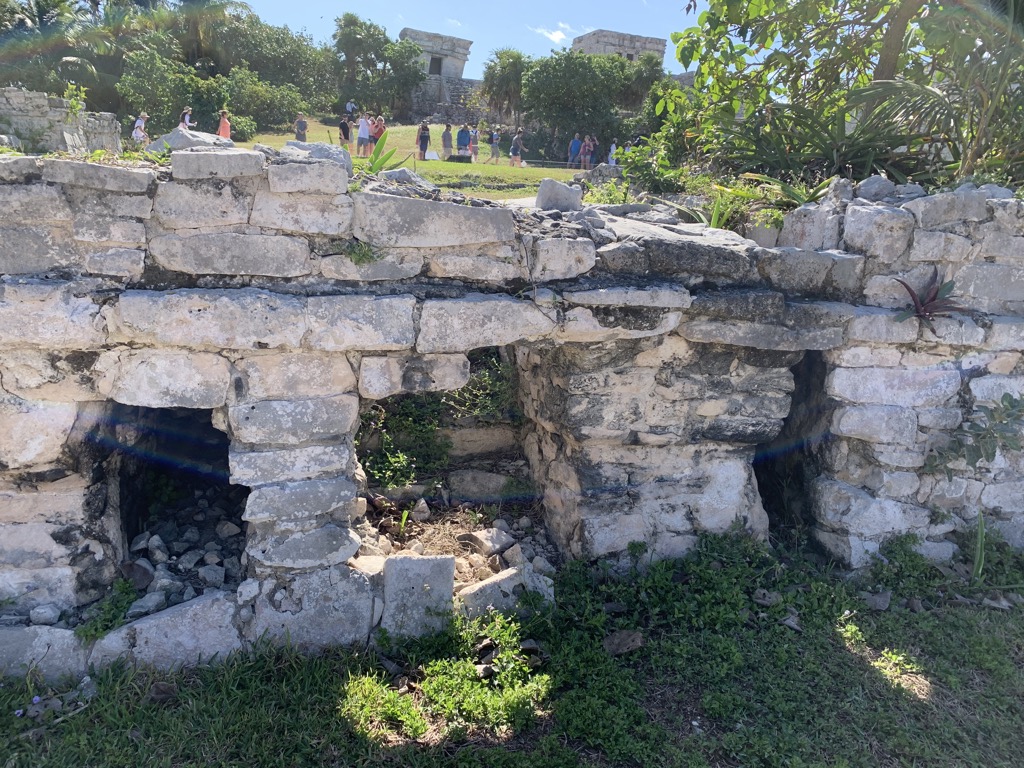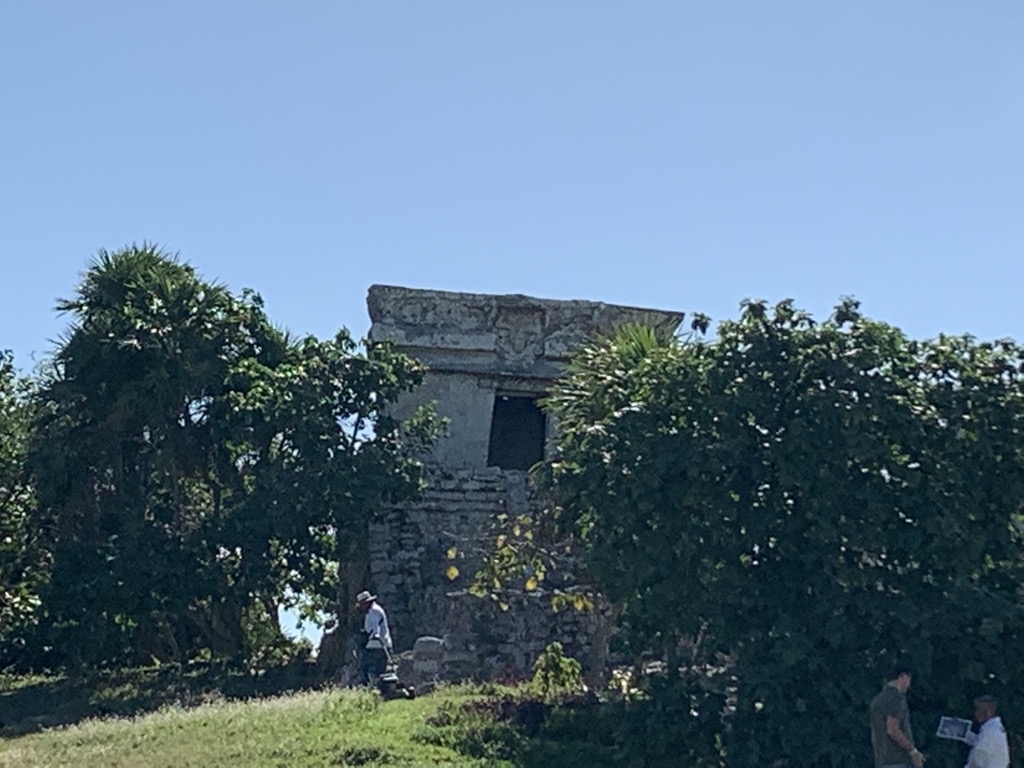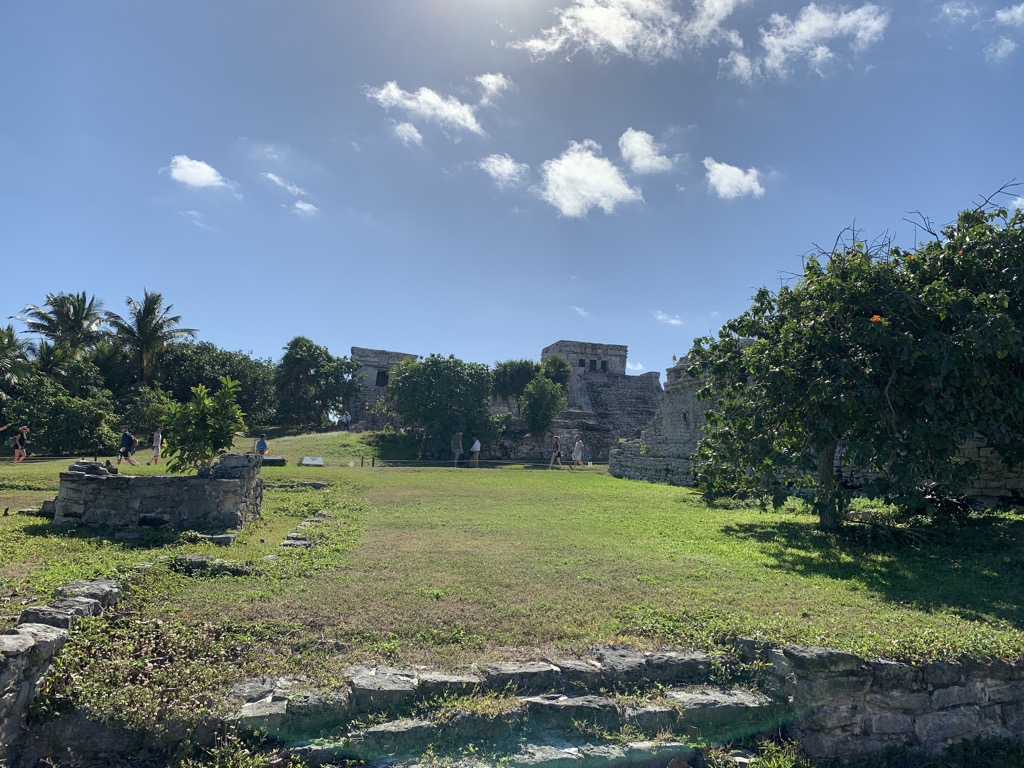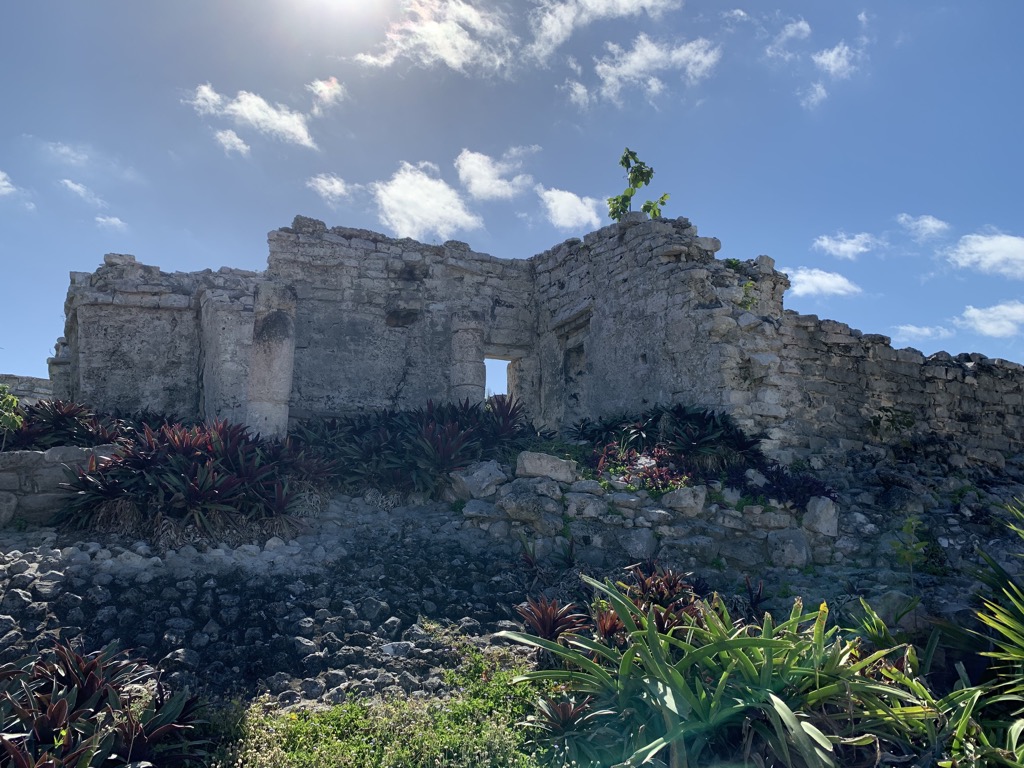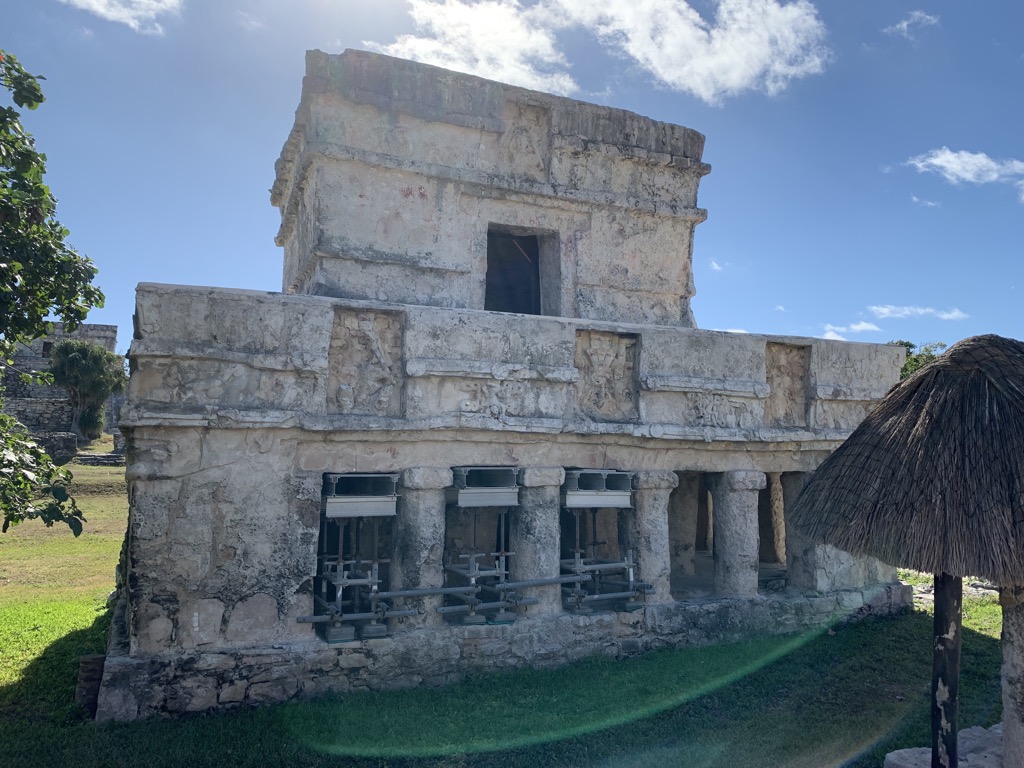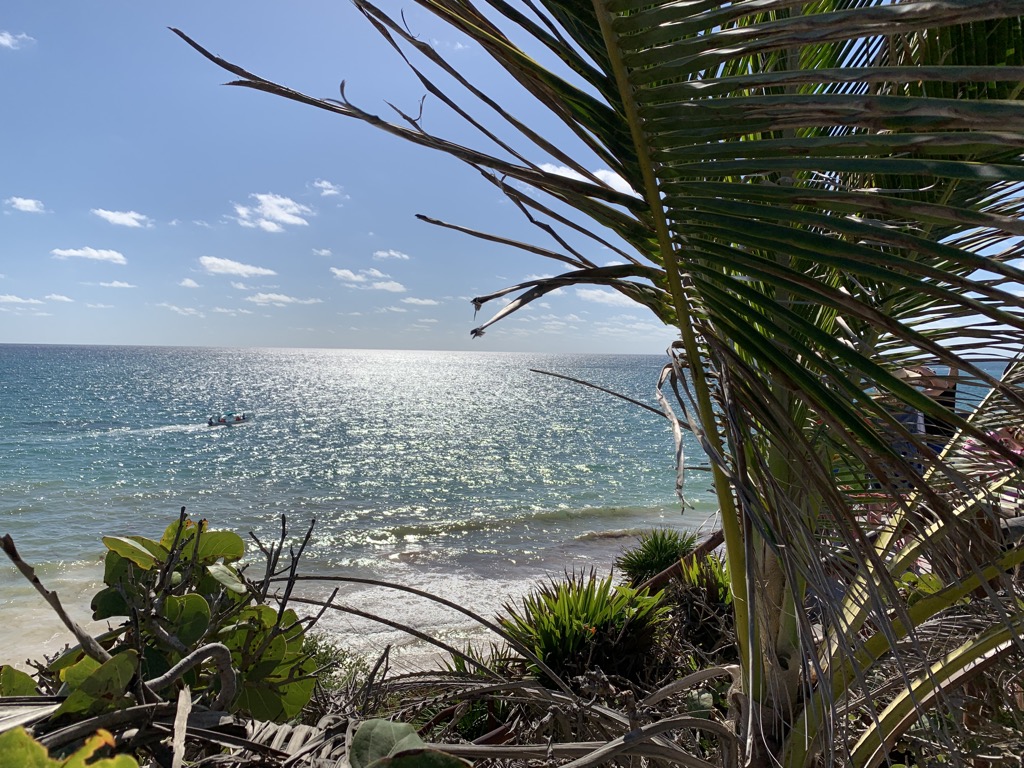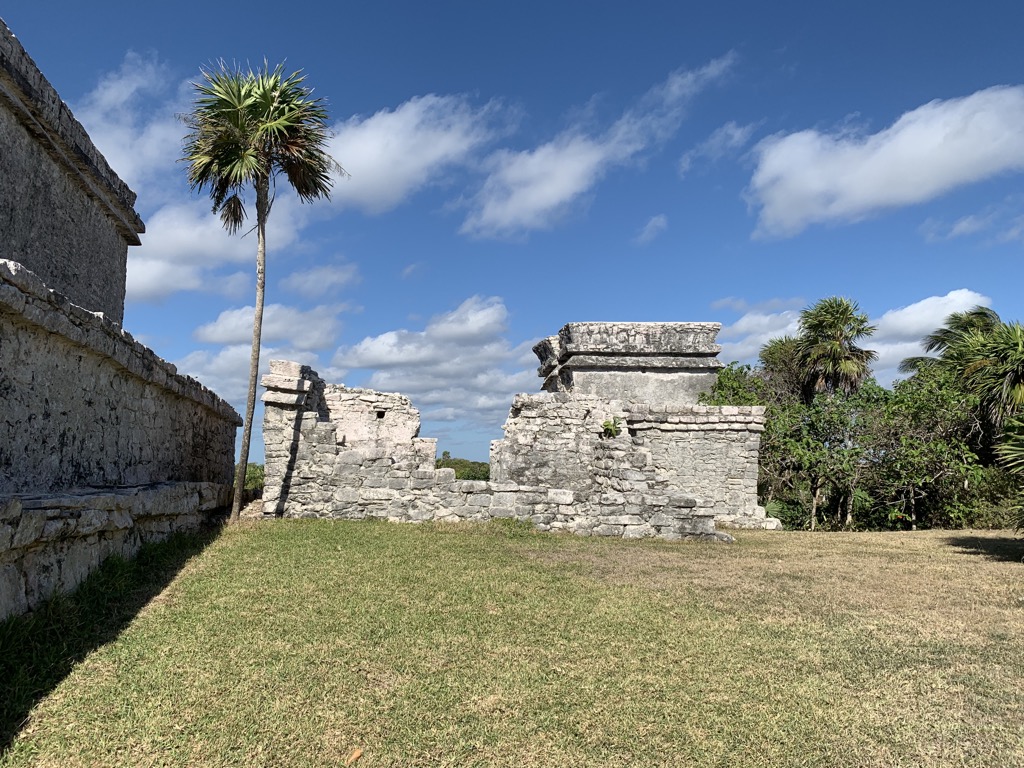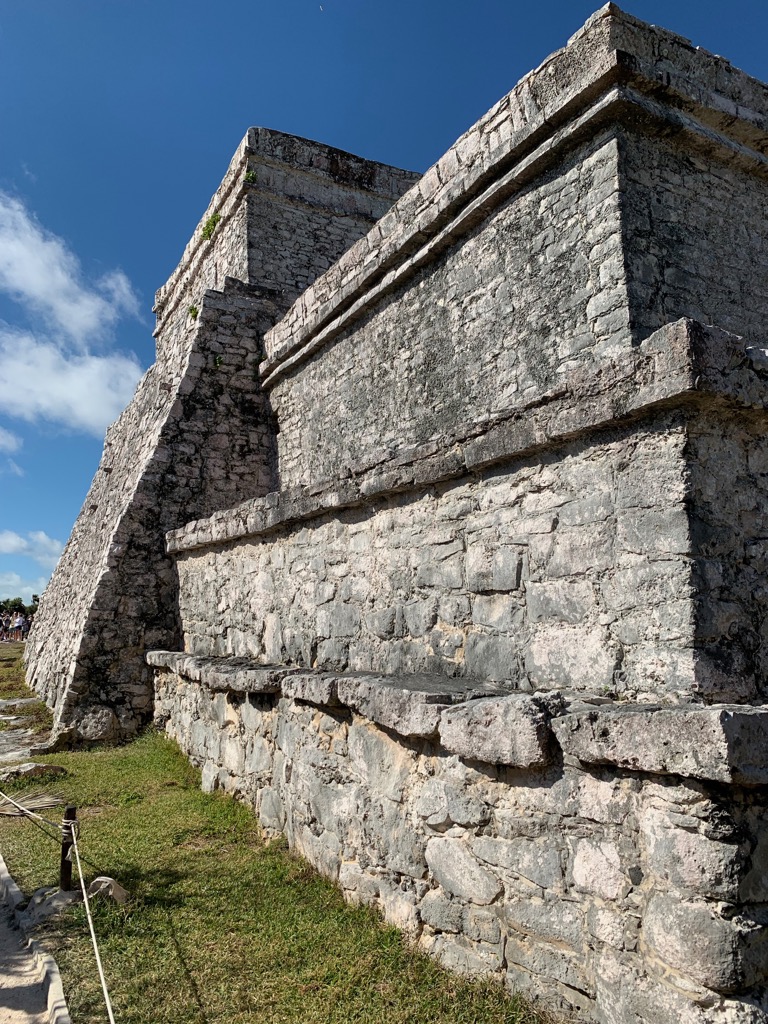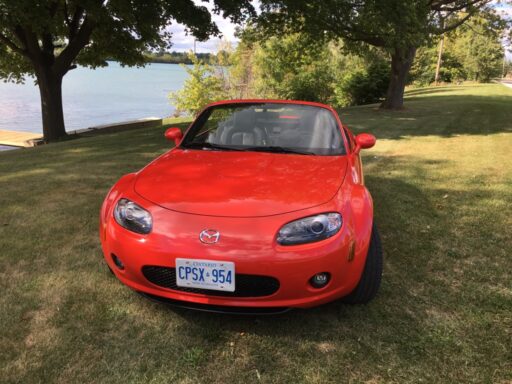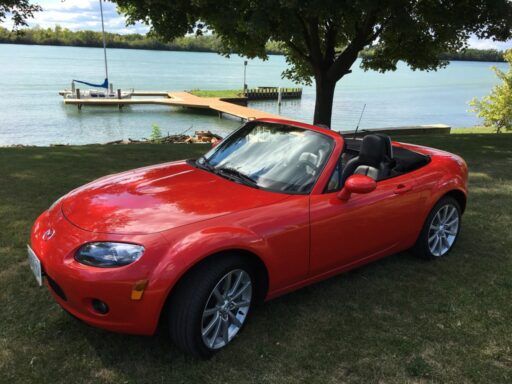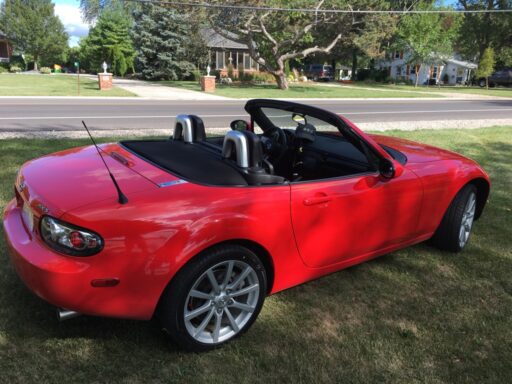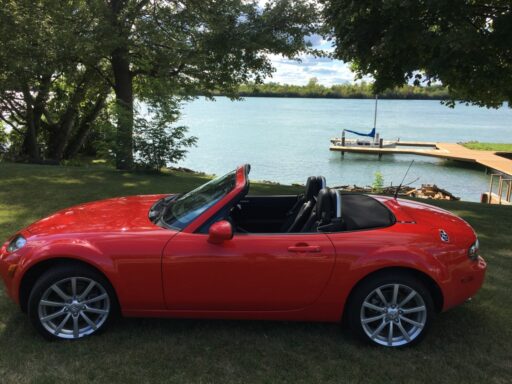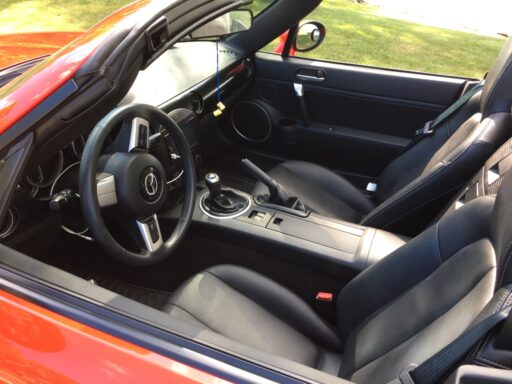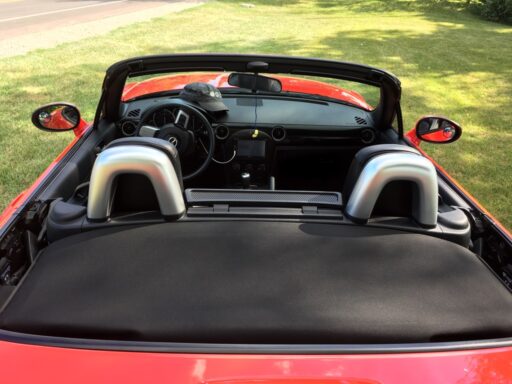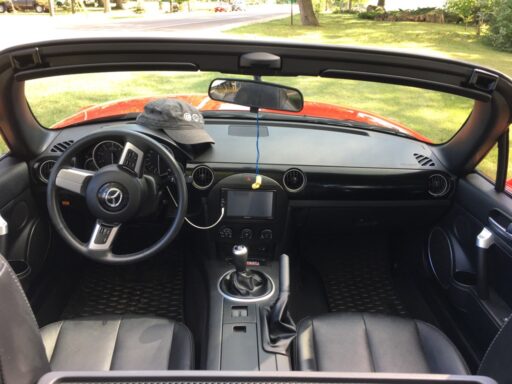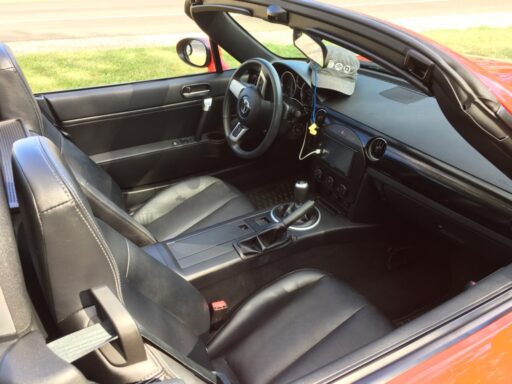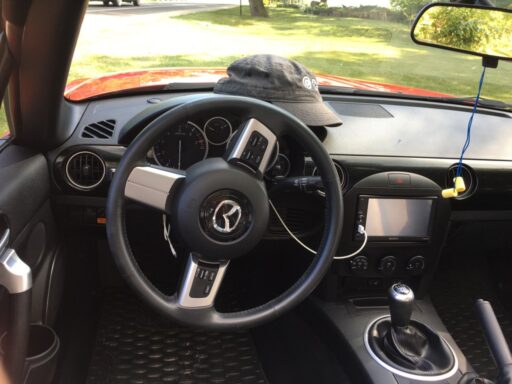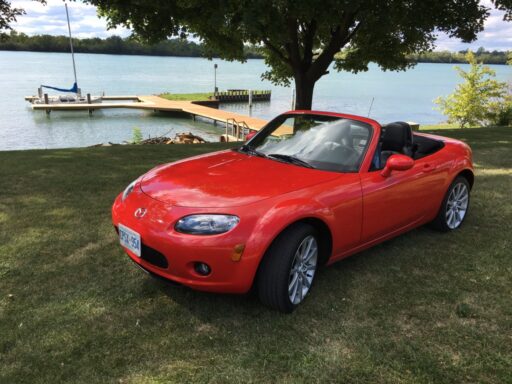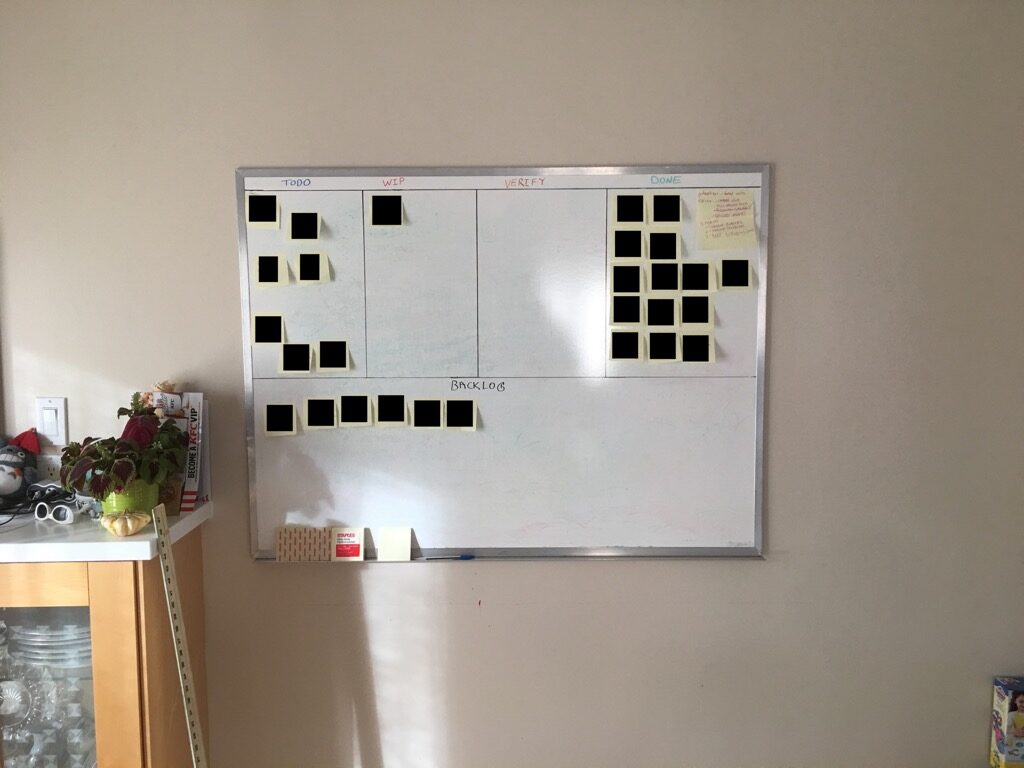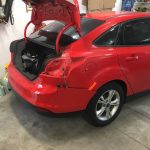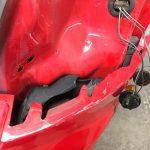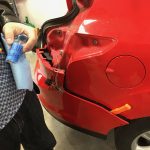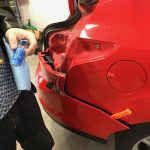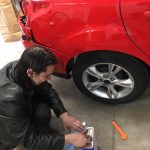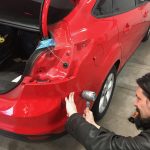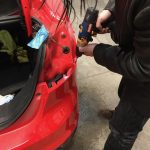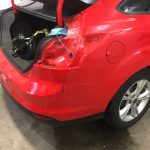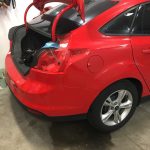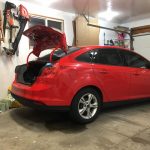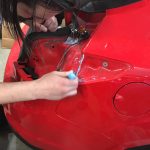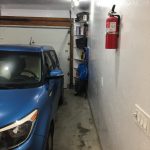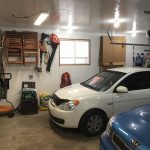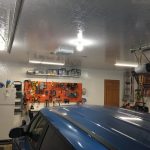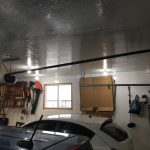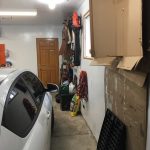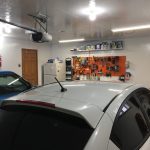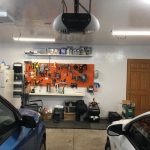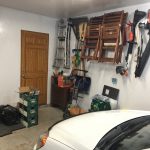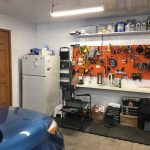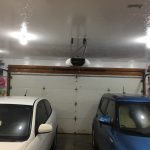I’m not big on travel, but my wife enjoys it—and after two years of hard work and ten years since our last grand tour, the decision was made to go see the south of France. The initial plan included Paris, but logistics got in the way, so Paris will have to wait. Our 20-day trip (including air travel) can hardly be called a grand tour, but hey, it’s modern times when plebeians such as us can afford to travel a bit and hopefully get cultured. I typically prefer trips to events such as MATG or DefCon, but roaming the south of France didn’t sound bad—after all, I wanted to find out what all the fuss was about. So the rough plan was to fly into Marseille, get a car, and visit as much as we could. I’m still processing the grand tour and hopefully I’ll have more revelations, but for now, I’ll just randomly dispense my thoughts as they surface in my mind.
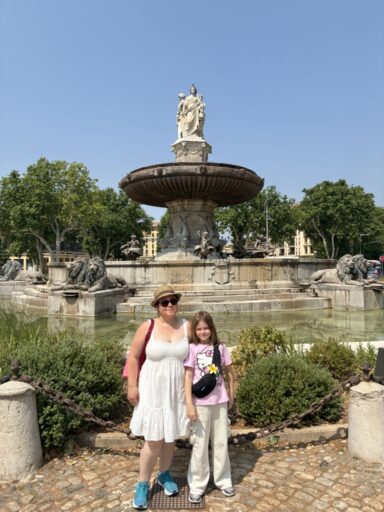
France has quite a different approach to food, at least compared to North America. Breakfast is very fast and light: no eggs, no bacon, no potatoes, pancakes, or anything of the sort. The most you can find at a bakery is sandwiches, and not all bakeries carry them in the morning. The bakery is the focal point, and it certainly seems everyone goes there each morning. That’s the place where you can get bread, coffee, and pastries and have a quick sit-down if you’re a tourist since I didn’t see many locals having breakfast there—just in and out. We visited a few bakeries along the way, and I can’t recall any of them being bad. Some were better, some had a bigger variety, but all had the same basic breads, which were pretty good. I must admit, French bakeries pushed me toward the idea of making my own bread (currently in the works). It is quite nice to have fresh bread in the morning. But the killer feature of any French bakery is pastries, and my personal favourite—the éclair. I honestly gave up on éclairs some time ago, as I couldn’t find any to my liking locally. But in France, every bakery we visited had awesome éclairs. Somehow those éclairs took me back to my childhood, tasting exactly as I remembered an éclair should taste.
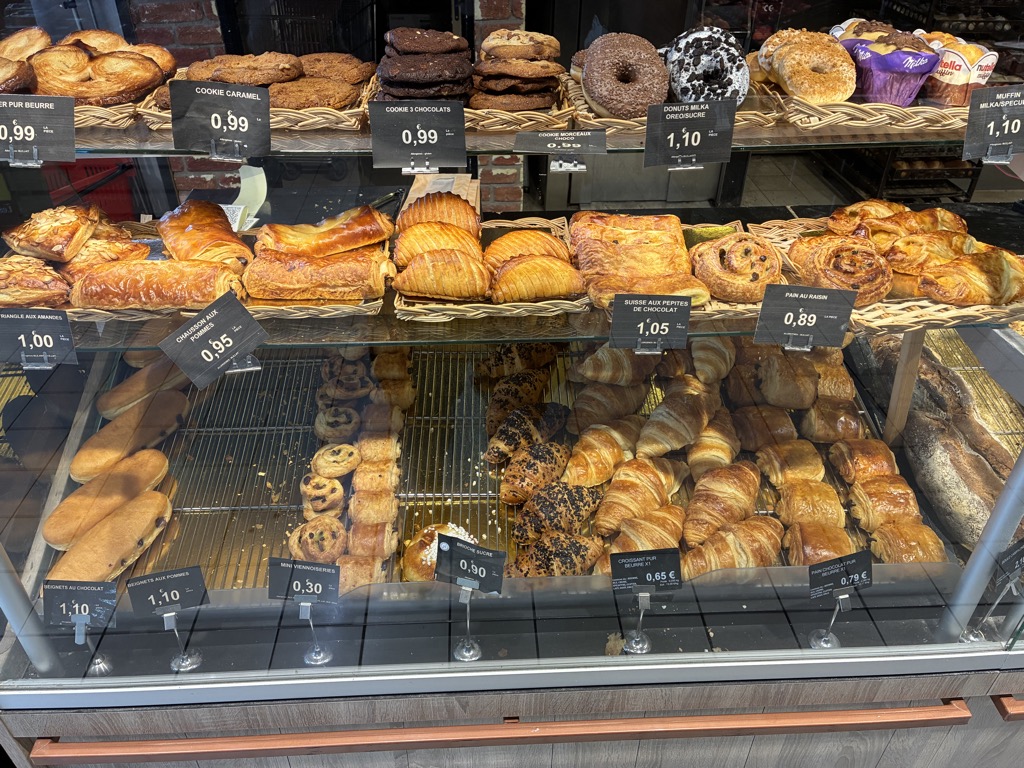
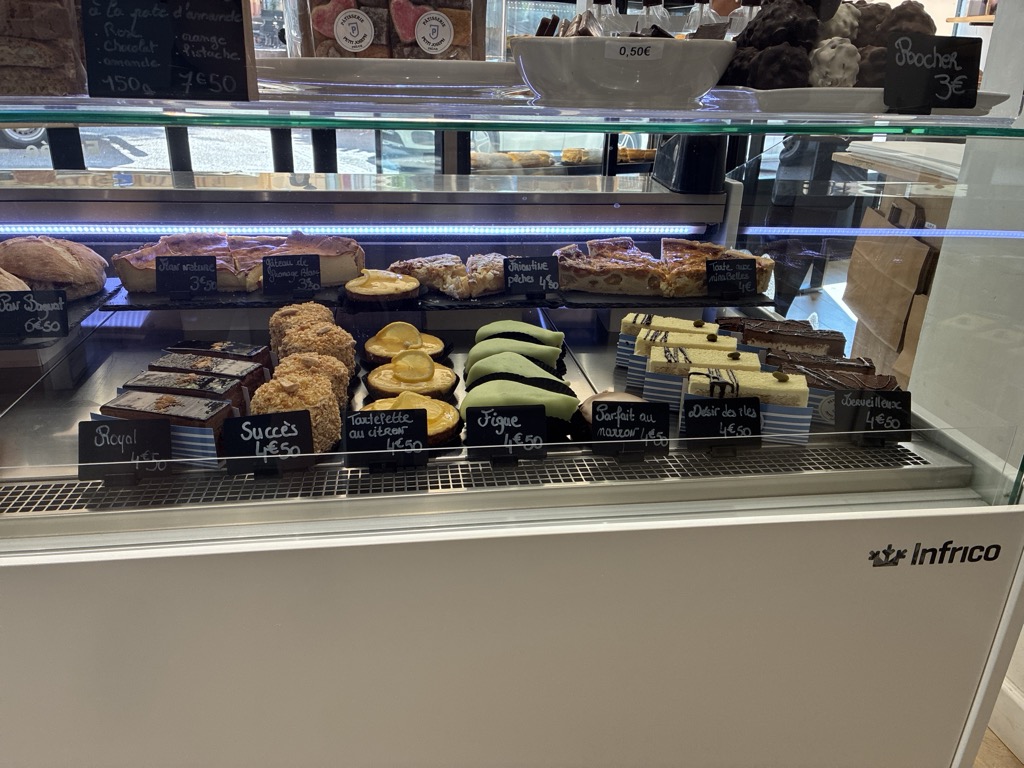
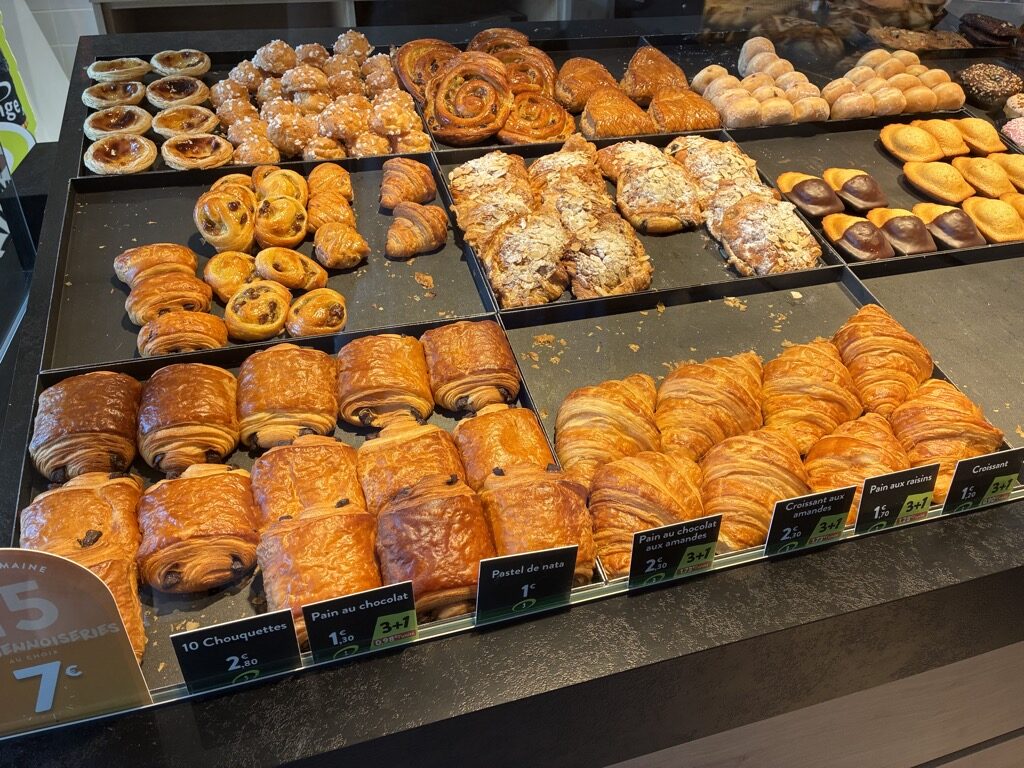
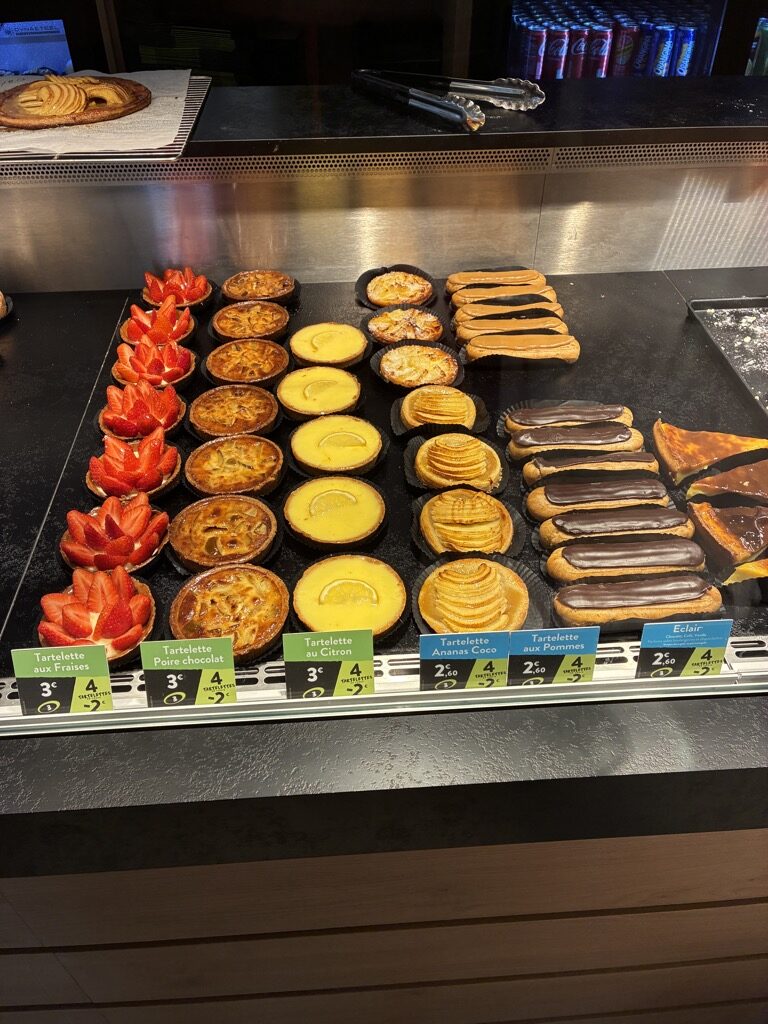
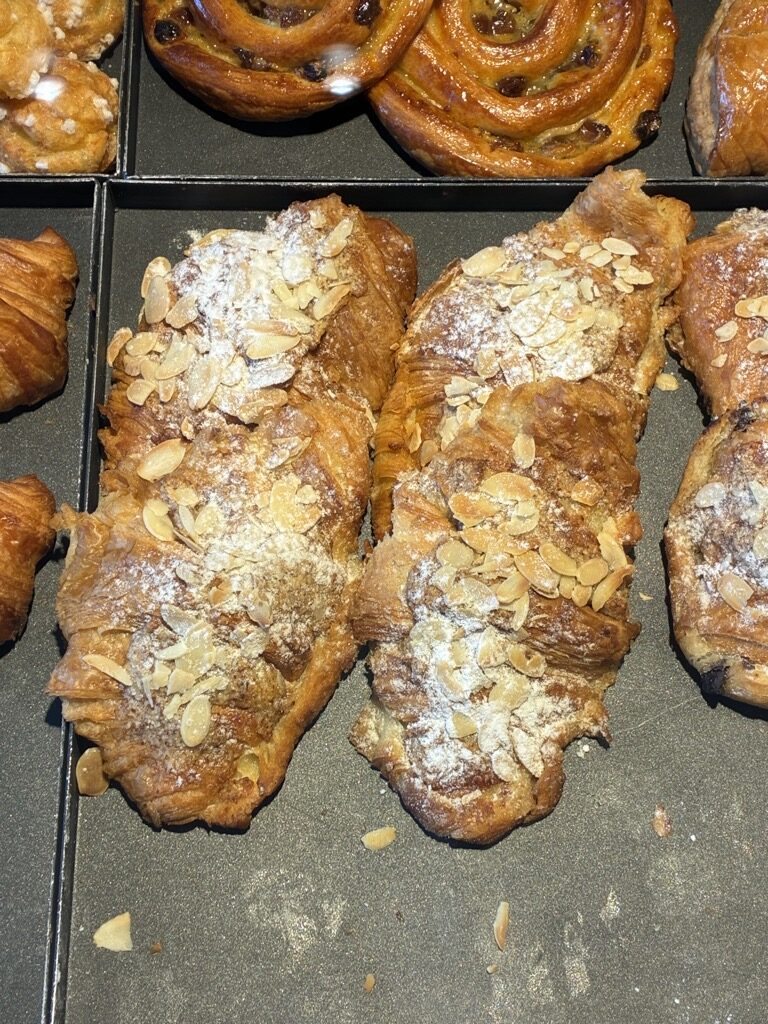
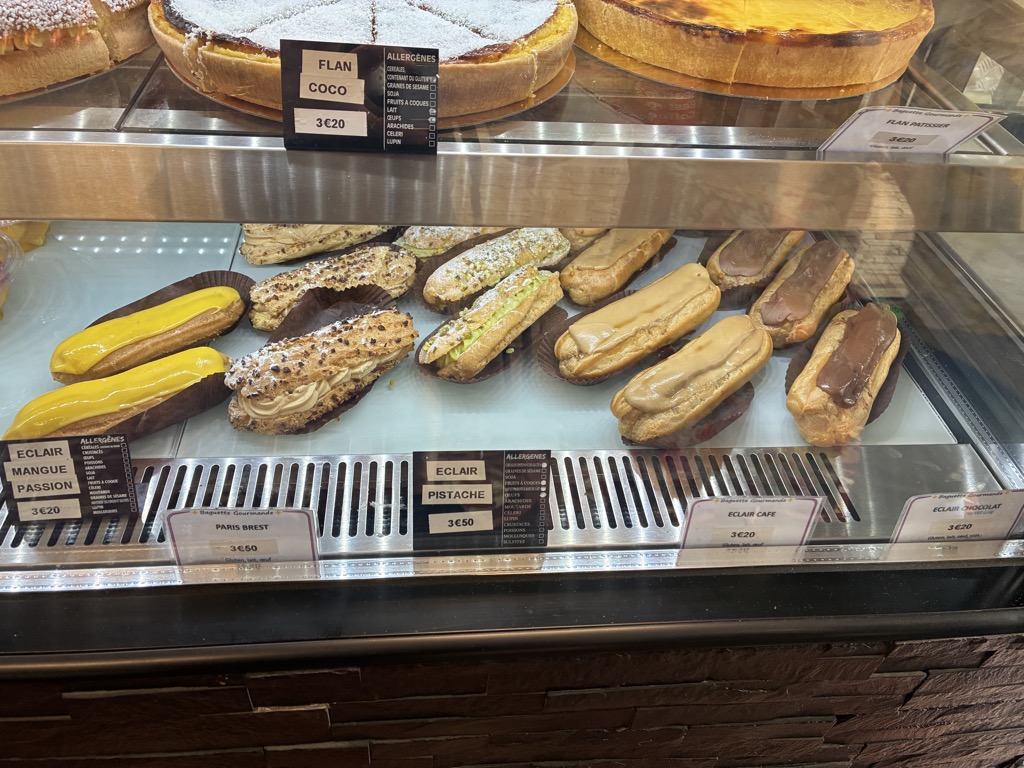
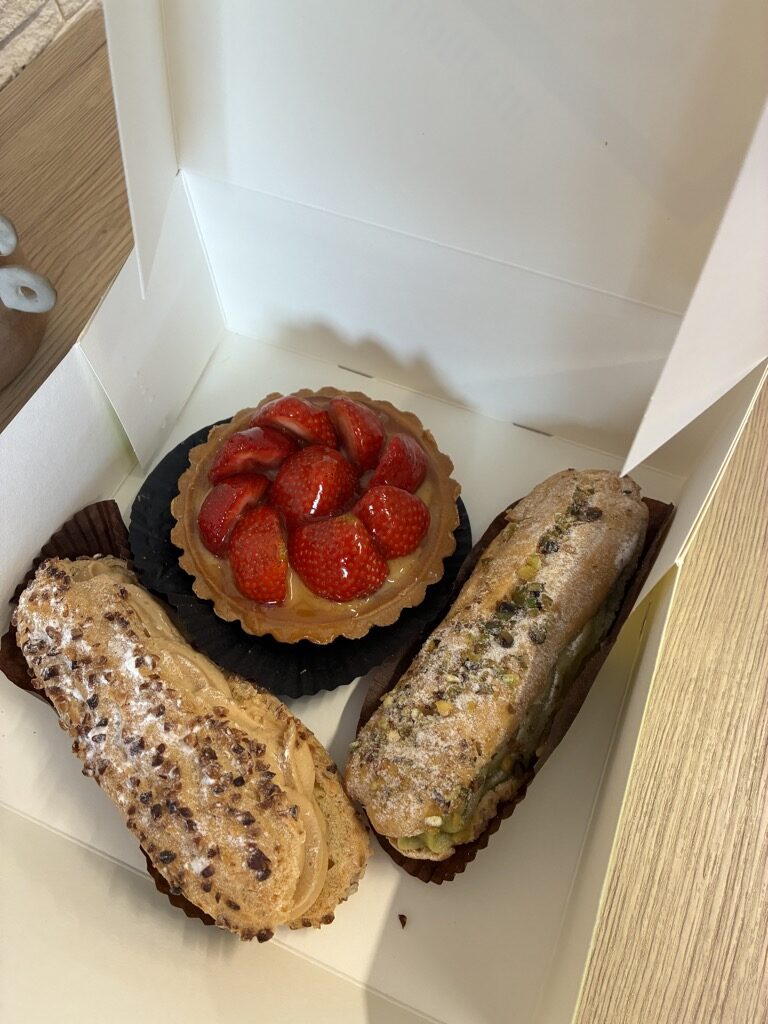
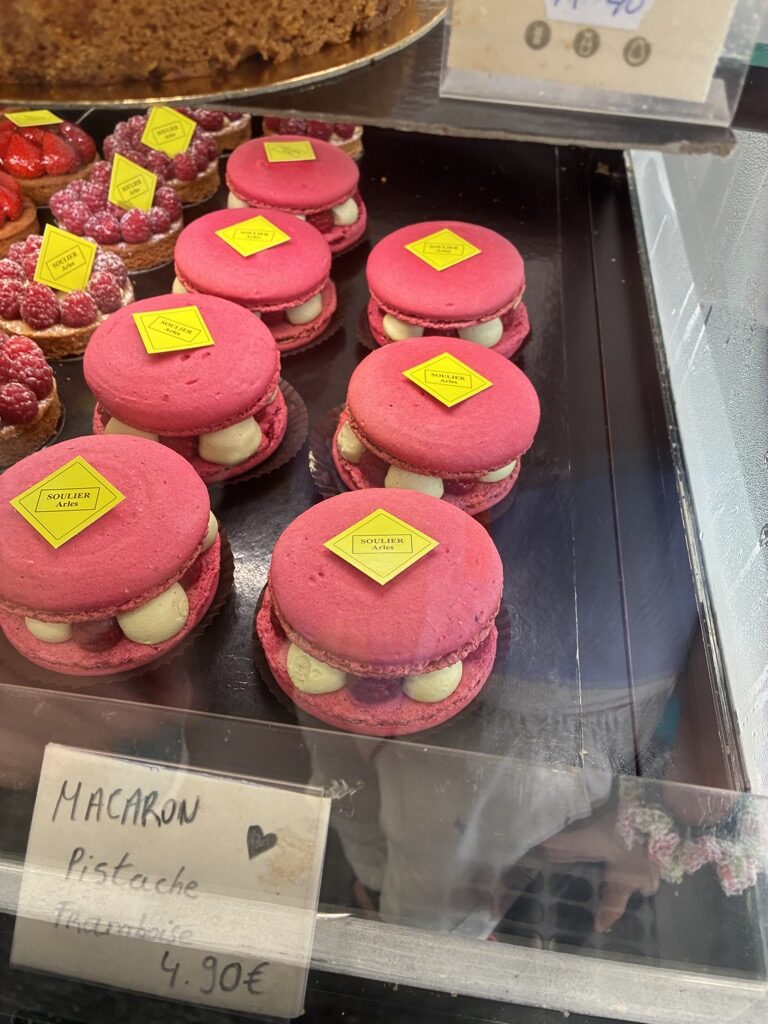
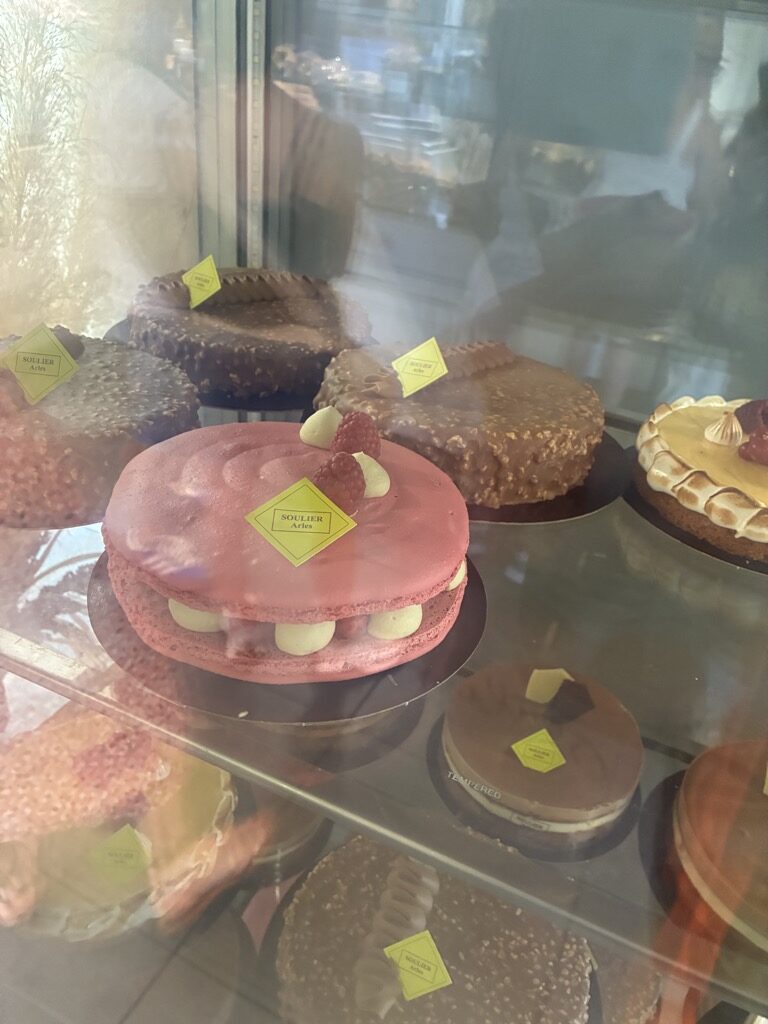
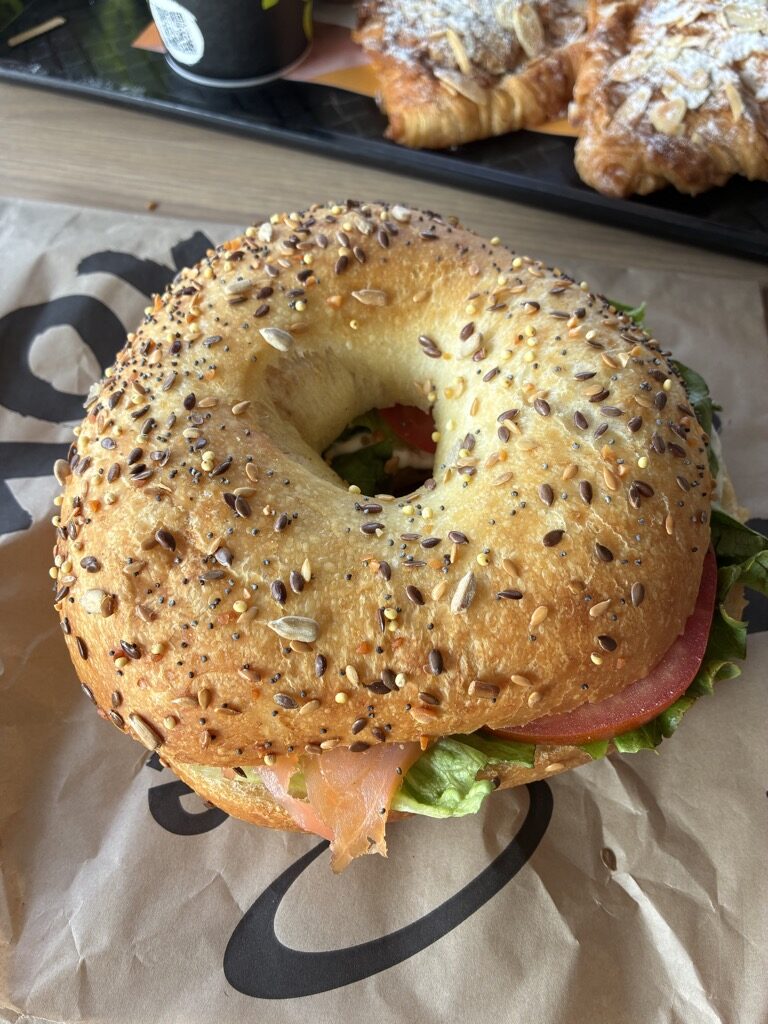
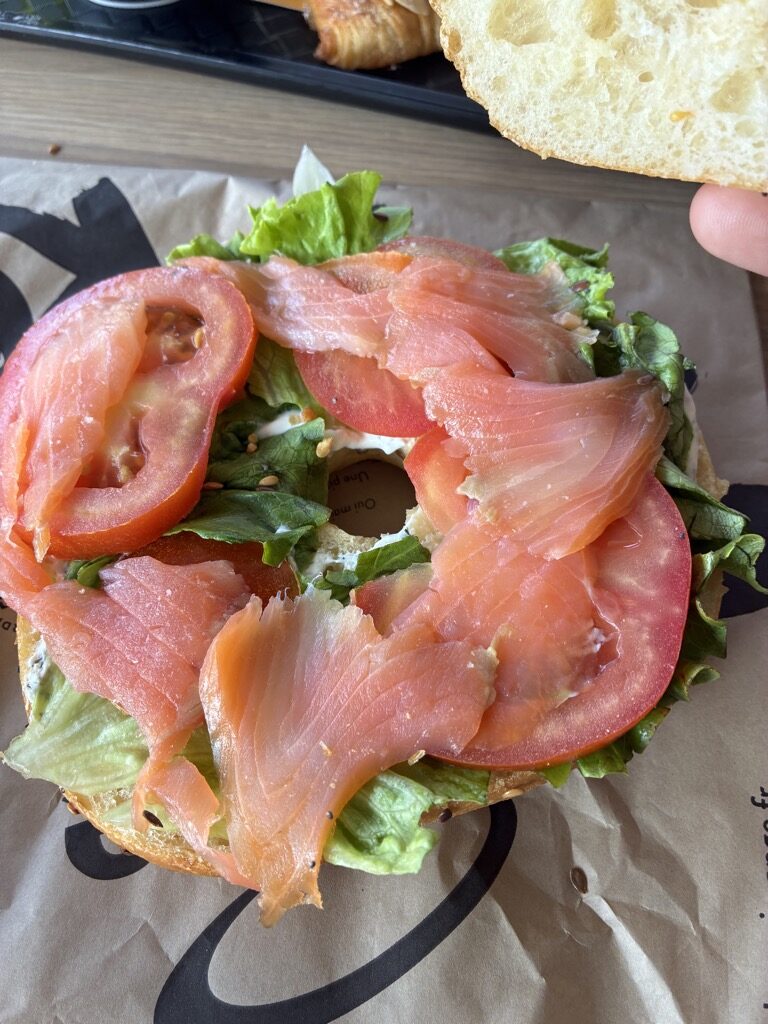
While in North America you can get almost anything anytime you want, such as breakfast at dinner time, the French operate differently—they have a strict structure. For breakfast, you can’t have lunch; for dinner, you can’t have breakfast. Bakeries close after lunch, while restaurants open only for lunch and dinner. The time in between I call “dead time.” That sunk in after a few attempts at finding something good to eat around 16:00. Yes, you can find burger or shish kebab places, but I learned to avoid those or proceed at your own risk of having okay food at best or food poisoning at worst. I found two courses of action to follow if you want to eat during dead time: tough it out and wait for restaurants to open, typically around 18:00, or go to a grocery store and get a sandwich. I had a few sandwiches from grocery stores along the way and am happy to say I didn’t get any indigestion. Sandwiches are pretty decent considering the price. As for McDonald’s (or other fast food), they are few and far between unless you are in a bigger city.
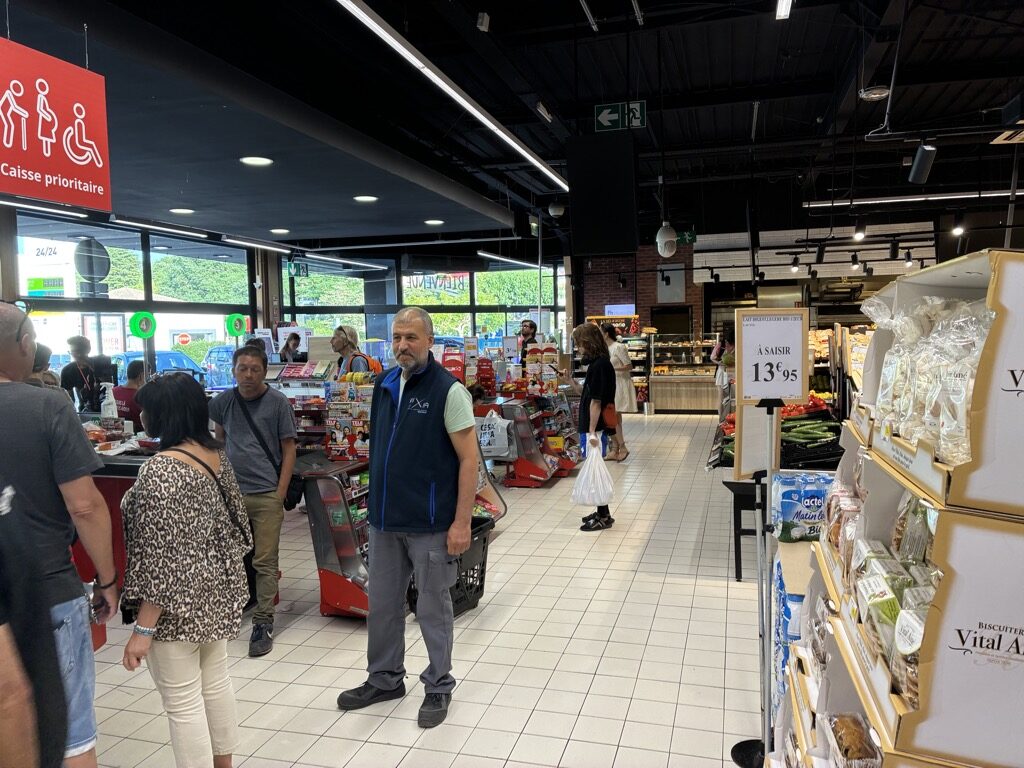
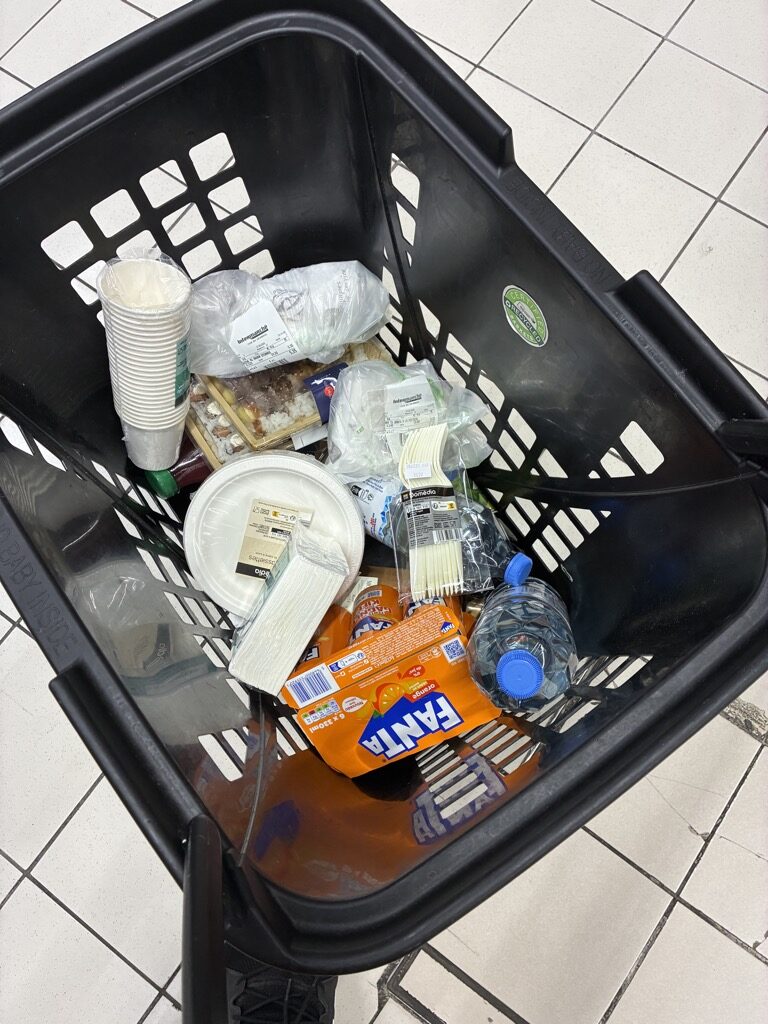
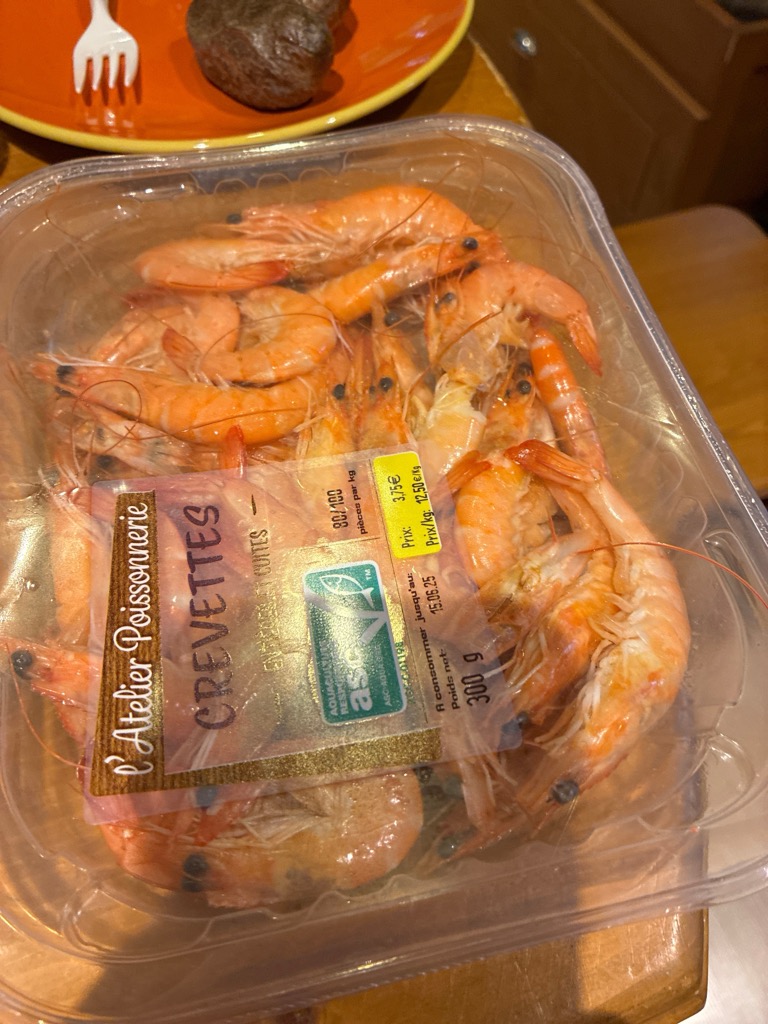
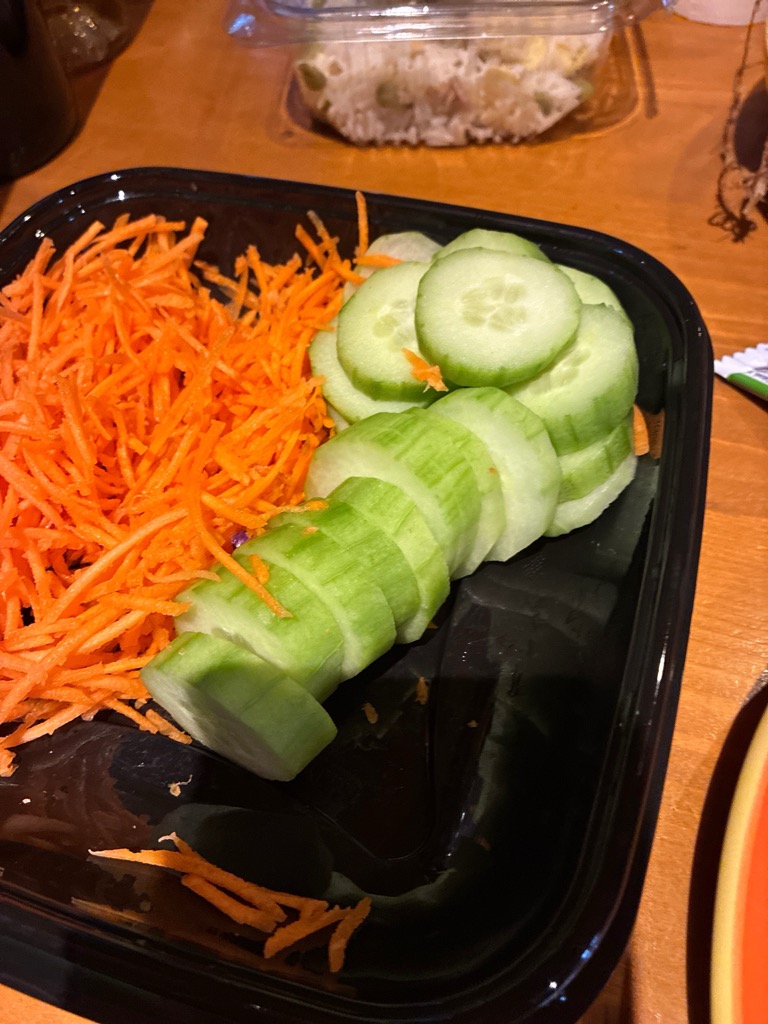
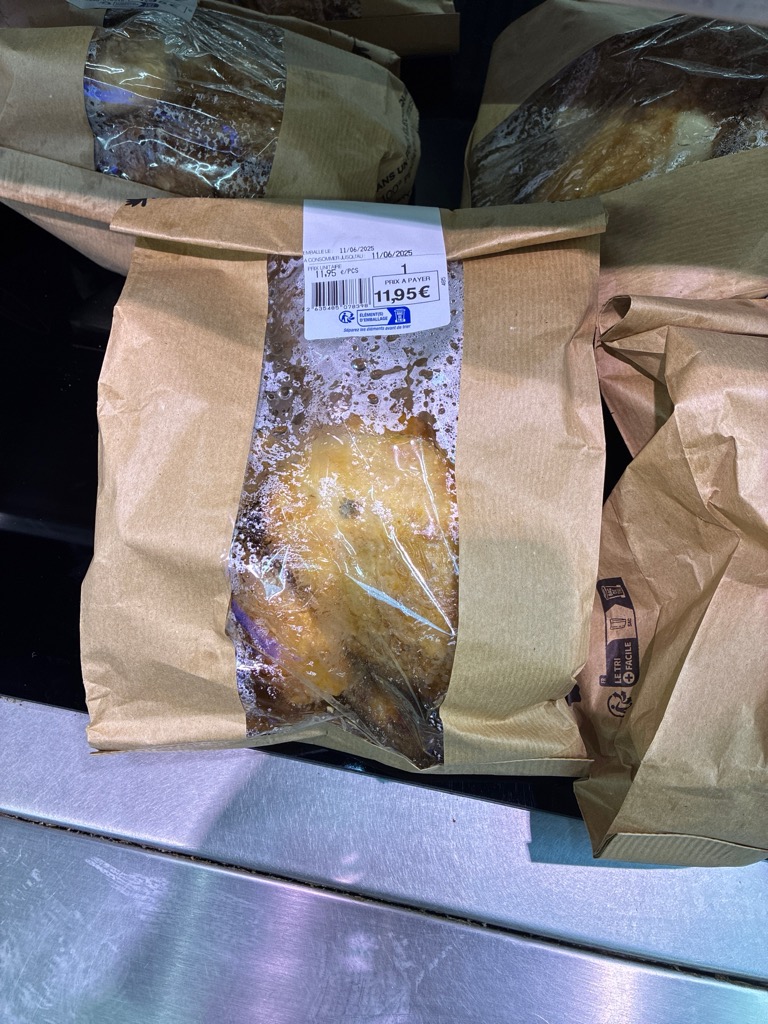
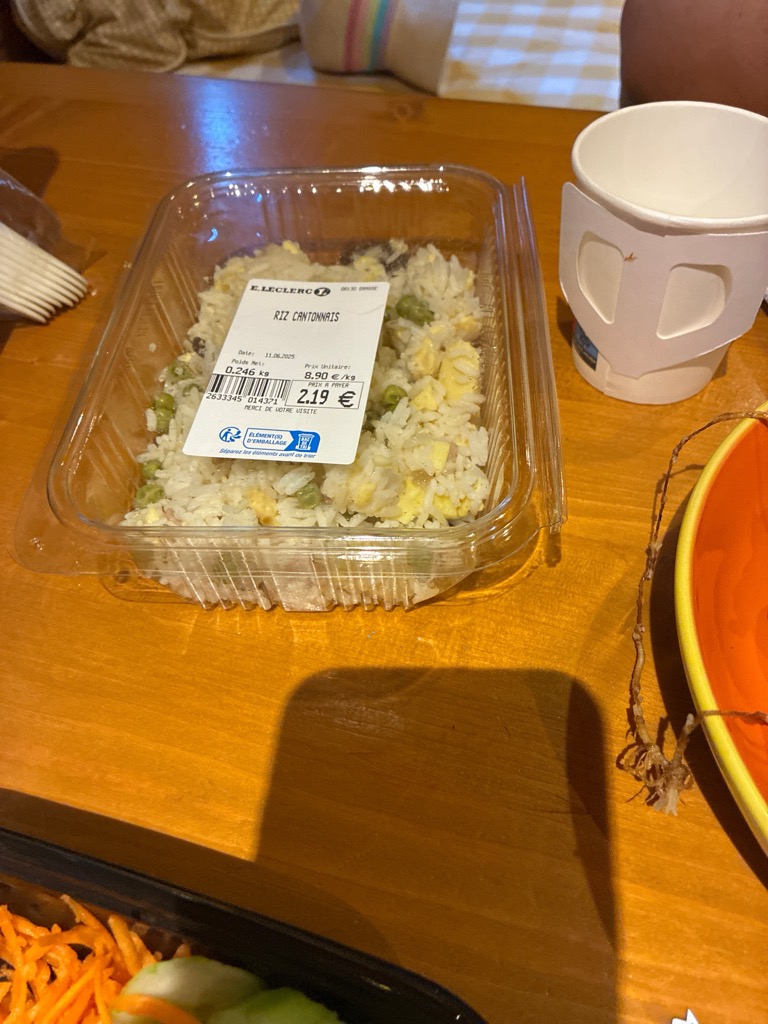
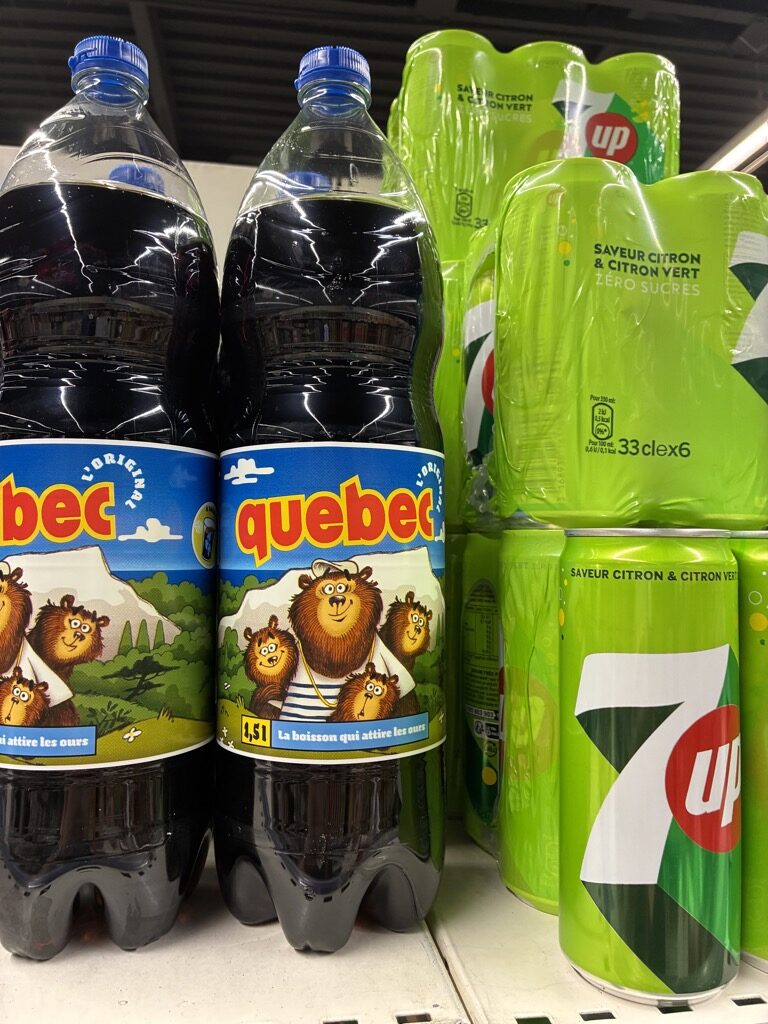
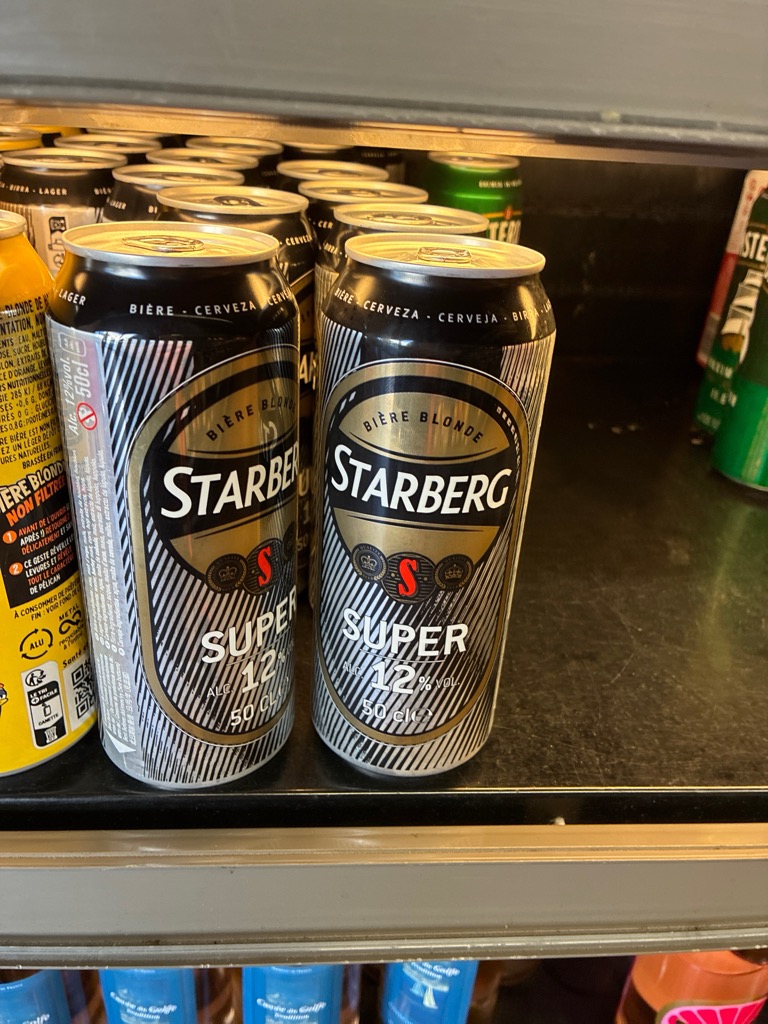
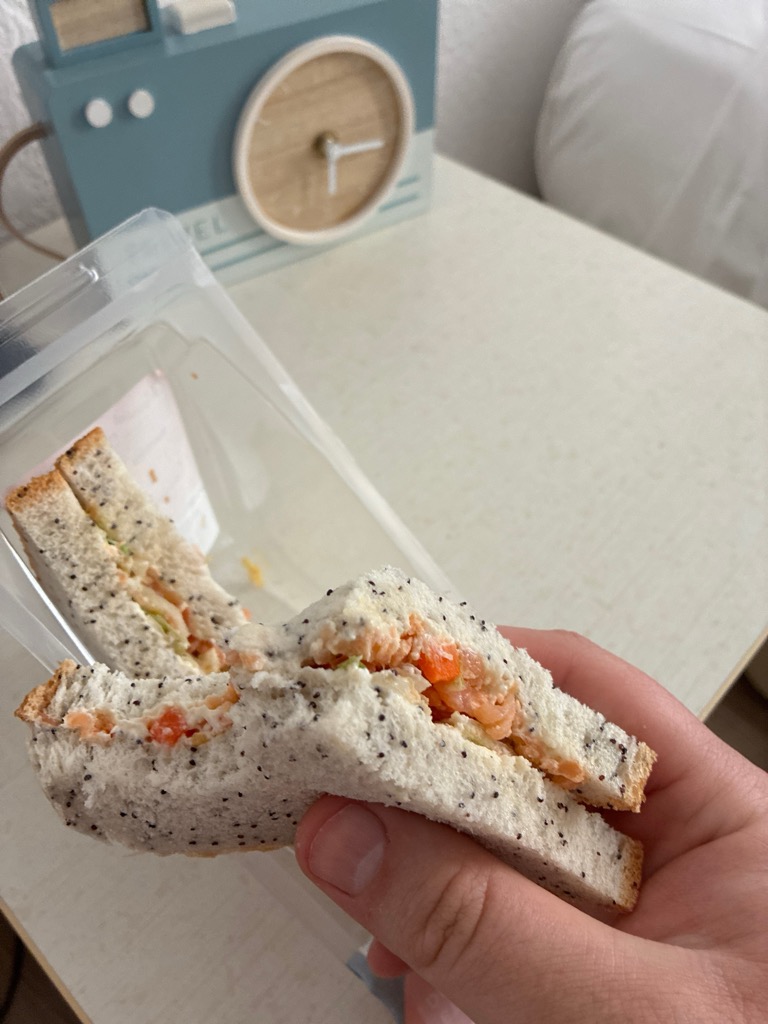
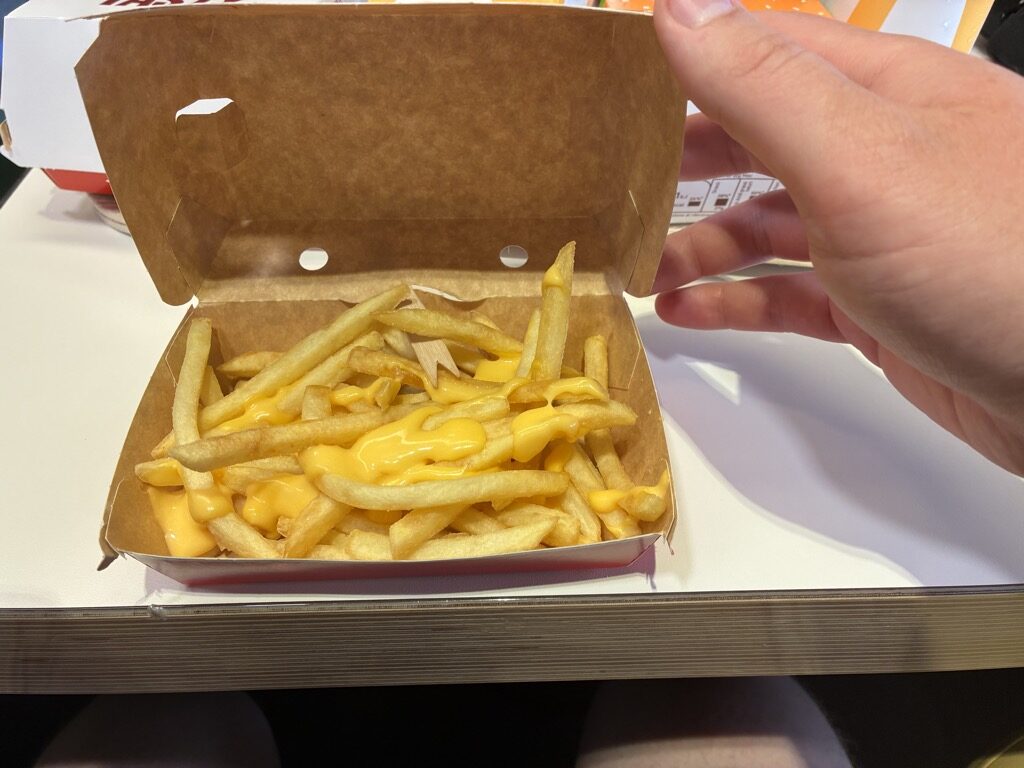
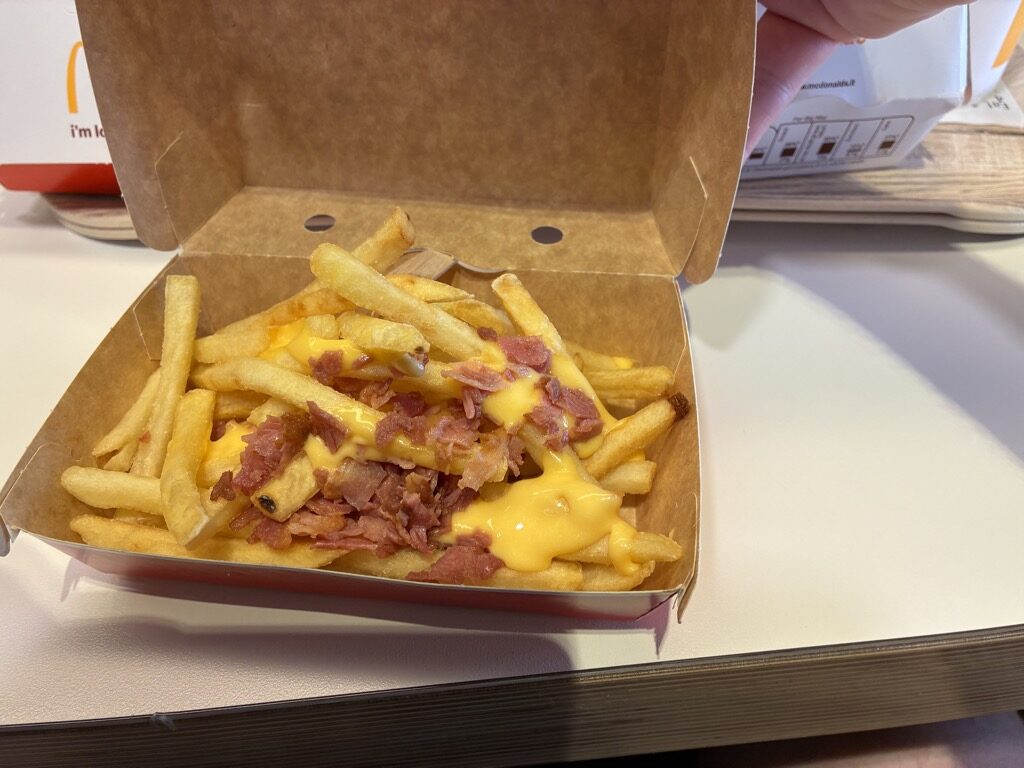
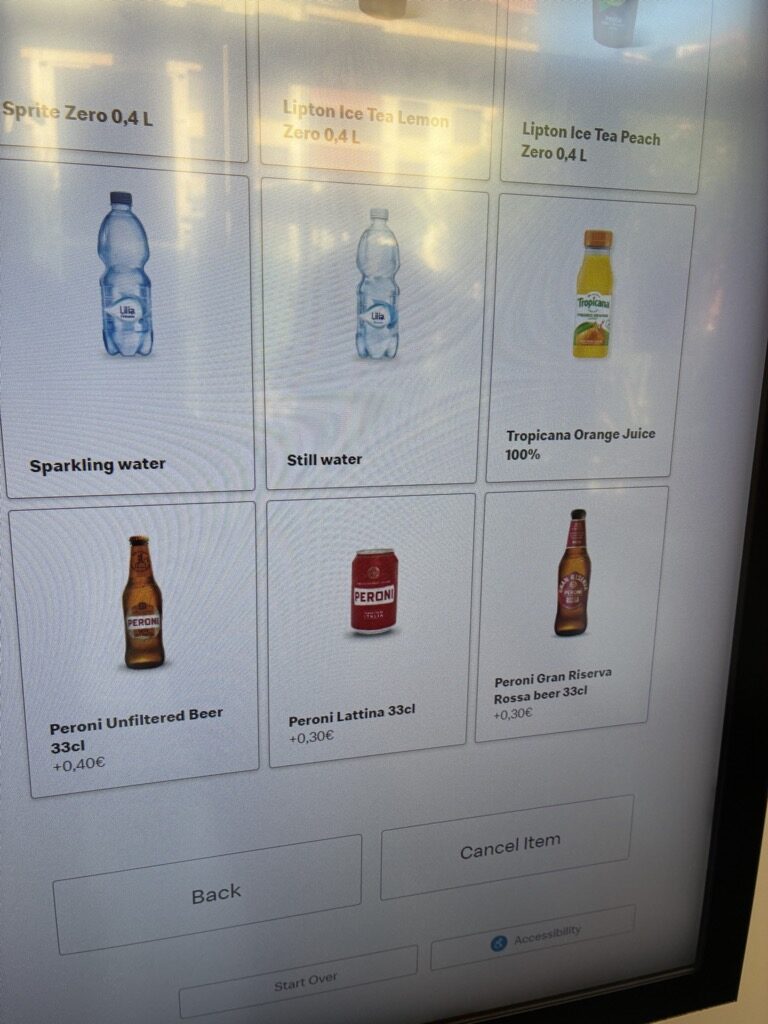
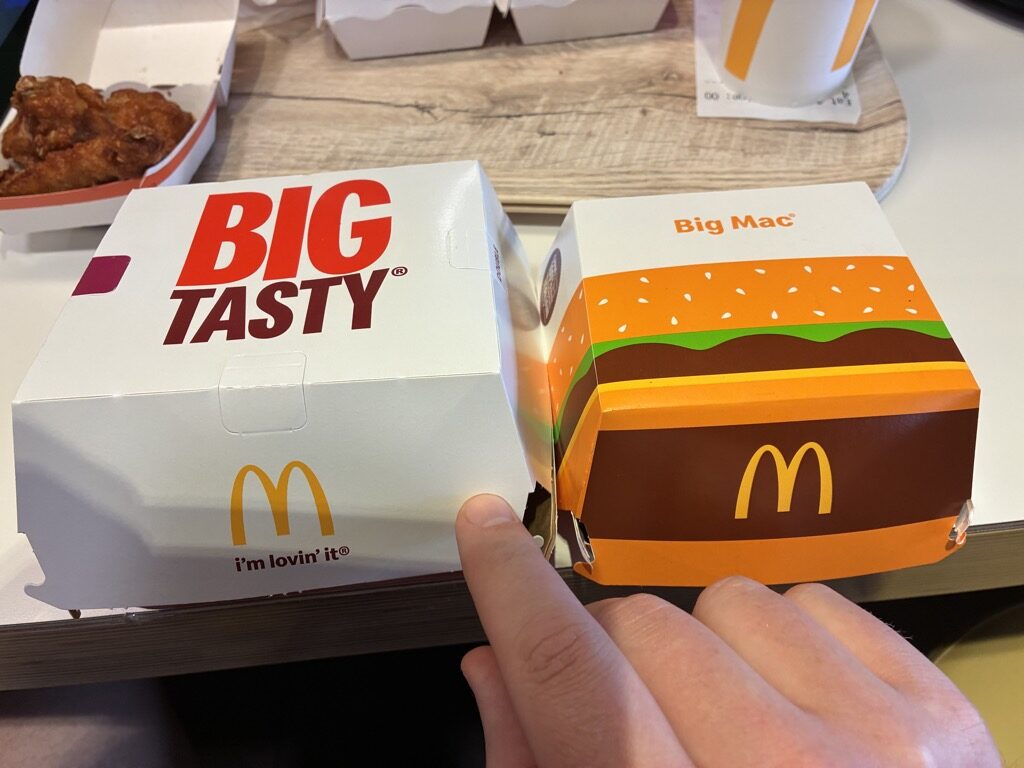
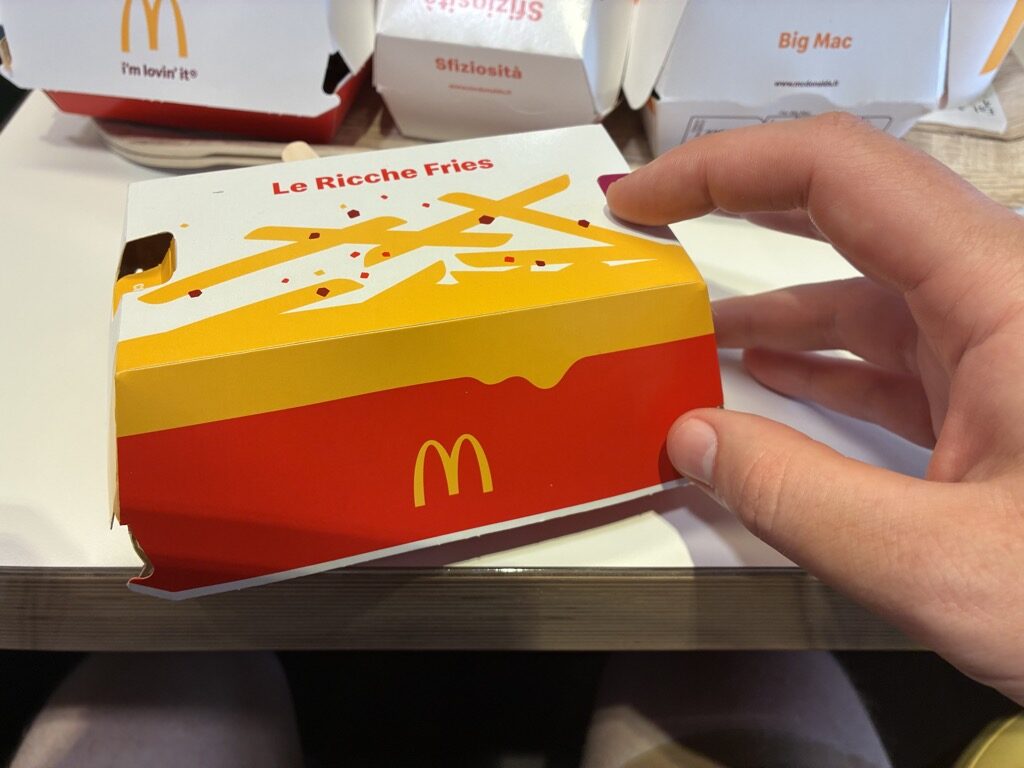
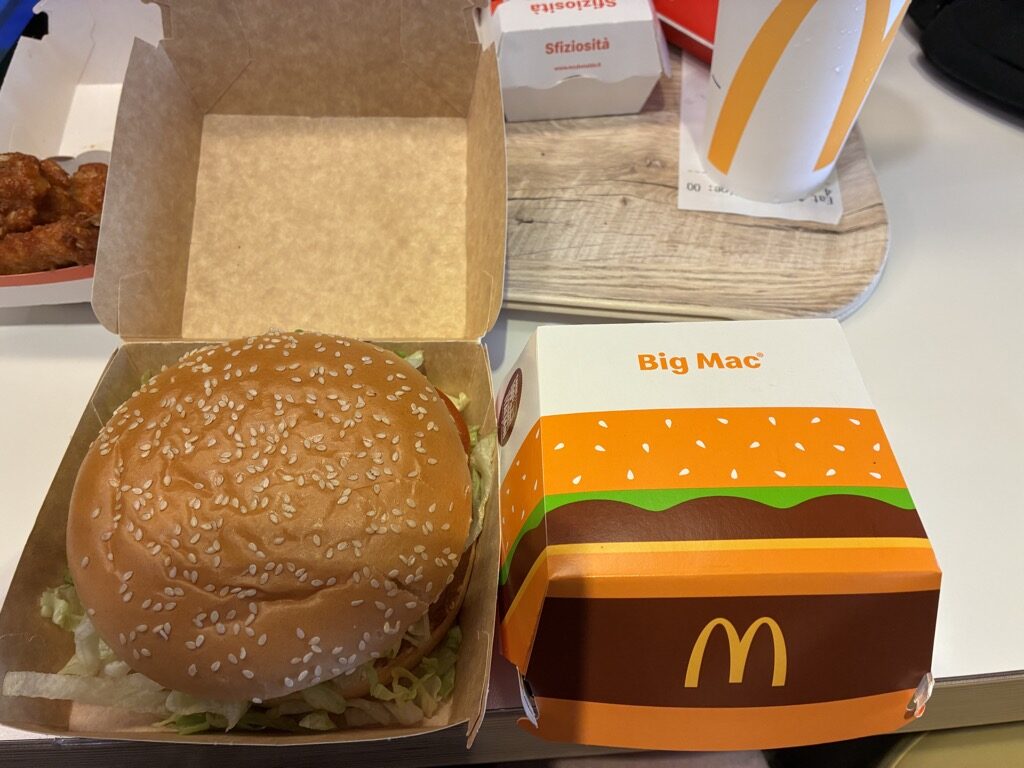
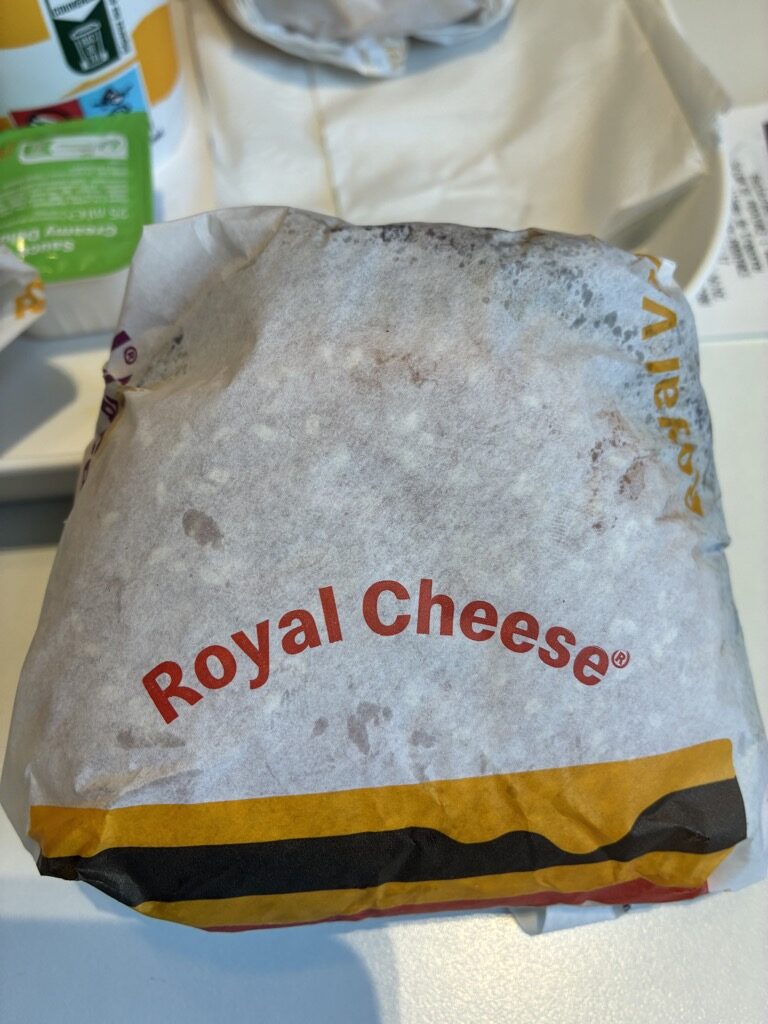
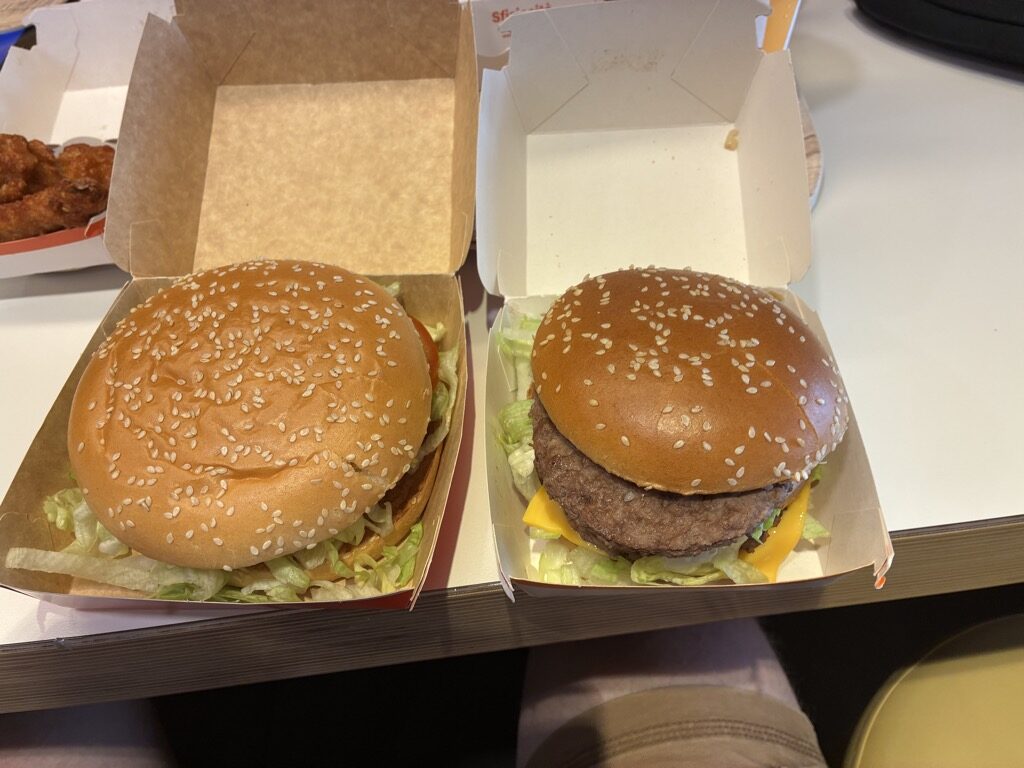
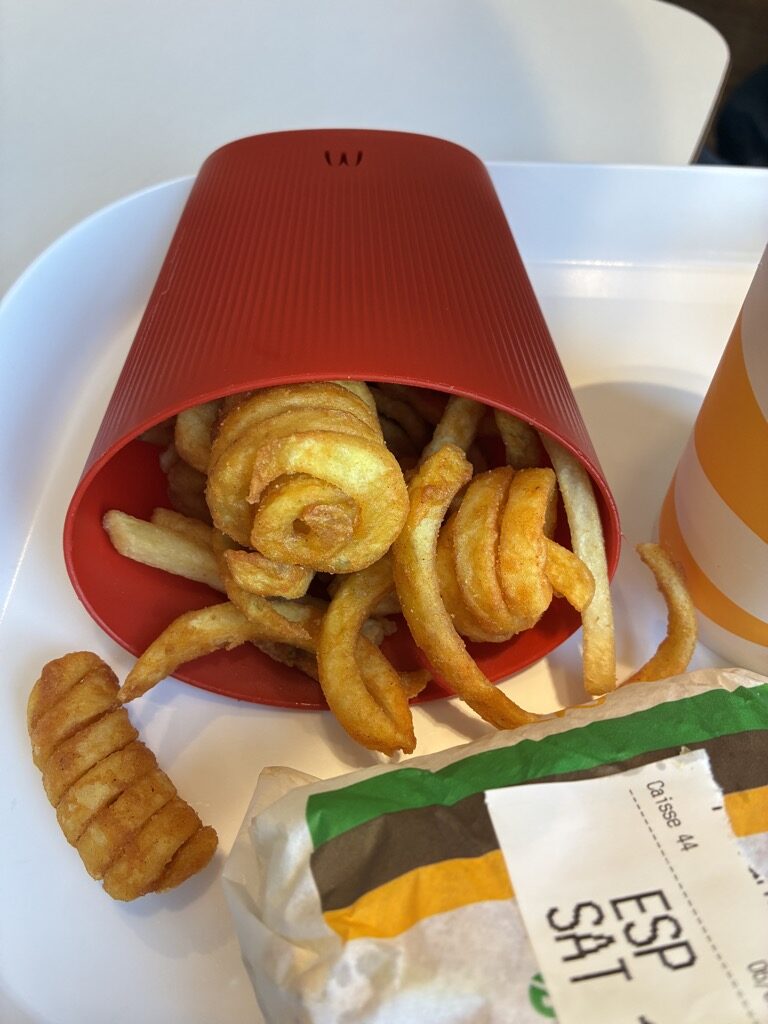
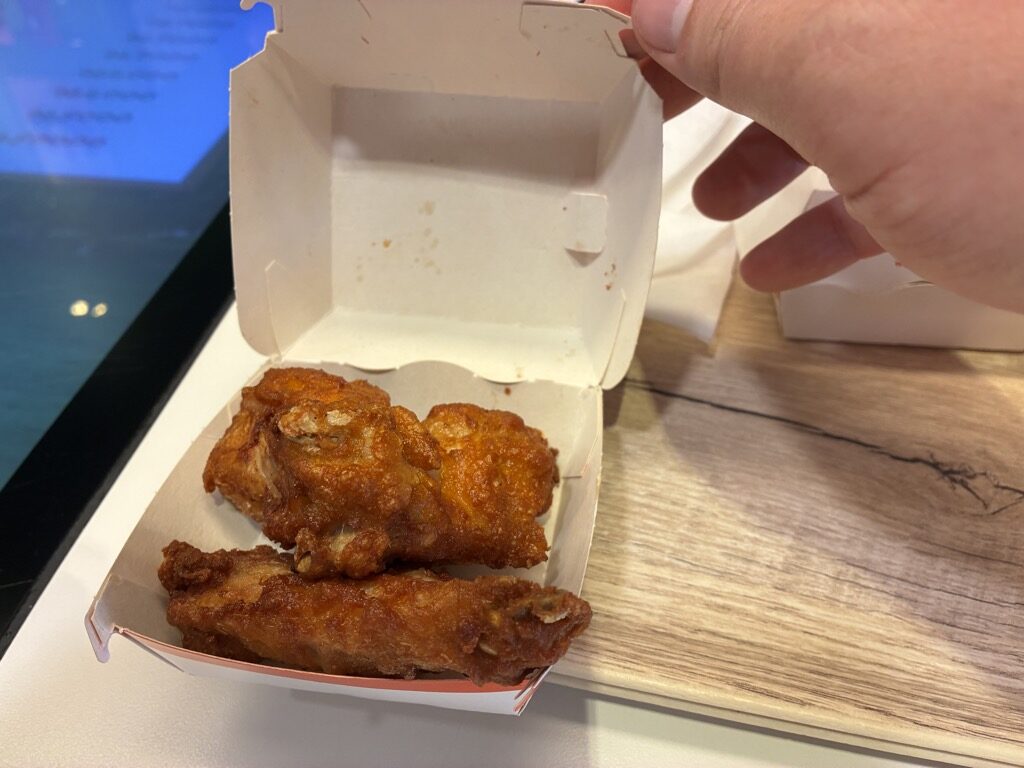
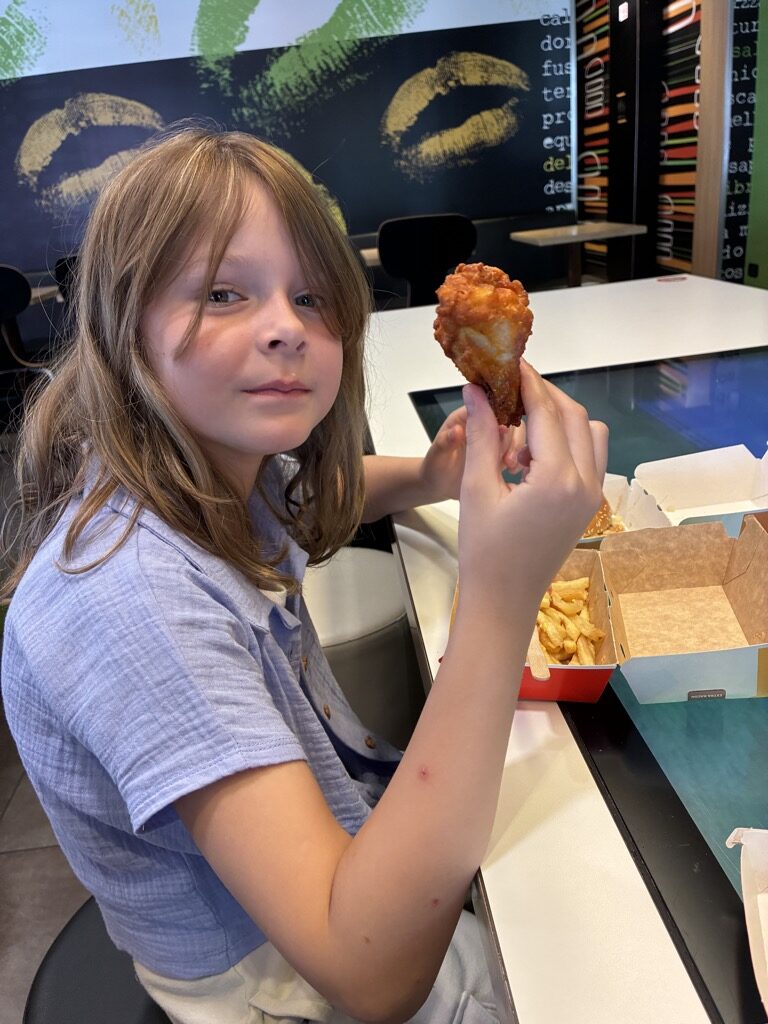
I’m not entirely sure I sampled enough French cuisine since the majority of offerings were similar to North America: pizza, burgers, salads, and such. However, their burgers are very nice! Perhaps I’m biased, or maybe I’m not used to having medium-cooked burgers, but it was good. The most spectacular was fresh seafood—that was something, especially considering I’m not a big fan of sea creatures. A long time ago, I visited Quebec and acquired a dislike for beef tartare, but salmon tartare in France is really good; I wish it was more popular in North America. Overall, I established that to have a good meal, expect to pay €18 and up per dish (or €14 and up for pizza) for lunch or dinner. One note: apparently some restaurants require each customer to have their own dish. That caught me off guard (luckily only once) since we typically like to share, as our kid usually eats half a serving at best.
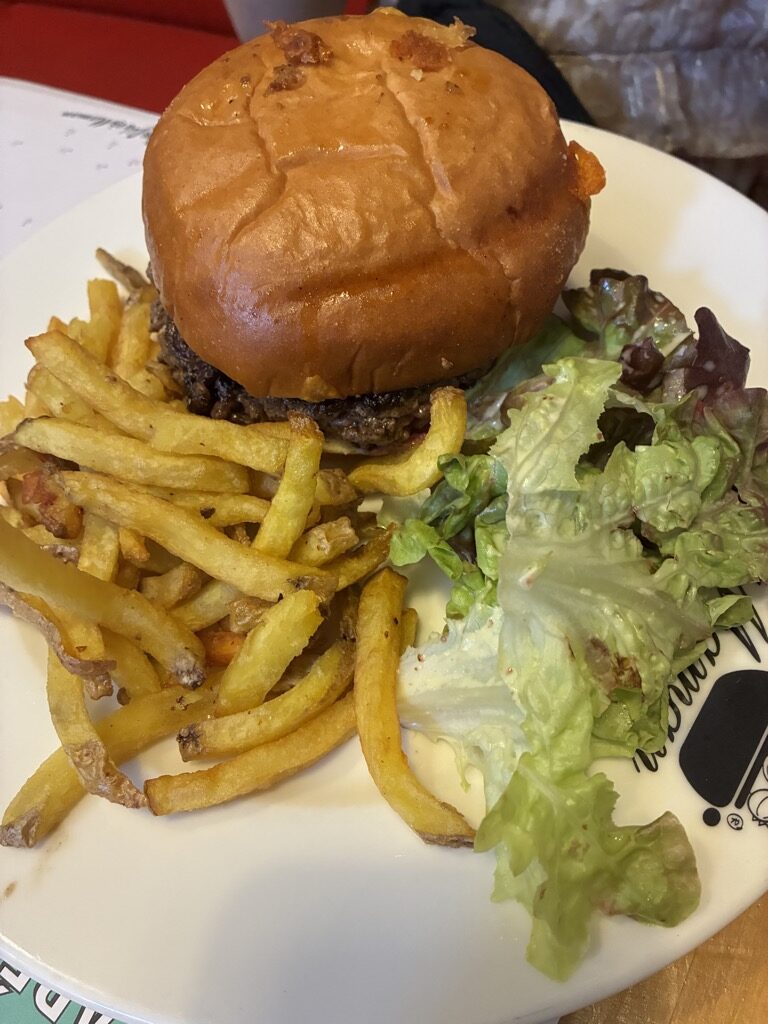
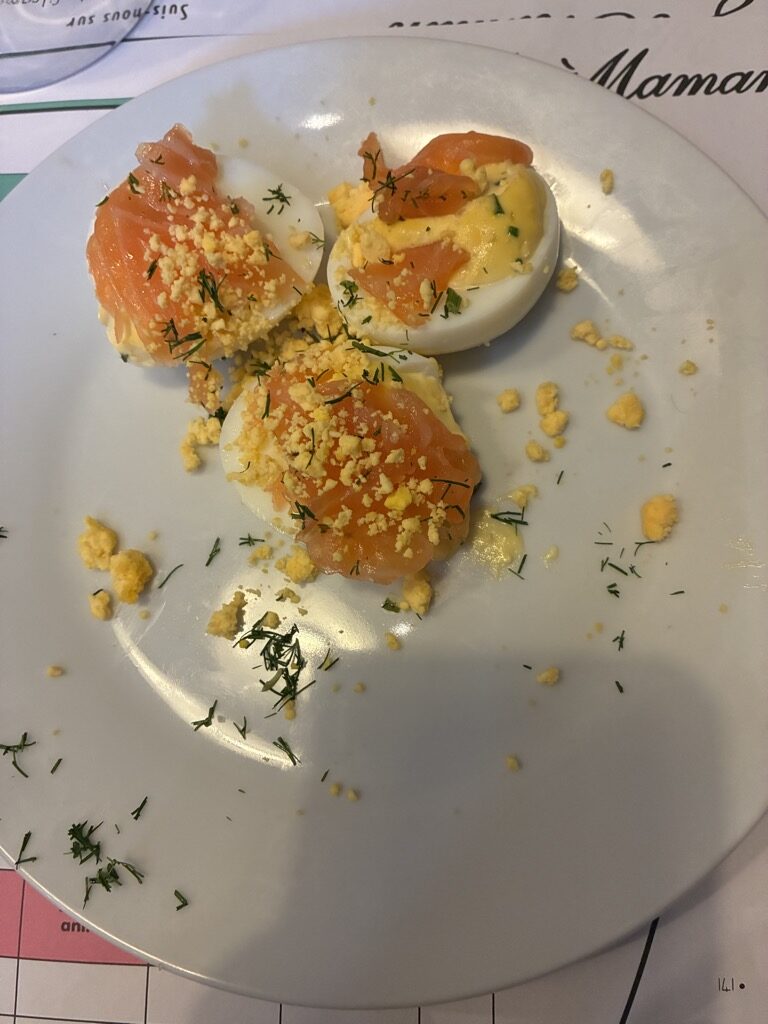
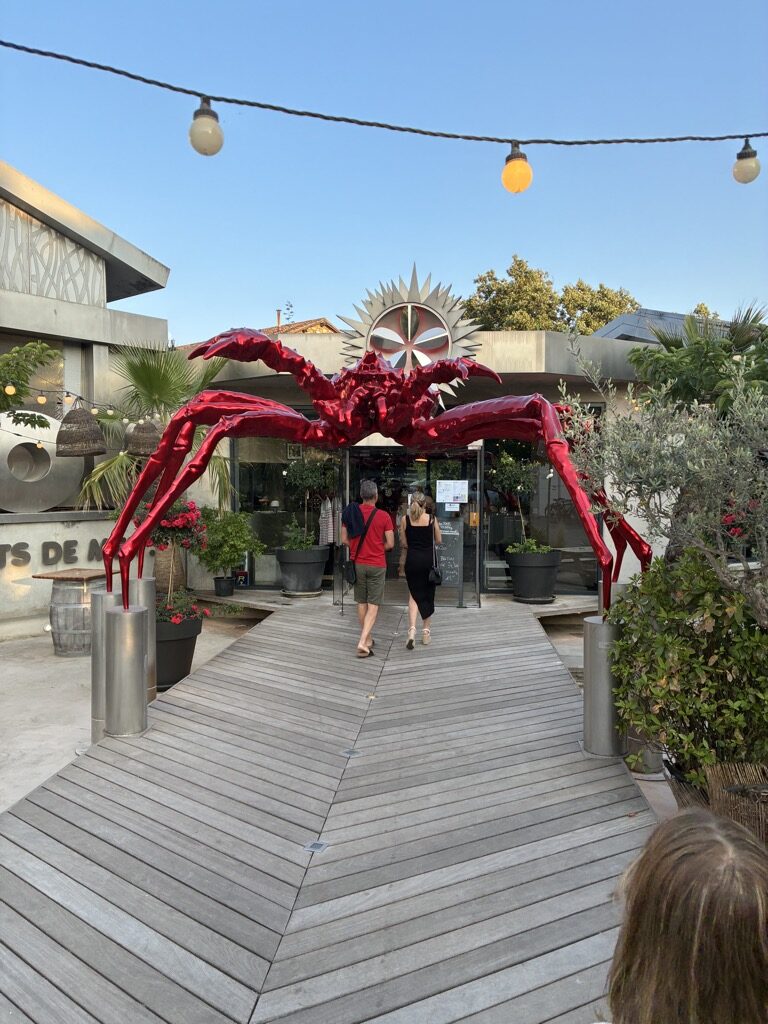
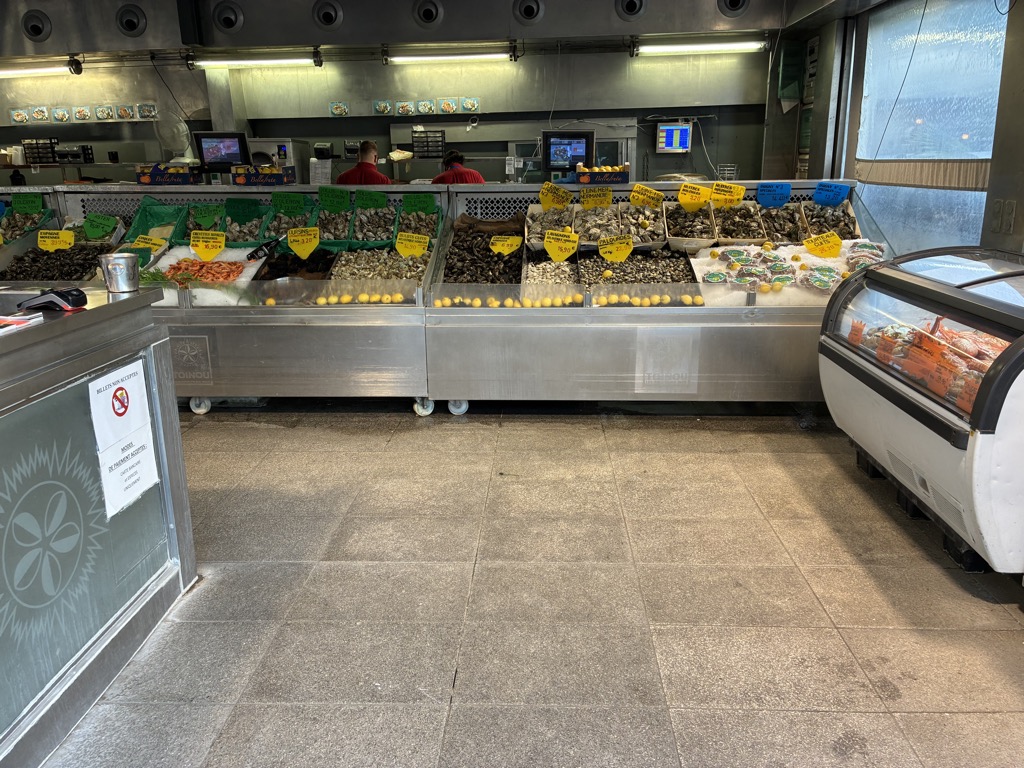
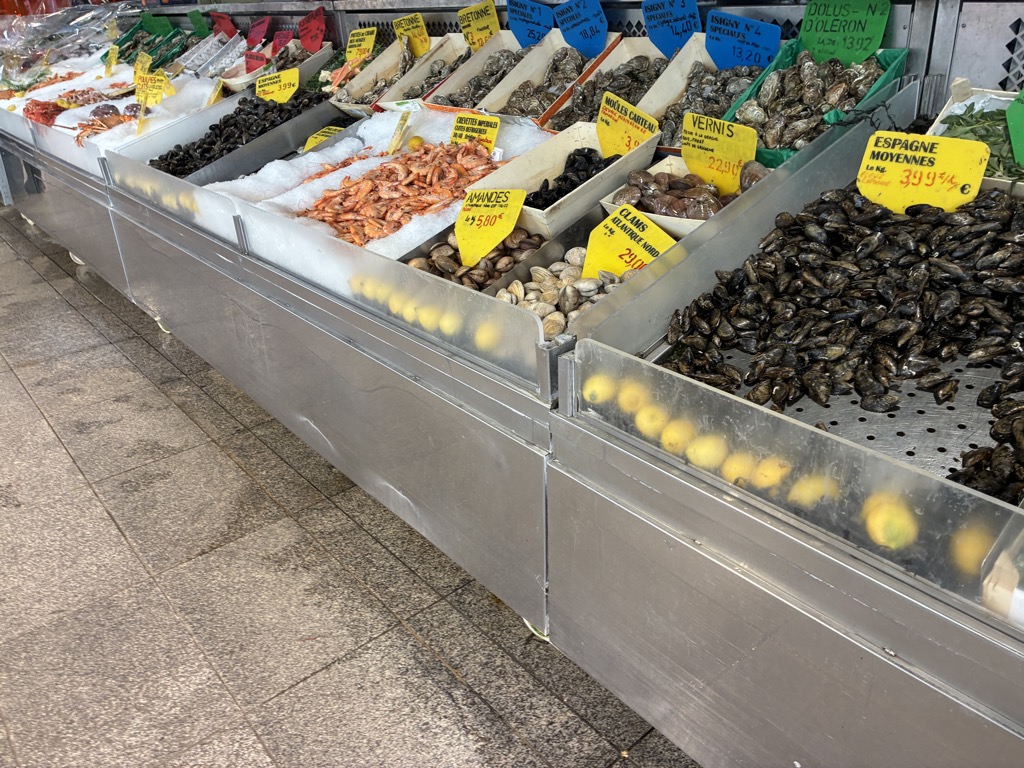


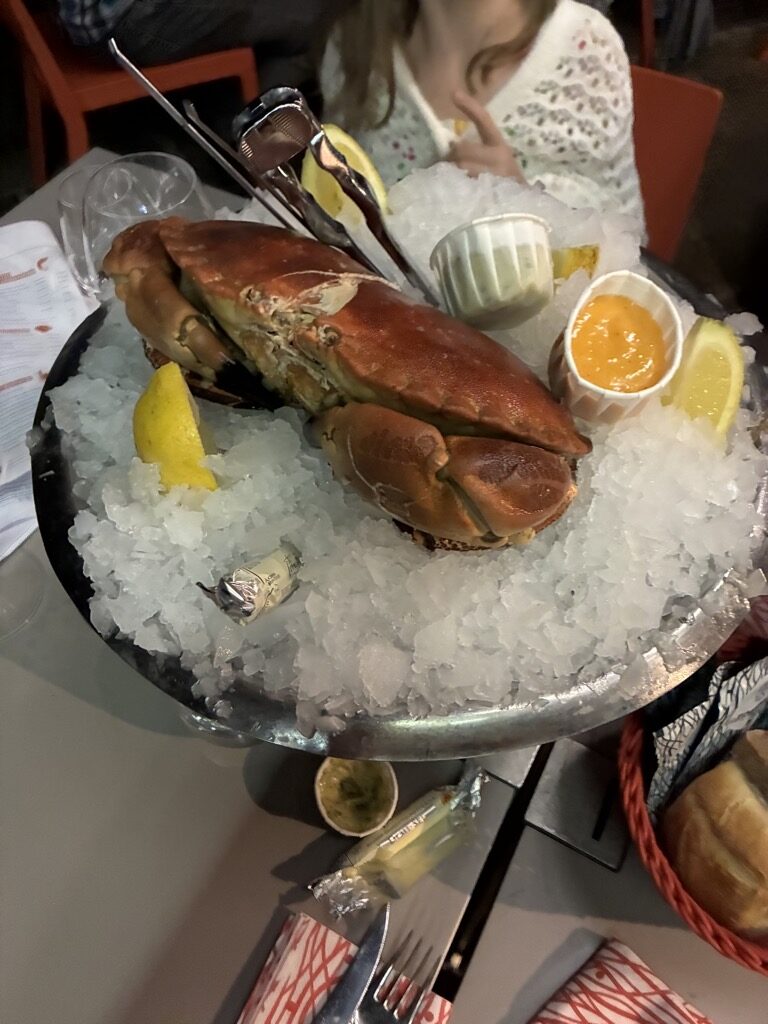
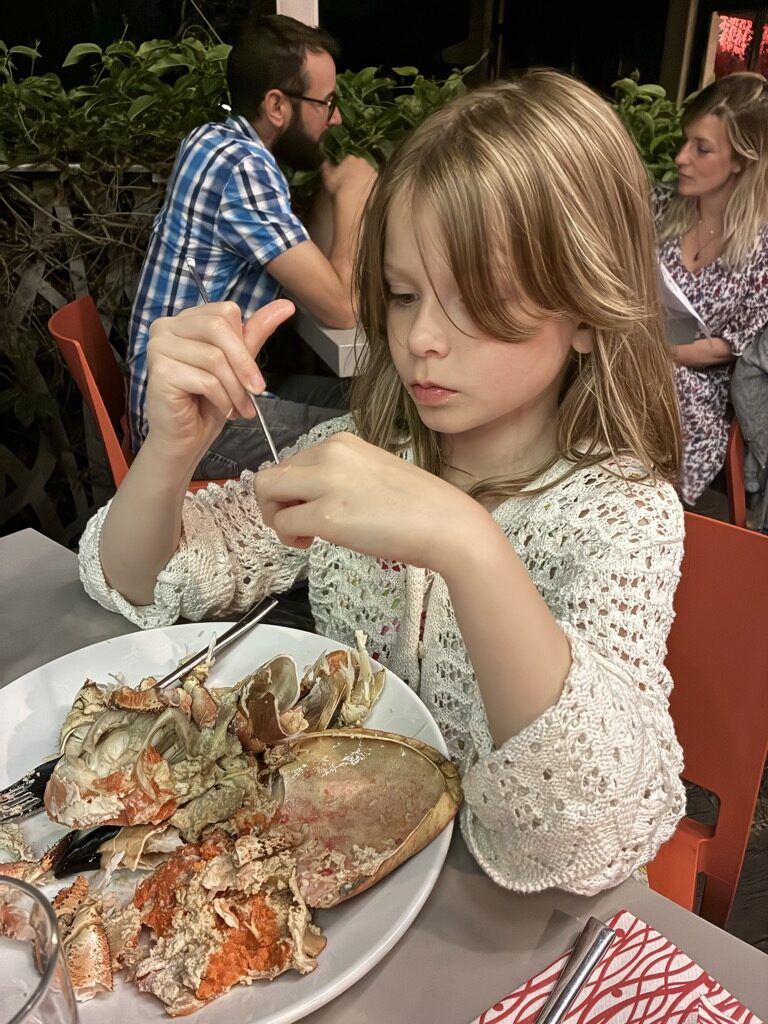
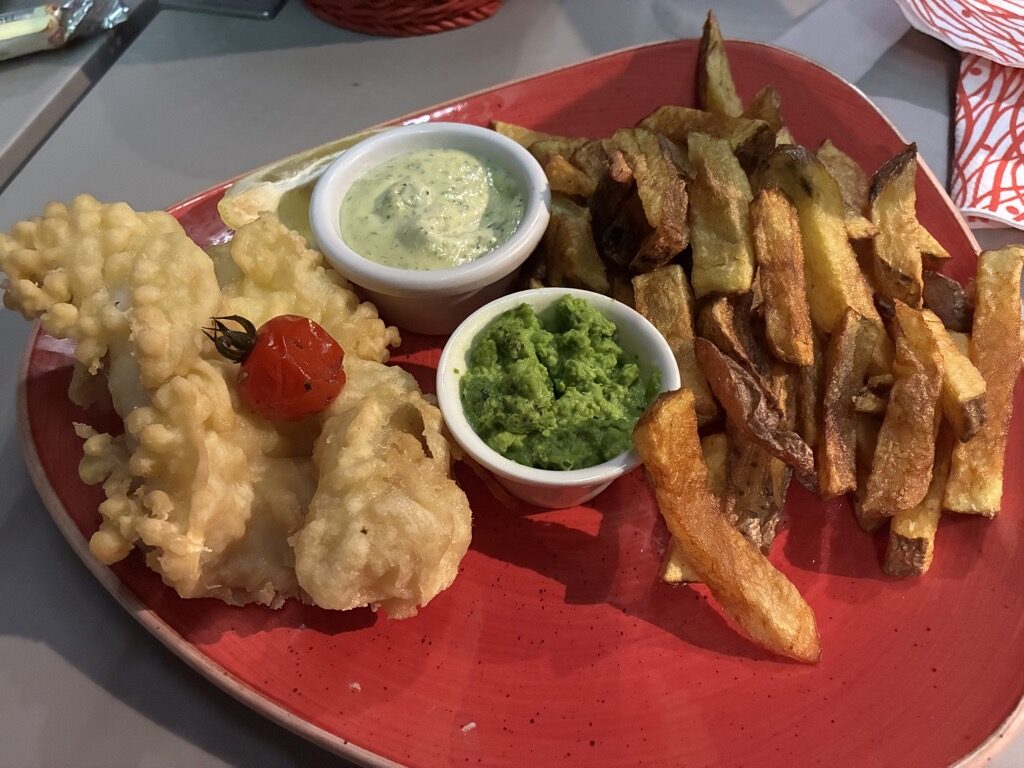
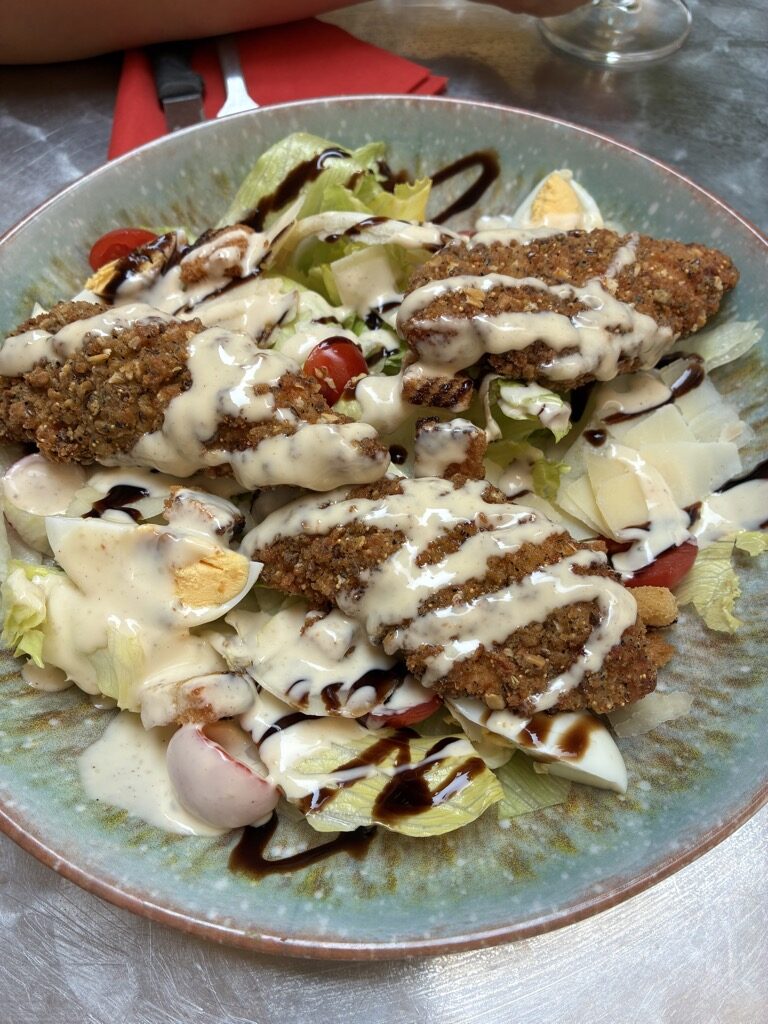
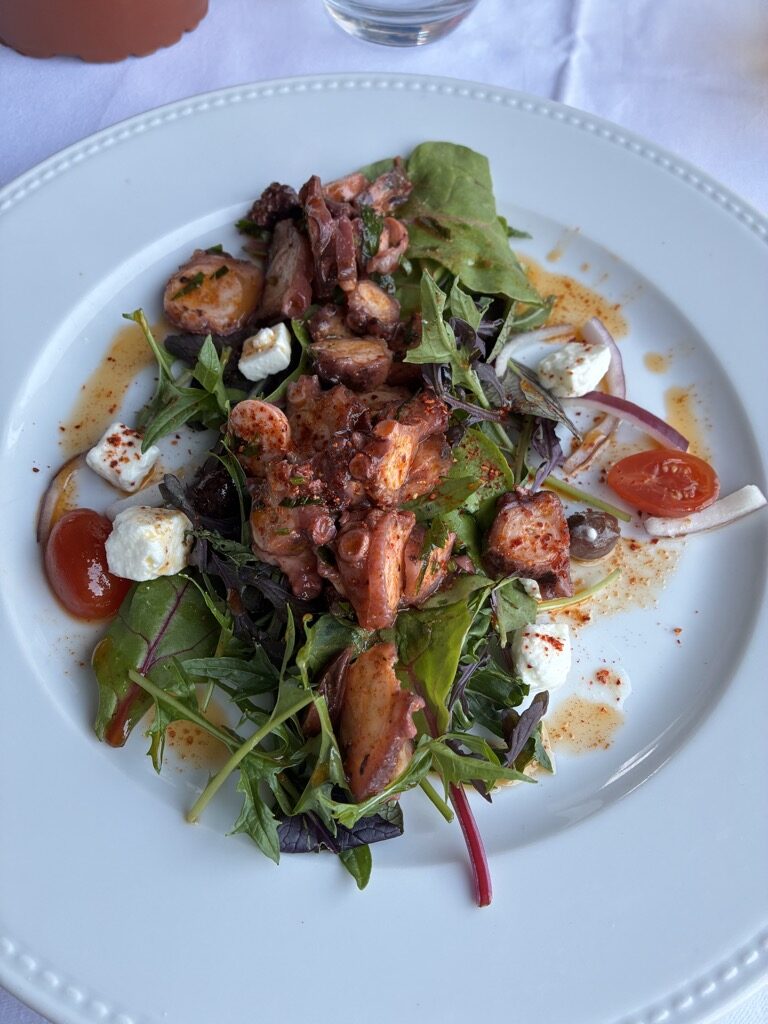
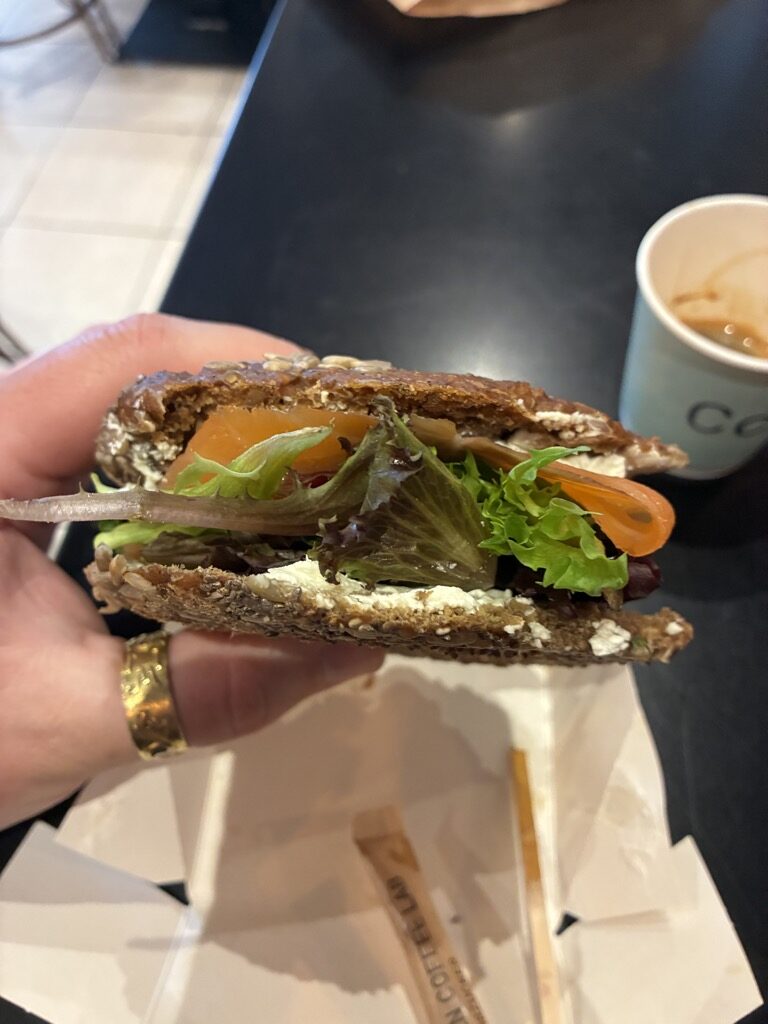
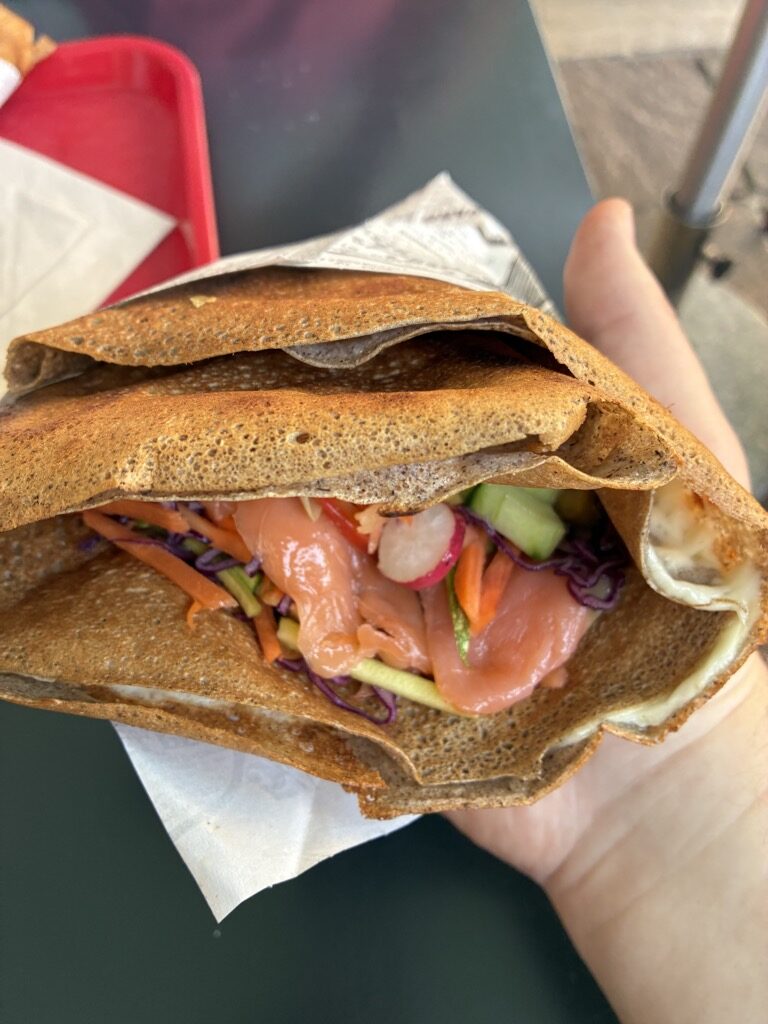
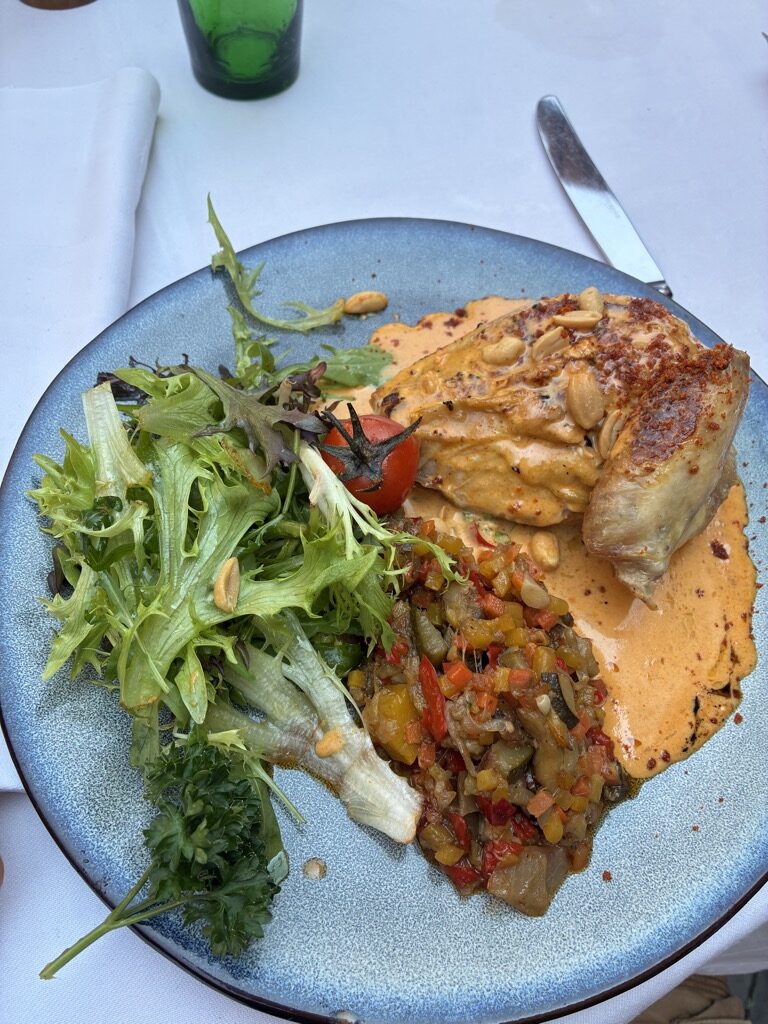
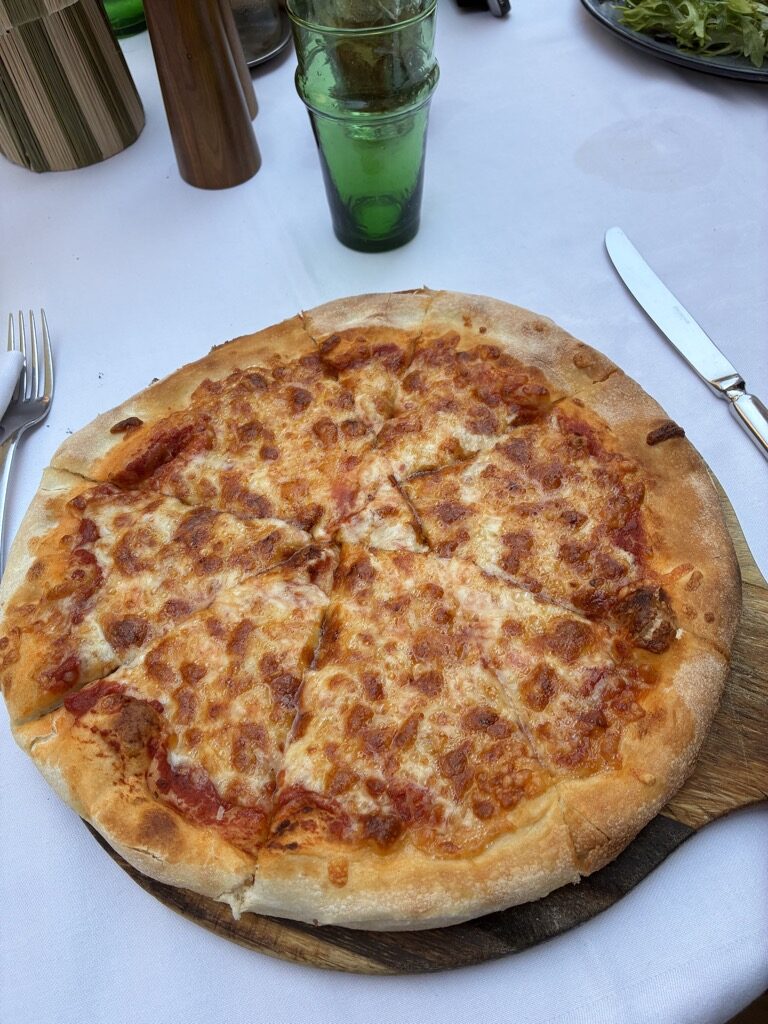

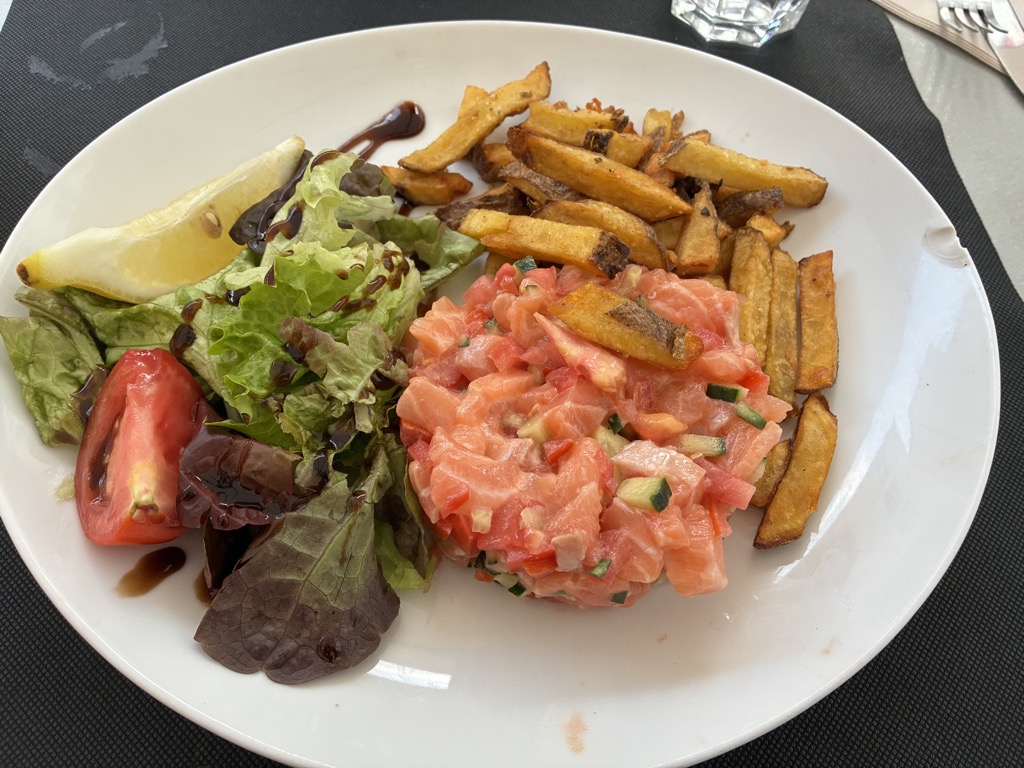
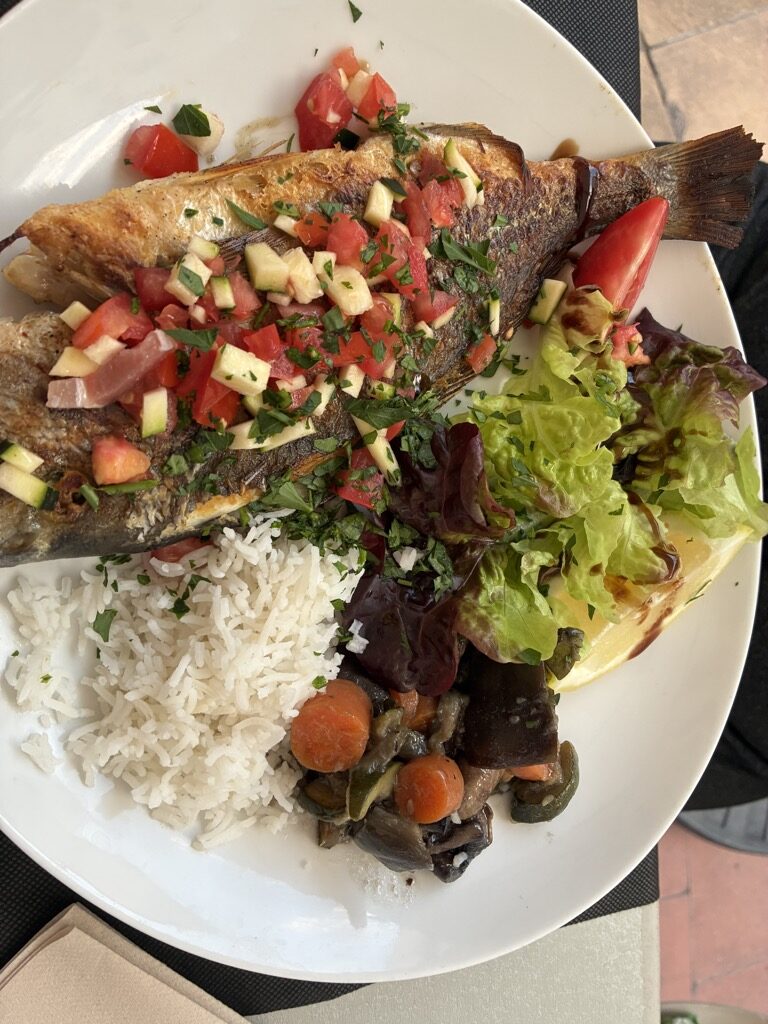
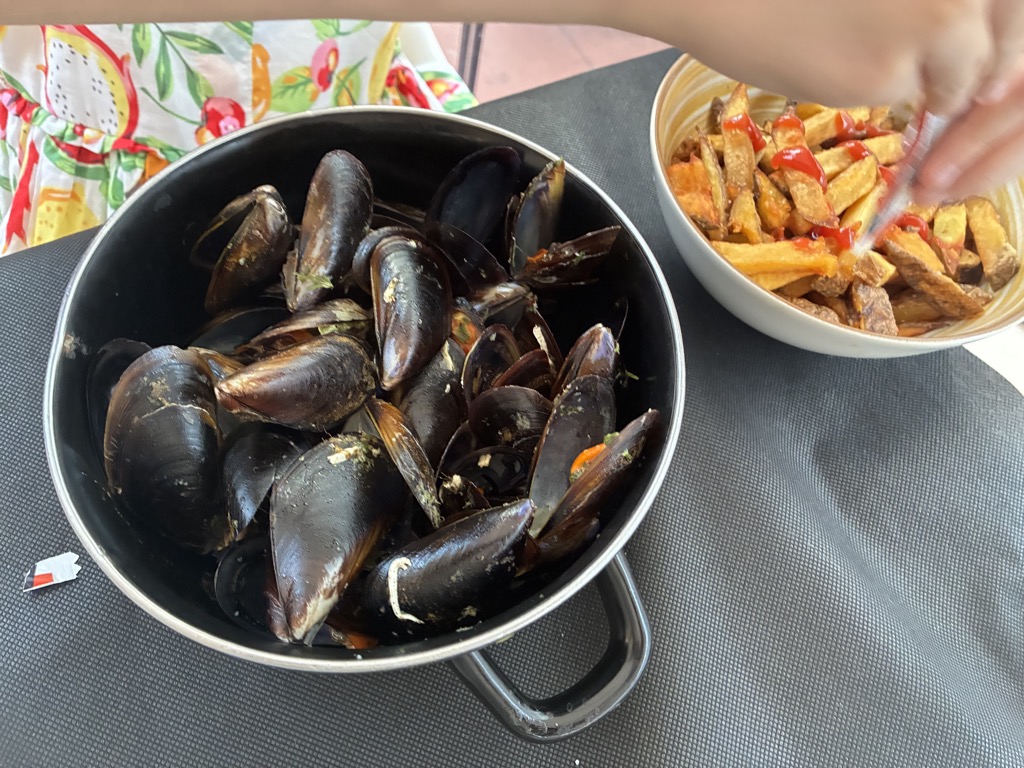
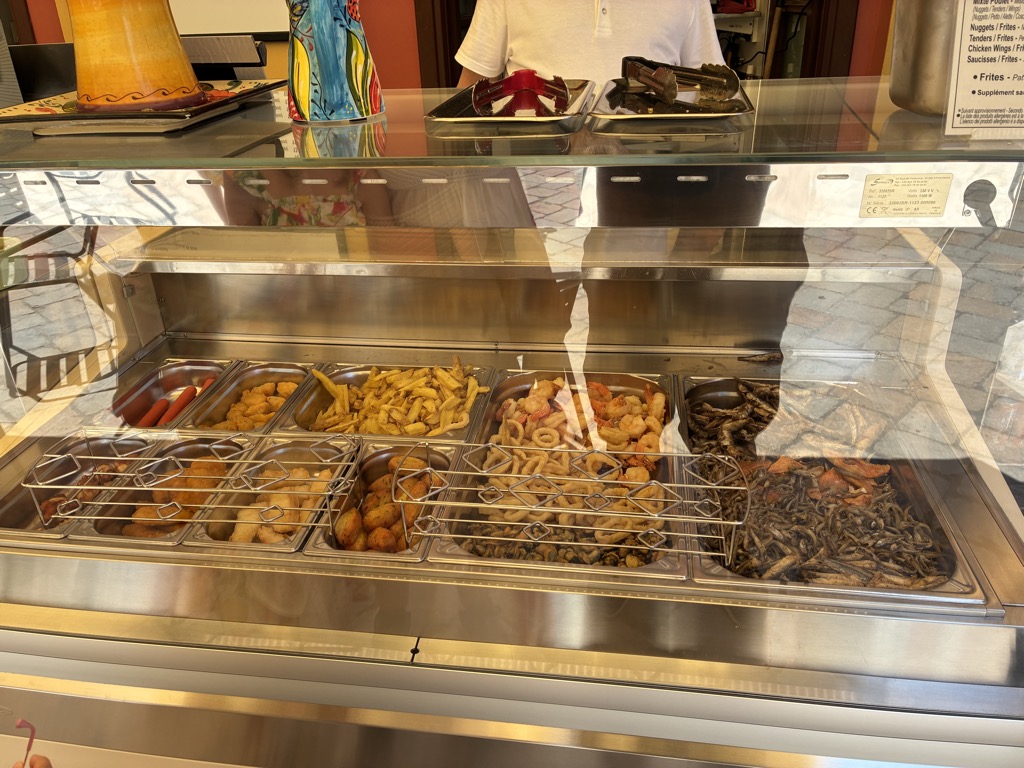
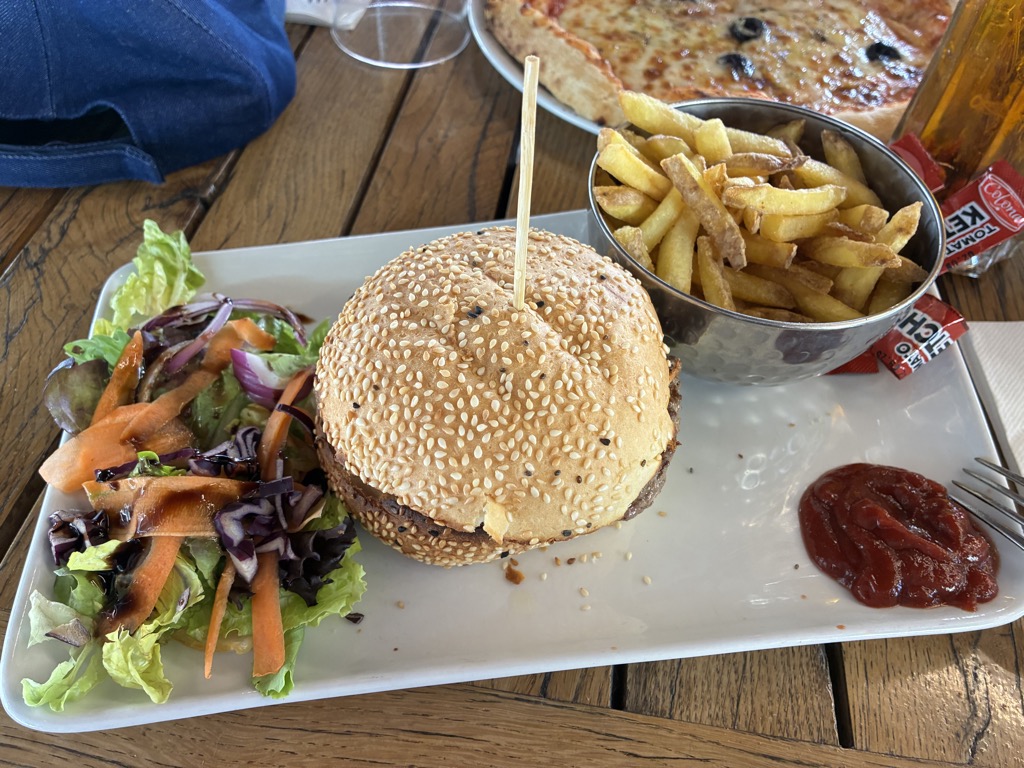
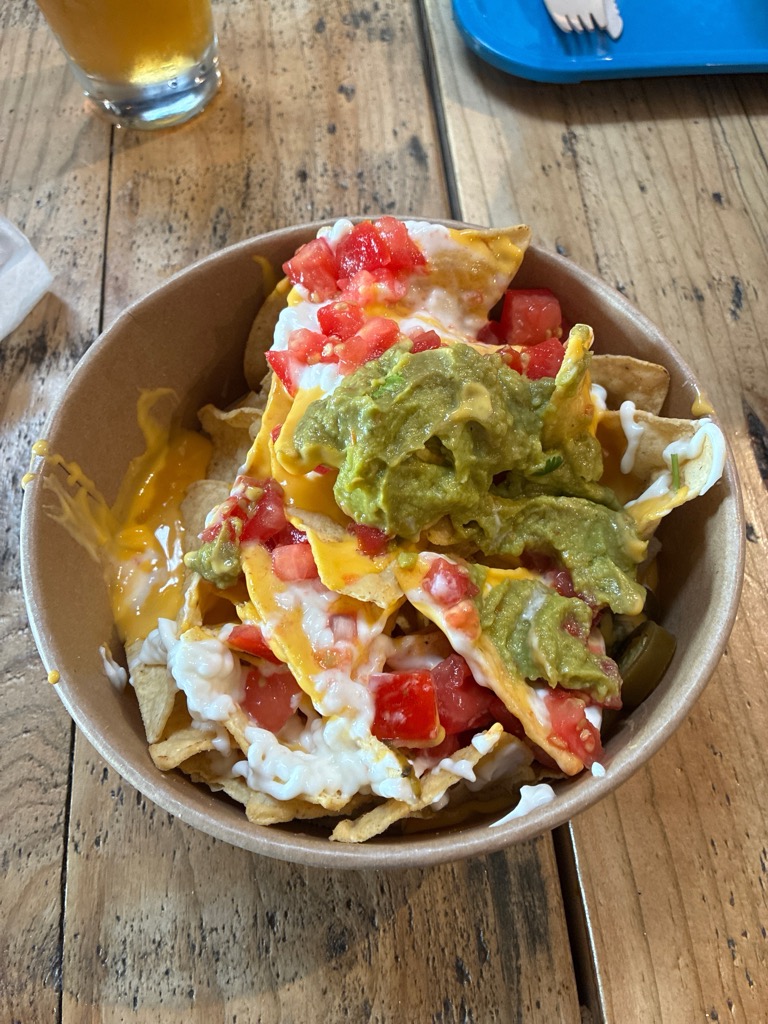
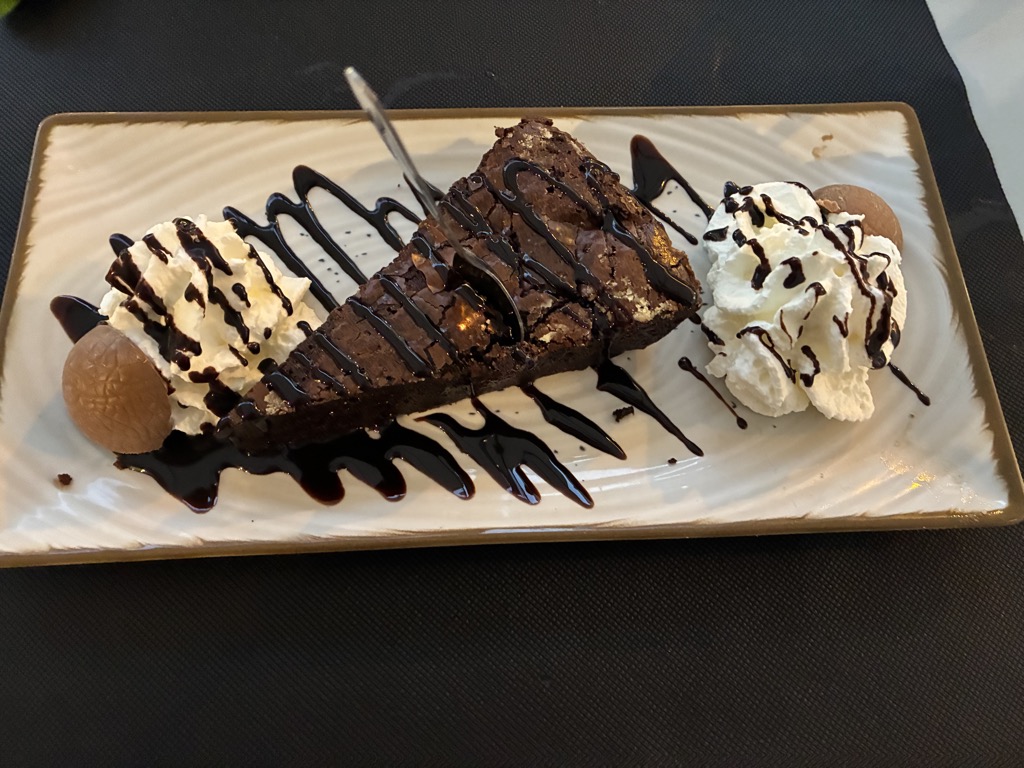
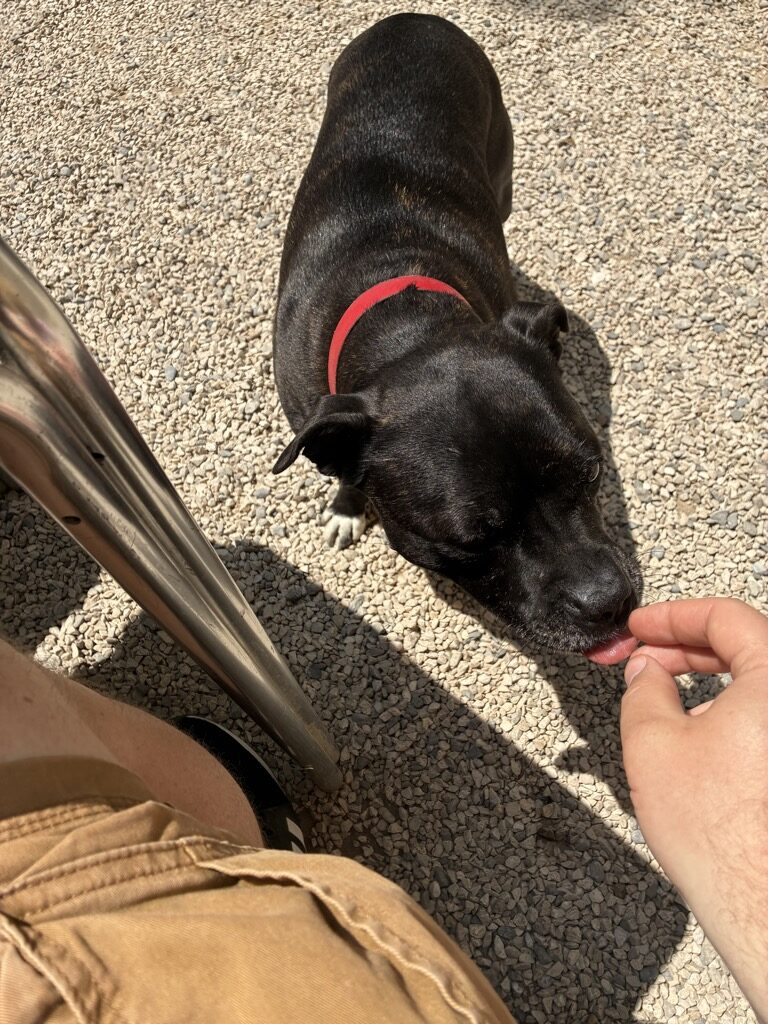
We stayed at each hotel (2-3 stars) no longer than three nights, so perhaps the breakfast buffet changes, but I didn’t see it. Each hotel has pretty much the same items; however, bigger places have slightly more choices. Basic buffet breakfast items include bread, eggs (typically boiled), butter, jam, Nutella, yogurt, pastries, cheeses, and a couple of meats—typically cold cuts, but once I saw bacon. Breakfast also includes coffee, tea, hot chocolate, and juices (typically apple and orange). Prices for a hotel buffet breakfast range from €8 to €13, so going to a bakery is a more budget-conscious option. Coffee in France is pretty good but small, so staying for breakfast in a hotel offers an additional benefit: endless coffee, and better yet, you can make it to your specification, double-double in my case. I’m not entirely sure why, but adding a bit of milk to coffee isn’t common in France. Moreover, most coffee machines have milk but lack an option to add it to coffee. You can press the “latte” option, but you can’t have black coffee with two milks.
Whenever I think of France, I imagine a very liberal society, but that doesn’t seem entirely accurate. Some things seem acceptable, others not. You can buy a bottle of wine at a grocery store for just over €3 (the lowest price I saw), but to buy tobacco, you must go to a special separate store. At the same time, smoking in public is okay, even in restaurants, bars, and coffee shops, as long as you sit outside (which is the majority of the time). However, fast food restaurants do not serve beer or wine (unlike in Spain and Italy). Interestingly, beer at grocery stores is cheaper than soda, which makes some sense but still makes me wonder. The French are famous for their love lives, and it seems like the majority of women don’t wear bras. Yet, the latest political battle revolves around age verification for explicit websites, even though similar content is available on TV. All of this seems a bit confusing, but in a way, that’s exactly the experience I signed up for.
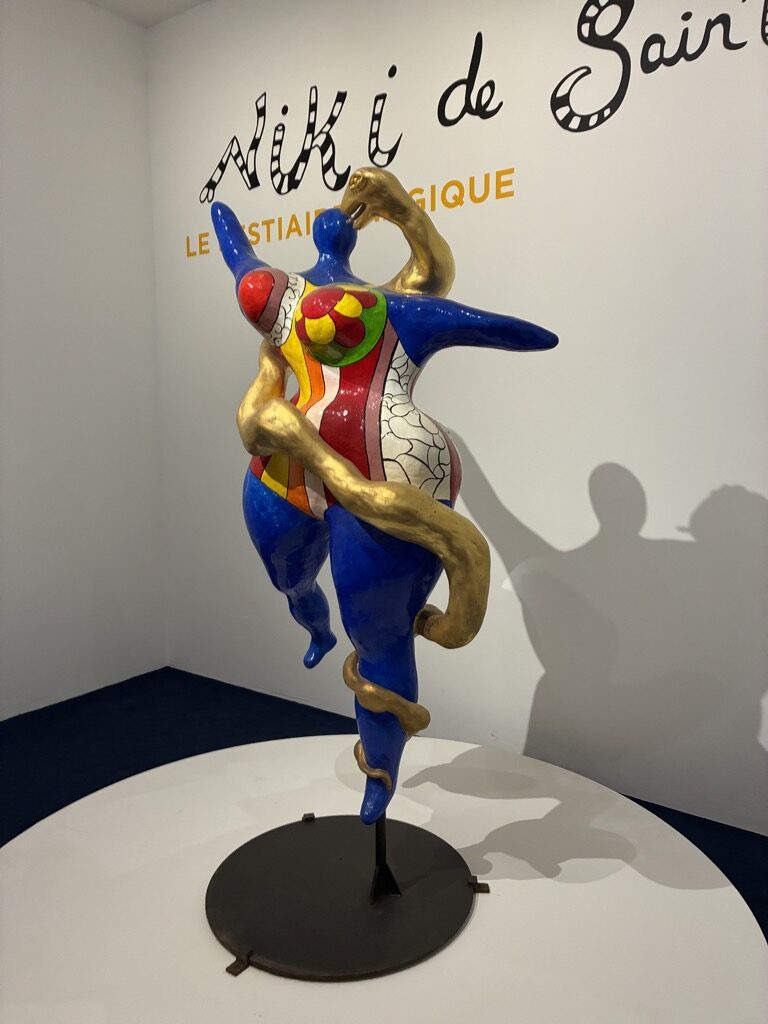
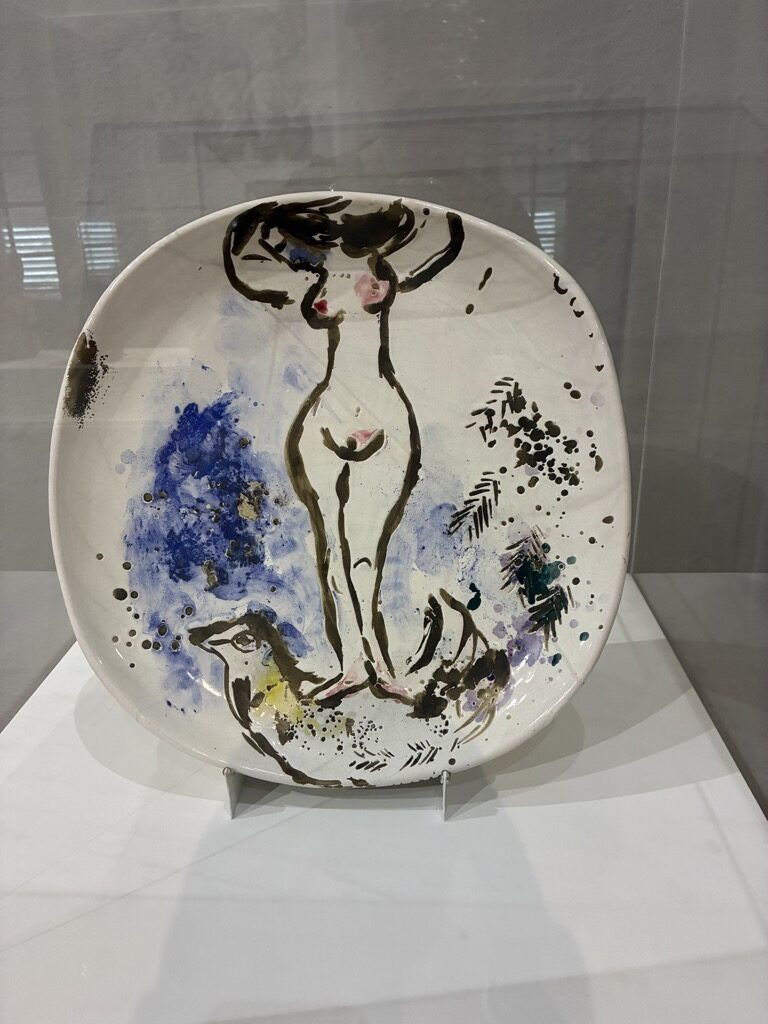
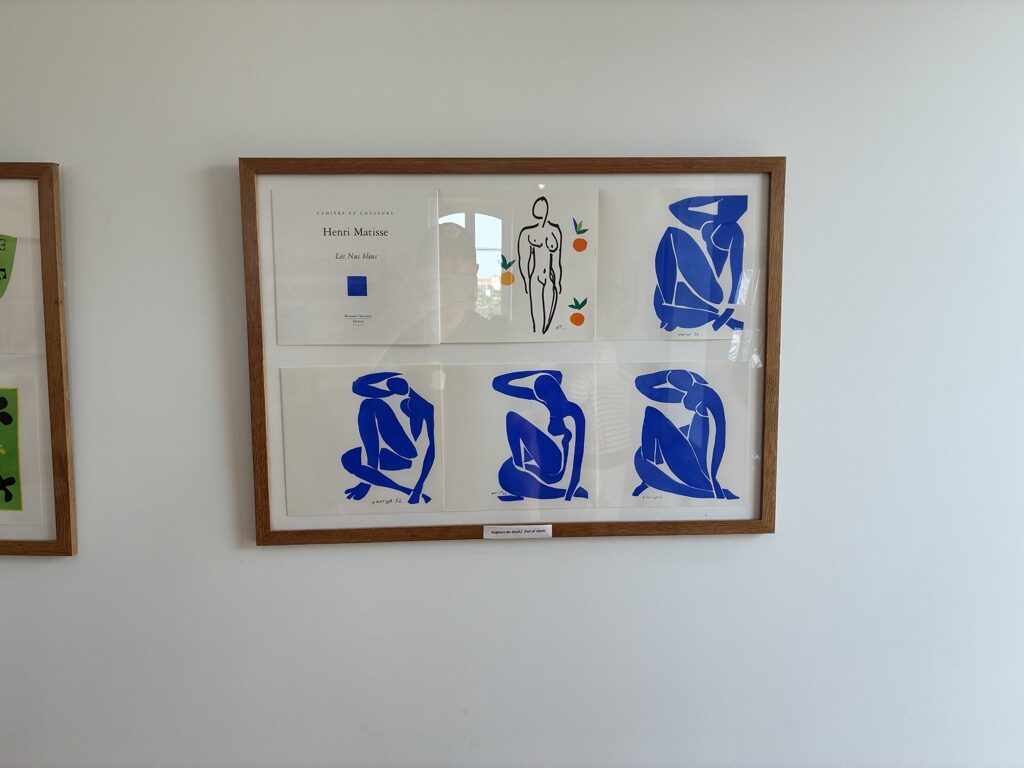
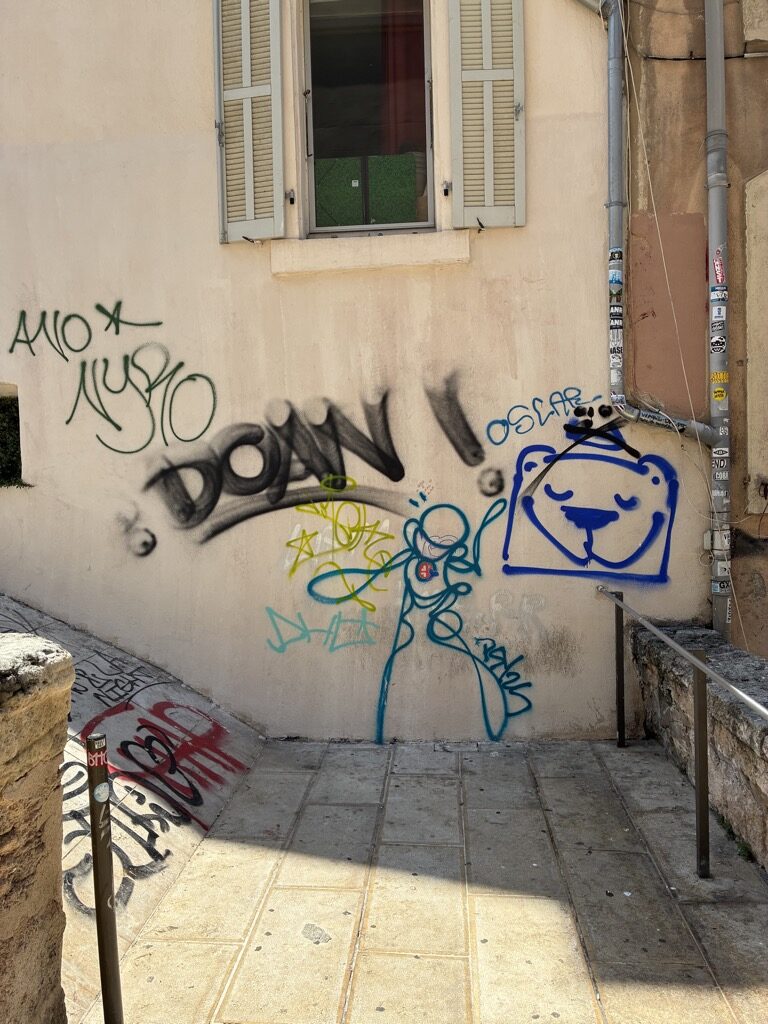
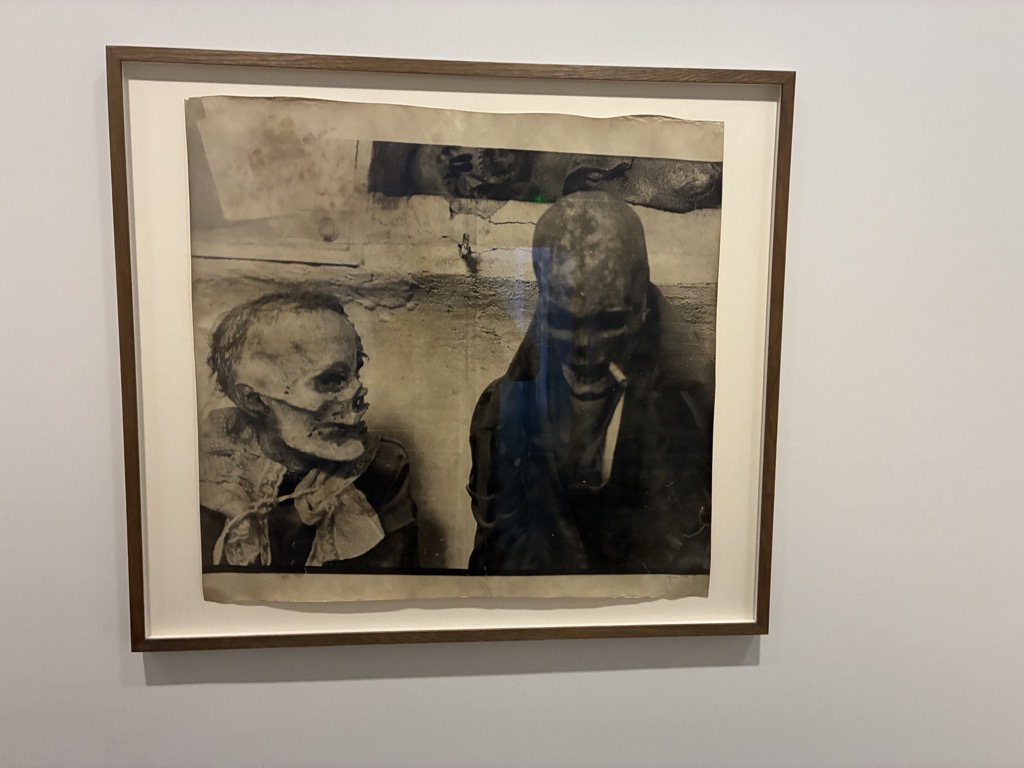
Patience is one of the virtues that doesn’t seem to rank high in priority. In a couple of instances, I was quite glad I didn’t understand French. An exchange student at the Picasso Museum in Antibes confirmed this observation, indicating that French men are especially impatient. I’ll take her word for it, but French ladies don’t seem far behind, as muttering and mumbling occurred right behind me while I was waiting to pick up a couple of coffees and pastries from a local bakery (maybe I ordered one too many eclairs). Road etiquette didn’t take a break either—tailgating and beeping on slow, tight, busy city streets happened as well, mercifully only a couple of times. However, the most surprising aspect was customer service! For the most part, it was good, but in a few cases, it sure felt like they were doing us a favour. One time we visited a seafood restaurant for dinner, which was mostly empty. However, the owner first inquired about a reservation (which we didn’t have) and then visibly considered whether we should be allowed in. I wasn’t feeling well at the time, so I didn’t want to eat, but the owner informed us that we must pick all the dishes we wanted to order, as the kitchen would be closing soon. About an hour later, more people were coming in and the kitchen was still operating. Well, not to mention some other quirks the owner displayed, but overall it turned out okay—and gave us something to talk about. In another small place, we learned that if an order is messed up, the blame will be squarely placed on you. It’s jarring coming from North America, where any issue is usually worked through and at least approached from a neutral or customer-friendly perspective. Not so in France—staff will happily insist that you are the one at fault. Ironically enough, the only place where a server paid a lot of attention and bent over backward for us (they had run out of snow crab) was a seafood restaurant in Aix-en-Provence that highly encouraged tipping—while tipping is typically not expected in France.
French countryside is beautiful; I recommend visiting the lavender fields and sampling their produce. It looks like there is no shortage of estates with little gift shops and coffee areas. Lavender scent is typically associated with Pine-Sol (a cleaning product), but you have what might be a once-in-a-lifetime opportunity to drink lavender beer, sample lavender ice cream, and perhaps cook with lavender oil. Let’s say it is an acquired taste, so don’t rush to buy a six-pack or a big bowl of ice cream. We travelled across the French Riviera, and it became painfully obvious that each area has its own memorabilia. So if you find something you like, buy it there (support the locals); chances are it will be harder or impossible to find elsewhere later. There are plenty of wineries, but check ahead of time if an appointment is needed, as well as prices and such. Not everyone is happy to host visitors at a moment’s notice. In some cases, a winery might also host an art gallery and/or a restaurant, and that might be by reservation only. There are plenty of places to visit, and for the most part, there is no need to plan ahead. However, some places do not operate on weekends, some might be temporarily closed, and some might require hiking shoes—for example, if you want to discover some of Cézanne’s landscape motifs.
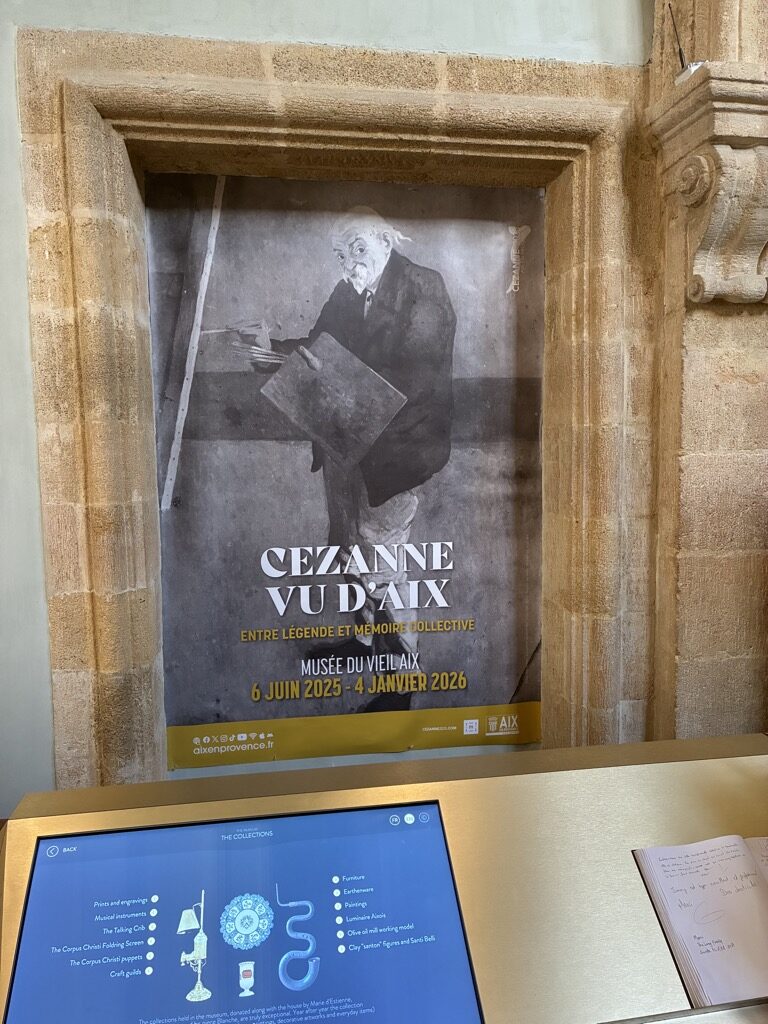
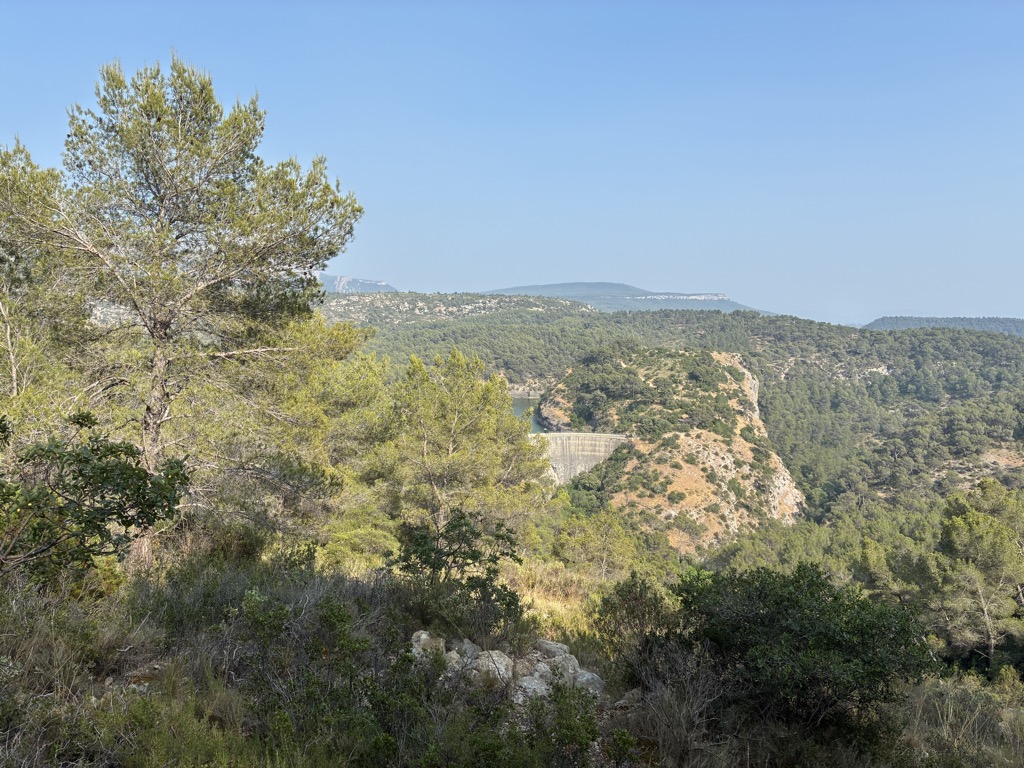
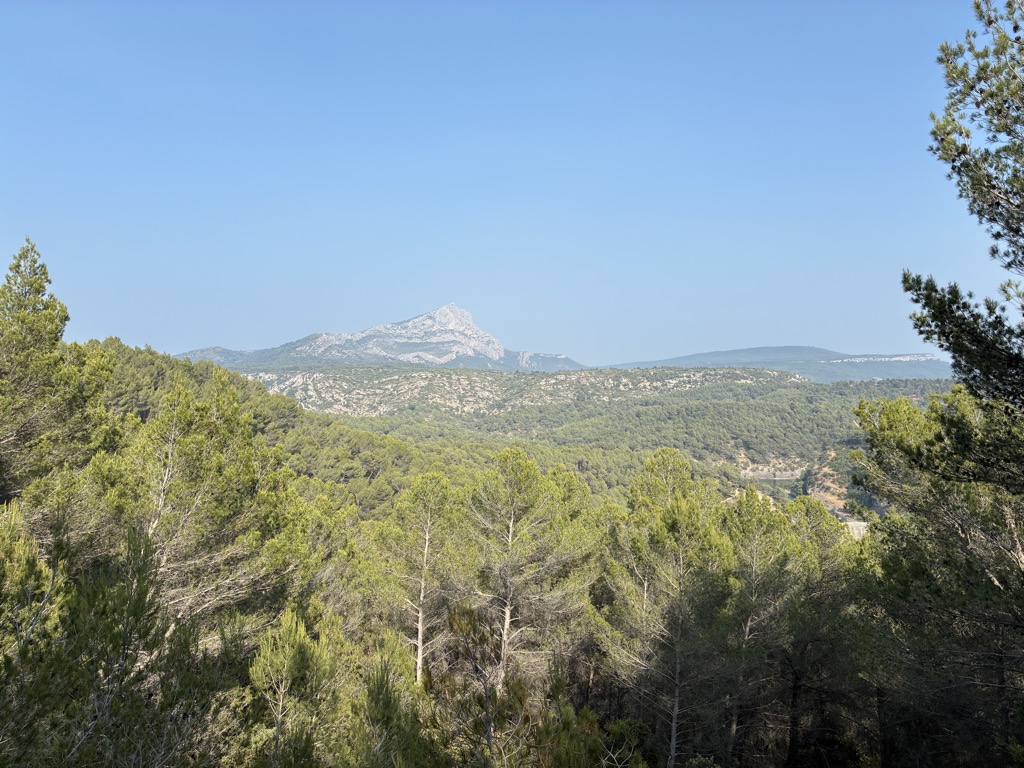
One of my favourite places to visit was a Roman amphitheater, but mind your step—some areas are kept in their original shape and might not be as foot-friendly, as my wife unfortunately found out by stepping on an uneven stone and twisting her ankle. Last but not least are the markets—they are quite awesome. In larger cities, they can span wide and seem like an endless heaven for some
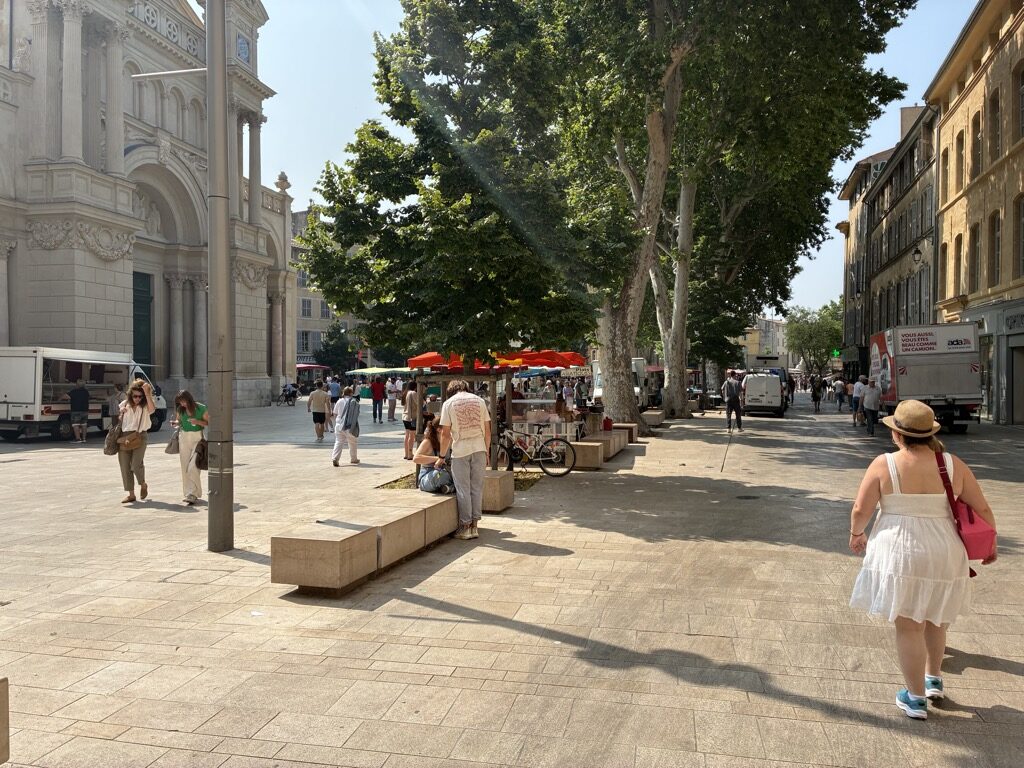
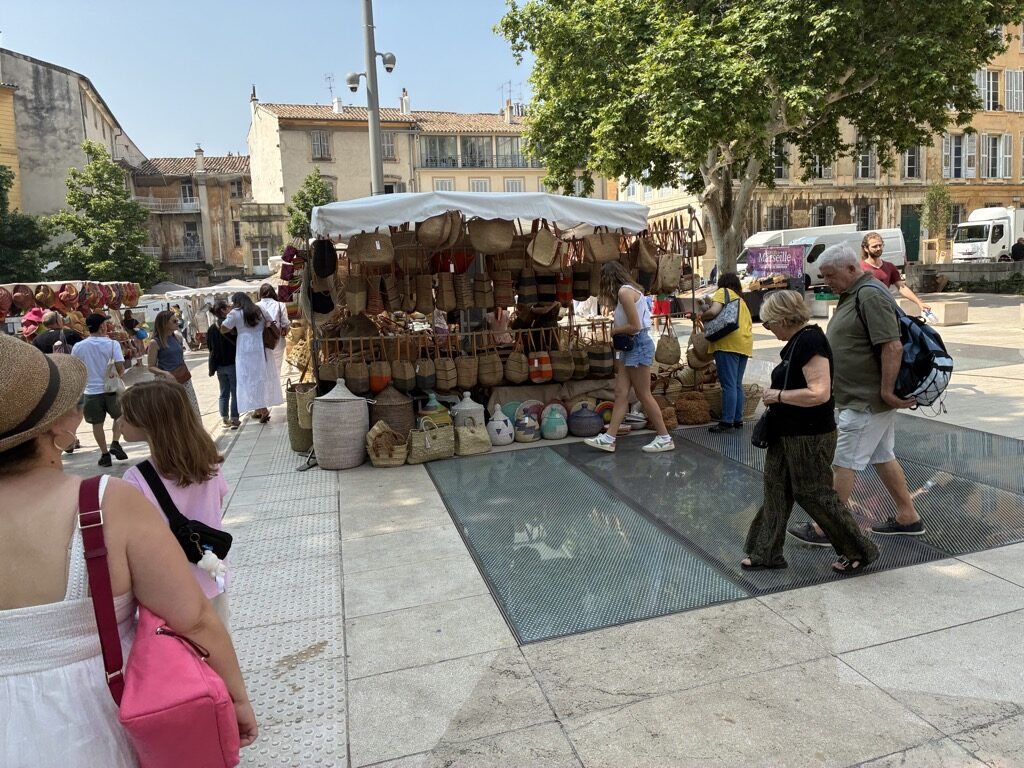
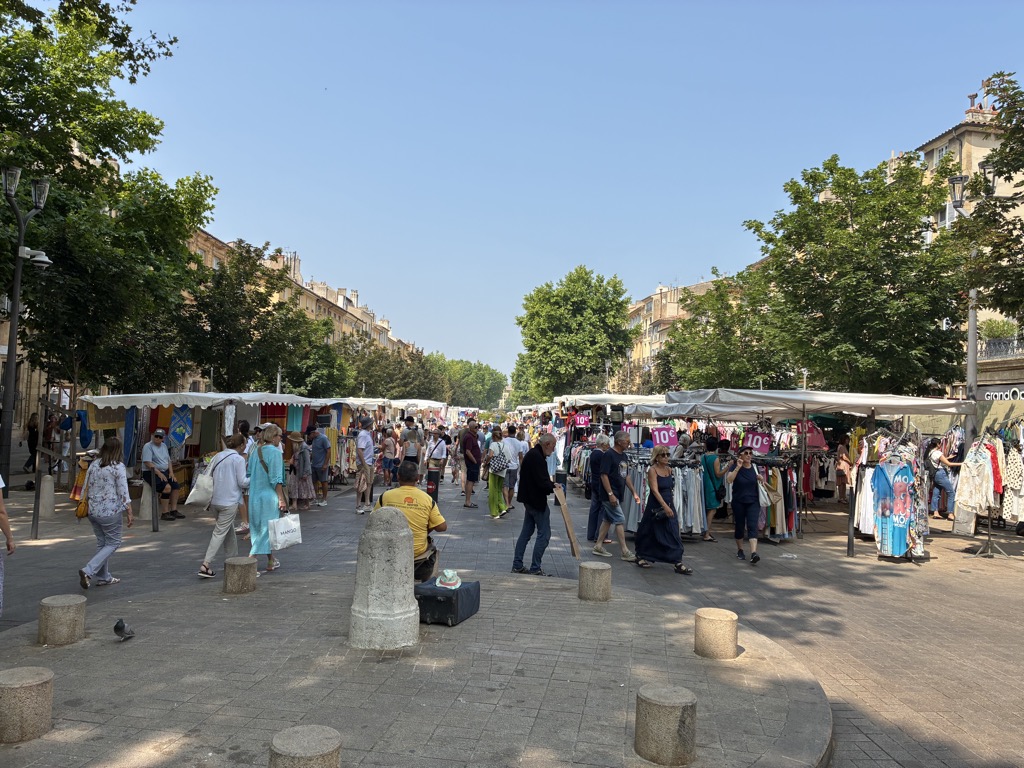
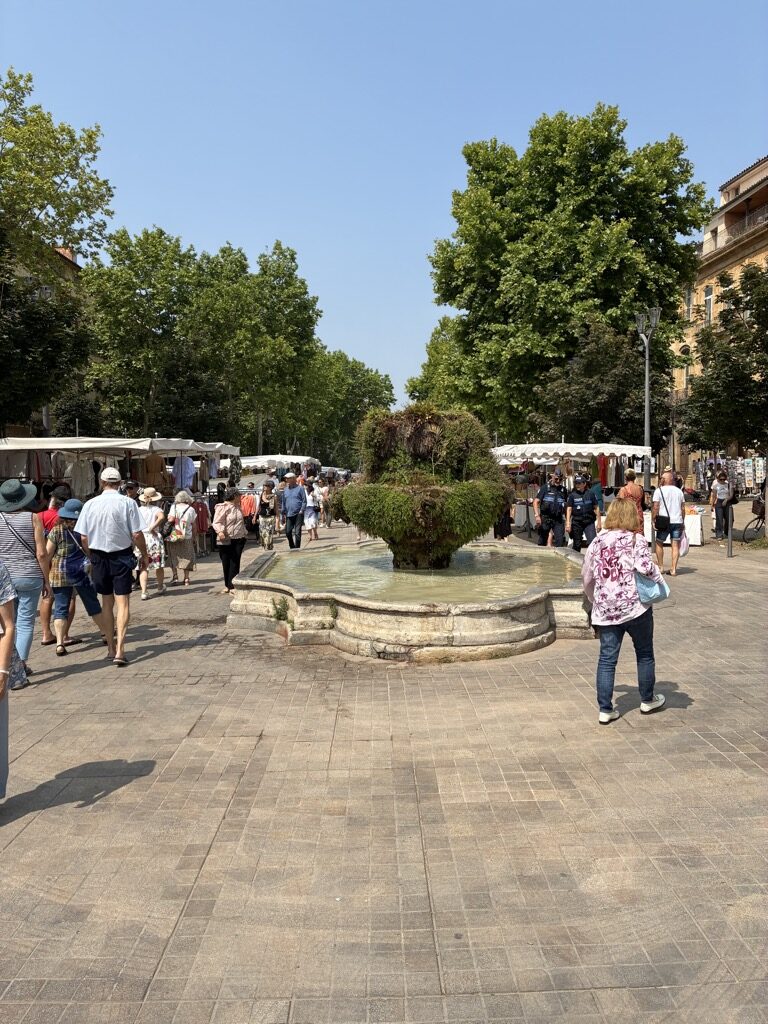
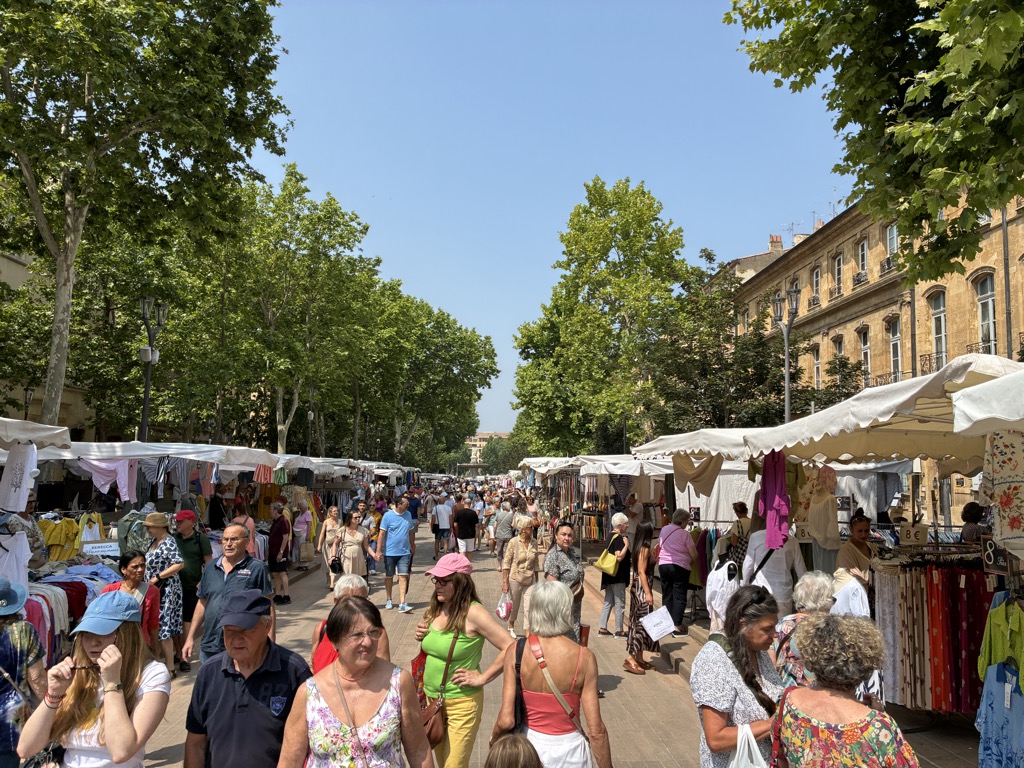
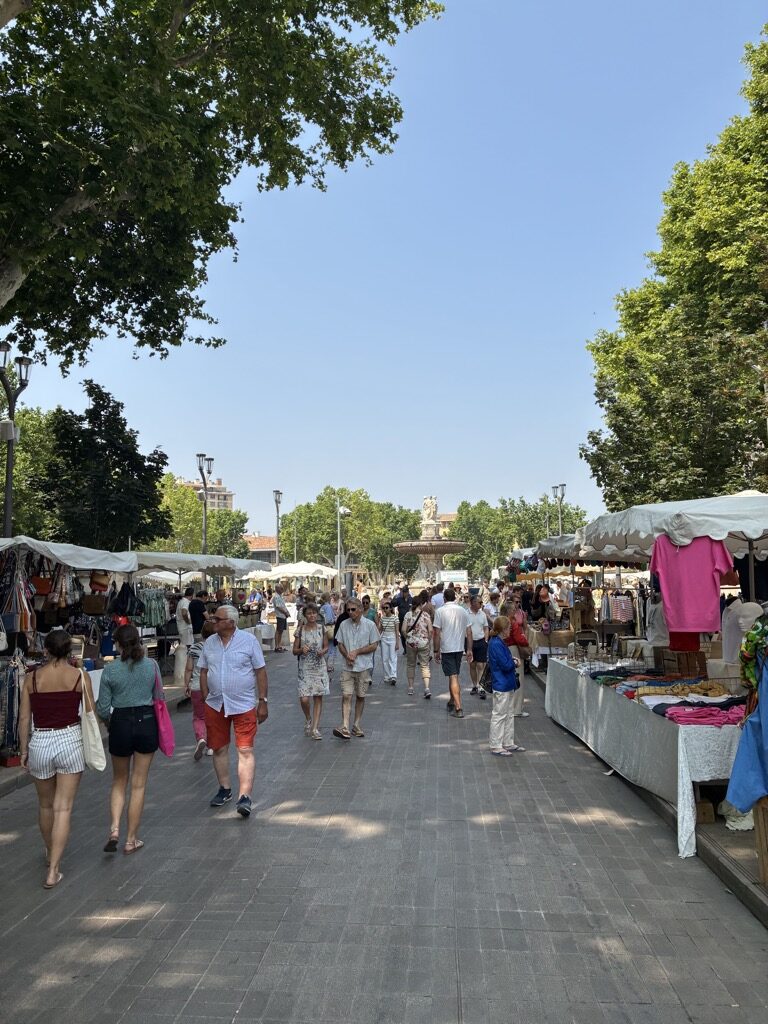
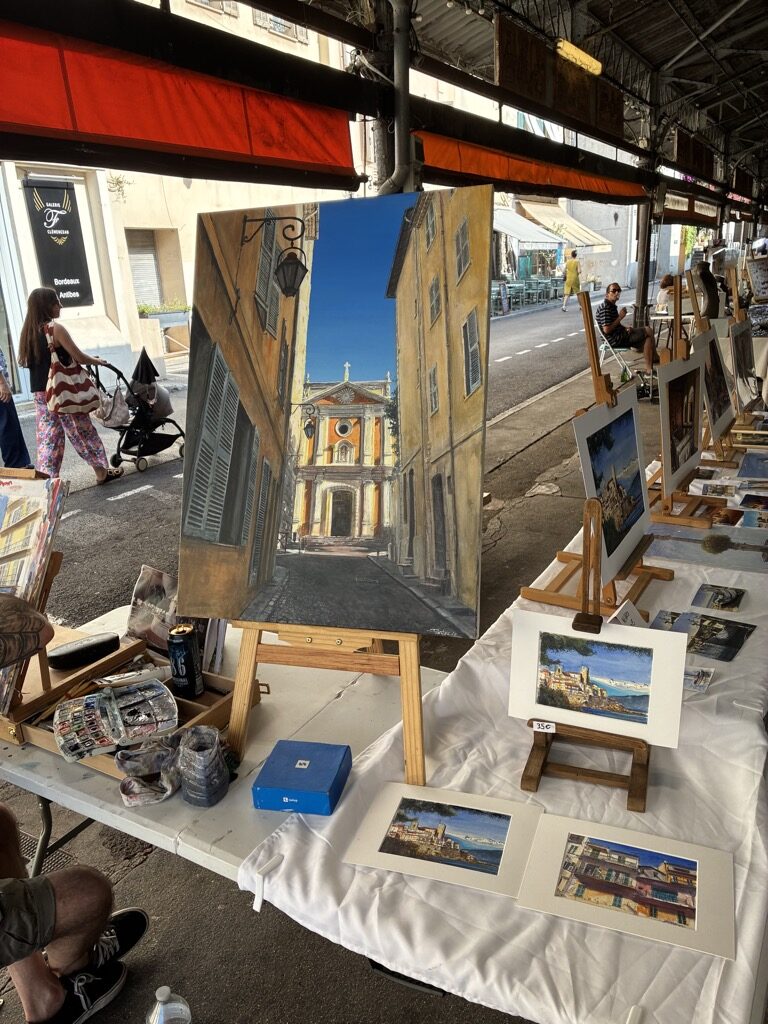
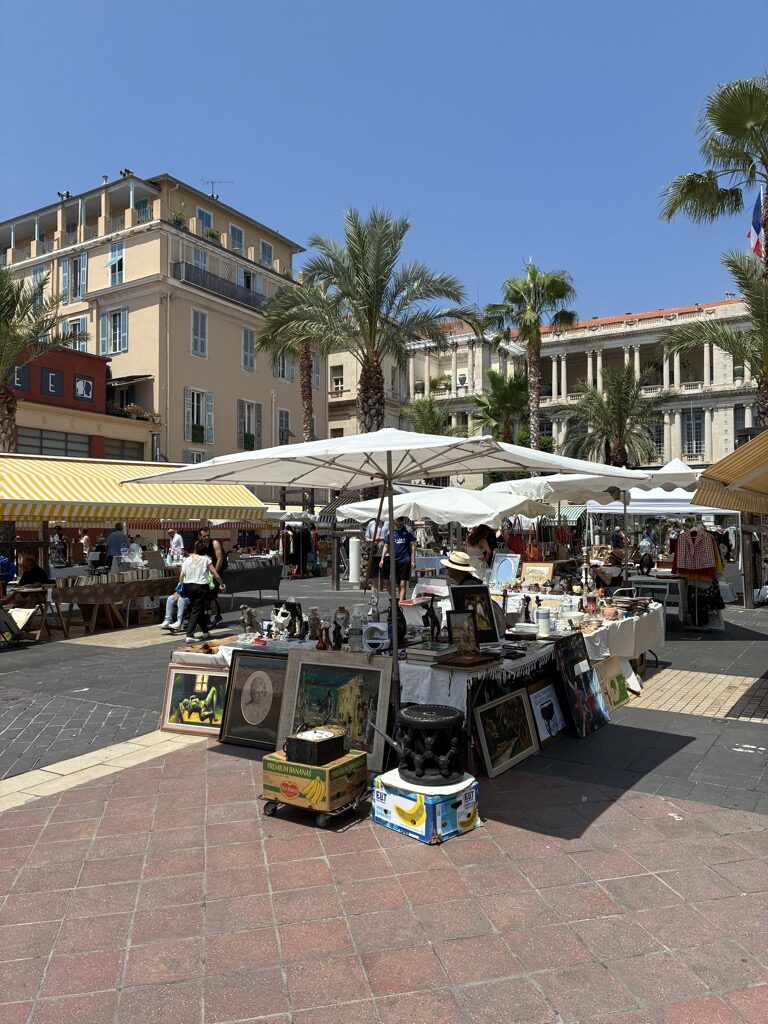
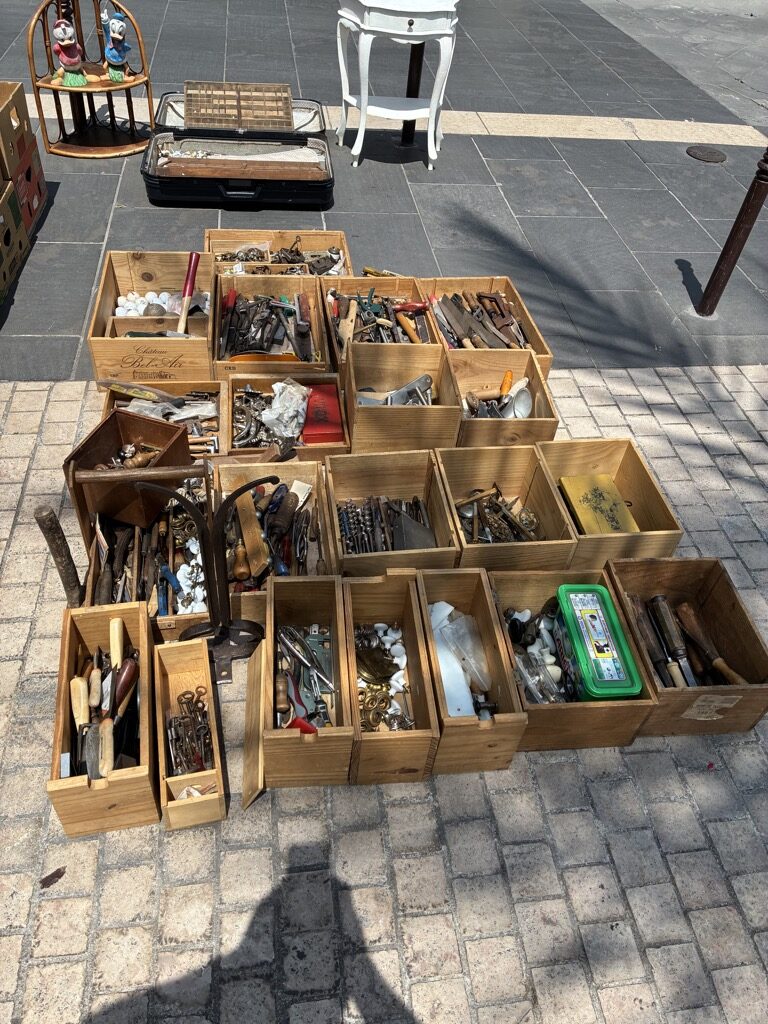
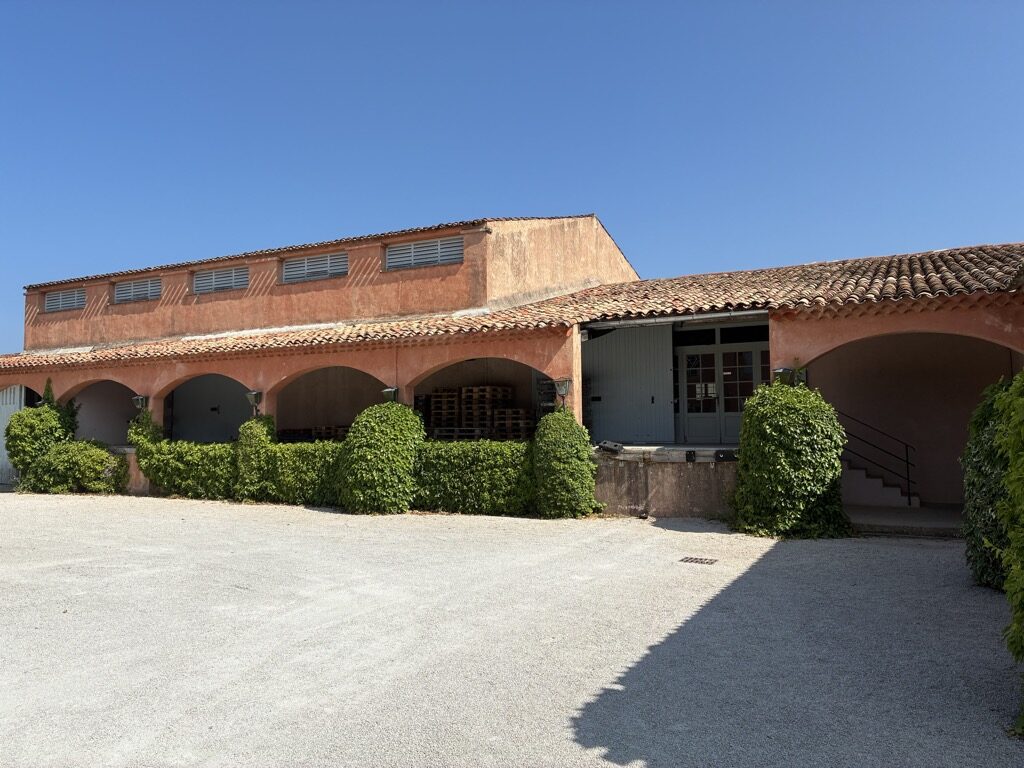
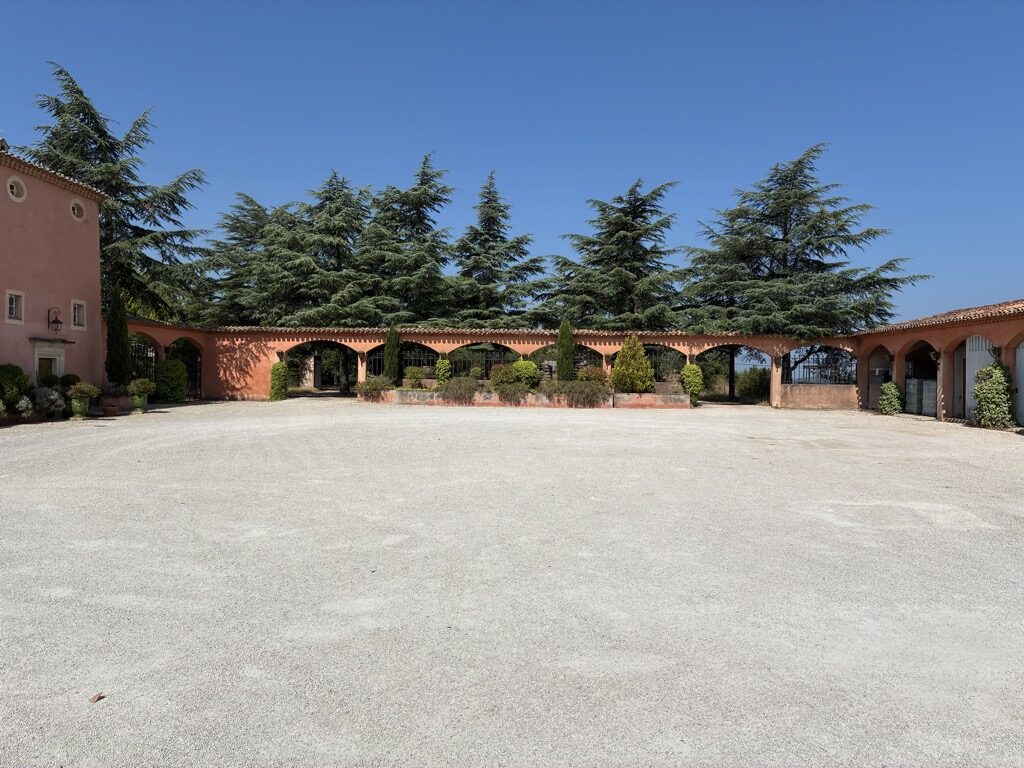
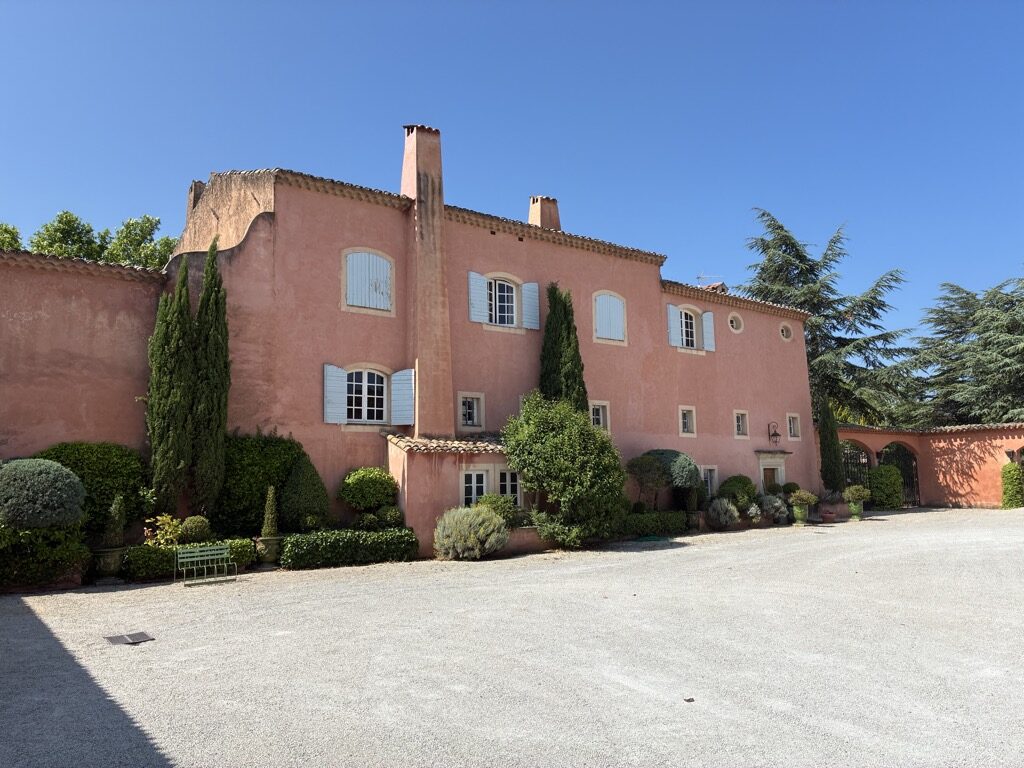
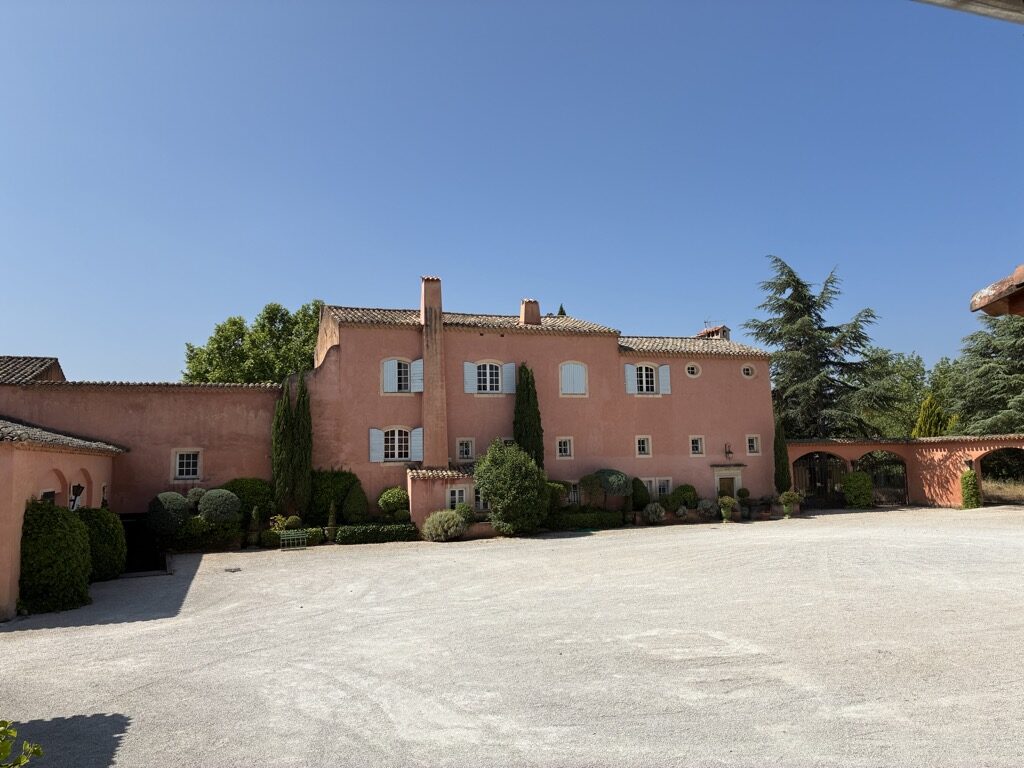
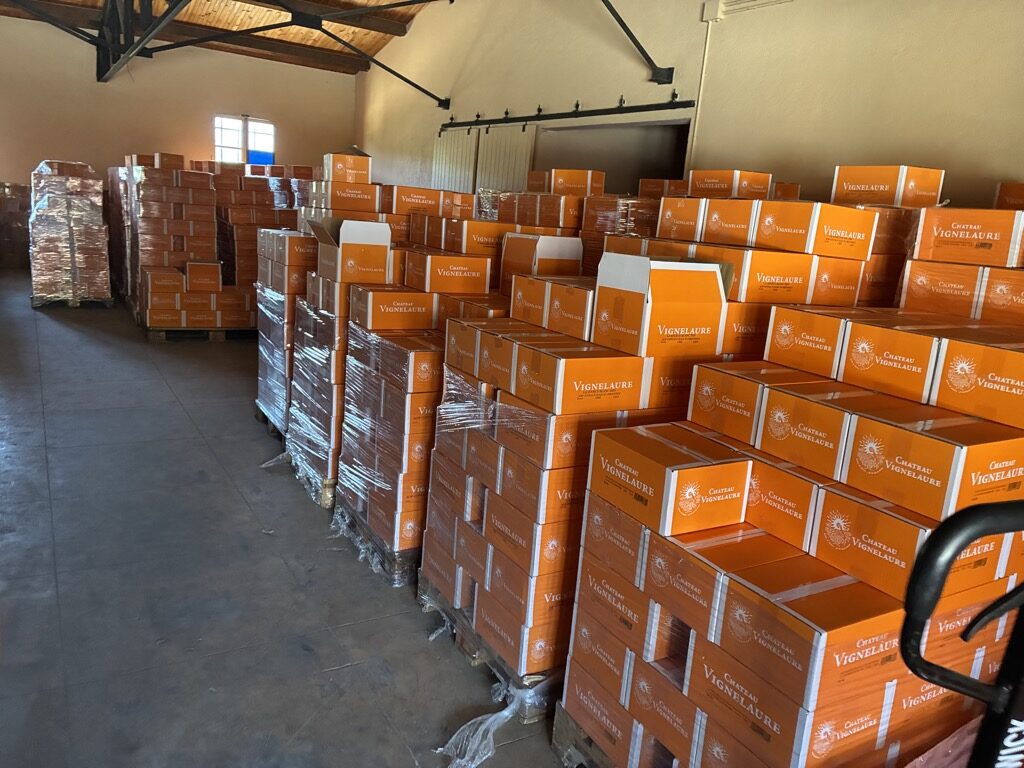
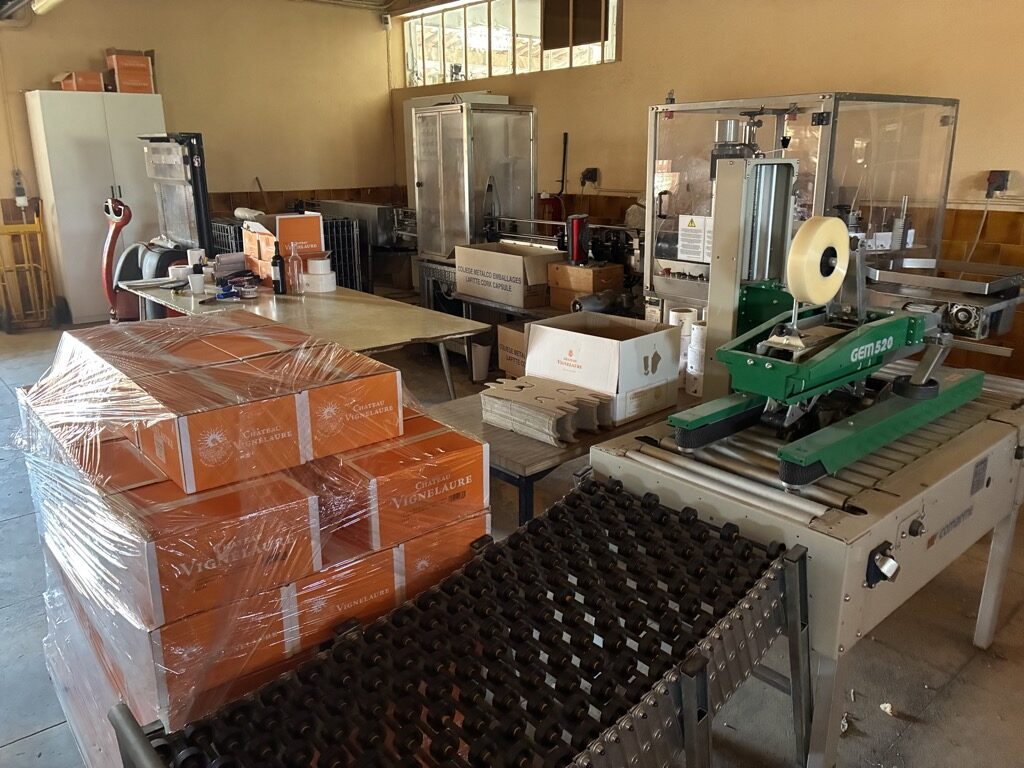
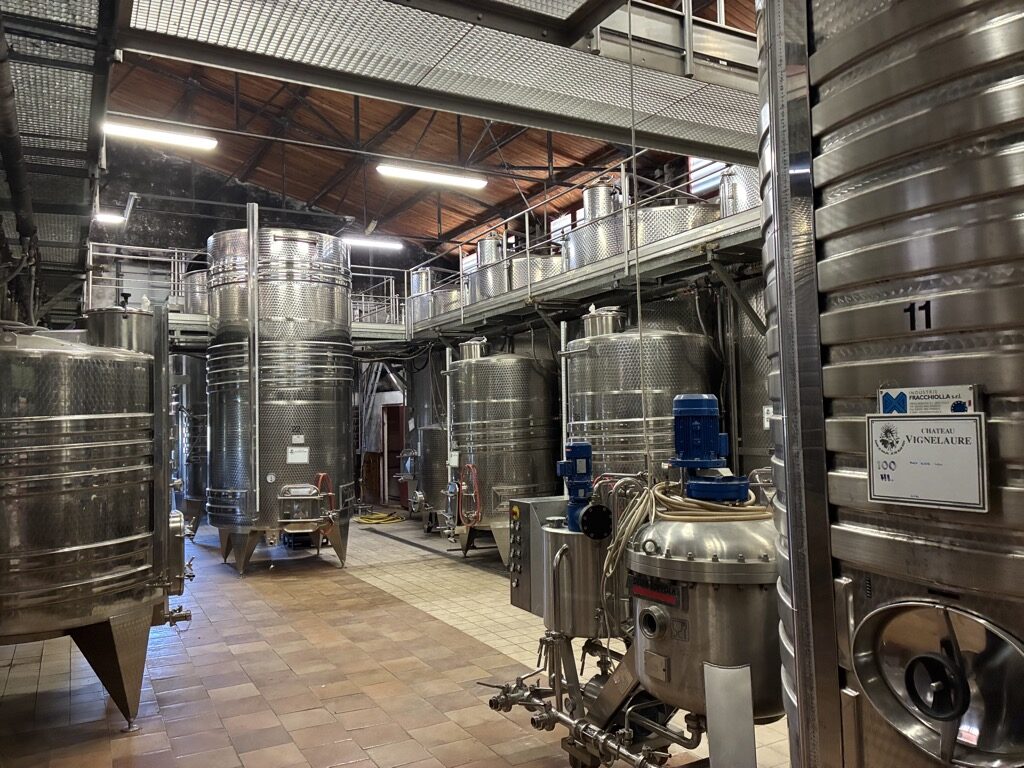
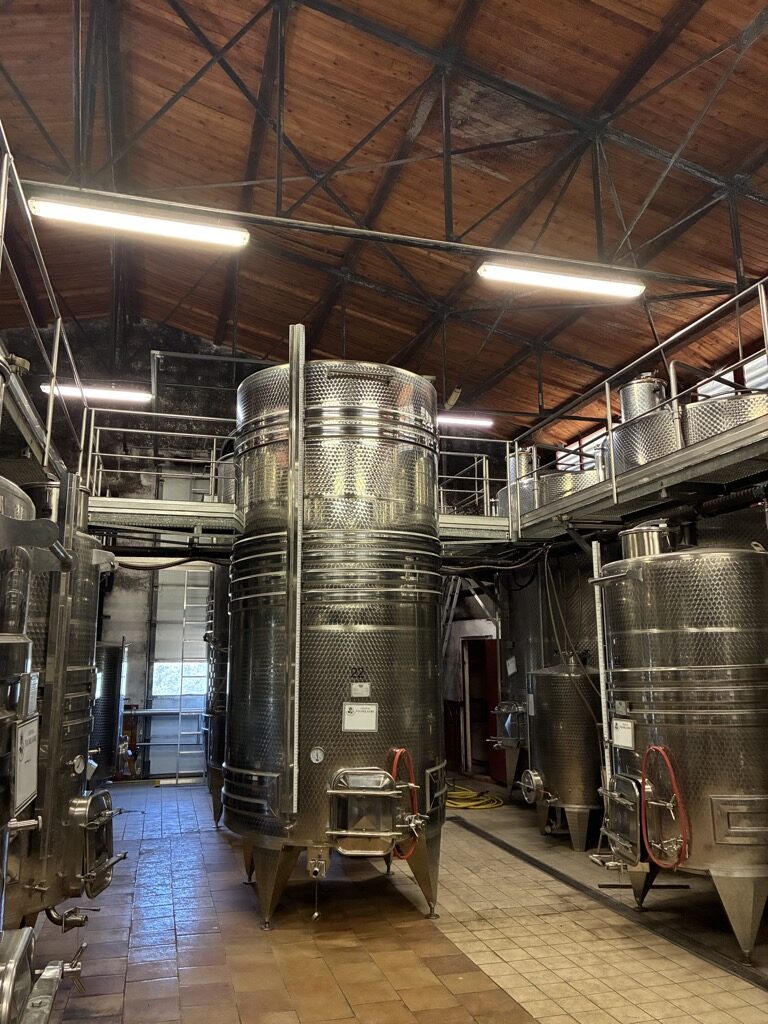
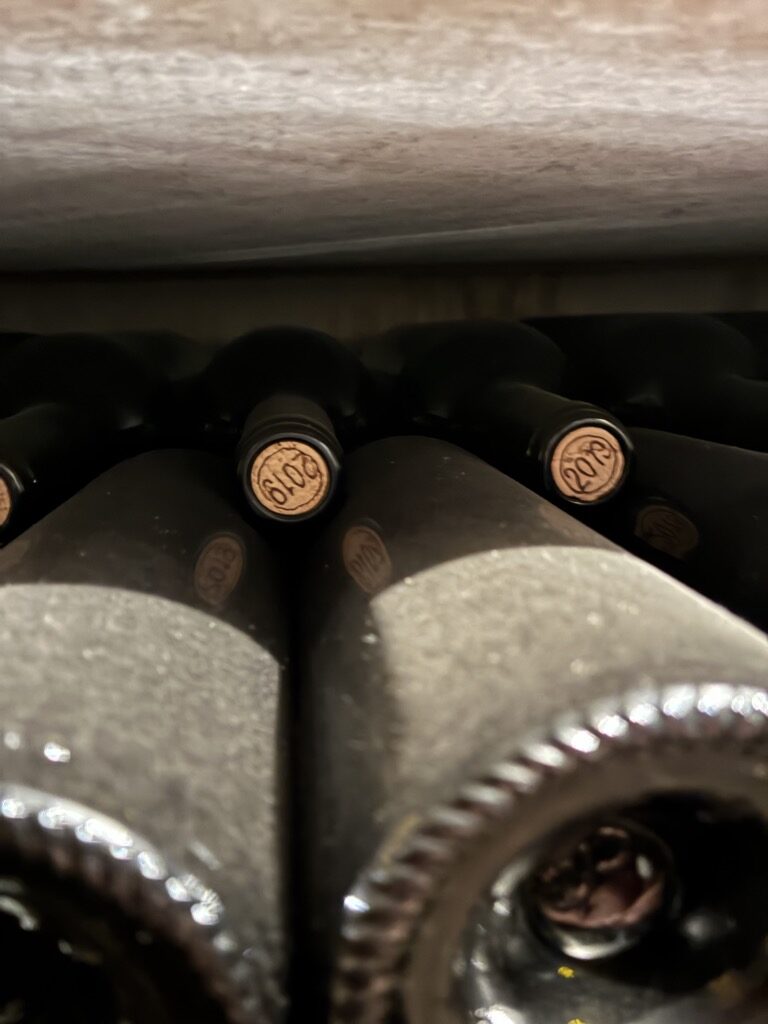
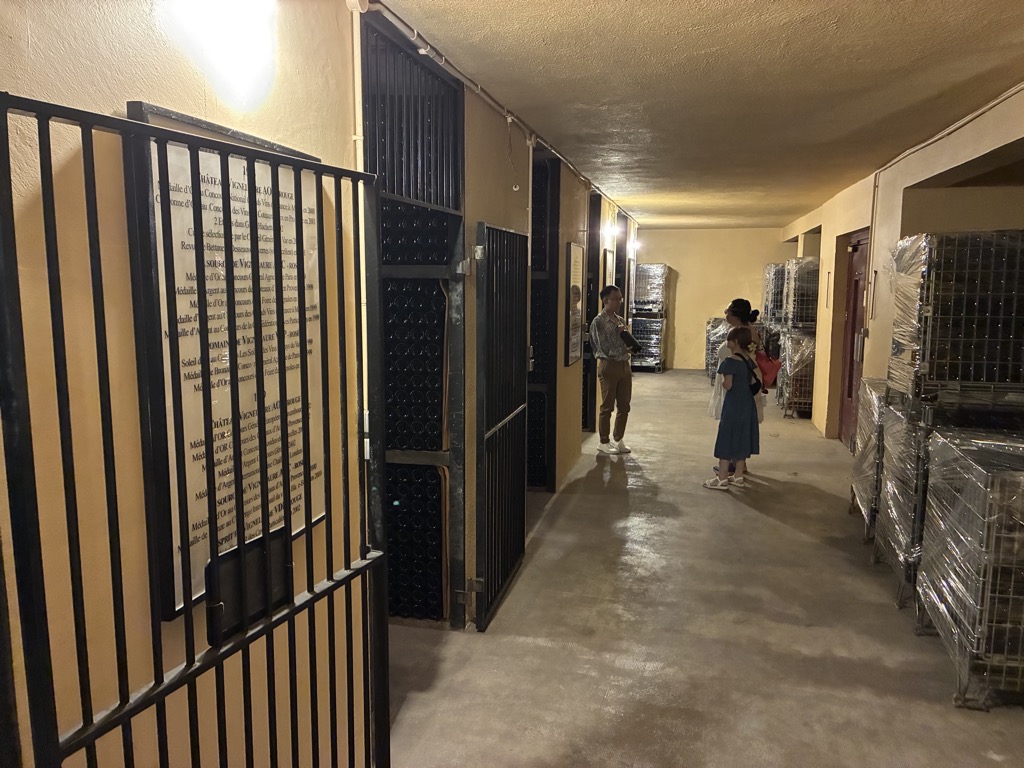
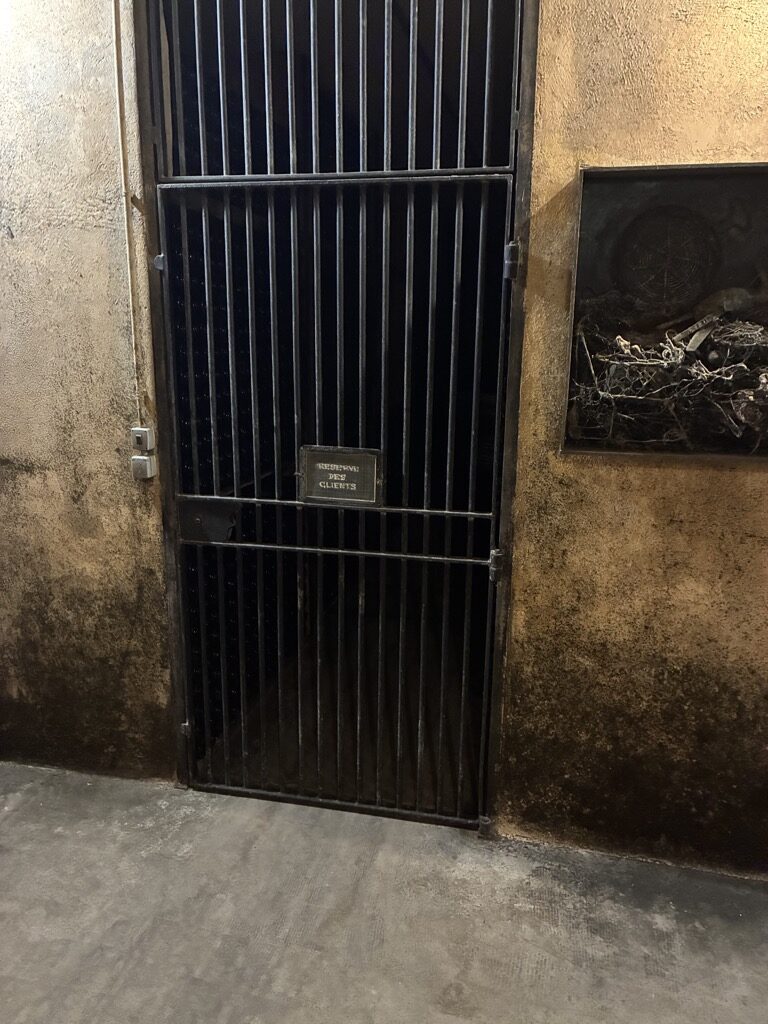
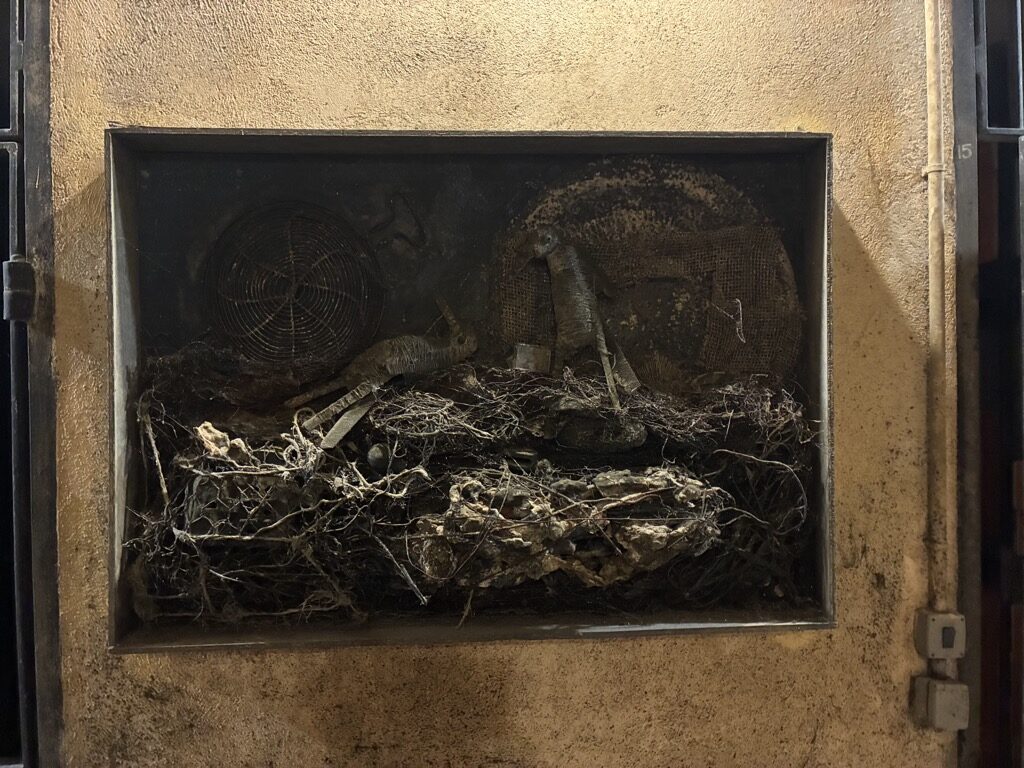
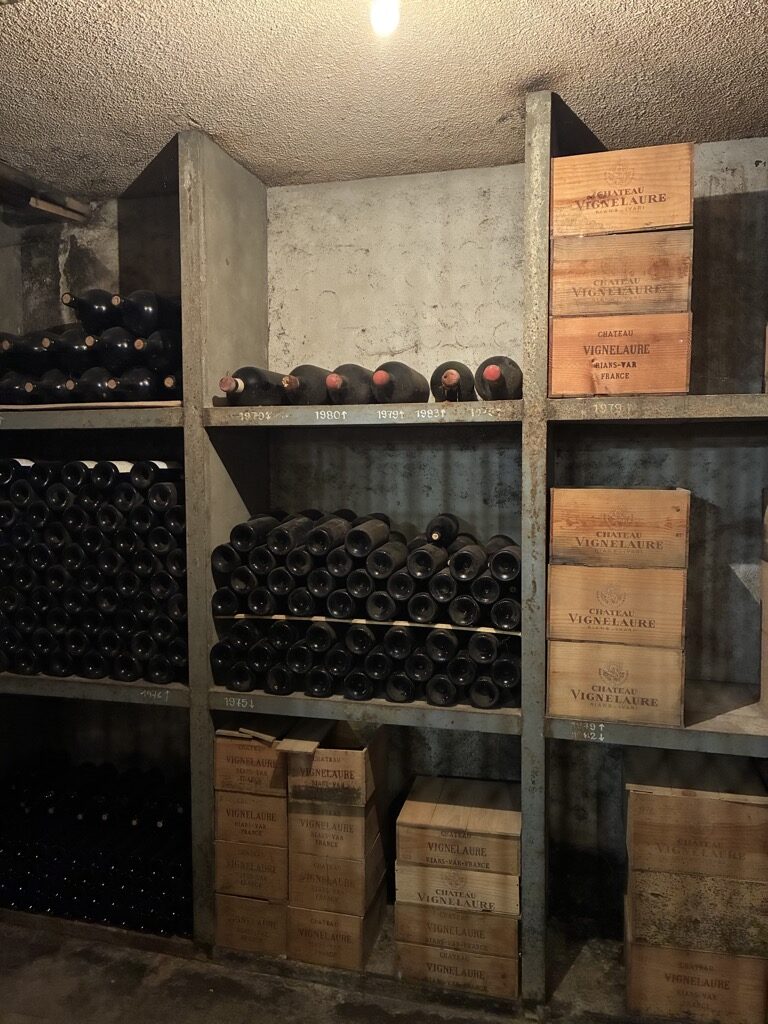
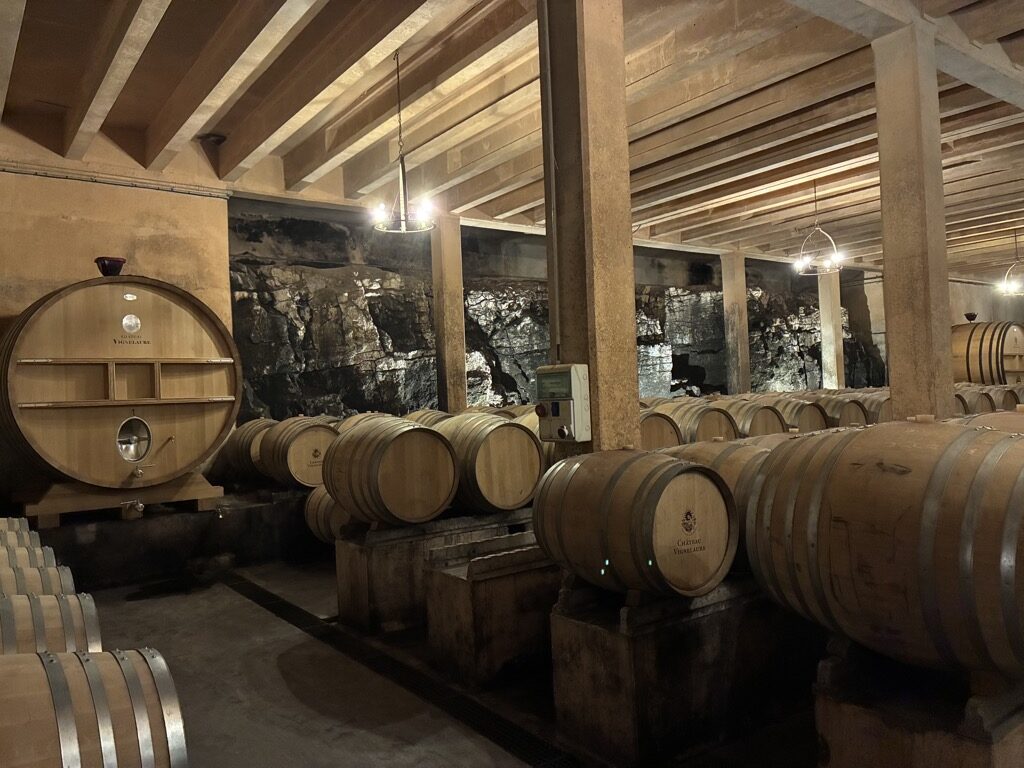

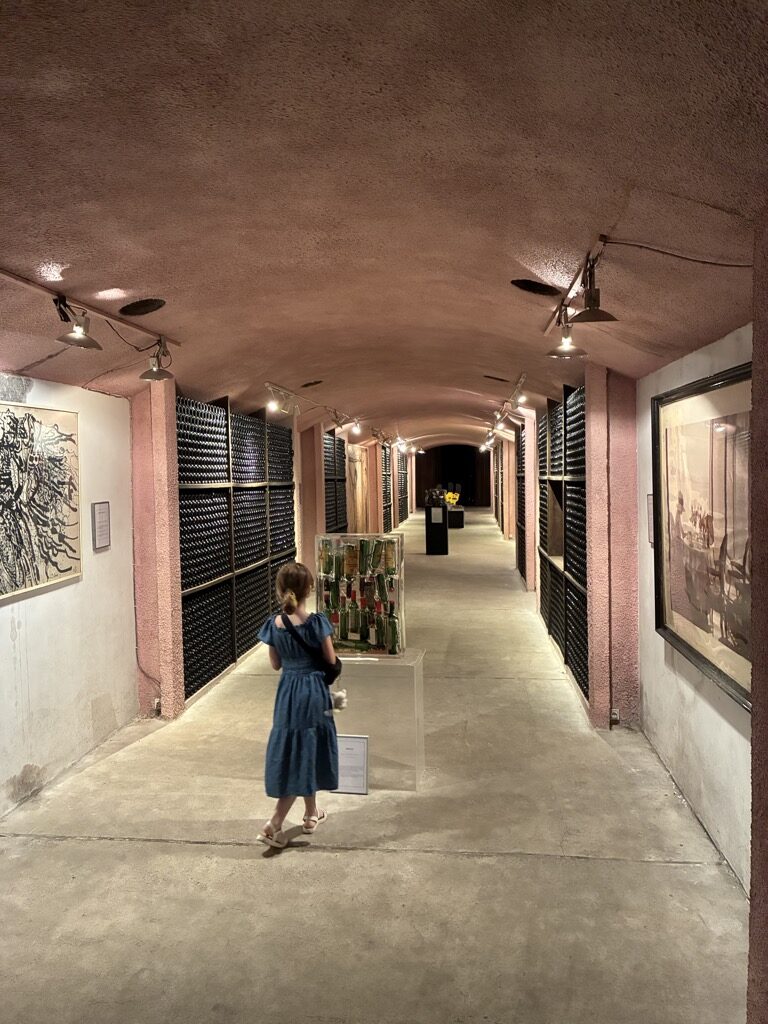
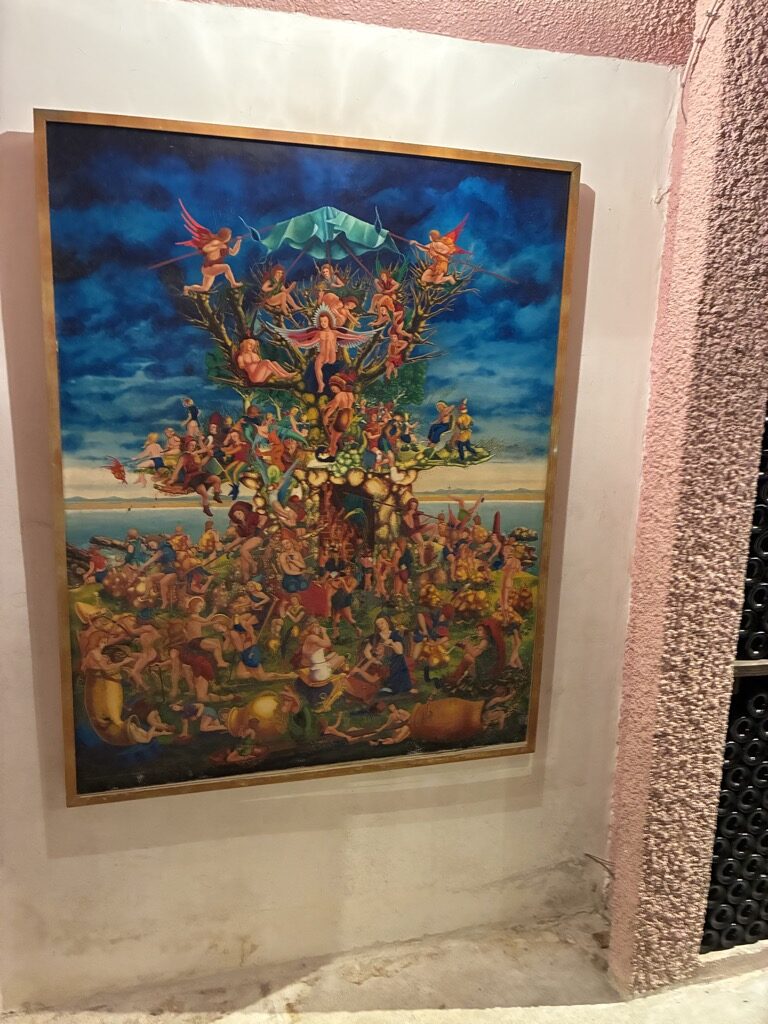
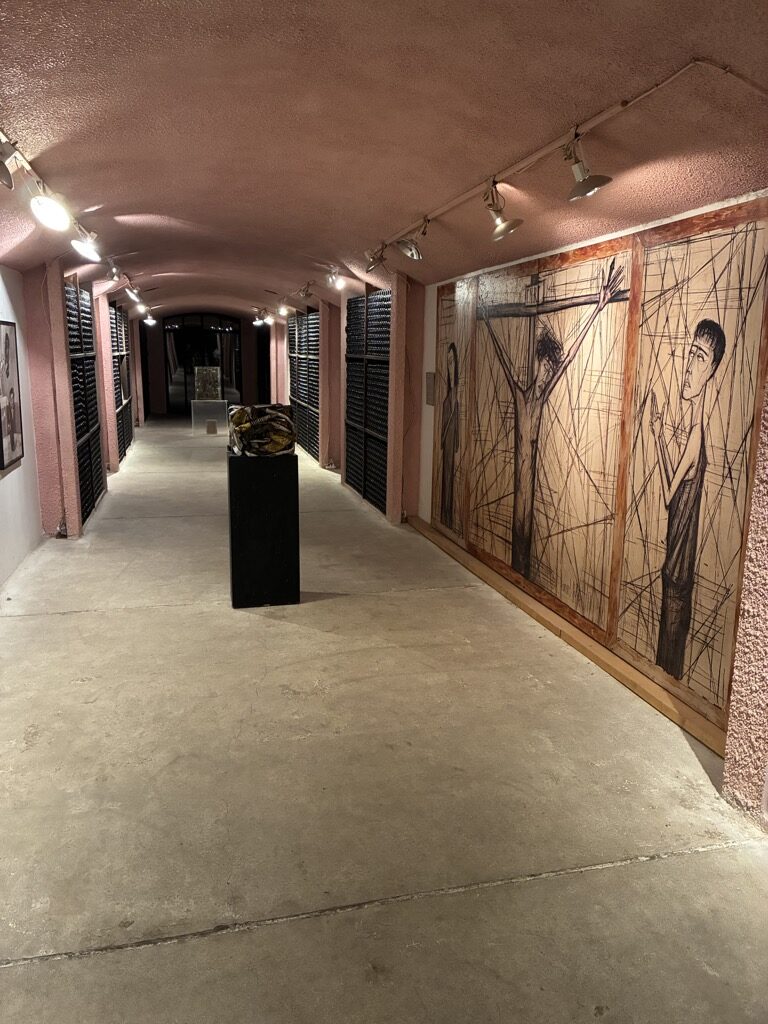
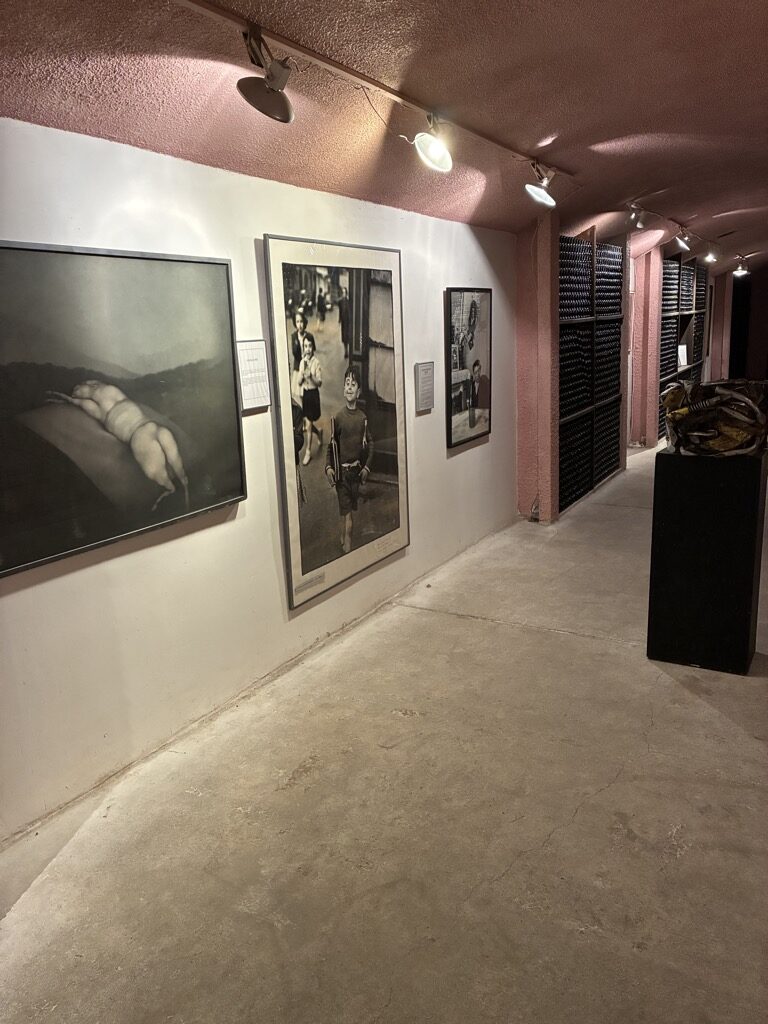

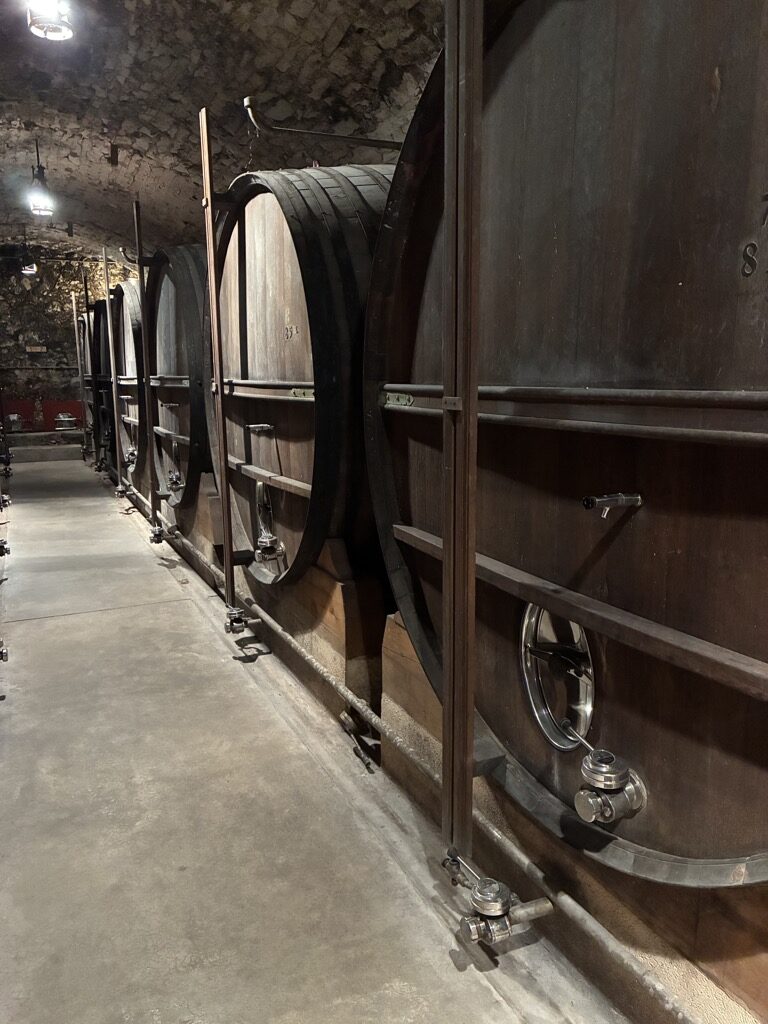
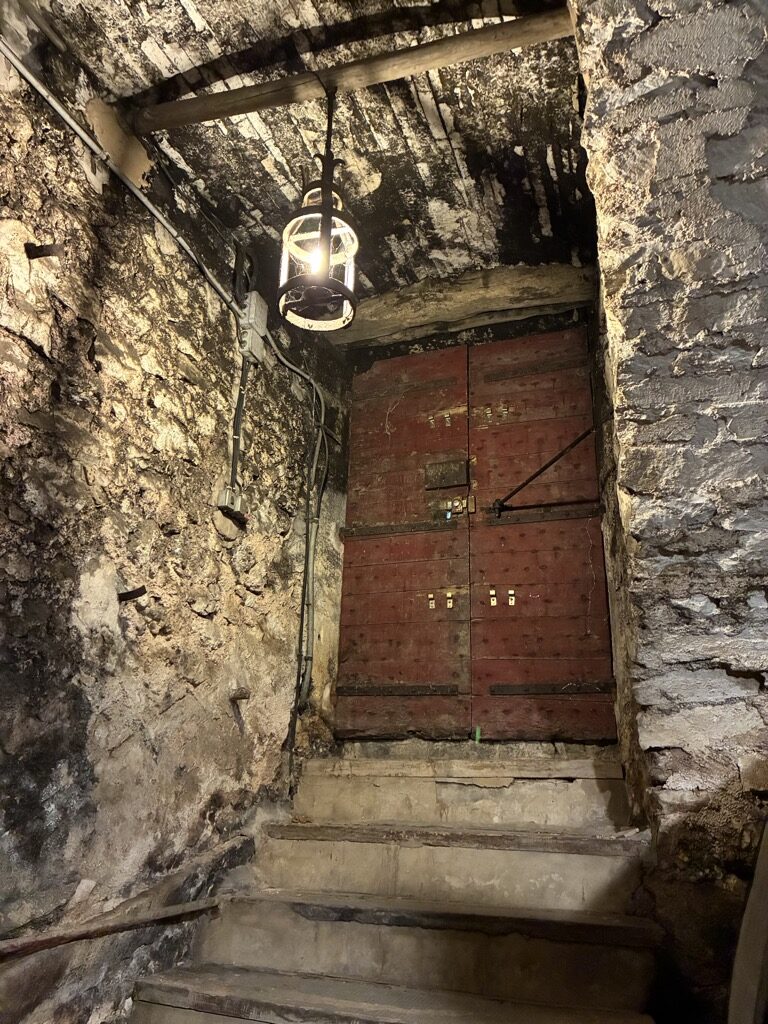
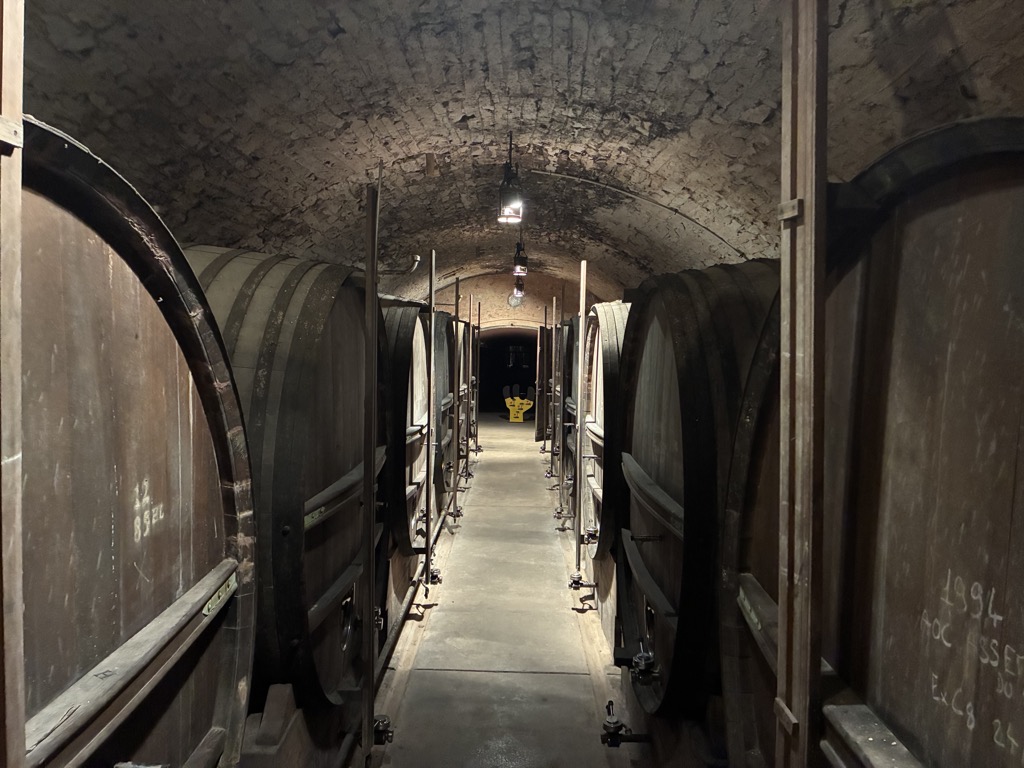
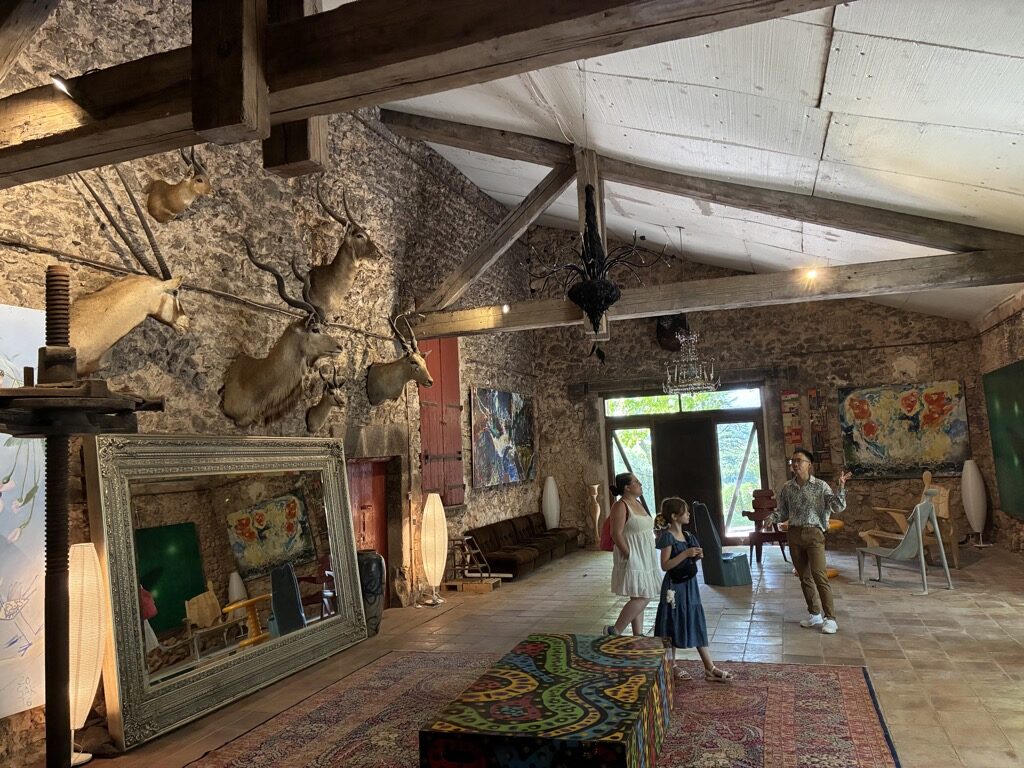
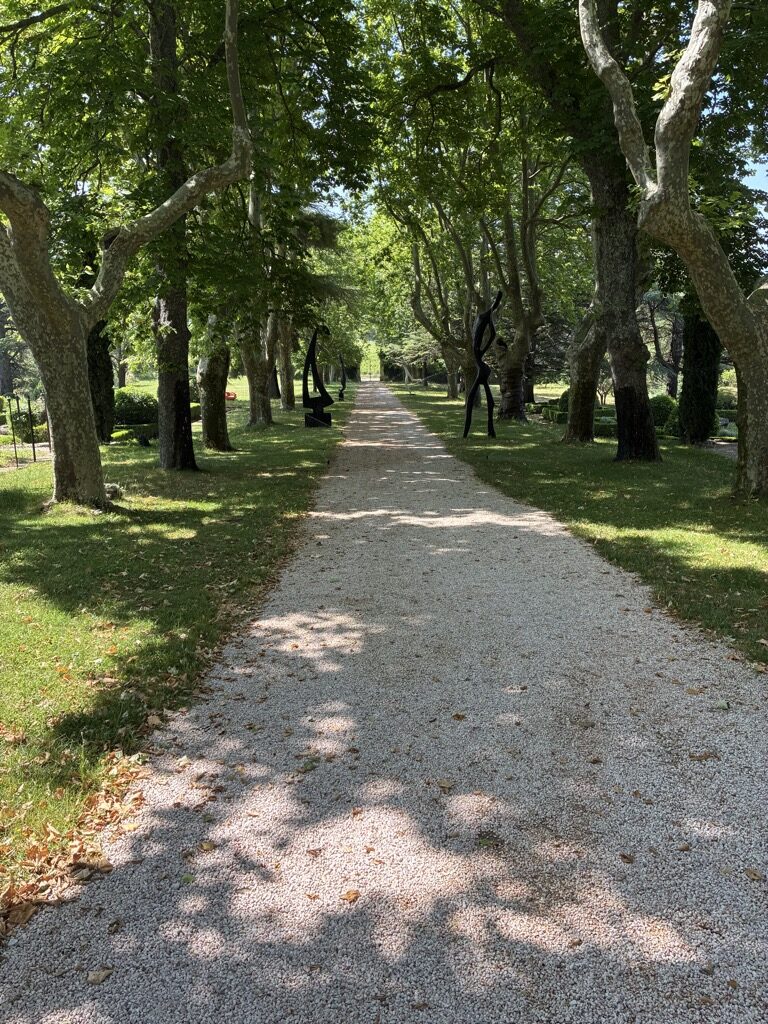
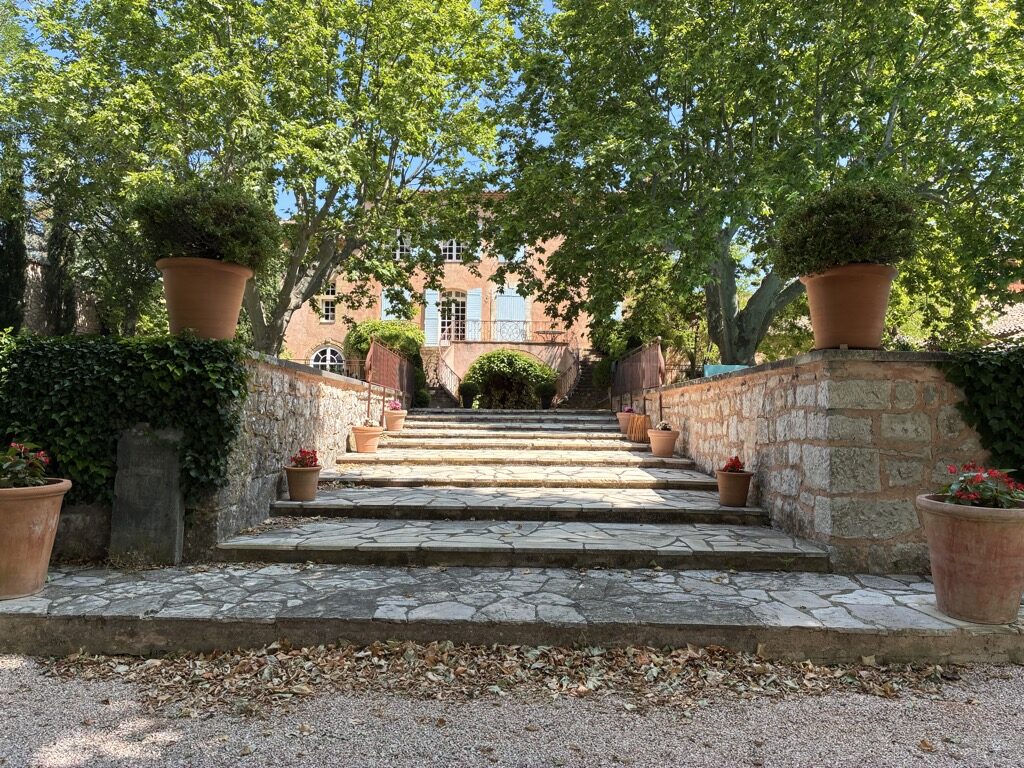
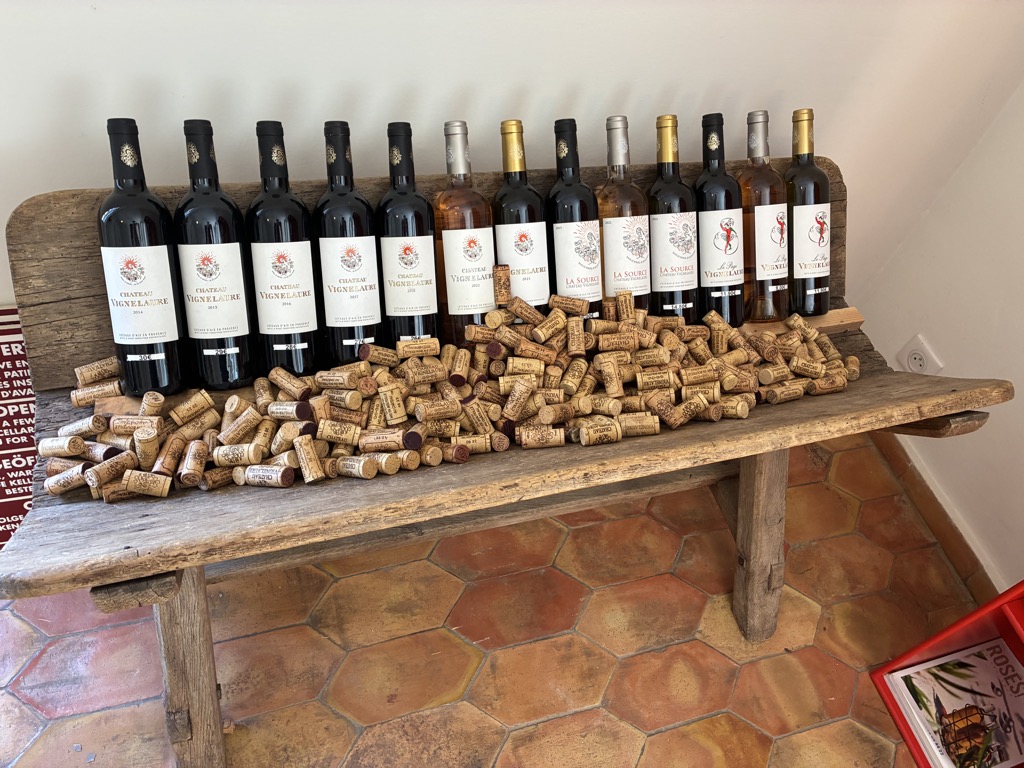
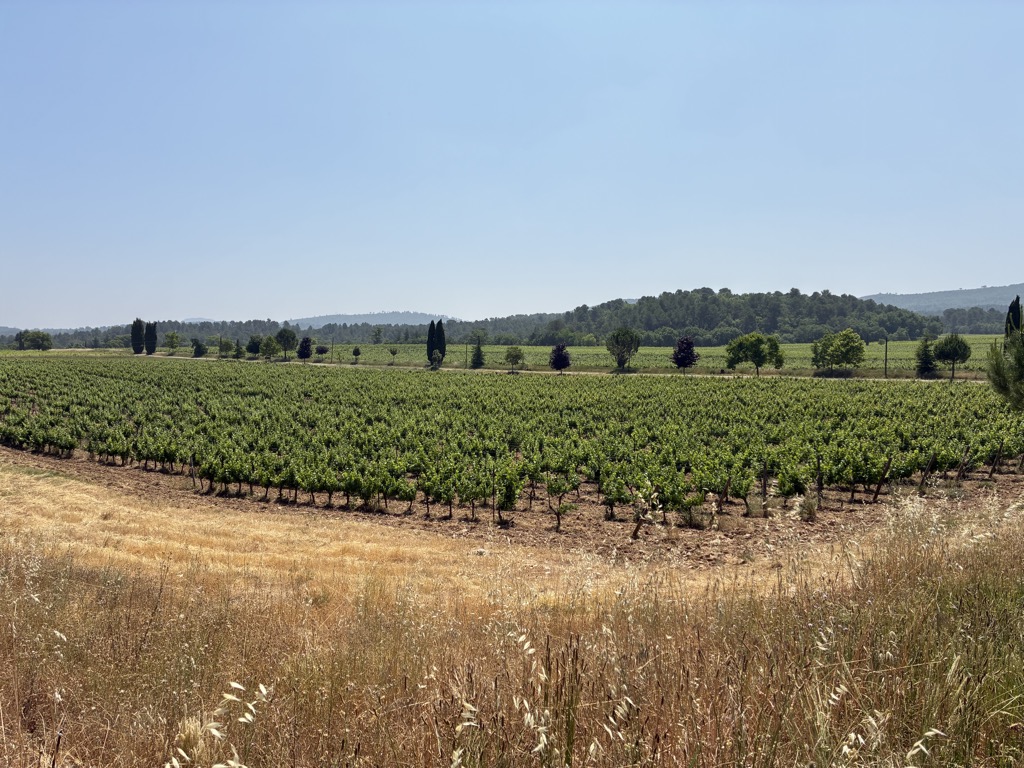
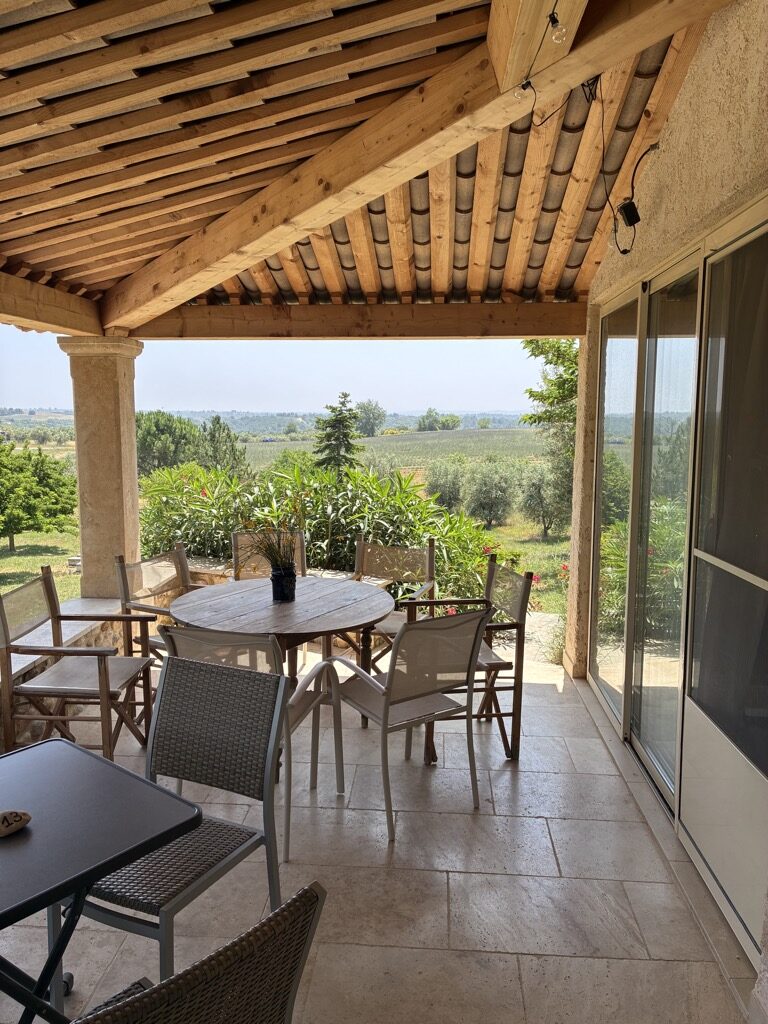
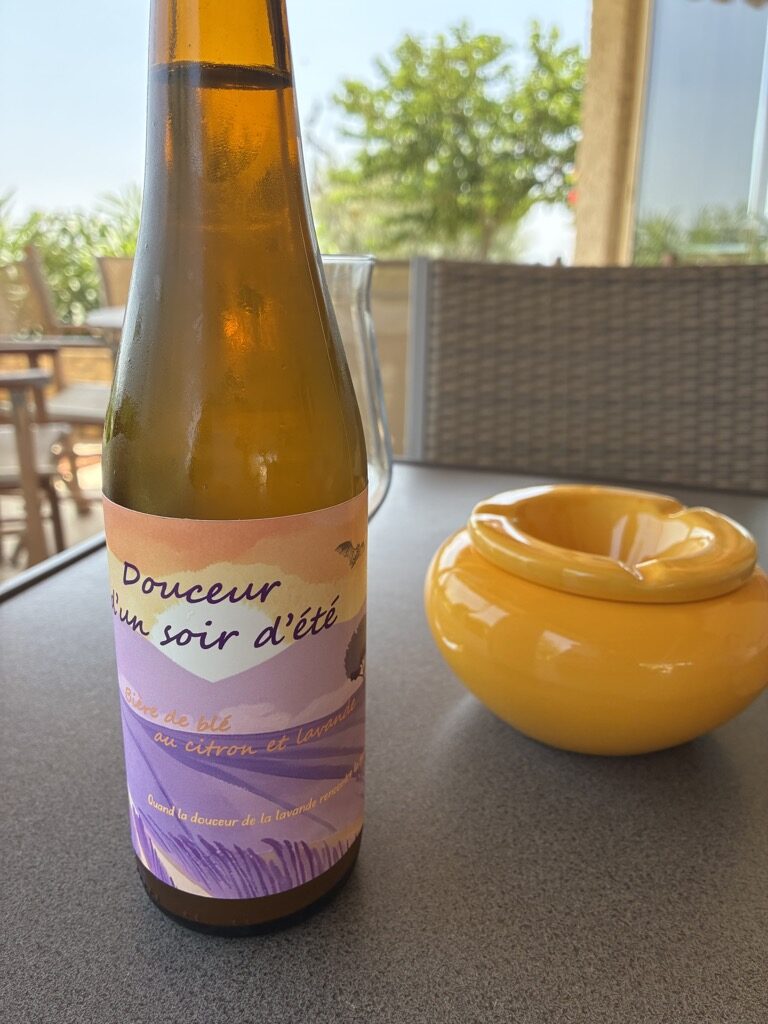
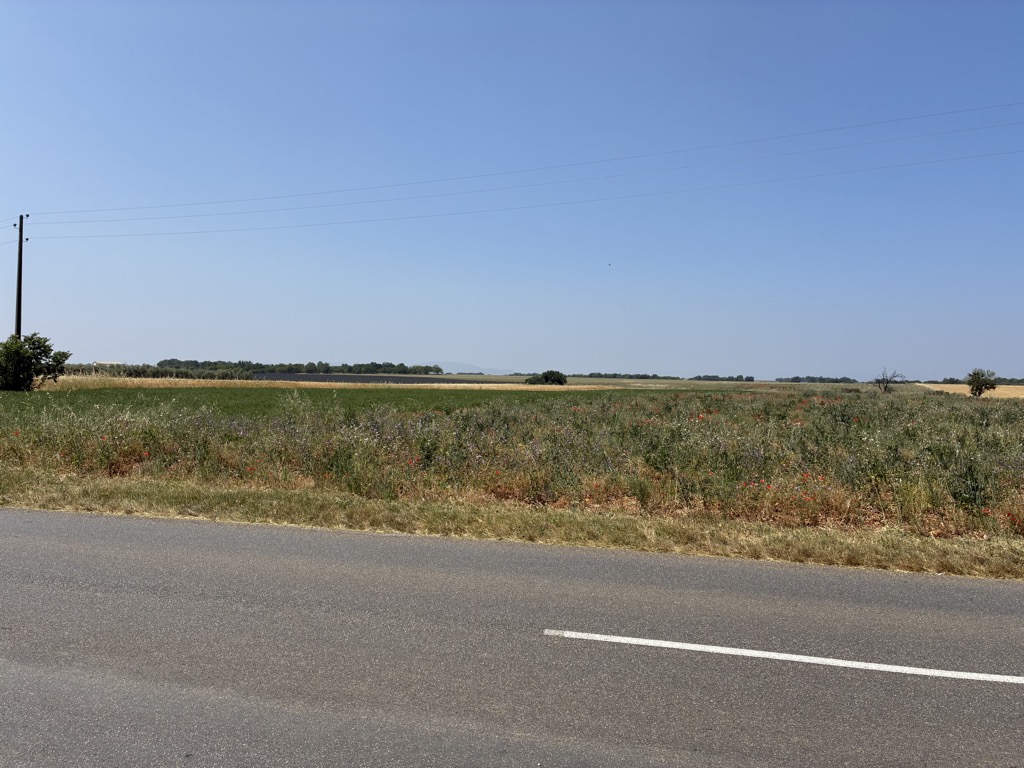
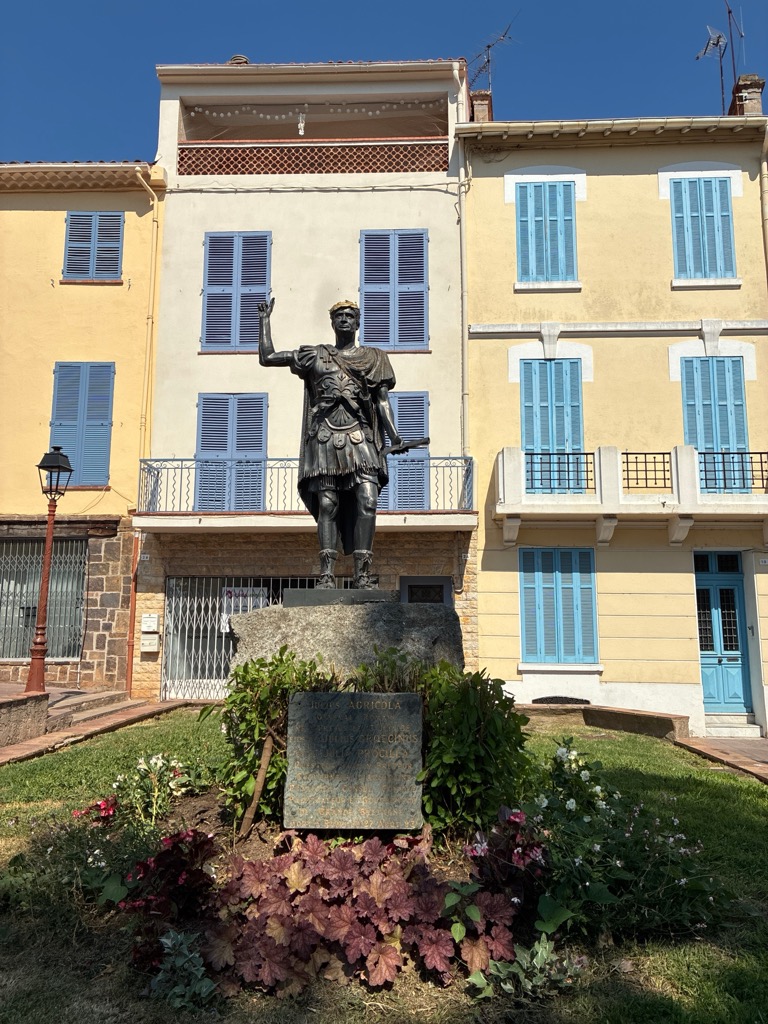
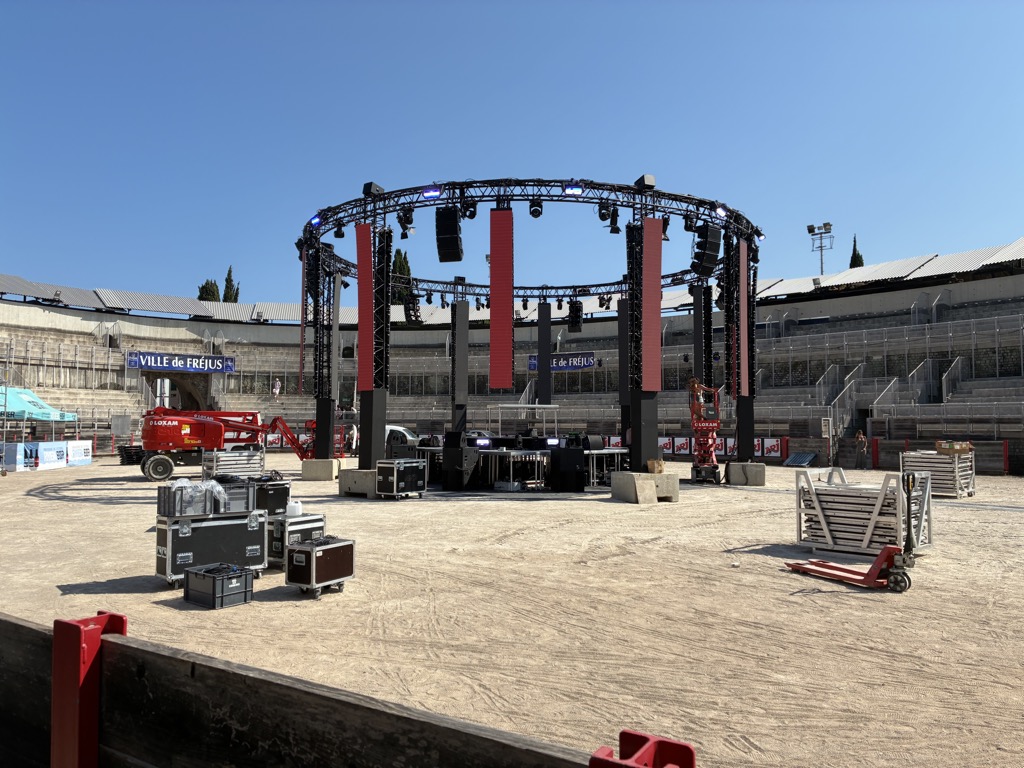
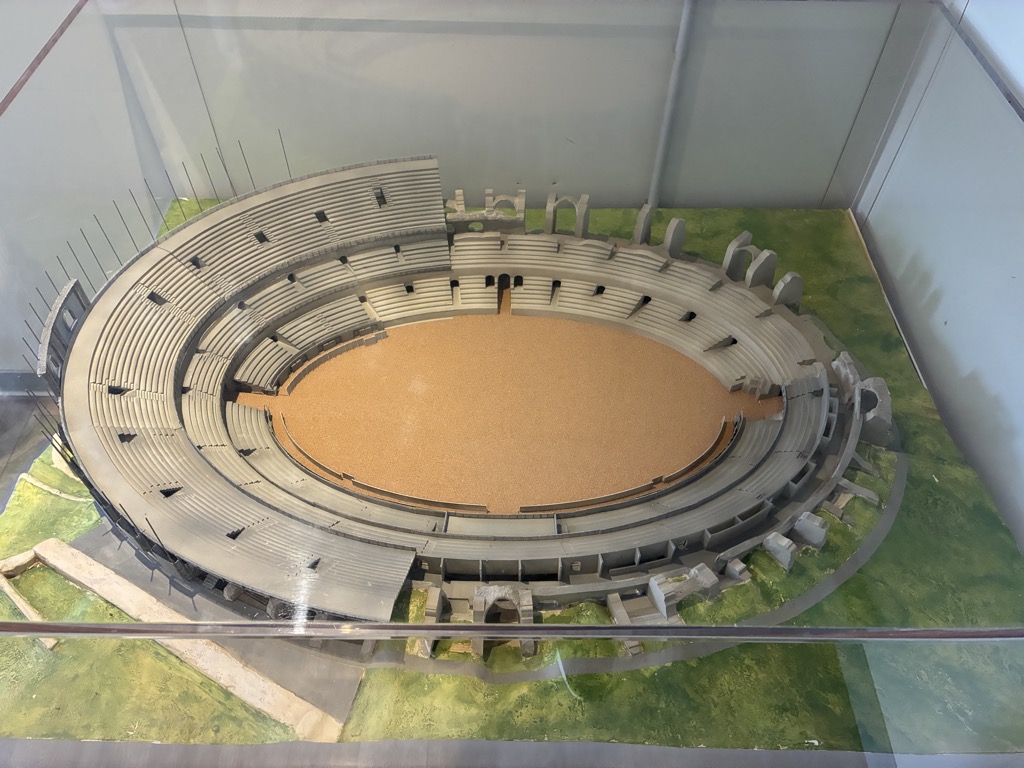
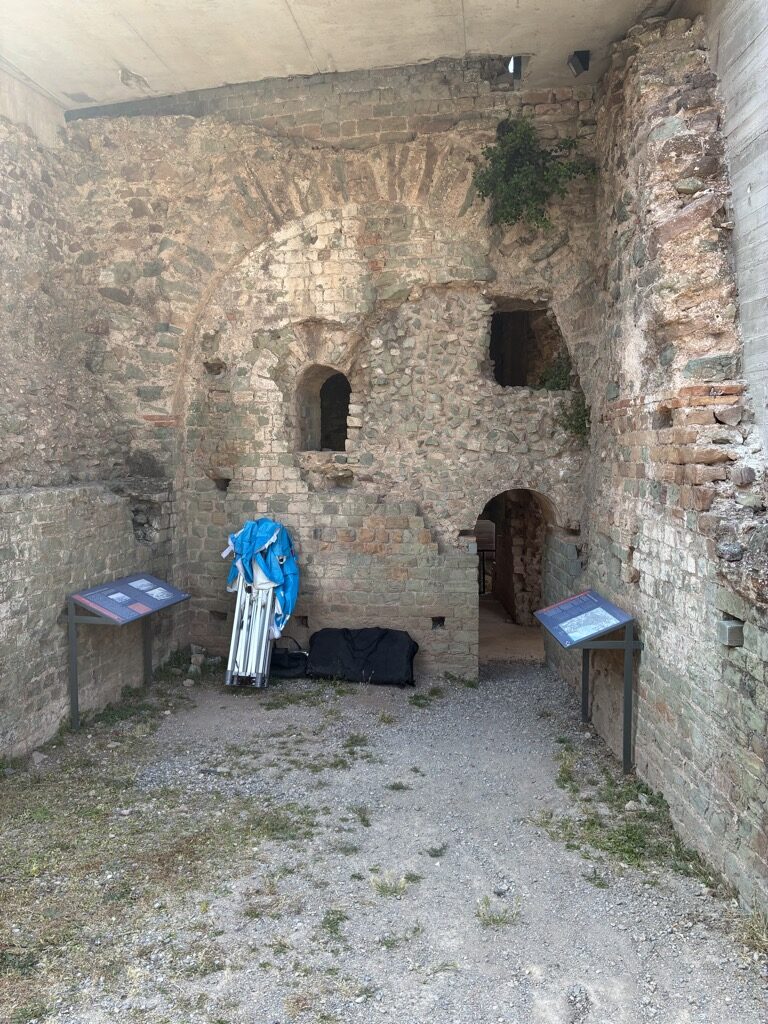
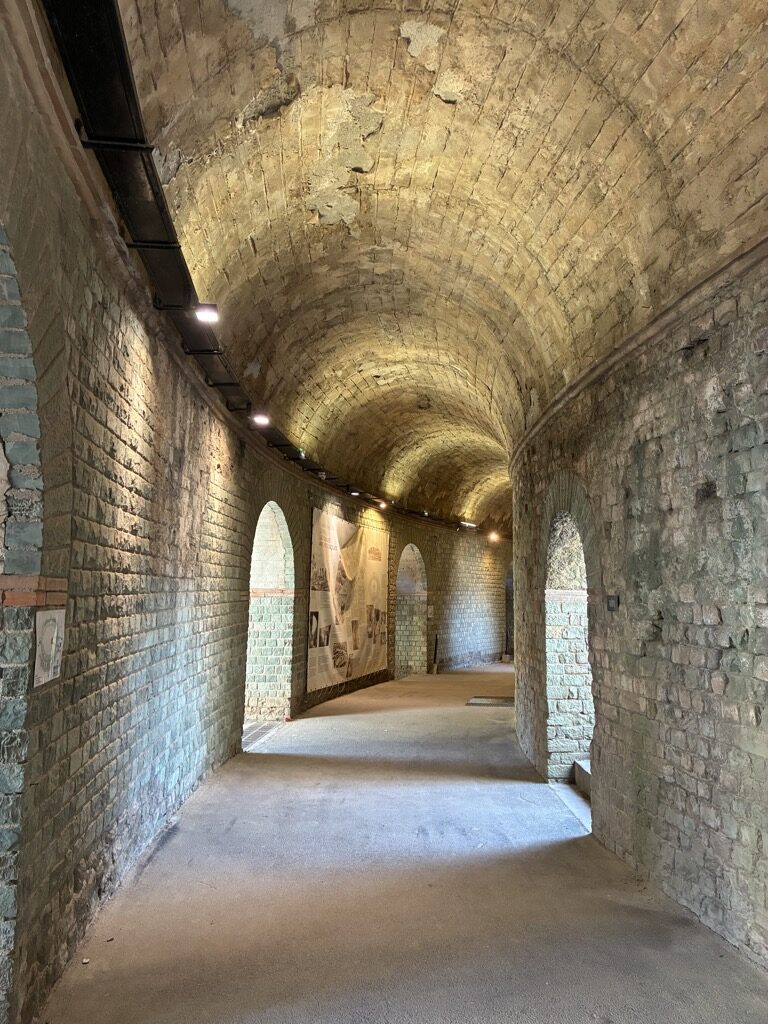
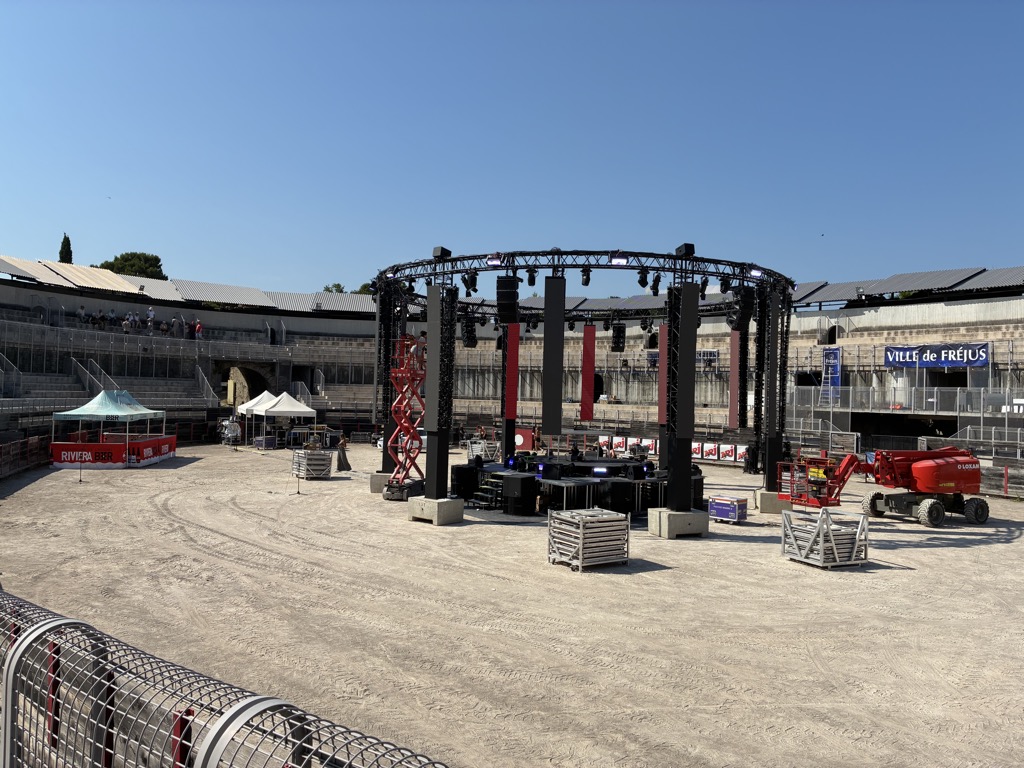
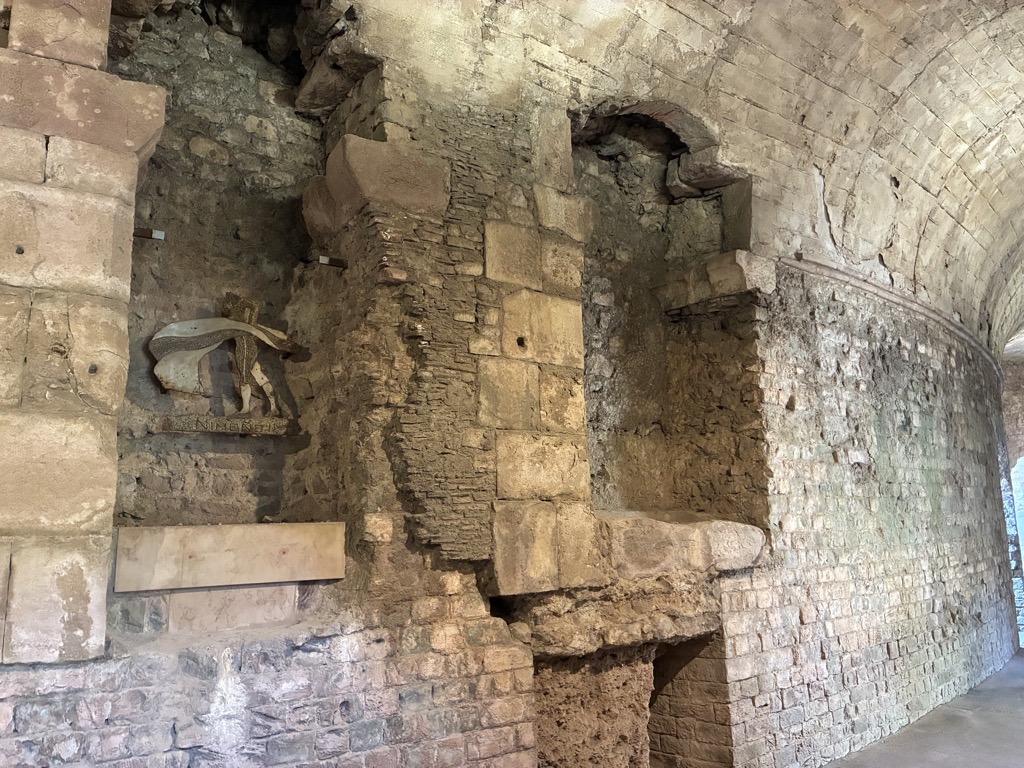
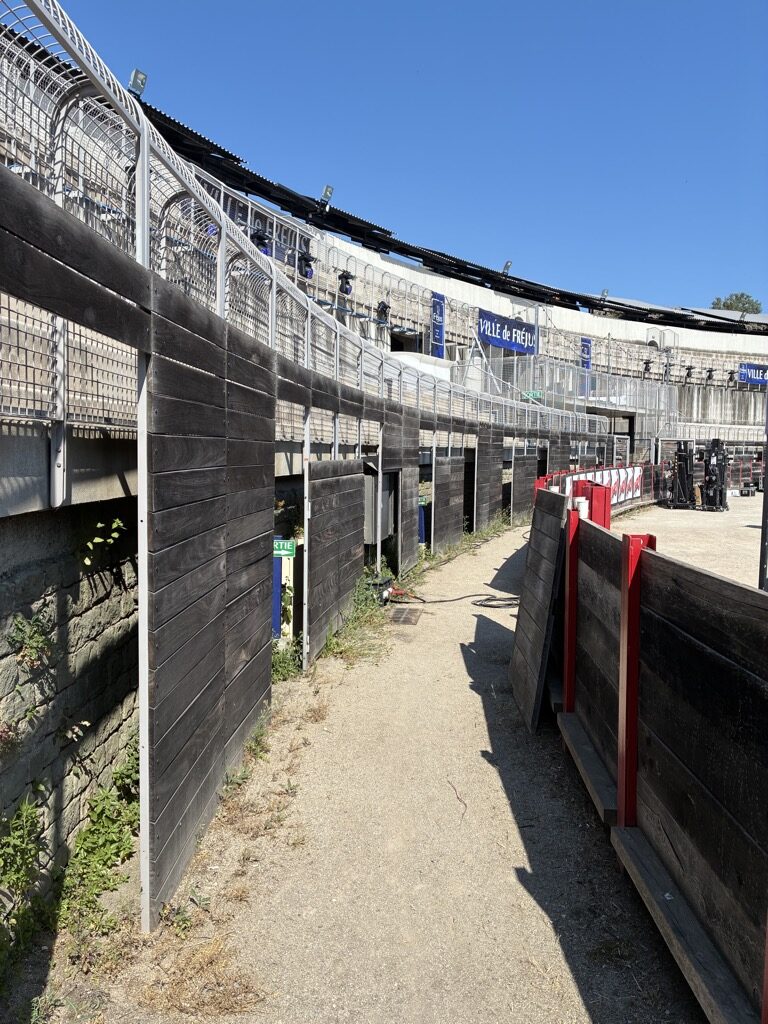
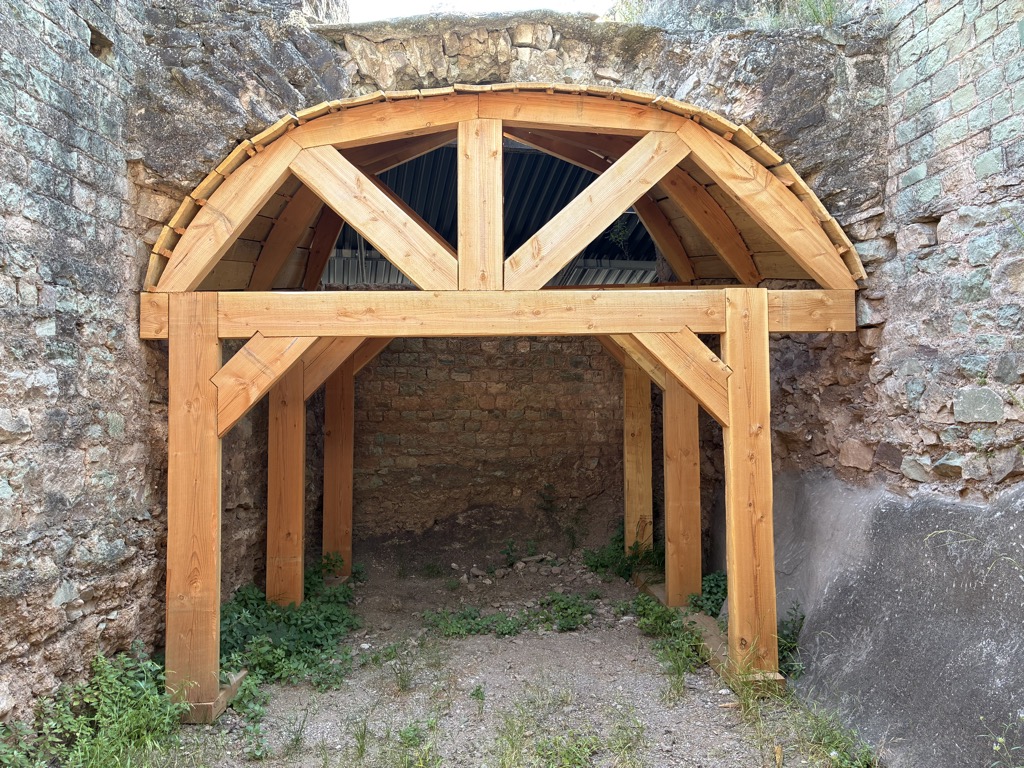
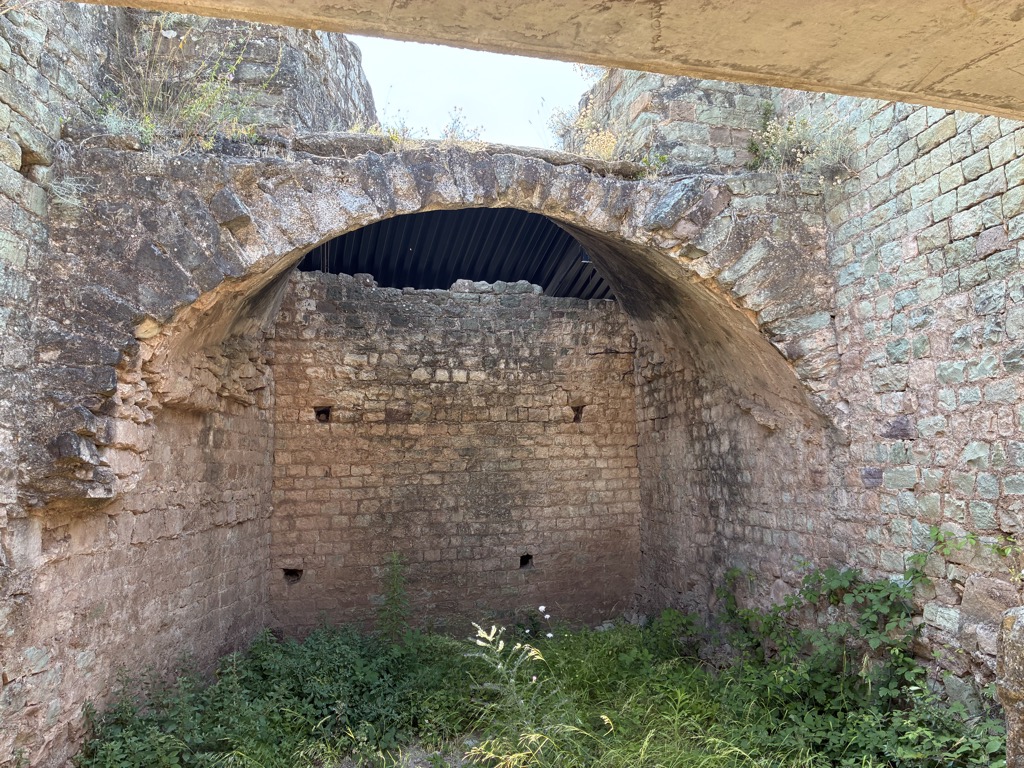


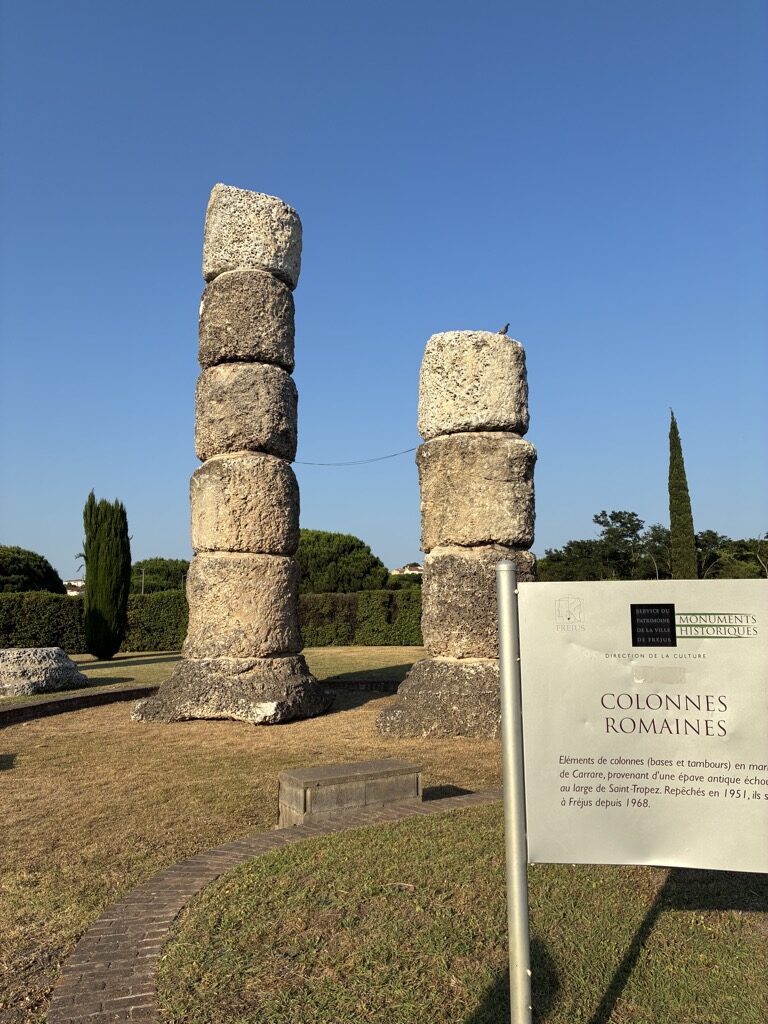
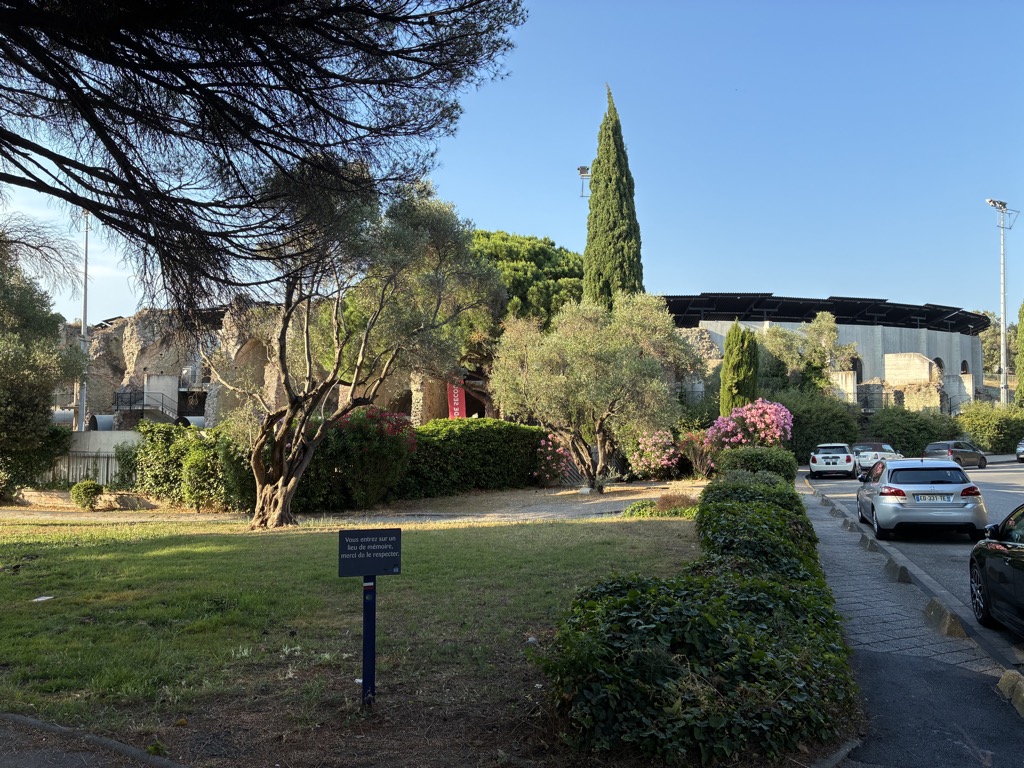
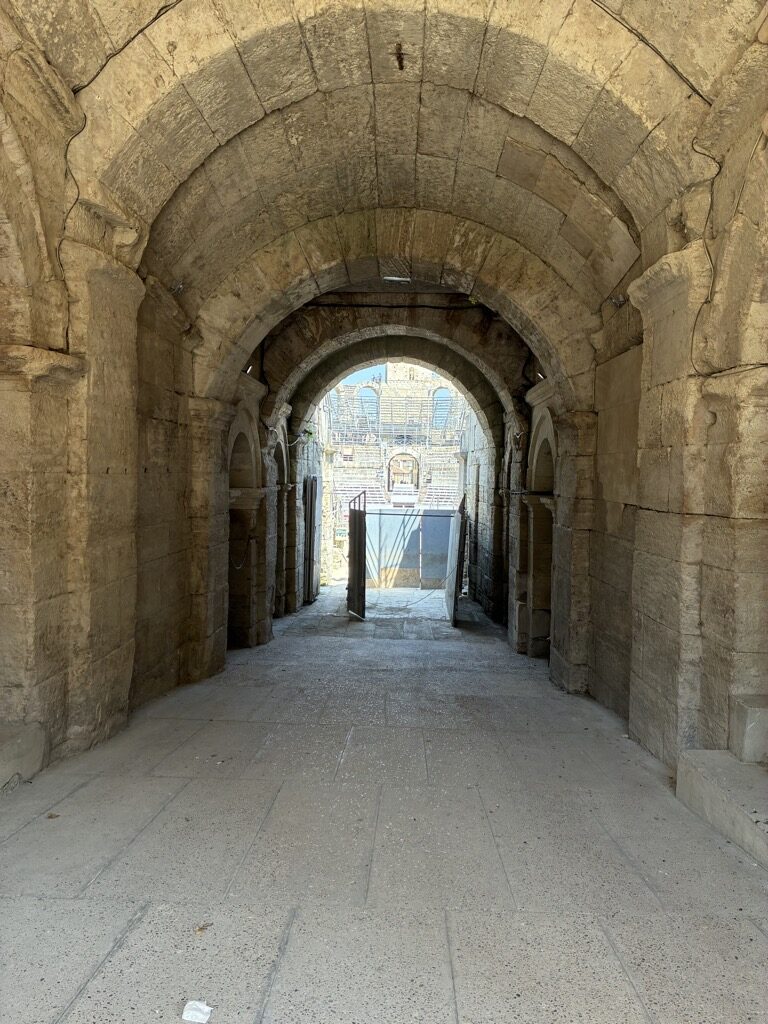
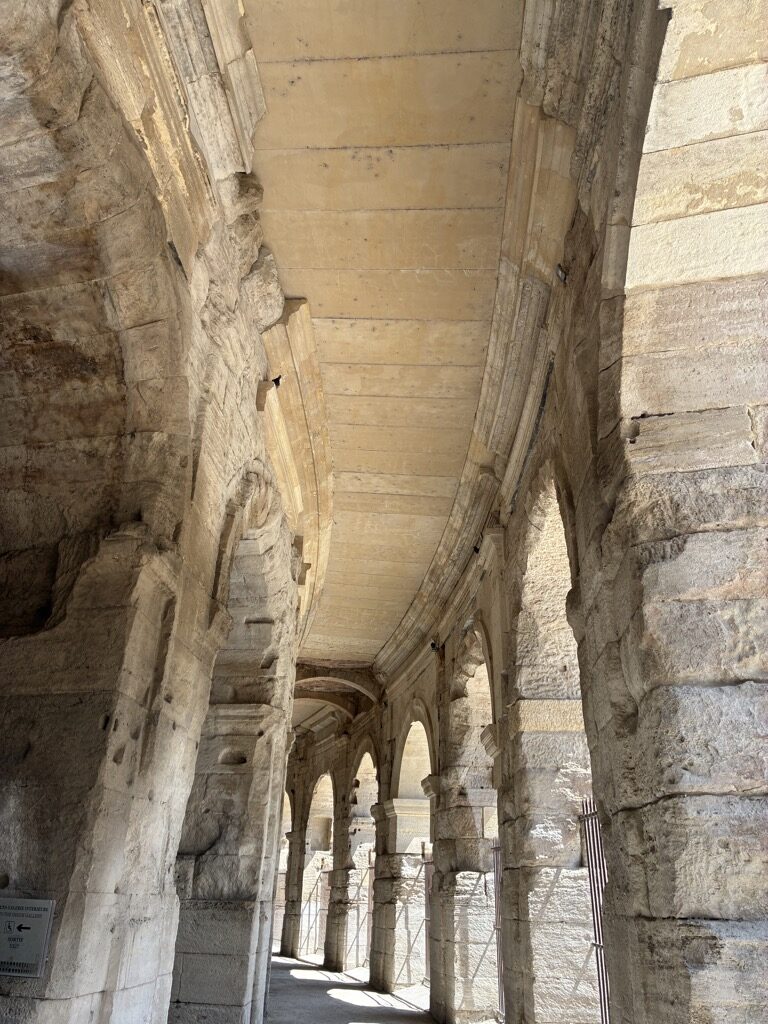
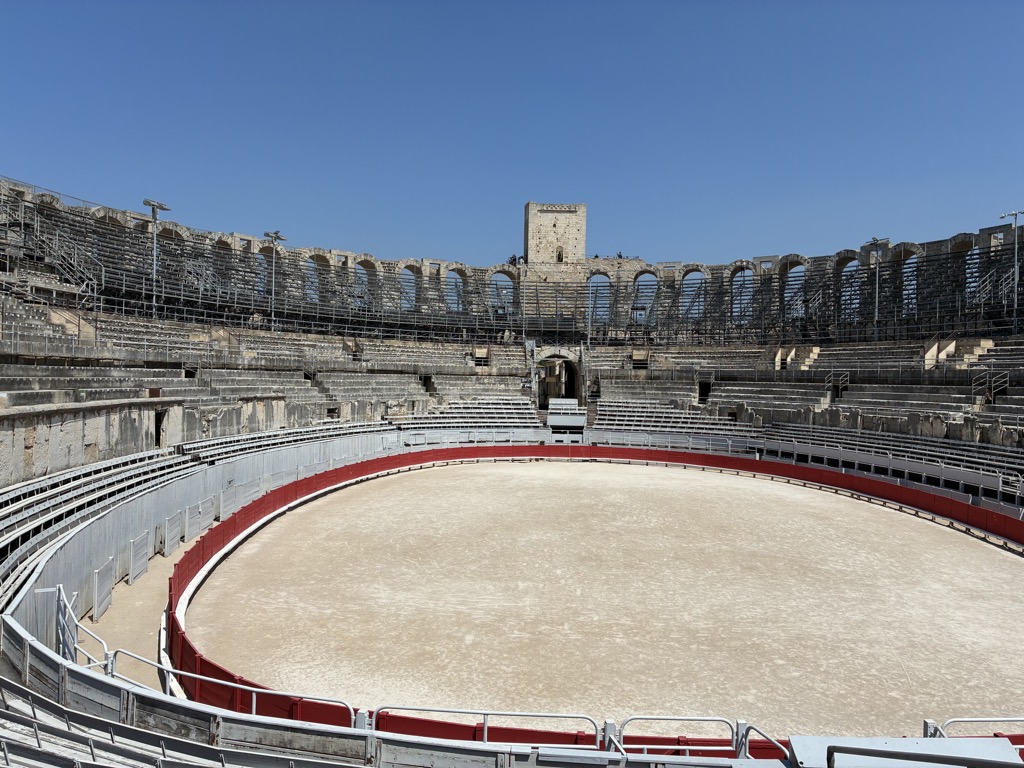
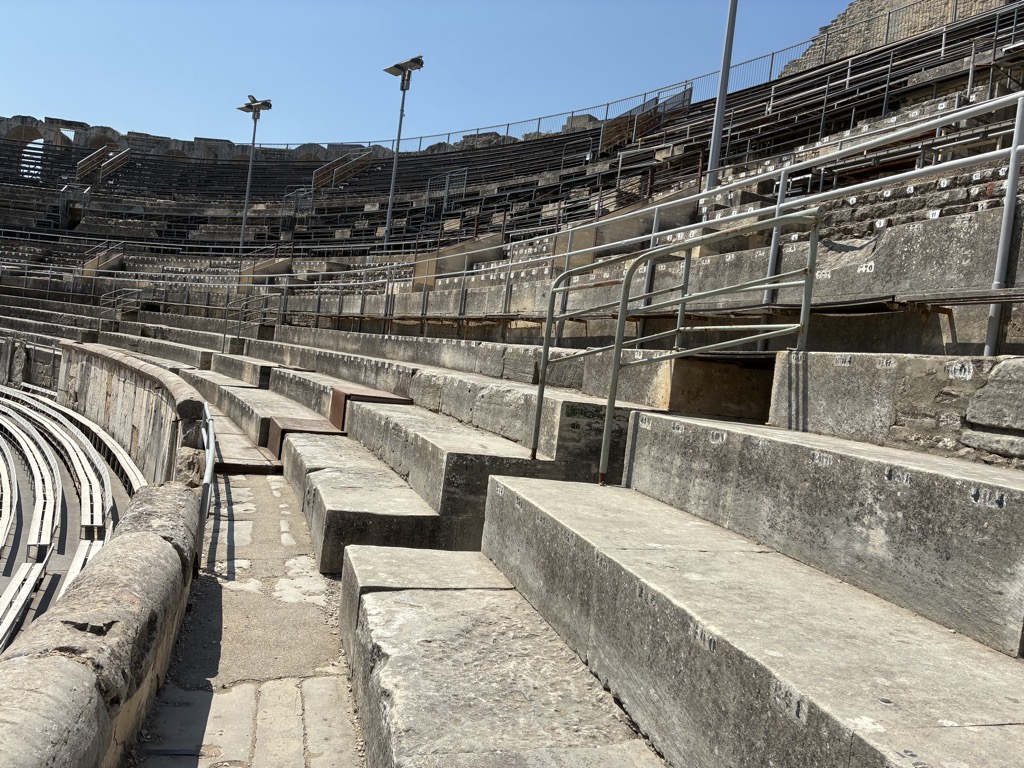
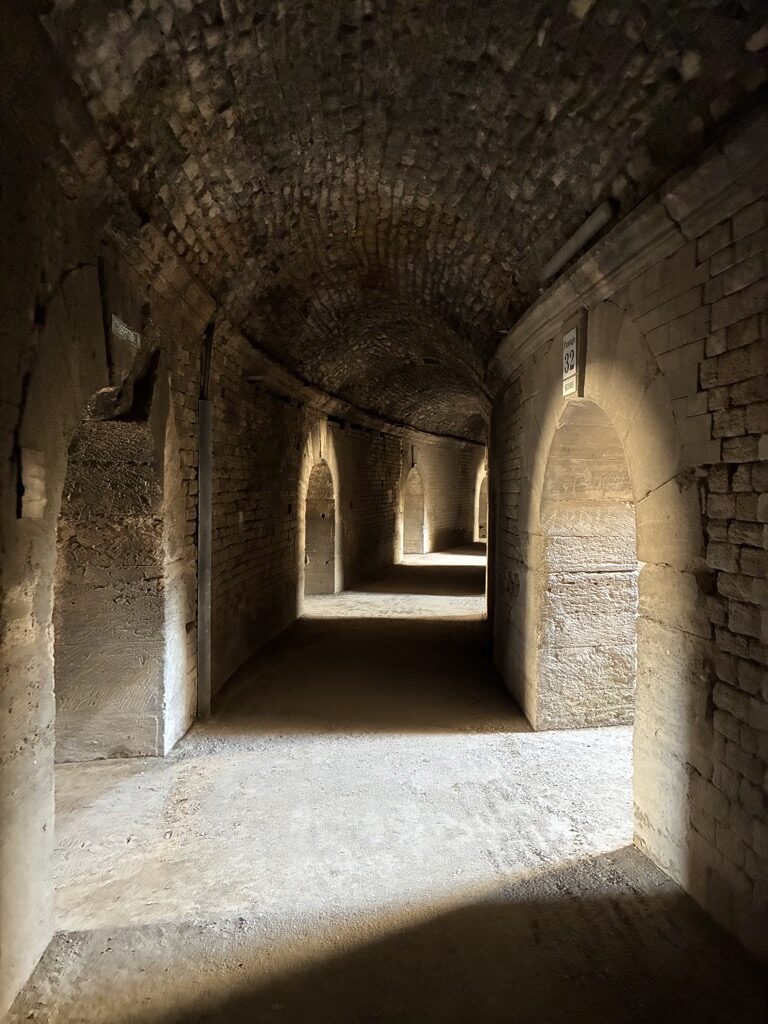
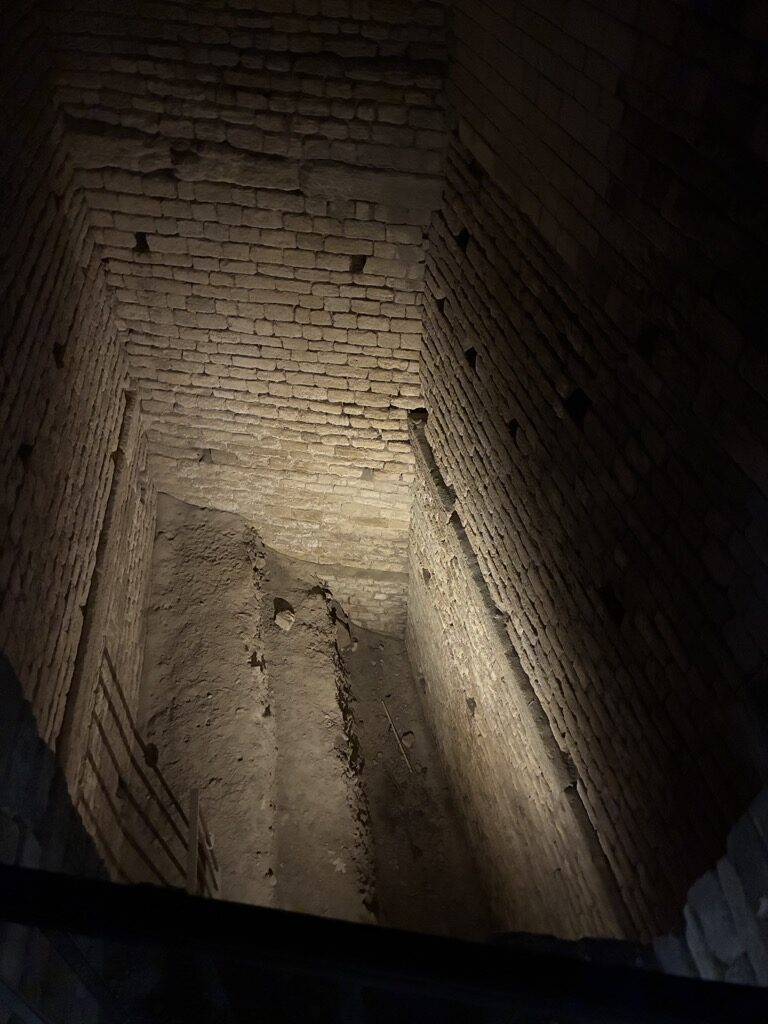
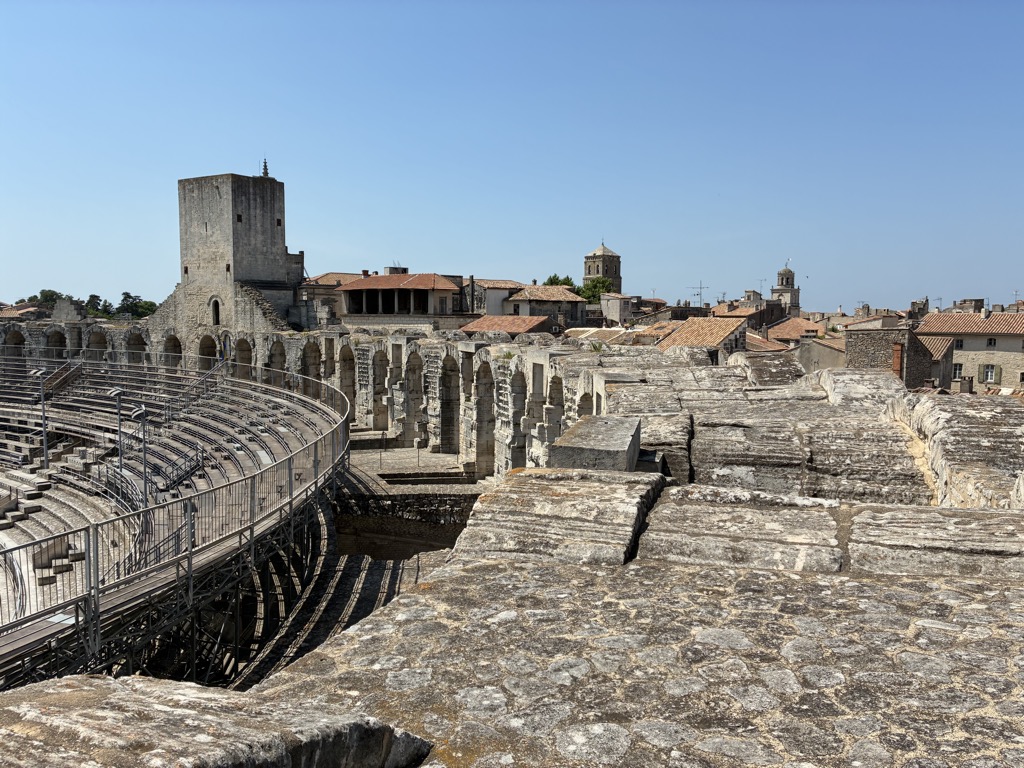

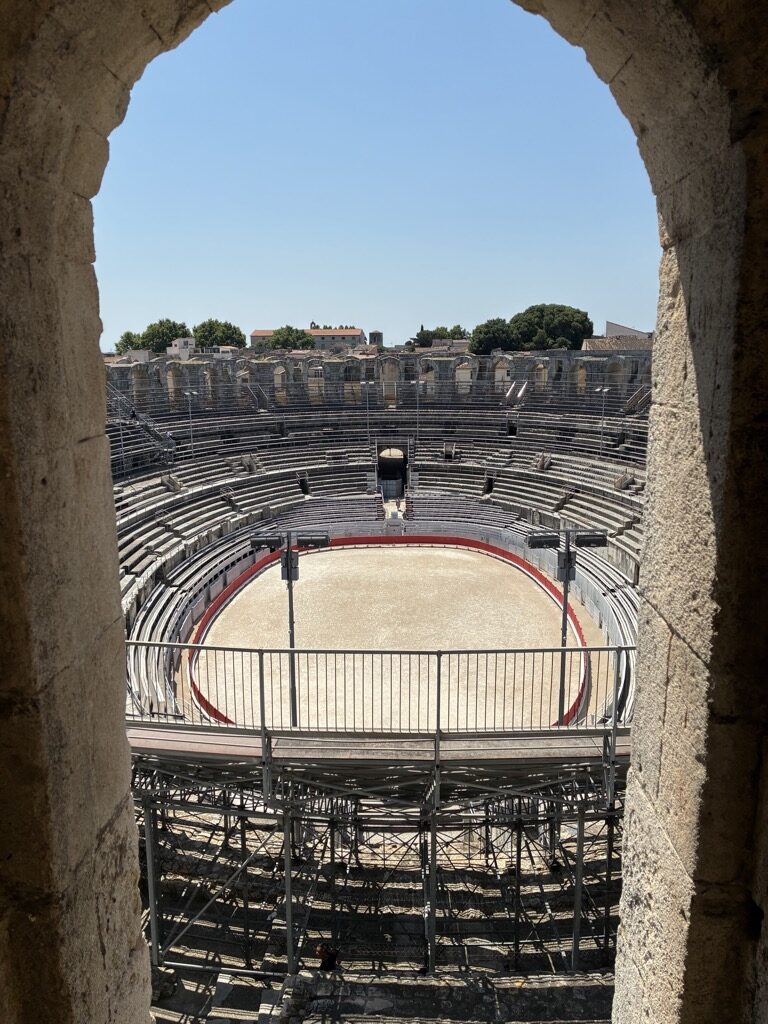
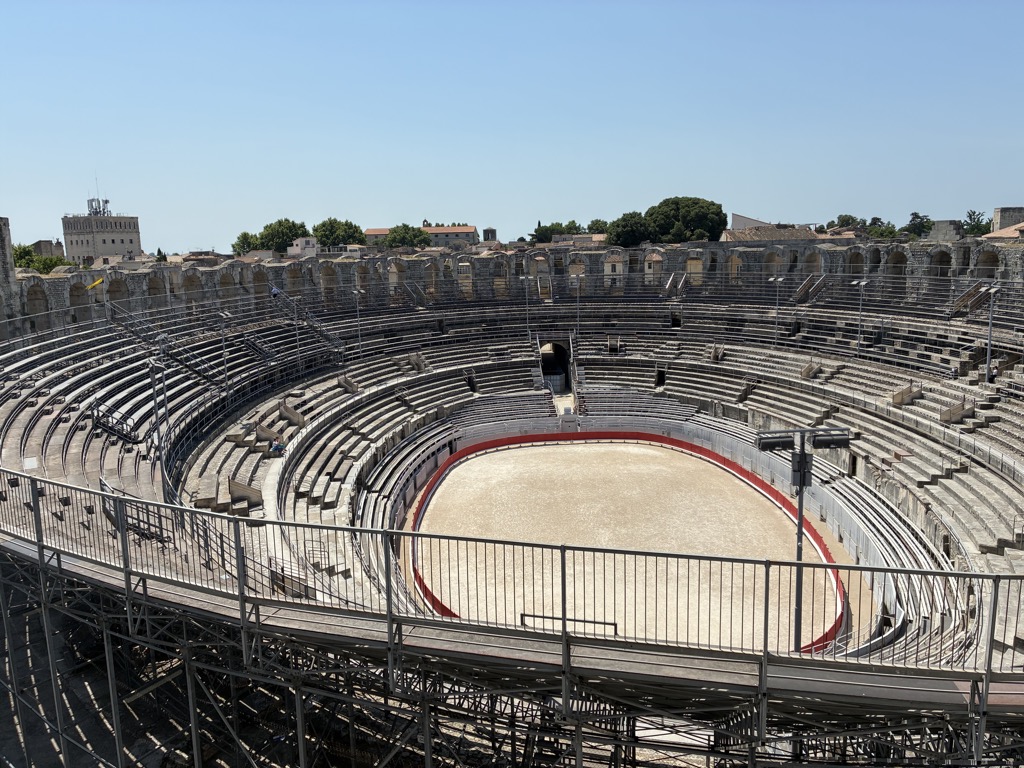
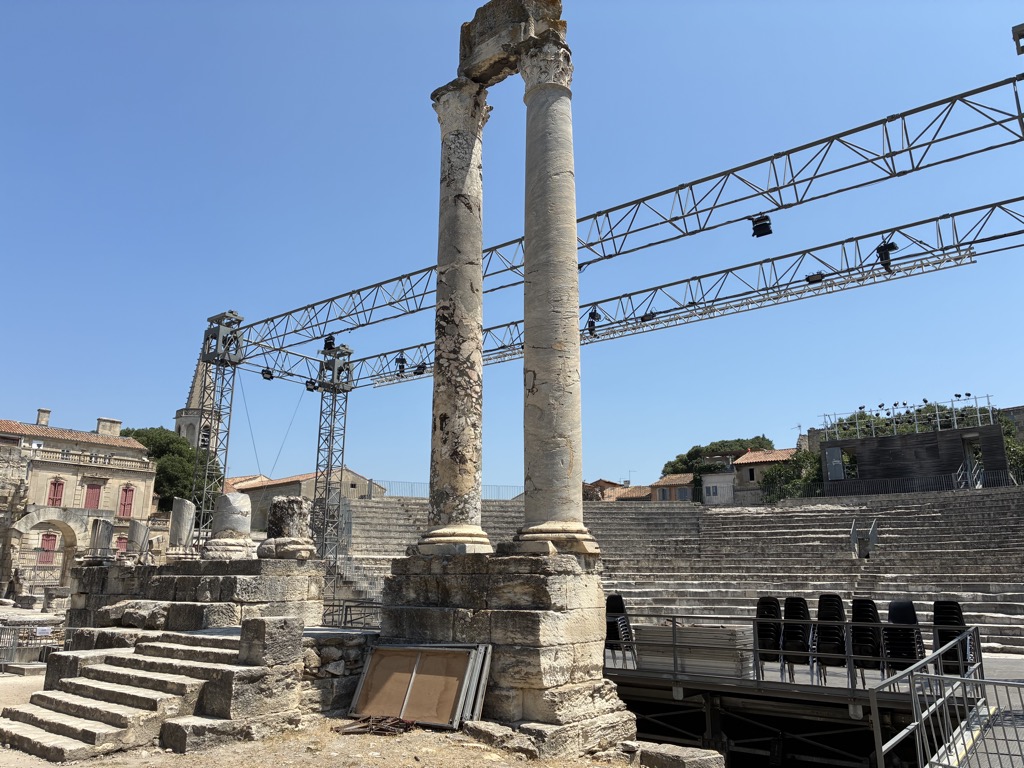
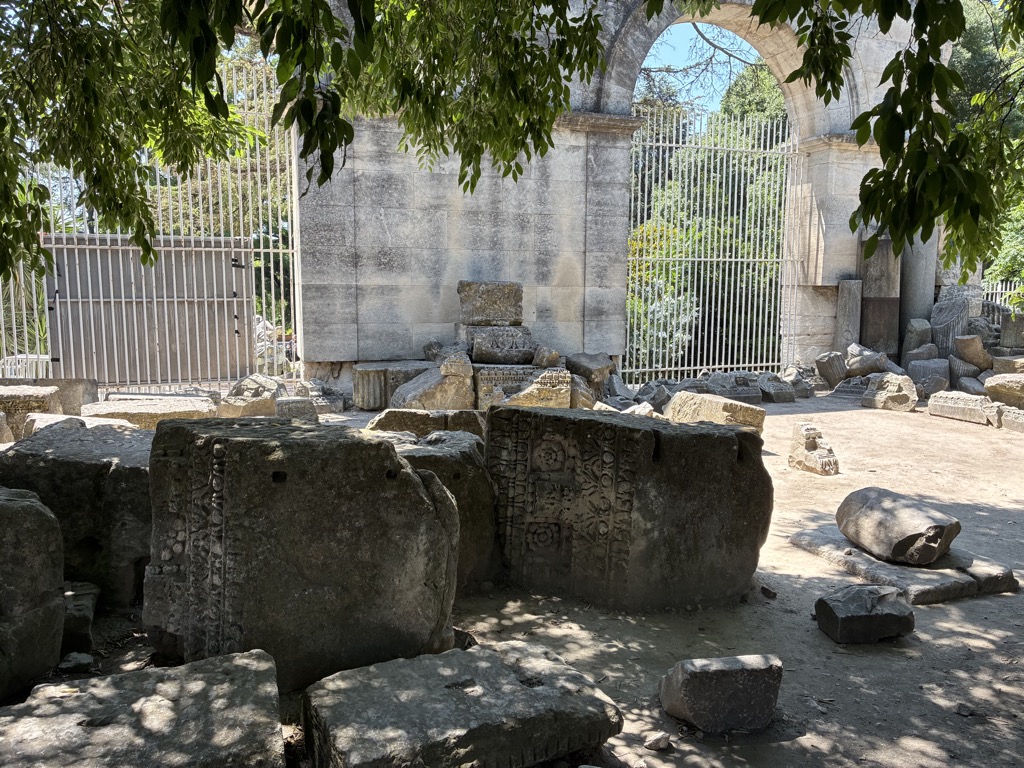
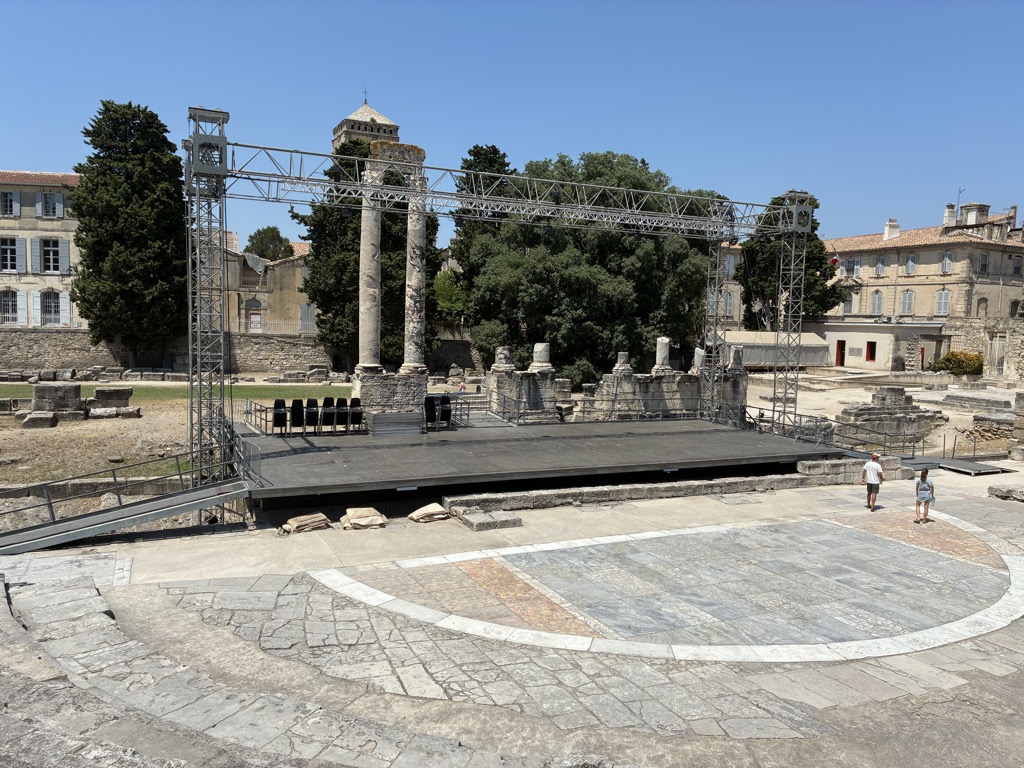

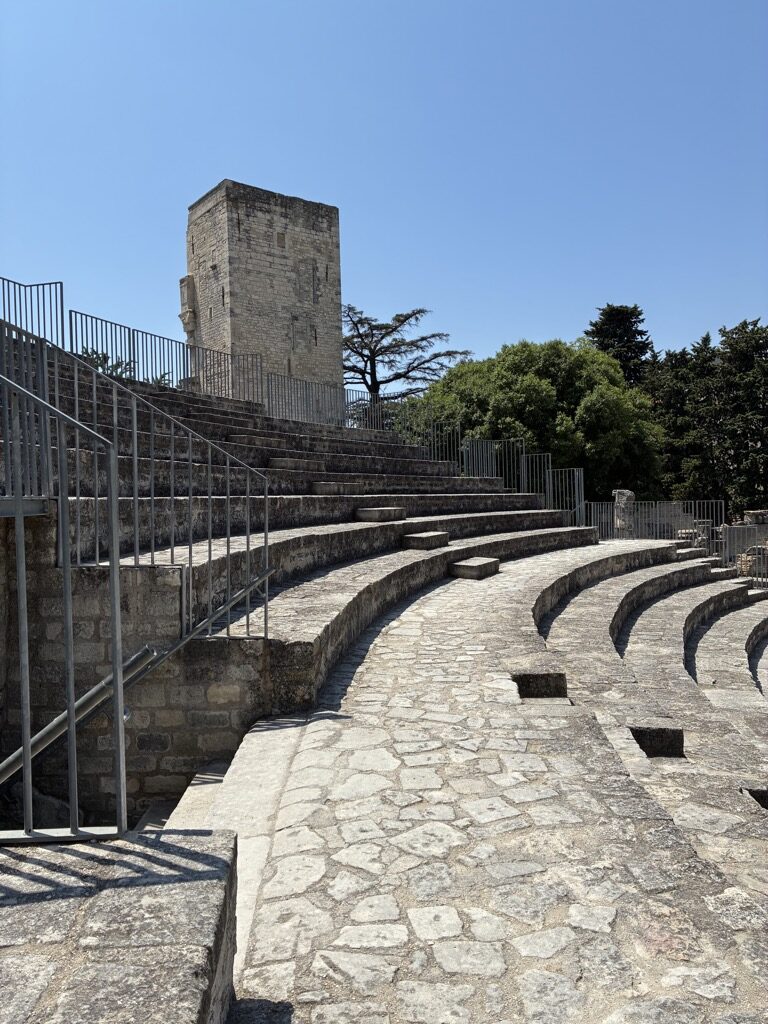
During our grand tour, we mostly visited private museums. Some were good, others not so much, and a couple were temporarily closed for restoration. If you enjoy car museums, I can recommend Musée des Citroën as I enjoyed it immensely.
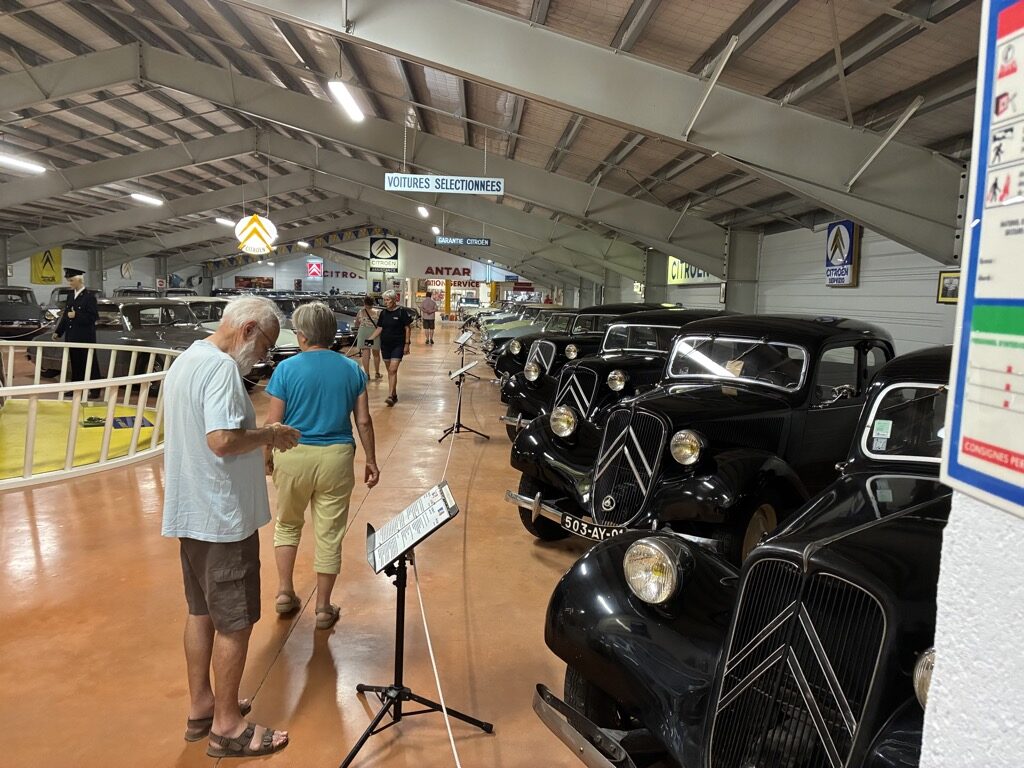
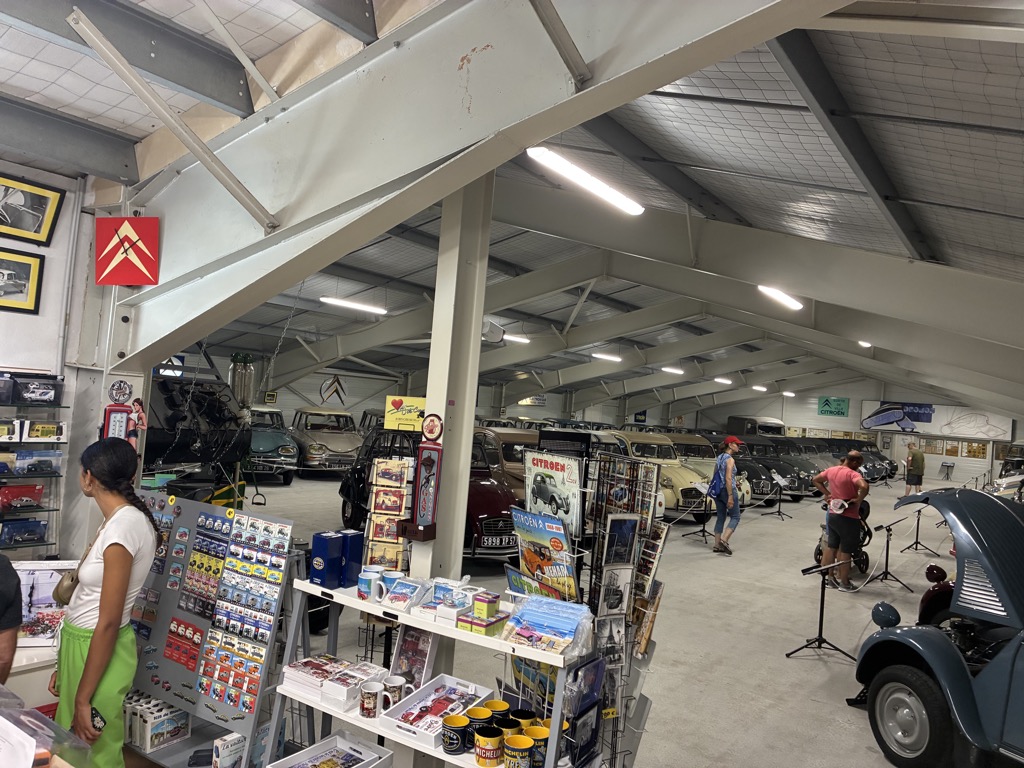

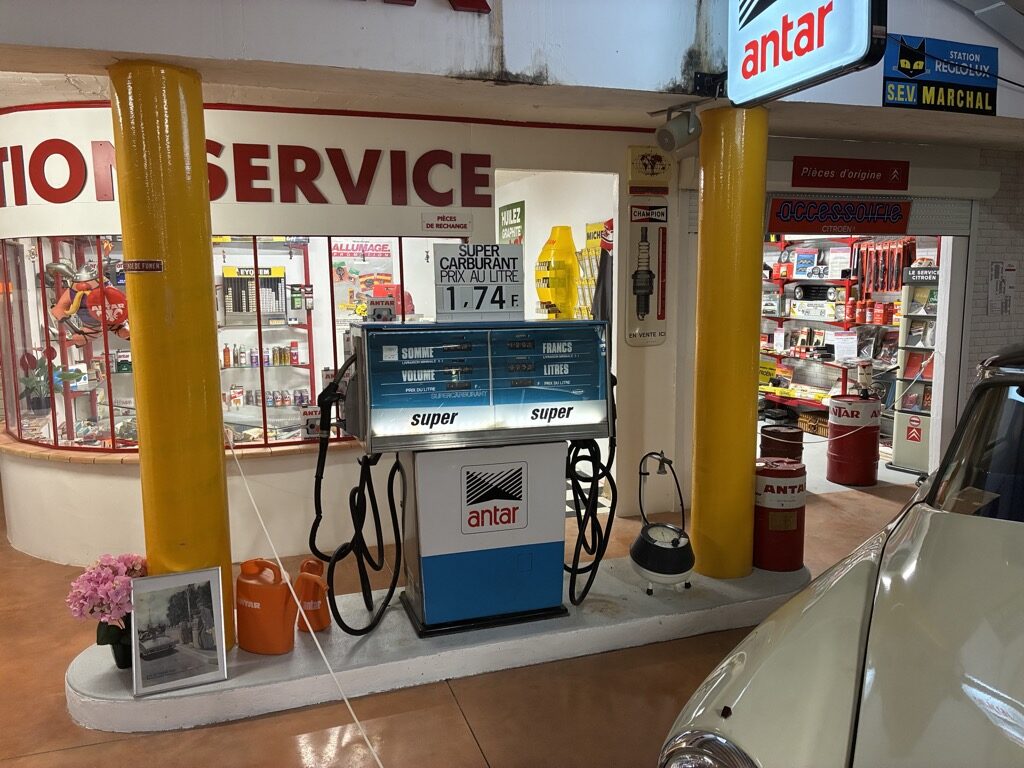
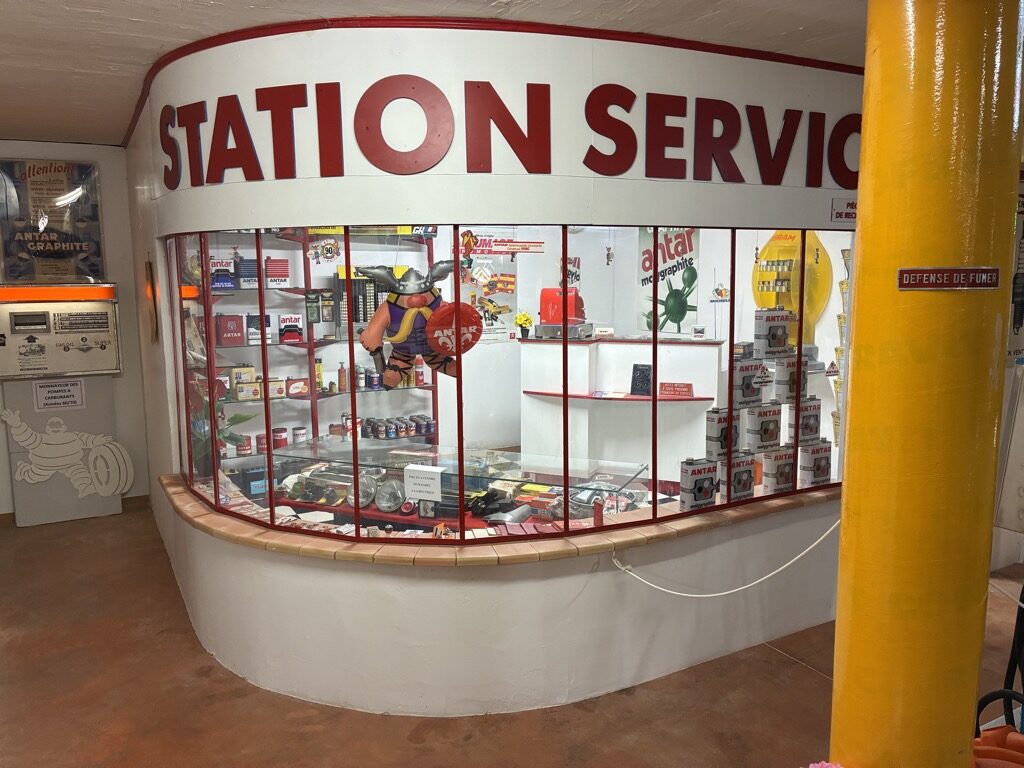
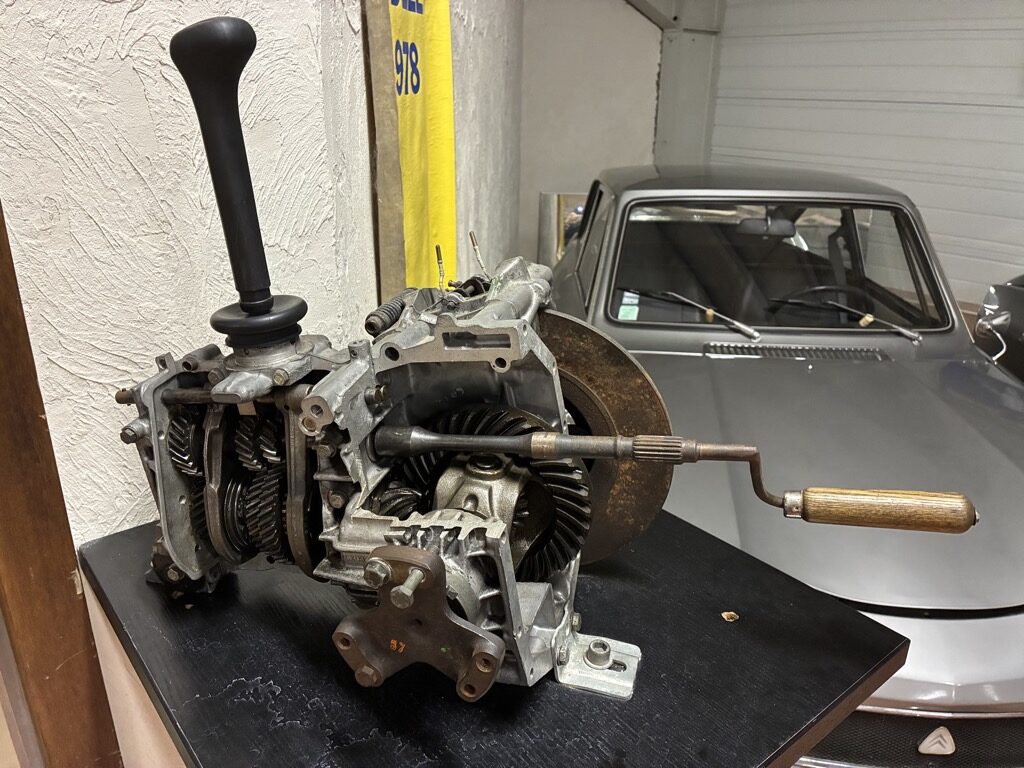
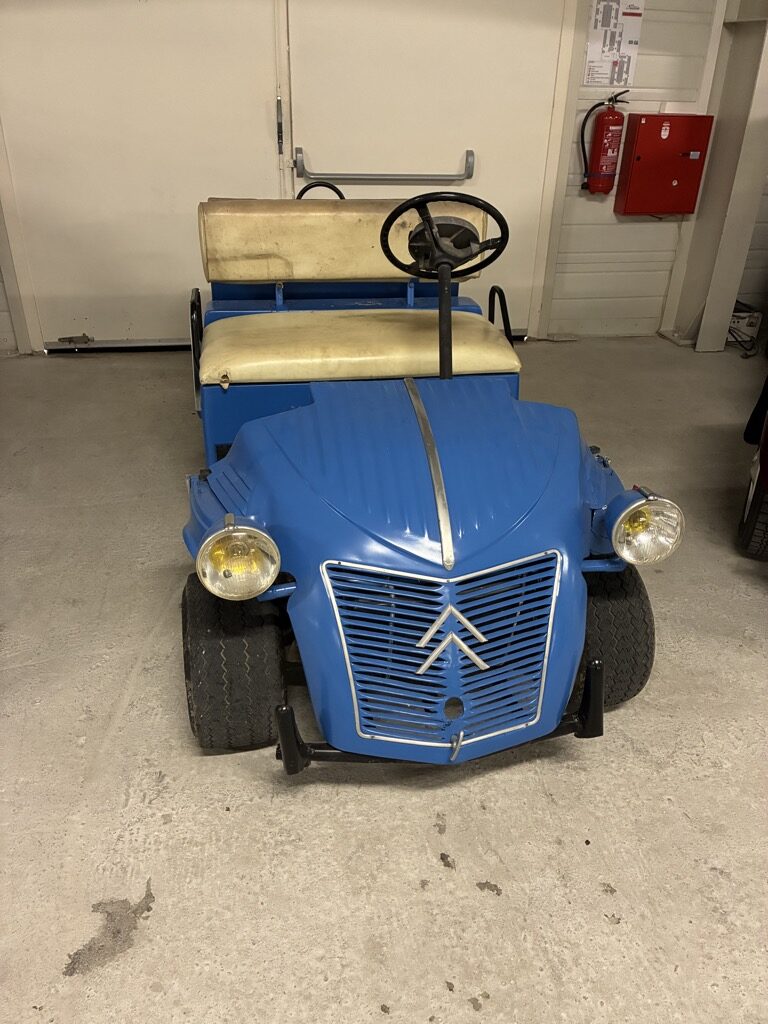
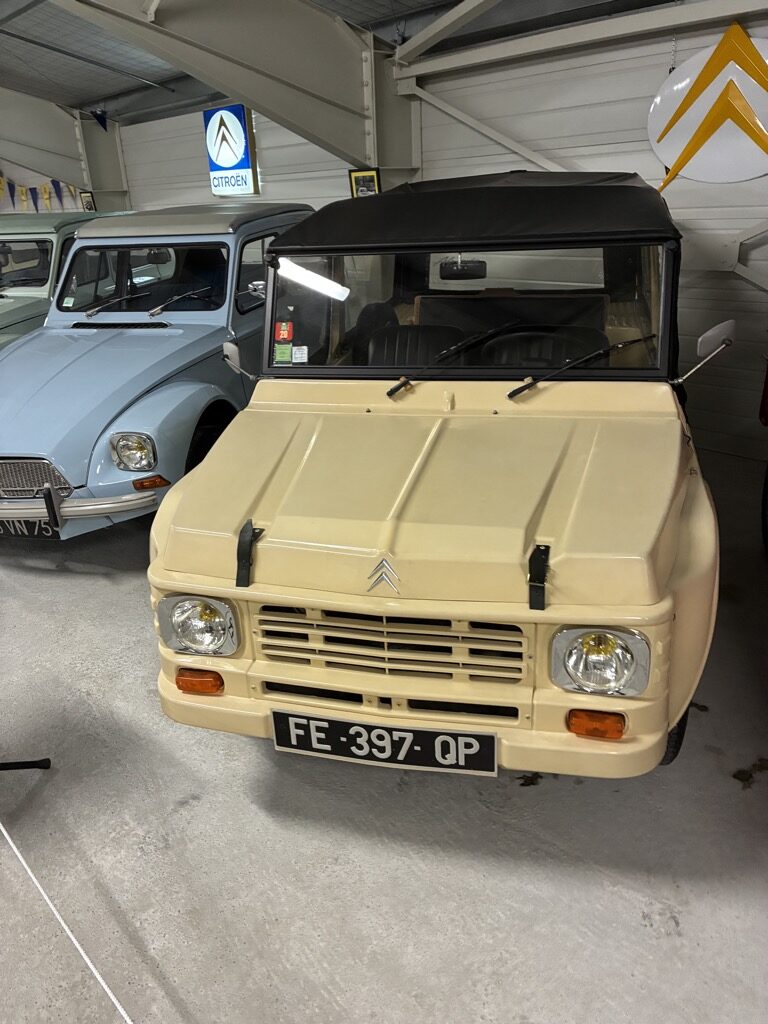
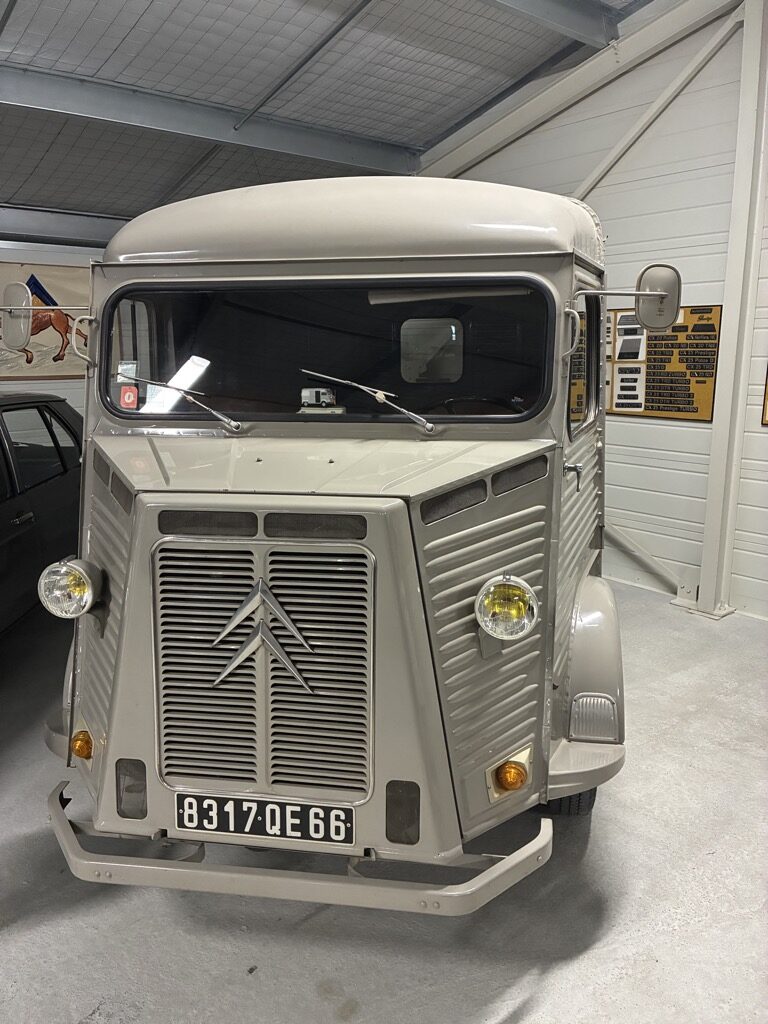
Art museums are not my thing, but Musée National Marc Chagall in Nice is really good. You can really tell the difference between a private lot and a national museum; the biggest hint is the security checks with metal detectors, especially for Jewish artists. The grand tour took us across the land from Marseille to Menton (and back), as we managed to visit Salon-de-Provence, Baux-de-Provence, Aix-en-Provence, Gordes, Grasse, Fréjus, Antibes, Vence, Nice, Monaco (only in passing), Cannes, Menton, and Arles. While some cities are cleaner and better taken care of, all share the same bathroom policy—none of the coffee shops, restaurants, or other establishments allow bathroom usage unless you are a customer, not even for kids! It seems quite heartless when an 8-year-old needs to go, yet no one lets her use a bathroom. There are public bathrooms, but I’m not sure what the deal is with them; let me elaborate. Public bathrooms that I came across are basically stainless steel boxes on the inside, with stainless steel toilets that get cleaned after each use—which is very cool, but the way it’s implemented leaves much to be desired. Once the toilet is used, the door closes and power washing starts, followed by power blowing, and it is finally ready for the next user. Unfortunately, what I found after cleaning were wet floors, walls, toilet seats, and, according to my wife, wet toilet paper. After a couple of attempts, we avoided public bathrooms like the plague. Perhaps that might explain why there was a grown man urinating in the middle of the day on a fairly busy old city street. This, in turn, explains why some areas just reek of urine. Well, I guess it’s just part of the French experience.
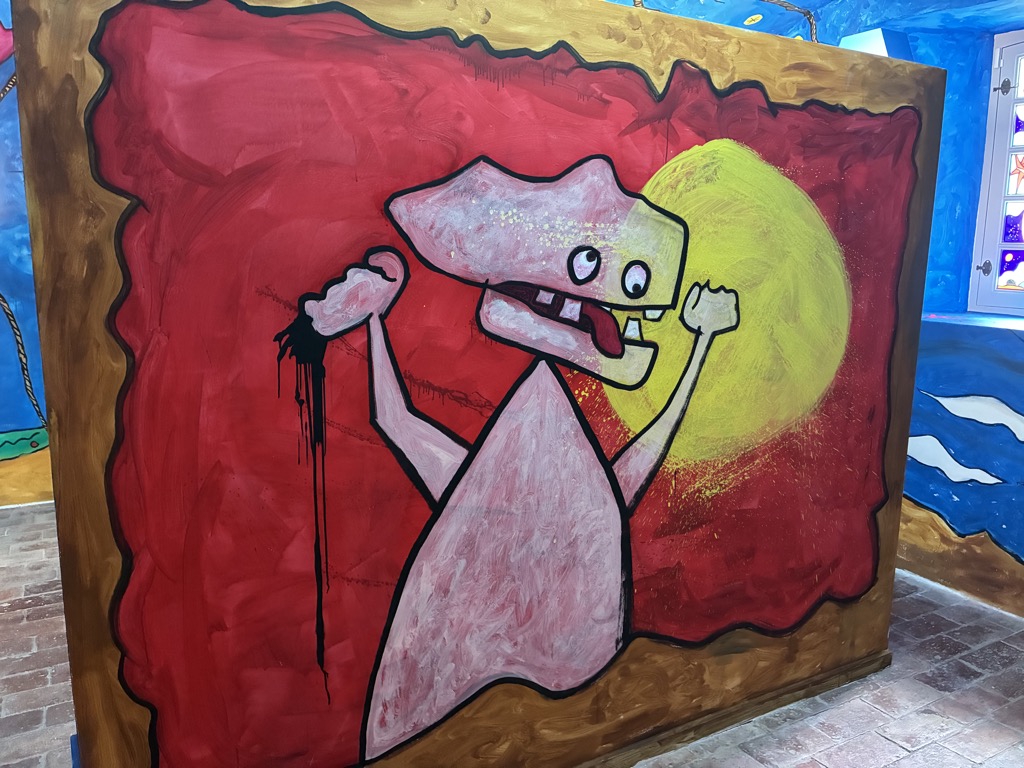
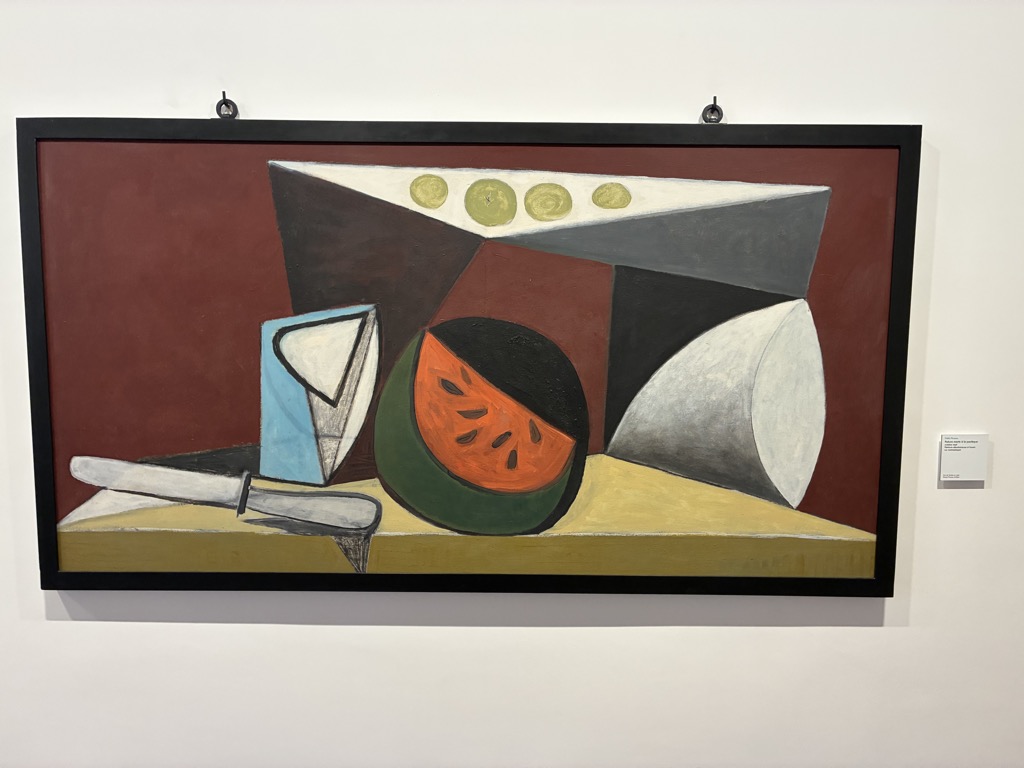
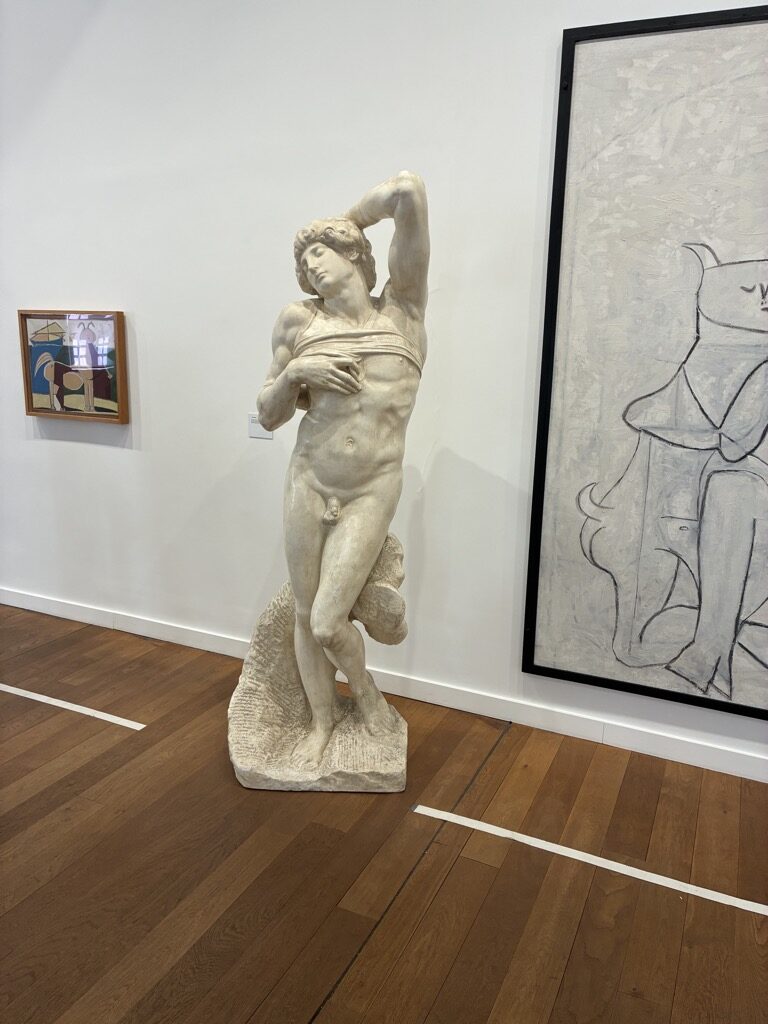
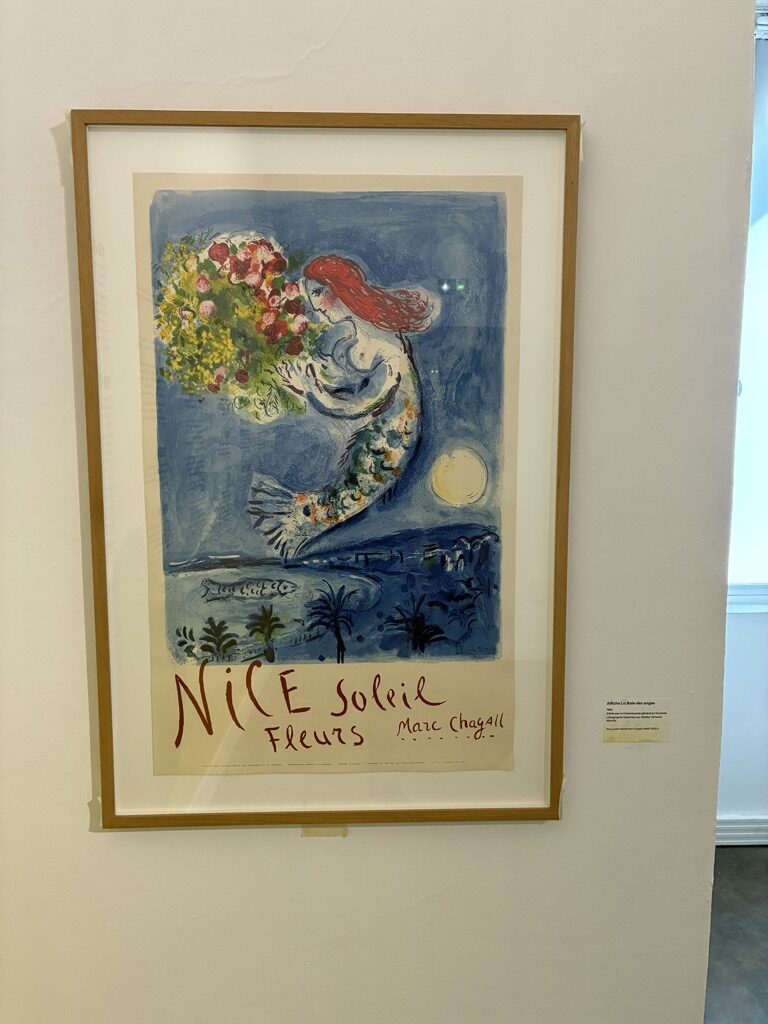
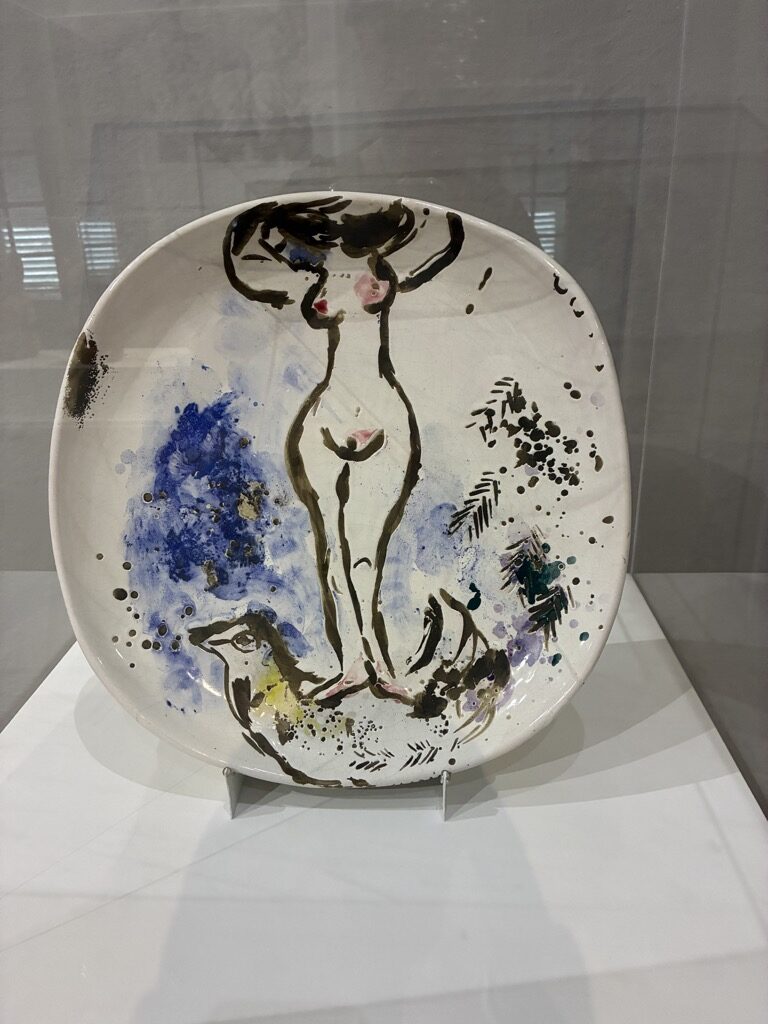
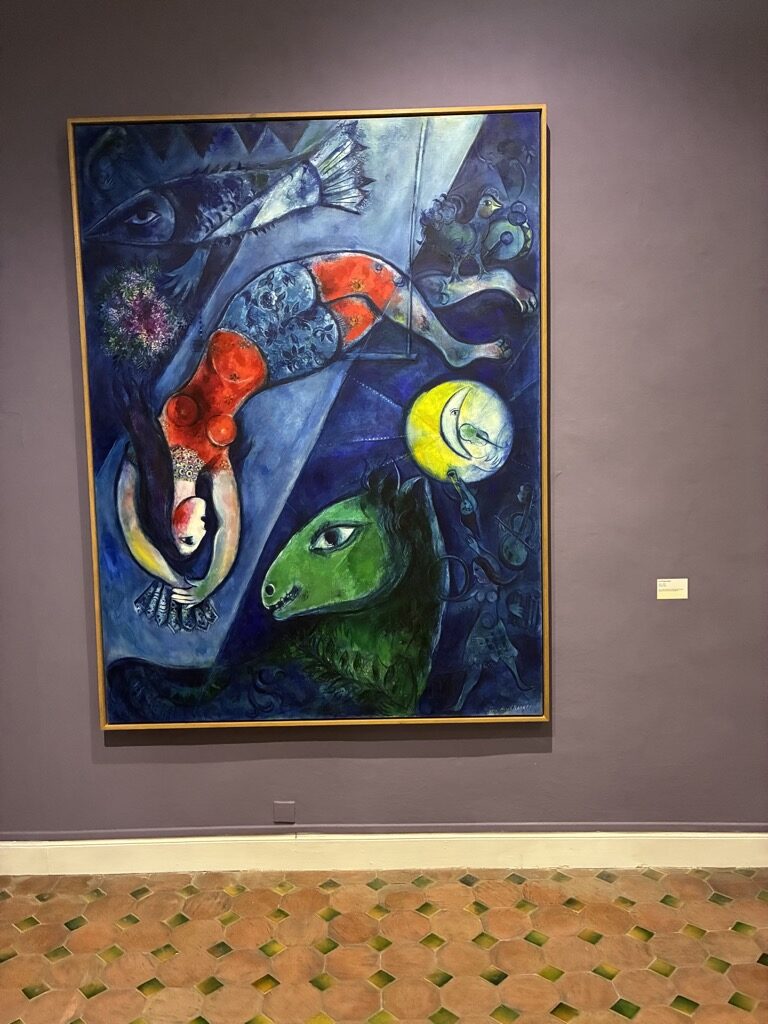
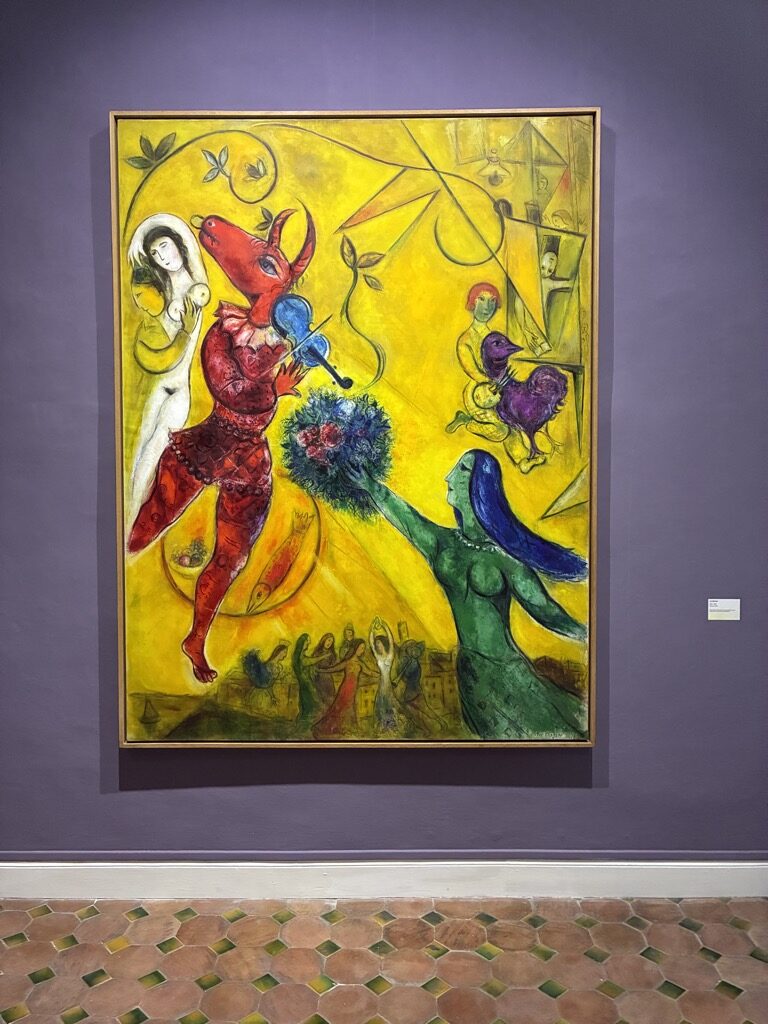
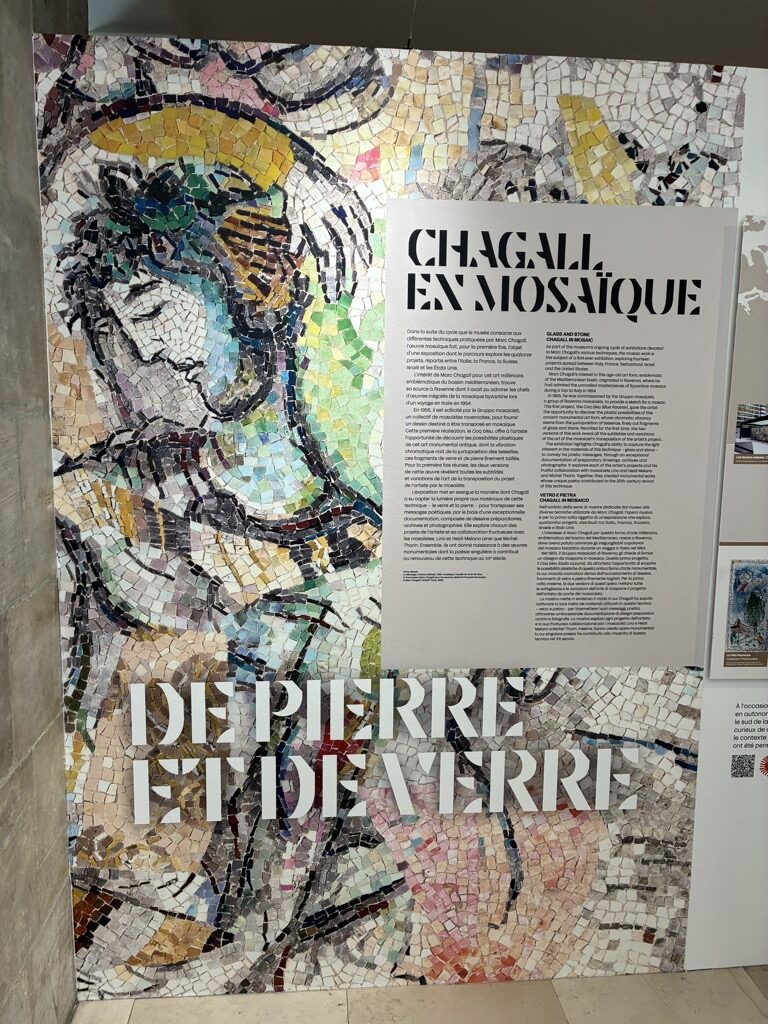

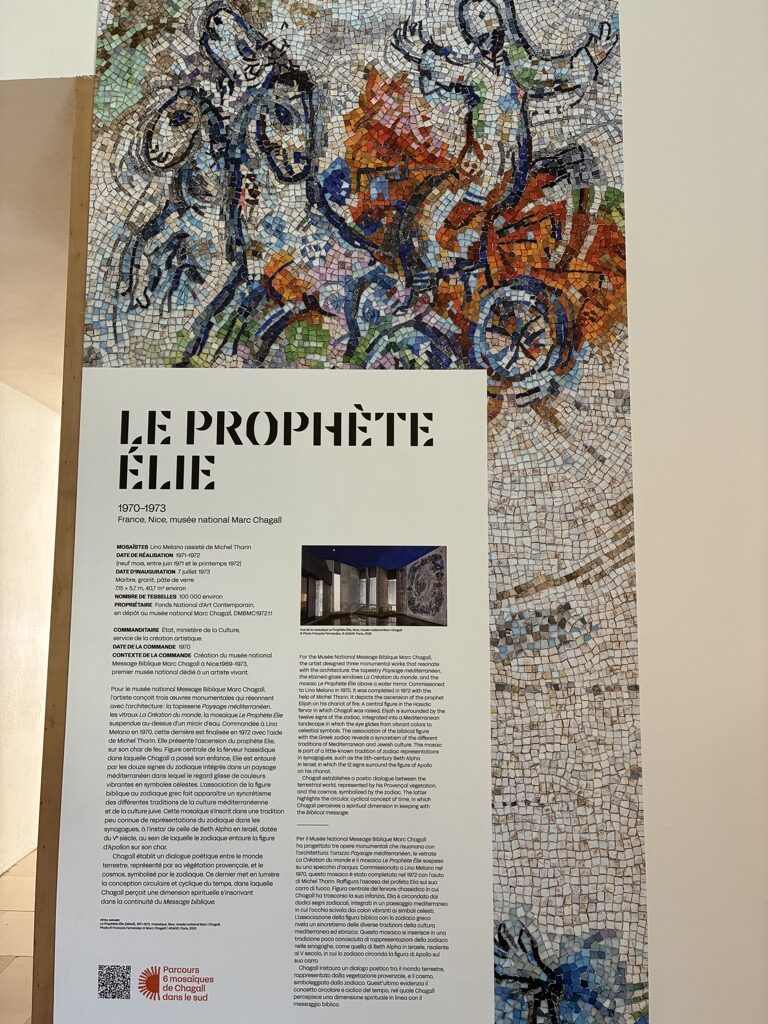
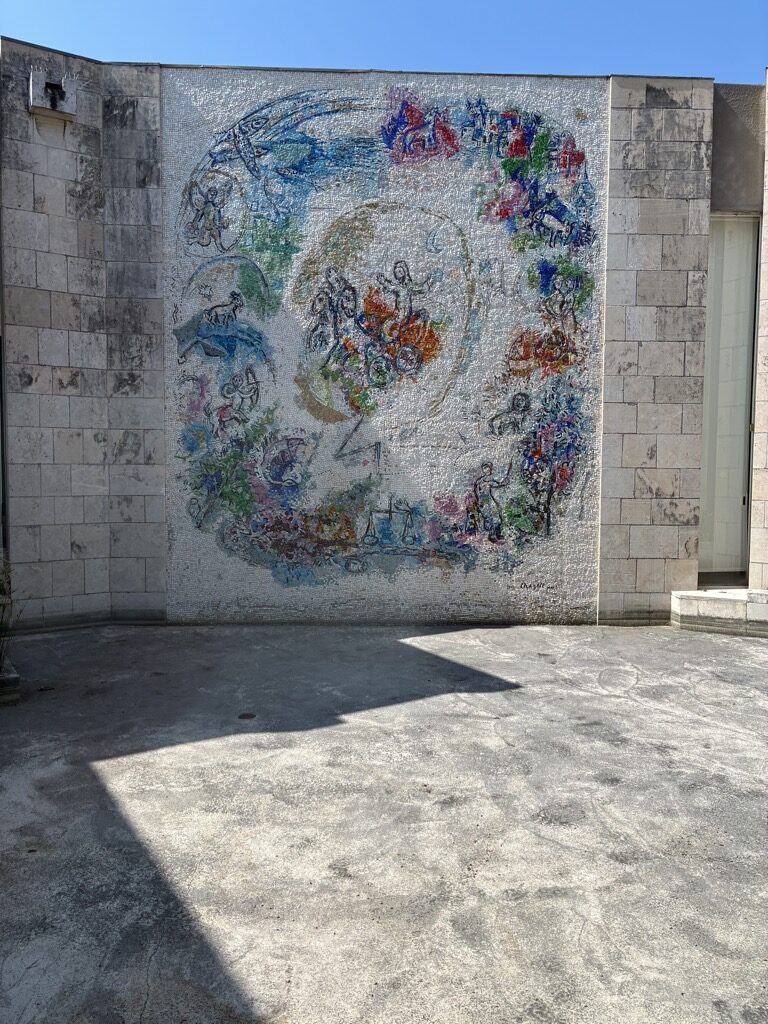


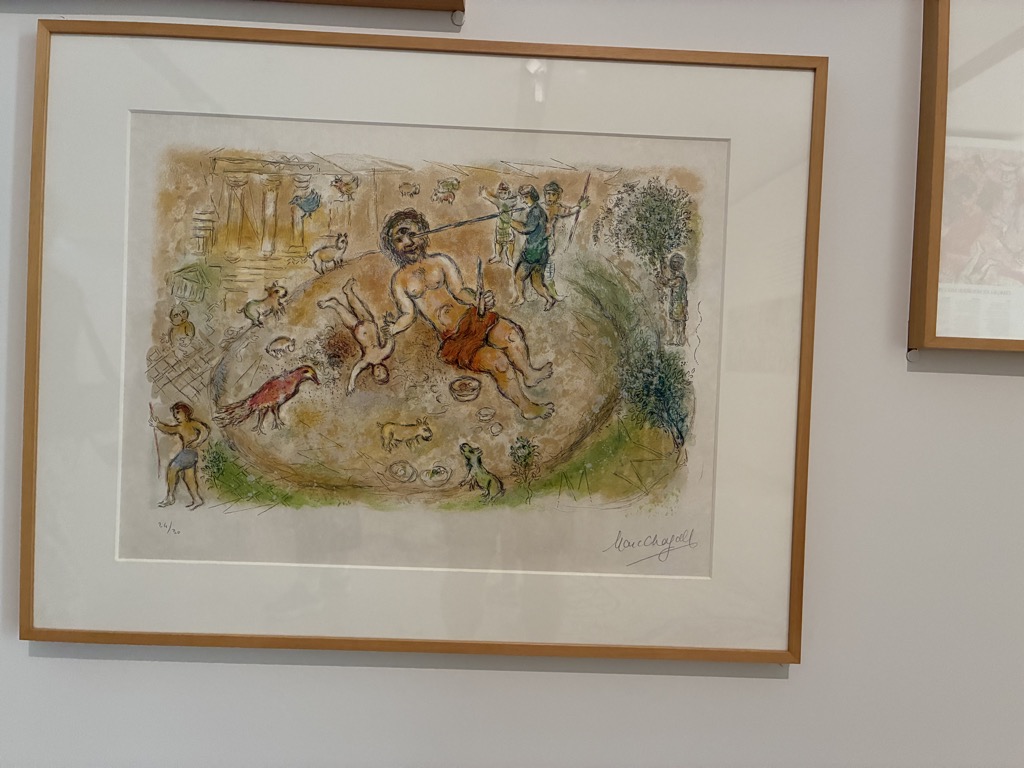
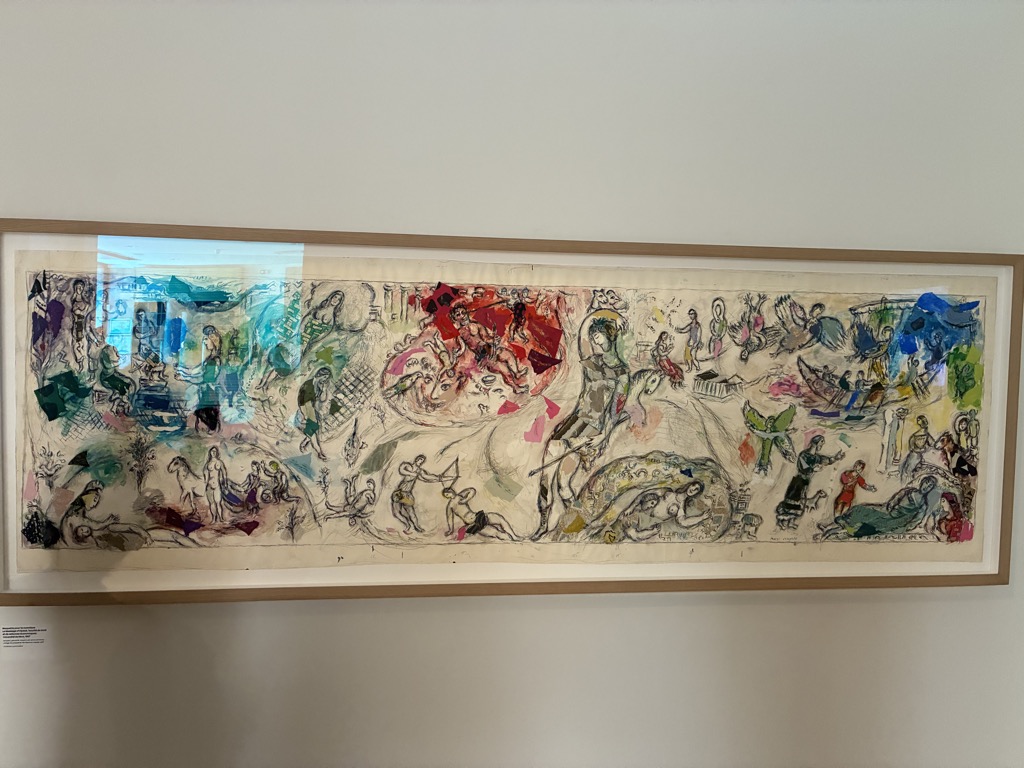
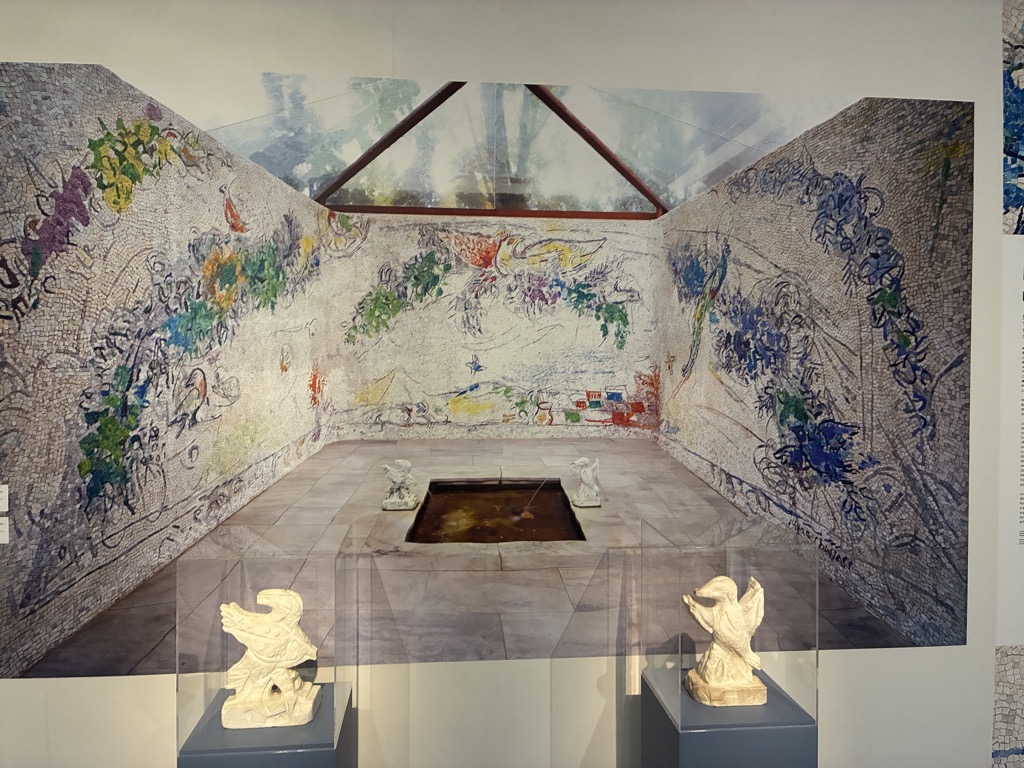

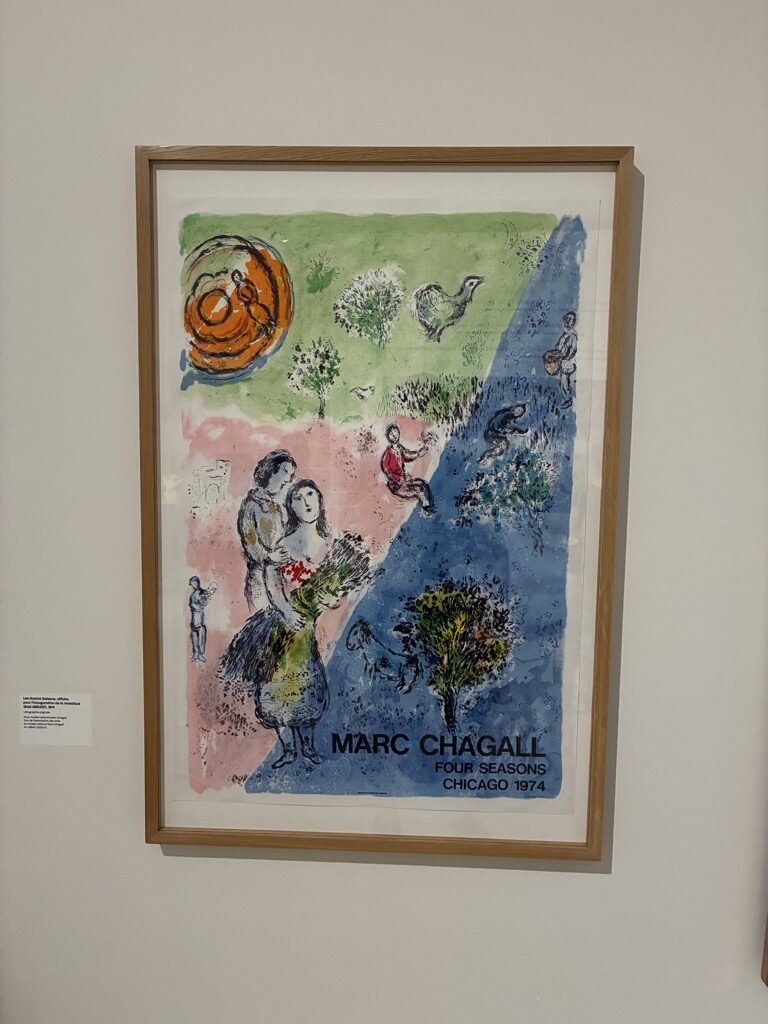
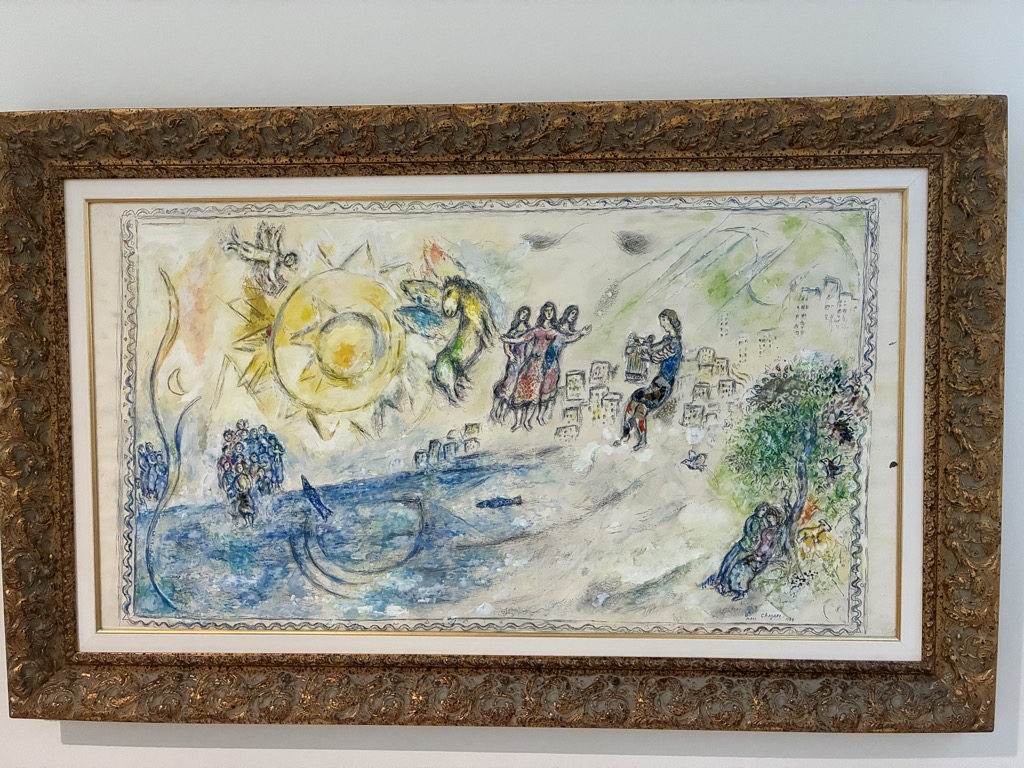
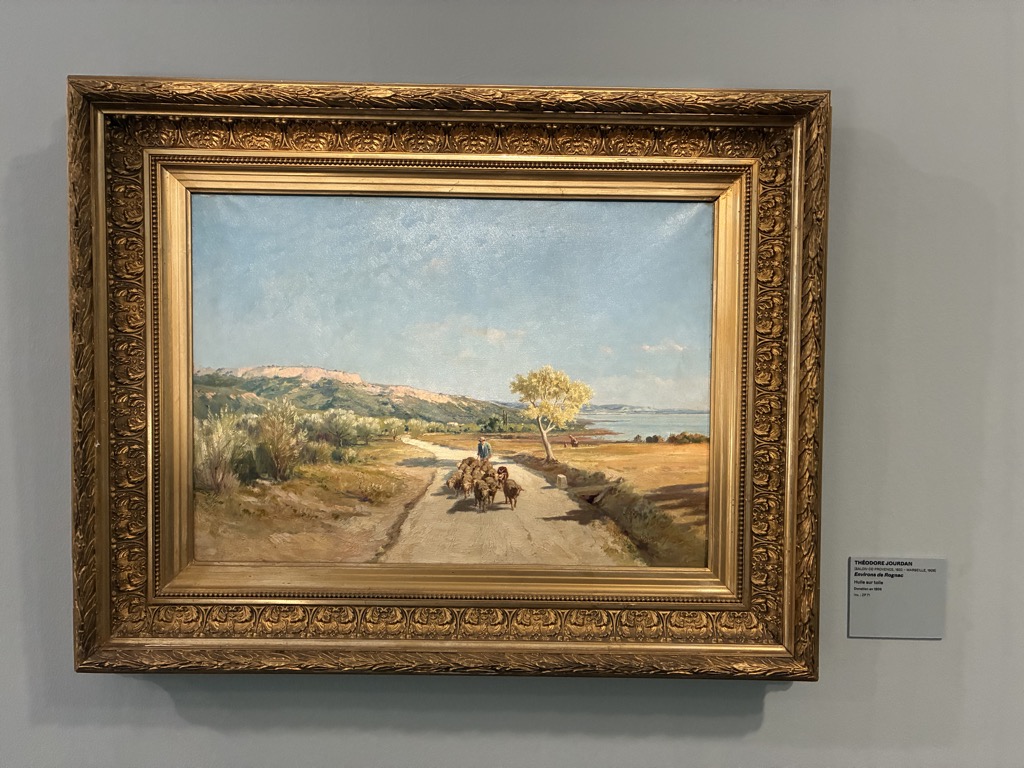
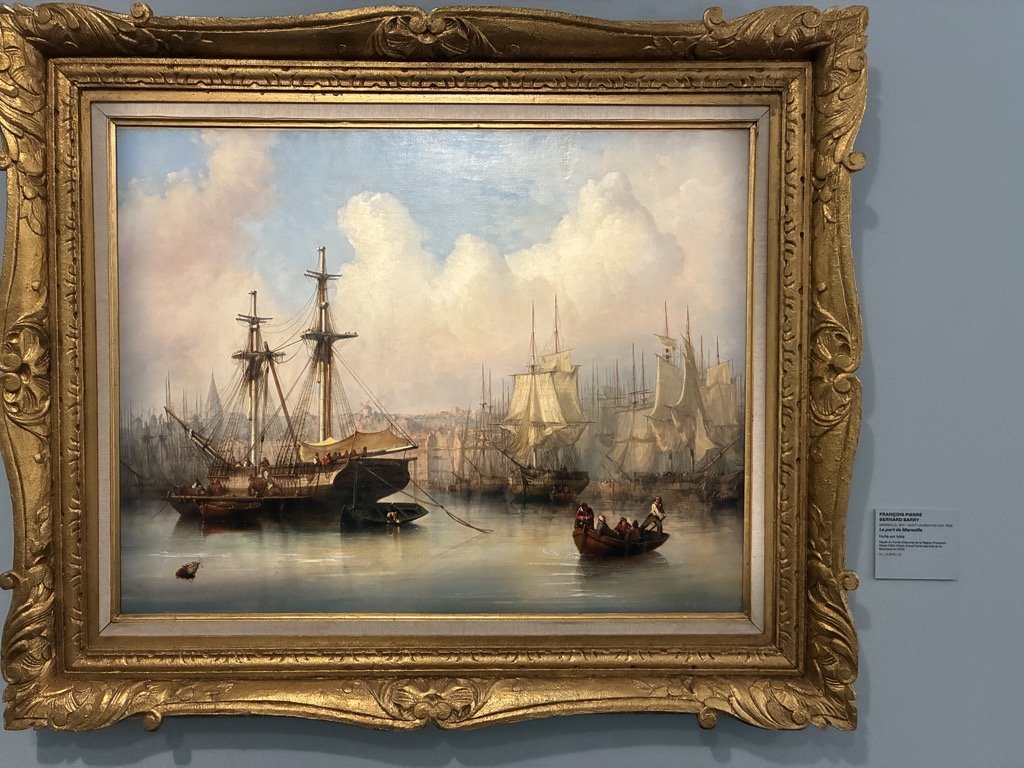
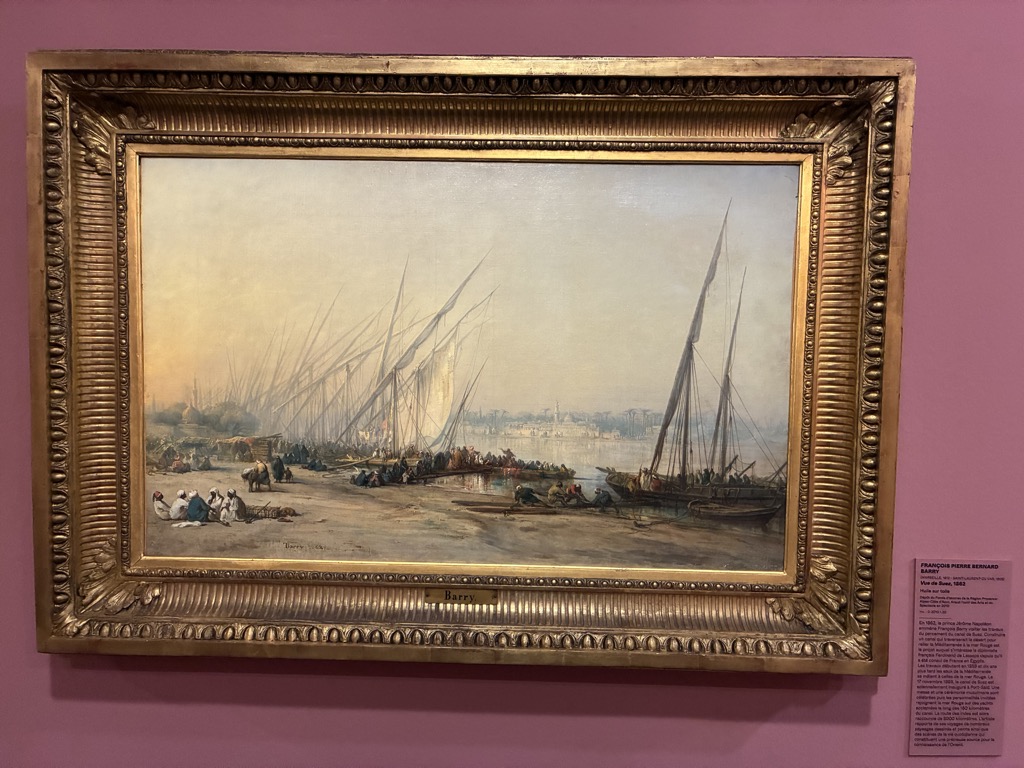

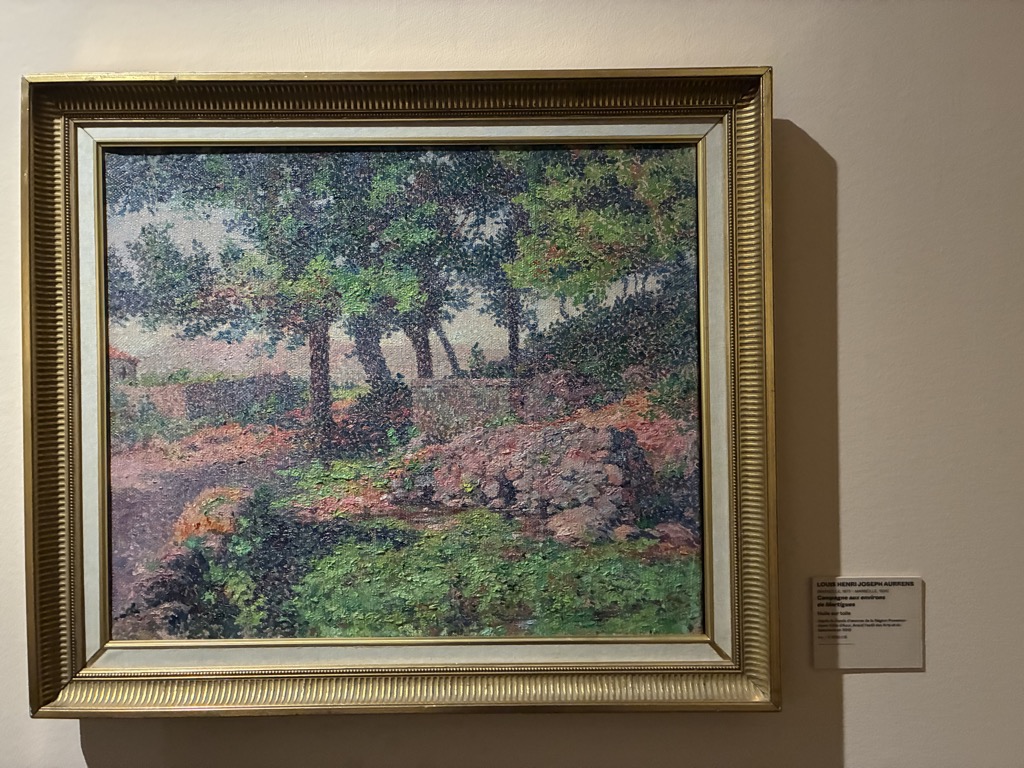
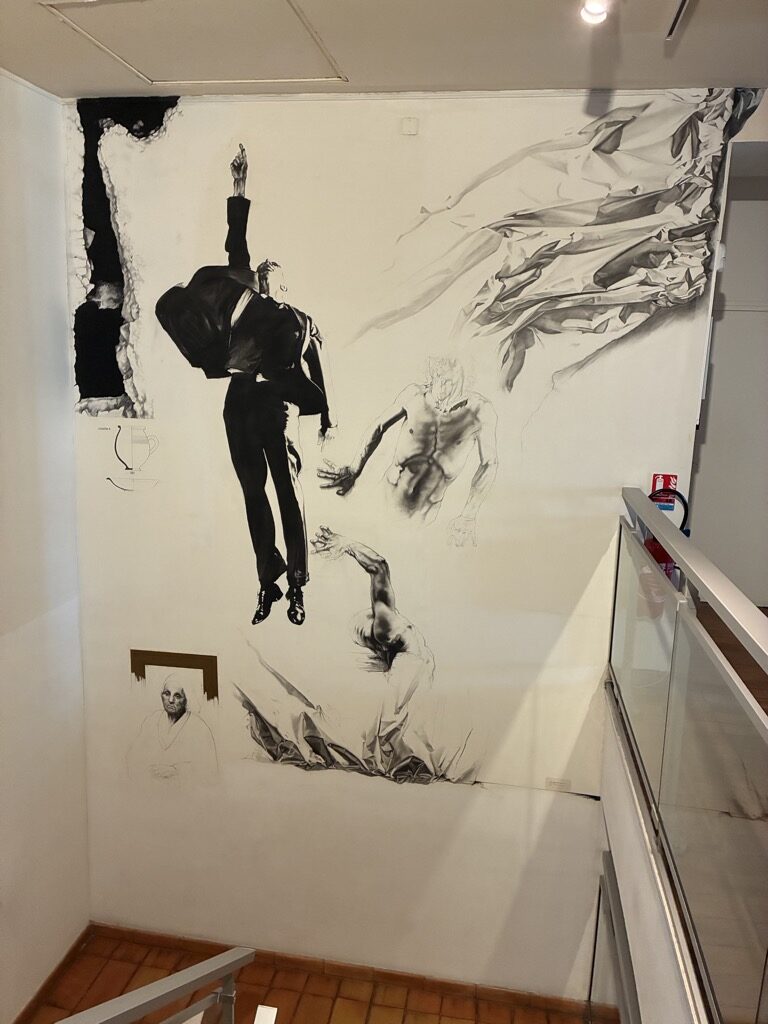
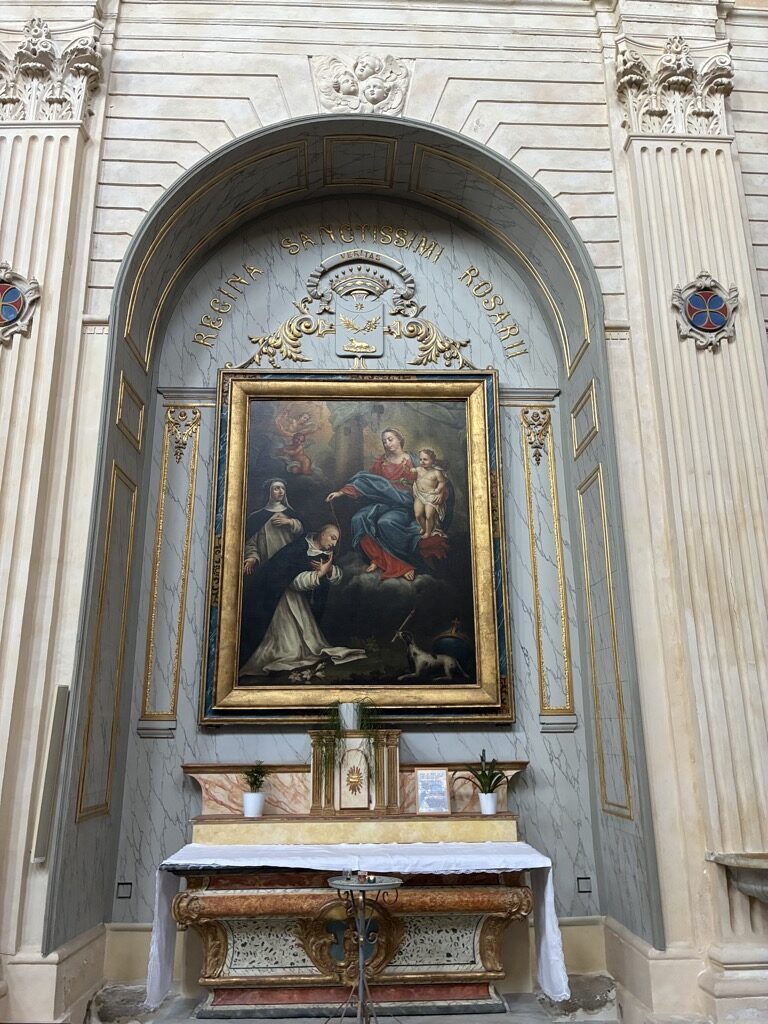
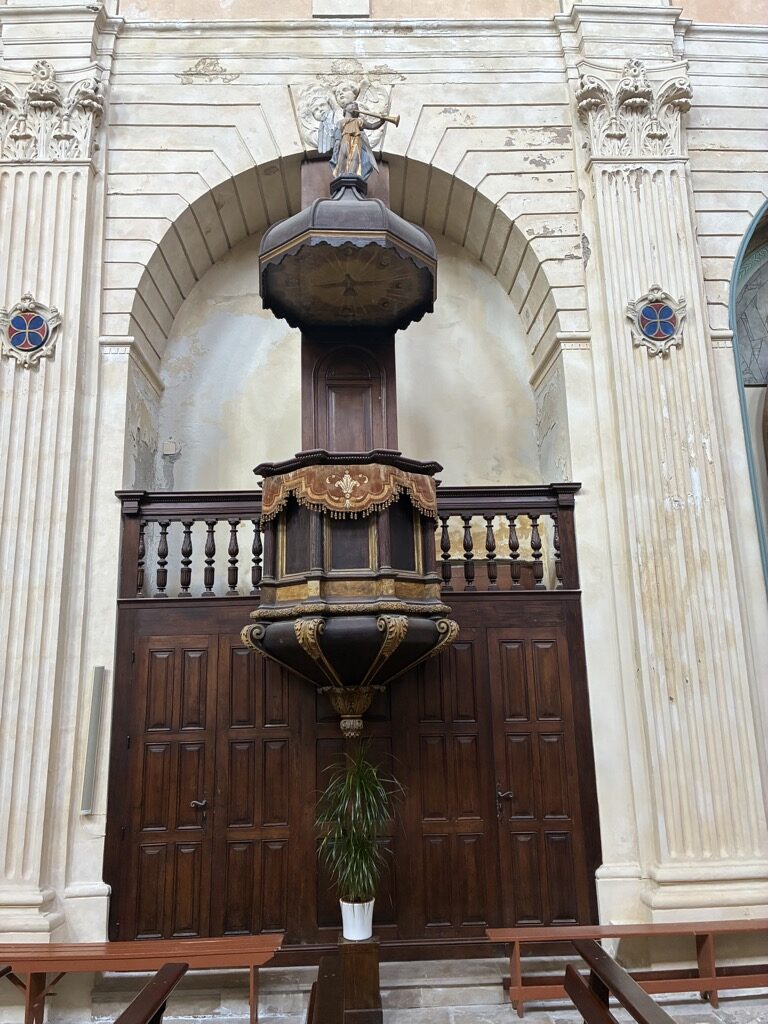
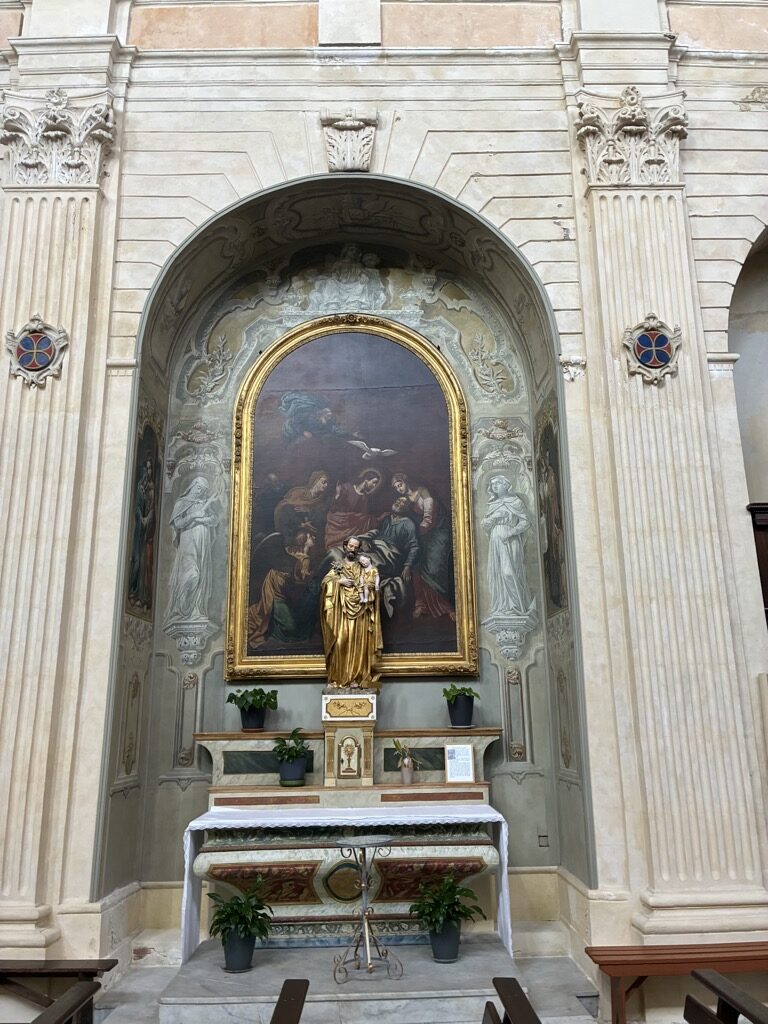
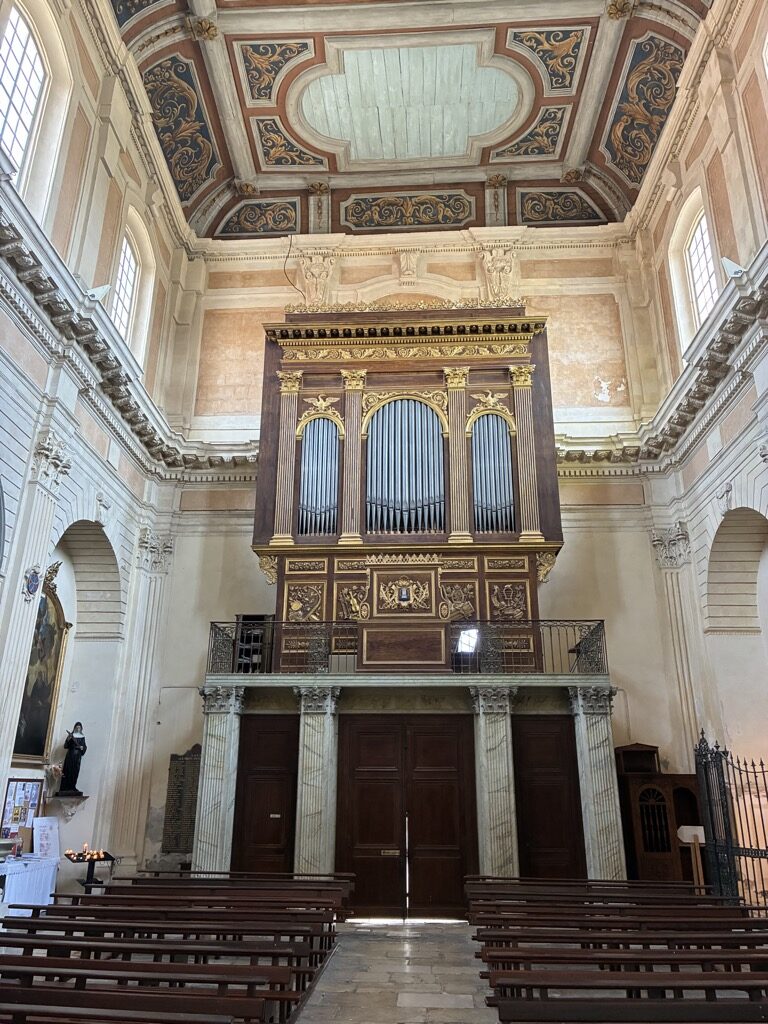

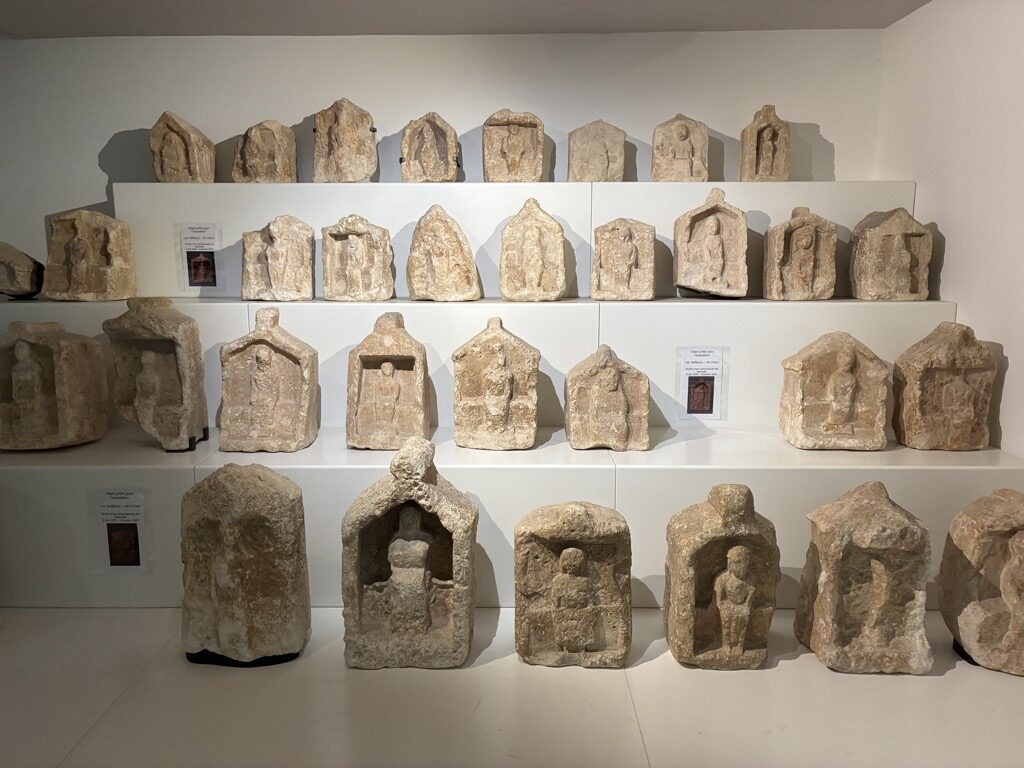
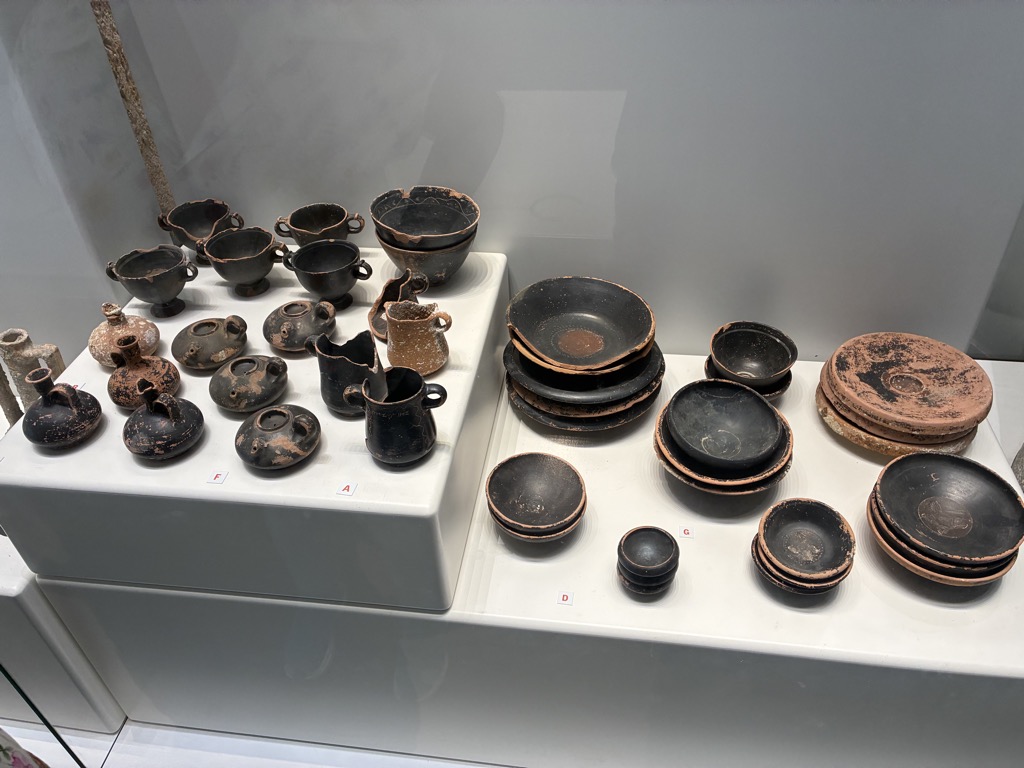
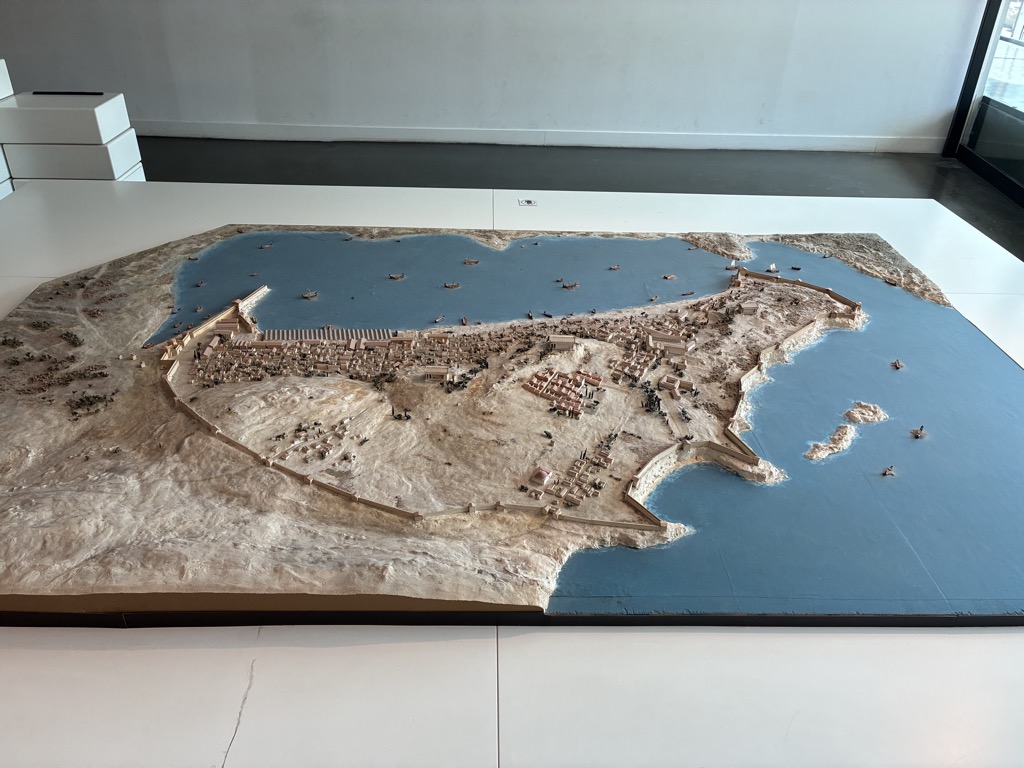

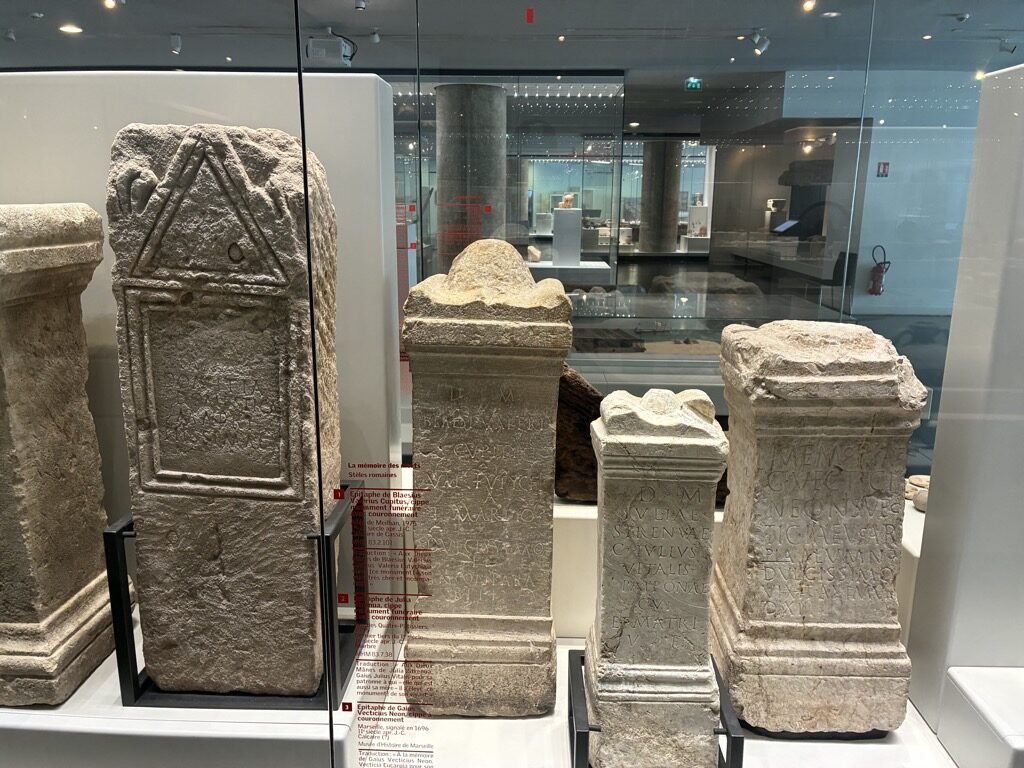
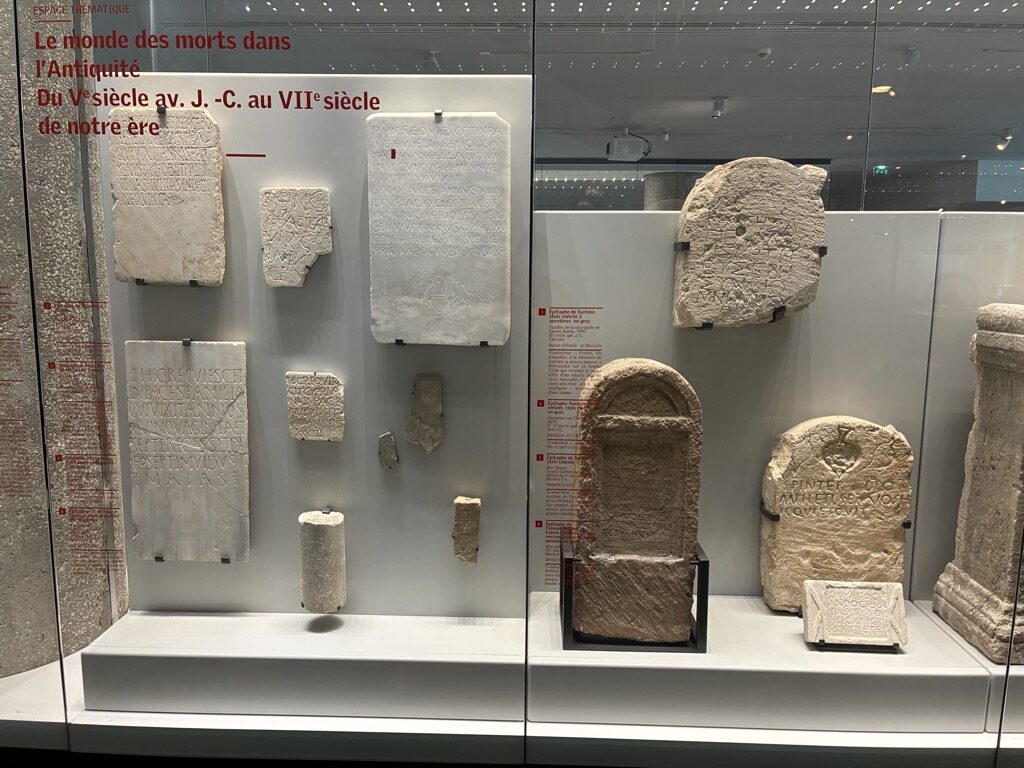
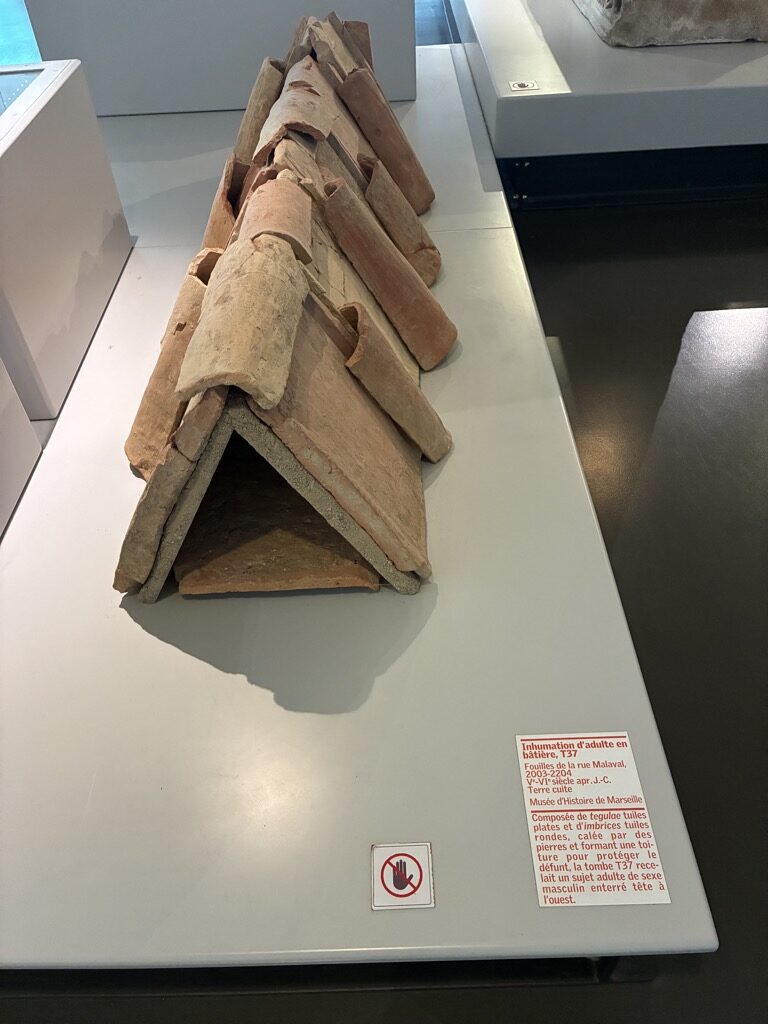
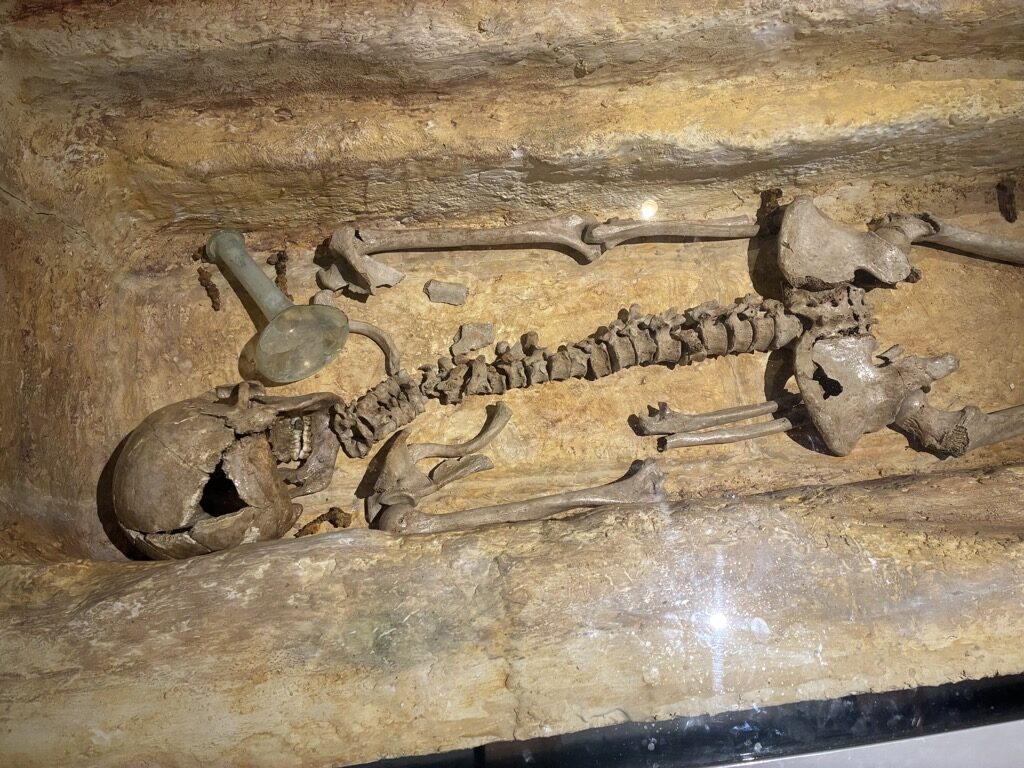
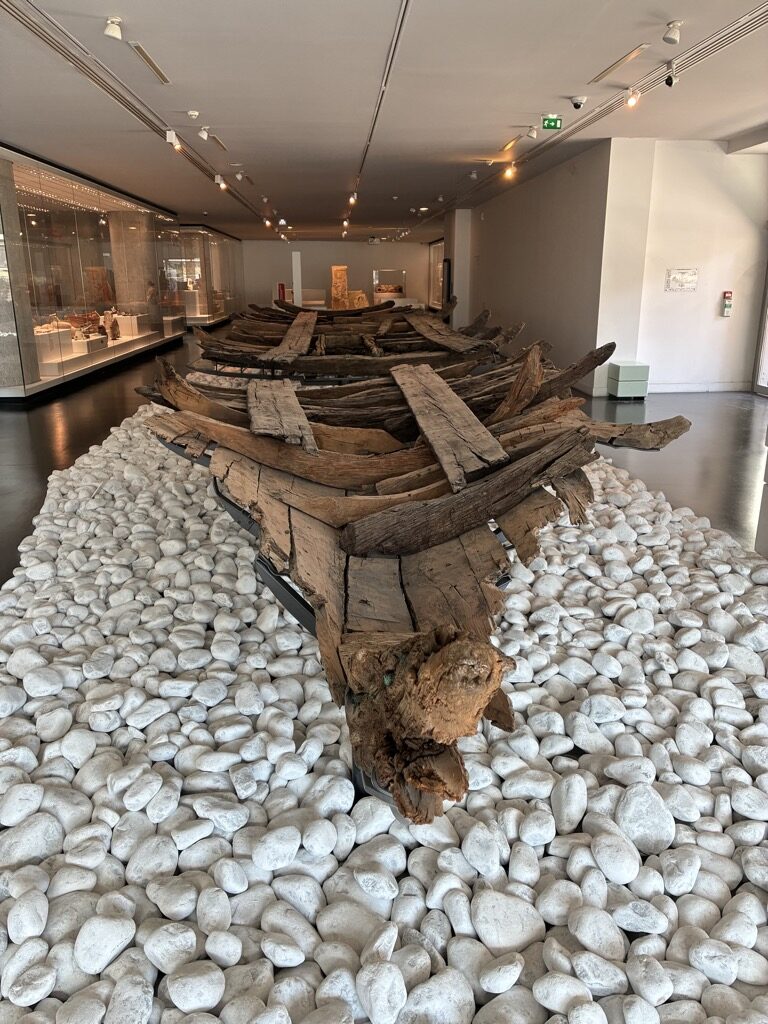
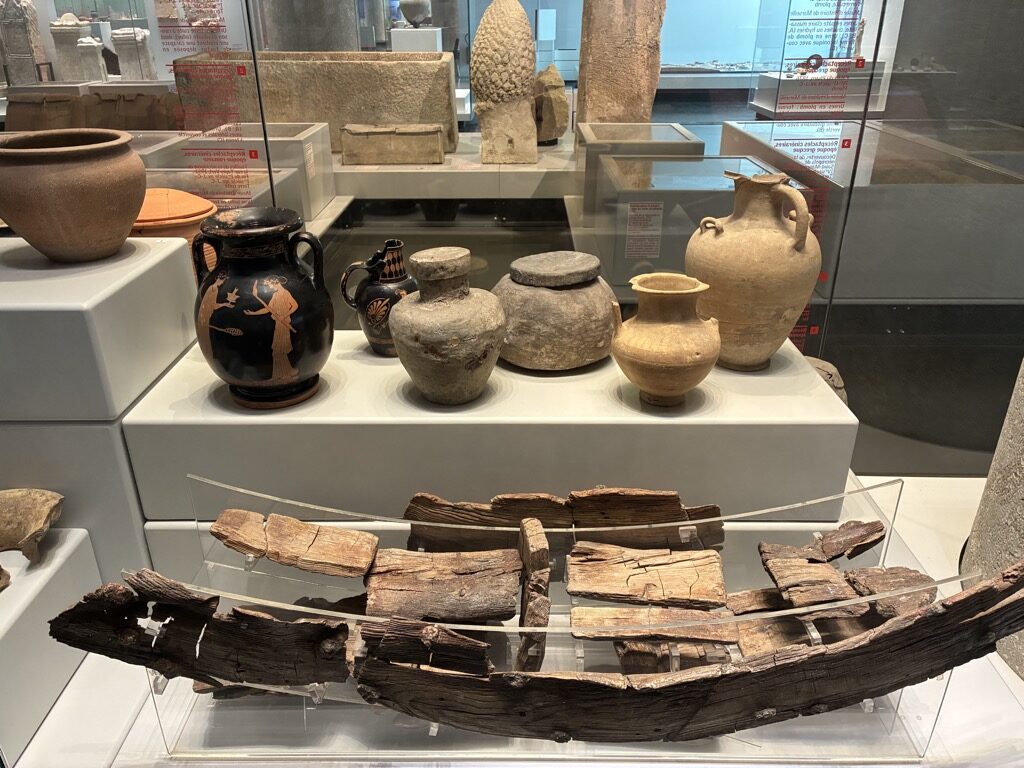
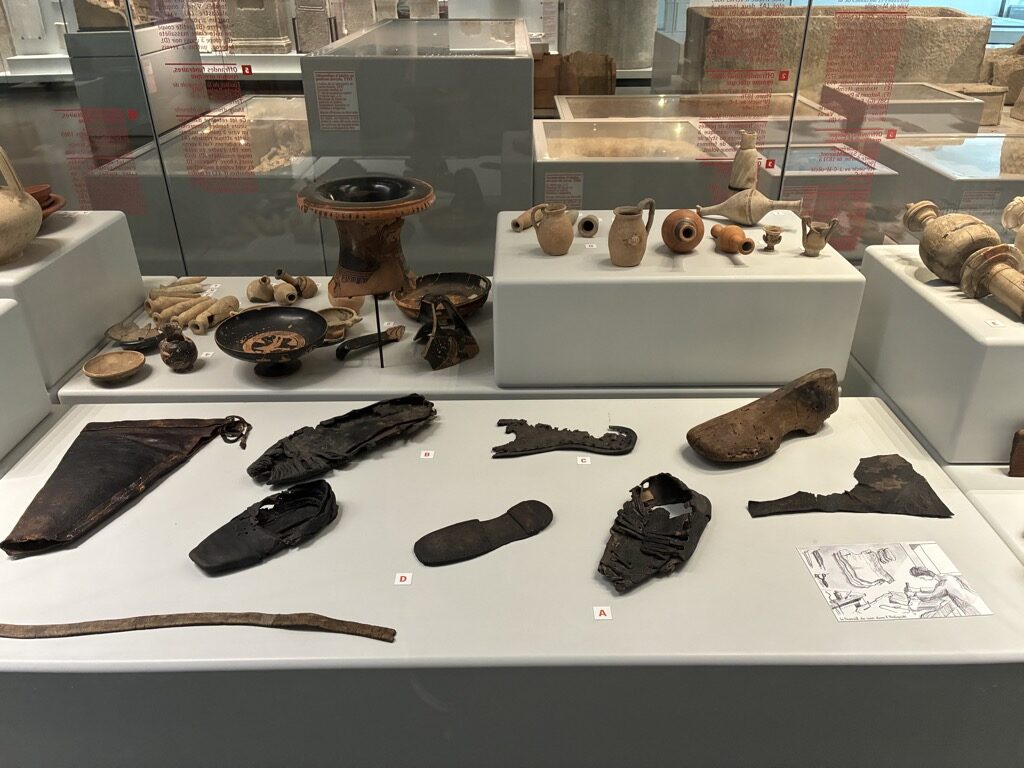
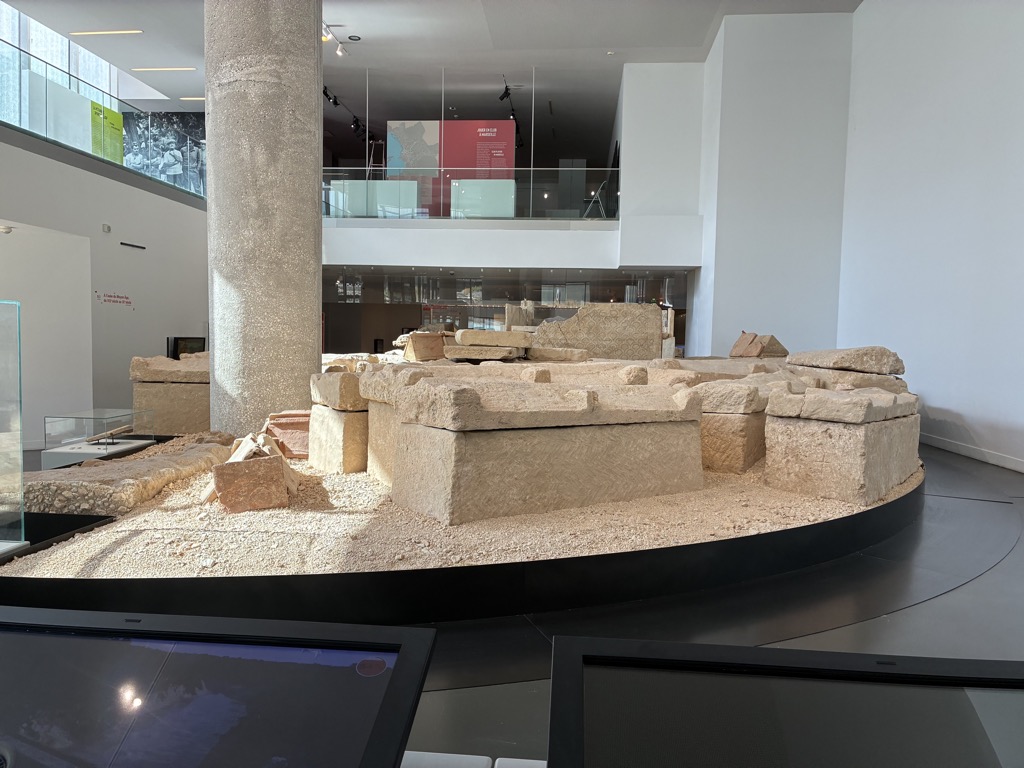
Europe has good public infrastructure, but we opted to travel by car for a few reasons, mostly flexibility. We could go anywhere at any time and haul luggage along as we traversed the land. Car rental seemed to be fairly affordable, as we rented the cheapest car for 375 euros with unlimited mileage for 20 days, which comes to just under 19 euros per day. Gasoline is quite expensive; luckily our car was sipping fuel, and after the entire trip of 808 km, including driving in the mountains, the car consumed about 75 liters, which worked out to about 130 euros. As far as driving went, the roads were pretty decent, even though my wife might disagree as some roads were pretty narrow and mountain passes a bit wild for her taste, though fun for me (Tail of the Dragon is even more fun). Since we had a road trip in Spain, slow and tight city driving didn’t come as a surprise; however, traffic lights did. The location of traffic lights is different, closer, and invisible to the first car at the light; however, a smaller version of a traffic light is mounted at a lower level right by the first car’s line of sight on the right.
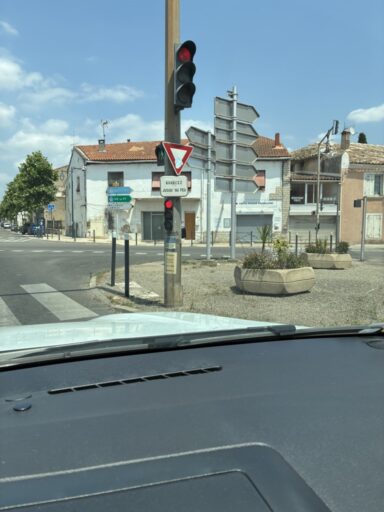
Initially, I didn’t even register the small lights but quickly learned of their existence and purpose. In North America, traveling between cities teaches you simple math: take the length and roughly divide by 100 (speed limit on highways) to get a rough idea of the time it takes to get there. In France, the math doesn’t work. A lot of the time, you will be driving through towns with speed limits of 30–50 km/h (enforced by speed tables), and when you get to a highway (non-toll), the speed limit might change several times per single kilometer—here it’s 80 km/h, now 120, slow down to 90, now go 120, and slow down to 70. It was mentally taxing just to keep track. Luckily, Google Maps displays the speed limit on any given road. I often wondered who designed the road speed limits and how much money they wasted on signs. It would have been better to average the speed limits, saving money and headaches. Even more hilarious was the fact that mountain passes didn’t seem to receive the same level of care. They would have signs for 80 km/h even though going that speed might be reckless at best and dangerous at worst. All in all, driving in France is different but not in a significant way. If you plan to travel by car, I strongly recommend researching and planning parking. Some parking lots are better than others; consider theft, damage, or just tight parking spaces that not every car can fit into. Research ahead and pick primary and secondary parking locations in case the primary parking lot is full—it will save you time roaming around in busy city traffic. In addition, you will save yourself from pricing surprises. Different cities have different pricing structures; some parking lots might be significantly higher priced. It’s reasonable to expect anywhere from 6–8 euros for a few hours to 15–25 euros depending on the location and city.
As we moved along the French Riviera, we stayed in different places, and not all of them were hotels. My wife prefers hotels as she always says, “there are standards,” and I learned the truth of that. We rented a couple of private places; one was a big wagon with an entire apartment built-in, including a tiny kitchen area with a tiny stove, tiny fridge, small sink, and such. The place was very cute, had air conditioning, and private parking (which you don’t see often). It also had an outdoor hot tub—which for some reason was an extra 30 euros per day—an outdoor patio, and a private zoo. It is quite something to wake up, go outside, and see a couple of llamas barely paying attention to you. While I was baffled, the kid actually enjoyed the zoo, as the very welcoming owner let her feed the animals. I guess some retire and go to Florida, others buy and sell cars, some travel, and some set up a zoo with donkeys, swans, ducks, chickens, llamas, wallabies, and whatever else I didn’t see behind the fence. As much as I enjoyed the place, it was lacking in the bedding department. The bedsheets were very cheap and felt like plastic, which didn’t add any joy to sleeping. I wish the owner hadn’t skimped on that. Another issue was ants—after a couple of days, they appeared in the kitchen sink and were happy to grab any crumbs they could find. Judging by ant traps left by the owner, it was not a new problem. Next was a private apartment in the historic city of Vence; I dubbed it the hobbit house. The entrance was narrow and low. I quickly learned to duck after hitting my head on a ceiling beam a couple of times. While the apartment had a washing machine, kitchen, normal-sized fridge, bathroom, TV, and Wi-Fi, it lacked air conditioning. The owner explained that air conditioning was not allowed in the historic part of the city, but I doubt that. I found air conditioners elsewhere in the historic part of the city and even worked out how to integrate air conditioning into the apartment without the intervention of a construction crew. After the first and only night of “open windows,” it became painfully obvious that mosquitoes were out and about. Even worse, once morning came, mosquitoes were quickly replaced by flies. The situation wasn’t helped by dirty floors and towels that needed to be thrown out a decade ago, but by that point, it didn’t bother us much. The entire stay was less than pleasant. The owner promised to bring a fan but never showed up. The final nail in the coffin came as a message from the owner demanding reimbursement for couch cleaning; however, no photos or additional information followed. One thing I learned: if you want an adventure, don’t limit yourself to hotels, but otherwise, remember: “hotels have standards.”
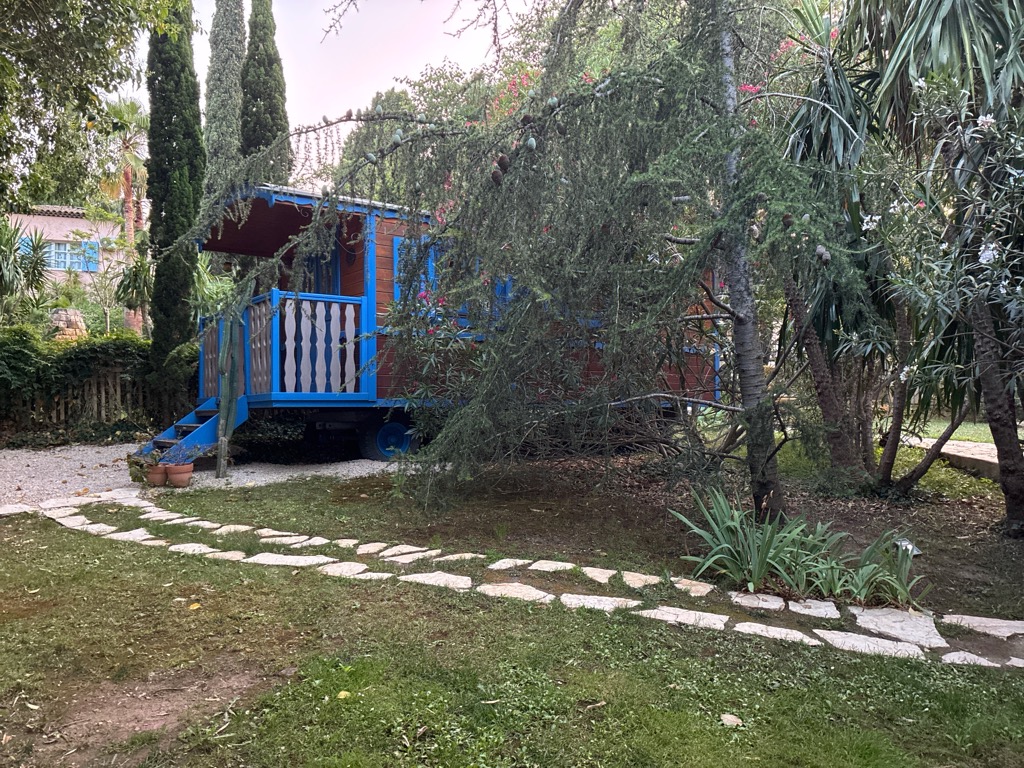
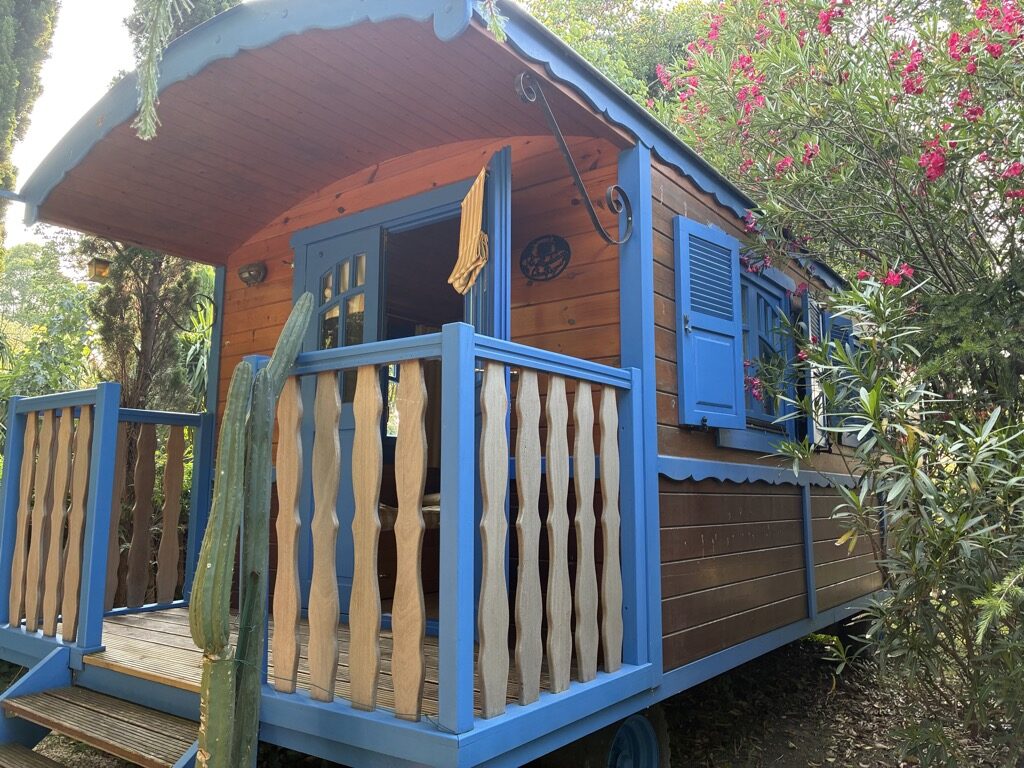
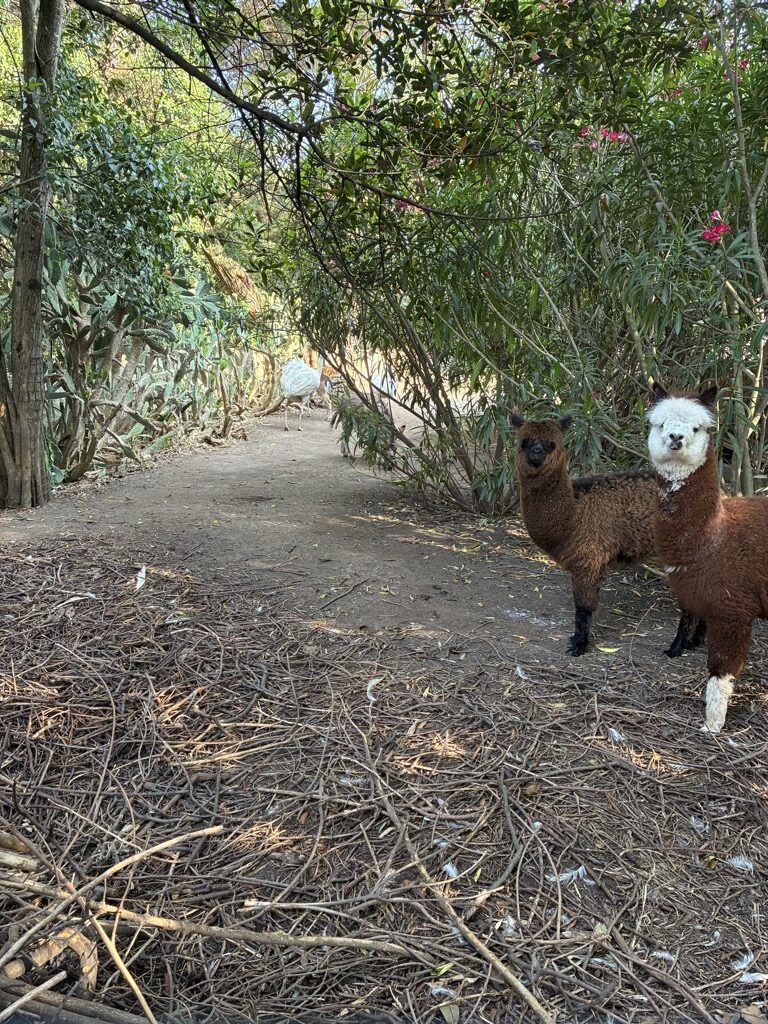


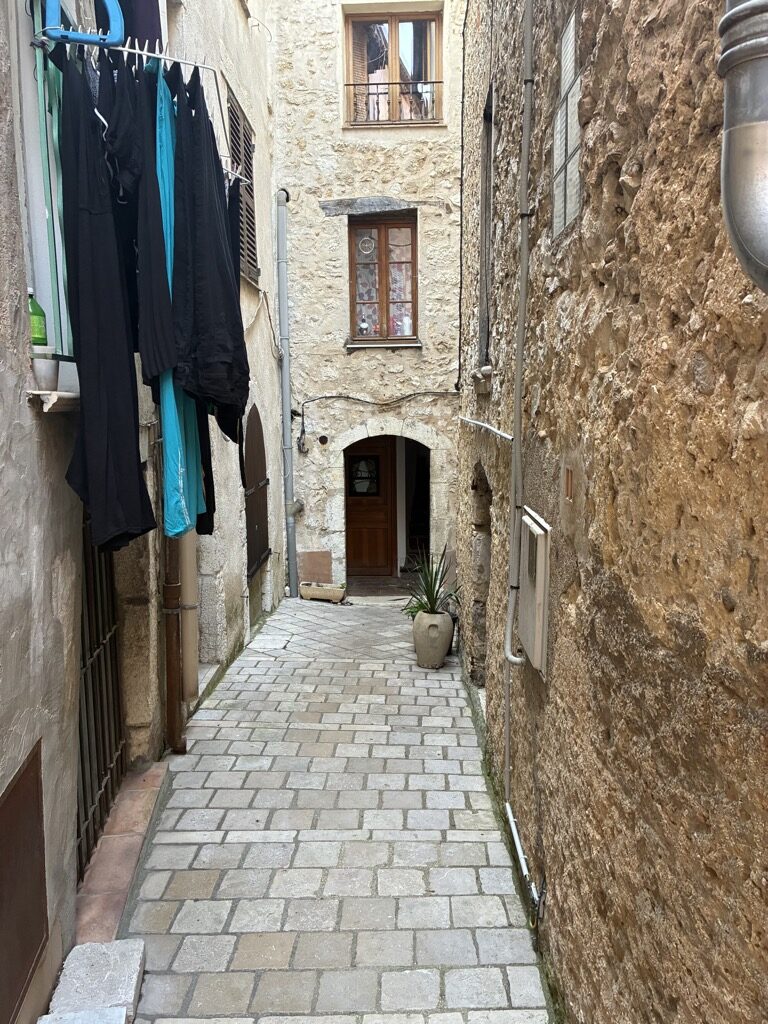
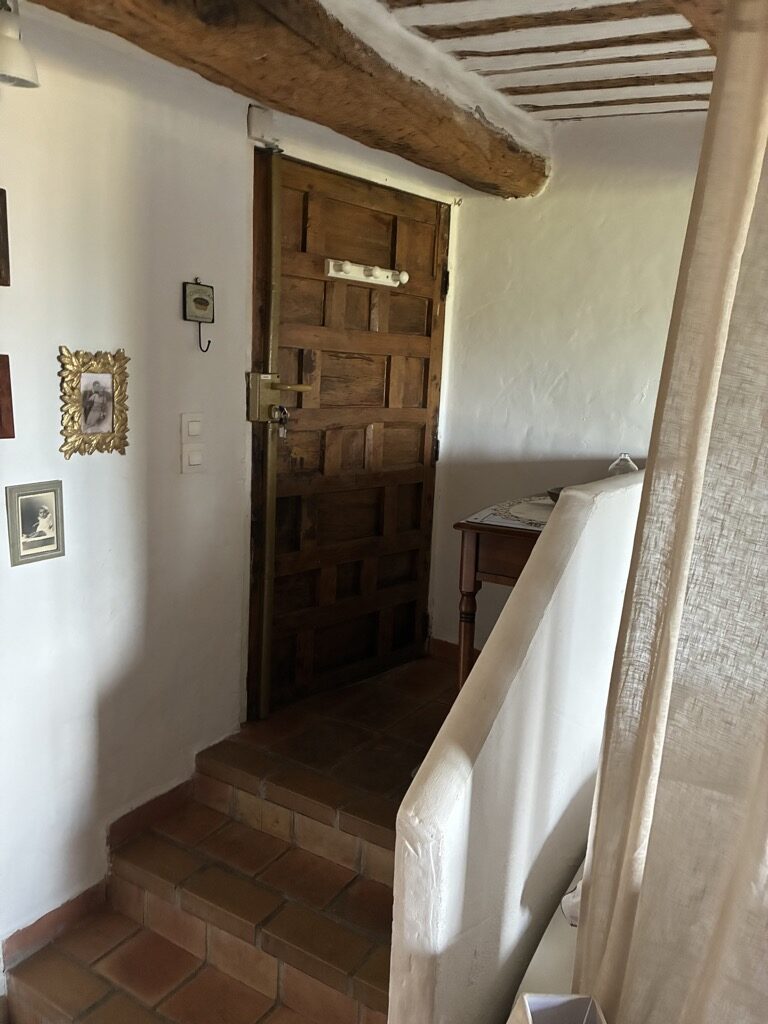
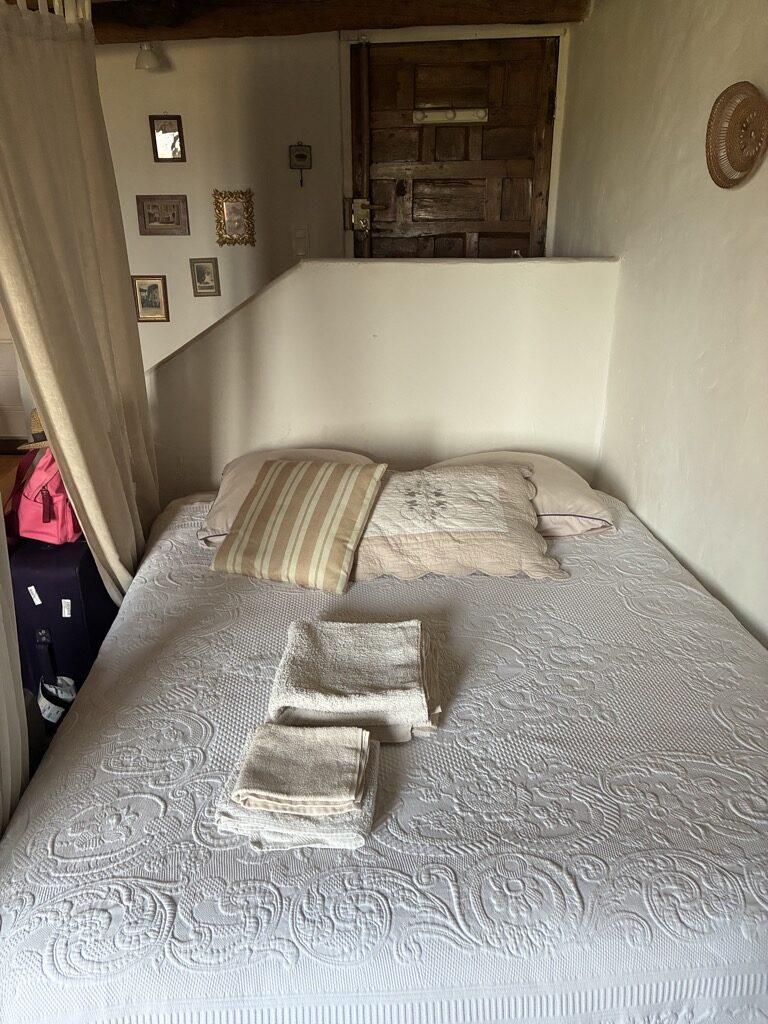
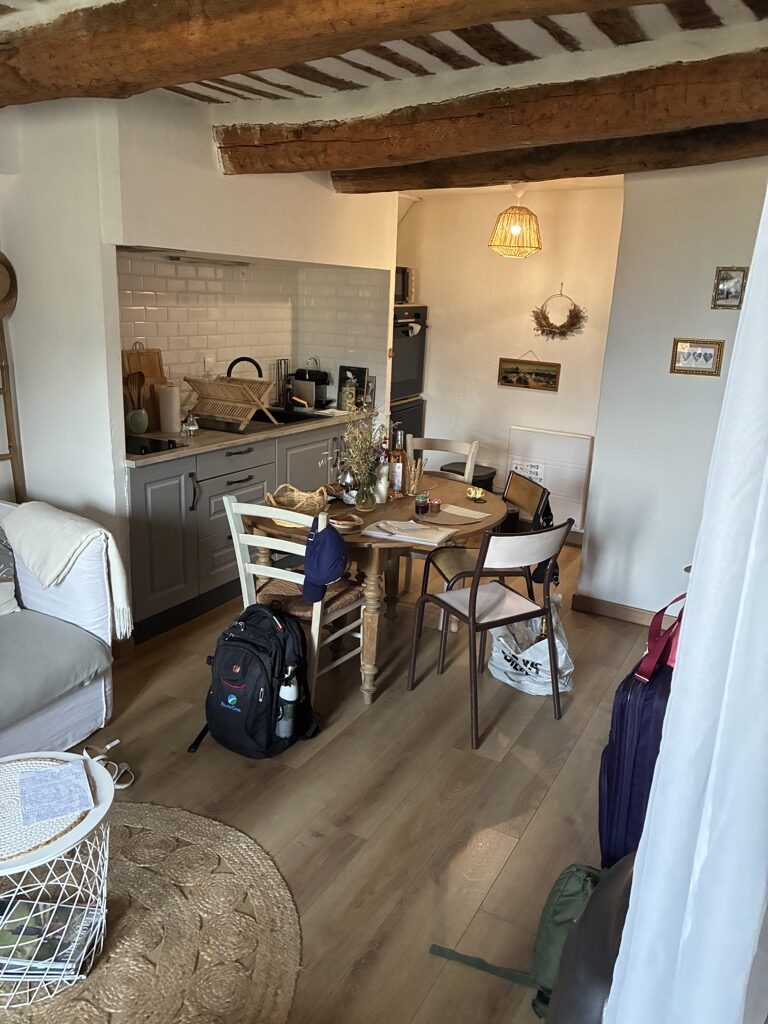
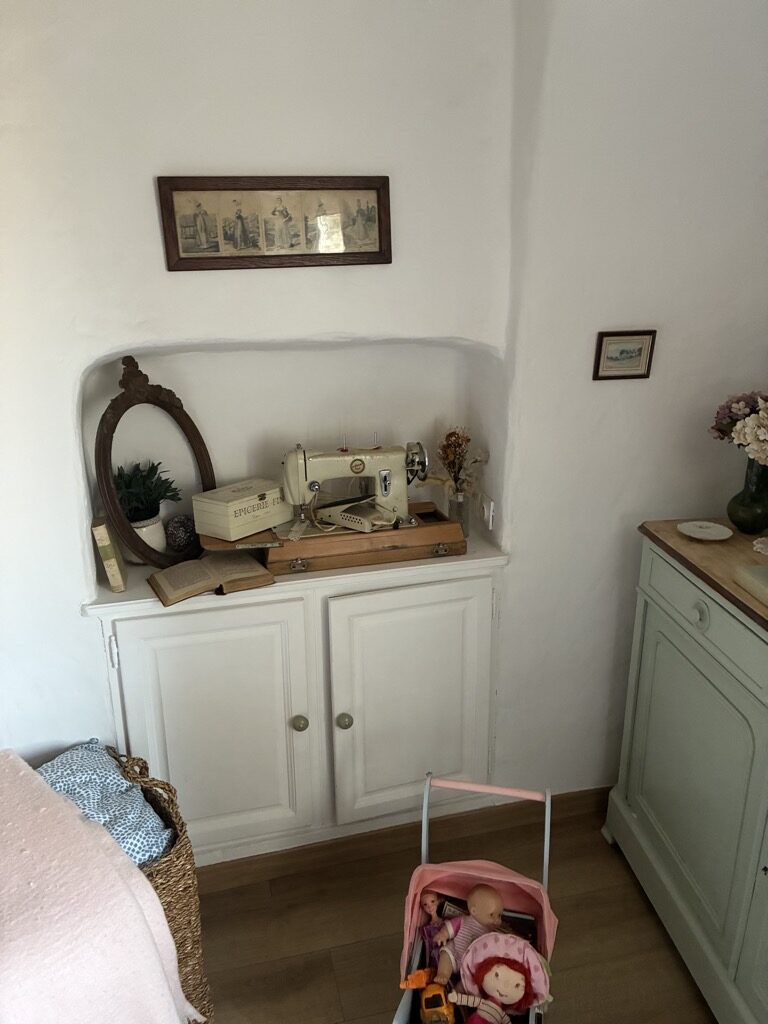
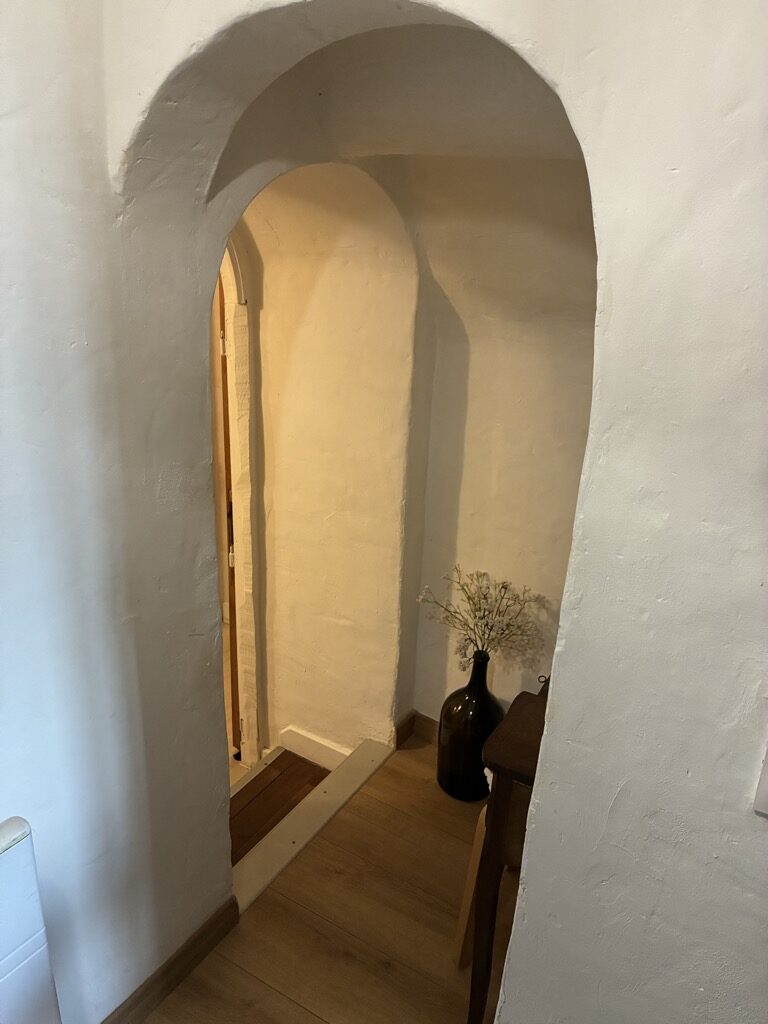
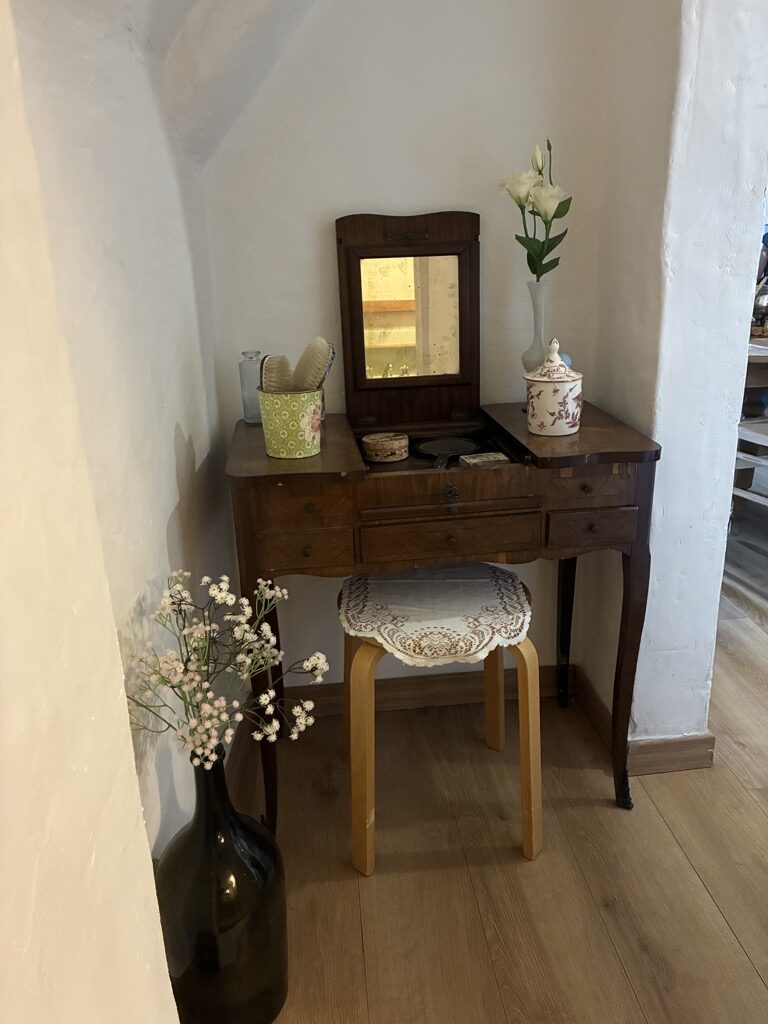
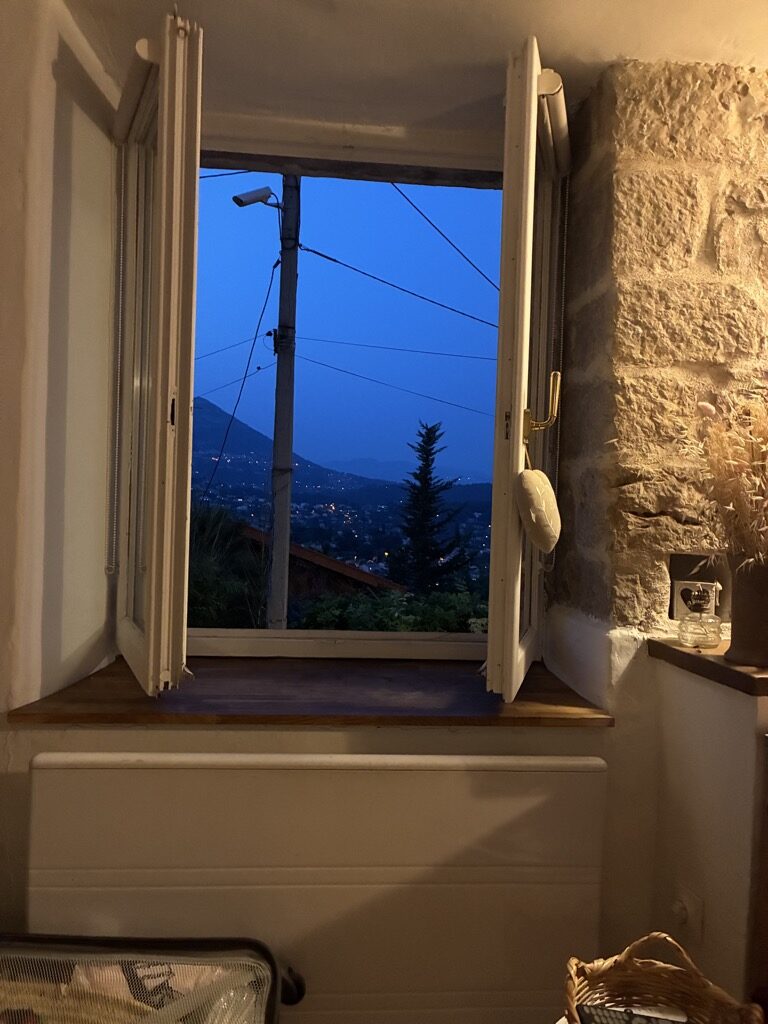
As far as any trip goes, something is bound to go sideways, but for us, it started early, as Air Transat informed us of limited space for luggage. Luckily, we pre-purchased space during early online check-in. Otherwise, we would have shown up at Pearson Airport just to find out that our suitcases had to stay behind because the airplane was overloaded. I never knew that an airplane could be overloaded with luggage and that there is no guarantee your luggage will make it onto the plane. Uncertain about Air Transat’s ability to bring our luggage back, I attempted to pre-purchase space for the return flight to no avail. Support staff on the phone couldn’t help due to system limitations, and the entire ordeal came down to “talk to people at the counter in Marseille on your way back.” Luckily, it worked out, as the return flight to Canada was half empty, even though I pre-purchased luggage the moment online check-in became available. I don’t travel much, so I didn’t know what to expect. While the transatlantic flight was equipped with an infotainment system, headphones were only available for purchase—only kids received free headphones; adults had to pay. That would have been fine if I could pair my Bluetooth headphones, but there was no option in the infotainment system. During our short stay at Pearson Airport, we discovered lounges, specifically the KLM Crown Lounge. Let me tell you, it is a very nice way to spend your time at the airport if you want to sit and relax—food, drinks, comfortable furniture, and as good a view as you can get at an airport. What made the whole deal sweet were the free passes to the lounge, as some credit cards provide travel bonuses. Unfortunately, my wife barely sampled any luxuries, as she caught a bit of food poisoning earlier, making the experience and the flight, let’s say, unpleasant, culminating during landing at Marseille Airport. Rental car pickup took an hour, even though we booked online. There were so many people that I ended up standing in line outside (luckily in the shade), while my wife and kid were recovering on some kind of couch in the garage-sized office with no air conditioning but open doors. That wasn’t the best start to a trip, but it wasn’t the worst either, as I recall the car rental place at Madrid’s airport in the middle of the night and how hard they pushed car insurance on us—it sure felt like a shakedown.
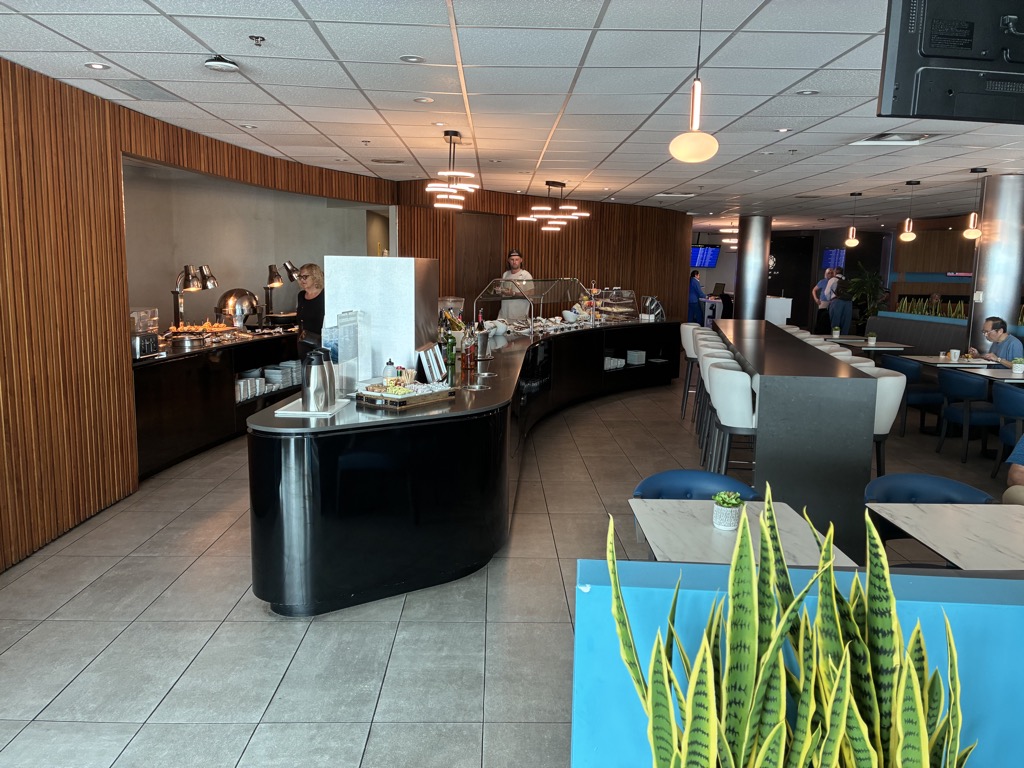
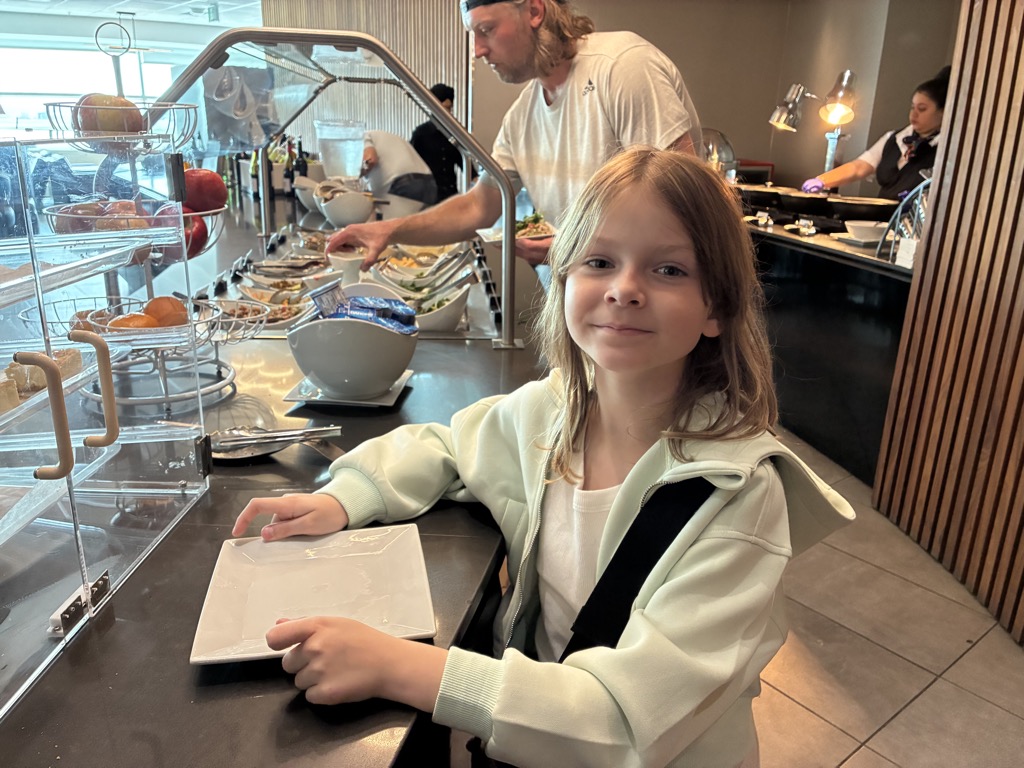
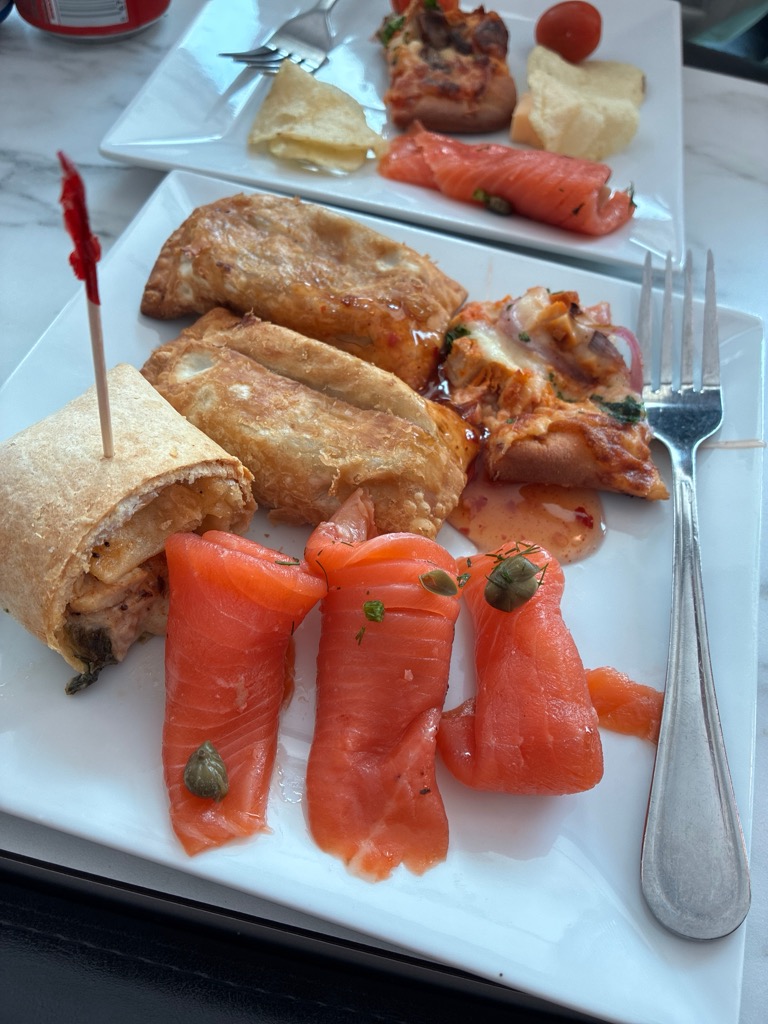
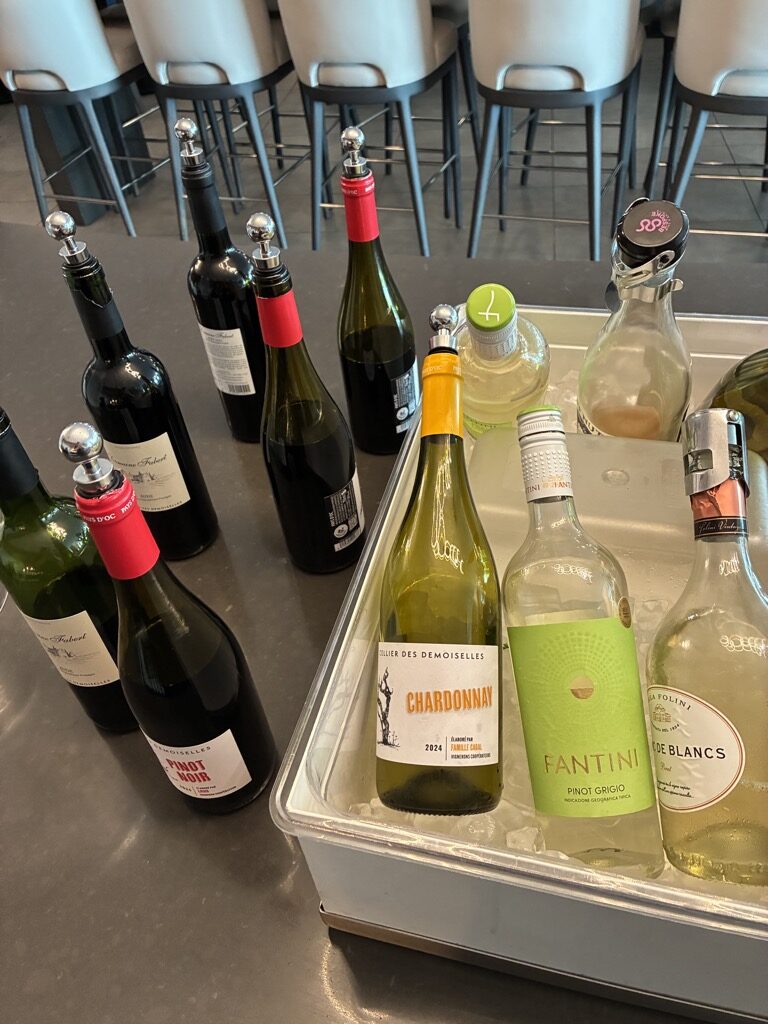
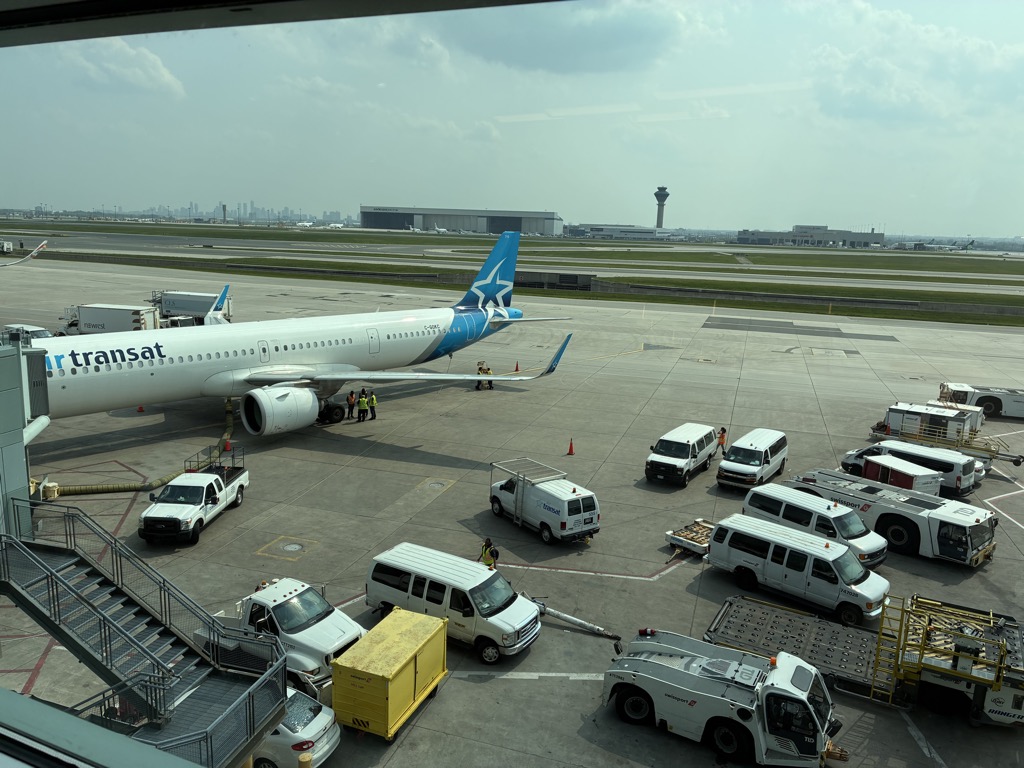
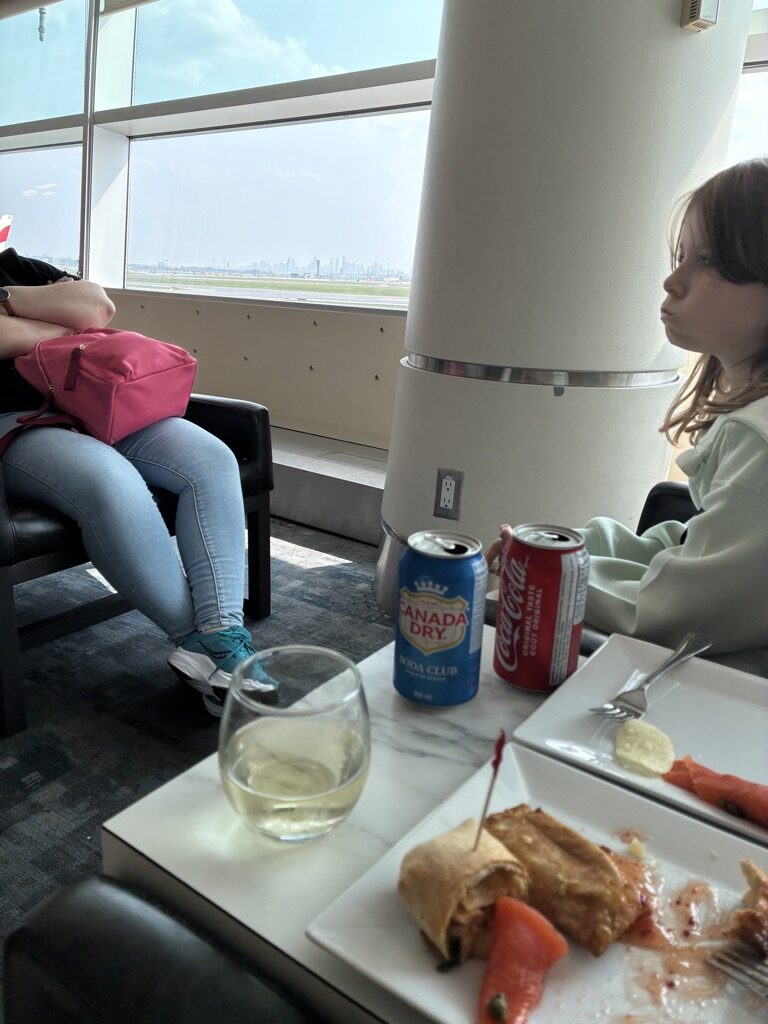
The entire trip was pretty safe; no one bothered us, and almost everything went more or less smoothly. We even managed to drive to Italy and back. Border crossing was a non-event; Italian border guards were nowhere to be found as we drove by, and on the way back, we managed to spot French border guards in a van—one was asleep and the other seemed too busy with his smartphone. Welcome to France. In a way, that made sense, since upon arrival in France, the border guard didn’t bother to ask us much: guns? drugs? purpose of your visit? how much money are you traveling with? None of it—just: “Hey, how’s it going? What’s the kid’s name? Why? Go ahead.” I like the nonchalant attitude; I wish it was more widespread. Despite some attitude and impatience, people looked better and slimmer than in North America. I wonder if it is because of the food or because people walk or bike more, or perhaps the south of France is an exception. Either way, food in grocery stores has additional information in the form of a simple gauge, informing the buyer how nutritious it is. I like the idea—you don’t have to read the entire label; you can just take a quick glance at the gauge and make a decision. I believe there are apps that can help with purchasing better food, but I’ll have to dig and see. Another joy was seeing how many people bicycle around. In the hilly areas, almost all bicycles are electric with mid-drive. As I took this in, I wondered if I should follow along, change a couple of things in my life, and start bicycling as well. As I walked around, I couldn’t help but notice that there were a lot of old cars—I even saw a grandma driving an old Renault 4 to a grocery store. I like old cars. In North America, old cars typically exist as restoration projects or prized possessions, almost never as workhorses. But the French concept of a car seems to be quite different. While it is a bit mind-blowing to see so many cars with scratches and dents, it conveys quite a different outlook on life and automobiles.
I feel like the grand tour was quite successful and despite my doubts, hesitations and reservations I learned a few things. I believe going into different environments and experiencing things always leave you with something no matter how big or small. Early on I was joking with my wife that France is just a wealthy and expensive Mexico. But by the end of the grand tour I don’t think it is the case, not even close. I’m not sure when will be next time I see France, but for now I’m happy I had privilege to go and experience small part of it.
